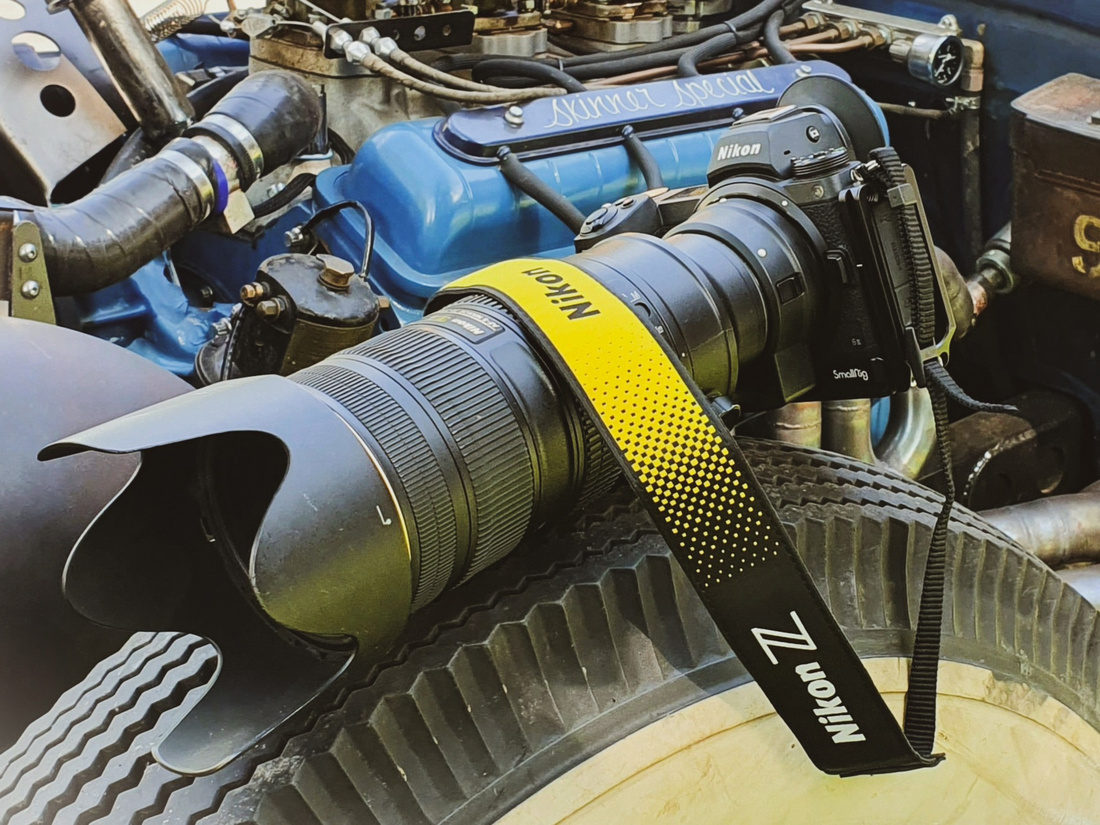
Welcome to my latest literary masterpiece which covers my first year using a Nikon mirrorless camera body.
As some of you know I took delivery of a Nikon Z6 Mk2 just over a year ago. It took me a while to decide on the Nikon as I was looking at changing systems all together namely moving over to Olympus. Whenever I'm buying new equipment I read all the reviews online for weeks on end looking at the pros and cons. I've used Nikon equipment for around 20 years so decided to stick with what I'm used to. The beauty of Nikon's mirrorless system is that you can use the old F-mount lenses via a FTZ adapter. Other manufacturers don't allow this so having to sell all my old gear and buying new would have not been economical. A big tick to Nikon for this!
On delivery of the new body the first noticeable difference was the smaller size and weight which felt different. I bought a Smallrig metal cage which fits to the base of the body which helped with the feel of the camera in my hands. Eventually I purchased the Nikon battery grip which helped with handling. Battery life on any mirrorless camera is not great so being able to add an extra battery in the grip helped enormously.
The button layout on the Z6II was similar but it can take a while to train your fingers to move to slightly different positions. In the past I've learnt where all the functions are without taking my eye from the viewfinder. I see people when I'm out and about lowering their camera, alter the settings then wonder where the subject had flown/walked to! In nature photography things can happen in a split second so you have to be ready and able to alter settings for changing situations.
My first outing with the new system was to the wetland centre at Arundel, West Sussex. It's a bit of a trek from Oxfordshire but I enjoy visiting the area.
 First shots taken with the Z6II. Probably about 5 sharp images out of a burst of 12!!
First shots taken with the Z6II. Probably about 5 sharp images out of a burst of 12!!
Water Rail at WWT Arundel, West Sussex.
Within the first hour of using the Z6II I was ready to throw it in the bin! Honestly!! My focus hit rate was awful with hardly anything in focus. The problem was I was expecting the camera to behave like a DSLR and I had set it up similar. Mirrorless focusing modes are different to DSLR's so I had to get used to a whole new way doing things. It has taken me around 10 months to get used to this to the point were I eventually sold my old faithful the D850 which is an awesome camera. Whenever I had a bad day with the Z6II I put back in the bag and got the D850 back out!! This was not helping me to learn the new set up so I got rid.
The big plus with any mirrorless camera is the electronic view finder (EVF). When you are looking in the viewfinder you can adjust exposure, white balance and see the menu and adjust settings which shows you what the final image will look like. This is the big factor which stops me going back to a DSLR. You can also produce excellent video footage in the same way.
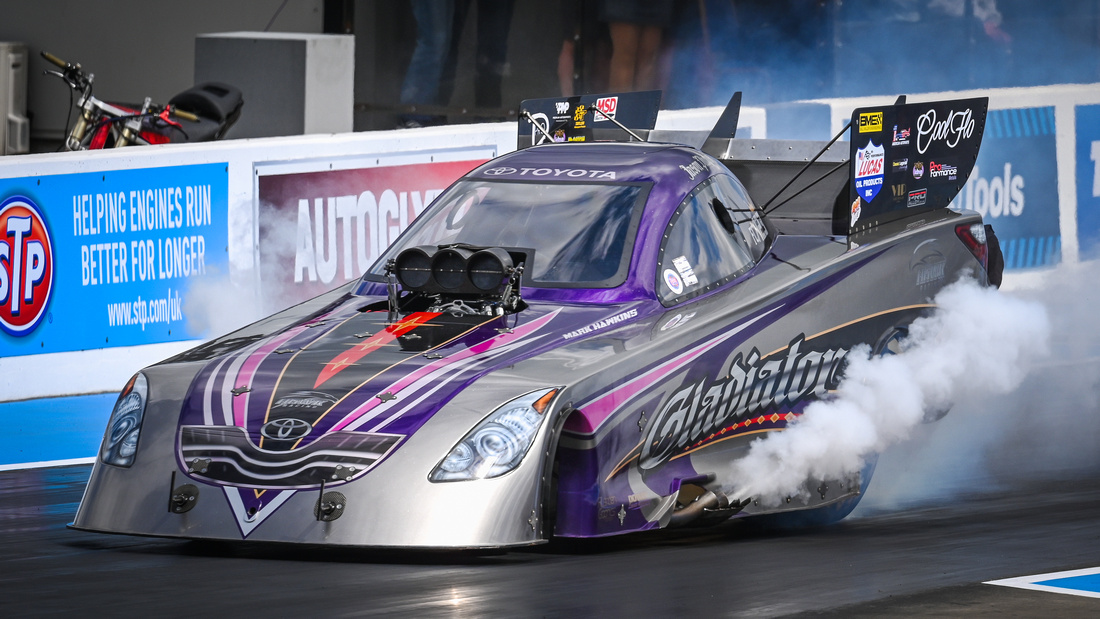 The Z6II even works with cars!!
The Z6II even works with cars!!
Nowadays I enjoy using the Z6II with a dedicated Nikon battery grip which suits my large hands perfectly all coupled to a Nikon Nikkor 500mm f5.6E PF lens which works brilliantly with the lens adapter. This set up weighs around 4.5lbs as opposed to around 12lbs of my old DSLR set up. Eventually I will buy dedicated Z mount lenses which are lighter but in the mean time I will stick with this set up. I'm one of these photographers who like to walk round not carrying tripods etc which are heavy and cumbersome and this set up suits me. My advice if you thinking of investing is stick with it. I have photographer friends who change systems annually because they don't/can't use or haven't got the patience. Learn what you have got is what I tell my pupils when I'm out on tuition. I have equipment I bought 10 years ago and I still get great images from them.
 Eye recognition on the Z6II worked fine with this Red Fox. But not always!!
Eye recognition on the Z6II worked fine with this Red Fox. But not always!!
If you would like more information about my experience with the Z6II or any other photography related topics please feel free to message me.
Thanks
Steve
Welcome to my review of 2022 which includes what I have been up to over the past year and some of my favourite highlights. This year I did a lot more travelling to new locations and several visits to some of my favourite locations. I also took the plunge and bought a mirrorless camera body which has been a steep and long learning curve but I'm pleased with the quality of my images. There are still a few niggles to sort out but I'll stick with the new system.
During the Winter months of January and February I like to visit wetland areas where many birds will spend the colder months. Most of them migrate from the far north like Siberia and Iceland which are frozen solid. A location I've visited over many years is WWT Slimbridge in Gloucestershire. A fantastic place with thousands of ducks, geese and swans.
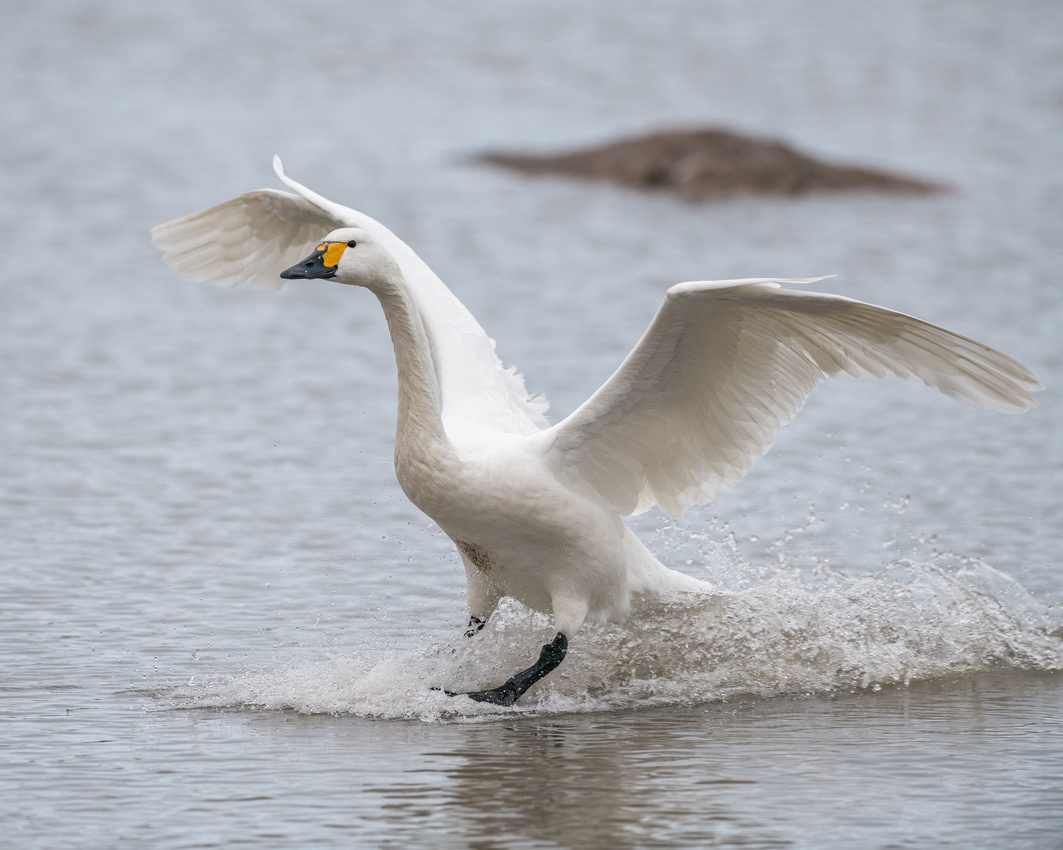 Bewick's swan. A Winter visitor from Siberia landing at Slimbridge.
Bewick's swan. A Winter visitor from Siberia landing at Slimbridge.
In February I took delivery of a Nikon Z6 Mk2 which is a digital full frame mirrorless camera. I found the first few outings very different from what I am used to but the new systems plus points out weigh the few niggles I have found over the past few months. I'm still learning!!
 Water rail. One of the first images from the new Nikon mirrorless system I now use.
Water rail. One of the first images from the new Nikon mirrorless system I now use.
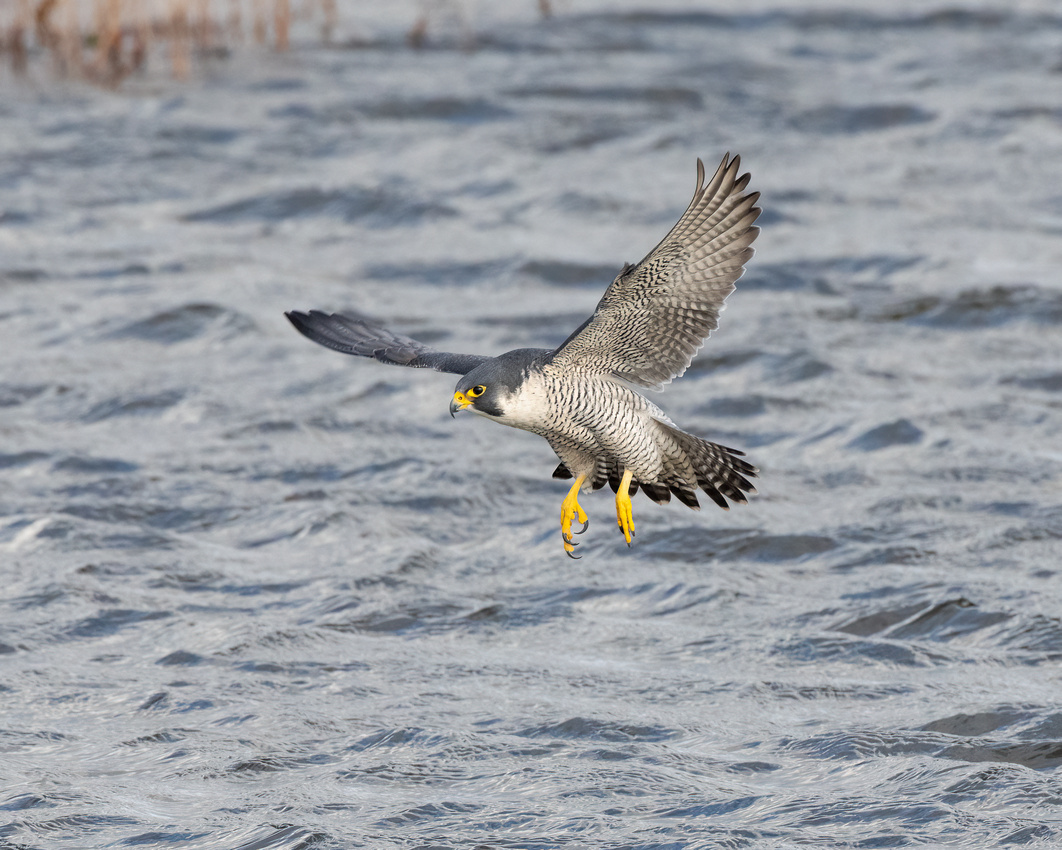 Peregrine falcon. One of my favourite images from the Winter.
Peregrine falcon. One of my favourite images from the Winter.
Brandon Marshes near Coventry is a place I enjoy visiting especially for the kingfishers. The beauty of the mirrorless system is that they are silent in operation making them ideal for getting close to wildlife and not spooking them. The kingfisher image below is an example of this as the bird was only about 20 feet away! With my old system the bird would have flown with the sound of the first shutter release.
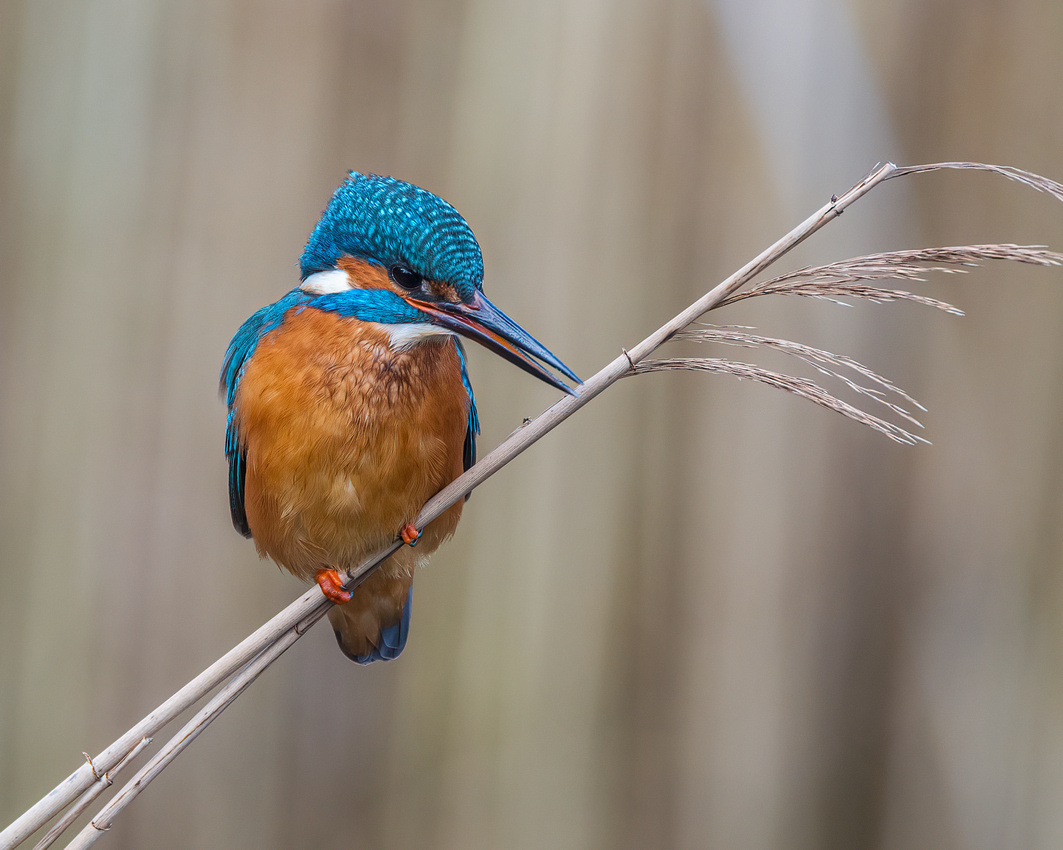 Common kingfisher at Brandon Marsh, Warwickshire.
Common kingfisher at Brandon Marsh, Warwickshire.
As I mentioned earlier, I covered many miles this year. I made five visits to the cliffs at Bempton on the East Yorkshire coast. A round trip of around 500 miles but the sheer numbers of seabirds there make up for the travelling. Again 'Albie' the black-browed albatross was the star of the show who apparently spent the Winter in Germany with the Northern gannets.
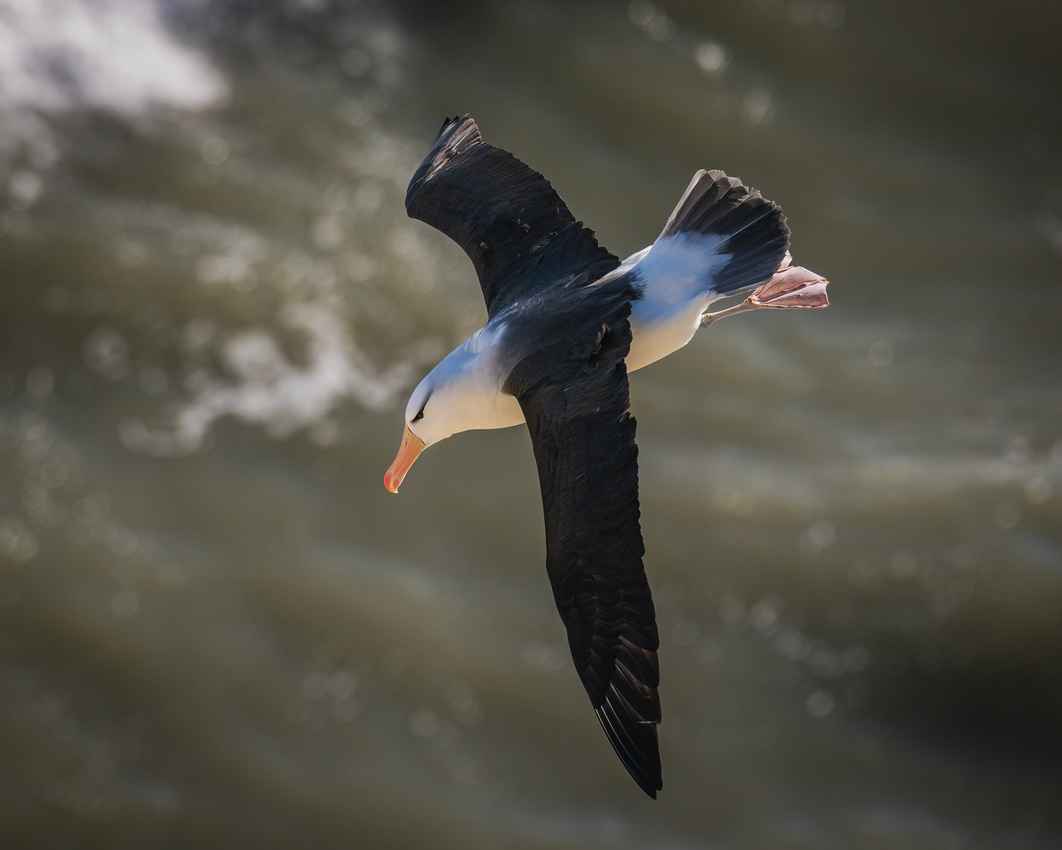 'Albie' the black-browed albatross wowing the crowds at RSPB Bempton Cliffs.
'Albie' the black-browed albatross wowing the crowds at RSPB Bempton Cliffs.
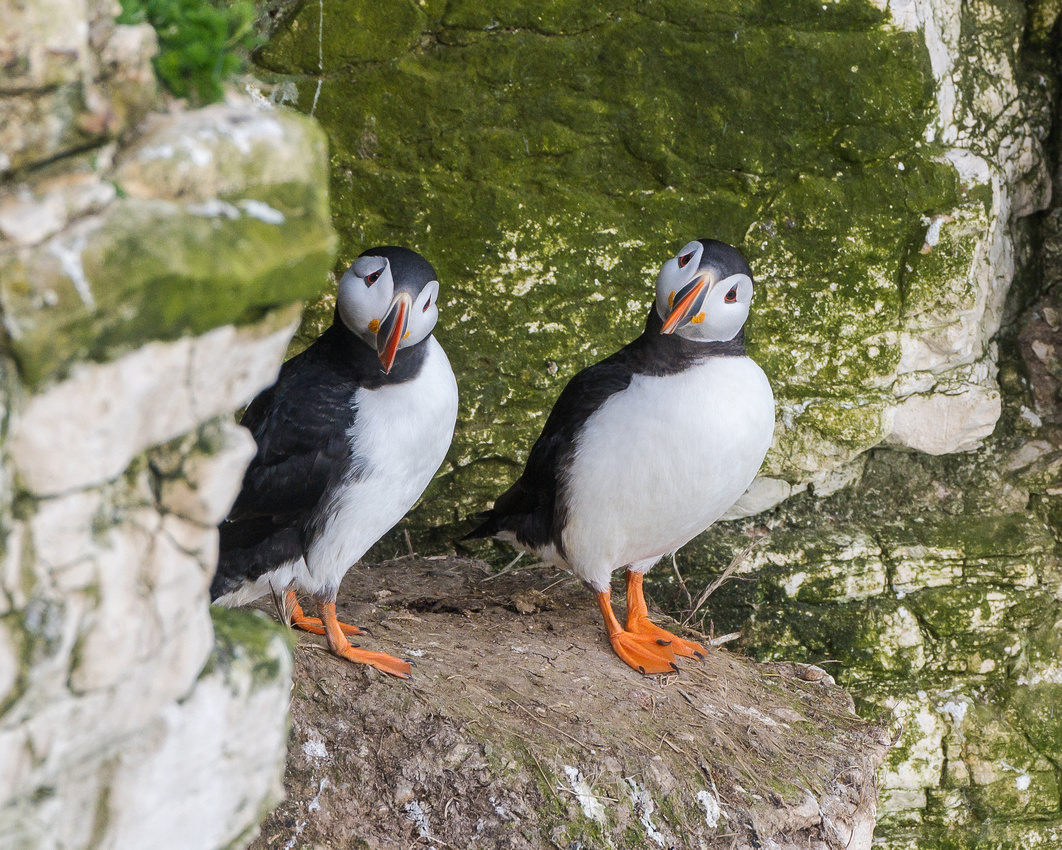 Everybody's favourite, the Atlantic puffin.
Everybody's favourite, the Atlantic puffin.
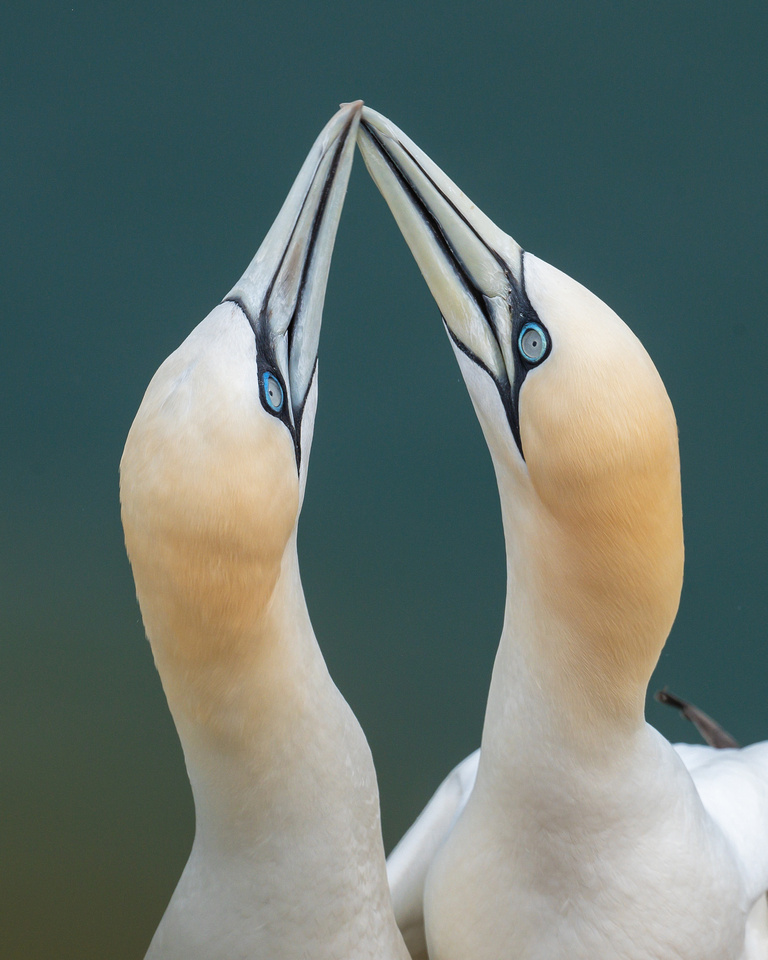
Early Spring is a good time to witness Gannets in courtship. Bempton Cliffs.
One of my most memorable moments of the past was going to photograph the famous Colin the Cuckoo. Colin has been visiting Thursley Common in Surrey for the last 9 years flying from West Africa. He has learnt that photographers carry mealworms which he is partial to! He is still a wild bird and comes and goes as he pleases so I don't see the harm in feeding the birds. I suppose this is like feeding the birds/wildlife in your own gardens!
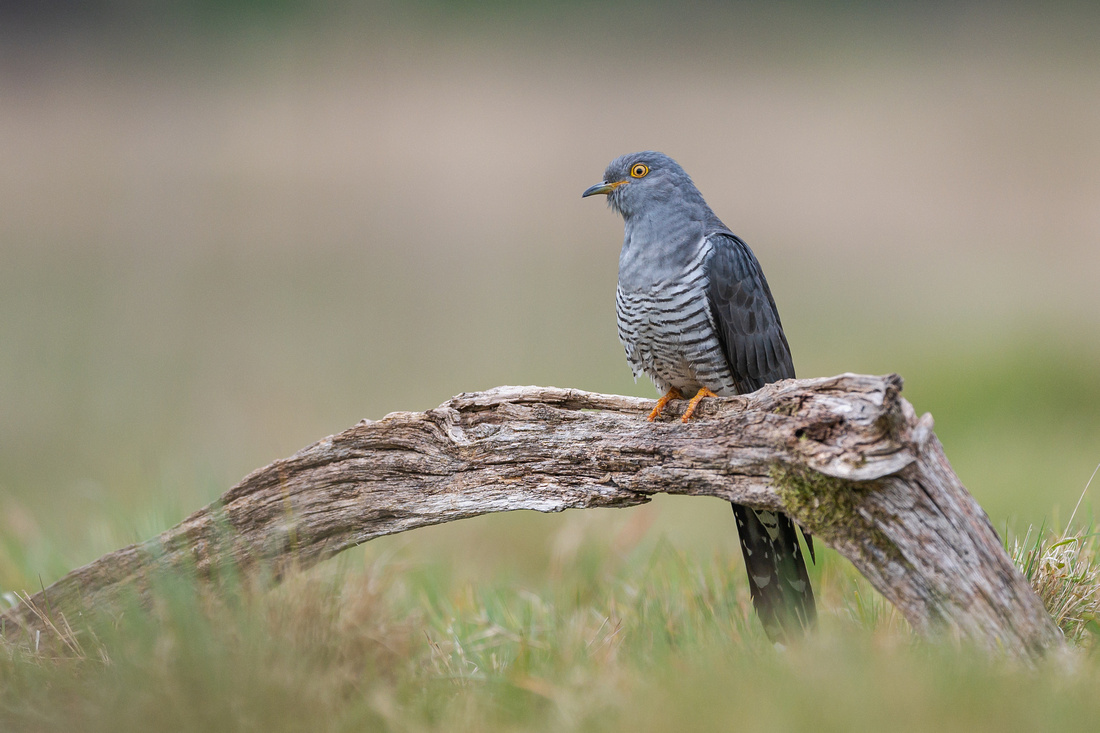
'Colin' the cuckoo
The Farne Islands on the Northumberland coast was a location that had been on my 'bucket list' for many years but this year I finally braved the 6 hour drive. I pre booked two boat trips and visited the Staple and the Farne Isles. The sheer number of seabirds on the islands is mind blowing. I had never seen so many puffins together and to walk amongst them was an experience I'll never forget. I can't wait to make a return visit or three in 2023!!
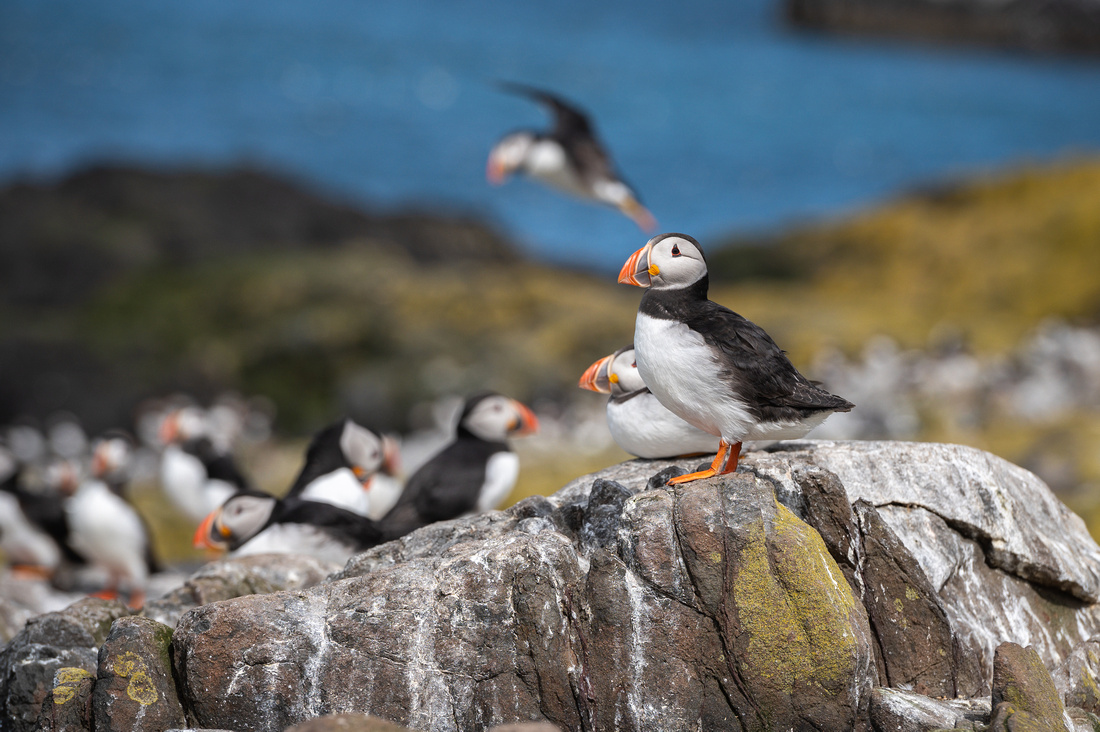 Puffins everywhere!! Farne Isles.
Puffins everywhere!! Farne Isles.
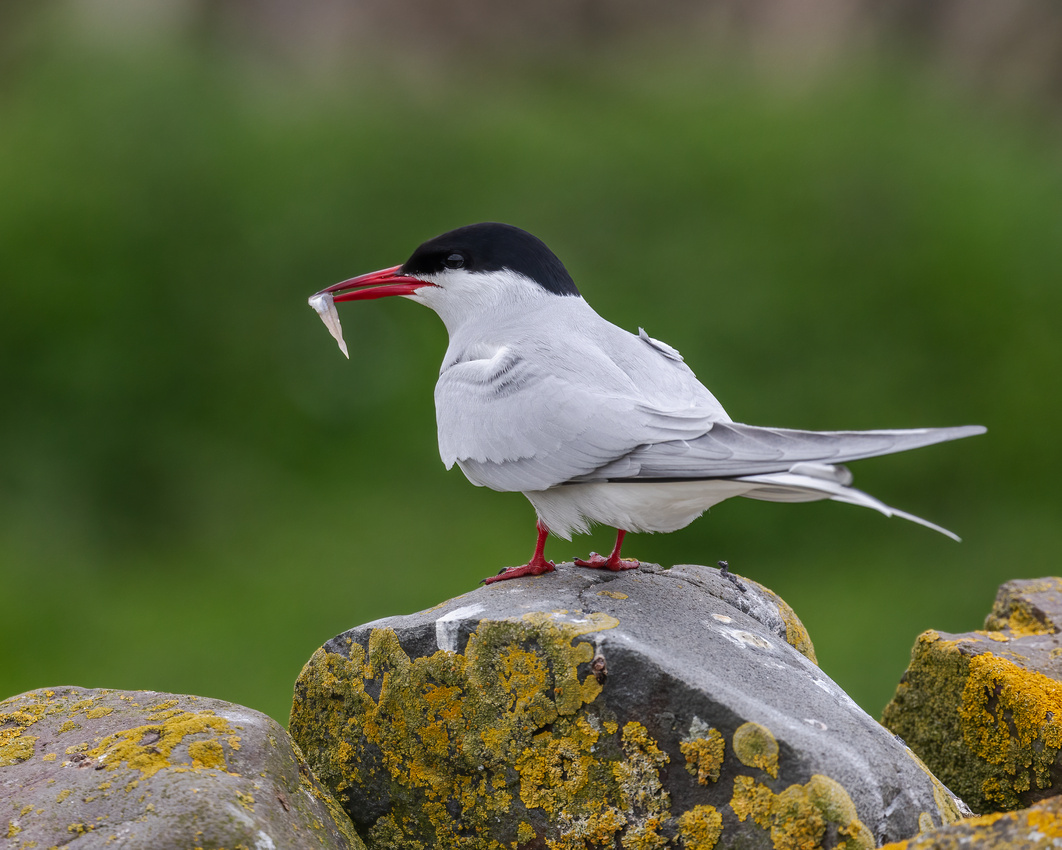 The Arctic terns on Farne will attack you if you get too close to their nests!
The Arctic terns on Farne will attack you if you get too close to their nests!
During the long very hot Summer we encountered I spent quite a few weekends watching and photographing motorsport. I've always been a bit of a 'petrolhead' especially when it comes to the hot rod scene and drag racing. Santa Pod Raceway is not far from my home in Oxfordshire and is the best place to watch quarter mile racing and see some great cars.
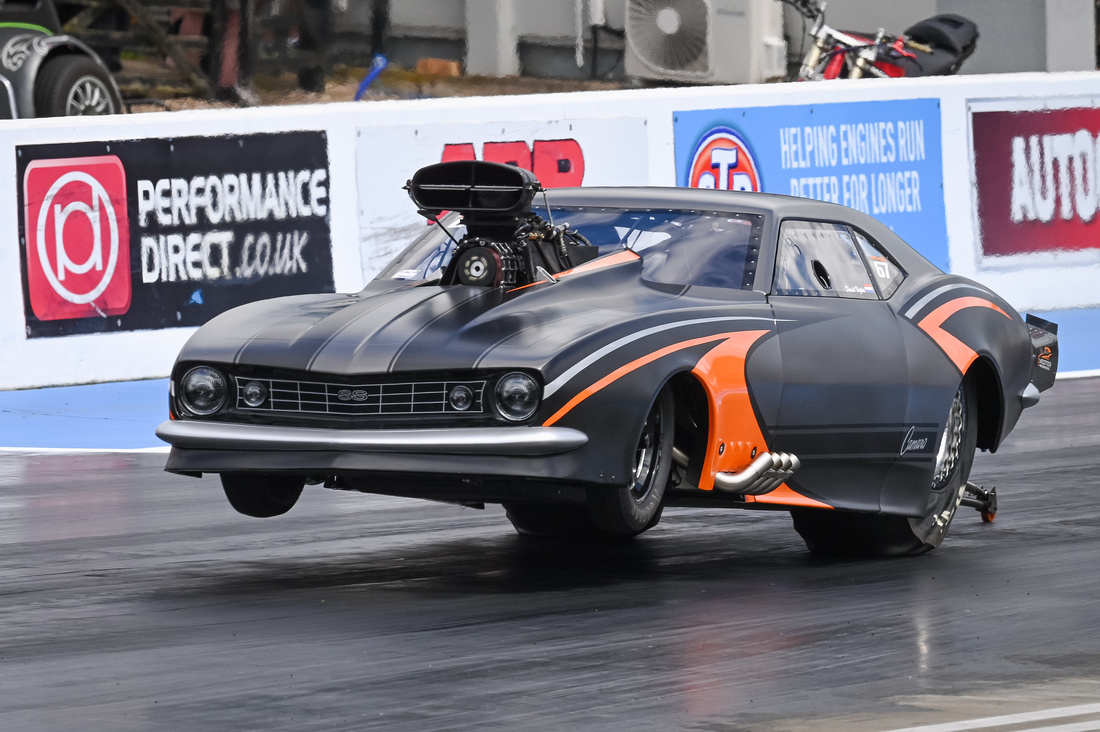 Drag racing at Santa Pod Raceway
Drag racing at Santa Pod Raceway
After the long hot (too hot at times!) Summer I was looking forward to the deer rutting season which is normally mid September till late October. Considering the high temperatures, I witnessed more fights between rival stags and bucks than I ever have. Most of my visits were to Bushy Park in London. A great place to witness this annual spectacle but it can get very busy at times.
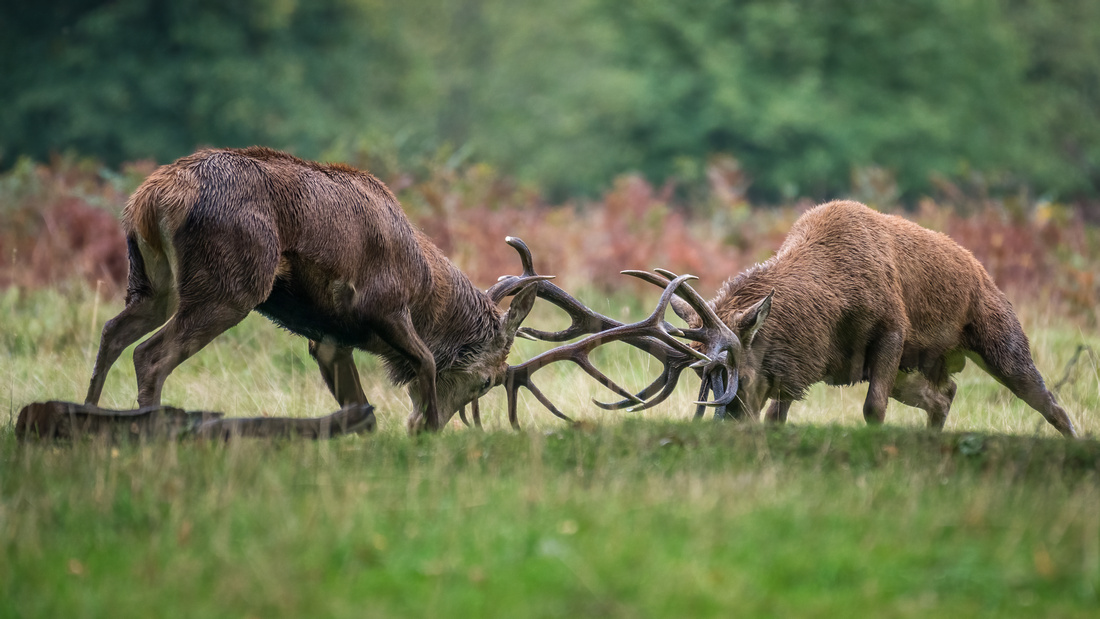 Red deer stags battling it out. Bushy Park, London.
Red deer stags battling it out. Bushy Park, London.
Misty mornings are quite common while the 'rut' is taking place which can add a bit of atmosphere to your images.
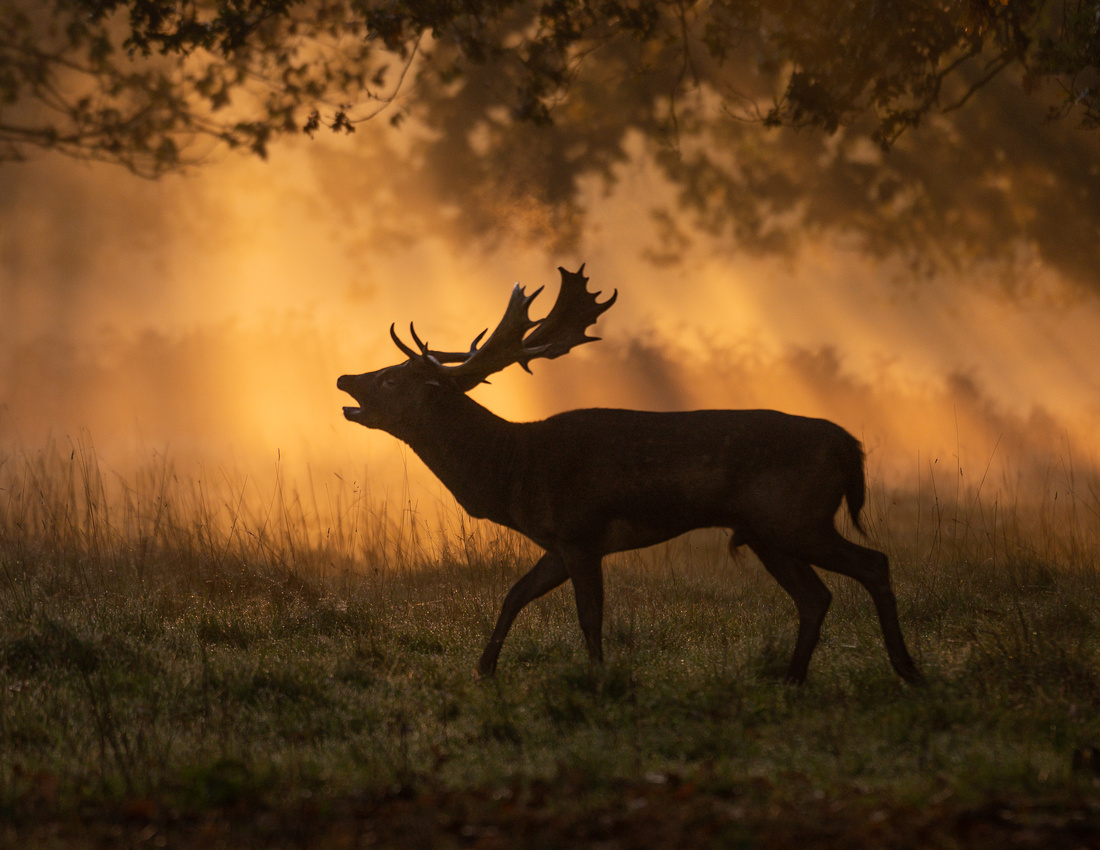 Mist & sunrise make a great backdrop for wildlife photography.
Mist & sunrise make a great backdrop for wildlife photography.
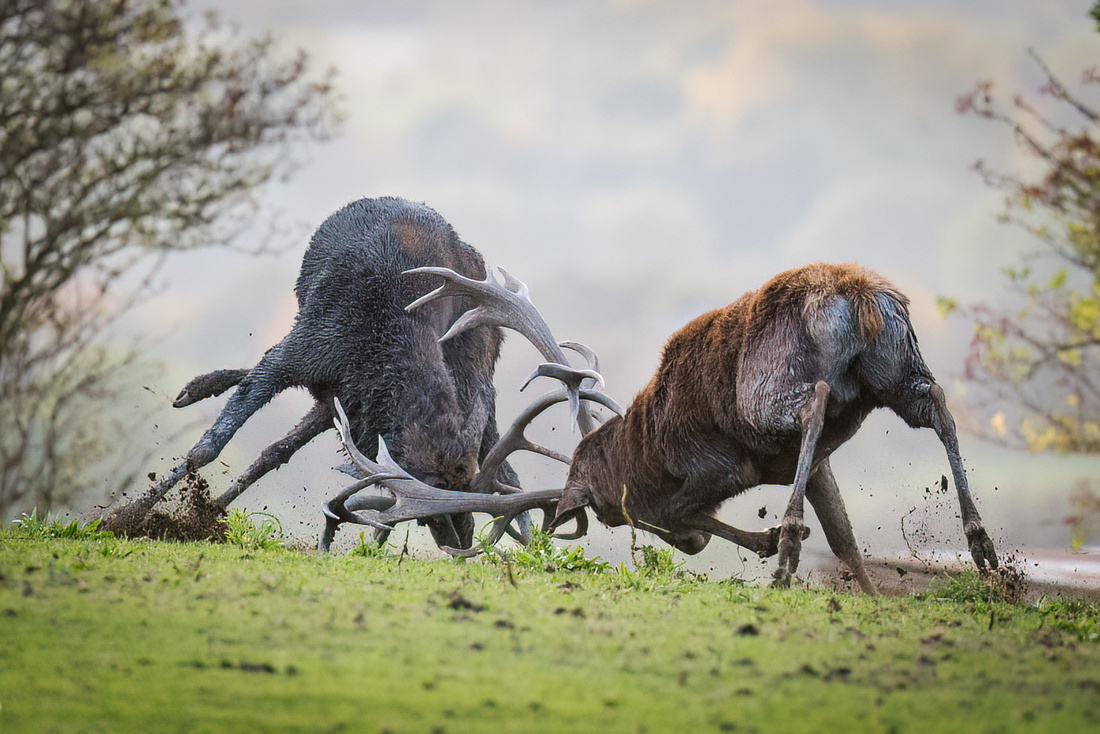 Red deer stags in battle.
Red deer stags in battle.
Towards the end of this year we paid a visit to Elmley Nature Reserve in Kent. Another location from our every increasing 'bucketlist'! It is a great location for owls and hares amongst plenty of other wildlife. On this occasion the weather was turning very cold with temperatures mainly below zero centigrade. It was great exploring the place and we have already booked a return visit for early 2023.
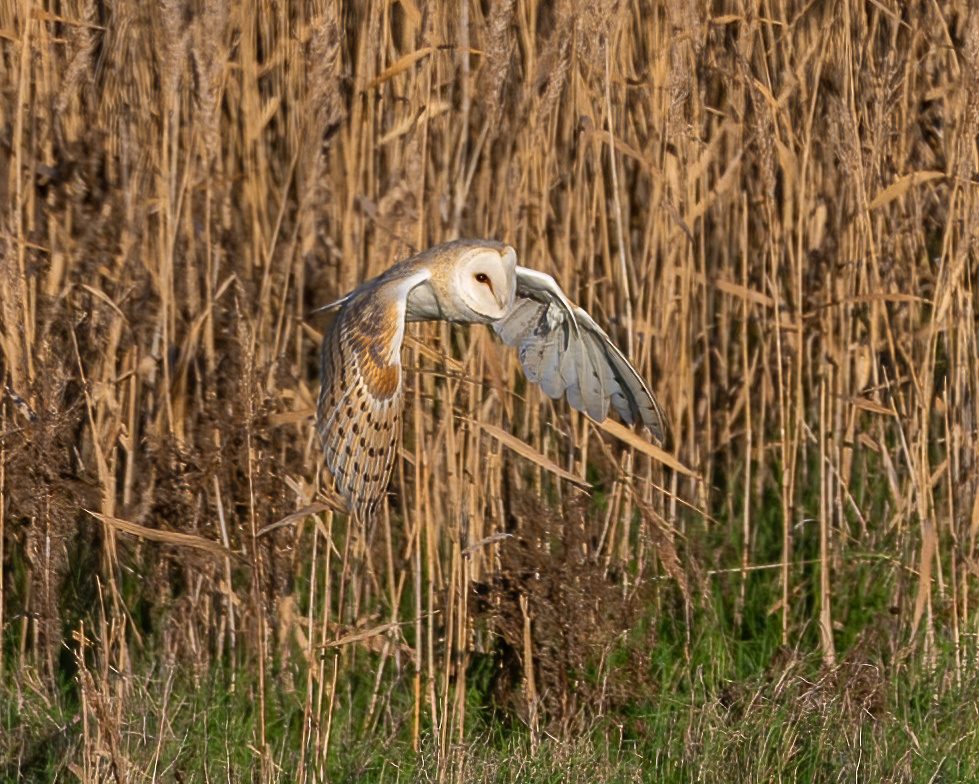 Barn owl hunting at Elmley, Kent.
Barn owl hunting at Elmley, Kent.
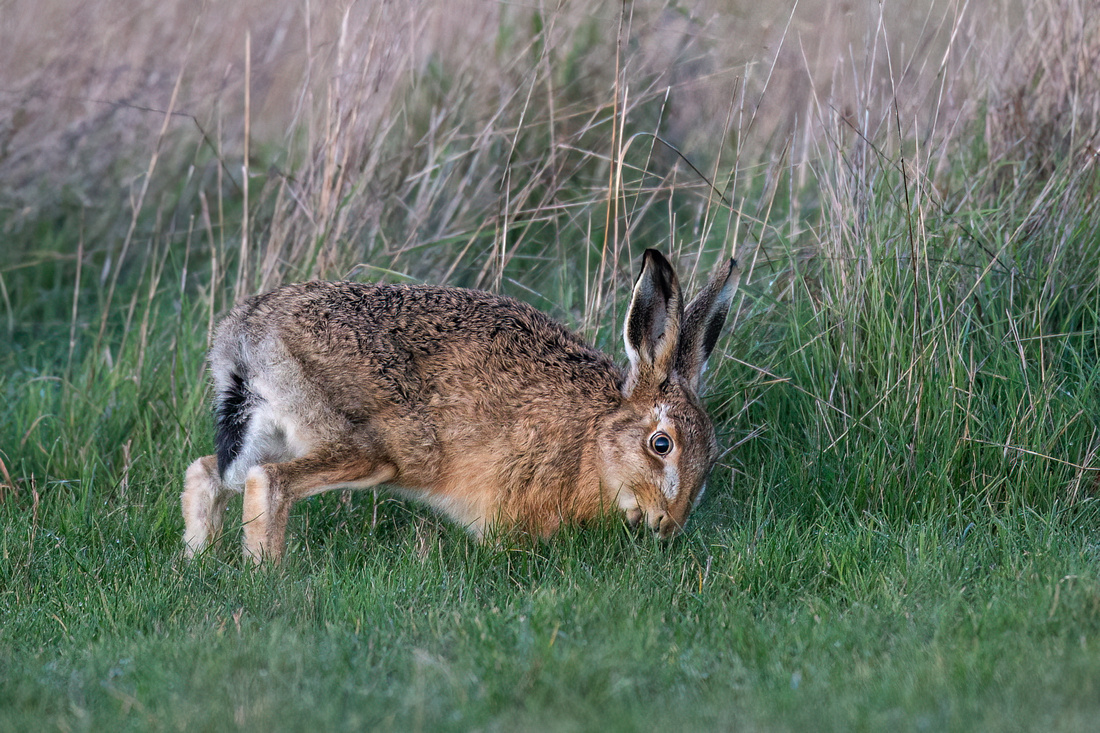 Brown hare. Elmley nature reserve, Kent.
Brown hare. Elmley nature reserve, Kent.
As 2022 comes to an end we have already started planning for next year with several locations booked. Over the Christmas holidays we will be spending a few days in Norfolk. A great area for wildlife.
2022 was a fantastic year and now can't wait for 2023.
Thank you all for reading my review of 2022 and thank you all for your support and kind comments.
Wishing you all a Merry Christmas and a Happy New Year
Thanks
Steve
Many more of my images can be viewed on my Instagram gallery page.
I'm sure these months are getting shorter! It doesn't seem that long ago that I published my blog for May!! On the topic of my blog, I have been thinking of publishing a quarterly blog as opposed to the current monthly one due to work commitments and lack of time. Please let me know what you think.
At the start of the month I visited my family in my native Lancashire. Whilst I was up there I made a couple of 'cheeky' visits to the wildfowl and wetlands centre at Martin mere. As some of my regulars know this is where my passion for wildlife photography started in the mid 1970's. God that makes me sound old!
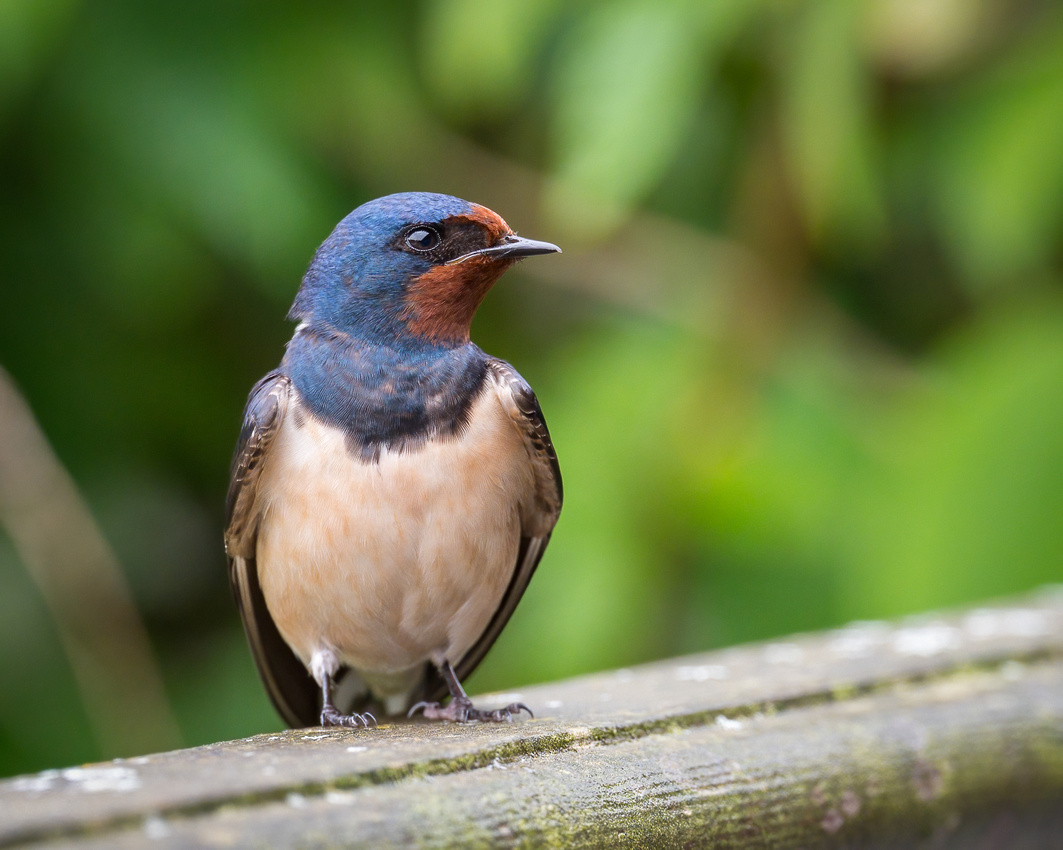 Barn swallow at Martin mere, Lancashire
Barn swallow at Martin mere, Lancashire
Martin mere is one of my all time favourite locations and has a varied habitat for all sorts of wildlife.
On my return home I called in at Brandon marsh near Coventry (a short detour off the M40). This is another fantastic reserve I have only been visiting since I moved to Oxfordshire nearly four years ago. The weather was damp to say the least but this doesn't bother the wildlife.
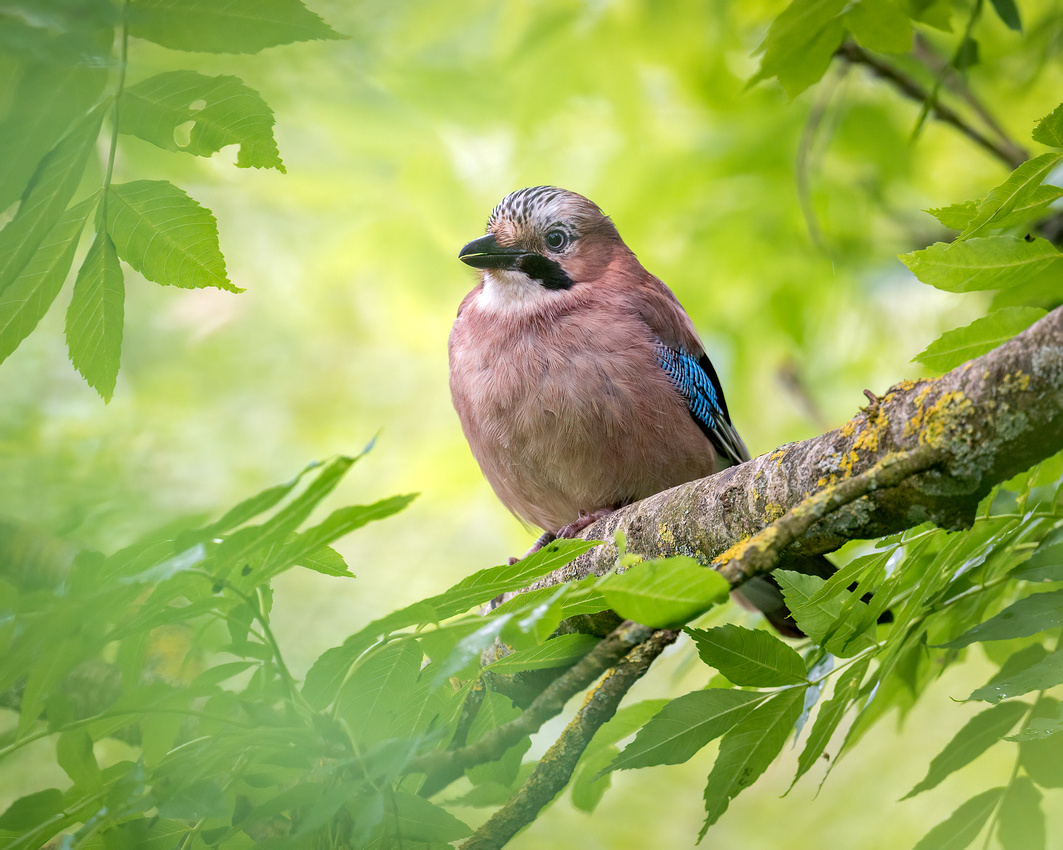 Jay. The UK's most colourful crow! Brandon marsh.
Jay. The UK's most colourful crow! Brandon marsh.
During the week after work I occasionally visit local reserves such as Tring reservoirs, RSPB Otmoor, Farmoor and Port meadows all within 30 minutes from home. There is plenty of new life at these reserves but as Spring turns into Summer the vegetation grows wild making wildlife not that easy to spot!
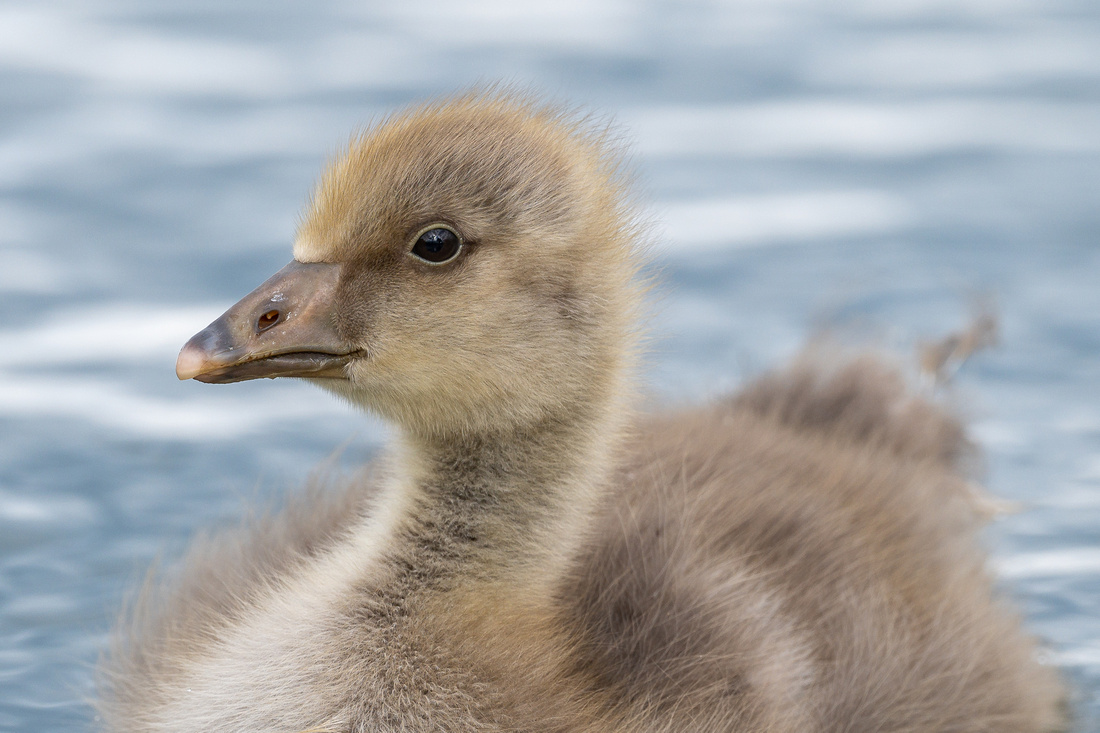 Greylag gosling. Plenty of these around at the moment.
Greylag gosling. Plenty of these around at the moment.
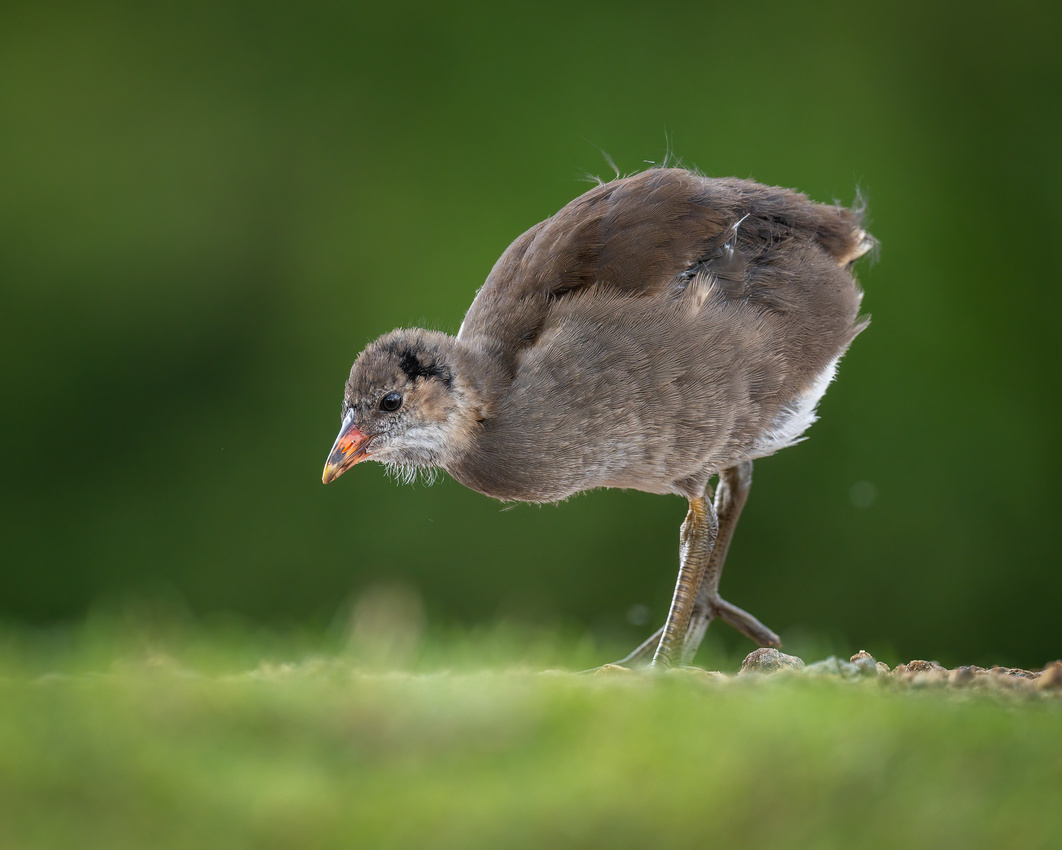 Juvenile Moorhen
Juvenile Moorhen
During the month I visited Santa Pod Raceway the home of European drag racing. Typically I had booked the ticket for the wrong day as it poured down and racing was cancelled! I spent a couple of hours walking round the pits using the large puddles for reflection shots. There is always a shot to be had whatever the conditions! Bad weather can sometimes work in your favour is something I try and get through to clients on my tuition courses.
 Puddles can help to create great images. Santa Pod Raceway.
Puddles can help to create great images. Santa Pod Raceway.
In mid June my friend Zoe invited me to her home county of Somerset. Somerset is a place I seldom visit and its only a couple of hours away.
We visited a few reserves such as RSPB Hamwall, Westhay and Catcott but the highlight was seeing and managing to photograph a little owl. I've seen plenty of these in the London parks but they are difficult to get close to and as their name implies, they are 'little'!
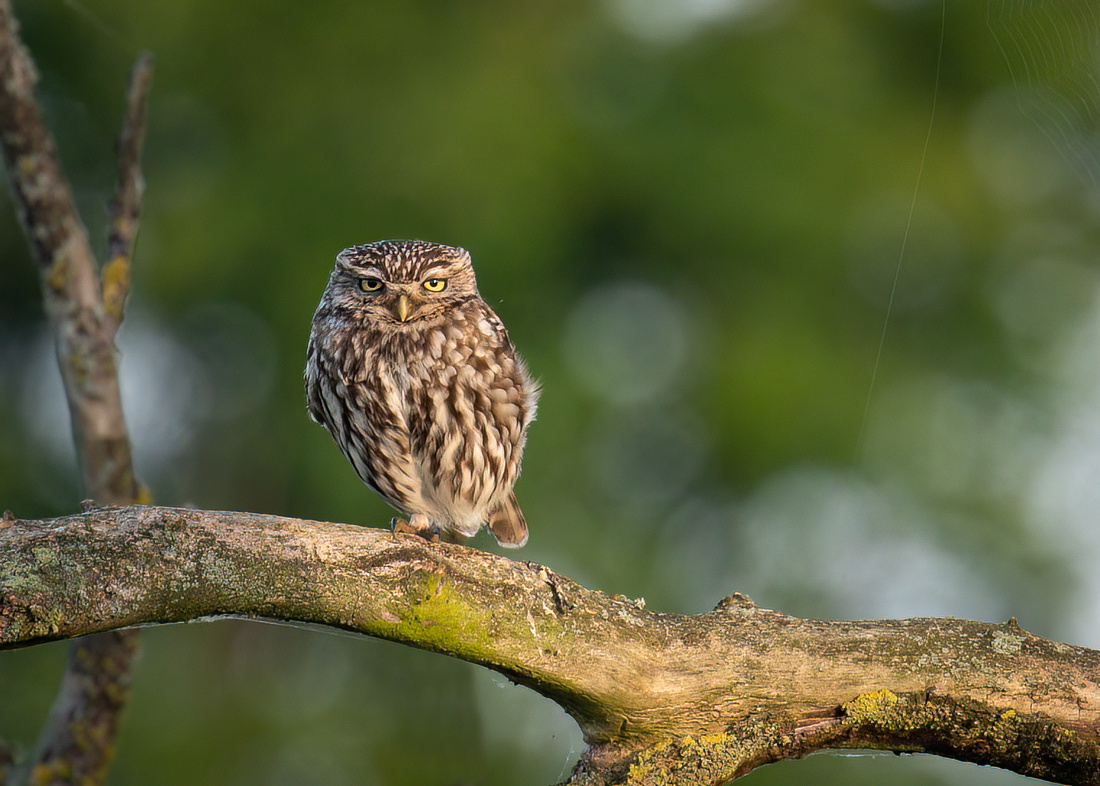 Little owl. The highlight from my visit to Somerset. They always look angry!!
Little owl. The highlight from my visit to Somerset. They always look angry!!
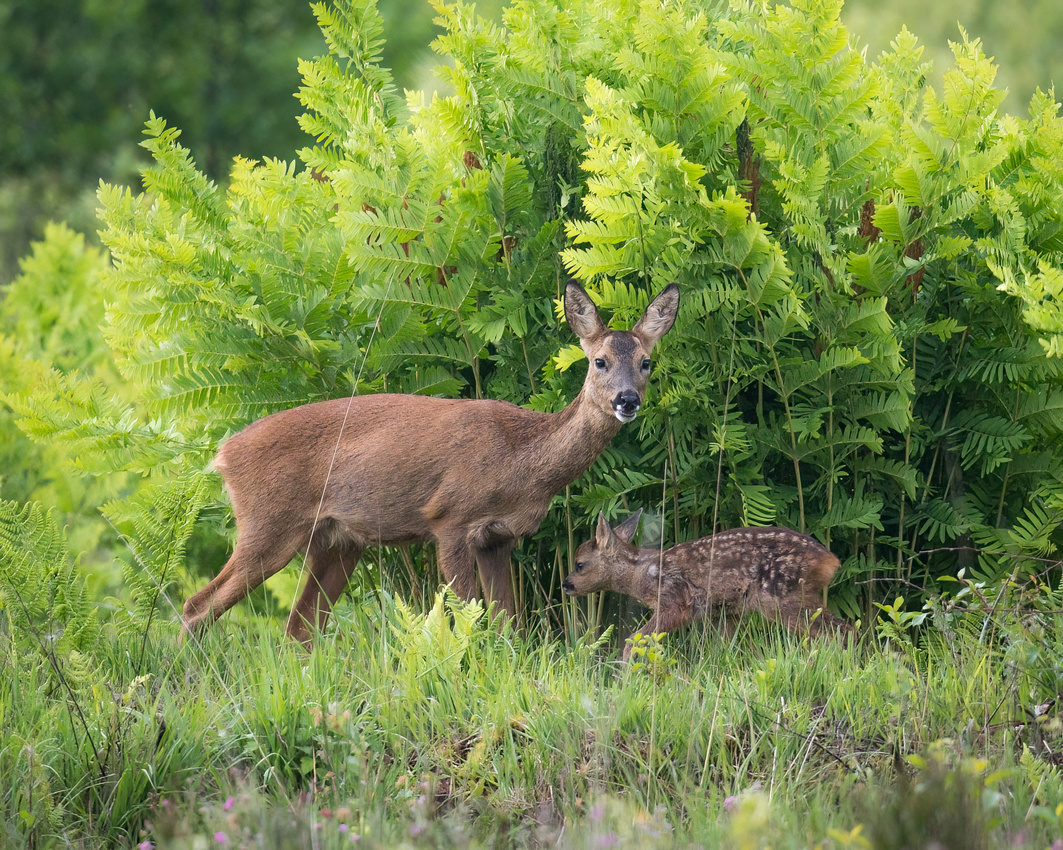 Roe deer and fawn on the Somerset levels.
Roe deer and fawn on the Somerset levels.
In mid-June I visited Bushy park and later on in the same day the British wildlife centre. I like to be in Bushy around day break then leave around 9AM before the hundreds of visitors arrive. Day break is my favourite time of the day to be up and about and for photography. It is so peaceful and this is when wildlife is most active. When the tourists arrive everything goes into hiding! During warmer weather many of the deer can be seen cooling off in the parks ponds and also young deer (fawns) can be seen at their mothers side.
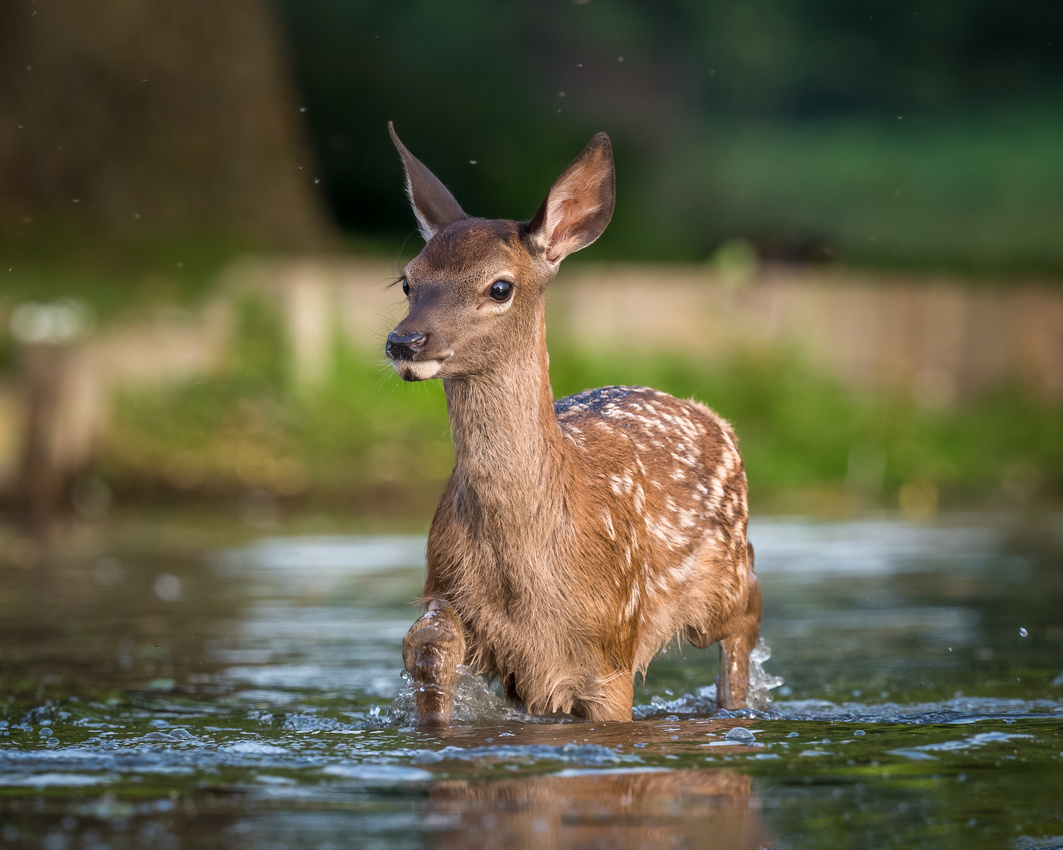 A Red deer fawn enjoying a dip in the pond. Bushy park, London.
A Red deer fawn enjoying a dip in the pond. Bushy park, London.
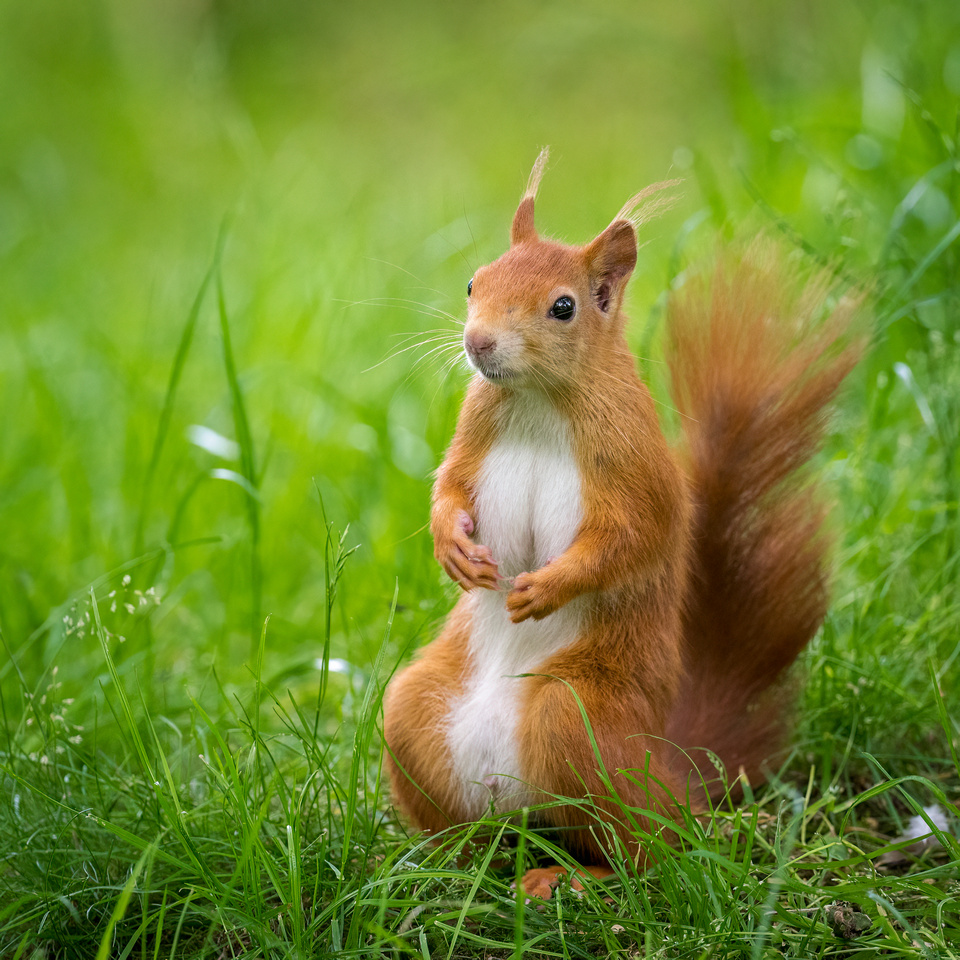 Red squirrel at the British wildlife centre, Surrey.
Red squirrel at the British wildlife centre, Surrey.
On the final weekend of June I made yet another trip to Bempton cliffs on the East Yorkshire coast! This time I had pre-booked a 'Gannet diving' photography boat trip with Yorkshire coast nature. The weather looked promising for the weekend but on the day of the trip the good old British weather had other ideas! Heavy rains and strong winds rolled in mid morning so the trip was cancelled on safety grounds. I've not got good 'sea legs' at the best of times especially when it gets a bit choppy. Never mind I might book another in a month or so. Still plenty of birds on the cliffs with many of the breeding pairs on eggs or chicks have hatched.
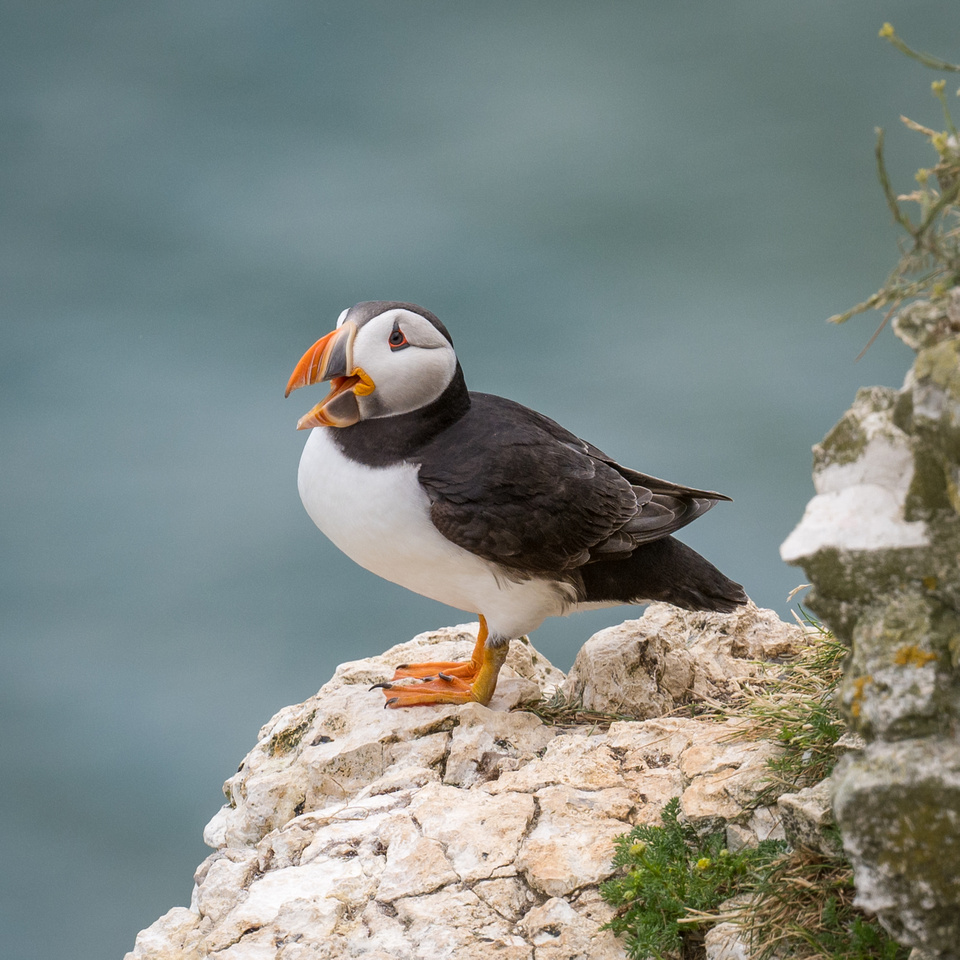 It's been a good year for the puffins at RSPB Bempton cliffs.
It's been a good year for the puffins at RSPB Bempton cliffs.
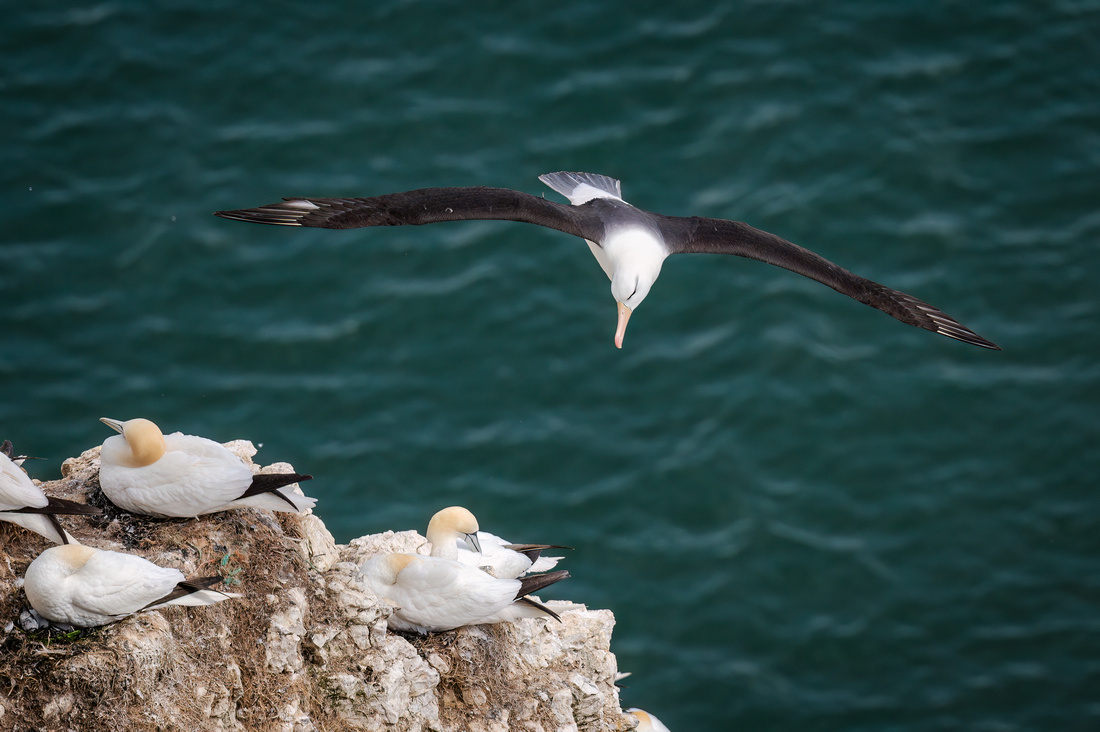 The Black-browed albatross is still wowing the crowds at Bempton.
The Black-browed albatross is still wowing the crowds at Bempton.
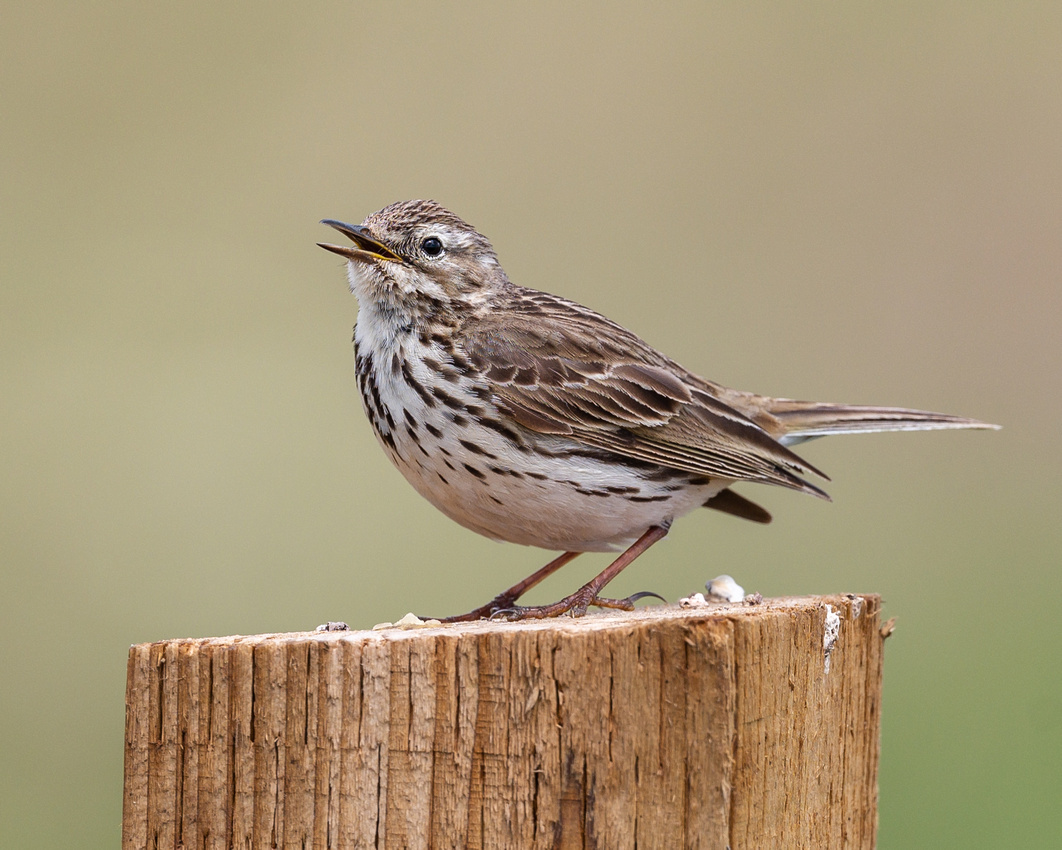 It's not just seabirds at Bempton. This meadow pipit was making itself heard!
It's not just seabirds at Bempton. This meadow pipit was making itself heard!
Next month I am yet again off to Bempton cliffs. I am seriously thinking of moving to that 'neck of the woods!! Such a stunning part of the UK.
Also in July there are a couple of motorsport events at Santa Pod raceway I will be attending and that's about it for next month.
Thank you all for reading my latest blog and thank you all for your support and kind comments.
Please continue to upload your photographs to my Photo's Page. There are some great photographs being posted.
Many more of my images can be viewed on my Instagram gallery page.
Thanks
Steve
Another busy month with many miles covered. Welcome to the May edition of my latest photographic exploits!
The start of the month I made a visit to the British wildlife centre. I have been visiting this place for quite a few years and I always manage to leave with images or things I haven't seen in the past. It's also a great place to meet other like minded photographers/friends who enjoy the centre as much as I do.
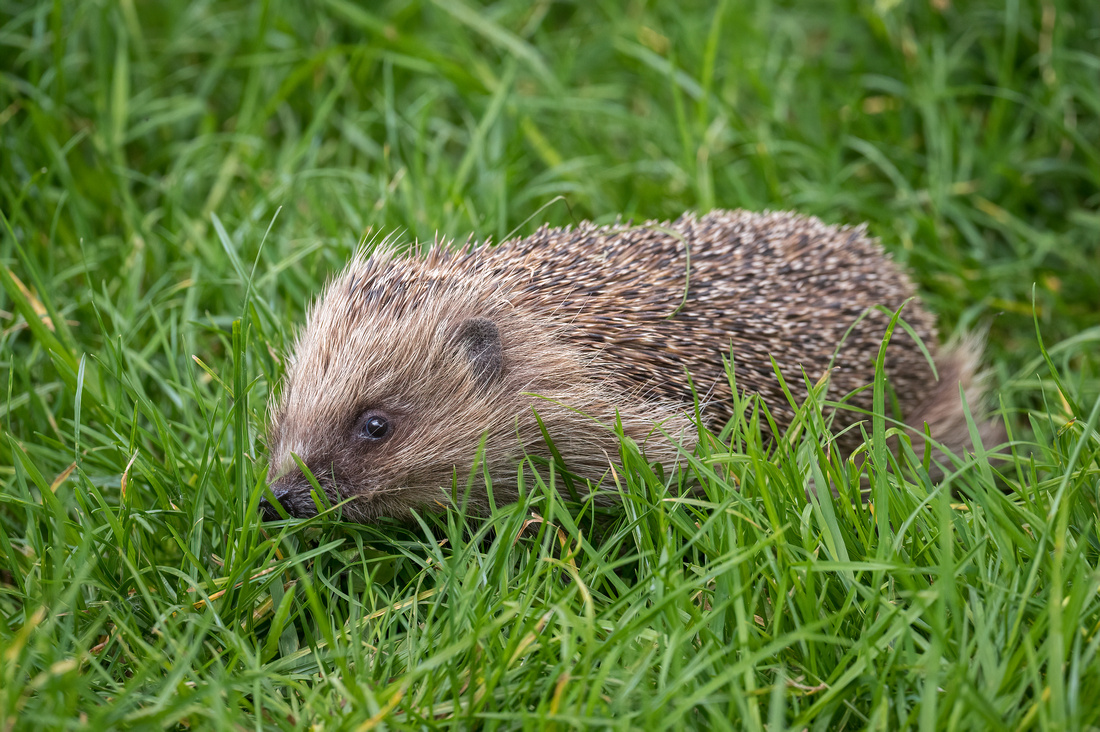 Hedgehogs have just come out of hibernation at the British wildlife centre
Hedgehogs have just come out of hibernation at the British wildlife centre
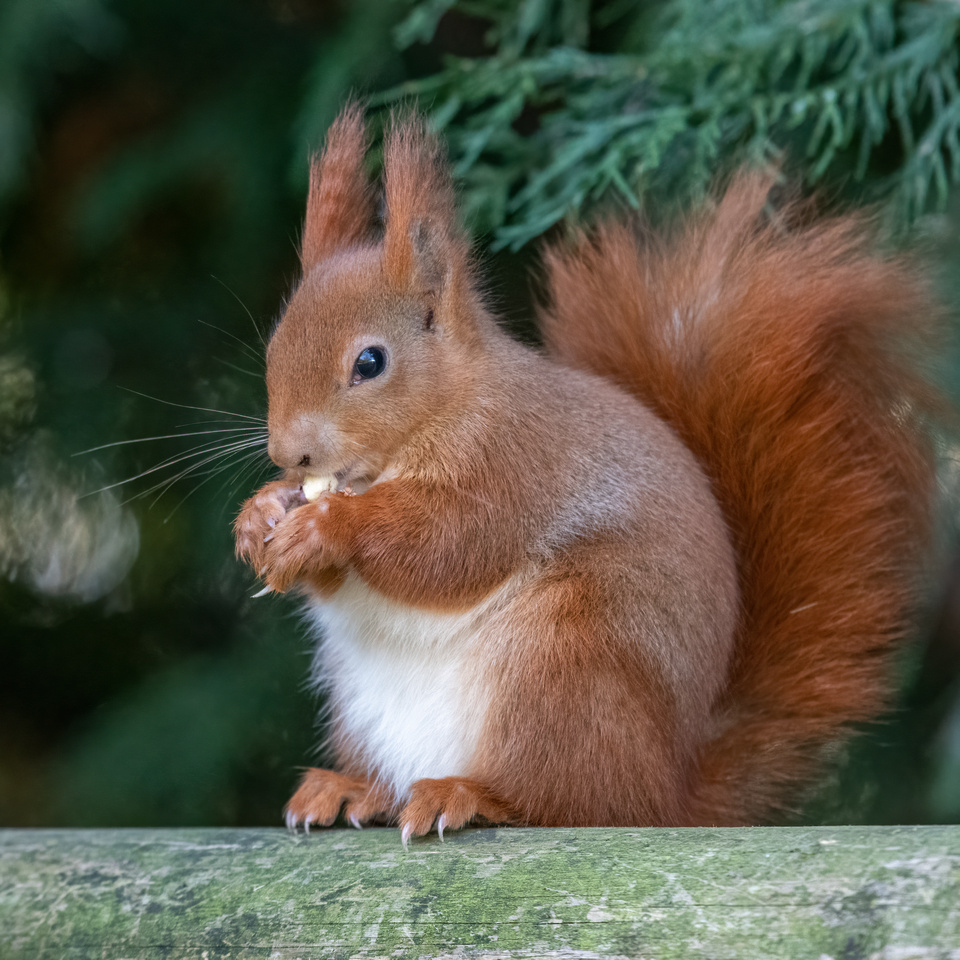 The red squirrels are one of the main attractions at the BWC
The red squirrels are one of the main attractions at the BWC
As I mentioned at the start of this article, I covered many miles during May. I made two visits to Bempton cliffs off the East coast of Yorkshire which is a 500 mile round trip and I also made my first visit to the Farne Isles in Northumberland. The Farne Isles was a 700 mile round trip but it was well worth the long drive. So many of our seabirds nest on small islands just off the mainland in the UK away from predators such as stoats, mink and foxes. The Farne Isles are accessible via boat from Seahouses harbour. I had booked two trips that land on two different islands. Staple Island and Inner Farne are the only two islands that permit visitors. During my visit I'm glad I took camera set ups, one with a long telephoto prime and the other a mid-zoom for close ups. The birds do come very close from time to time so a long lens wasn't needed all the time. The Arctic terns nest very close to the path and will fly at you trying to peck your head! A hat is highly recommended!!
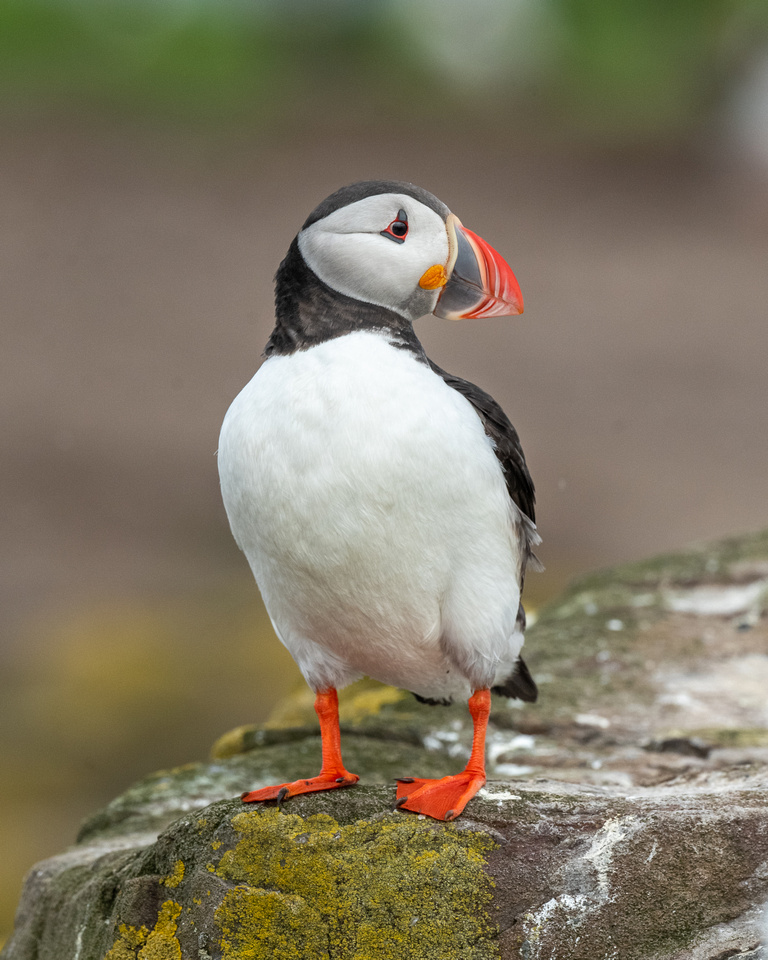
There are about 40,000 breeding pairs of puffins on the Farne Islands
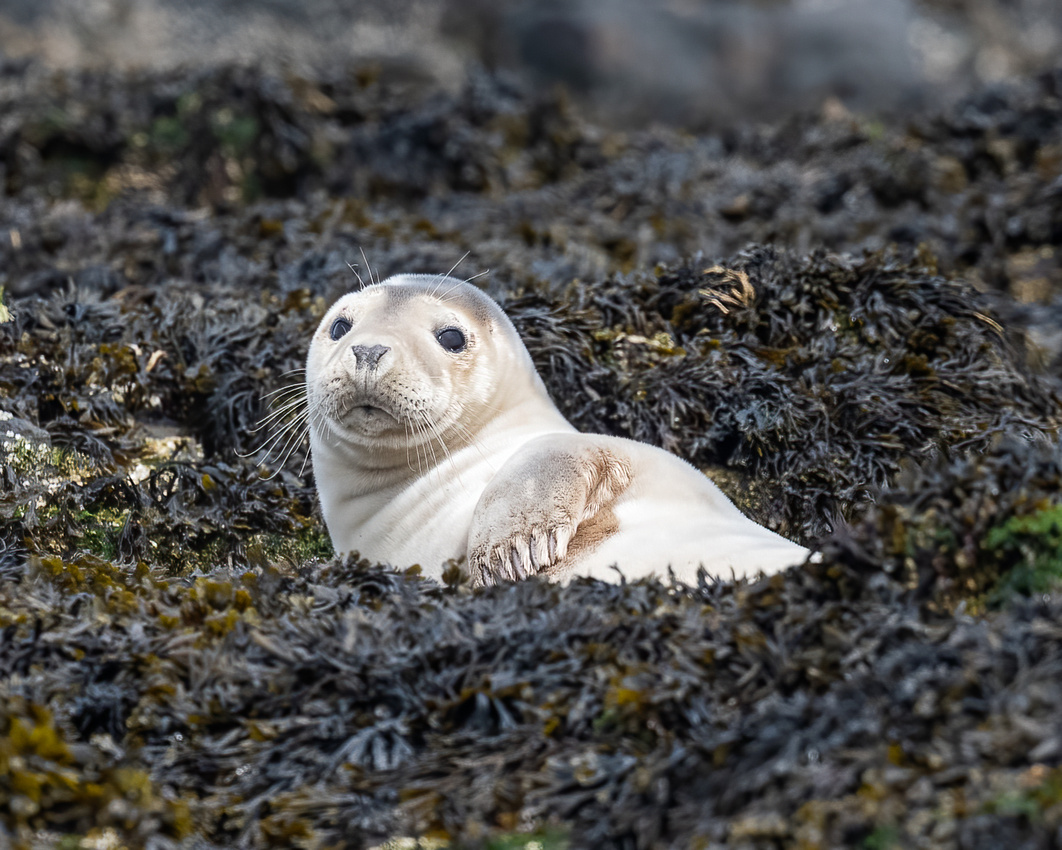 There is also a large colony of Grey seals on the Farne Isles
There is also a large colony of Grey seals on the Farne Isles
A bird I haven't seen very often is the European shag, a relative of the cormorant with a bright green eye and black/green iridescent plumage. With the right light their colours are amazing.
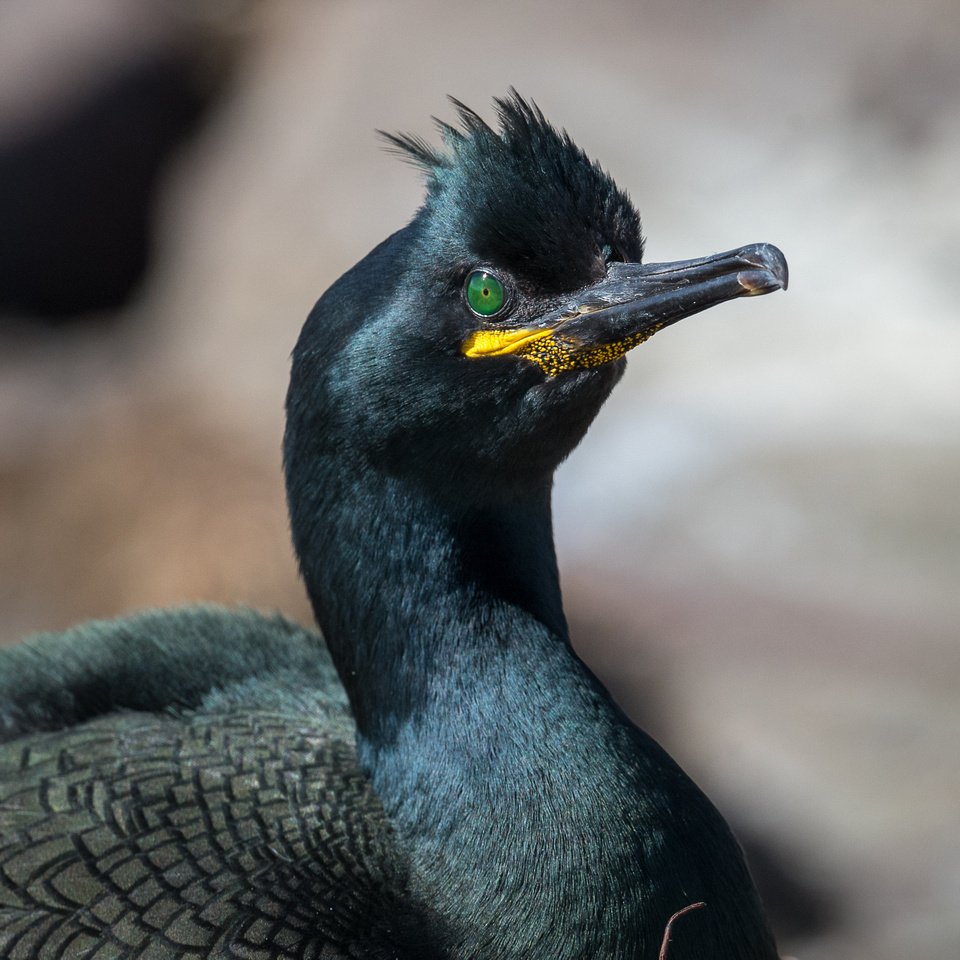 European shag on Staple Island, Farne.
European shag on Staple Island, Farne.
Meanwhile at Bempton the cliffs are very active with re-kindling courtships/mating and nest building. Many seabirds pair up for life and will return to the exact nest sites year after year.
Amazing.
May/June is a great time of the year to visit. This is when the wild flowers adorn the cliff tops and neighbouring meadows. They reckon there are around 250,000 sea birds that visit and breed on the cliffs each year. I wouldn't like to try and count them!!

Gannets are without a doubt my favourite seabird. So full of character.
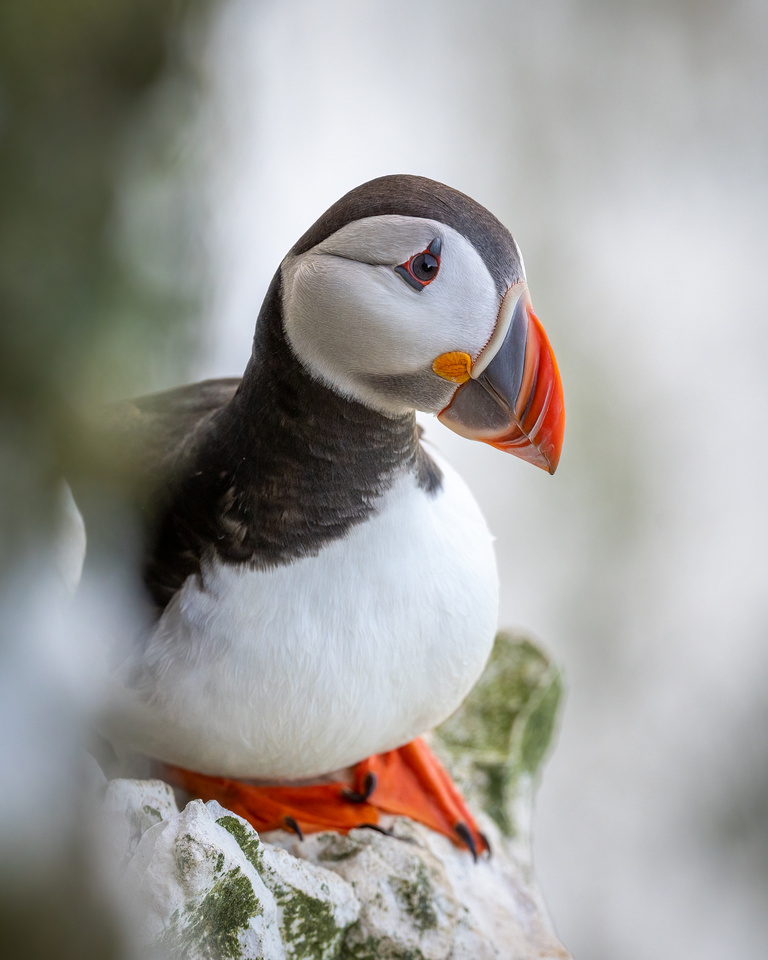
A puffin perched on a narrow ledge at Bempton.
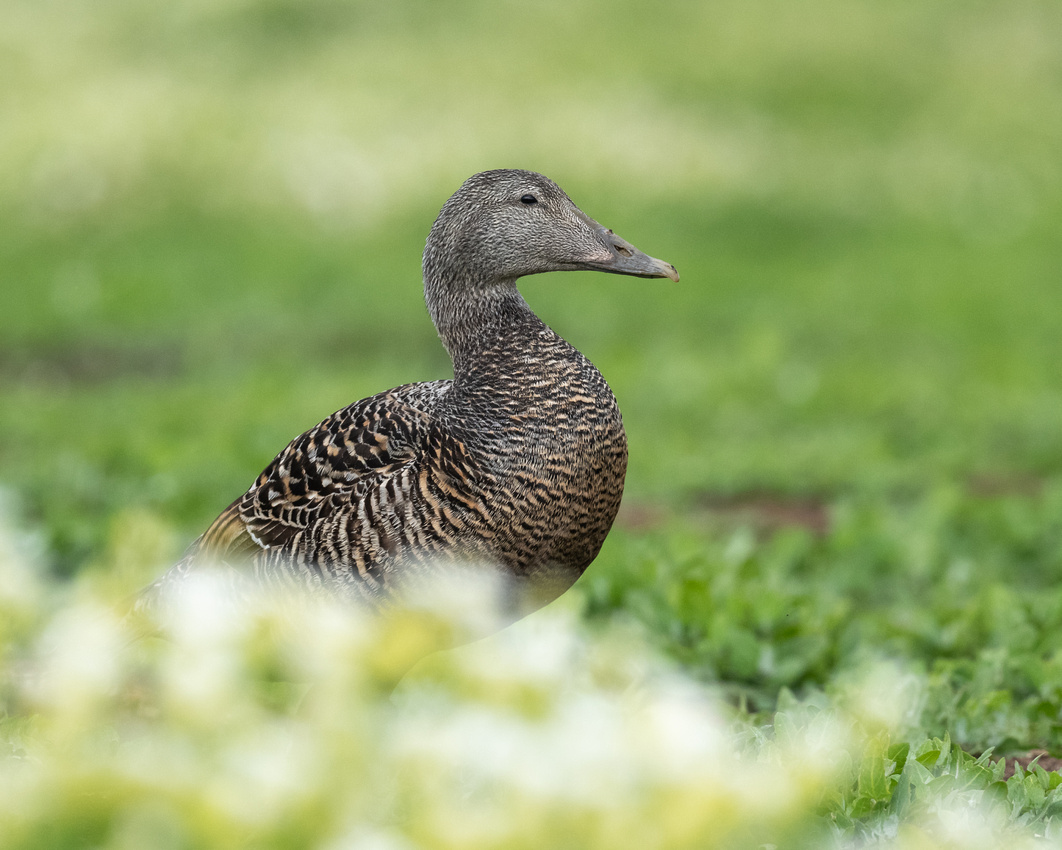 Eider ducks are quite common around the Farne Isles and Seahouses harbour.
Eider ducks are quite common around the Farne Isles and Seahouses harbour.
 Arctic tern with a sand eel. Inner Farne.
Arctic tern with a sand eel. Inner Farne.
Towards the end May I visited the home of European drag racing. Santa pod raceway was hosting the the first round of the FIA Championship which is for the pro classes. It was a great day with some great quarter mile runs of over 300mph and few records broken. This was the first time of hosting this event due to the pandemic.
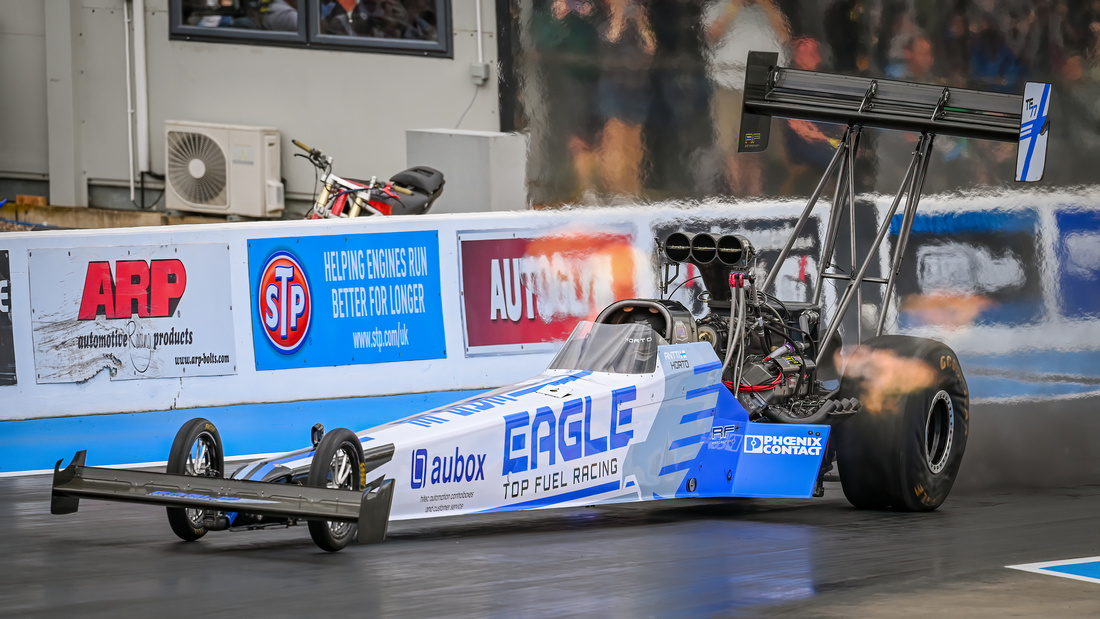 Top Fuel dragster. 10000 horse power and reaching speeds of 300mph in 3.7 seconds over the quarter mile!!
Top Fuel dragster. 10000 horse power and reaching speeds of 300mph in 3.7 seconds over the quarter mile!!
June looks like another busy month for photography. I am back in my native Lancashire over Spring Bank. A couple of car shows and another visit to Santa Pod. I am also going back to Bempton for a long weekend with a gannet diving boat trip booked. I can't wait!
Thank you all for reading my latest blog and thank you all for your support and kind comments.
Please continue to upload your photographs to my Photo's Page. There are some great photographs being posted.
Many more of my images can be viewed on my Instagram gallery page.
Thanks
Steve
What a busy month April has been! With the evenings now getting lighter I'm out and about with the camera most evenings as well as weekends.
I started the month off with a few days at the stunning seabird reserve of Bempton cliffs on the East Yorkshire coast. As always I got some great shots but the star attraction for me was the Black-browed albatross who put on some great flying displays. This bird is the only albatross known to be in the Northern hemisphere. Their home is usually on the Falkland Isles so I think this one is on a global tour!
 Black-browed albatross. A rare visitor to the UK and the Northern hemisphere.
Black-browed albatross. A rare visitor to the UK and the Northern hemisphere.
 There are plenty of puffins on the cliffs at RSPB Bempton.
There are plenty of puffins on the cliffs at RSPB Bempton.
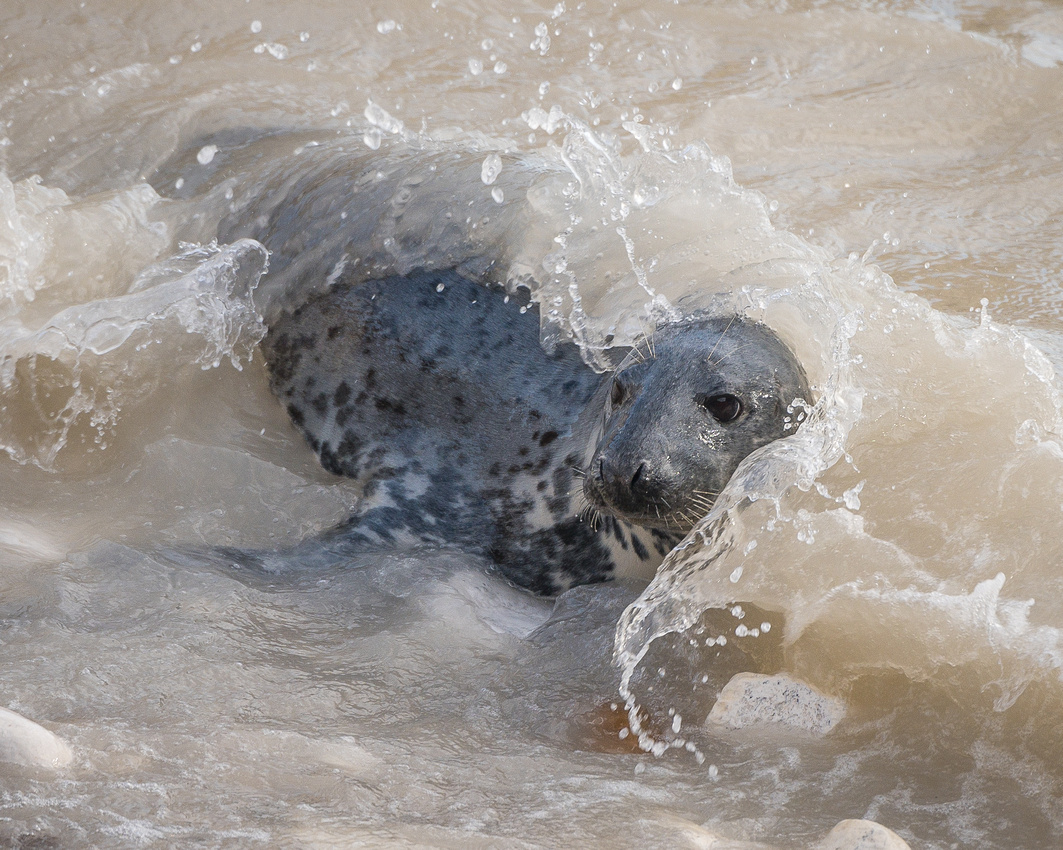 Grey seal not far from Bempton, East Yorkshire.
Grey seal not far from Bempton, East Yorkshire.
During the week I visit local sites such as Otmoor, Farmoor and Tring reservoirs all within 30 minutes from home in South Oxfordshire. There is always something to see as Spring is now getting into 'full swing'. Lots of migrants are arriving to breed in the UK. Each time I visit these areas there are always some new arrivals. We've just had a massive influx of swallows etc which in turn bring the raptors such as Osprey's. Also Hobbies are arriving from Africa which feed on large insects and small birds.
 Hobby. A Summer visitor to the UK from Africa.
Hobby. A Summer visitor to the UK from Africa.
A Summer visitor we sometimes hear but rarely see is the Cuckoo. For the past few years a certain individual has returned to the same spot in Surrey. He has got quite used to people which is unusual for a normally shy bird so I made the trip to go and see what all the fuss was about! I arrived at the reserve just before sunrise and set up and waited. I only waited a couple of hours and caught a glimpse of a bird flying to a tree close by. Next I heard the unmistakable sound 'cuckoo', then he flew in closer. I rattled a few shots off then just sat and watched him. It is good sometimes to put your camera down and just watch your subject. Beats TV! He hung around for half an hour then went calling for a mate. What an remarkable spectacle to witness probably never to be experienced again.
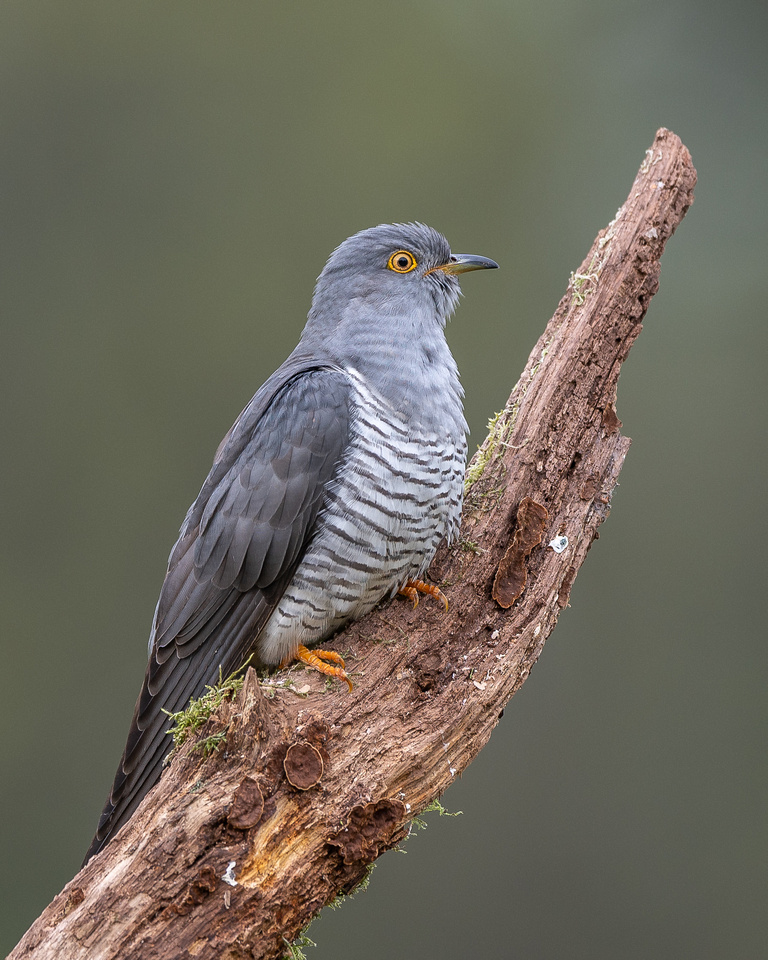
Cuckoo on Thursley common, Surrey.
As some of you already know, I have been using a new mirrorless camera body. Over the past couple of months I have been putting it through its paces. The issue I have been struggling with is the auto focusing. Nikon have just updated the firmware to try and cure these problems and I can now see a vast improvement. I have also added a new 500mm prime lens to my 'arsenal' which is shorter and much lighter than my previous lens. This has enabled me to react quicker to moving objects which means more shots on target and more importantly in focus. Happy days!! I am now able to walk round without tripods etc (I now only use them for video) and when I get home my back, arms and shoulders aren't sore. The perks of getting old! Ha ha ha

Eurasian sparrowhawk with its eye on me! RSPB Otmoor, Oxfordshire.
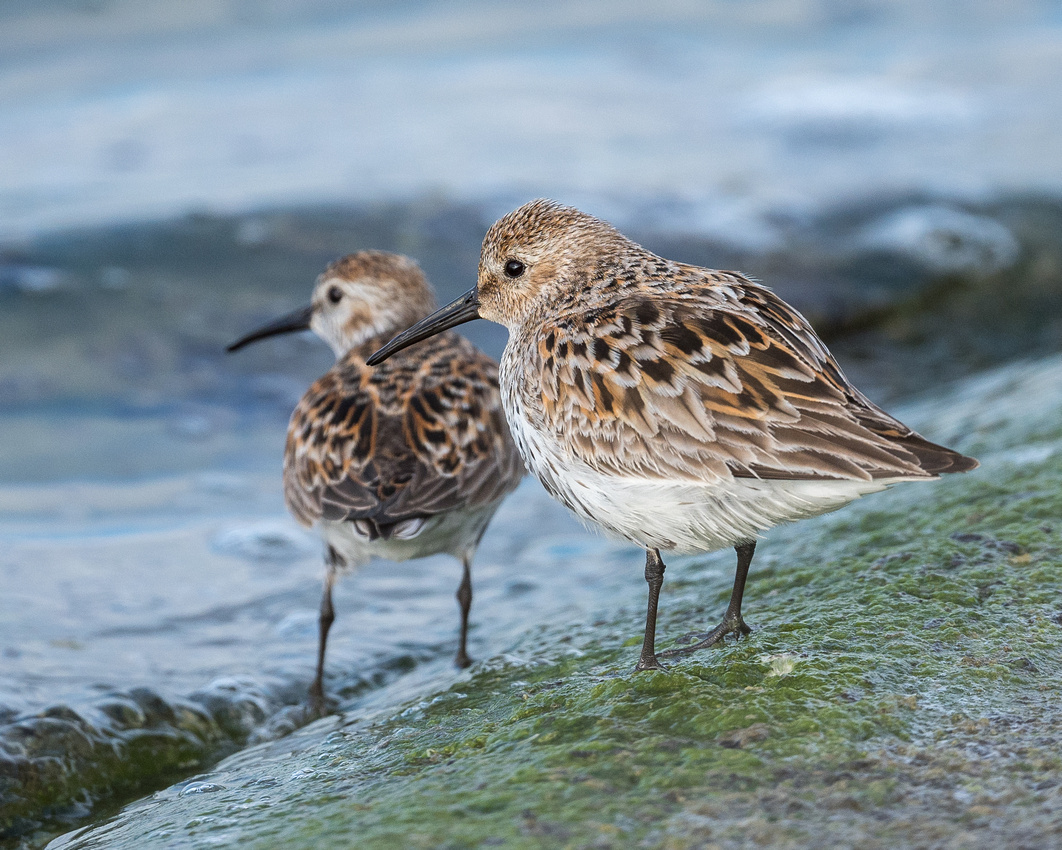 Dunlin spotted at Farmoor reservoir, Oxfordshire.
Dunlin spotted at Farmoor reservoir, Oxfordshire.
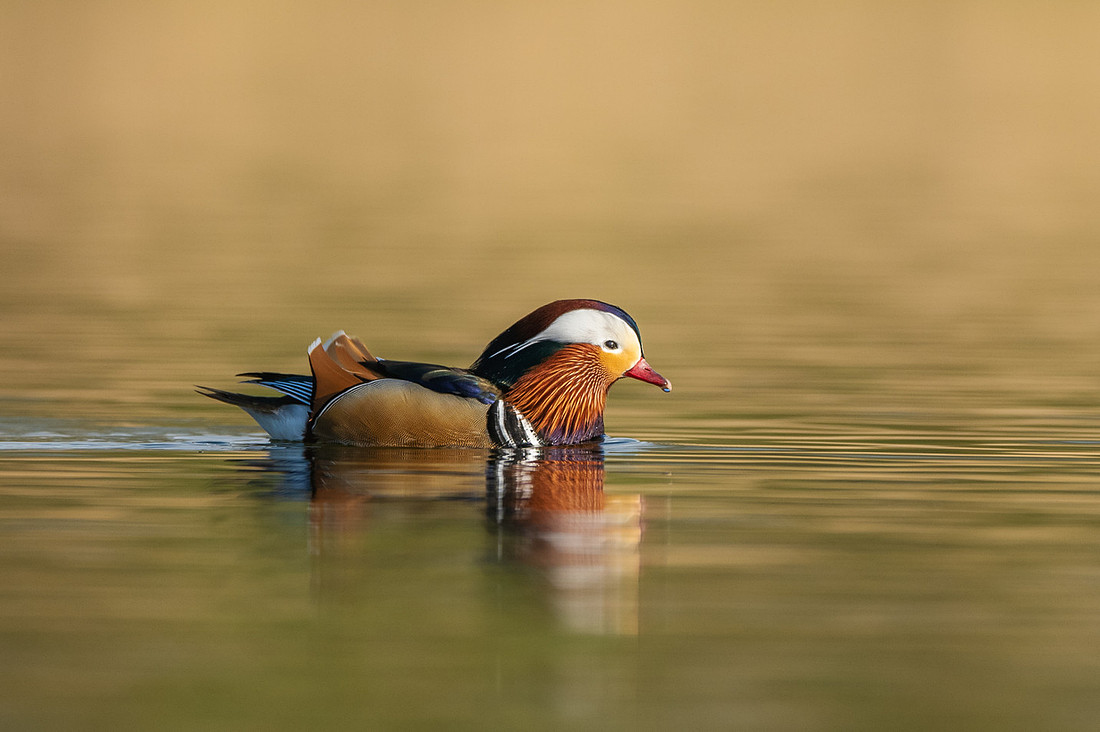 Mandarin ducks are becoming a common sight in Southern England.
Mandarin ducks are becoming a common sight in Southern England.
Now we are in Spring going into Summer it now means the car show and motorsport season is now under way. Hurrah! I've always been a bit of a 'Petrolhead' from an early age and enjoy attending shows and motorsport events. I have a passion for classic American and the hot rod scene which go hand in hand with drag racing (my favourite motorsport) which originated in America in the 50's. I'd love to have been around in that era. An age when they knew how to build cars.
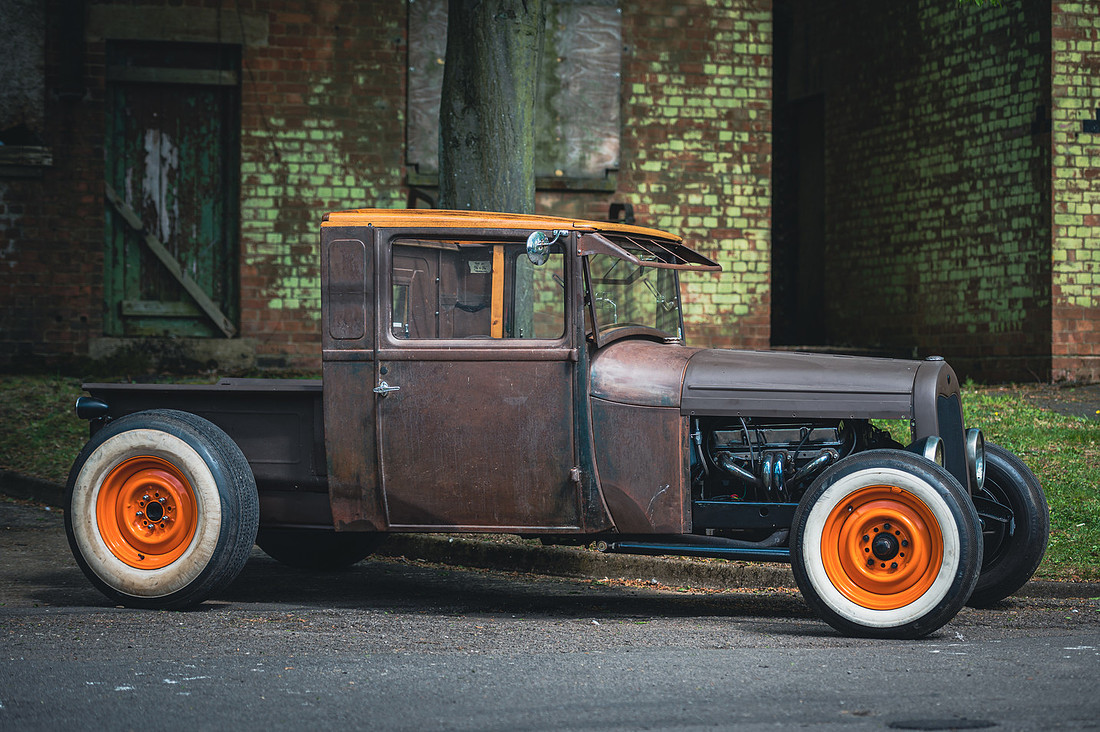 A 1929 Ford turned into a Hot Rod
A 1929 Ford turned into a Hot Rod
 Drag racing at Santa Pod Raceway, Bedfordshire.
Drag racing at Santa Pod Raceway, Bedfordshire.
As for May I will be visiting the stunning RSPB Bempton Cliffs (again!!) on the East Yorkshire coast for my second seabird fix of the year. On this visit I have a boat trip booked which sails below the 400 foot cliffs of Bempton where they feed the gannets.
Thank you all for reading my latest blog and thank you all for your support and kind comments.
Please continue to upload your photographs to my Photo's Page. There are some great photographs being posted.
Many more of my images can be viewed on my Instagram gallery page.
Thanks
Steve
Welcome to the March edition of my photographic exploits and this time I am writing this from my native Lancashire. It's always good to revisit my home shire and of course this is where my love of nature and photography began for me many many years ago!! I can still remember my first outing with my father to the newly opened wildfowl and wetland centre at Martin mere. I took along my new camera I received for a Christmas present which took 12 black and white grainy images. From that day on I was well and truly hooked. On return visits I always make a point of visiting Martin mere to reminisce and for some inspiration.
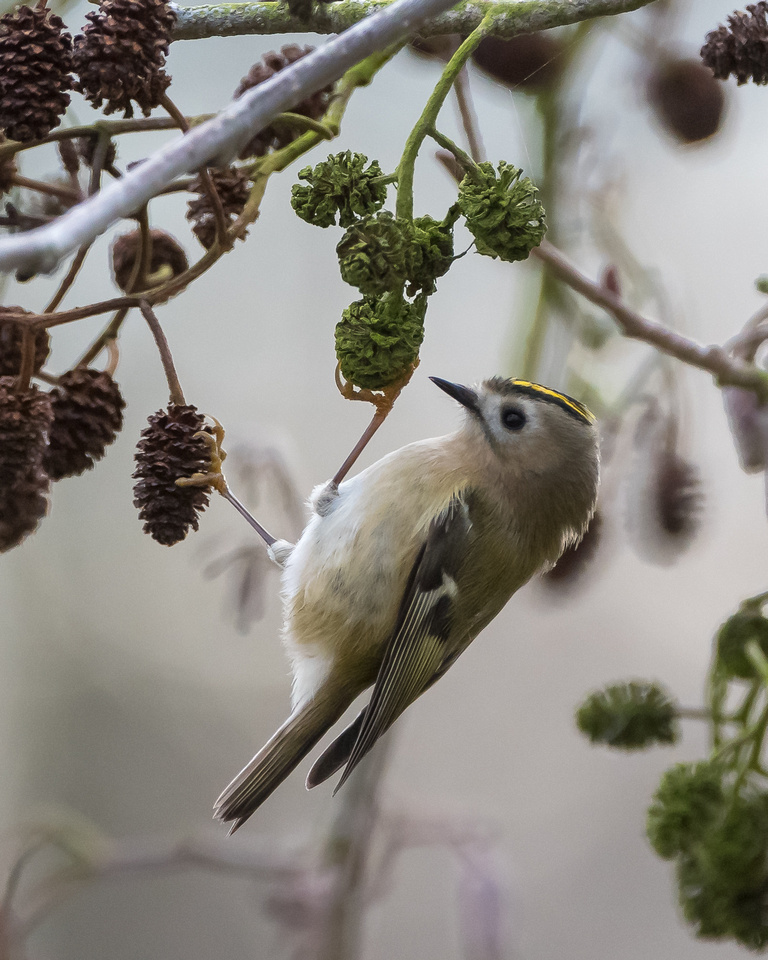
Goldcrest from the bird feeding station at WWT Martin mere
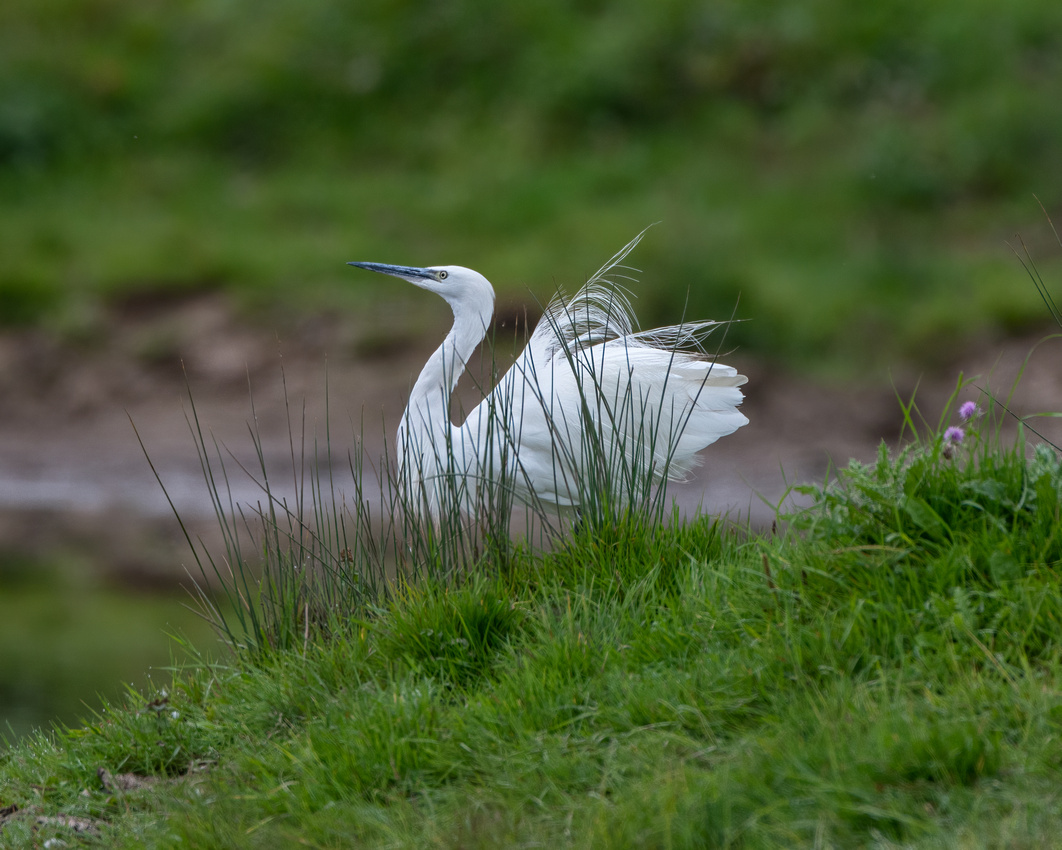 Little egrets can be seen on the mere, WWT Martin mere
Little egrets can be seen on the mere, WWT Martin mere

A Tawny owl was seen from a recent visit to WWT Martin mere
Other places I like to visit on my return to the North west are RSPB Leighton moss and Yarrow Valley park. The later used to be an old industrial site on the outskirts of Chorley and now nature has reclaimed the area and it is now a great haven for wildlife. The area is noted for its kingfishers and dippers which have set up their home on the River Yarrow which runs through the park.
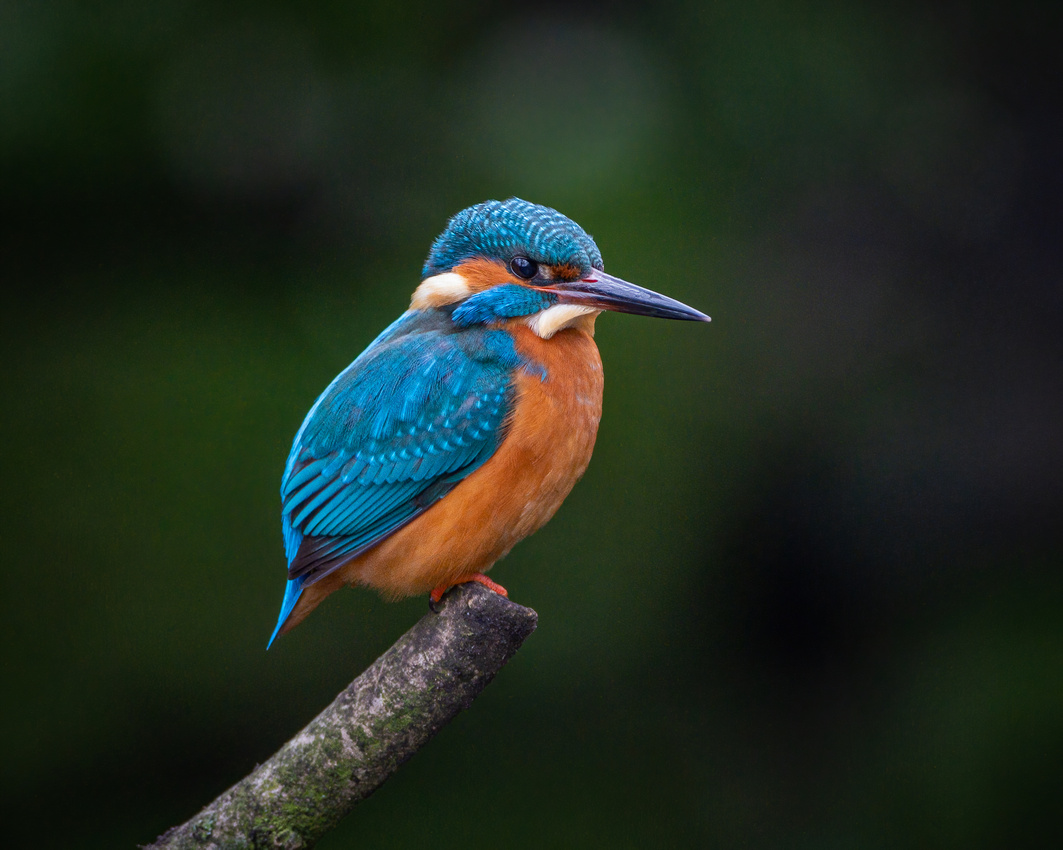 Common kingfisher
Common kingfisher
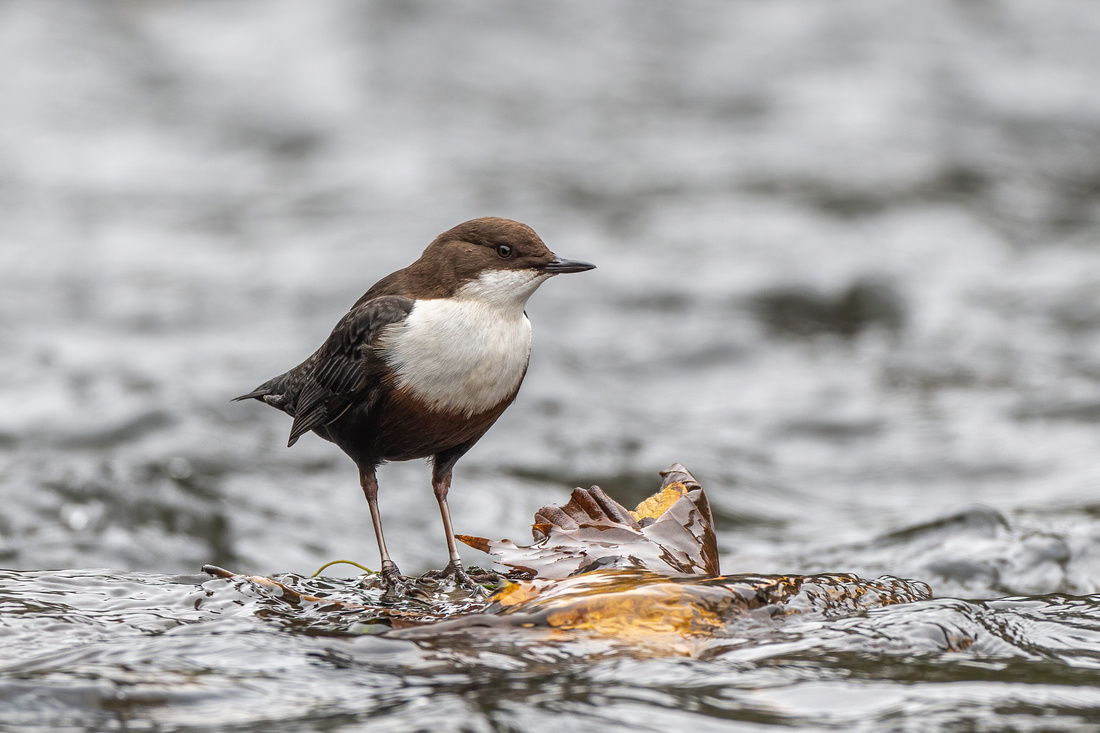 Dippers can be seen on the River Yarrow, Lancashire
Dippers can be seen on the River Yarrow, Lancashire
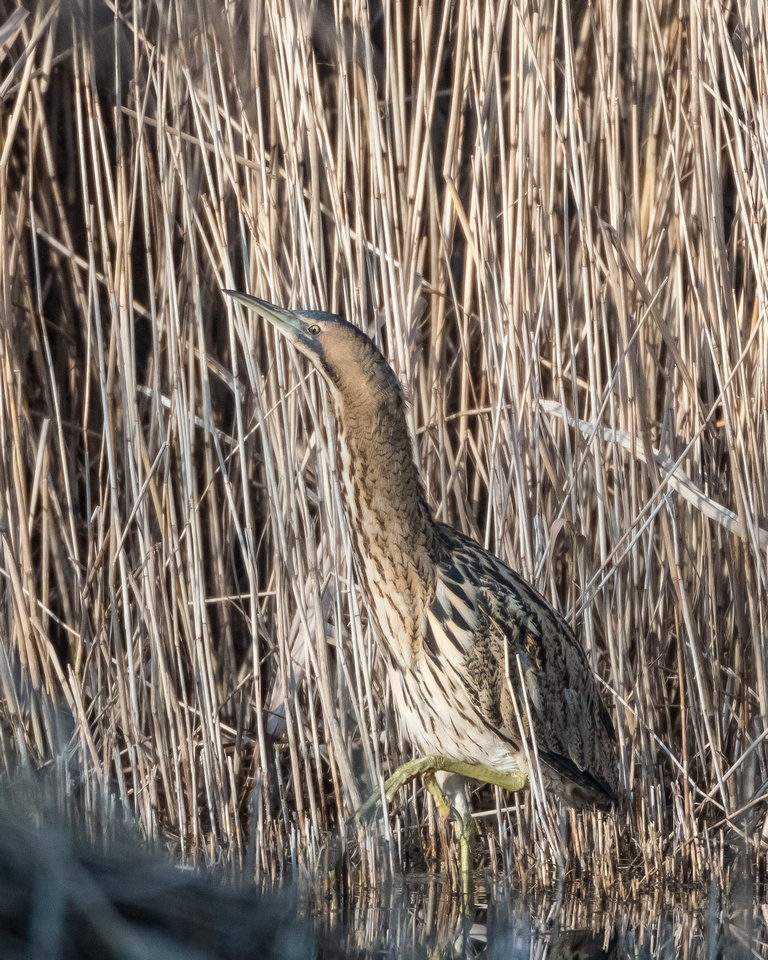
Bitterns can occasionally be seen skulking in the reeds at Leighton Moss, Lancashire.
During the start of the month I concentrated my efforts in trying to photograph the shy green woodpeckers. They can be often heard 'laughing' as they fly away from you if you get too close!! With a bit of stealth and fieldcraft you can get quite close. I photographed a few in Bushy park from the confines of a bush! The things I do to decent images!! During Spring who will hear them calling (yaffle) and drumming against trees to attract a mate.
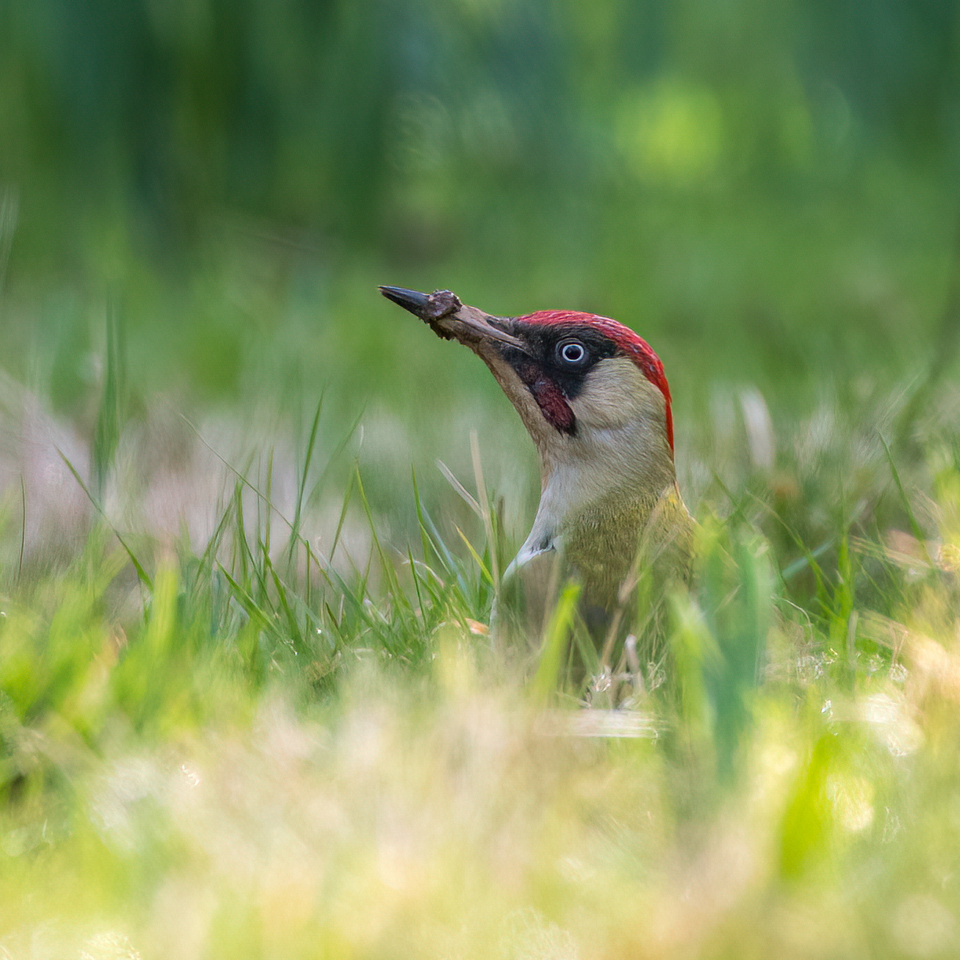 The shy and elusive Green woodpecker
The shy and elusive Green woodpecker
As for next month I will be visiting the stunning RSPB Bempton Cliffs on the East Yorkshire coast for my first seabird fix of the year. The weather forecast is for snow and Wintry conditions. Wish me luck!!
Thank you all for reading my latest blog and thank you all for your support and kind comments.
Please continue to upload your photographs to my Photo's Page. There are some great photographs being posted.
Many more of my images can be viewed on my Instagram gallery page.
Thanks
Steve
Hello and welcome to another riveting account of my photographic exploits during the past month!!
Early in the month I invested in a new camera body. This time I was trying out the mirrorless system in the form of a Nikon Z6 Mk2. Nikon have been producing the mirrorless system for a few years now but they had not quite got them right for wildlife photography. The auto focus has to be able to lock onto moving targets. Birds & animals can be very unpredictable so to be able to lock onto your subject quickly is vital. This month I have been putting the camera through its paces at a couple of local reserves. To be honest it is taking some getting used to but I will persevere! I am impressed with the quality of the images and the total silent shutter operation enabling me to get more natural shots. Most of the time my subject doesn't even know I'm there!
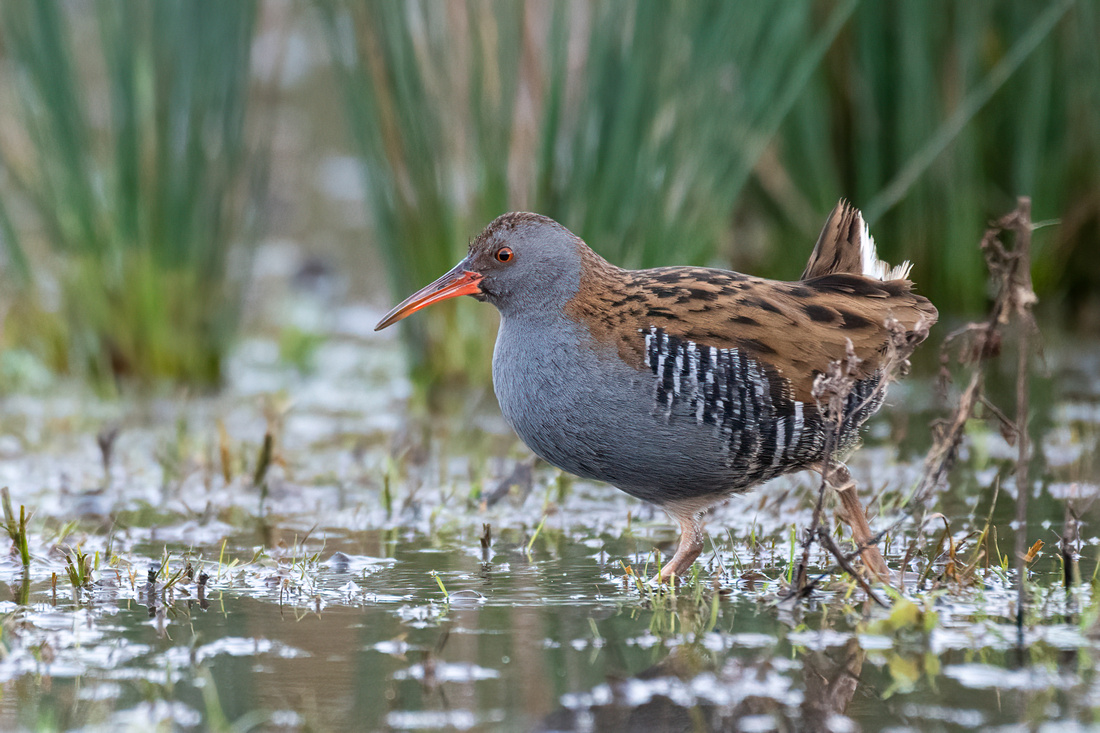 Water Rail. A shot from my first outing with the Nikon Z6 Mk2. Arundel wetlands, West Sussex.
Water Rail. A shot from my first outing with the Nikon Z6 Mk2. Arundel wetlands, West Sussex.
I attended the hawk conservancy trust first day of opening in the February with my new set up but the weather wasn't up to much and flying conditions weren't the best so I only managed some close up portrait shots of the birds of prey.
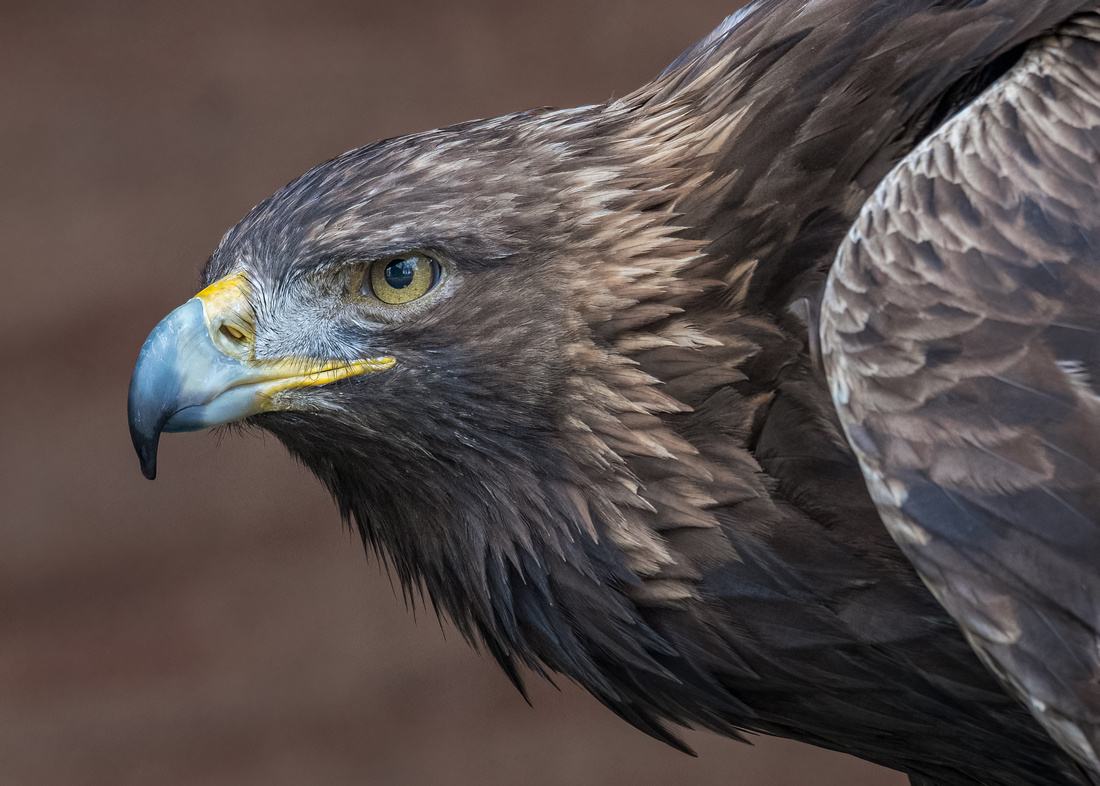 Golden eagle at the hawk conservancy trust, Hampshire.
Golden eagle at the hawk conservancy trust, Hampshire.
Most weekends I was at the wetland centre in London testing the new kit but prior to purchasing it I managed to photograph my best ever wild Peregrine falcon images. There are a number of hides at the reserve with one being a two-storey tower which I rarely enter. I don't really like photographing birds from above but it is good for photographing birds in flight. There are normally gulls that fly past but on this rare visit I got lucky with the falcon! I must of rattled off around a 100 shots of it flying past and it landing in front of me. Falcons will attack other birds from above by performing a dive, stunning them and forcing them to the ground.
 Peregrine falcon at the London wetland centre.
Peregrine falcon at the London wetland centre.
The total silence of the new set up has also enabled me to get the closest and most natural looking kingfisher images to date. A kingfishers senses are 10 times more acute than our own so any disturbance and they are off like a bullet as any wildlife photographer will tell you! This particular bird was happy to go about his business in front of me for a few hours. He was catching fish and doing plenty of preening without a care in the world. Moments like this are very rare and I will always cherish this moment.
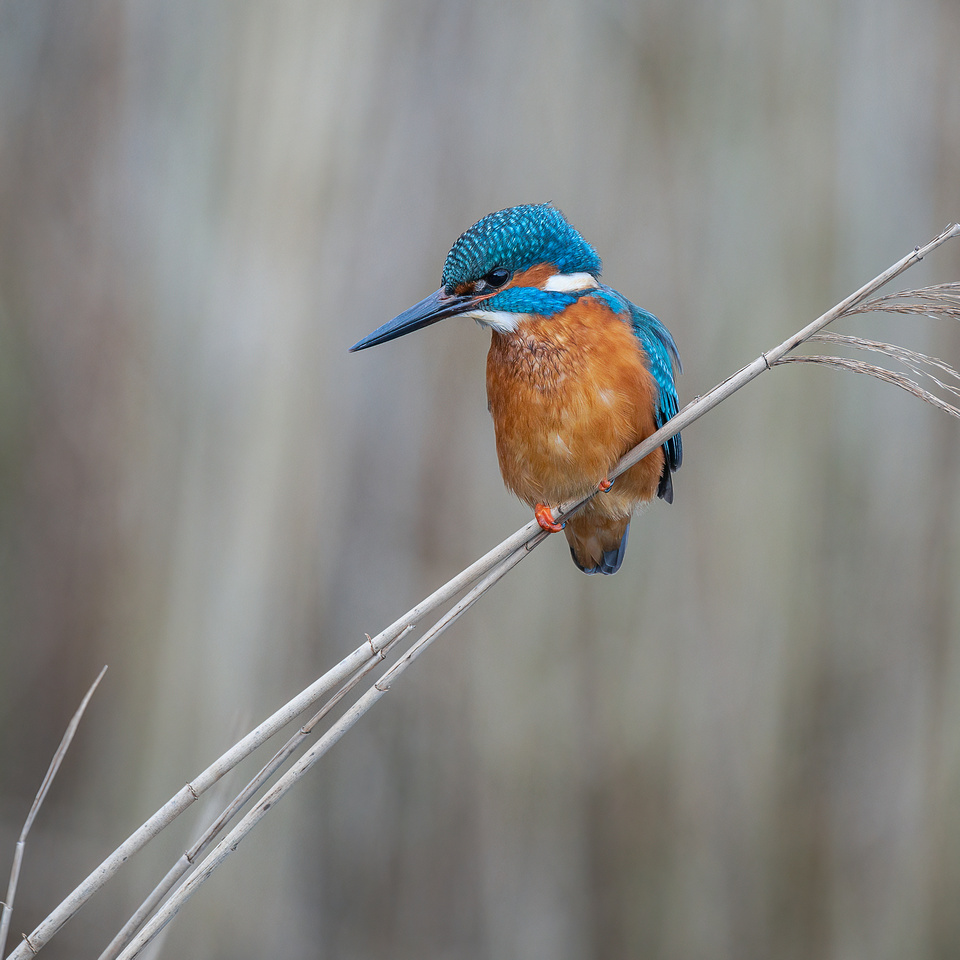
Common kingfisher. He was totally unaware I was watching and photographing him. Priceless!
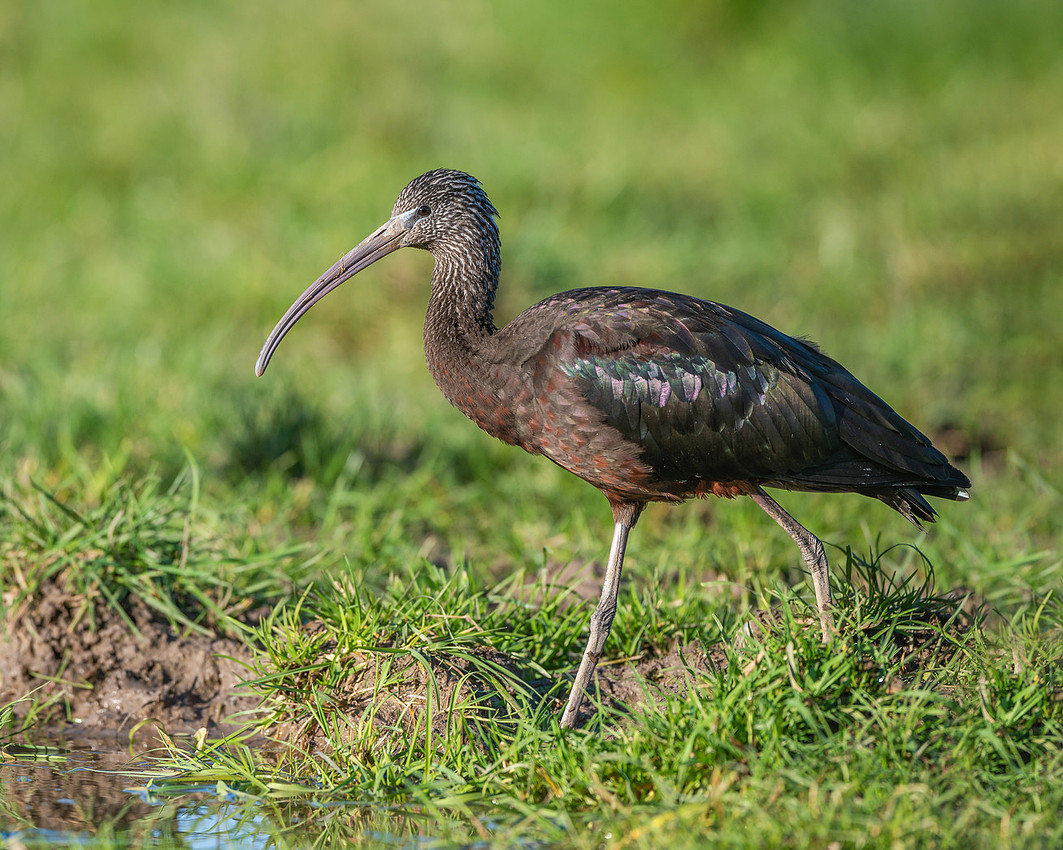 Glossy ibis. I finally managed to photograph this bird after 3 failed misses! Shepherd's Patch, Gloucestershire.
Glossy ibis. I finally managed to photograph this bird after 3 failed misses! Shepherd's Patch, Gloucestershire.
Thank you all for reading my latest blog and thank you all for your support and kind comments.
Please continue to upload your photographs to my Photo's Page. There are some great photographs being posted.
Many more of my images can be viewed on my Instagram gallery page.
Thanks
Steve
Hello and welcome to my first blog of 2022. I hope you all had a great time over Christmas and the New year. Also I hope my photography has inspired you to buy/borrow or steal a camera to take some photos for yourself in the new year!!
As for the weather over Christmas well it was certainly different. I saw butterflies, ducklings and goslings probably due to the climate change here in the UK. Temperatures of 13°C were recorded on New years day then a few days later they plummeted to -6°C! Weird weather. It must be confusing for wildlife and nature in general.
My first outing of 2022 was to the British wildlife centre in Surrey. I visit this place usually once a month and it's great to see how the animals act/look during different times of the year.
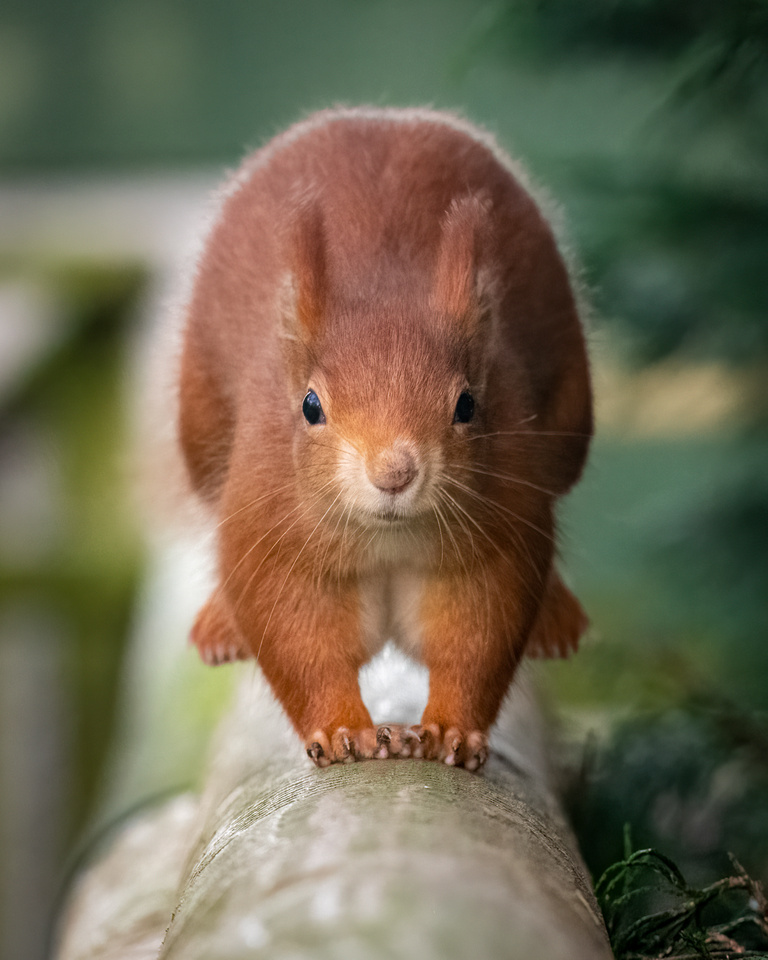
This Red squirrel was my first image of the New year! British wildlife centre.
During the depths of Winter I like to visit the wildfowl and wetland trust reserves of Slimbridge, Arundel & London. Many wild birds spend the Winter at these places which have habitat that suits them plus their breeding grounds in Greenland/Russia are more than likely to be frozen. Hence the reason many birds migrate South.
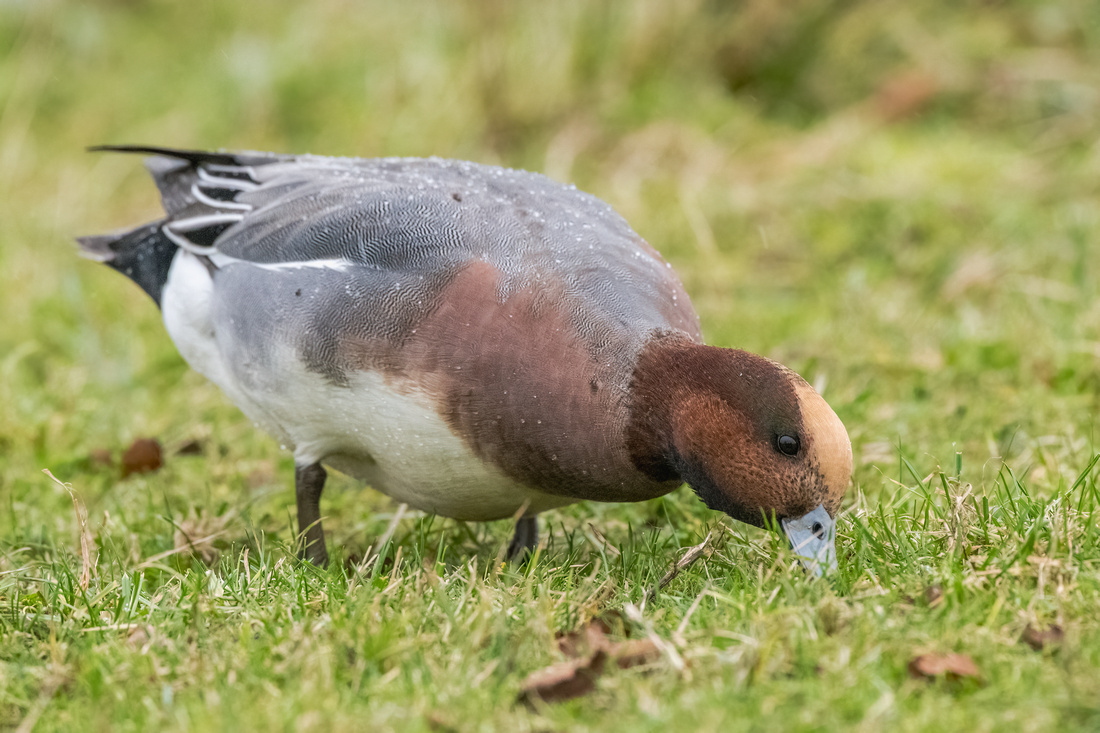 Wigeon duck. A Winter visitor to the UK.
Wigeon duck. A Winter visitor to the UK.
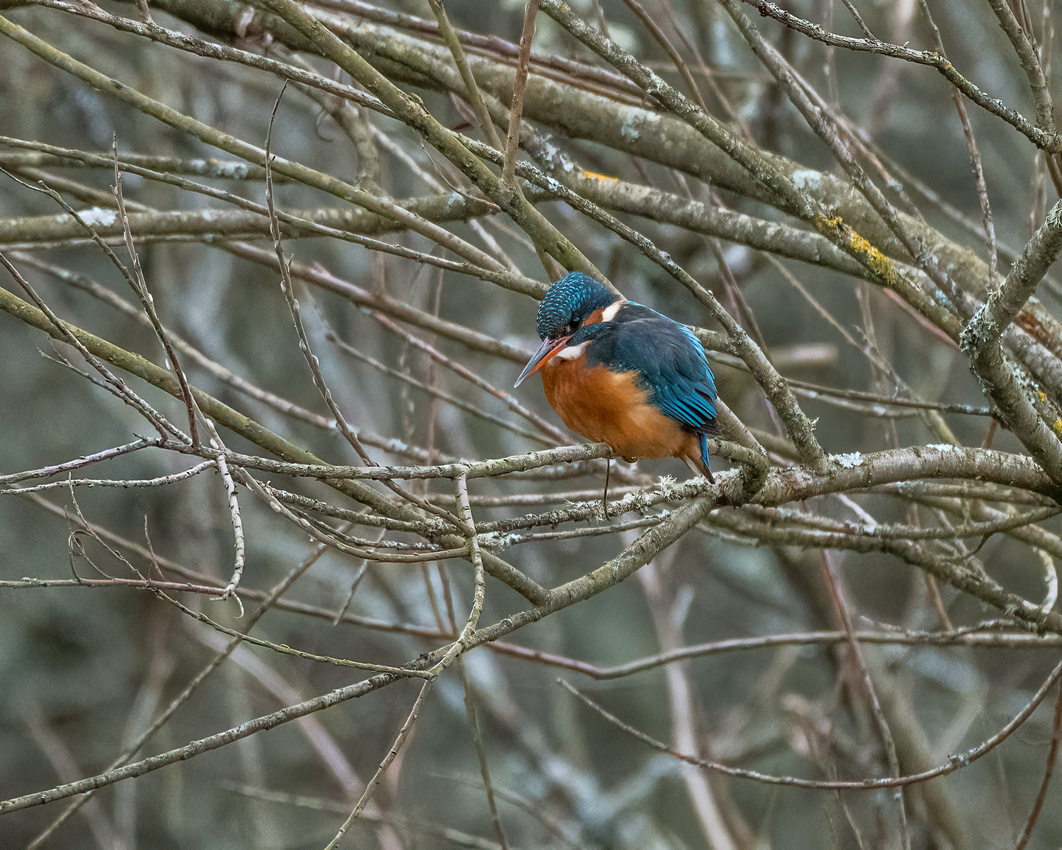 Kingfishers can be spotted easier in the Winter due to lack of vegetation.
Kingfishers can be spotted easier in the Winter due to lack of vegetation.
Another bird that is often heard and seen is the UK's favourite bird, the robin. Winter is when they claim territories and find a mate. They are often heard singing at all hours even in the middle of the night!
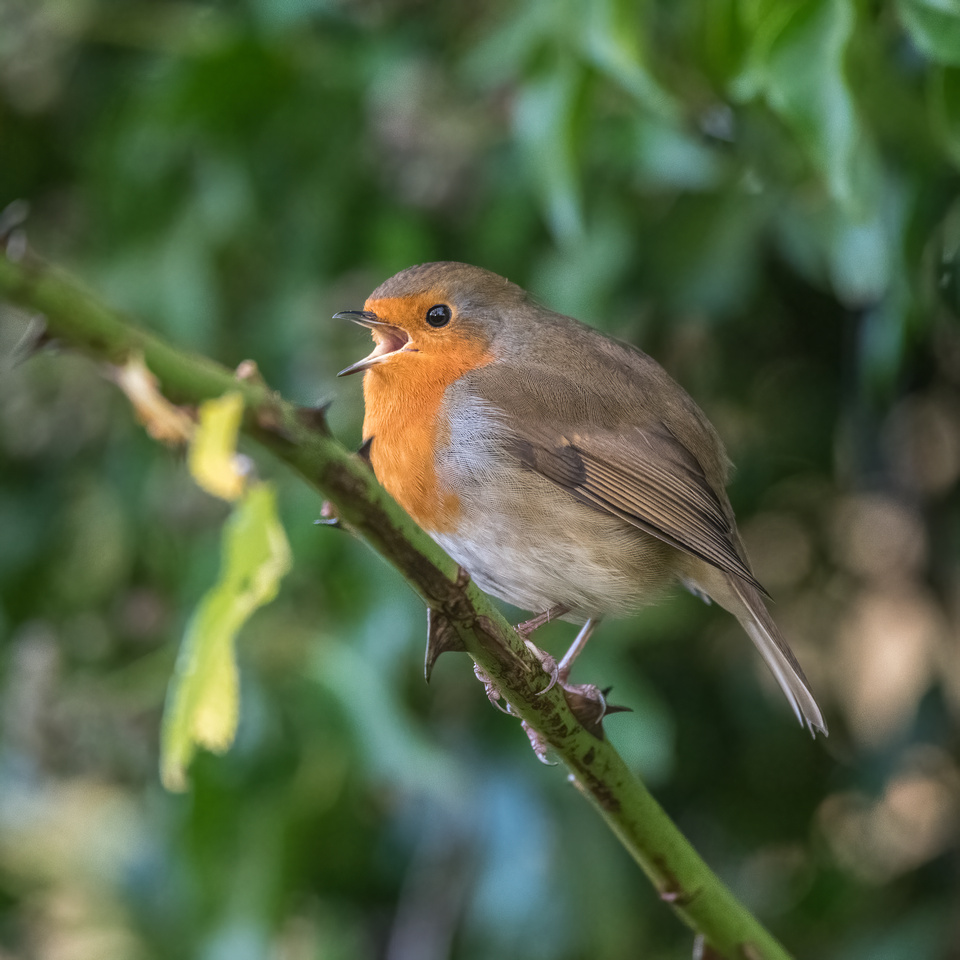 A Robin in full song.
A Robin in full song.
I recently joined the Warwickshire wildlife trust which gives me early morning access to another of my favourite places, Brandon marsh near Coventry. It's only an hour away for me and it is a fantastic place. It also has a great cafe which has cake to die for. But that's another story!!
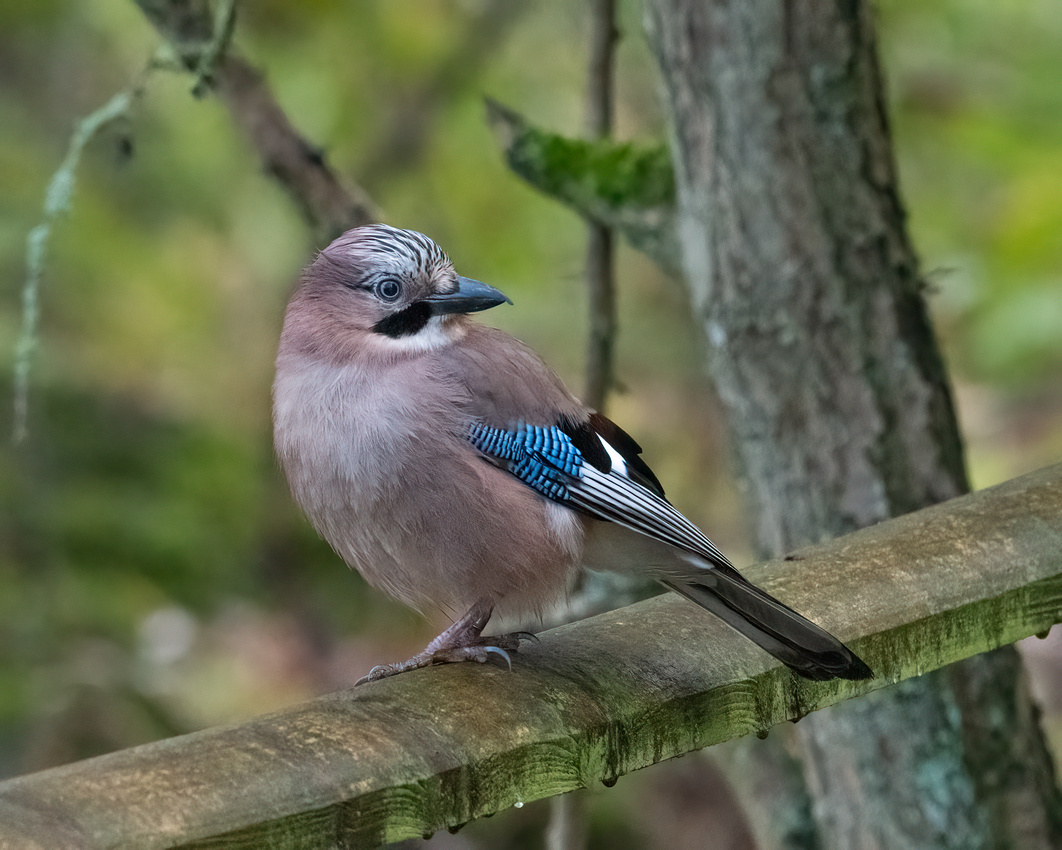 The UK's most colourful crow. A European Jay at Brandon marsh, Warks.
The UK's most colourful crow. A European Jay at Brandon marsh, Warks.
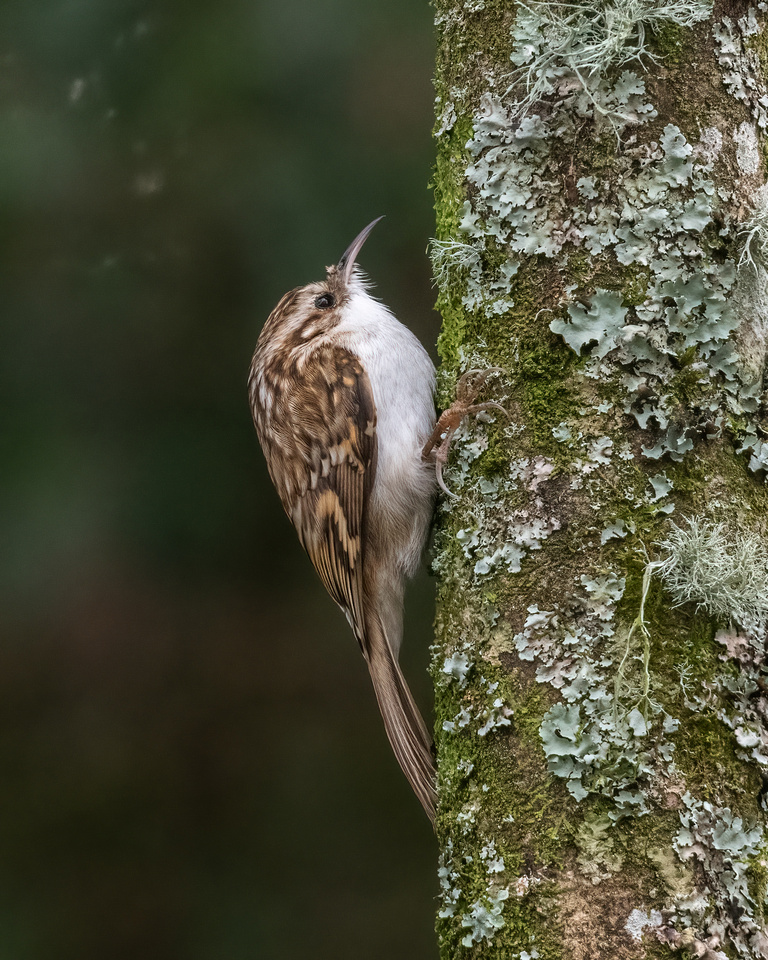
Seldom seen birds like this Treecreeper are easier to spot in Winter.
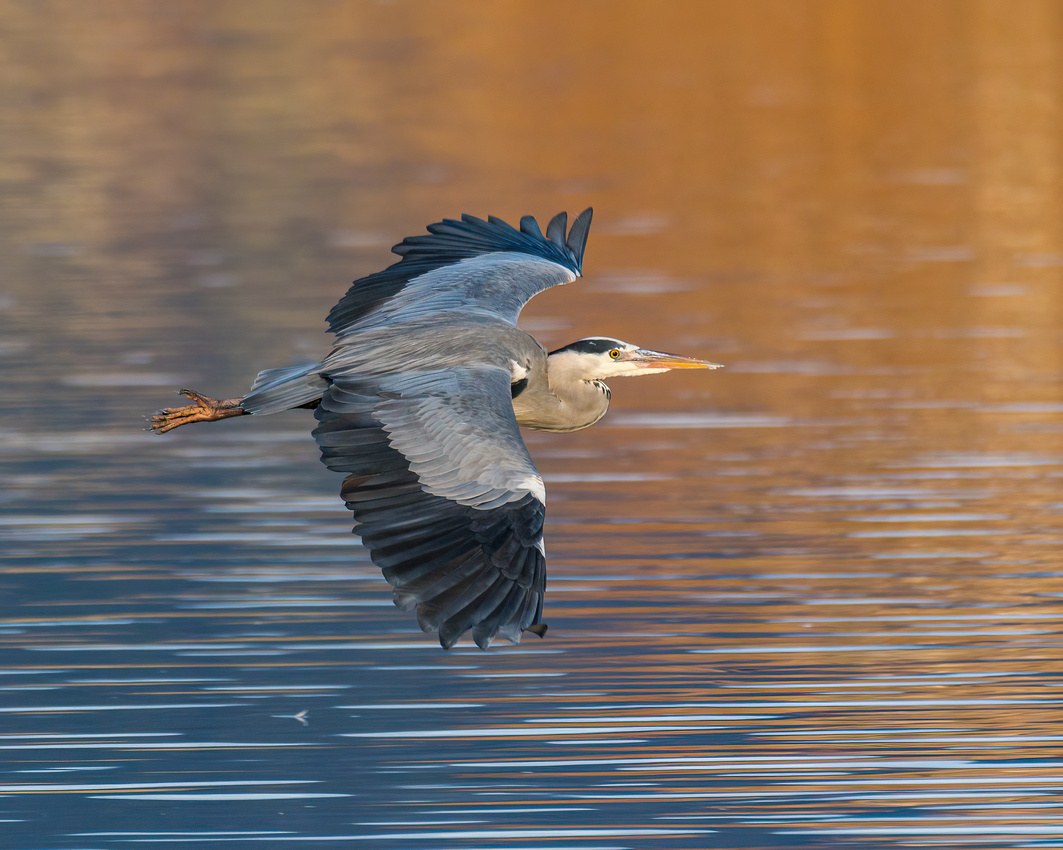 A Grey heron at Spade Oak near Marlow, Bucks.
A Grey heron at Spade Oak near Marlow, Bucks.
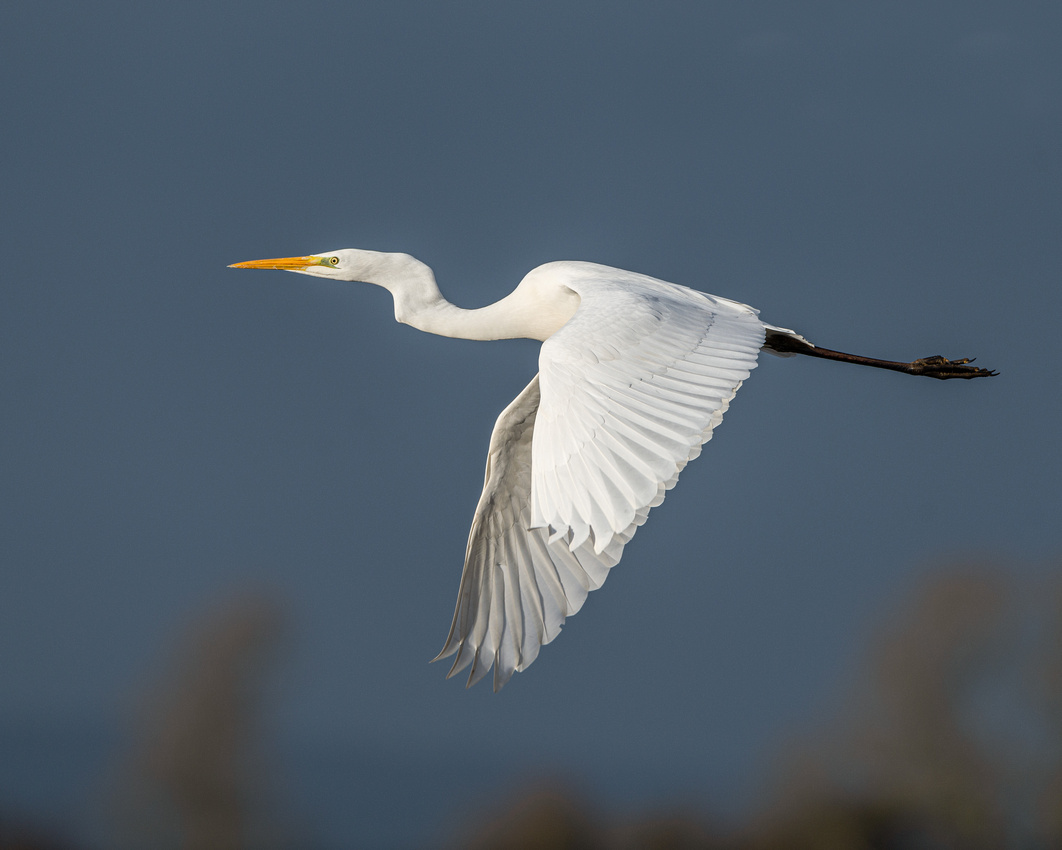 Great egret at WWT Slimbridge, Gloucs.
Great egret at WWT Slimbridge, Gloucs.
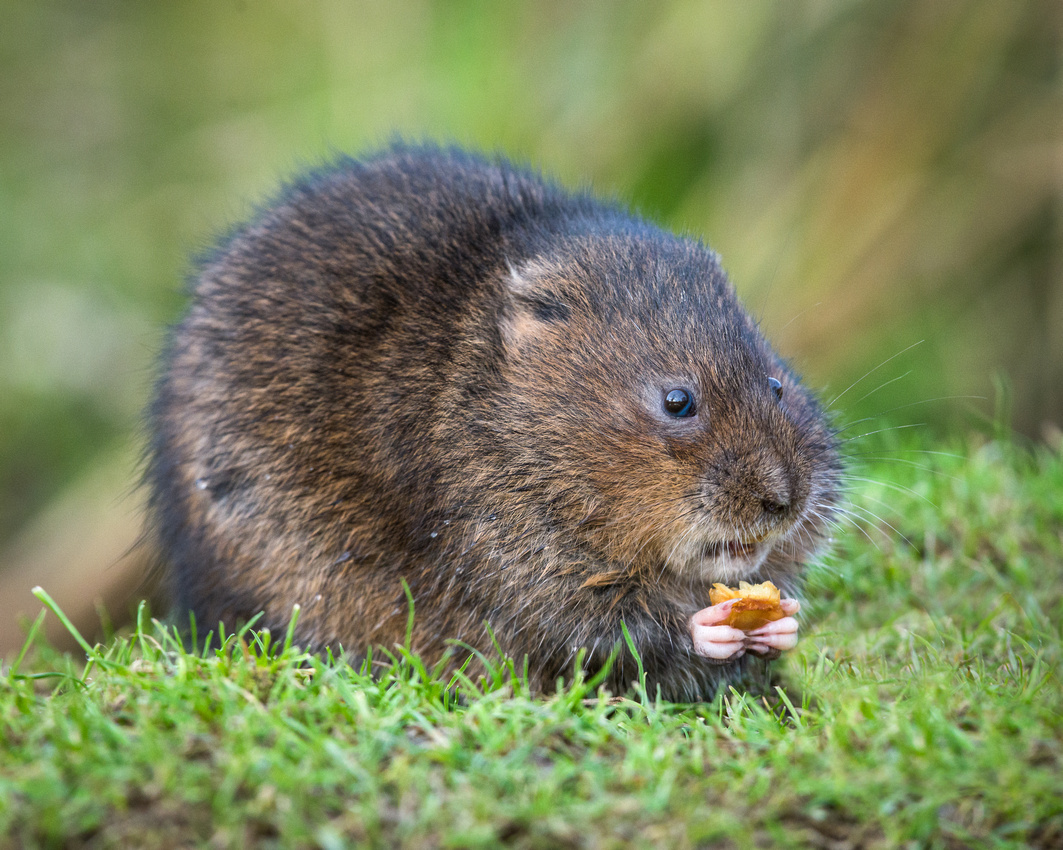 Water vole at the British wildlife centre, Surrey
Water vole at the British wildlife centre, Surrey
During 2022 I will hopefully spend some time in Scotland. I had a holiday booked there just before Covid started so I have been putting it off until things get back to normality. Also I would like to visit more locations on the East coast of the UK such as the Farne islands and of course several trips to the seabird mecca which is Bempton Cliffs. Hopefully other opportunities will arise during the year to try new locations. Also I have started to invest in mirrorless camera technology. The beauty of this set up is that the cameras are totally silent and incorporate new auto focus technology. Something I'm really looking forward to getting to grips with, so I will let you all know how I get on with the new set up.
Thank you all for reading my latest blog and thank you all for your support and kind comments.
Please continue to upload your photographs to my Photo's Page. There are some great photographs being posted.
Many more of my images can be viewed on my Instagram gallery page.
Thanks
Steve
Welcome to my review of 2021 and the highlights for me from my photographic escapades during the past year!
At the beginning of 2021 the UK was in lockdown. Only short essential journeys were allowed which had an impact on my photography. This meant I had to stay local which wasn't all bad. There are a few good reserves a few miles from my home so that was the plan. Stay local and explore the area on my doorstep. We did have a bit of snow which always make for interesting images. I spent a lot of time at the RSPB reserve Otmoor. This is a large wetland area East of Oxford. Farmoor and Tring reservoirs are also great wildlife havens local to me that I also visited.
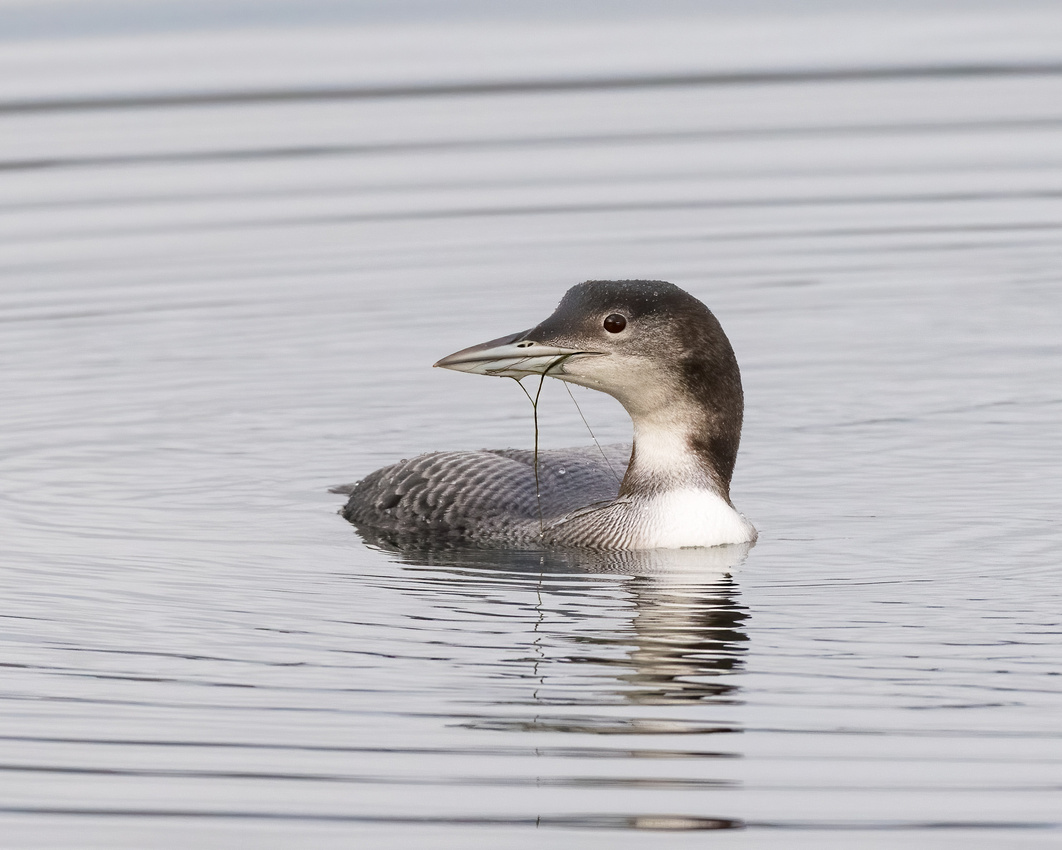 Great Northern diver spent most of the Winter on Farmoor reservoir, Oxon.
Great Northern diver spent most of the Winter on Farmoor reservoir, Oxon.
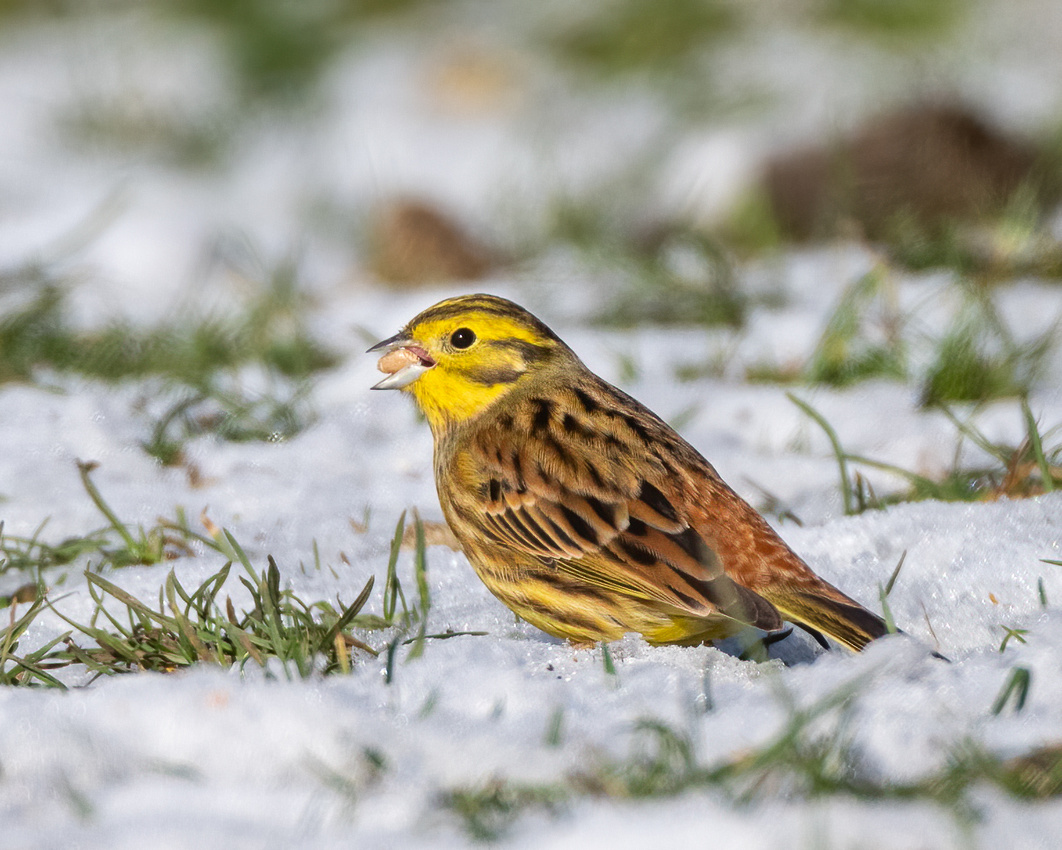 Yellowhammer in the snow, RSPB Otmoor.
Yellowhammer in the snow, RSPB Otmoor.
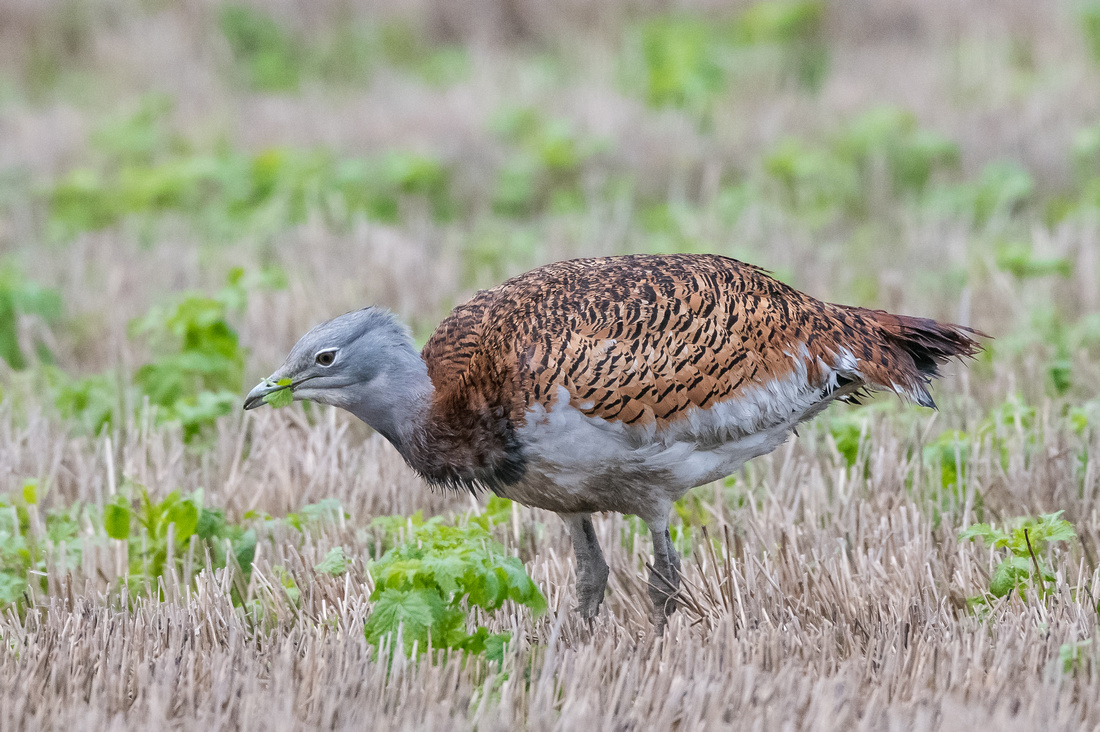 Great bustard. Another rare visitor to Oxfordshire.
Great bustard. Another rare visitor to Oxfordshire.
As Winter slowly turned into Spring the migratory birds were starting to arrive in the UK. The first arrivals are usually the sand martins, yellow wagtails then the cuckoos. This year I managed to get my best cuckoo photographs which even pushed my patience to the limit! Not easy to get close to but I was eventually rewarded for my efforts.
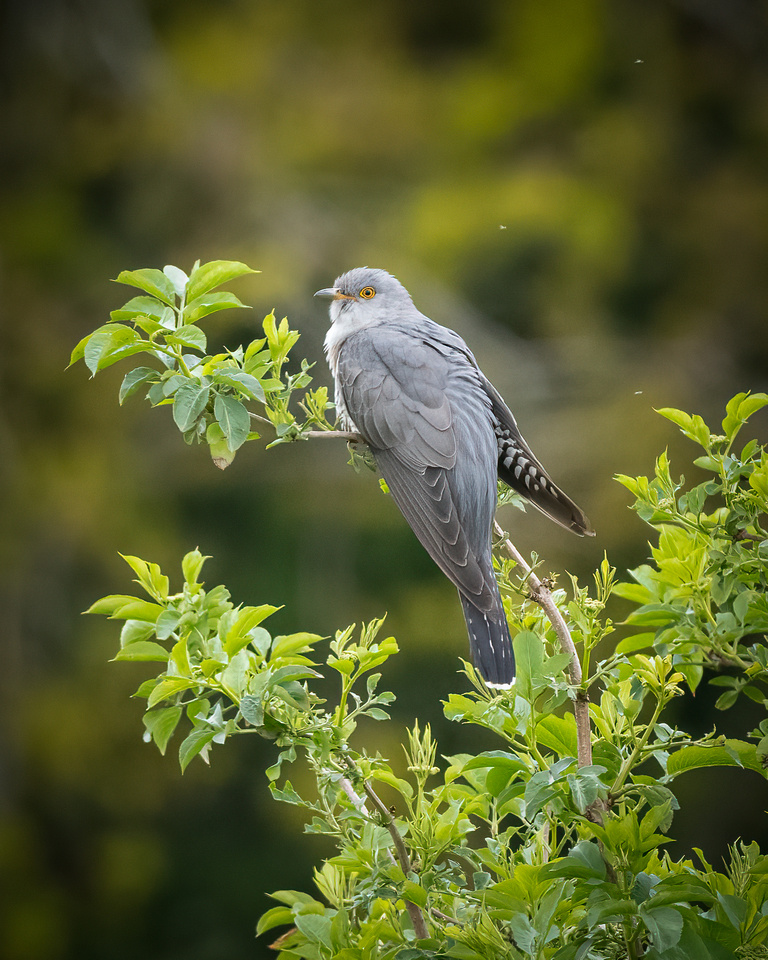
Cuckoo at Farmoor, Oxfordshire. One of my favourite images of 2021.
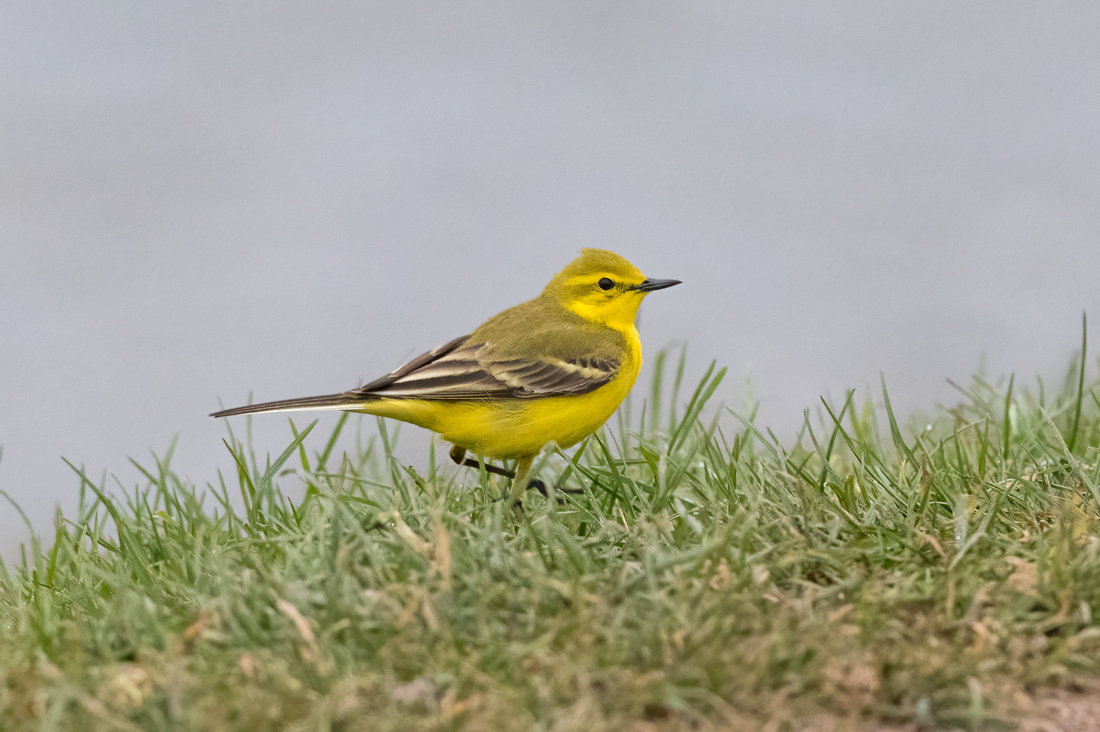 Yellow wagtails were in abundance at Tring reservoirs.
Yellow wagtails were in abundance at Tring reservoirs.
Eventually the lockdown rules began to ease so we could travel at our leisure. This new found freedom was hard to get used to again after months of lockdown. So I began travelling slightly further afield then I eventually braved the 4 hour drive to the East Yorkshire RSPB reserve of Bempton Cliffs. This is without a doubt my favourite place for wildlife. So much so I made three separate visits to this mecca for seabirds! Surprisingly the star of the first two visits were not the seabirds but the Barn owls! I see them a lot in Oxfordshire but not as close as these birds....and during the day! Normally dawn and dusk hunters!!
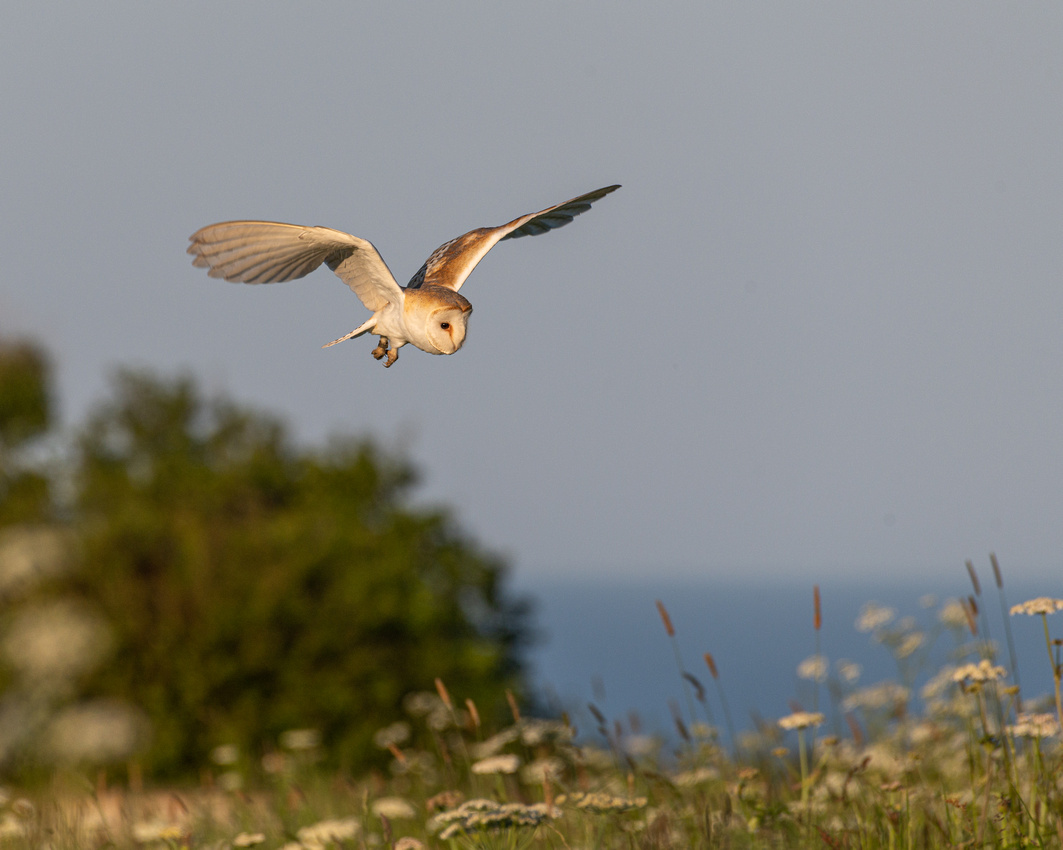 Hunting Barn owl at Bempton Cliffs, East Yorks.
Hunting Barn owl at Bempton Cliffs, East Yorks.
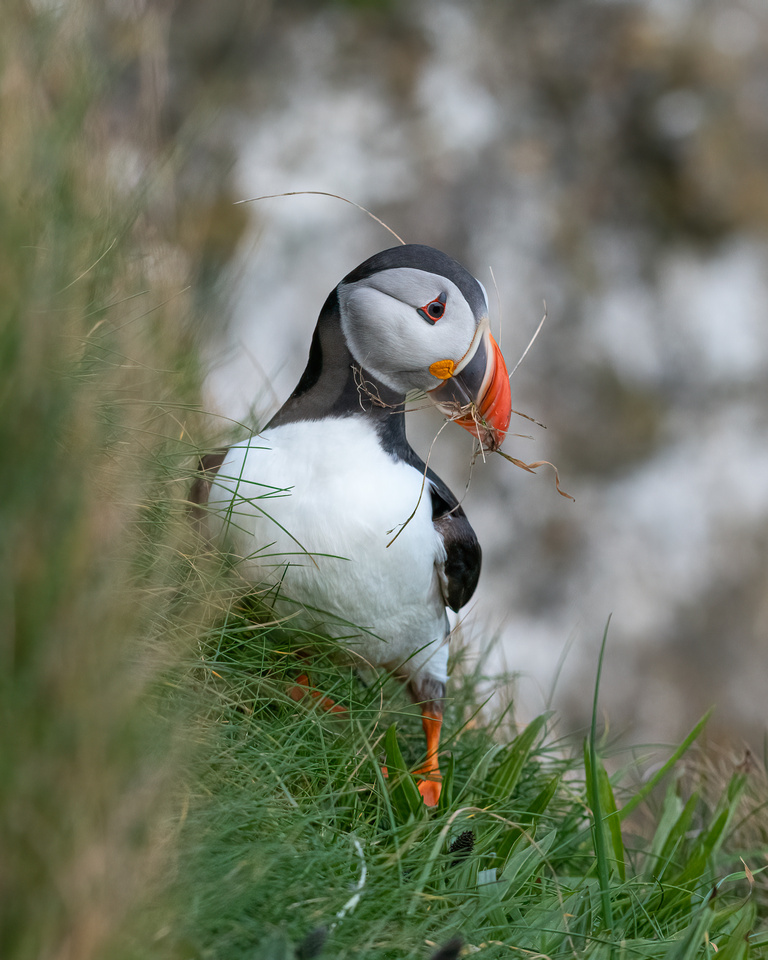
Puffin collecting nesting material at RSPB Bempton Cliffs.
The highlight of the last visit to Bempton was the RSPB Puffin cruise from Bridlington. Seeing the amazing 400 foot cliffs from the sea and being amongst the thousands of seabirds is an experience not to be missed. I'm already planning next years boat trips! The finale was the feeding of the gannets. Watching thousands of gannets diving into the sea like arrows was mind blowing. I nearly forgot to take photographs it was that spectacular!!
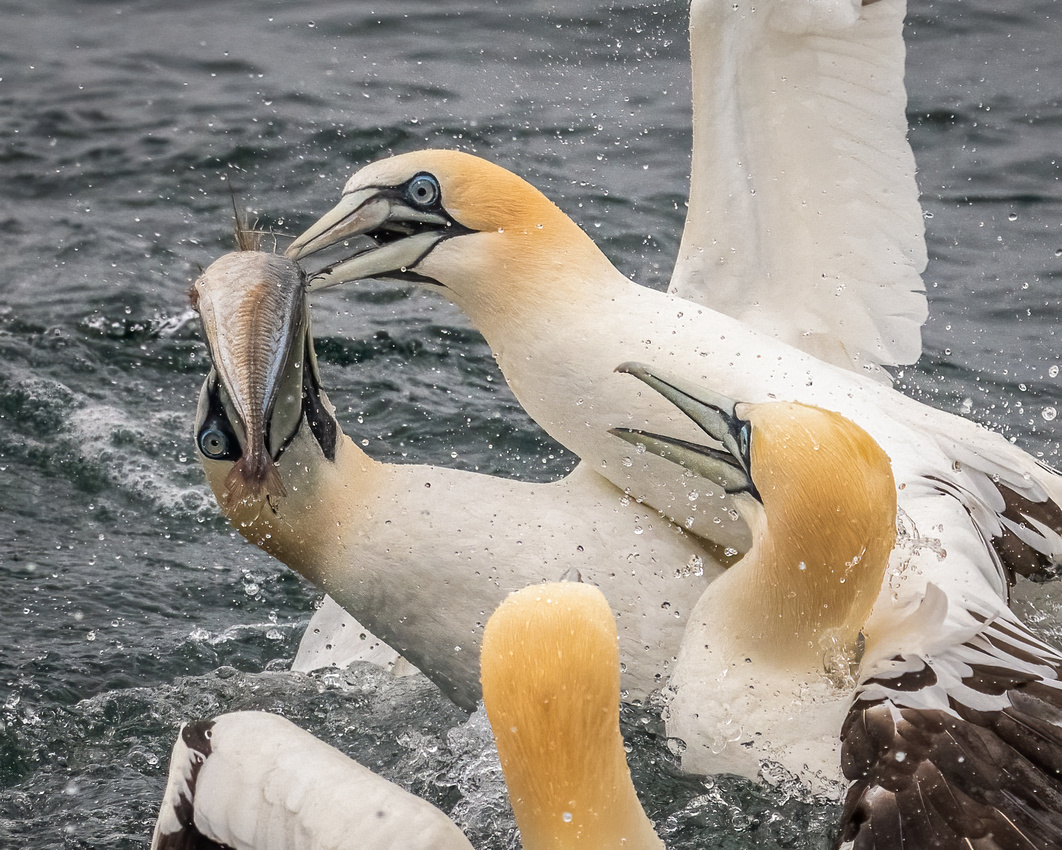 Feeding time for the gannets.
Feeding time for the gannets.
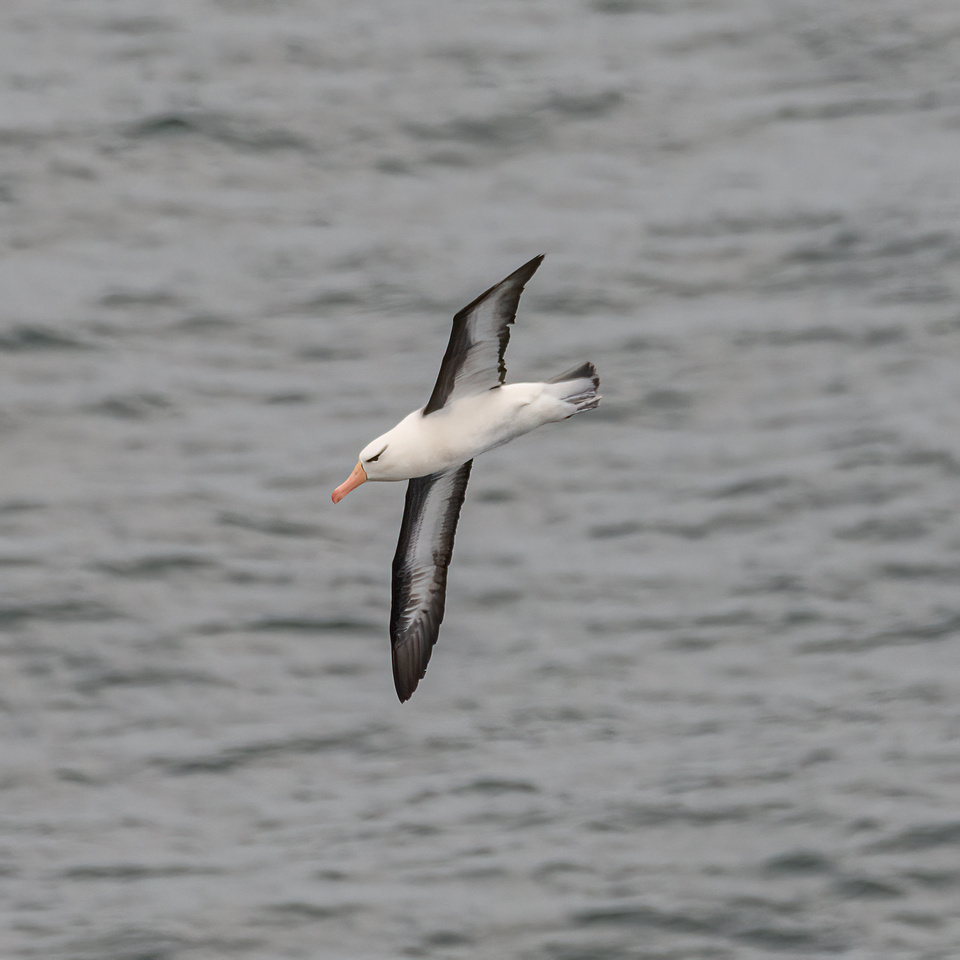 'Albie' the Black-browed albatross was a popular rare visitor to Bempton in 2021.
'Albie' the Black-browed albatross was a popular rare visitor to Bempton in 2021.
During early Summer I was invited down to Devon by my photography buddy Jodie. It was a great weekend in great company. The highlight was seeing the European beavers that have made the River Otter in South Devon their home.
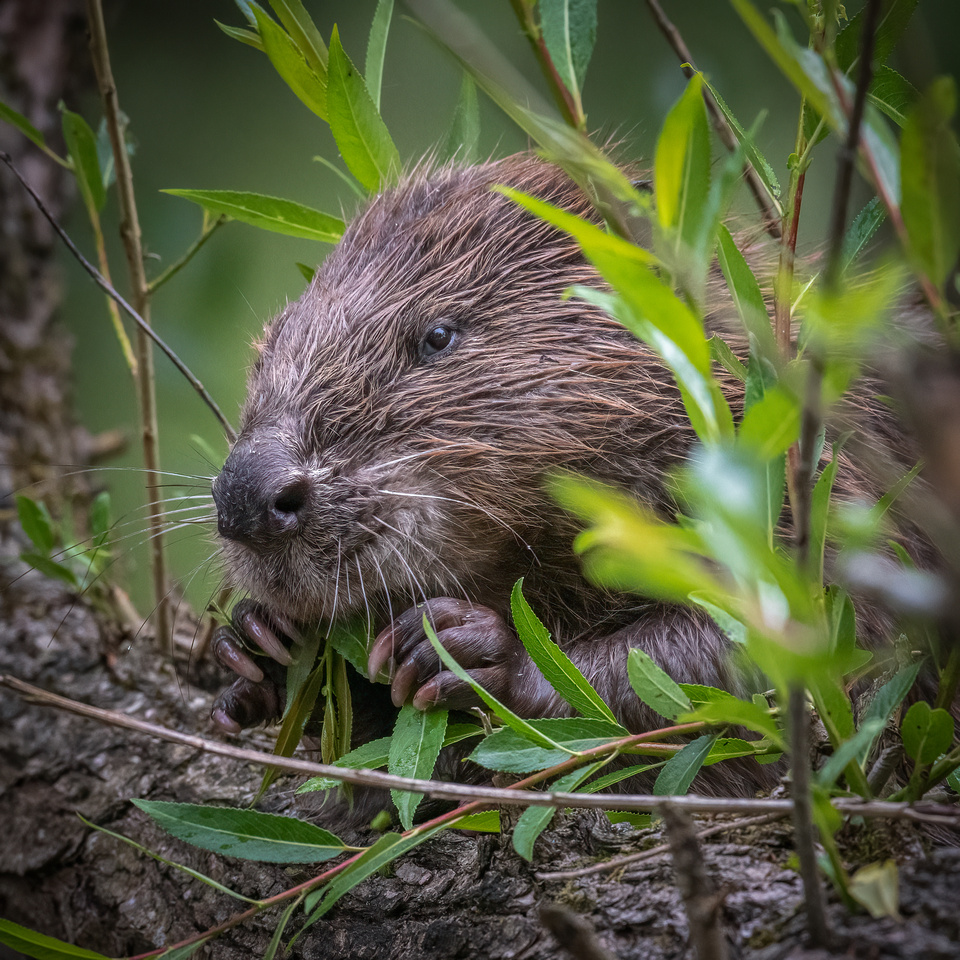 European Beaver from my visit to Devon.
European Beaver from my visit to Devon.
As Summer came to an end it was time for the annual deer rut. For the past few years I have photographed the 'rut' in the London deer parks of Richmond and Bushy. This year I wanted a change of scenery so I headed north to Leicestershire, home of Bradgate Park. My first visit was a bit damp to say the least but you can turn awful weather into atmospheric images with a bit of creativity. Wildlife don't mind the weather as they spend their whole lives in it! I made several visits to Bradgate which has hills, rocky outcrops, rivers, lakes and ancient woodland. Perfect habitat which makes for natural looking images. I'm going to be visiting the park at various times of the year to see how the place looks, especially with a bit of snow! Fingers crossed we get some more!!
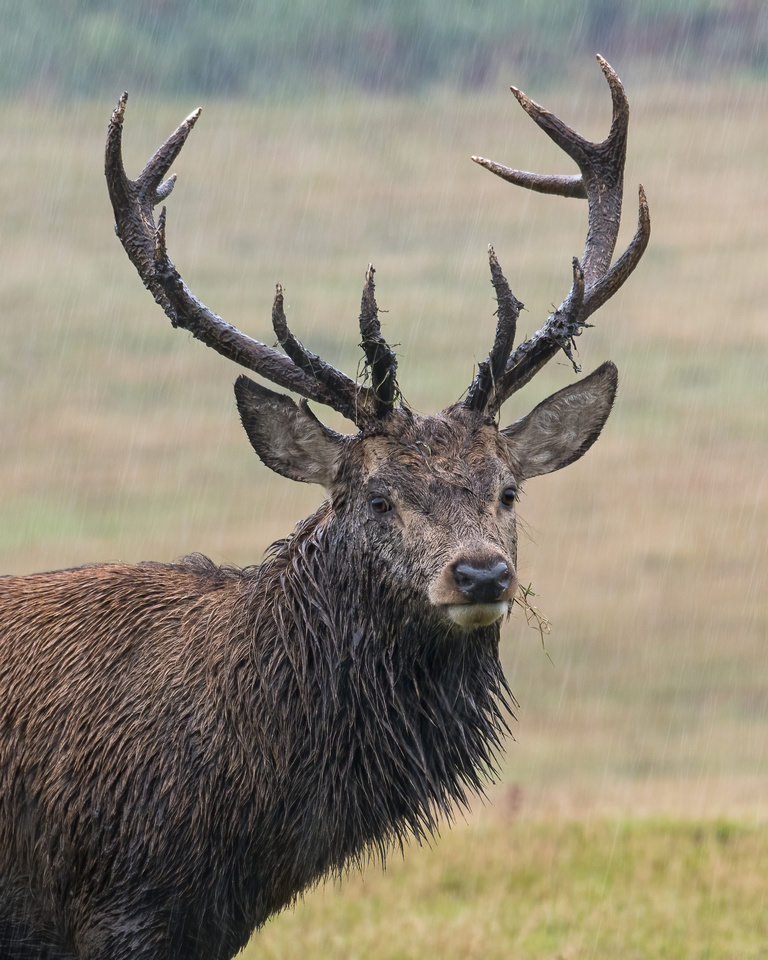
A rainy day in Bradgate Park, Leics.
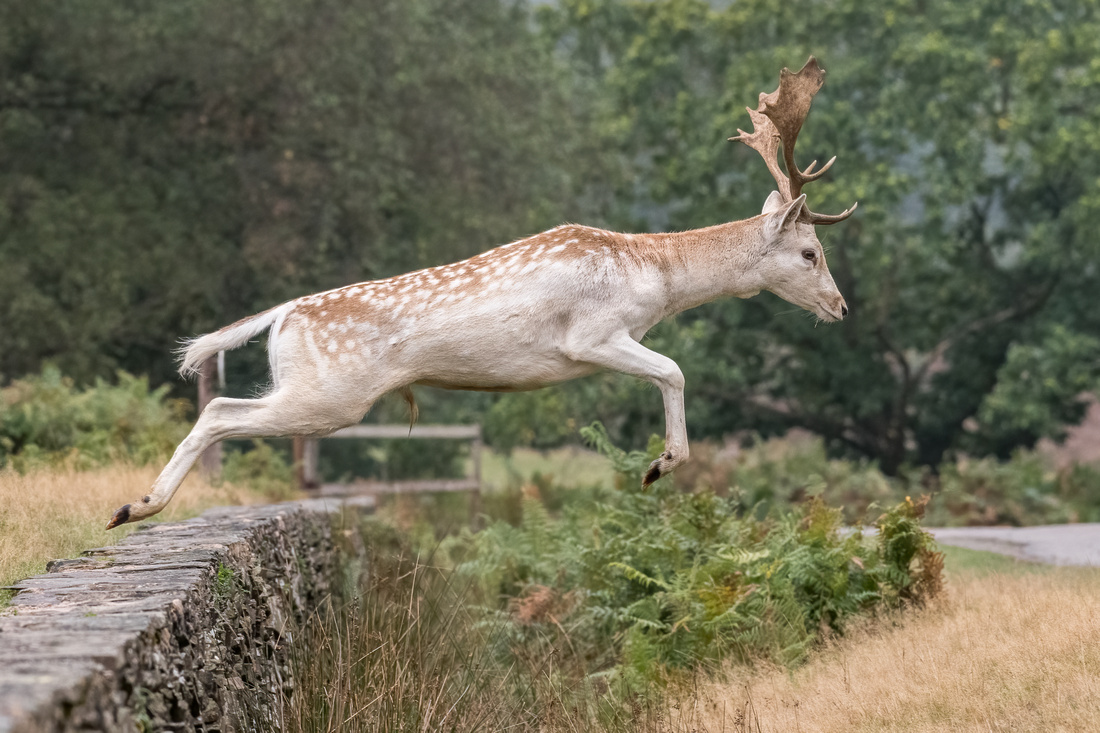 Fallow buck leaping over a wall. Bradgate park.
Fallow buck leaping over a wall. Bradgate park.
During Autumn the bird migration is in full swing with the Summer visitors heading back South. At this time it's worth checking local water sources as they will use these as stop off points on their long journey. There are quite a few reservoirs close my home and can attract the odd 'rarity'.
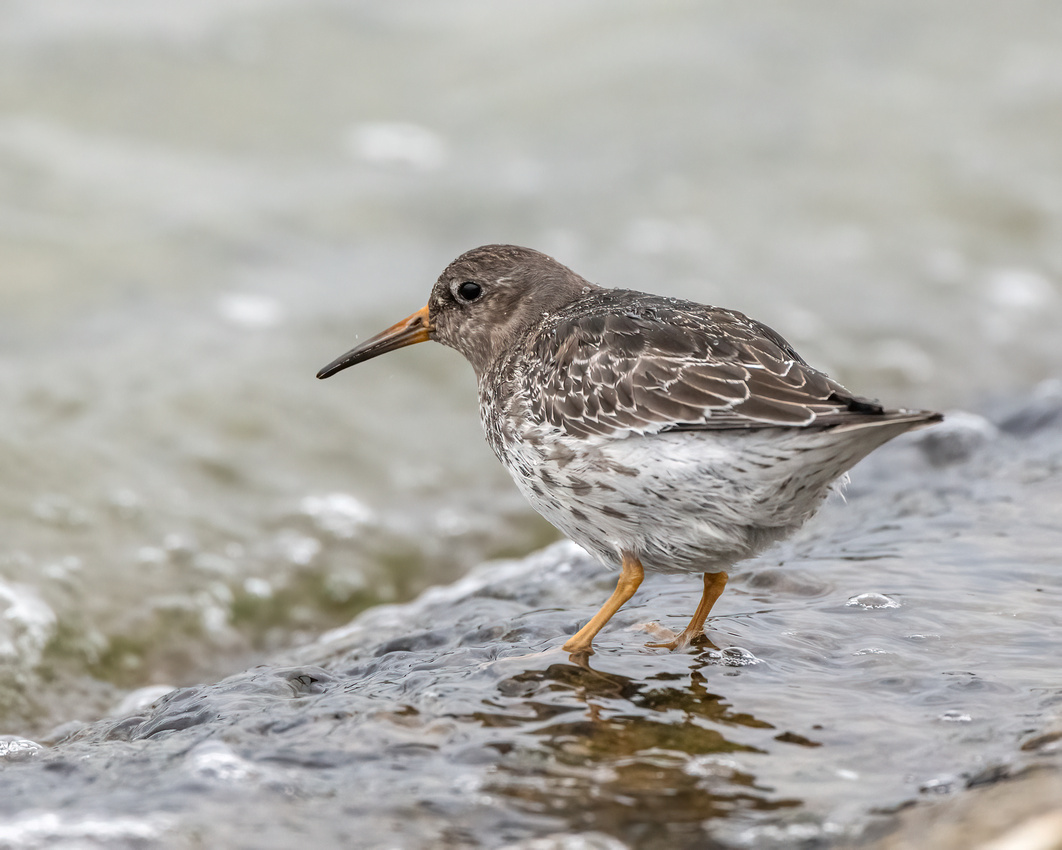 Purple sandpiper at Farmoor reservoir, Oxford. A rare visitor to Oxfordshire and I know it's not Purple!
Purple sandpiper at Farmoor reservoir, Oxford. A rare visitor to Oxfordshire and I know it's not Purple!
Autumn seemed very late this year. When the leaves did eventually begin to change I headed to a couple of locations where the Autumn colours can be spectacular. Bushy park in London is quite good if you can get the grazing deer to stand in front of a colourful autumnal background! Patience and more patience is the key!
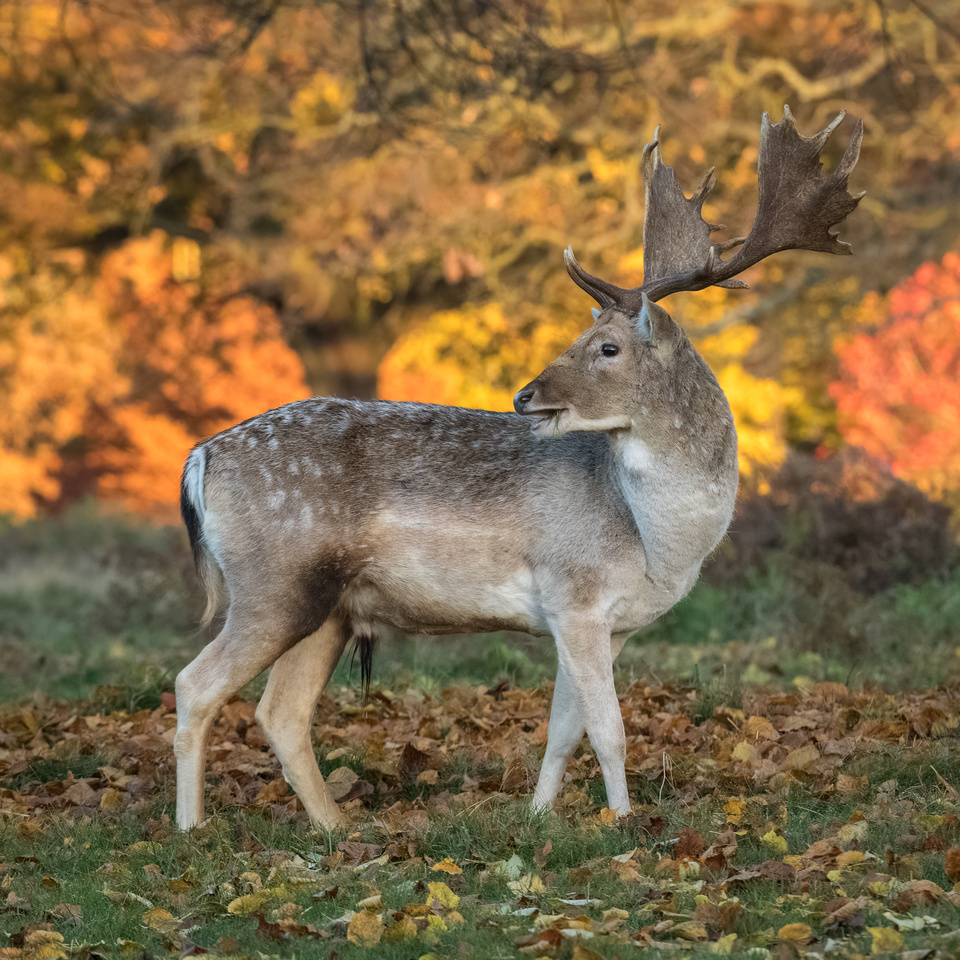 Fallow buck with an autumnal backdrop in Bushy park.
Fallow buck with an autumnal backdrop in Bushy park.
 Squirrels scampering in the leaf litter can make great seasonal images.
Squirrels scampering in the leaf litter can make great seasonal images.
The hawk conservancy trust in Hampshire is a place I visit at least once a month and even more so during the Autumn. Finding a good spot where the birds will hopefully fly in front of the colourful trees is the goal here. I have been visiting the centre for many years now so I've learnt where the best viewing points are. Get there early!!
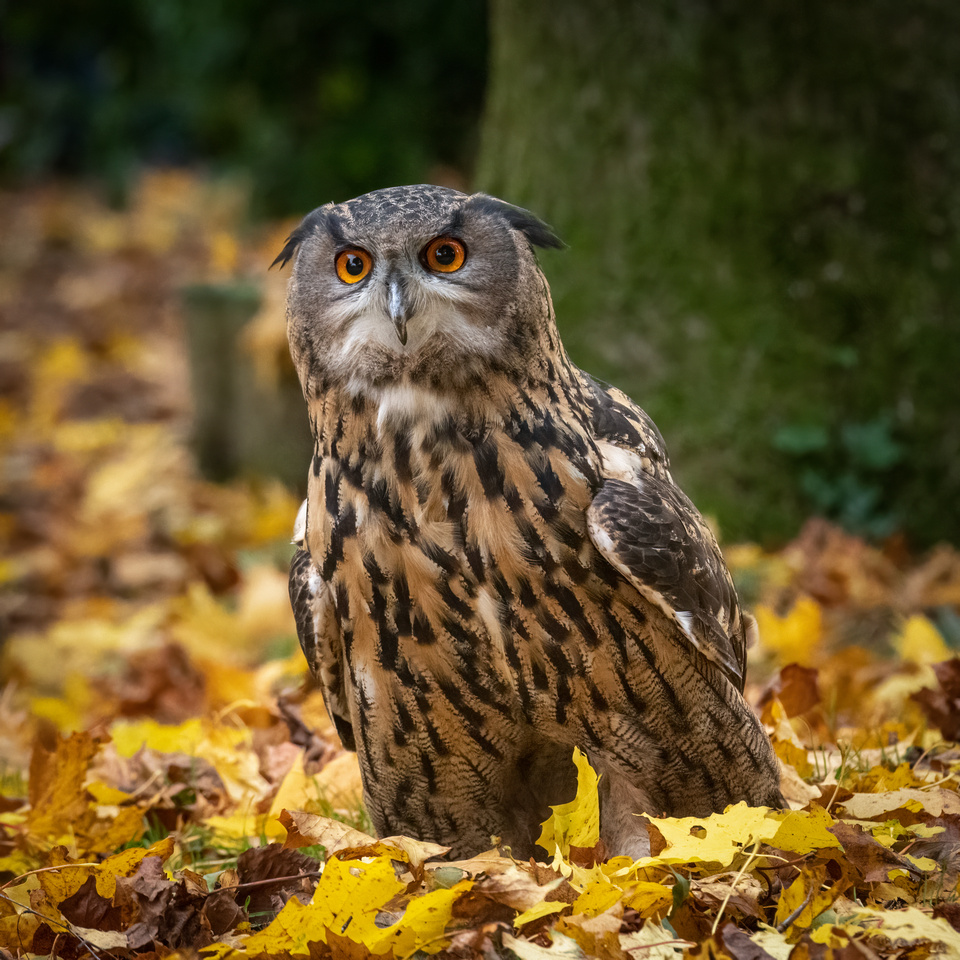 Eagle owl at the Hawk conservancy trust, Hampshire.
Eagle owl at the Hawk conservancy trust, Hampshire.
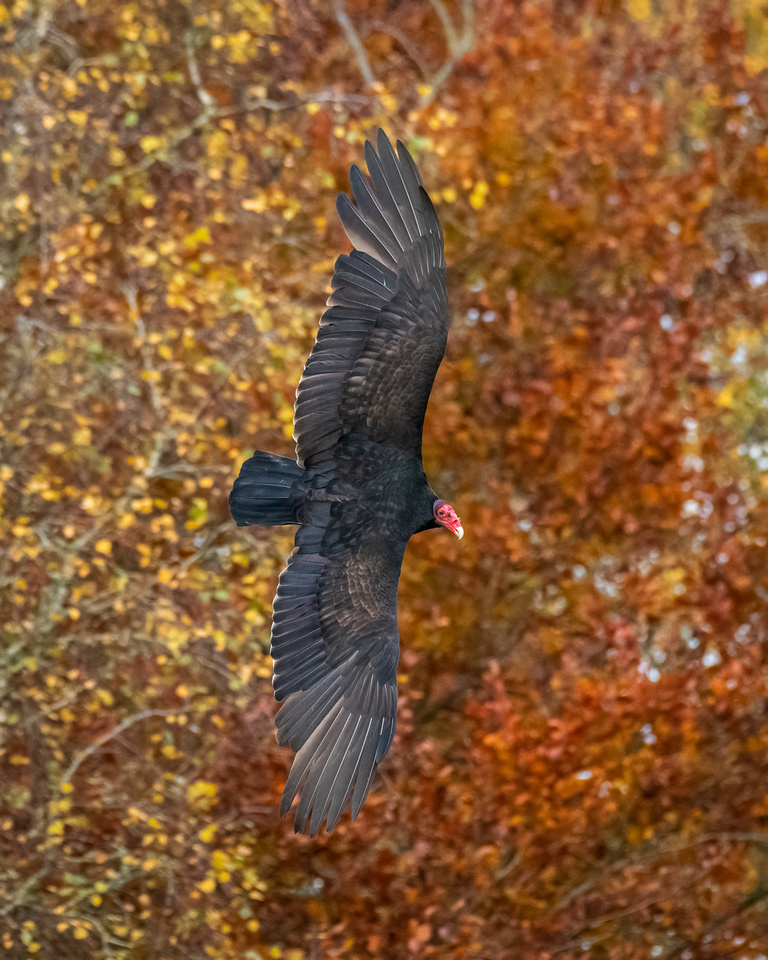
Vulture with an autumnal backdrop.
Now we are in the depths of Winter I spend more time visiting the wetland centres of London, Arundel & Slimbridge for my photography fix. These places attract the ducks, geese and swans in large numbers. They will spend the Winter here as their breeding grounds in the far Northern hemisphere will be frozen. Also the vegetation and leaves in the UK will have died back so the wildlife is easier to see! It must be very hard to survive in Winter with not much natural food around. Thankfully many of us now feed the birds in our gardens and the local parks.
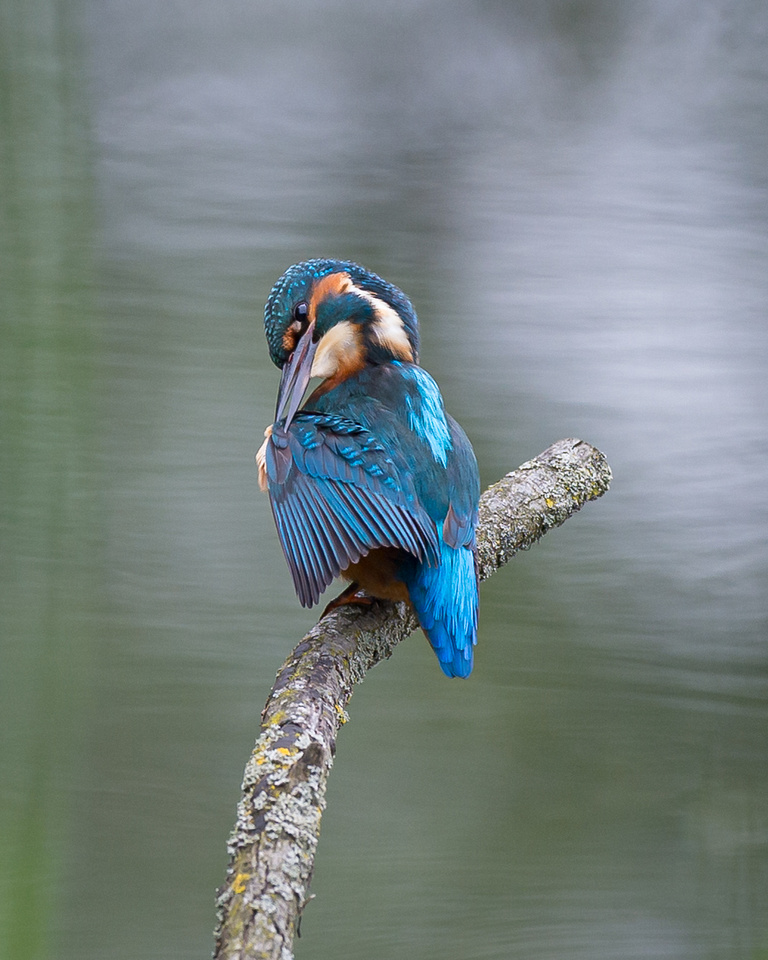
Kingfishers are easier to spot during the Winter months.
 Bewick's swans make the trip from Russia to the UK during Winter.
Bewick's swans make the trip from Russia to the UK during Winter.
Well this comes to the end of my 2021 highlights. I'm sure there are many more but I didn't want to turn this blog into a novel!
I hope you all enjoyed my 'year in a nutshell' and I hope you all have a great 2022.
Thank you all for your support and kind comments.
Please continue to upload your photographs to my Facebook Photo's Page. There are some great photographs being posted.
Many more of my images can be viewed on my Instagram or my Website Gallery.
Thanks
Steve
Welcome to another gripping episode of my photographic exploits over the past month.
In November I decided to concentrate on the Autumn colours which makes it one of the favourite seasons for many photographers.
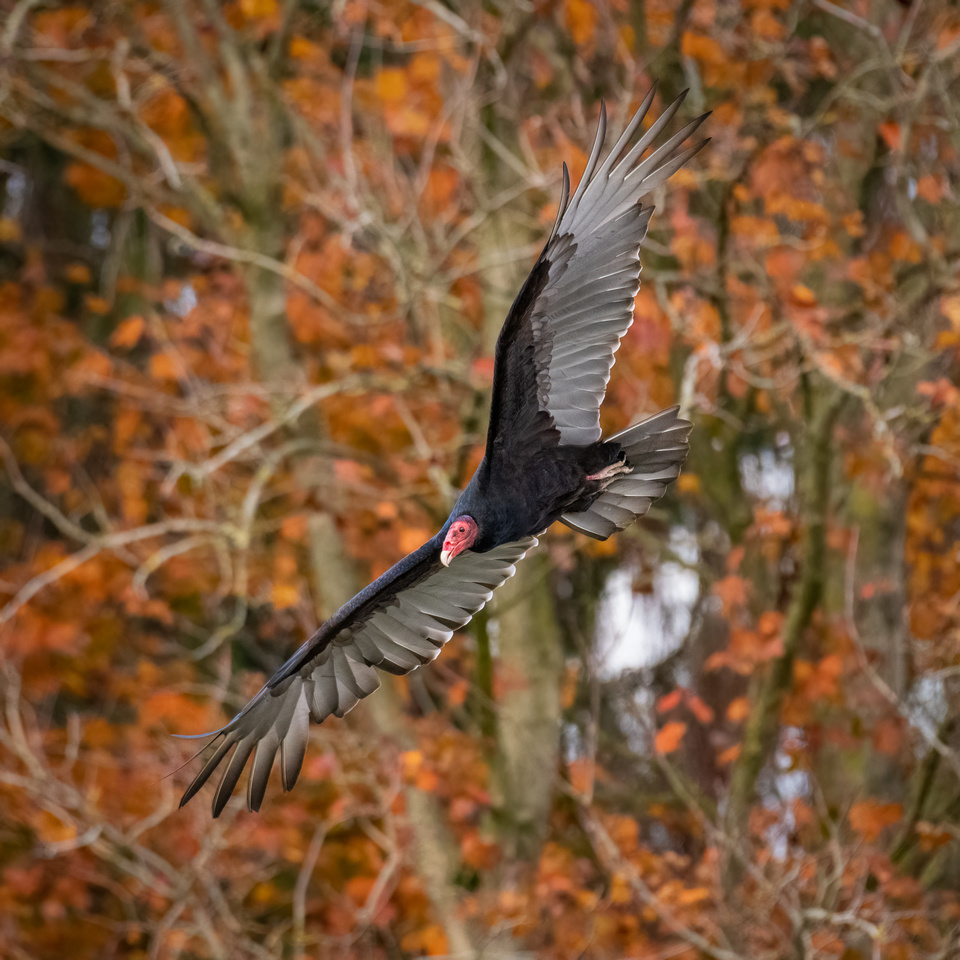 Turkey Vulture with a Autumnal backdrop. Hawk conservancy.
Turkey Vulture with a Autumnal backdrop. Hawk conservancy.
The flying displays at the Hawk conservancy in Hampshire are great in Autumn as the birds of prey often fly in front of the trees which give you a very colourful backdrop for your images.
 Eagle owl in the leaf litter.
Eagle owl in the leaf litter.
Any local park at this time of year can yield great seasonal images. Even taking shots of leaves by your feet can make great images. I tend to use my mobile phone as I don't like changing my lenses when I'm out and about.
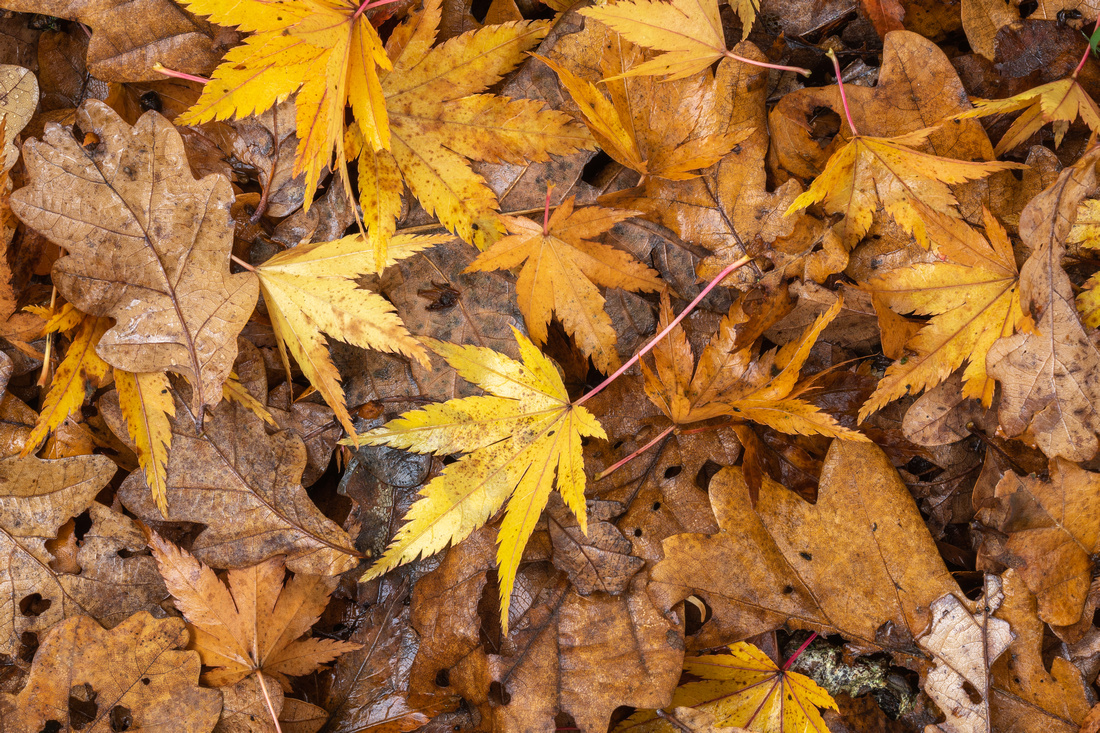 Fallen leaves after rainfall make good images. The rain makes them shine.
Fallen leaves after rainfall make good images. The rain makes them shine.
Bushy Park is a great place for wildlife and the colours of Autumn. With a bit of thought and planning you can combine the two to create great seasonal photos. There are plenty of deer there which don't move very fast. This time of year they will be feeding up after the rutting season so are very easy to photograph. Spend a bit of time looking for a good background close to grazing deer and more often than not they will move into 'shot'. If you stay still and quite in your chosen spot the animals will be less stressed and carry on with their business.
 Fallow buck in Bushy Park
Fallow buck in Bushy Park
Squirrels make good shots in the Autumn. At this time of year they are collecting and caching food for the Winter months. I know grey squirrels are not a native species to the UK and most people prefer the reds but they are here to stay. They still make great subjects to photograph!
 Grey squirrel foraging in the leaf litter.
Grey squirrel foraging in the leaf litter.
Capturing the Autumn colours reflected in water can be very rewarding too. Photographing ducks, geese or swans gliding across a pond with reflected colours can make great images. It works best when the water is calm and you take a low shooting position.
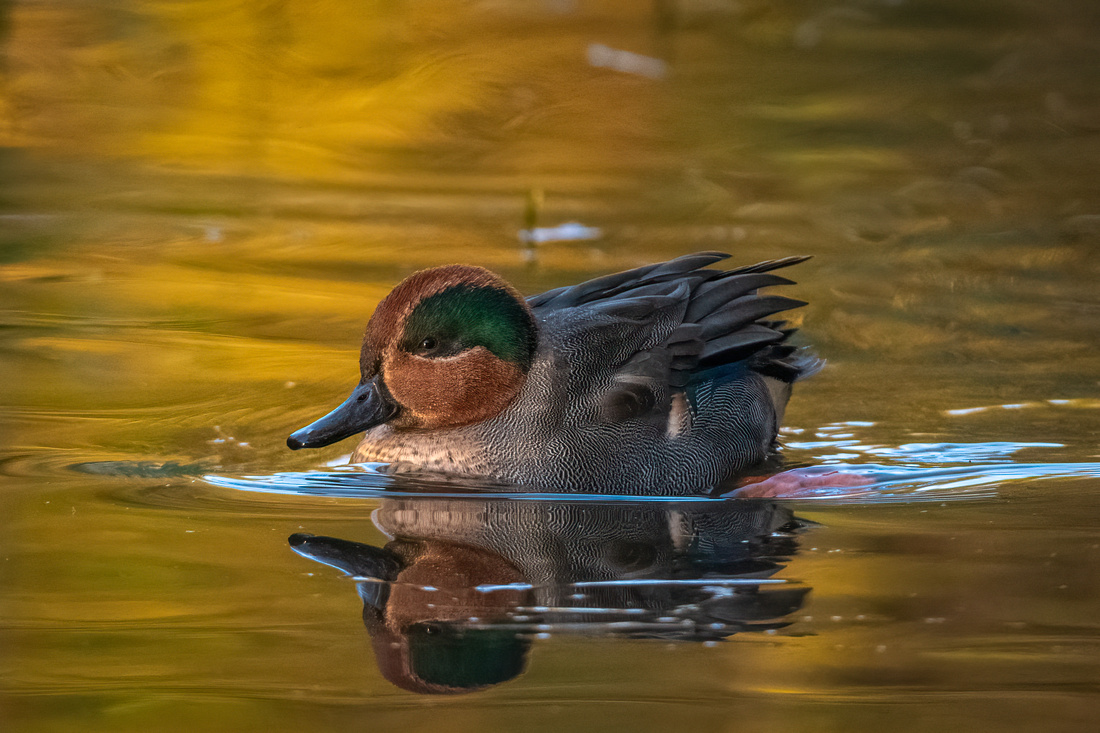 Teal duck with Autumn colours reflected. A low shooting position makes the subject more imposing in the frame.
Teal duck with Autumn colours reflected. A low shooting position makes the subject more imposing in the frame.
It's not just the colourful turning leaves that make interesting backgrounds. At this time of year there are plenty of berries which squirrels and birds will feast on. I'm afraid it's a case of finding a tree or bush full of berries and waiting for the wildlife to turn up!
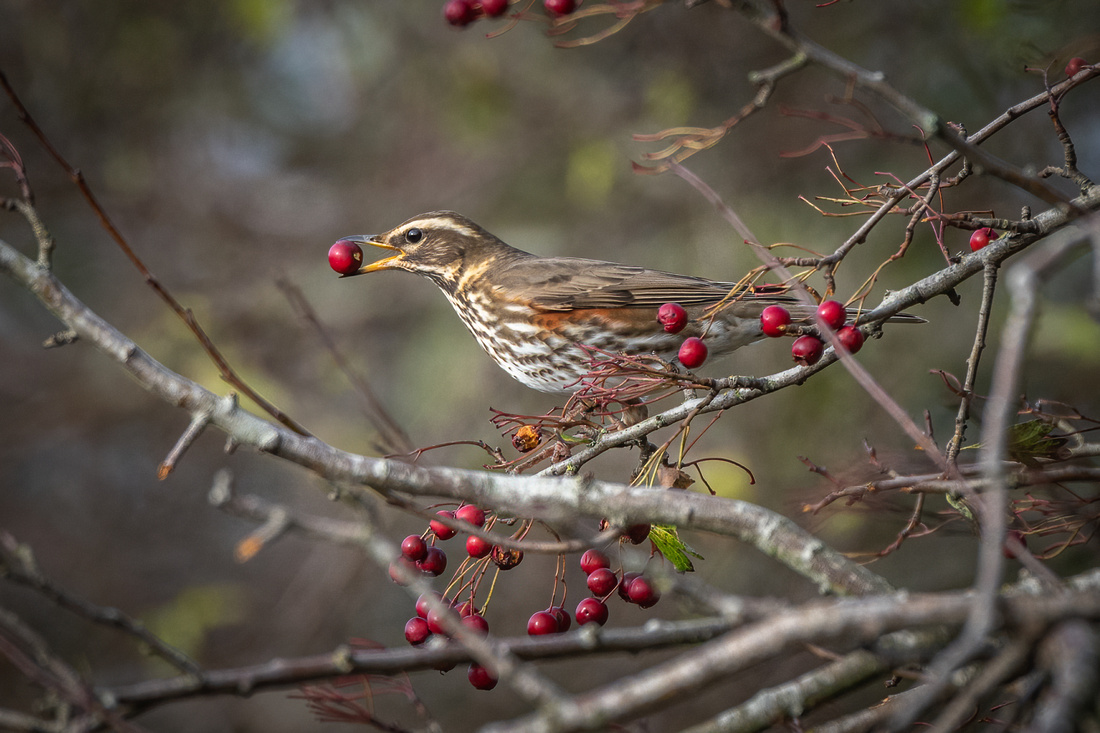 A Redwing feasting on Hawthorn berries.
A Redwing feasting on Hawthorn berries.
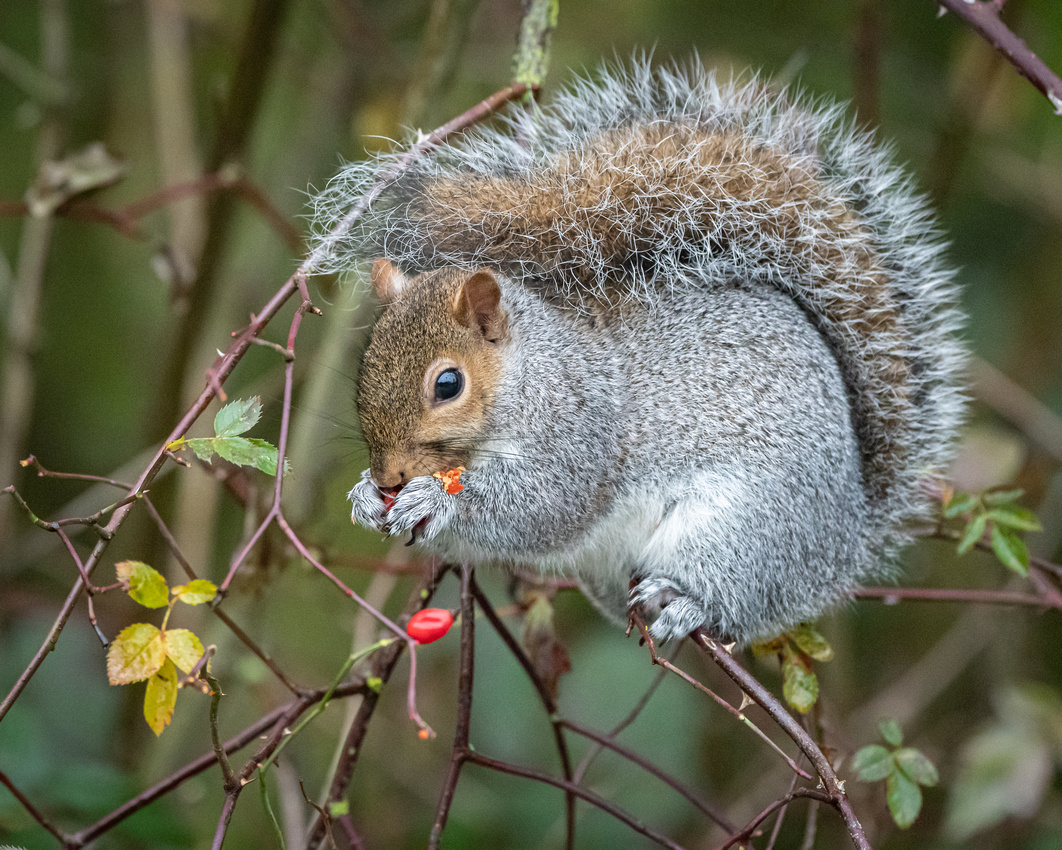 Grey squirrel dining on Rose hips.
Grey squirrel dining on Rose hips.
At this time of year it tends to rain a lot. Especially in the UK! Photographing wildlife in the rain with a slow shutter speed of around 1/160th of a second can make an interesting image. This low shutter speed gives the raindrops a 'streaking' effect. I use this for birds that are perching. Herons are ideal subjects as they will stay still for long periods looking for food.
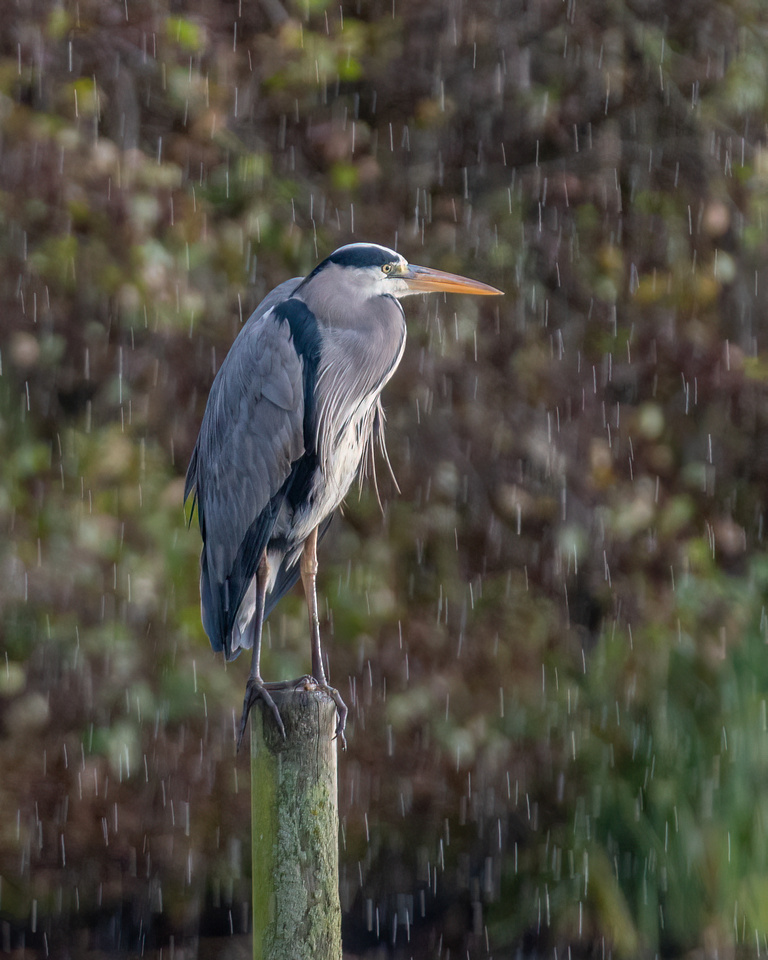
Grey heron in the rain. A slow shutter speed of 1/160 sec gave a 'streaking' rain effect.
At the end of December I will be publishing my review of the year blog. Something to look forward to as there will be nothing but repeats on TV over the Christmas period!
Thank you all for reading my latest blog and thank you all for your support and kind comments.
Please continue to upload your photographs to my Photo's Page. There are some great photographs being posted.
Many more of my images can be viewed on my Instagram gallery page.
Thanks
Steve
Hello and welcome to the October edition of my photographic exploits. I don't know about you guys but to me Autumn is a couple of weeks later than usual. This time last year we had frosty mornings and the leaves had already turned to the Autumn colours which make this time of the year one of the best for photography. Towards the end of October things are slowly starting happen. The unseasonal warm temperature has affected the annual deer rut. I visited Bradgate park in Leicestershire a few times and the deer spent most of the time sun-bathing!! It's been a strange year weather-wise so far.
Bradgate park has been on my 'bucket list' for a few years so this year was the year I was going to concentrate solely on to photograph the 'rut'. I normally visit the London royal parks but they are getting too busy and it is hard work trying to keep people out of shot! Bradgate park has both Red and Fallow deer in good numbers and is a very scenic and natural looking location for the deer. Lots of hiils, rocky outcrops, woodlands, ponds and rivers. There is also an abundance of birdlife and some great walks in mature oak woodland.
Perfect!
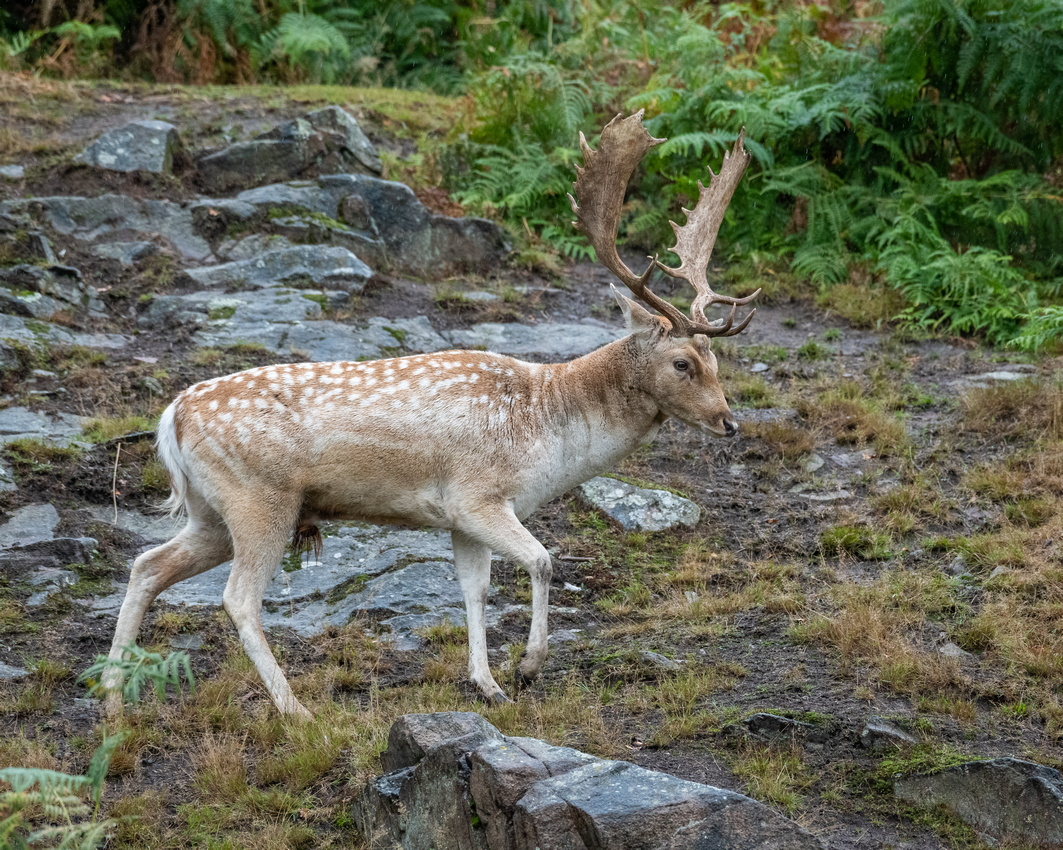 Fallow buck in Bradgate Park
Fallow buck in Bradgate Park
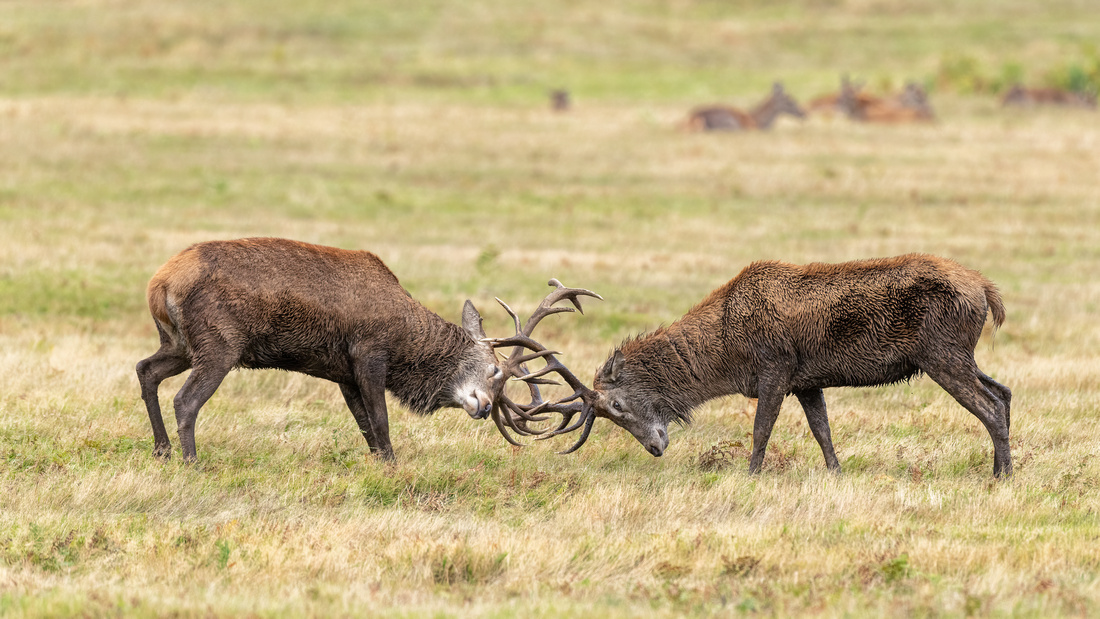 Sparring stags in Bradgate
Sparring stags in Bradgate
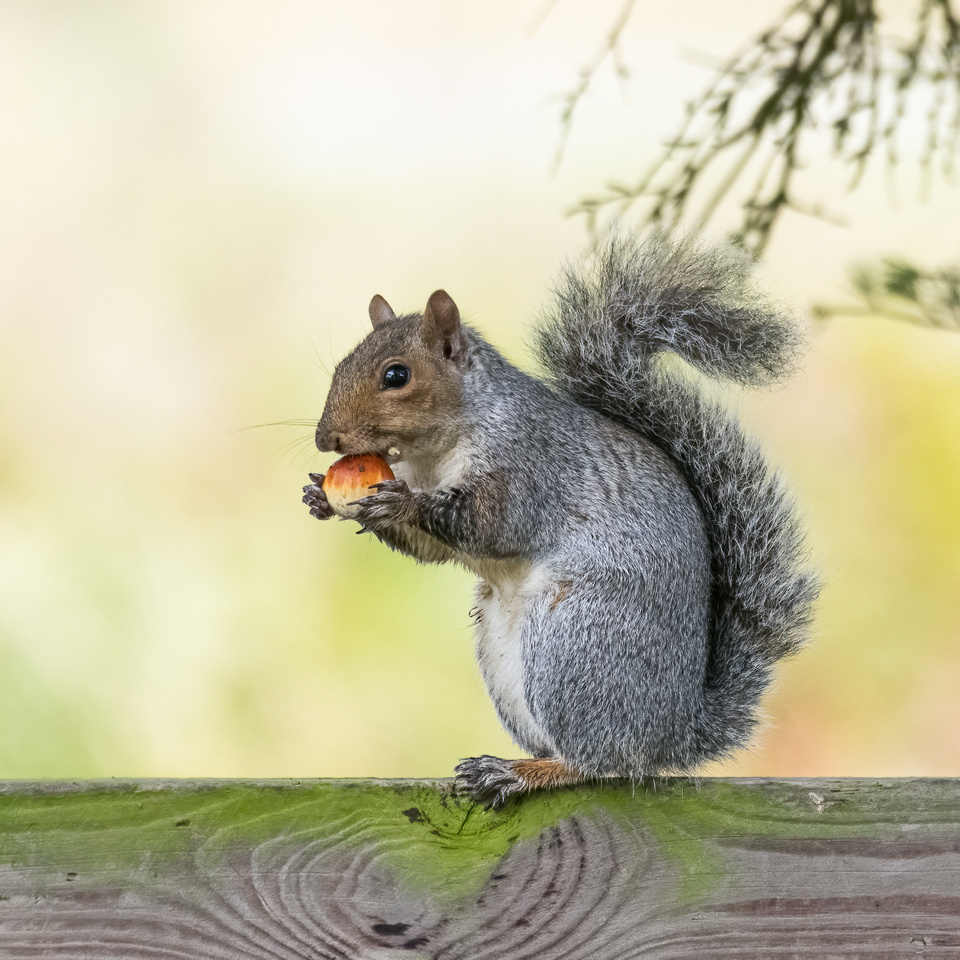 Other wildlife can be found in Bradgate such as this grey squirrel eating a sweet chestnut.
Other wildlife can be found in Bradgate such as this grey squirrel eating a sweet chestnut.
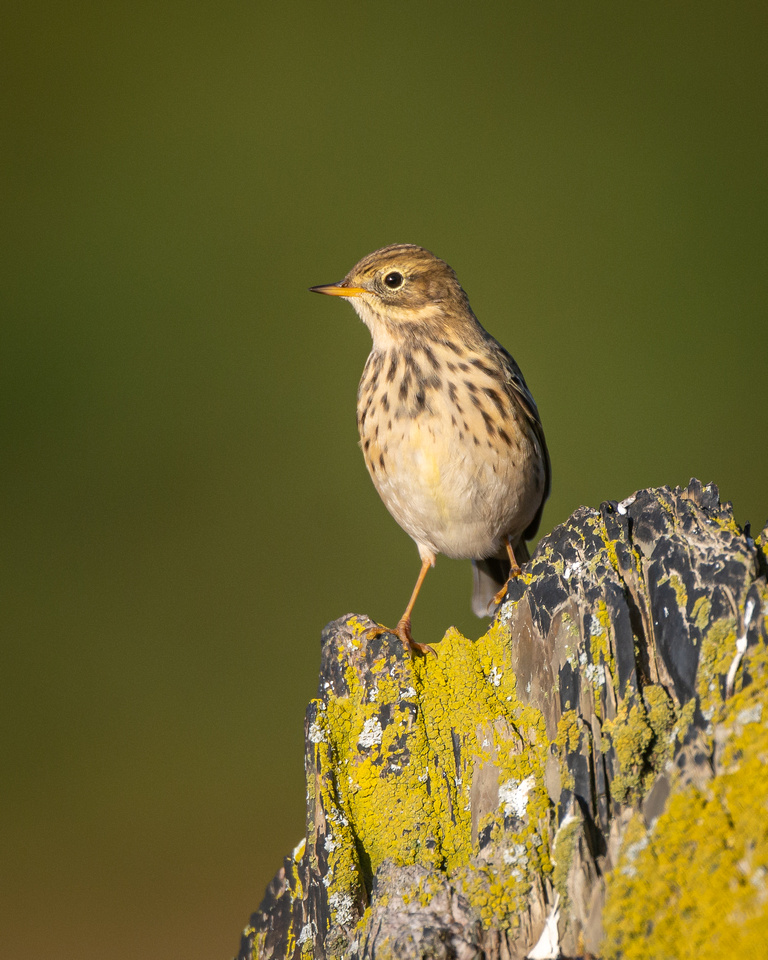
Meadow pipit perched on a rocky outcrop. Bradgate Park, Leicestershire.
After a few productive visits to Bradgate I got to know some good areas so I will visit the park at various times of the year and see how the various seasons affect the place. The Fallow deer are still 'rutting' (till mid November) so I will make another couple of trips and hopefully get some great behavioural images.
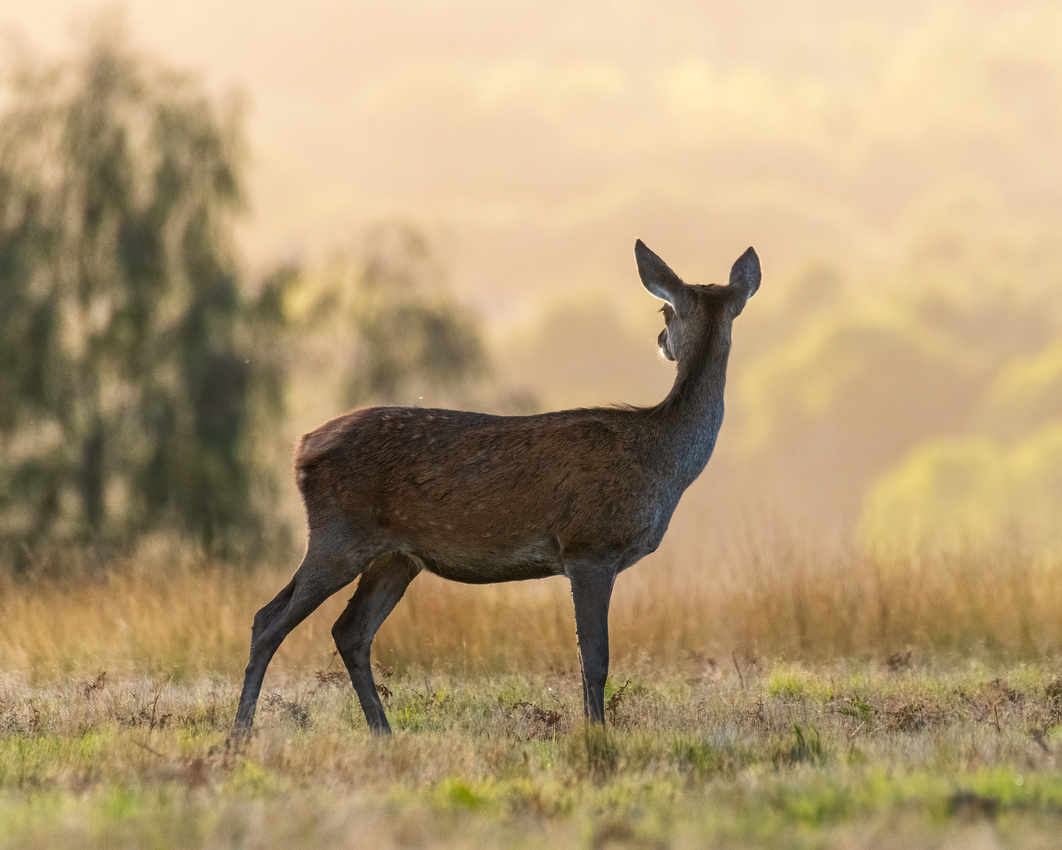 Red deer hind watching the setting sun in Bradgate Park.
Red deer hind watching the setting sun in Bradgate Park.
An event I look forward to in the Autumn is the Scramble at Bicester heritage in my home county of Oxfordshire. It's a classic car show with a few classic aircraft that fly in to the ex-RAF base. It's also a mecca for car photographers who like me, like to see the cars of yesteryear in period settings which in this case is an old air base. Many of the buildings are as they were during the wars and make great backdrops for classic cars.
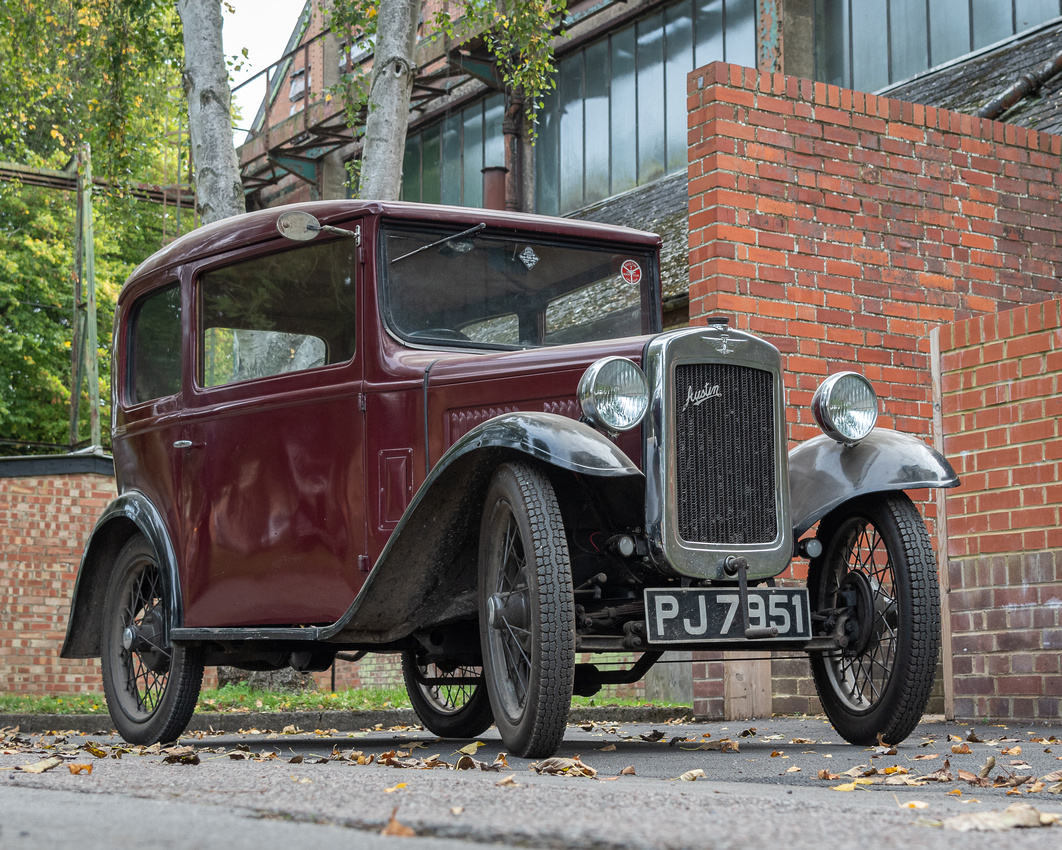 1932 Austin Seven at Bicester Heritage, Oxfordshire.
1932 Austin Seven at Bicester Heritage, Oxfordshire.

Classic Porsche 911
During October I made my monthly trip to the Hawk conservancy trust in Hampshire. I love the flying displays there but this time I wanted to concentrate on the owls. Owls are most peoples favourite bird so I wanted to get some flying owl images and on this visit the weather was ideal (not too bright with very little wind).
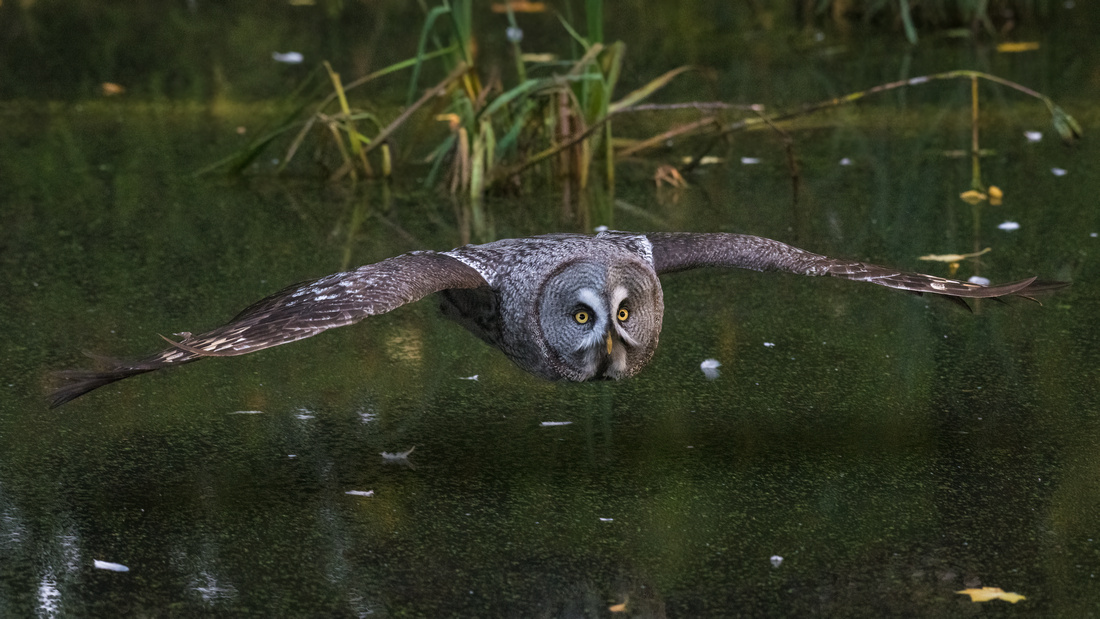 A Great grey owl gliding silently across a woodland pond at the Hawk conservancy.
A Great grey owl gliding silently across a woodland pond at the Hawk conservancy.
As you know I've made a few days trips to capture the red deer but there are a few not too far from my home. They are located in the Chiltern hills and when a good sunset is on the cards I venture up there to capture the deer silhouetted against the setting sun. The deer have to be in the right place which is not always the case! Also the setting sun has to create its magical coloured skies. I was rewarded with some great shots on one particular visit and saw a stunning red fox trot past close to the stags. Talk about right place at the right time which is what a lot of nature photography can be about. Many visits I come back with no worthwhile images but patience can pay dividends.
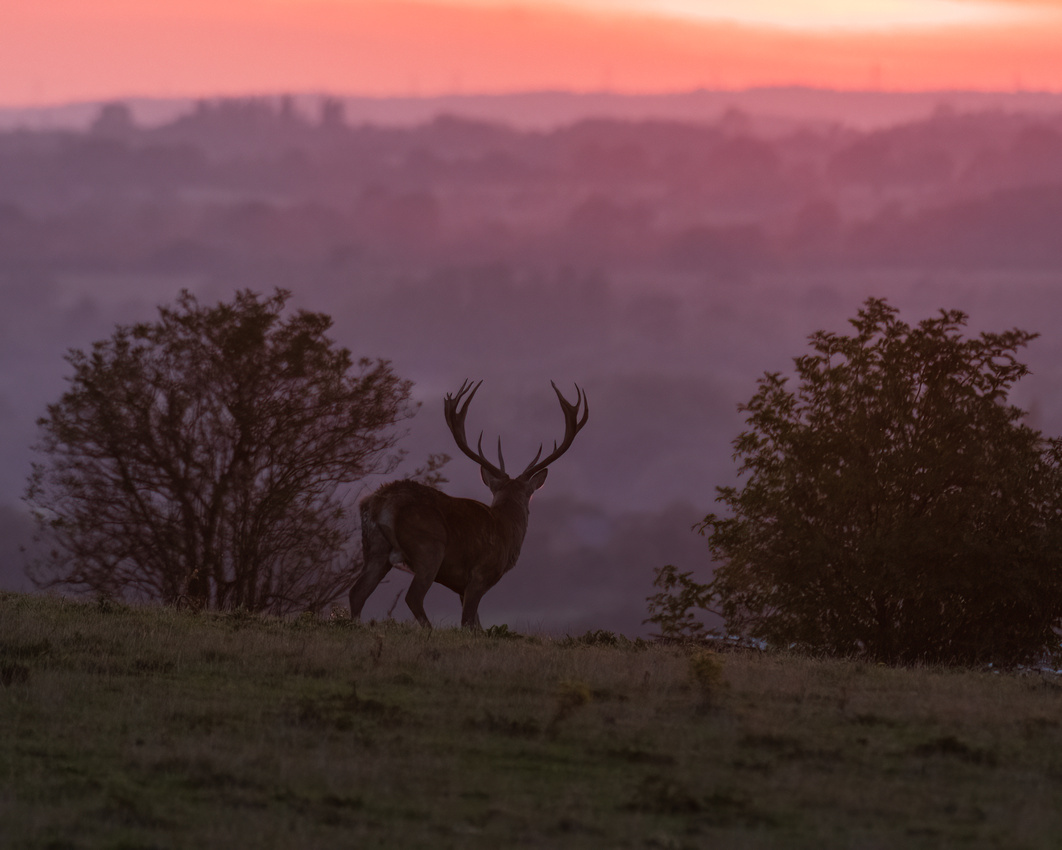 Red deer stag watching the setting sun from the Chiltern hills.
Red deer stag watching the setting sun from the Chiltern hills.
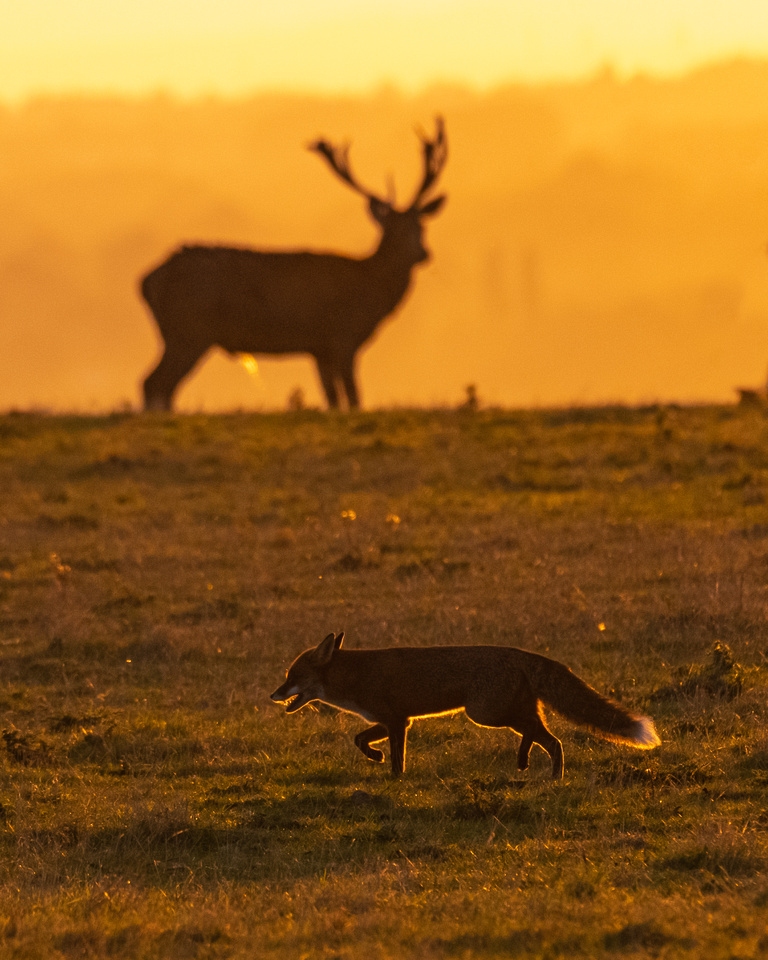
Red fox and stag silhouetted against the setting sun.
As Autumn is a bit late this year I haven't done much foraging for fungi. I made a quick visit to Warburg in South Oxfordshire and found a few decent specimens but we haven't had much rain. Fungi like damp, warm & dark conditions. Hopefully November will be more productive.
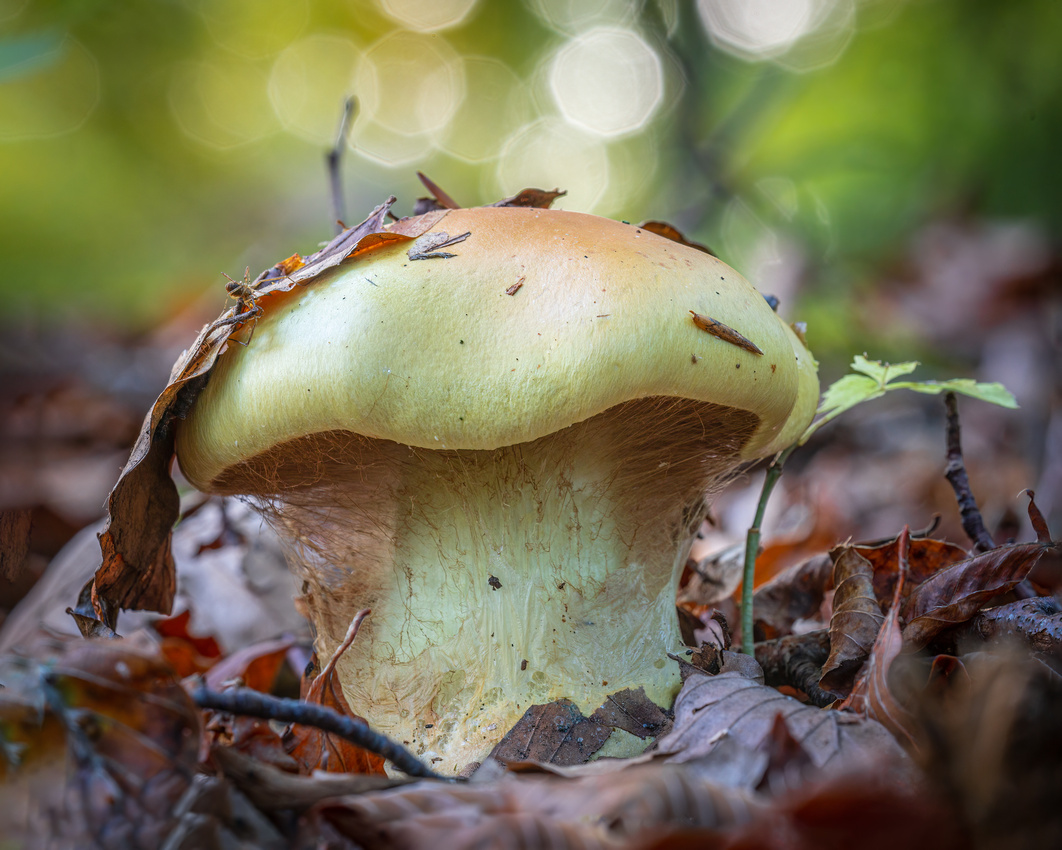 Lurid bolete in Warburg nature reserve, South Oxfordshire.
Lurid bolete in Warburg nature reserve, South Oxfordshire.
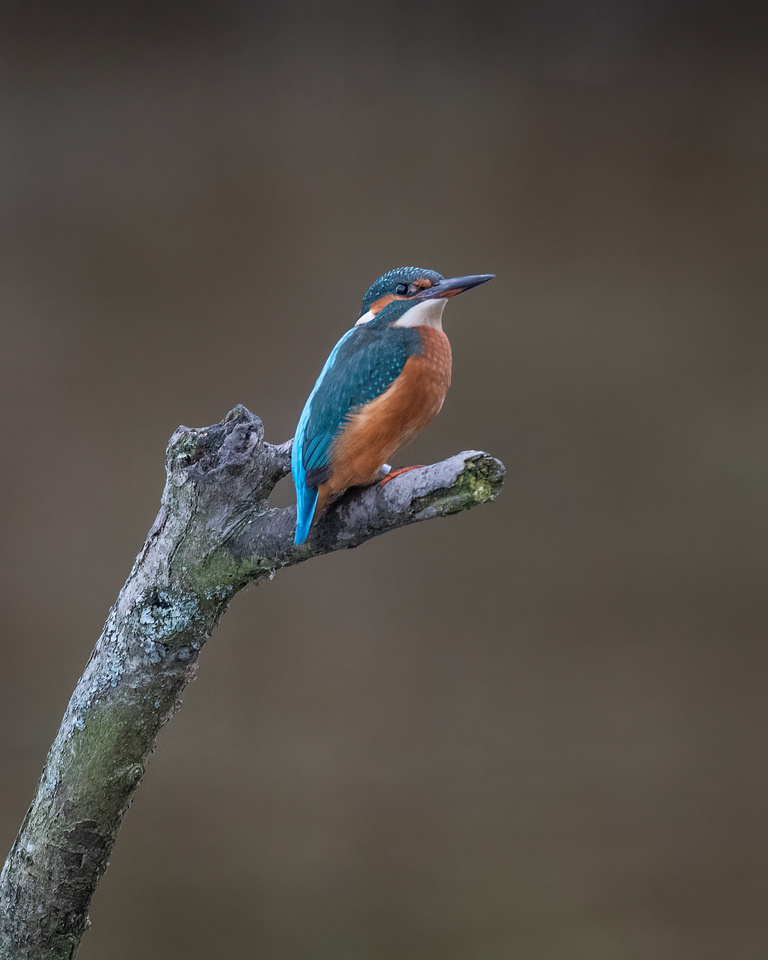
Kingfisher at Wilstone reservoir, Herts.
As for next month I don't have much planned. I was going to spend a few days in Norfolk but the day job keeps me very busy with only weekends free at the moment. I plan on visiting local woodland for my fungi fix and a couple of return trips to Bradgate. I am waiting for some frosty/misty mornings which can add a bit of atmosphere to your nature images.
Thank you all for reading my latest blog and thank you all for your support and kind comments.
Please continue to upload your photographs to my Photo's Page. There are some great photographs being posted.
Many more of my images can be viewed on my Instagram gallery page.
Thanks
Steve
Welcome to the September edition of my photographic exploits.
It was a very busy month with numerous visits to my local reserves of RSPB Otmoor and Farmoor reservoir trying to catch the various migrating birds that stop over on their way back South for the Winter. Also I made three visits to Santa Pod Raceway which were the final events of 2021 for me. Roll on 2022 when things hopefully will be back to normal!!
 Drag racing at Santa Pod Raceway
Drag racing at Santa Pod Raceway
 Purple sandpiper. A rare migrant which stopped off at Farmoor reservoir, Oxfordshire.
Purple sandpiper. A rare migrant which stopped off at Farmoor reservoir, Oxfordshire.
During September we have witnessed some great sunsets here in Oxfordshire. I'm not a big fan of landscape photography so I try and find some willing wildlife that will pose for me at sunrise/sunset! The herons at Farmoor are ideal and their silhouette is easily recognisable.
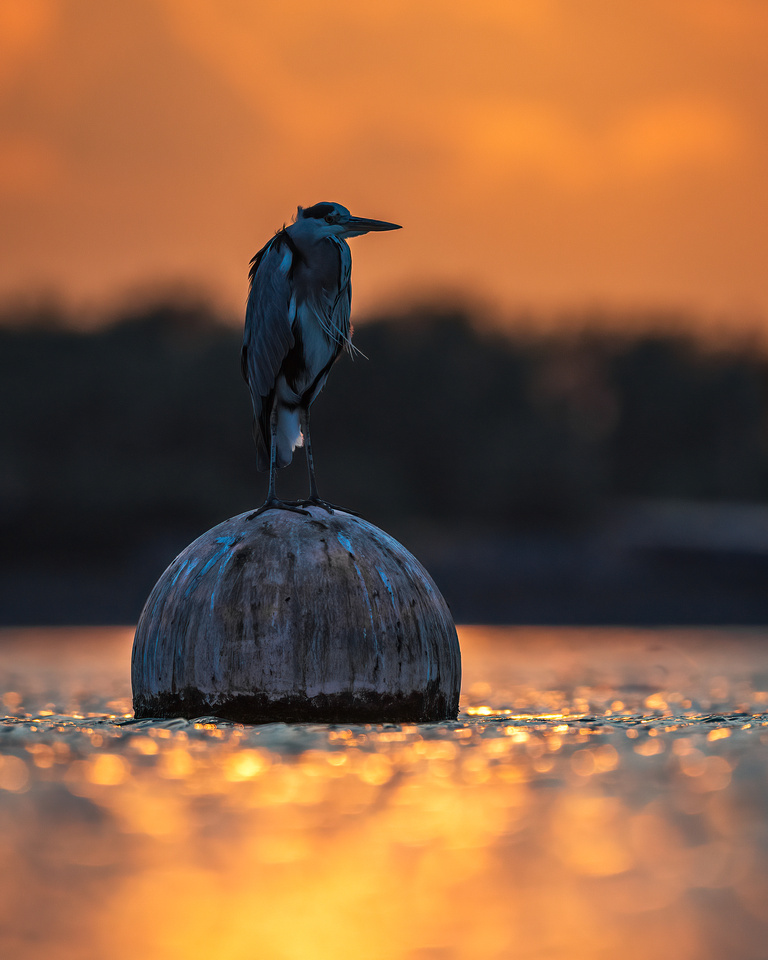
Sunset Heron
Once a month I like to visit the wetland centre at Slimbridge and the Hawk conservancy trust in Hampshire. Both great places for beginners and experts to practise their photography. You can also get up close and personal to the wildlife.
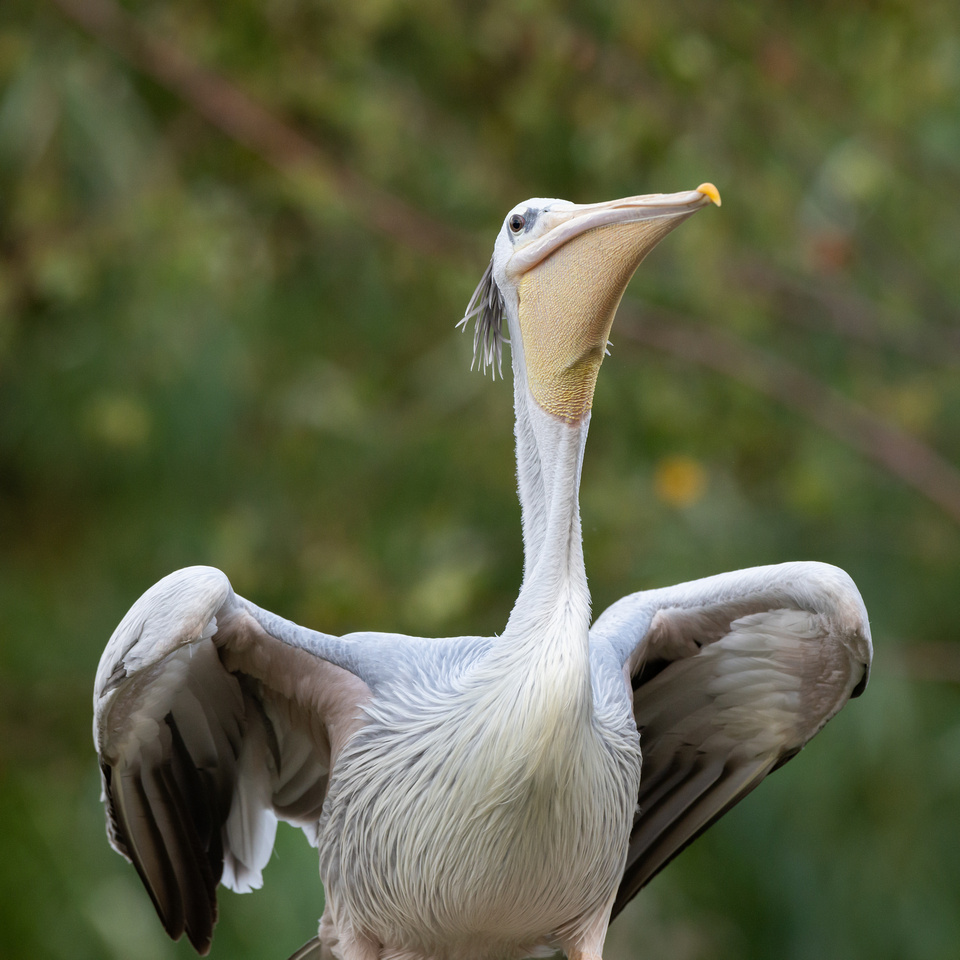 Pink-backed pelican at Slimbridge wetland centre, Gloucestershire.
Pink-backed pelican at Slimbridge wetland centre, Gloucestershire.
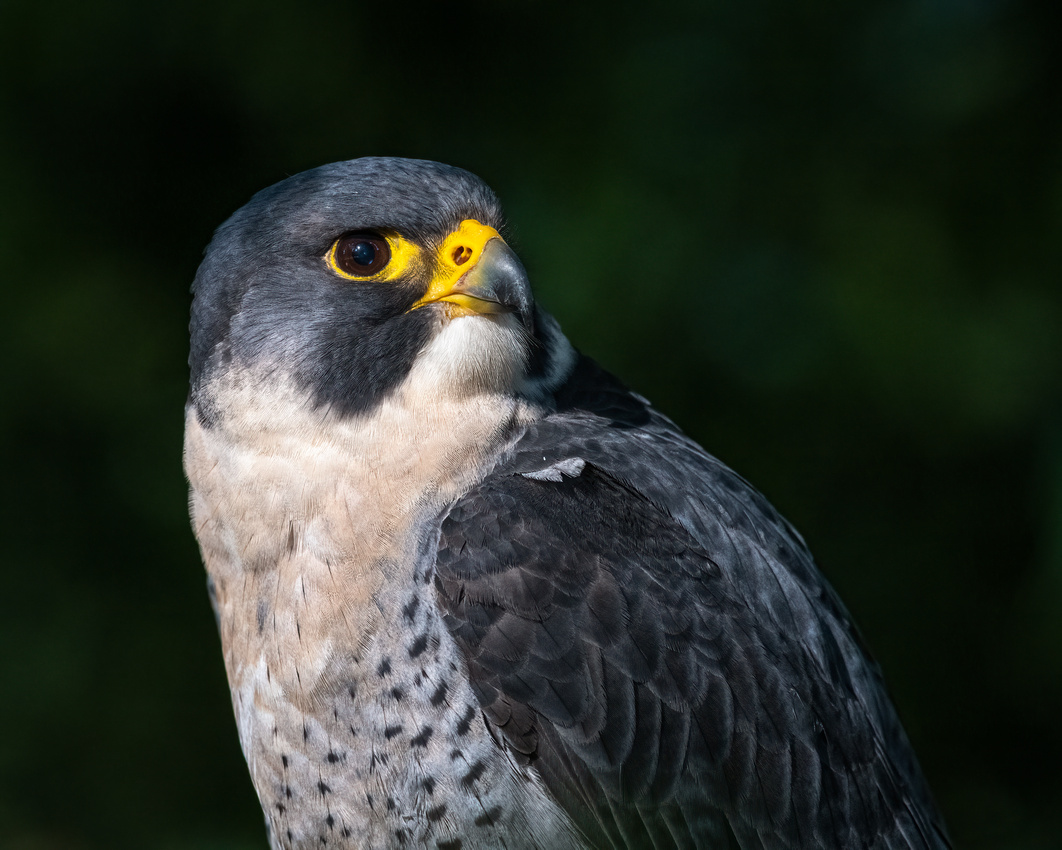 Peregrine falcon - The fastest animal on the planet at the Hawk conservancy, Hampshire.
Peregrine falcon - The fastest animal on the planet at the Hawk conservancy, Hampshire.
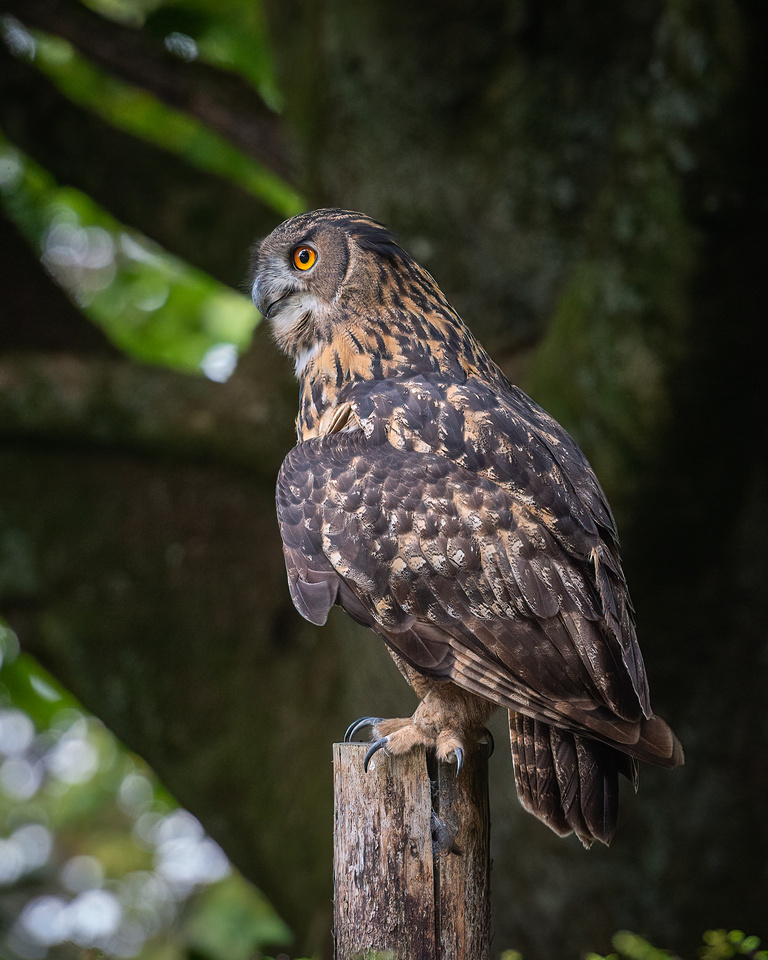
Siberian eagle owl at the Hawk conservancy
Lately I've been researching new local places to visit for my nature photography. As I've only been in Oxfordshire for the last three years I'm still trying to find my way about. I've found a few which I'm hopefully going to visit soon. Next month the annual 'deer rut' will be under way. This year I wont be visiting the London parks as much but I will be trying a new location in Leicestershire. Bradgate Park is a public park in Charnwood Forest, in Leicestershire which I have wanted to visit for a few years. The plan was to do a 'recce' at the end of September but it meant queuing for petrol so I ended up local!
October will be all about the 'deer rut', maybe some fungi photography and a car show!
Thank you all for reading my latest blog and thank you all for your support and kind comments.
Please continue to upload your photographs to my Photo's Page. There are some great photographs being posted.
Many more of my images can be viewed on my Instagram gallery page.
Thanks
Steve
I don't know about you but this year seems to flying by! It doesn't seem like 5 minutes ago when I was writing my July blog!!
Welcome to my latest update of what I've been getting up to during August. August is generally a warm month weather wise but it feels a lot like Autumn. Yesterday I was watching eagles fly at the Hawk conservancy trust and the leaves were already falling from the trees.
This time of the year is when migratory birds will fly South for the Winter and birds from further North (Russia, Greenland & Northern Europe) will arrive in the UK. If you visit local reservoirs you may spot swallows and martins collecting 'en masse' feeding up for the long trip back to South Africa. The reservoirs near me (Farmoor and Tring) are good stop off locations for the migratory birds.
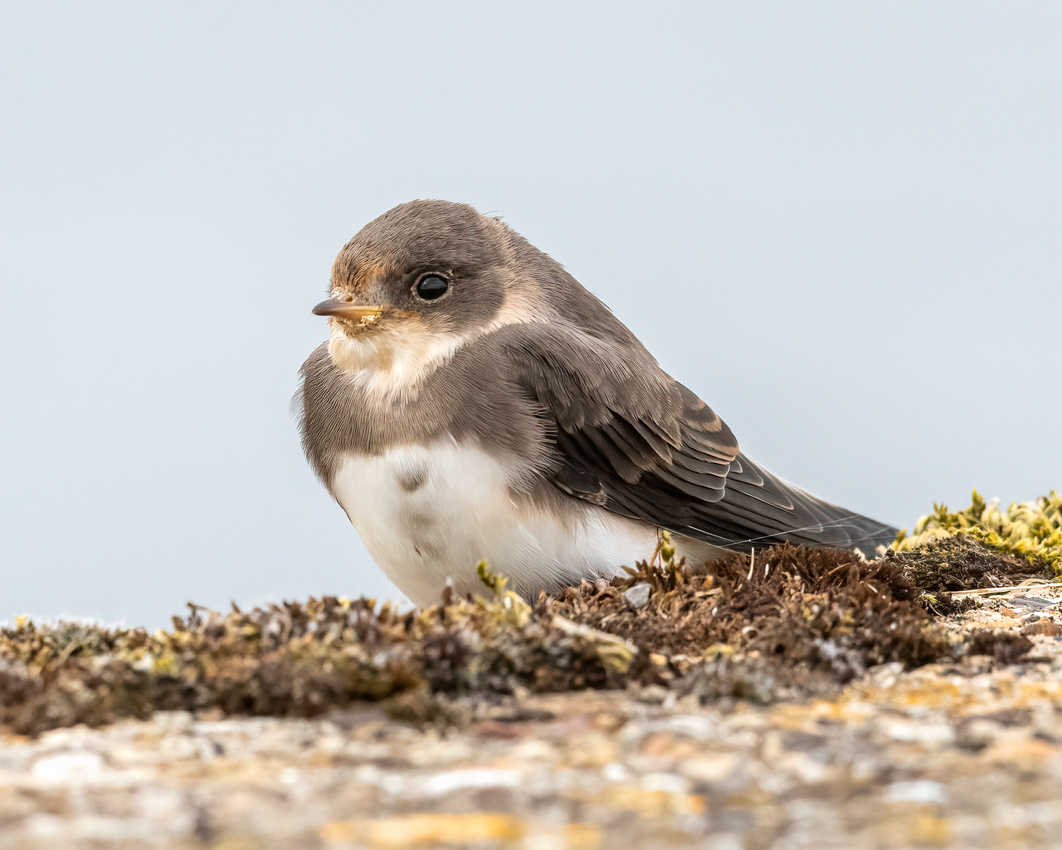 Juvenile sand martin ready for its long trip South, Farmoor reservoir, Oxon.
Juvenile sand martin ready for its long trip South, Farmoor reservoir, Oxon.
Other birds such as wading birds and migratory raptors like Hobbies and Osprey may drop in for a quick snack on their long journey.
 Hobby. A migratory raptor from Southern Europe/Africa that breeds in the UK.
Hobby. A migratory raptor from Southern Europe/Africa that breeds in the UK.
On the topic of raptors and birds of prey, I visited the Cotswold falconry centre for the first time early in the month. They have a great variety of birds and I had a great time even though it rained!!

Mottled owl on a typical British Summers day! Cotswold falconry.
The wetland centre at Slimbridge is one of my favourite places to visit. I have been going there for over ten years now and I always see something different to photograph. I go that often that the centre wrote an article about me in their magazine! It is a great place to witness the Spring and Autumn migration and to get close to thousands of wild birds that spend the Winter there.
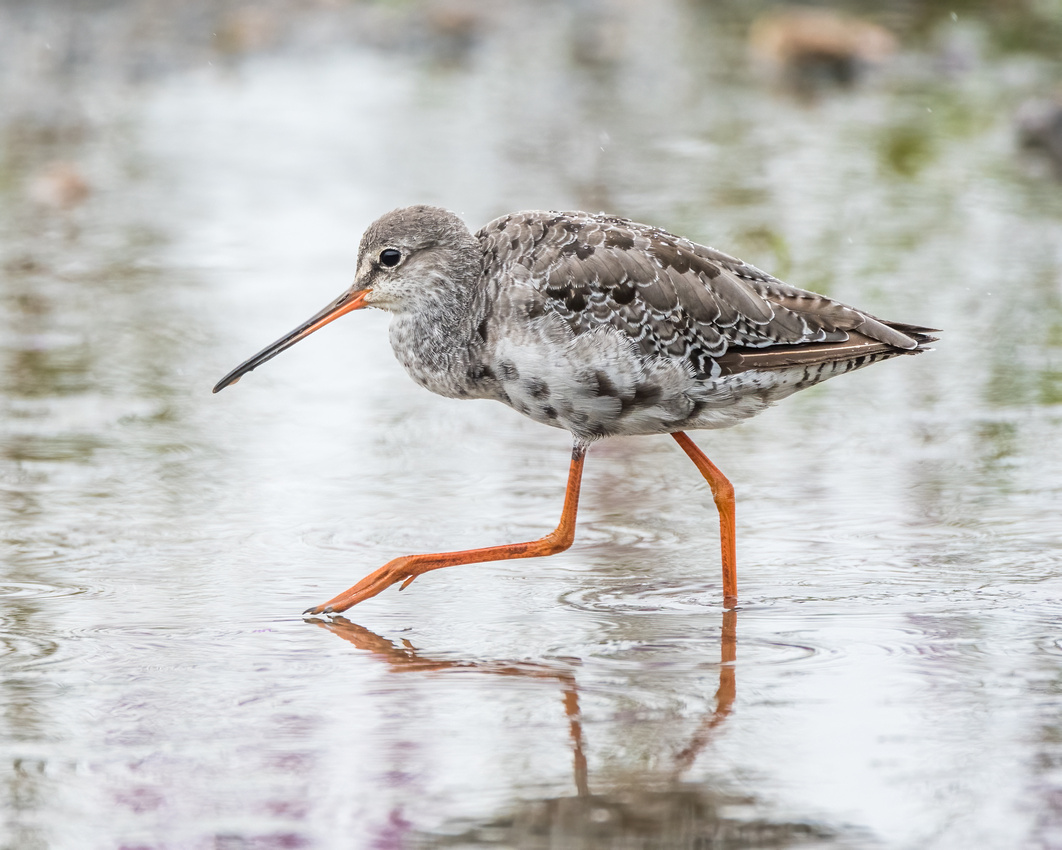 Spotted redshank. A Summer visitor to Slimbridge.
Spotted redshank. A Summer visitor to Slimbridge.
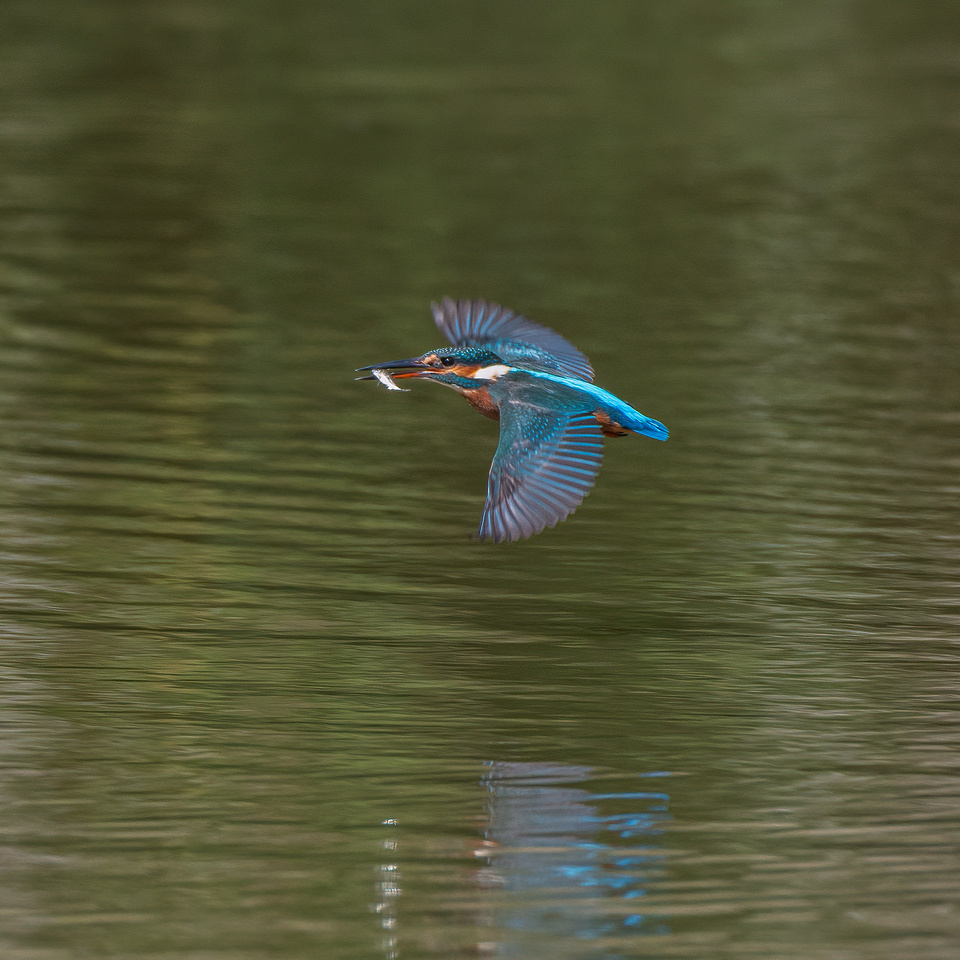 If you're lucky you may spot a Kingfisher at Slimbridge!
If you're lucky you may spot a Kingfisher at Slimbridge!
Bushy park is a place I visit mainly in the Autumn and Winter but occasionally I will call in for a couple of hours in the Summer. The Royal parks can get busy so I arrive very early and leave early. This is also the best time for photography. Not many people about, mist over the lakes and a glorious sunrise. It can be quite magical when conditions allow.

Fallow deer on a misty sunny Summer's morning in Bushy park.
After my visit to Bushy I headed to the British wildlife centre in Surrey. Another place I have been visiting for years. On these past visits I had never seen much of the grass snakes. I was beginning to think they didn't have any!! On this visit three snakes were showing well. I'm due to visit the centre early next month (September) and I bet they don't show themselves!!
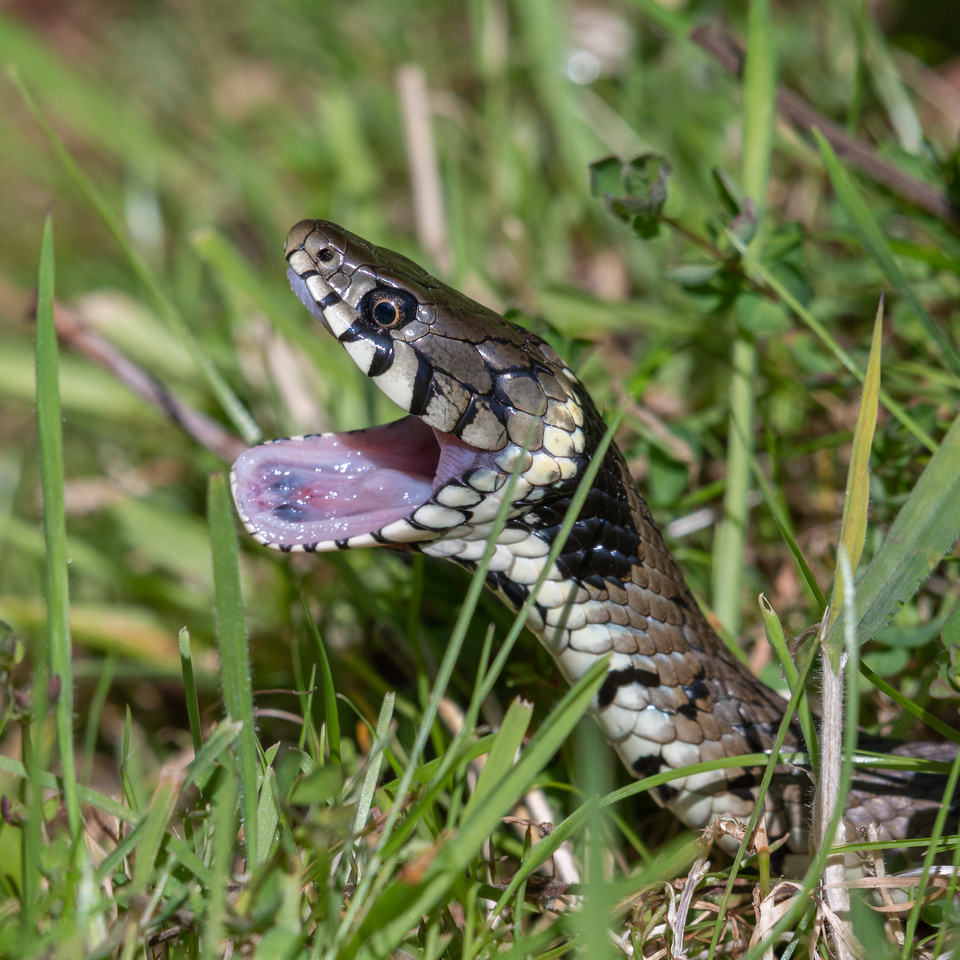 The elusive Grass snake at the British wildlife centre.
The elusive Grass snake at the British wildlife centre.
Last weekend I attended the Greenlight Nationals at Santa Pod Raceway for my motorsport fix. This was another event that was at the mercy of the good old British Summer! There was still some good racing in between the showers and it was a well attended event. During September I will be attending FOUR motorsport events so expect plenty of car photographs!
 Hot-rod under stormy skies. Santa Pod Raceway, Bedforshire.
Hot-rod under stormy skies. Santa Pod Raceway, Bedforshire.
I'm looking forward to September. As I mentioned earlier I will be attending a few motorsport events. Also towards the end of the month the annual deer rut should be kicking off. This year I'm hoping to visit new locations for the rut just for a change of scenery. Bradgate Park in Leicestershire, Petworth Park in Surrey, Lyme Park in Cheshire and Holkham Estate in Norfolk are a few locations I have in mind. September is a time when you may spot me grovelling about on the forest floor photographing fungi! So quite a lot to look forward to in the coming months.
Thank you all for reading my latest blog and thank you all for your support and kind comments.
Please continue to upload your photographs to my Photo's Page. There are some great photographs being posted.
Many more of my images can be viewed on my Instagram gallery page.
Thanks
Steve
Welcome to my latest literary masterpiece of what I got up in the month of July!
July has been quiet for me with the wildlife photography considering I spent another four days at the brilliant Bempton Cliffs. More on that trip later. The weather has been very hot which is not the best for catching wildlife images. Wildlife tends to be most active at the start and finish of the day. During the day they will stay hidden away from the heat of the day and prying cameras!
At the start of the month I visited the wetland centre at Slimbridge in deepest Gloucestershire. During the last couple of years they have been constructing a large aviary and on my visit they had opened a section of it. The plan is to open it gradually so the birds can get used to people again.
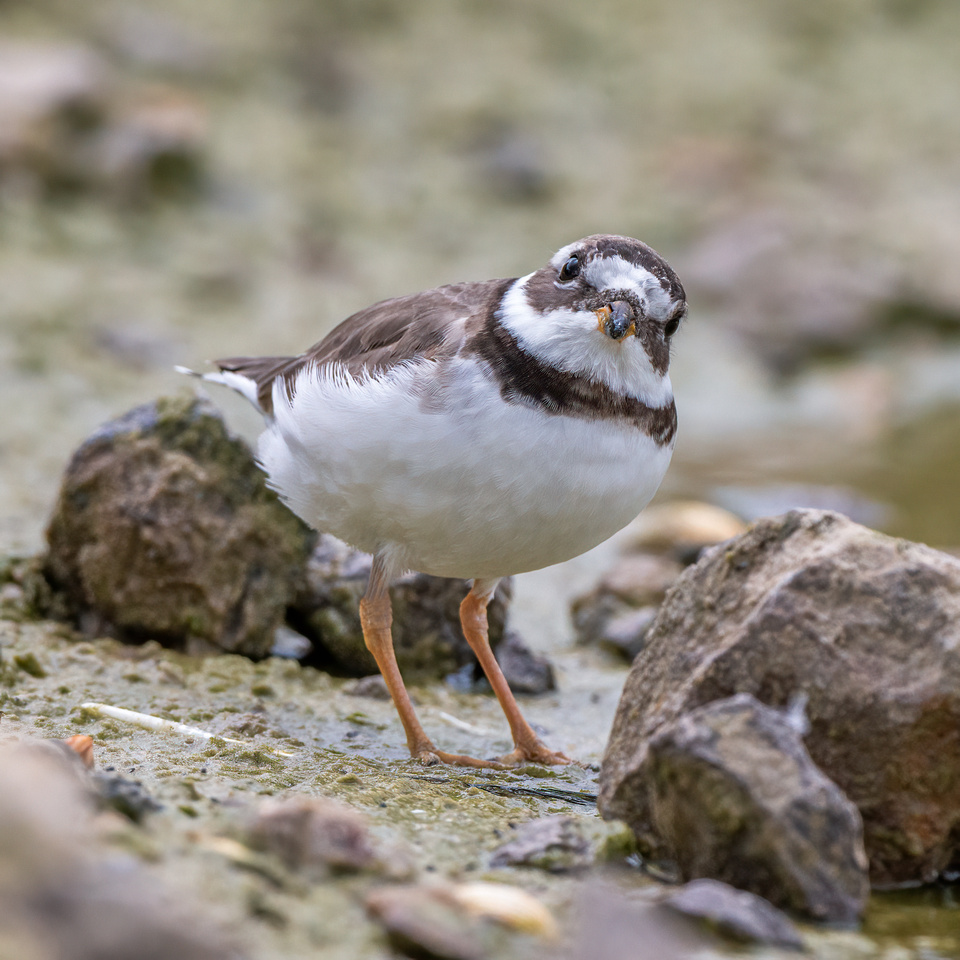 A curious Ringed plover in the new aviary at Slimbridge.
A curious Ringed plover in the new aviary at Slimbridge.
I'm looking forward to it fully opening in the near future.
A place I haven't visited since pre Covid is Warnham nature reserve in West Sussex. A well managed reserve with plenty of different wildlife from rare insects to Grey herons. Opening time is 10am so no need for an early alarm call! The hides had just re-opened which is a good way to get near and photograph wildlife.
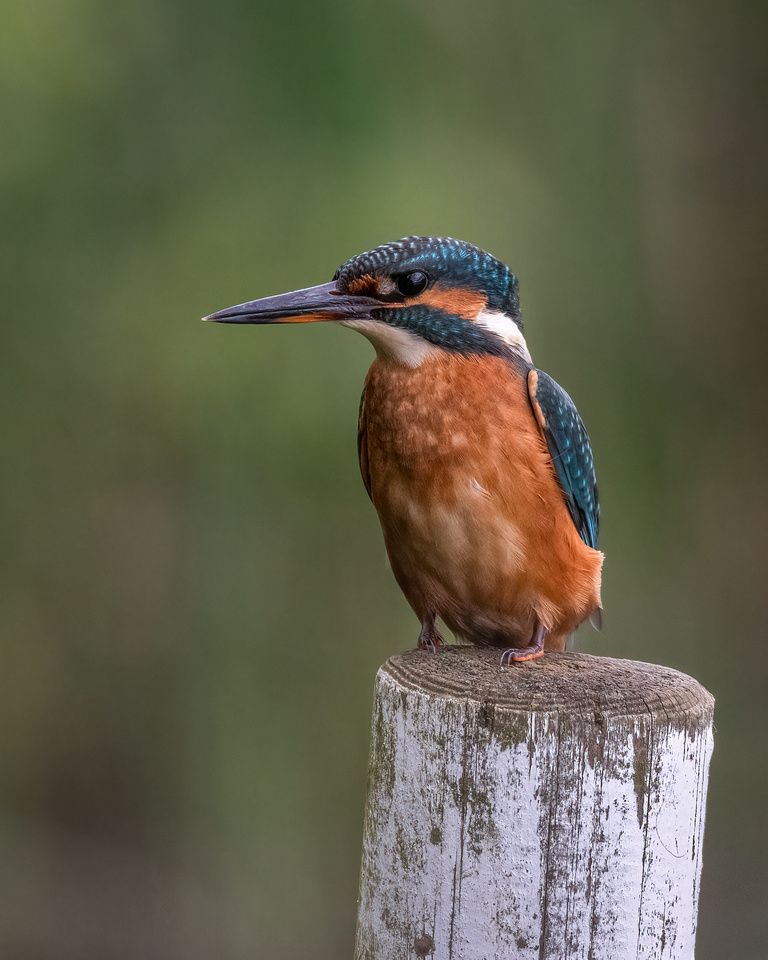
Juvenile kingfisher which landed right front of the hide at Warnham. Lucky me!
The highlight for me during July was a long weekend at Bempton Cliffs. It was my third visit this year but on this trip I invited a good friend and keen nature photographer of mine along. Bempton Cliffs was on Jodie's bucket list of top wildlife places to visit and she wasn't disappointed. On this visit I had booked a boat trip which takes you to the bottom of the 400 foot chalk cliffs of Bempton. A lot of the birds spend quite a bit of time on the sea such as the puffins and gannets but the highlight of the boat trip was the feeding of the gannets. It started quite sedately with the odd gannet taking the fish then before you knew it there were hundreds of them diving in for the fish during the feeding frenzy! An experience not to be missed.
 Gannets 'wrestling' for fish.
Gannets 'wrestling' for fish.
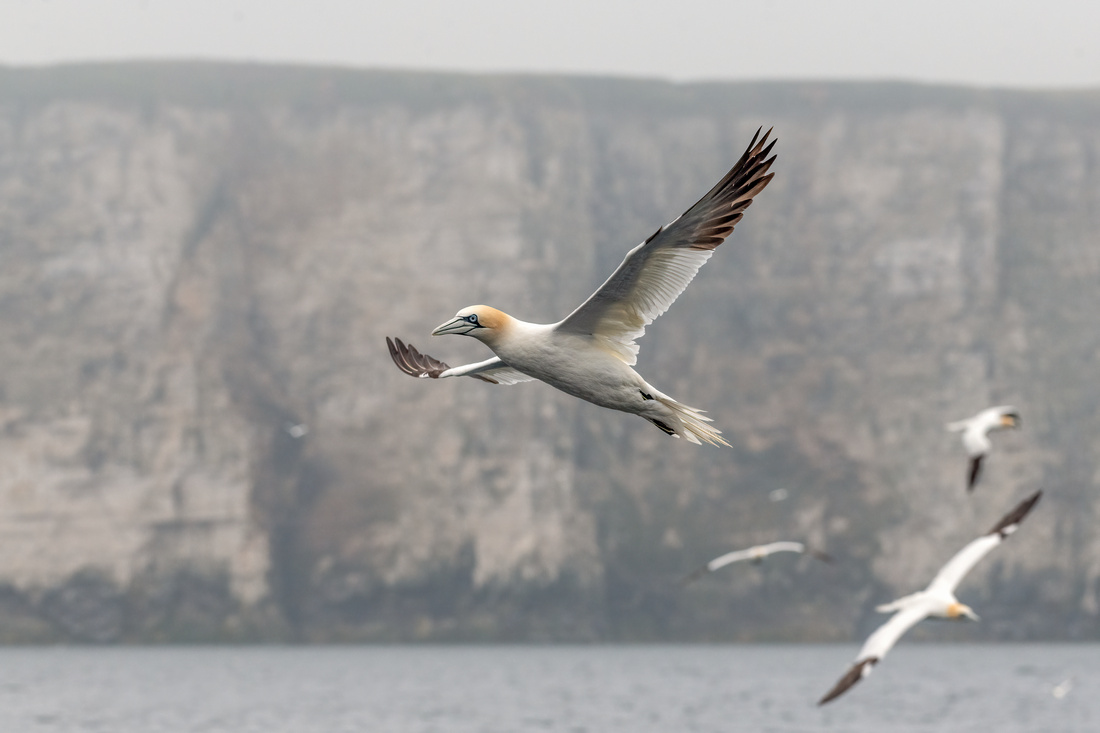 Gannets with the 400 foot cliffs of Bempton in the background.
Gannets with the 400 foot cliffs of Bempton in the background.
During our four days a Black browed albatross had been seen in the area. It is still there at present as I write this. Looks like it's going to spend the Summer there. These birds are normally found in the Southern hemisphere around the Falklands or South Africa. This one is probably lost but will find it's way back home before long.
 'Albie' has he has been affectionately named by visitors to Bempton.
'Albie' has he has been affectionately named by visitors to Bempton.
A trip to Bempton is not complete without some images of the puffins. This is what most people visit Bempton for. They can be hard to spot as they are very small but with a bit of patience you will see quite a few. We both headed to the southern end of the reserve were I know some good quiet spots for seeing and photographing puffins or 'Sea clowns' as they are sometimes known as.
 A pair of puffins. One of favourite images from our trip to Bempton.
A pair of puffins. One of favourite images from our trip to Bempton.
That was my last visit to Bempton this year so I will have to wait till next May for my seabird fix!!
Like I said at the start of this article my wildlife photography had been quiet. July and the Summer months are not the best as most birds are resting and moulting after the breeding season. Now many of the Lockdown restrictions have been lifted there have been events such as car shows and racing starting back up. Yippee!! I've always been a bit of a 'petrolhead' and enjoy watching motorsport especially drag racing. I've been visiting Santa Pod Raceway since the mid 1980's and love the 'buzz' of these high powered vehicles blasting down the quarter-mile.
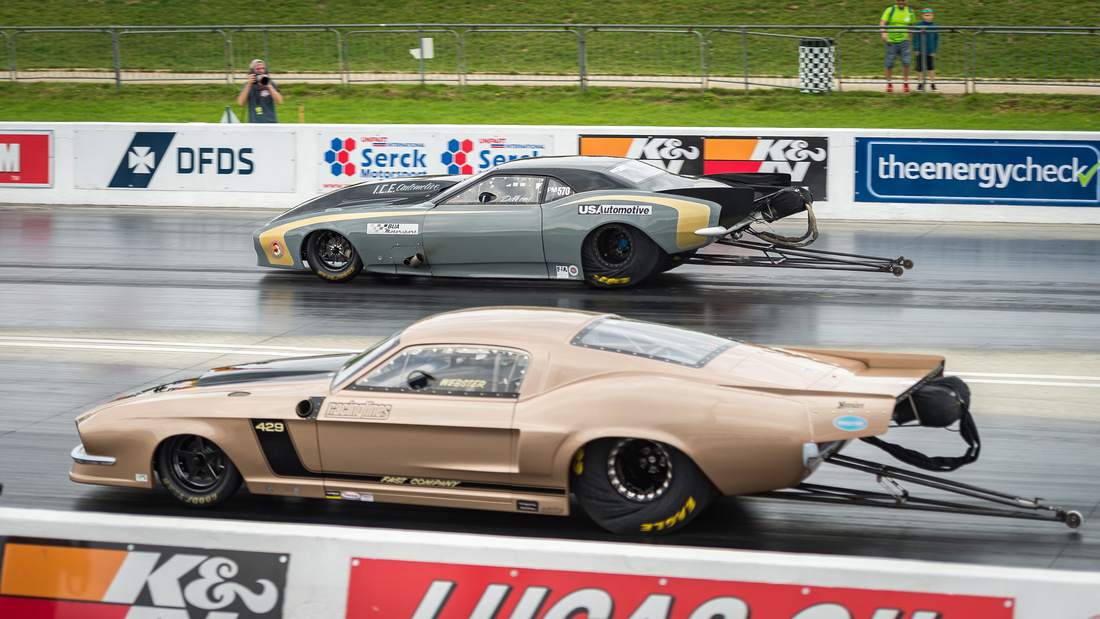 Drag racing at Santa Pod, Bedforshire.
Drag racing at Santa Pod, Bedforshire.
I haven't much planned during August for wildlife but at the end of the month bird migration will start and our Summer visitors will be heading back South for the Winter so something to look out for. I have a couple of car shows and Santa Pod visits booked so there may be a few more cars shots next month than usual!
Thank you all for reading my latest blog and thank you all for your support and kind comments.
Please continue to upload your photographs to my Photo's Page. There are some great photographs being posted.
Many more of my images can be viewed on my Instagram gallery page.
Thanks
Steve
June was a fantastic month for my photography with many miles covered up and down the country. More on that later. As the month began I had a long overdue visit to Slimbridge wetlands centre in Gloucestershire. This was my first visit for over six months so it was good to be back on my 'old stomping grounds'. There wasn't much about. If there was I couldn't see it! I like to visit Slimbridge in the Winter months as thousands of waterfowl migrate here. There were a few visiting wading birds such as avocet, ringed plovers and sandpipers.
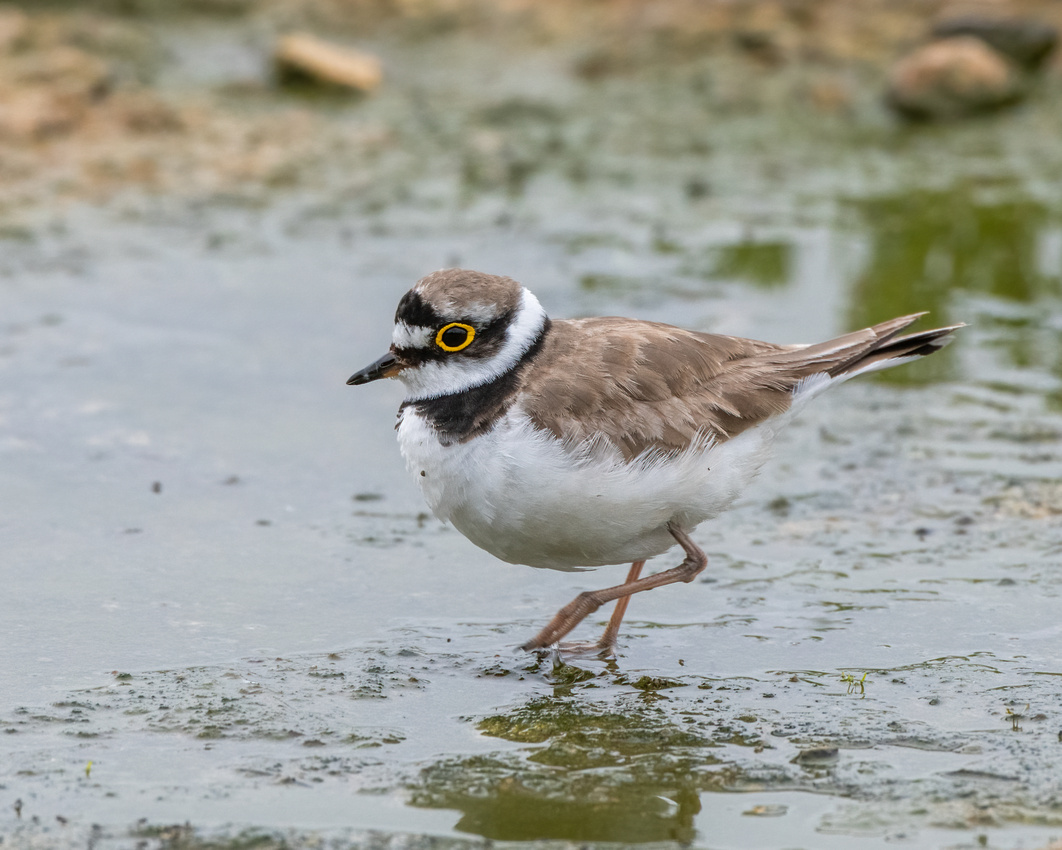 Little ringed plover at Slimbridge
Little ringed plover at Slimbridge
 Oystercatcher with a stick!
Oystercatcher with a stick!
From mid June many places re-opened due to lockdown restrictions being lifted. Hurray! Bicester heritage was one of those places which hosted the first Scramble of the year. The Scramble is a classic car show located on the ex-RAF base at Bicester in Oxfordshire. It was a great turn out and vehicles were still arriving as I was leaving!
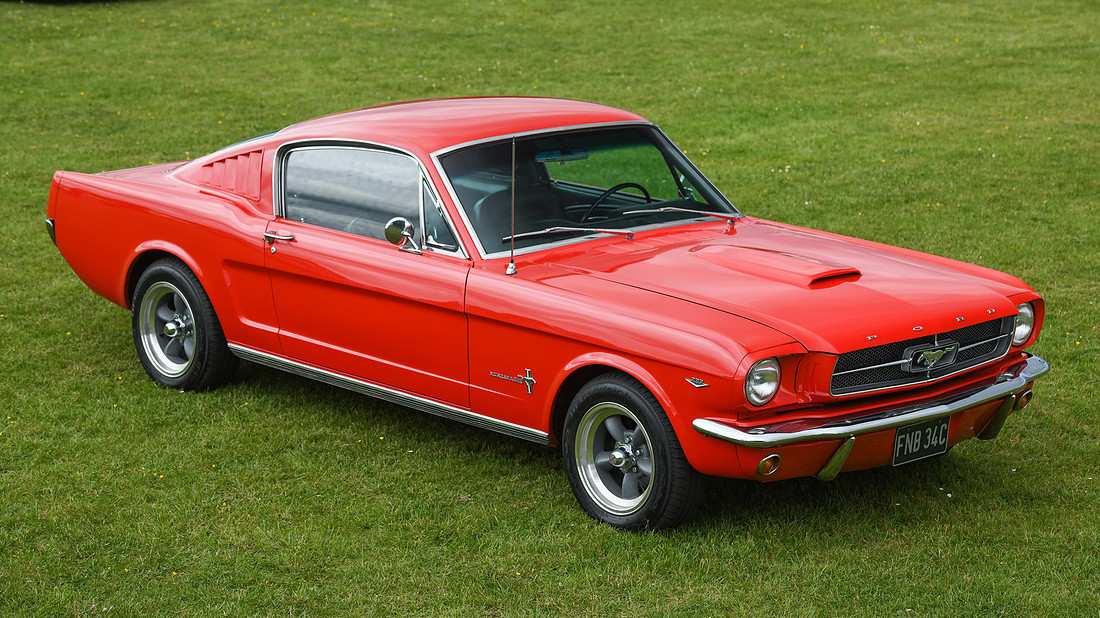 A classic Ford Mustang at Bicester heritage, Oxfordshire
A classic Ford Mustang at Bicester heritage, Oxfordshire
As a wildlife photographer I am forever watching the weather for ideal conditions. Around mid-June some high pressure was forecast so I headed up to Bempton Cliffs on the East Yorkshire coast. One of my favourite locations and should be on every nature photographers bucket list. I like to get there for sunrise so I had to set off at midnight plus the roads are nice and quiet then! I arrived just before 4am for one of the best sunrises I have witnessed and to welcome me were two Barn owls hunting over the meadows. If Carlsberg did heaven this was definitely it!

Barn owl hunting before sunrise. Bempton Cliffs
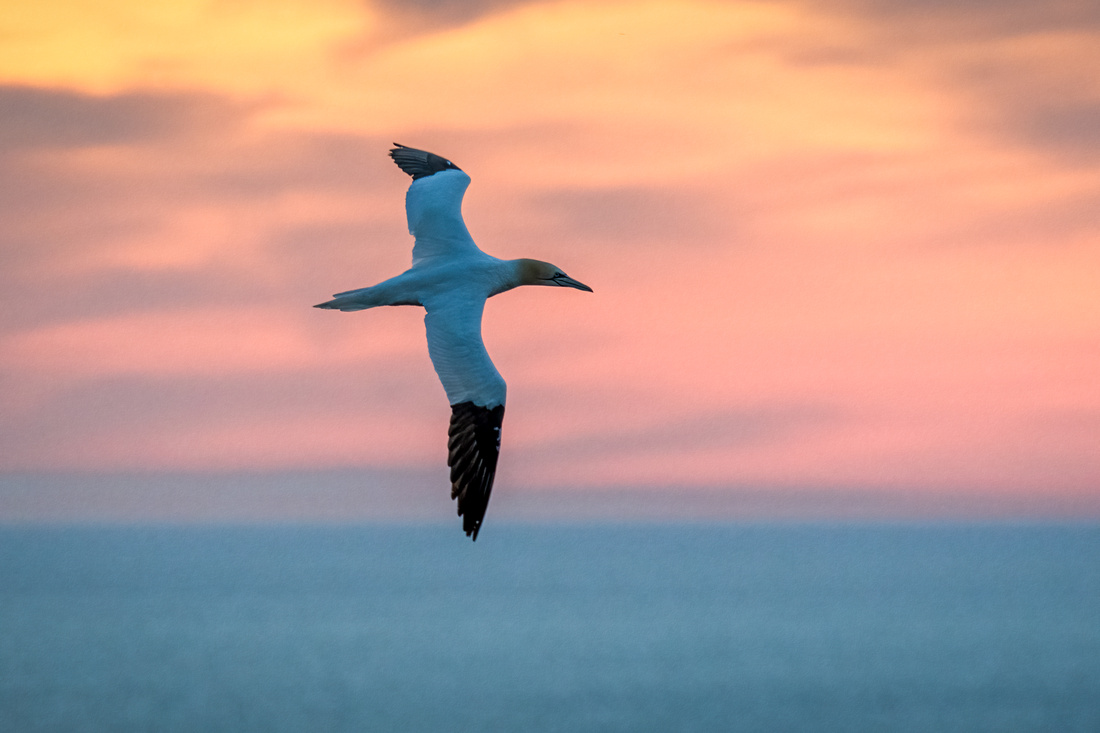 Gannet at Bempton
Gannet at Bempton
Another reason to visit wildlife locations early is wildlife is at its most active with less human disturbance. Also the lighting conditions are generally better at the start and end of the day. As the sun begins to climb higher during the day most wildlife will rest or be less active. On this particular visit with well over half a million seabirds the star attraction was the Barn owls. They were feeding at all hours during the day. A good sign they are feeding owlets. A friend and myself are revisiting Bempton early in July and hopefully we will see the young owls. Watch this space!
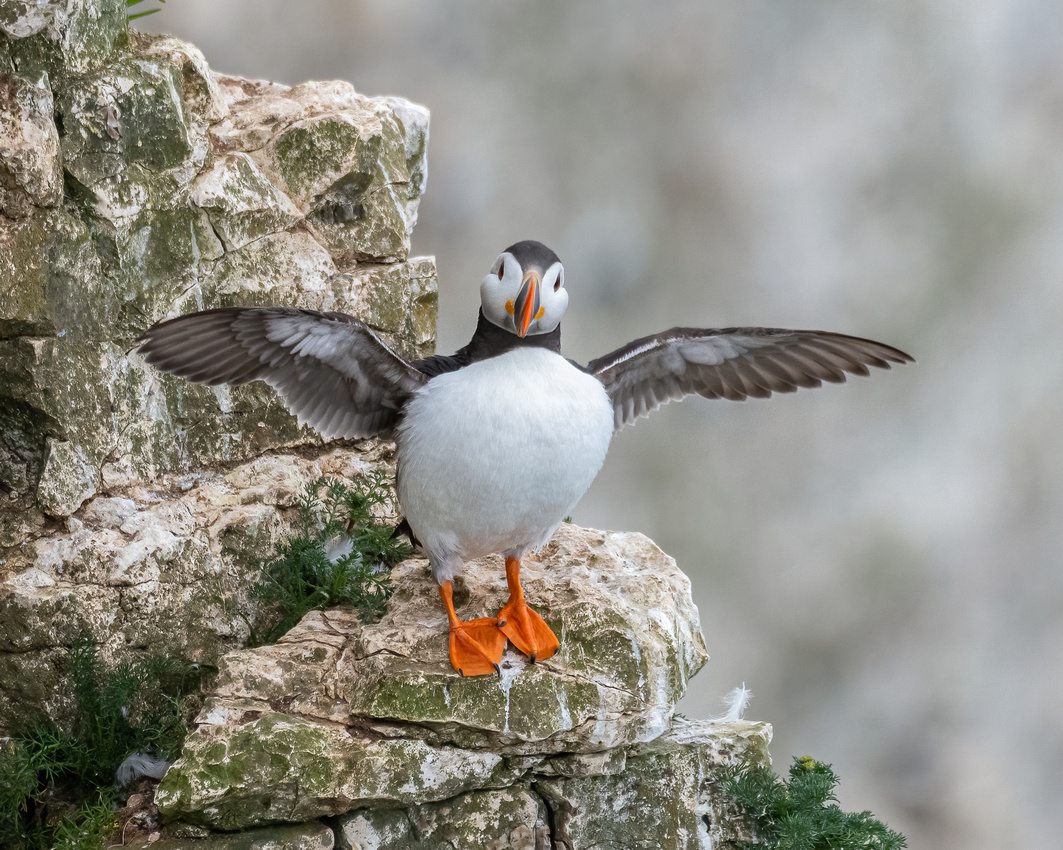 Everyone's favourite the Puffin!
Everyone's favourite the Puffin!
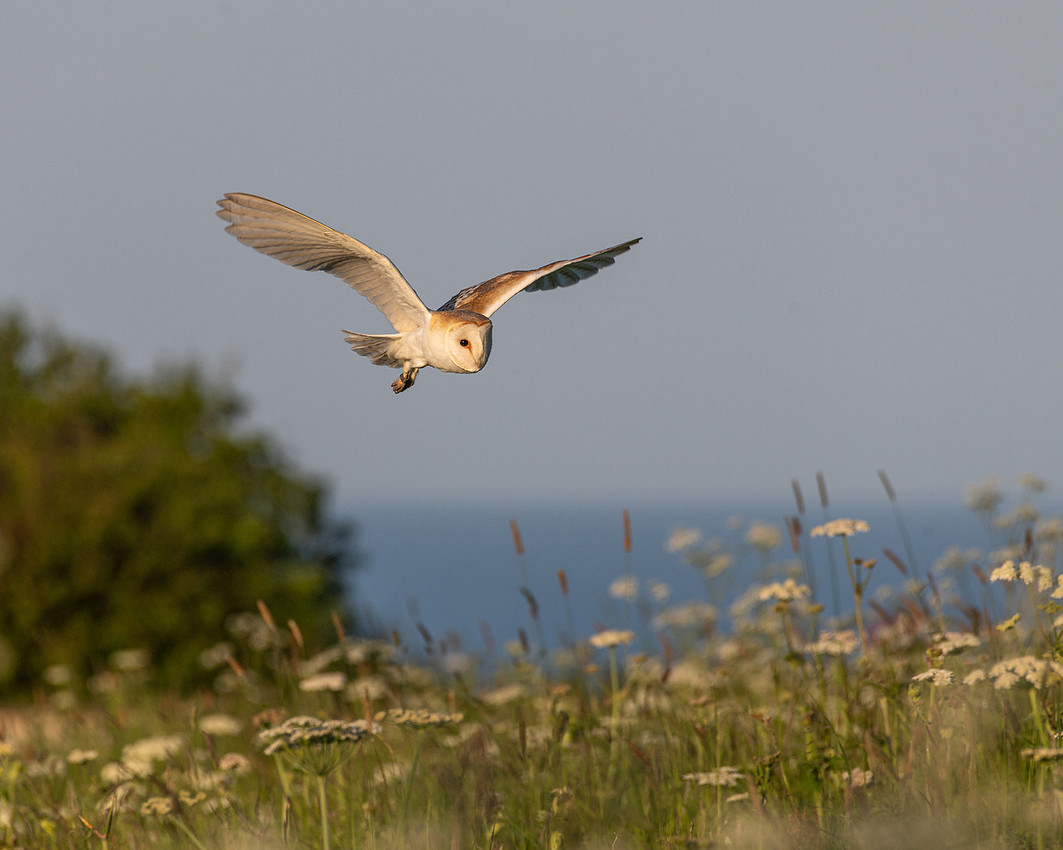 The star attraction at Bempton - The Barn owl
The star attraction at Bempton - The Barn owl
During the month I managed to fit in a couple of visits to the Hawk conservancy trust in Hampshire. A fabulous bird of prey centre with three different flying displays each day.
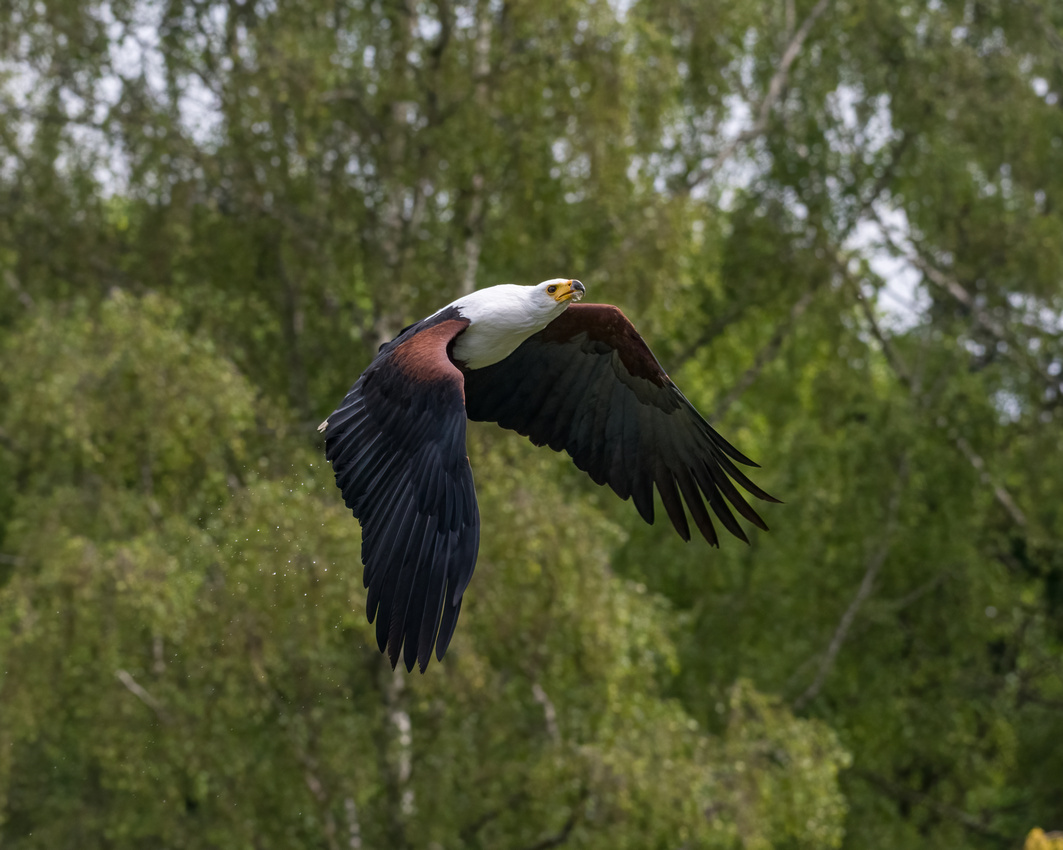 African fish eagle at the Hawk conservancy, Hampshire
African fish eagle at the Hawk conservancy, Hampshire
Towards the end of June a friend invited me for a couple of days nature photography in her native Devon. I enjoy visiting new locations especially with a knowledgeable host who knows their way around. Close to her home we visited a site were red foxes are regularly seen. After a short wait hiding behind a camo screen one of the cubs made an appearance. Young wildlife tend to be bolder as they are still naive to their surroundings and the dangers around them.
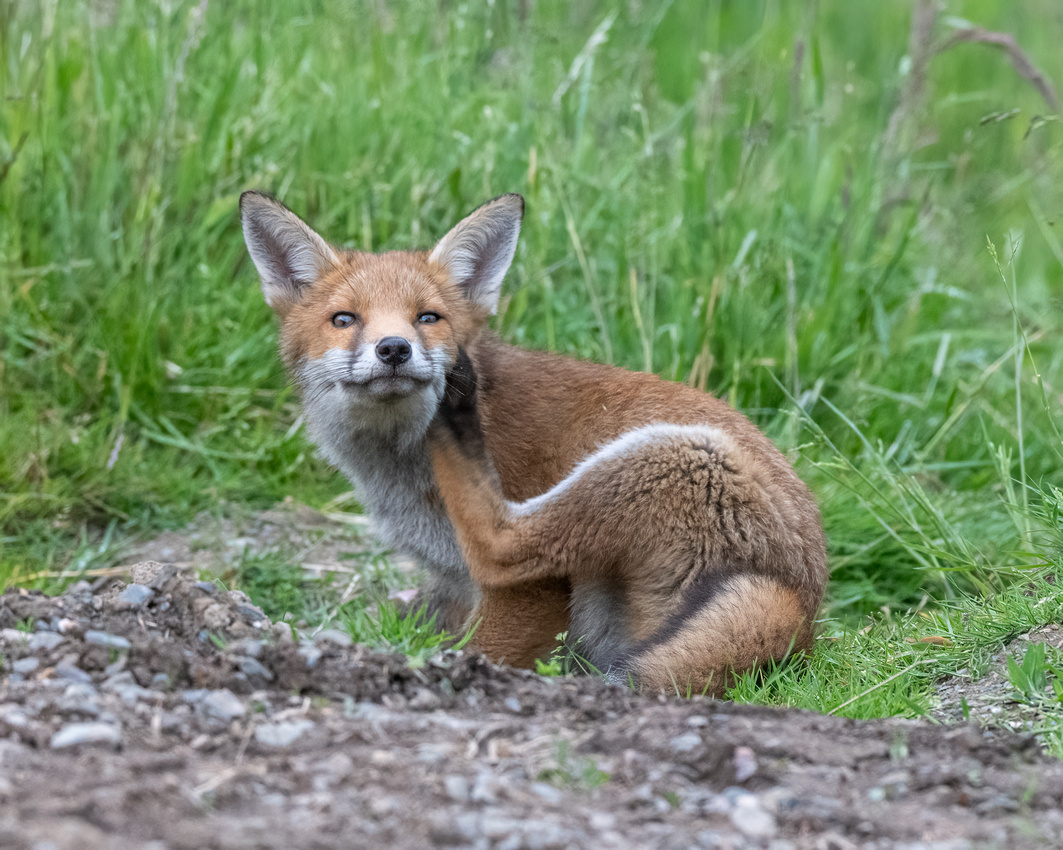 A Devon Red fox
A Devon Red fox
I don't tend to see many wild foxes around Oxfordshire so getting up close to this one was fantastic. We spent around 15-20 minutes watching the fox until the evening light faded.
The day after we headed to the North Devon coast where a grey seal had been seen over the last few days. I haven't photographed seals for a couple of years which was on my last visit to Norfolk. It was short steep climb and descent into the sheltered cove where the seal was basking on the beach.
I was getting to like Devon! The problem with living in Oxfordshire is I couldn't be any further from the sea!!
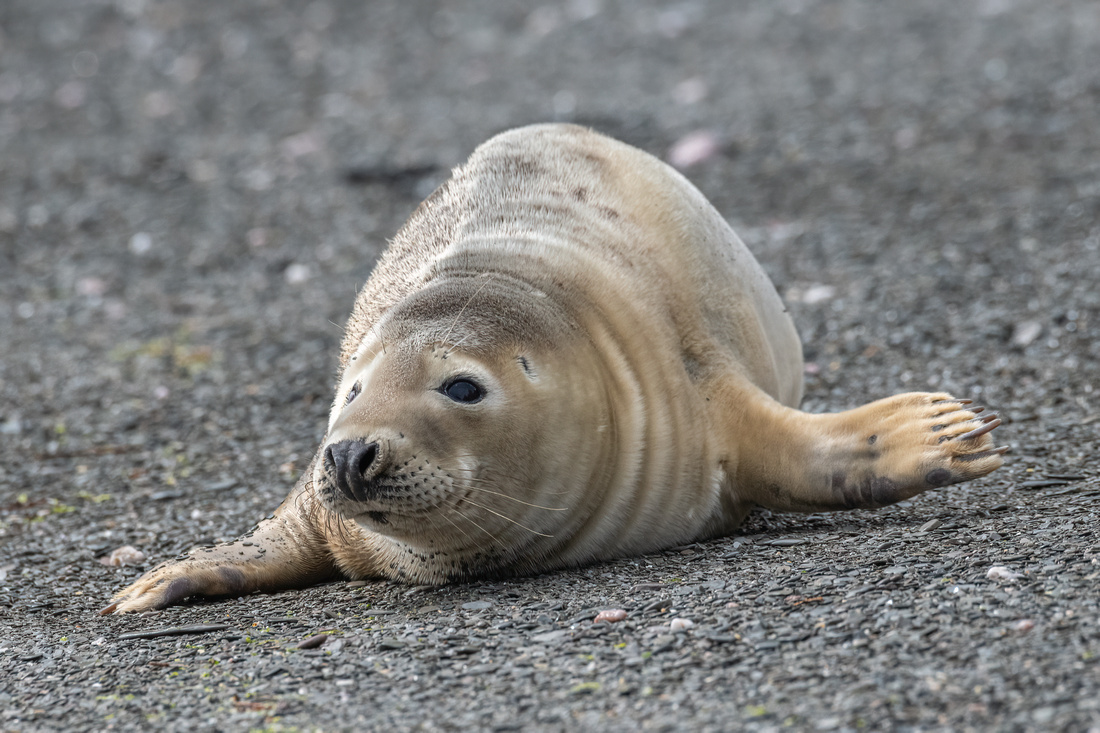 Grey seal on the North Devon coast
Grey seal on the North Devon coast
After departing the coast we went for a drive over Exmoor. A beautiful place I would like to explore again especially during the annual 'deer rut' in the Autumn.
Our last visit was in South Devon were the Devon wildlife trust released European beavers a few years ago. Beavers used to be native to the UK but were made extinct over 400 years ago. Now there are over 15 families of beaver along the River Otter!
 European beaver in South Devon
European beaver in South Devon
Well sadly that comes the end of this months thrilling photographic exploits.
As for July I'm looking forward to a three day trip to Bempton Cliffs, my third visit this year!
Thank you all for reading my latest blog and thank you all for your support and kind comments.
Please continue to upload your photographs to my Photo's Page. There are some great photographs being posted.
Many more of my images can be viewed on my Instagram gallery page.
Thanks
Steve
Welcome to the latest account of my photographic exploits during May. May was a very busy month now with 'lockdown' restrictions being further relaxed. Hurray! I have visited quite a few locations during the month with many miles covered.
The month began with a flying visit to the the stunning RSPB reserve Bempton cliffs on the East Yorkshire coast. It was a literally a flying visit as I drove there and back (4 hours each way!) and spent 13 hours photographing the thousands of sea birds all within a day! Normally I stay over in a hotel nearby but we were still in lockdown so nothing was open! I plan on returning in June to spend 3 days there staying over in the same accommodation I use every year. Can't wait.
On my visit there was estimated to be about 1/2 a million birds, so plenty to photograph. At the start of May many birds were busy nest building and in courtship mode.
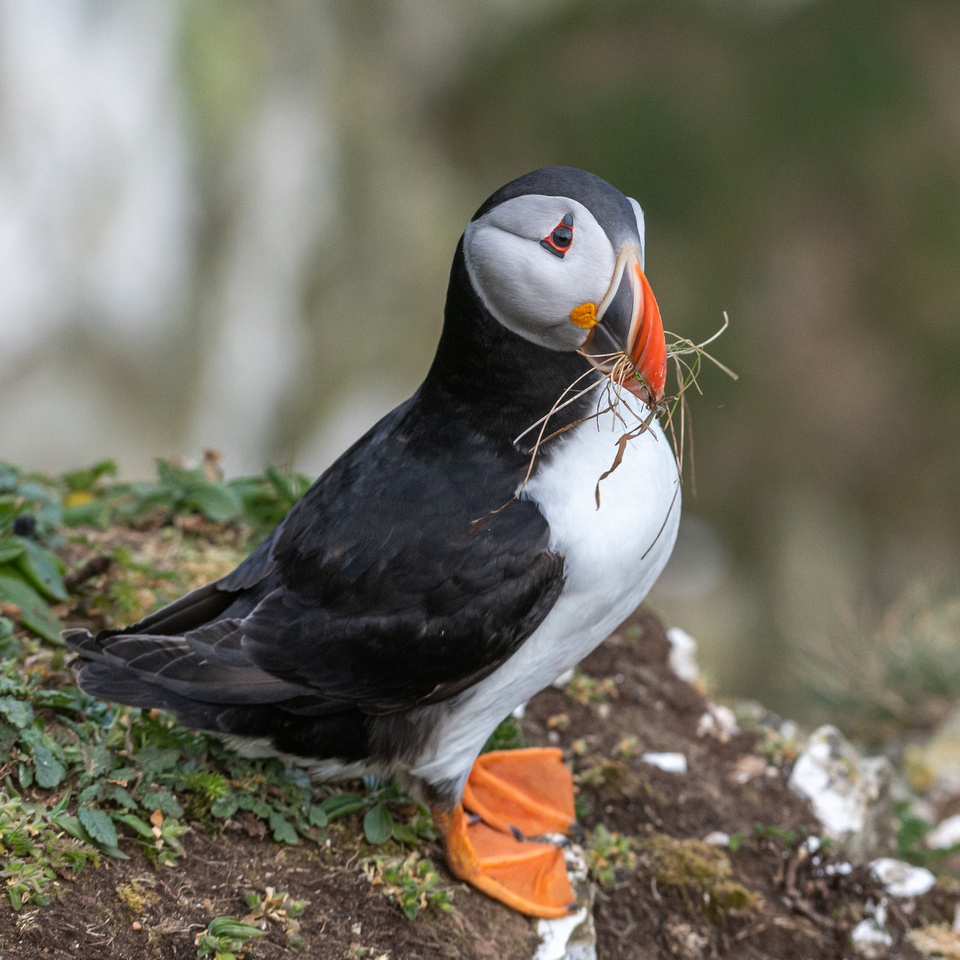 Atlantic puffin collecting nesting material.
Atlantic puffin collecting nesting material.
 Northern gannet at sunrise. Bempton cliffs.
Northern gannet at sunrise. Bempton cliffs.
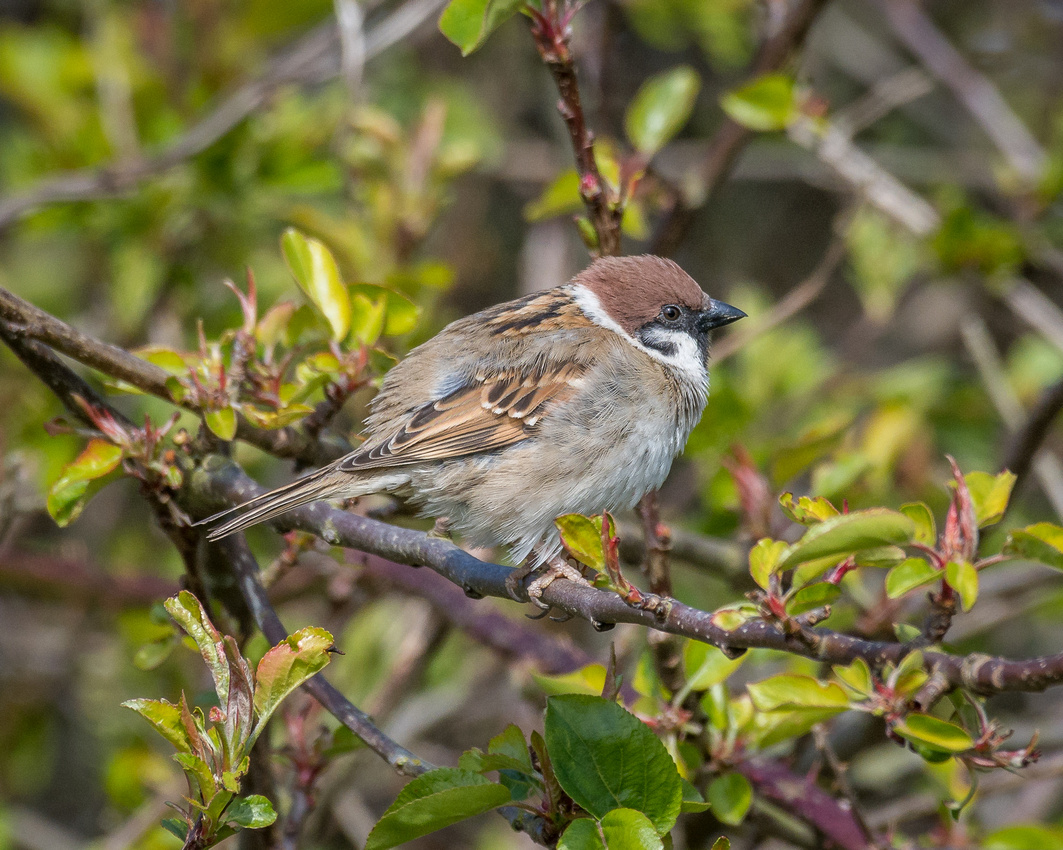 It's not just sea birds at Bempton. It is one of the few places in the UK were Tree sparrows can be found.
It's not just sea birds at Bempton. It is one of the few places in the UK were Tree sparrows can be found.
Now the evenings are becoming lighter I have been visiting the local reserves like Otmoor, Farmoor and Tring reservoirs which are only a short drive away. Plenty to see at these locations with quite a few cuckoo sightings and even managed some photographs of this shy and elusive bird. Due to the cold Northerly winds we had this put a hold on some species arriving in the UK but once the wind changed direction there was a large influx of cuckoos, warblers, swallows, swifts and hobby's. A wild cuckoo must be one of the hardest birds I have ever photographed but I persevered and eventually came up trumps.

Cuckoo (male) at Farmoor, Oxfordshire.
My favourites the Common terns have returned to my local reservoirs to breed so I'll be keeping an eye on them and try to get some diving shots.
On the subject of terns I recently visited family in my native Lancashire and called in to the old docklands in Preston were around 100 common terns return every year to breed. Rafts with nest boxes have been installed and you can get some great views of the birds sat on eggs and the young when they hatch.
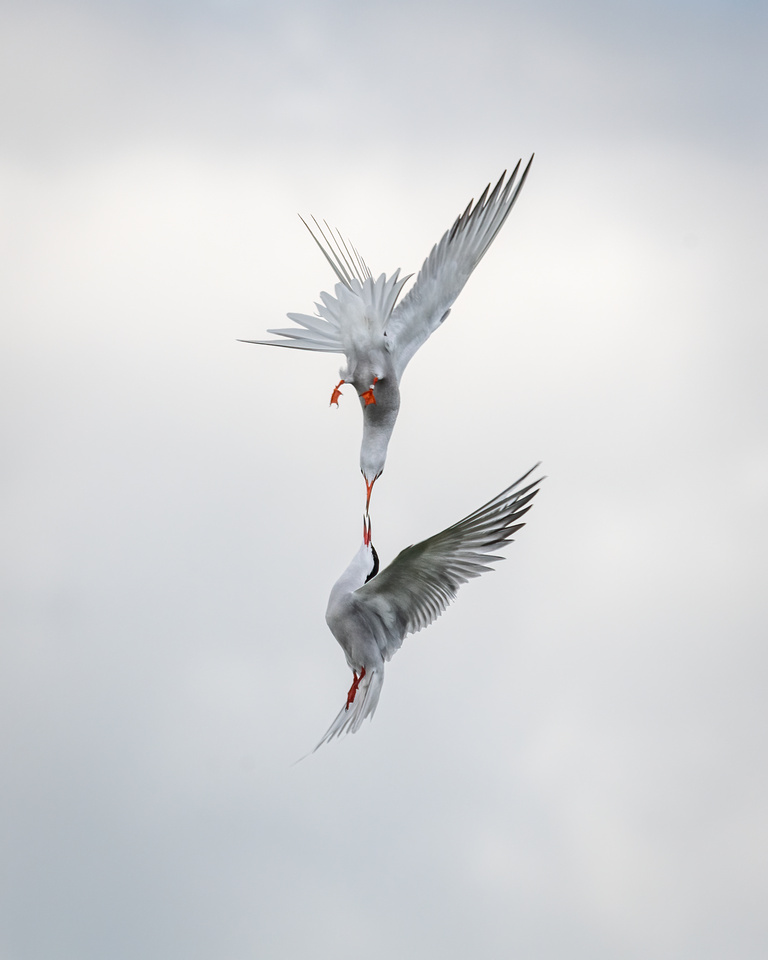
Common terns in dispute! Preston marina, Lancashire.
Also on my visit back North I spent the day at Chester zoo with my daughter. We were originally meant to go early in the year but Covid had other ideas. I'm not a lover of zoos but they do some great conservation work with critically endangered species.
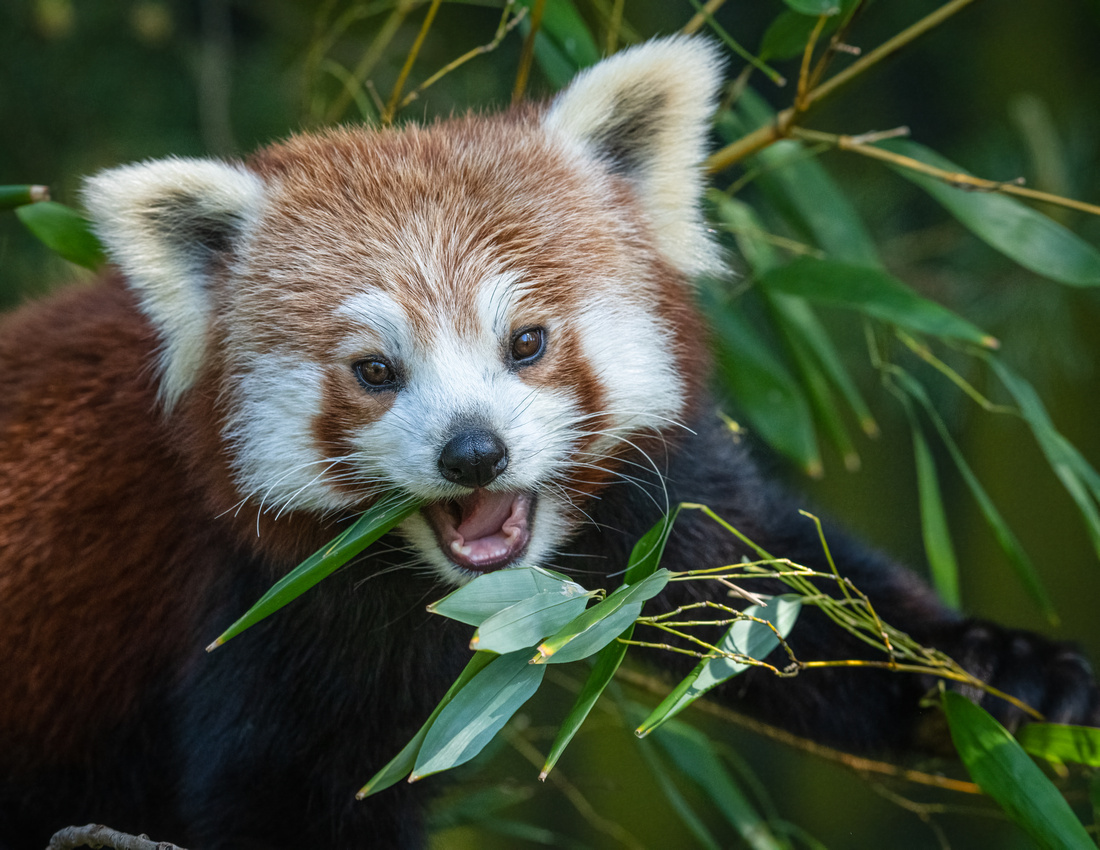 Red panda at Chester zoo.
Red panda at Chester zoo.
A local place I haven't visited for a couple of years is Standlake, West Oxfordshire. This is an area of disused gravel pits that have been left to nature and are now a great habitat for wildlife. A species I wanted to photograph is the Hobby. A Hobby is a bird of prey that migrates here from Africa and Southern Europe. They catch insects and eat 'on the wing'. They will also eat small birds and dragonflies.
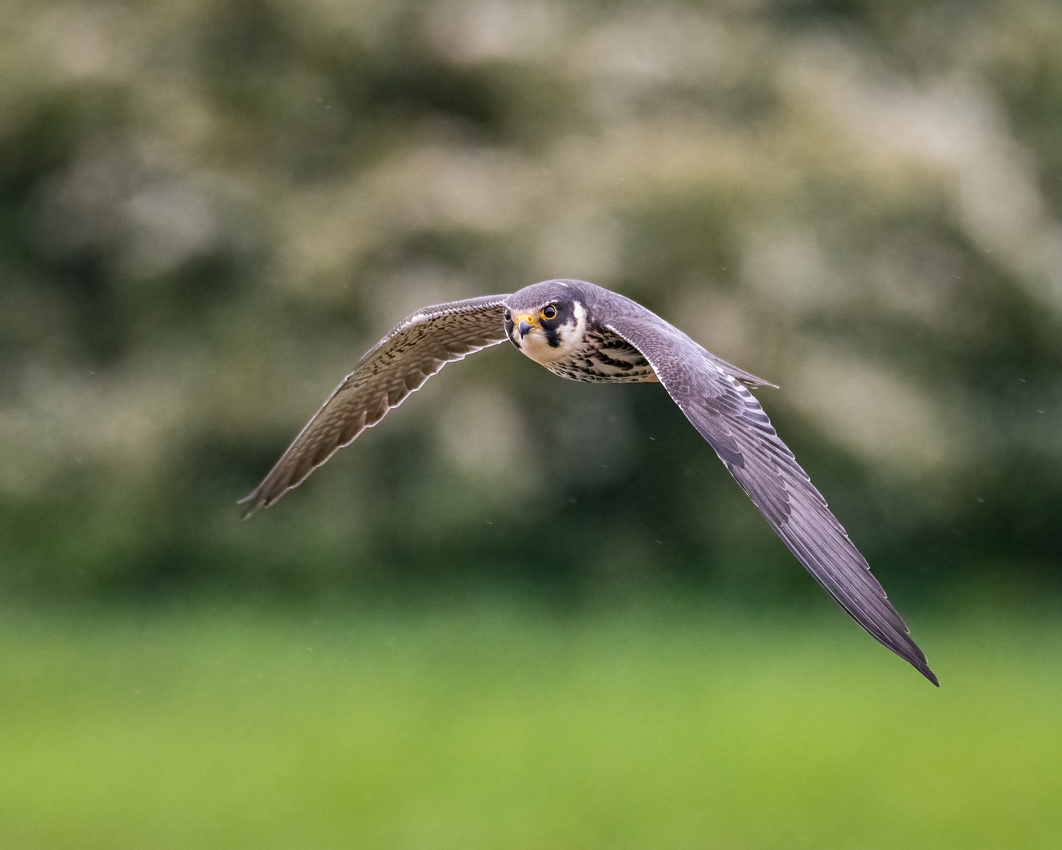 A Hobby hunting for flying insects and small birds.
A Hobby hunting for flying insects and small birds.
Once in a while I set myself a photography challenge. As plenty of swifts have just arrived in the UK which are the fastest level flying bird in the world I thought I would attempt to photograph some in flight!! It took quite a few attempts but their flight pattern is so unpredictable and can be hard to get a 'focus lock'. The knack is to wait till they turn into the wind then they slow down hopefully enough to get some shots. Not always the case but I had quite a good success rate....eventually!
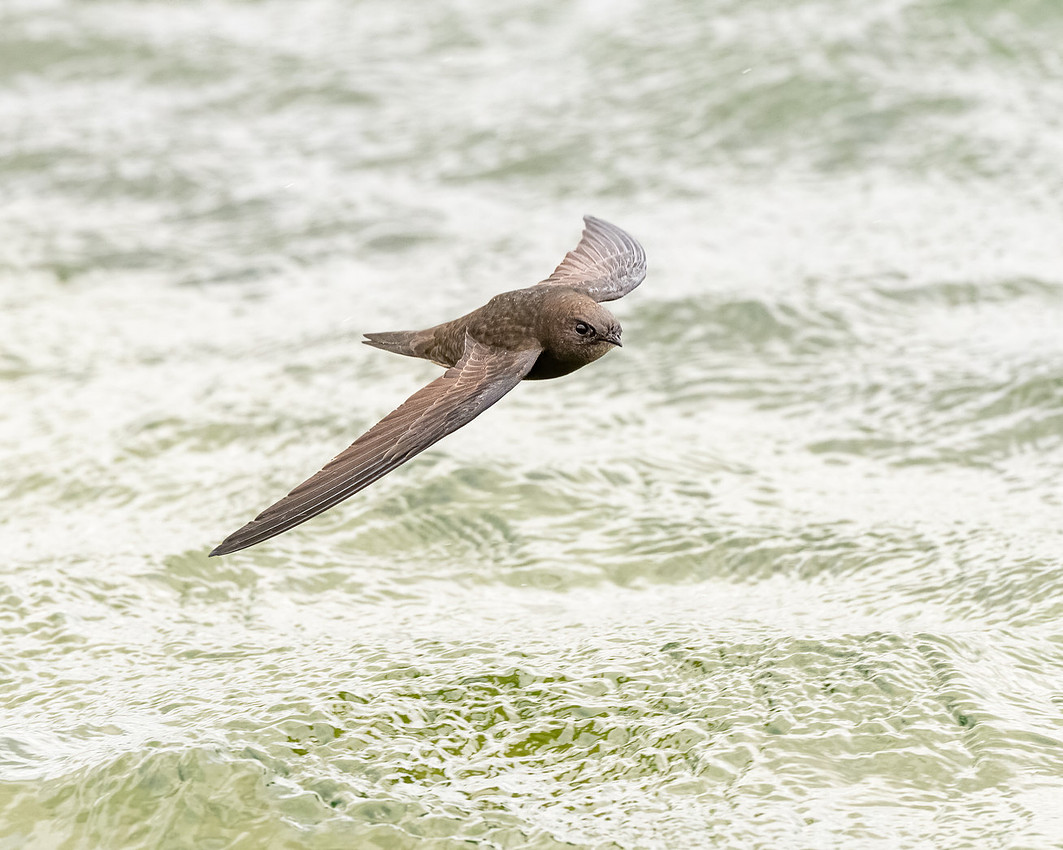 The Speedy Swift!!
The Speedy Swift!!
Last weekend I had my first motorsport fix of the year at Santa Pod Raceway which is the home of European drag racing. It wasn't a well attended event due to the weather that was forecast. There was still plenty of racing in between the showers.
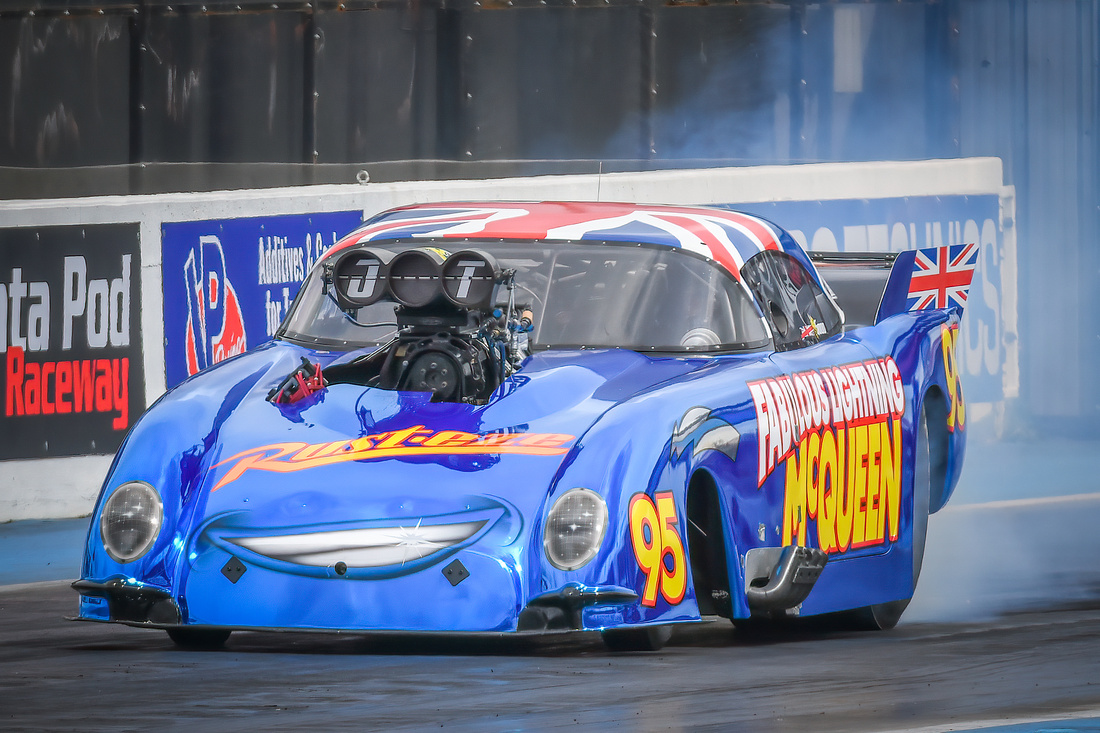 Drag racing at Santa Pod Raceway, Bedfordshire.
Drag racing at Santa Pod Raceway, Bedfordshire.
As for next month I'm looking forward to a return to Bempton Cliffs and I'm still trying to find time for a visit to Rutland to see the Ospreys which the returning pair have had 2 young.
Thank you all for reading my latest blog and thank you all for your support and kind comments.
Please continue to upload your photographs to my Photo's Page. There are some great photographs being posted.
Many more of my images can be viewed on my flickr page and Instagram.
Thanks
Steve
Welcome to my April edition of my recent photographic exploits. April was a strange month in that I had got used to staying local due to lockdown restrictions that I wasn't really bothered about travelling further than 'local'! This pandemic has affected us all in different ways and hopefully we never have to witness anything like it again. Now we have a bit more freedom I eventually got round to visiting some of my old haunts. More of that later.
The Spring migration is now in full swing with many birds arriving to breed and spend Spring/Summer here in the UK.
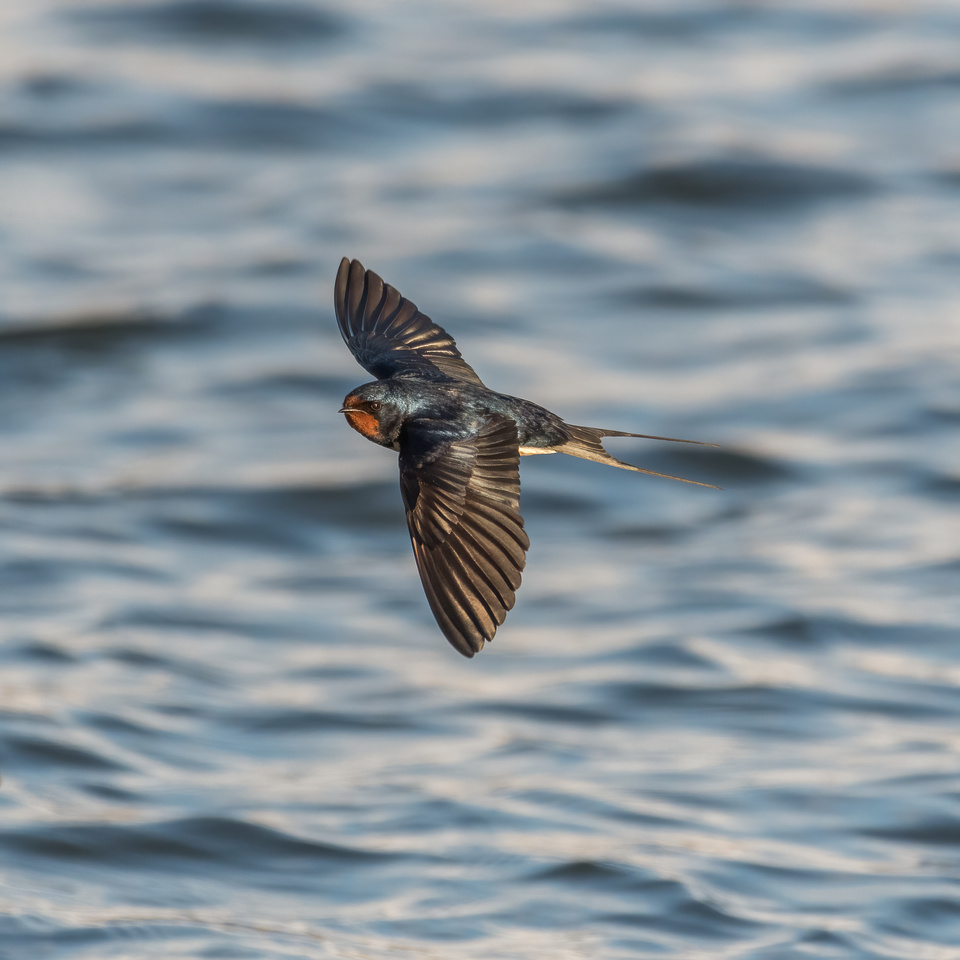 Barn swallow will spend the Summer in the UK after migrating form Africa.
Barn swallow will spend the Summer in the UK after migrating form Africa.
I bet a few of the birds arriving in the UK had a bit of a shock with the very cold easterly winds and snow in places. April was a weird month weather wise with temperatures in the low 20's one minute then we had plenty of frosty mornings.
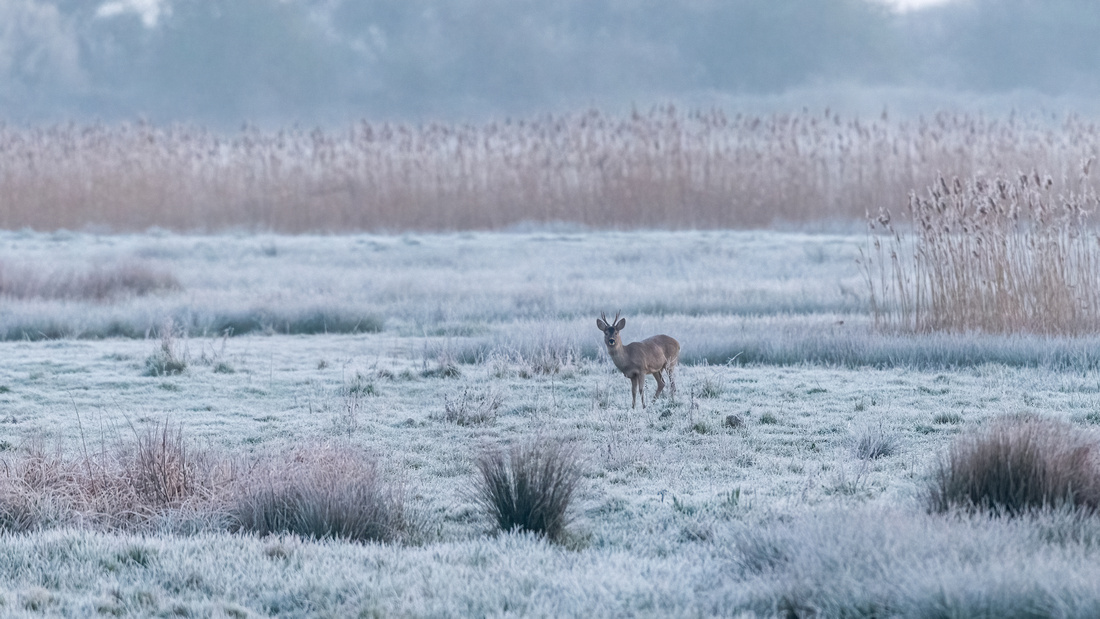 A Roe buck in frosty conditions at RSPB Otmoor, Oxfordshire.
A Roe buck in frosty conditions at RSPB Otmoor, Oxfordshire.
Most evenings after work I like to visit the reservoirs near Tring in Hertfordshire. This are a good stop off point for migrating birds. This year there has been record numbers of common terns, little gulls, yellow wagtails and black terns and I even managed to get shots of them all. I was particularly glad I got some good shots of the yellow wagtails. They always brighten up a dull day.
 Yellow wagtail at Tring reservoirs, Herts.
Yellow wagtail at Tring reservoirs, Herts.
I tend to visit locations before sunrise when wildlife can be at its most active and there is less human disturbance. You never know what you will see and usually the light conditions are the best which in turn make for great photographs.
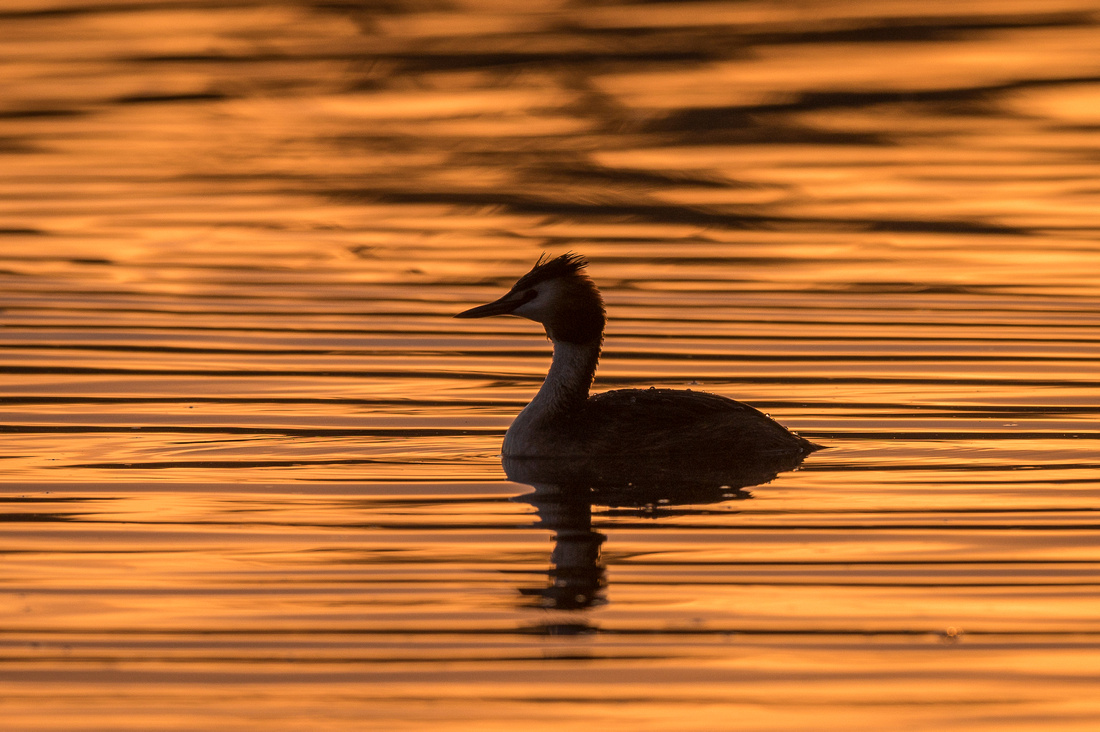 Great crested grebe at sunrise.
Great crested grebe at sunrise.
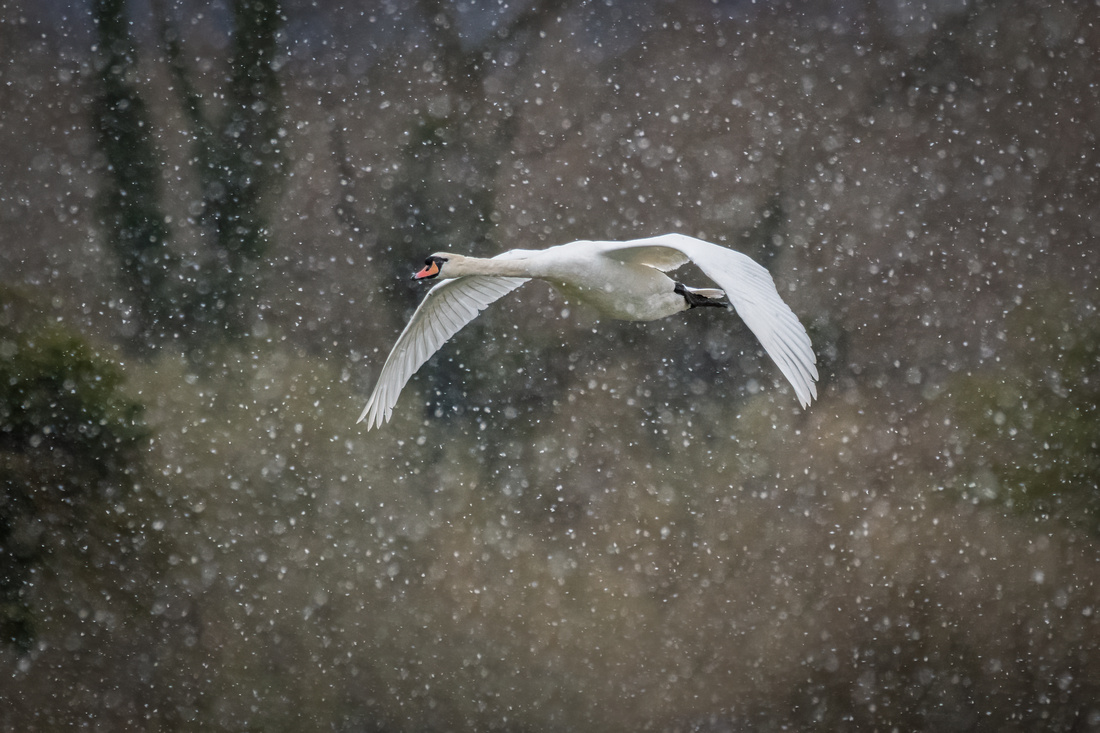 Snow in April!
Snow in April!
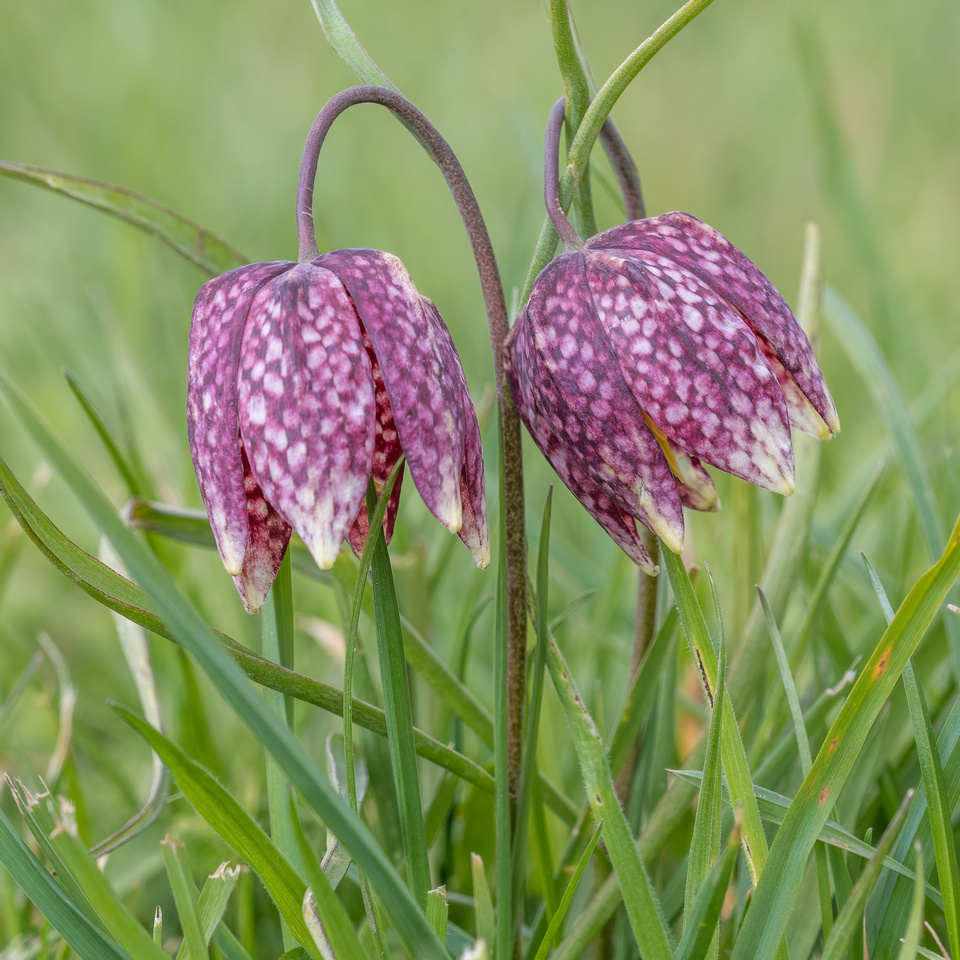 Snake's head fritillary is now making a come back in managed sites.
Snake's head fritillary is now making a come back in managed sites.
Now more nature reserves and green spaces are opening up again I decided to visit a couple of places I missed during 'lockdown'. Like most places at the moment you still have to pre book your visit which I find a bit of a faff to be honest but that's the rules. My first trip was to the Hawk conservancy trust in Hampshire. I really enjoy the flying displays here and they fly a good variety of birds of prey and not just one at once!
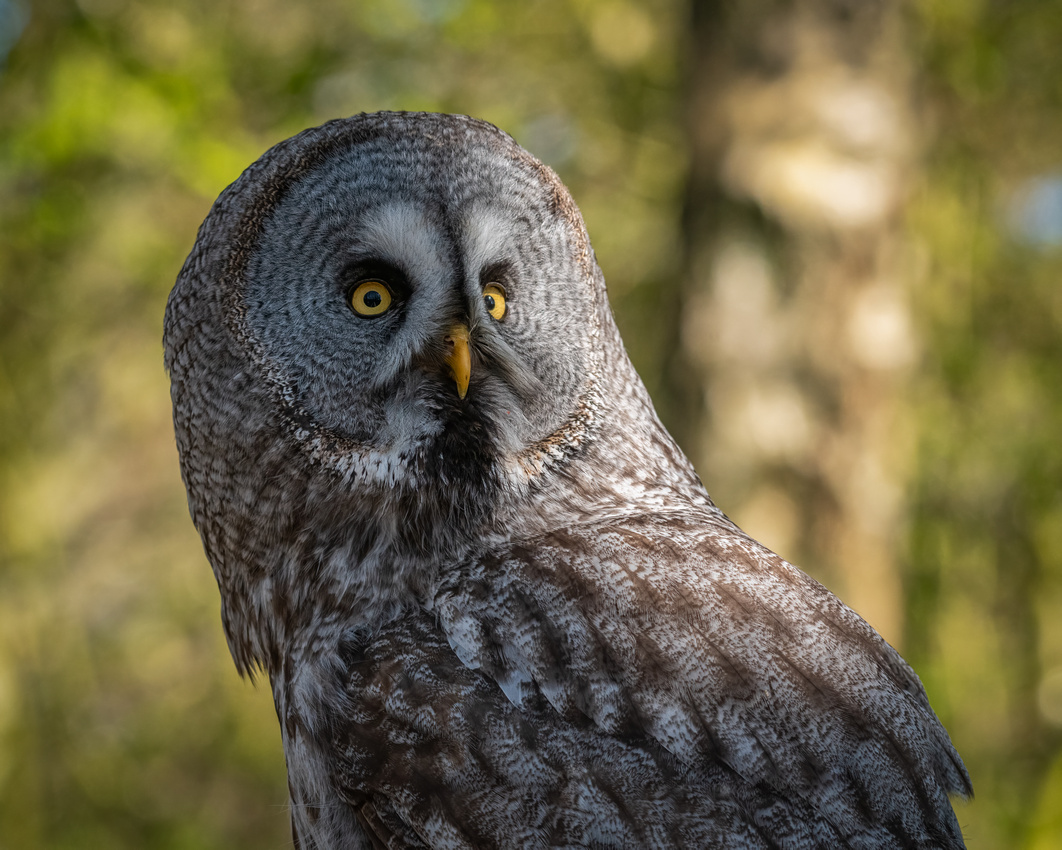 Great grey owl at the Hawk conservancy.
Great grey owl at the Hawk conservancy.
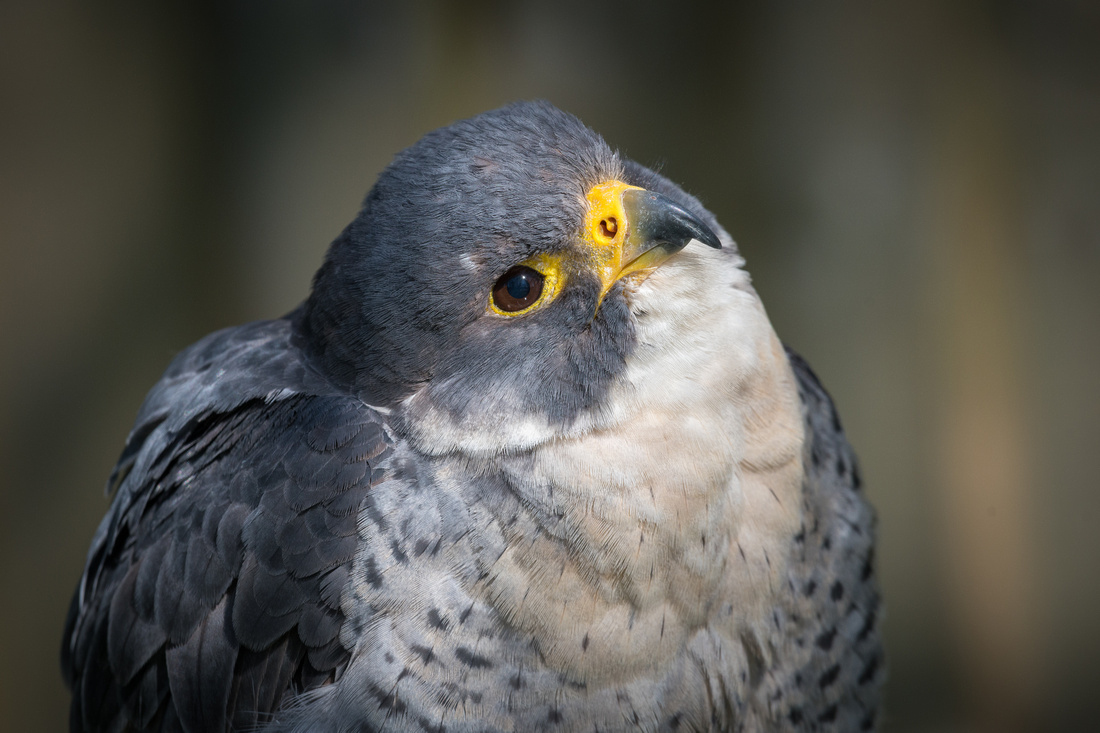 Peregrine falcon is the fastest animal on the planet reaching speeds of up to 200mph in a dive!
Peregrine falcon is the fastest animal on the planet reaching speeds of up to 200mph in a dive!
During the last weekend of April I visited the wetland centre at Arundel, West Sussex. This was my first visit in over 2 years. On my last visit I got a speeding ticket which is another story!! I was keen to see the new aviary they had just recently opened. Even though the wildlife hides are still closed till mid May I still had a great time seeing the new display. I think I spent most of the day in the aviary.....and frequent visits to the cafe for coffee and cake!
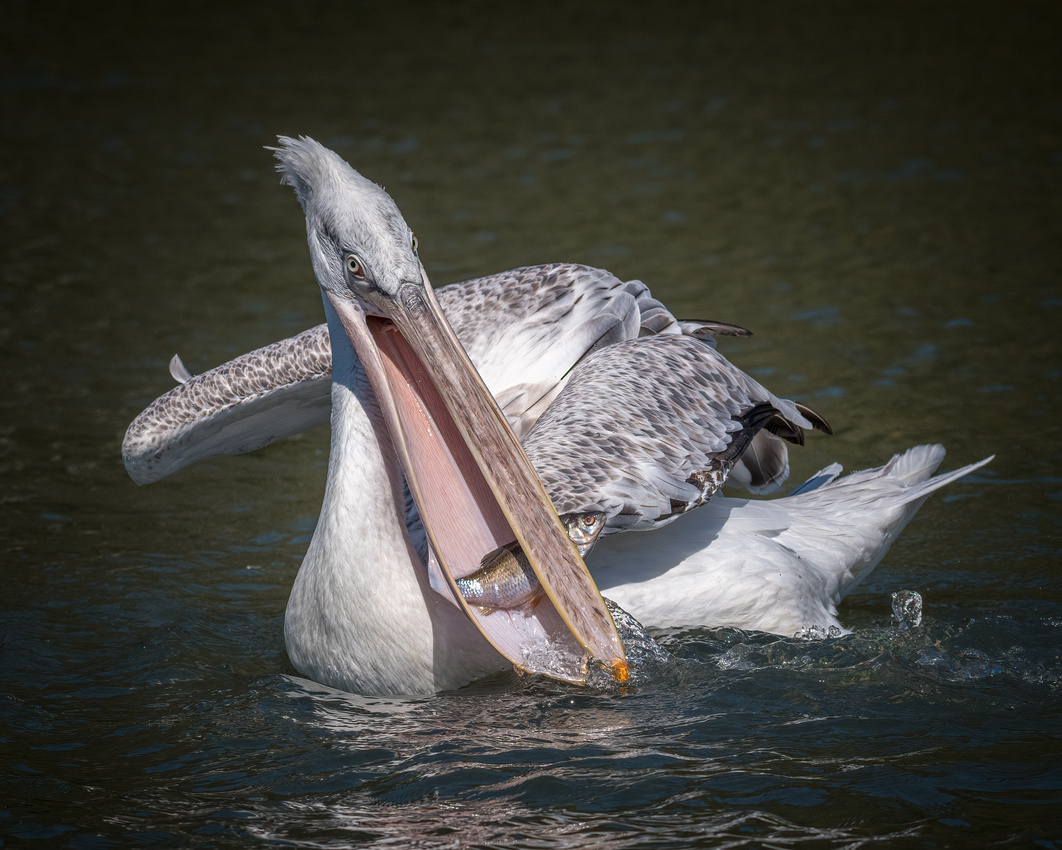 Feeding time for the Dalmatian pelicans in the new aviary at Arundel.
Feeding time for the Dalmatian pelicans in the new aviary at Arundel.
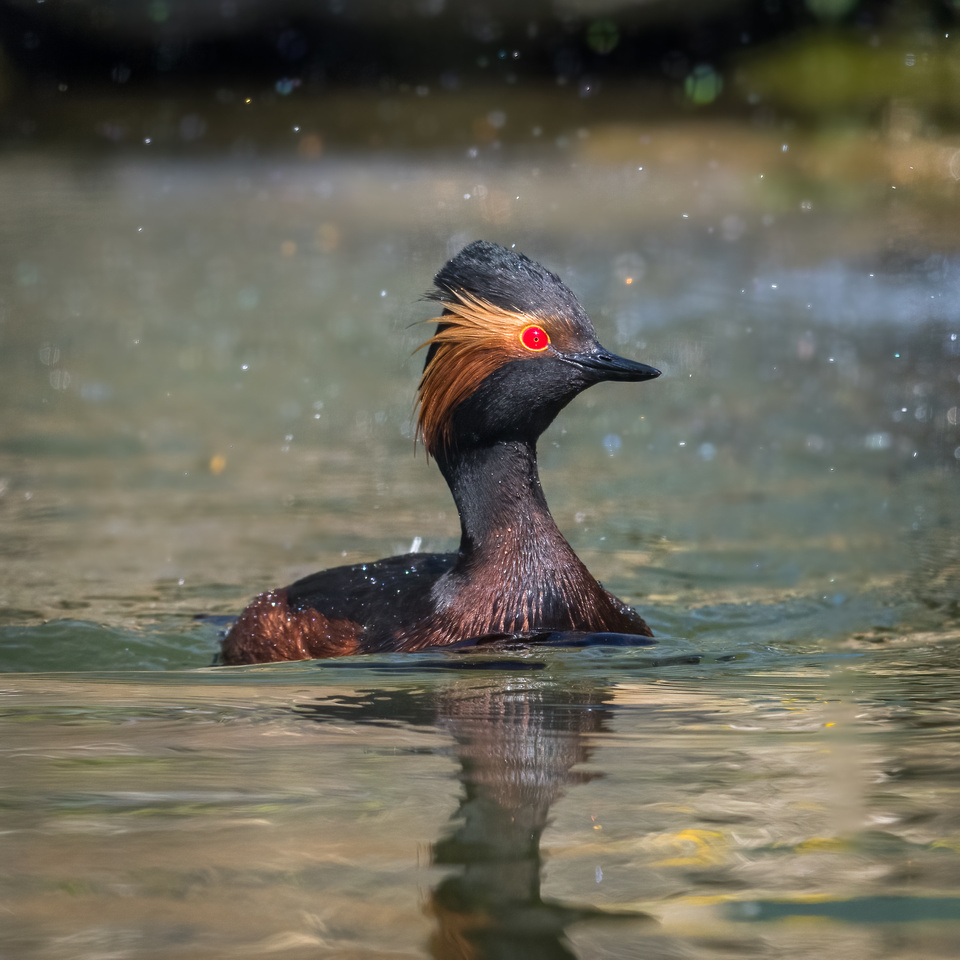 Black necked grebe at Arundel. Those eyes are amazing!
Black necked grebe at Arundel. Those eyes are amazing!
Most of the shots I took in April were with my new lens which is the Nikon 200-500mm f5.6ED. I normally use a 500mm f4 prime lens but they are big and heavy but the quality is amazing. I am very happy with the new lens. It's lightweight and sharp but my only gripe is the auto focusing speed which is a tad slower especially when the light levels drop. I am going to persevere with it. This weekend 1/2 May I am planning on visiting Bempton Cliffs on the Yorkshire coast for my annual seabird fix. This will be a real test for the new lens as fast focusing is vital here with so many birds flying above the cliffs. I will still take the prime lens just in case!
Also during May I'm making a visit to my native Lancashire to see family and visit a few wildlife locations. Hopefully during May I can also get to Rutland to see the Ospreys.
Thank you all for reading my latest blog and thank you all for your support and kind comments over this difficult period we are all experiencing.
Please continue to upload your photographs to my Photo's Page. There are some great photographs being posted.
Many more of my images can be viewed on my flickr page and Instagram.
Thanks
Steve
Welcome to the March edition of my photographic exploits. The first half of the month was mostly spent at the RSPB reserve at Otmoor east of Oxford. I was there most days trying to track down the not so mad March hares! I guess they are like us in a way that we prefer the warmer weather to the cold wind and rain!! I've also spent some evenings down at Tring reservoirs photographing the waterfowl, namely the Mandarin ducks which always look good whatever the weather.
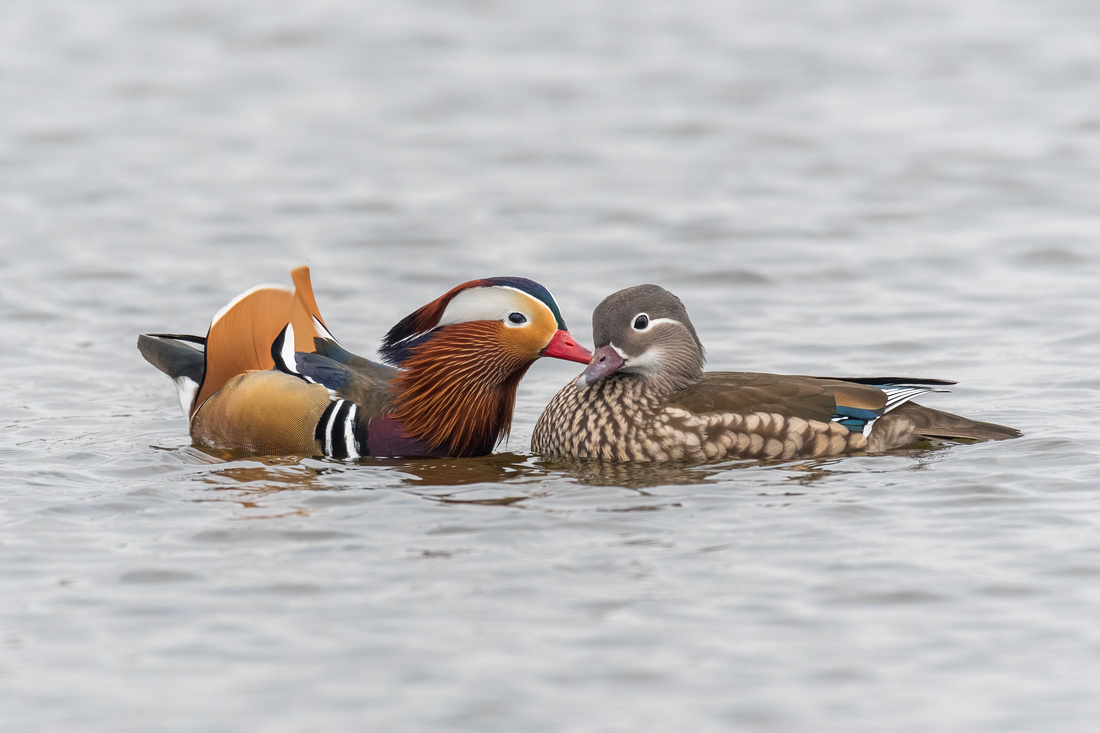 Mr & Mrs Mandarin duck. I think she's playing hard to get!
Mr & Mrs Mandarin duck. I think she's playing hard to get!
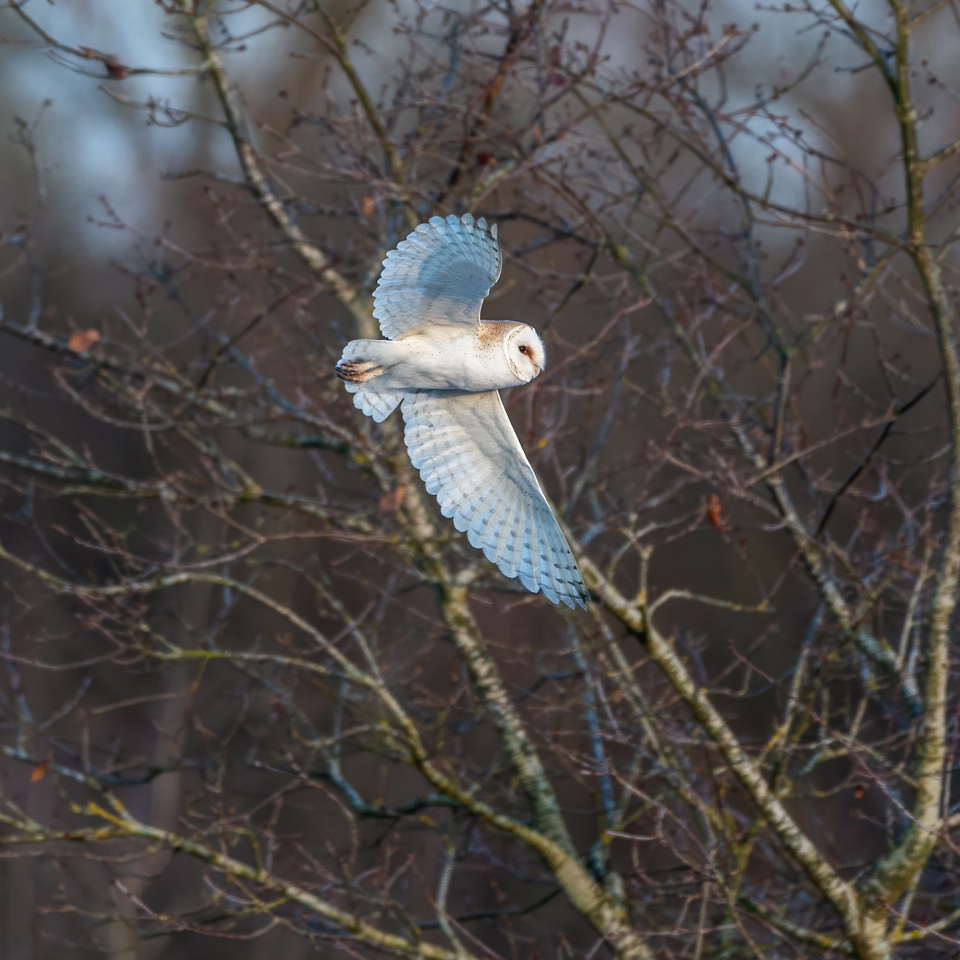 Managed to find the Barn owl on an early morning trip to RSPB Otmoor
Managed to find the Barn owl on an early morning trip to RSPB Otmoor
I also made a few trips to Farmoor reservoir which is great for cormorants. I find them quite entertaining to watch with their frequent squabbles and watching them fishing. They sometimes catch large fish and manage to swallow whole!
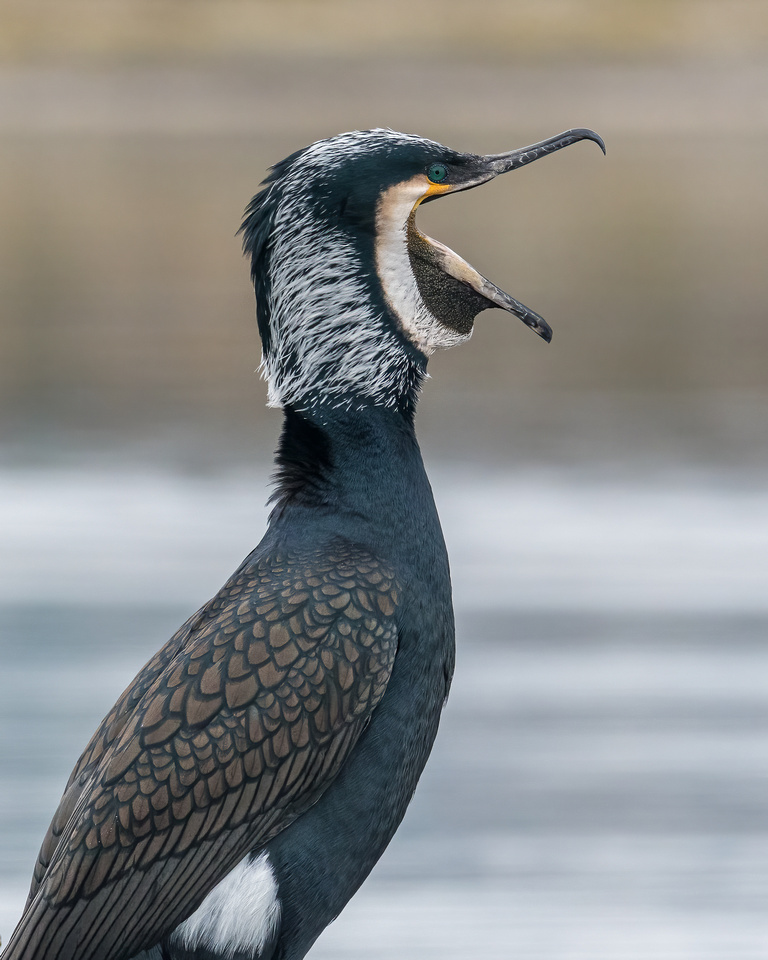
Plenty of room in that mouth for a big fish! Cormorant at Farmoor reservoir.
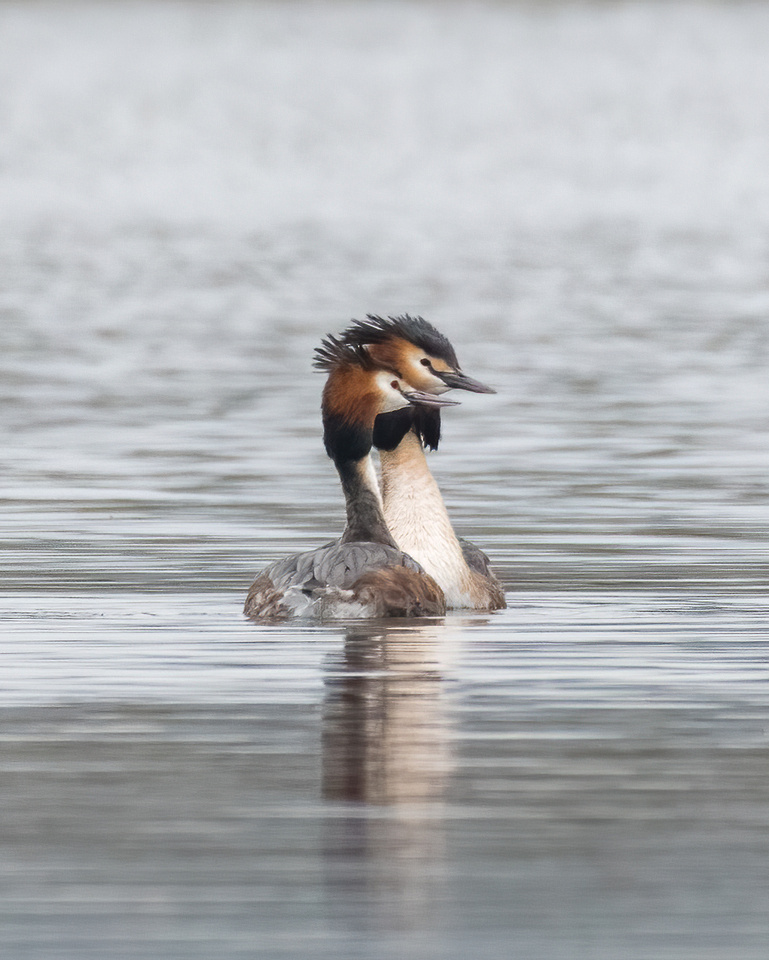
The Great crested grebes were also pairing up with their synchronised dance routine.
Wildfowl such as ducks and geese will spend the Winter at Farmoor. Snow and Barnacle geese are the highlight for me to photograph.
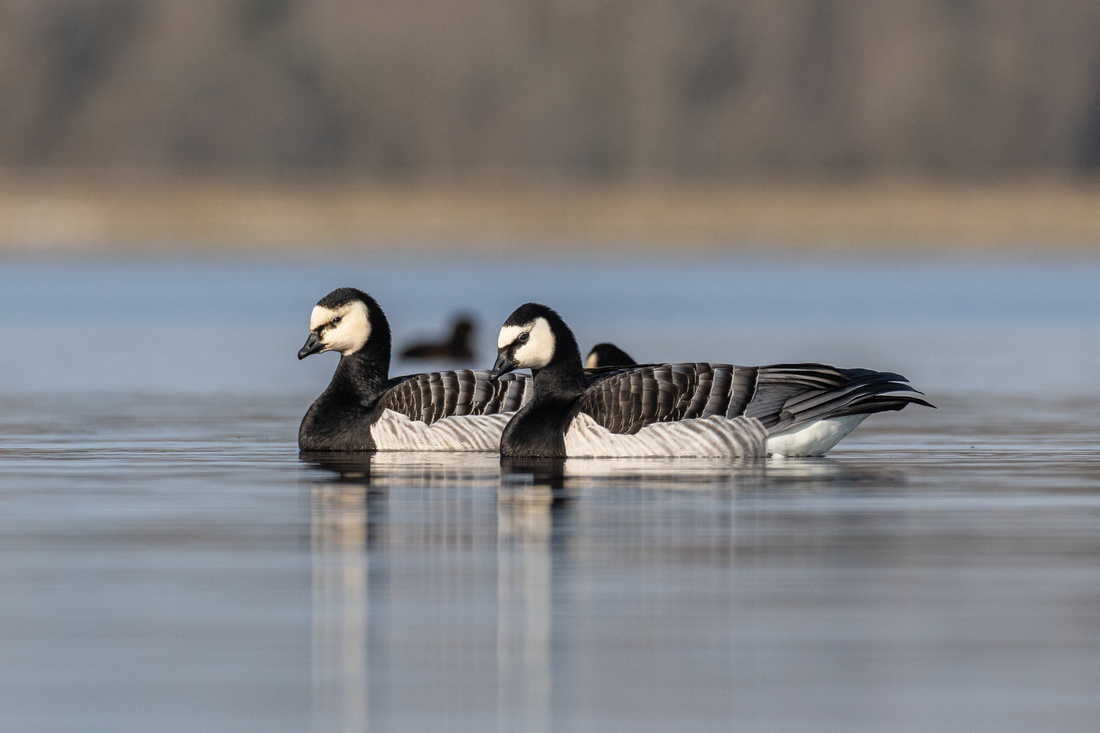 Barnacle geese chilling out on Farmoor res.
Barnacle geese chilling out on Farmoor res.
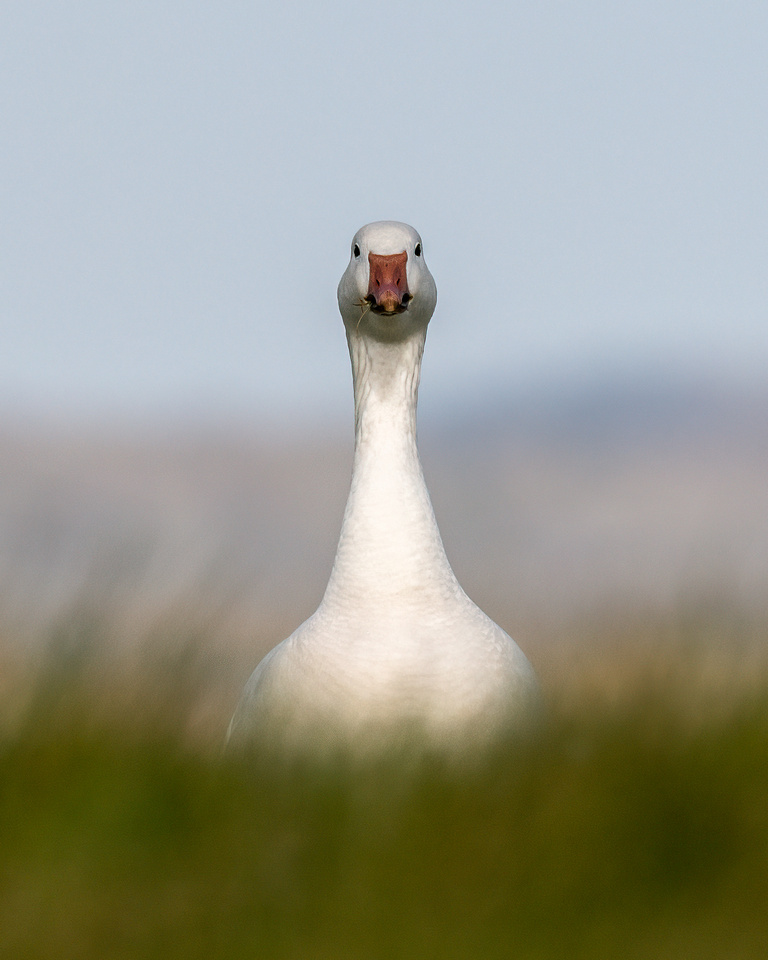
Around 90 Snow geese spend the Winter months at Farmoor.
As March slowly begins to warm up I have been seeing more hares especially when I've been out cycling. Sadly I haven't taken many photos of them as they've been quite distant. Not an easy animal to get close to but I've not given up yet!
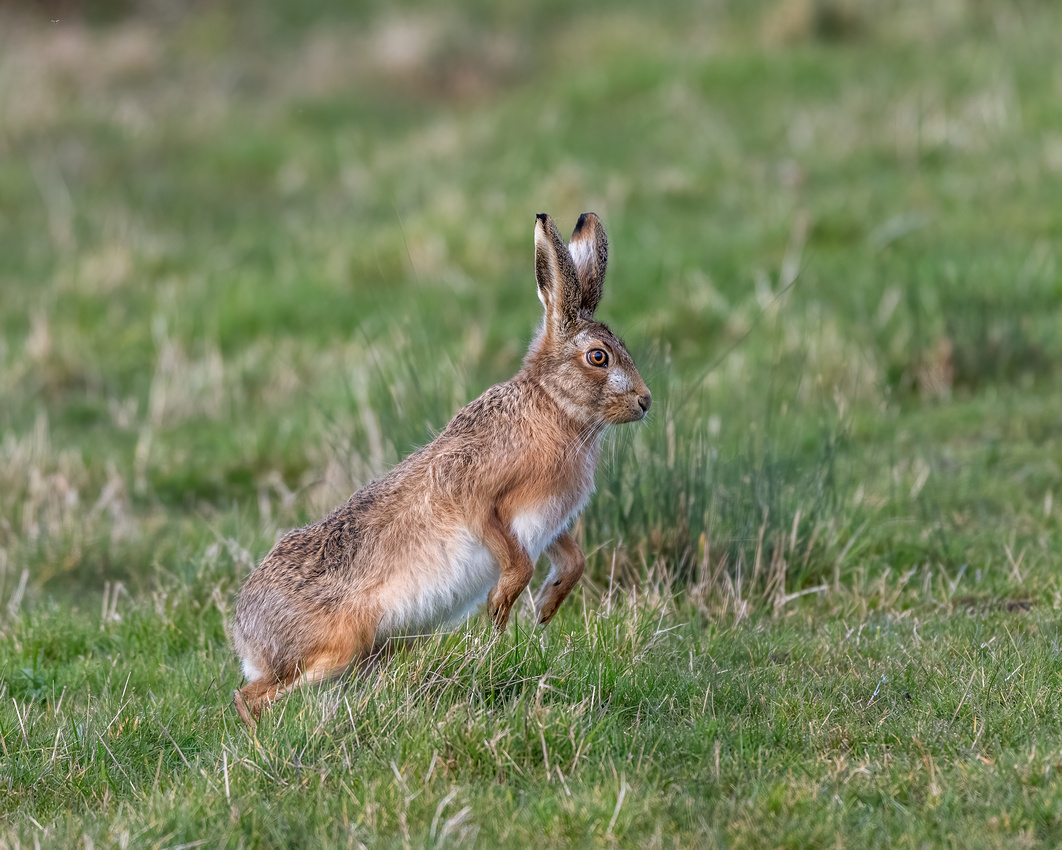 Hares don't hang around long enough to get many shots!
Hares don't hang around long enough to get many shots!
In the last week of March I have witnessed signs of the Spring migration with wheatears, sand martins and skylarks to name just a few. During April we should start seeing a lot more such as swallows, warblers and wading birds. Something to watch or listen out for in the coming weeks are the cuckoo's all the way from Africa. Hoping to get some images this year. Last year many reserves were closed due to the outbreak of Covid.
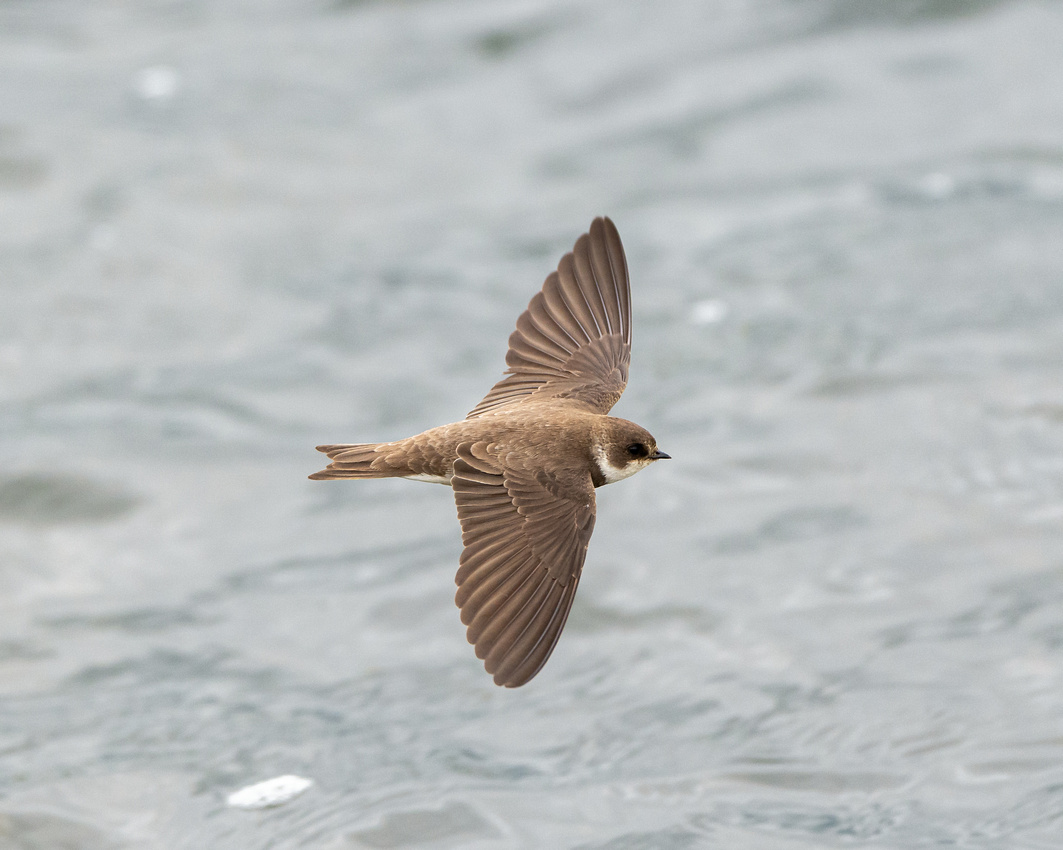 Sand martin, one of the first Summer visitors to arrive back in the UK.
Sand martin, one of the first Summer visitors to arrive back in the UK.
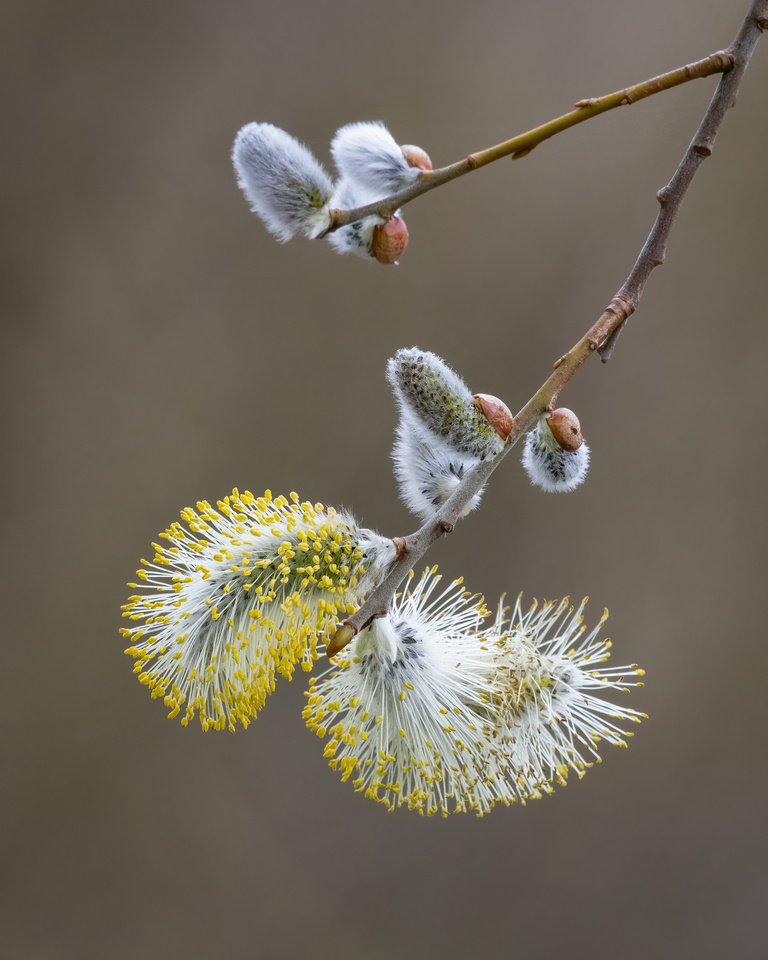
Signs of Spring - Pussy Willow
April looks quite promising with more reserves and animal sanctuaries reopening. Pre-booking is still required at most places until lockdown starts to ease mid year. Also the Spring migration will be in full swing and hopefully the weather will be better!
Thank you all for reading my latest blog and thank you all for your support and kind comments over this difficult period we are all experiencing. It makes it all worth the while in the end.
Please continue to upload your photographs to my Photo's Page. There are some great photographs being posted.
Many more of my images can be viewed on my flickr page and Instagram.
Thanks
Steve
Another month of staying local so I was spending most of my time at locations in South Oxfordshire/Bucks. Lockdown restrictions are to be slowly relaxed with normality being reached in June. Not sure which June though! LOL.
February was a very cold and wet month with all the rain and snow which then froze. Things were that bad at Otmoor I was considering buying a dinghy! It was a challenging time for the wildlife but they adapt in dire conditions. I tried to make the most of the snowy conditions photographing the birds foraging in the snow. The smaller birds are given a helping hand with seed being scattered 3 times a week.
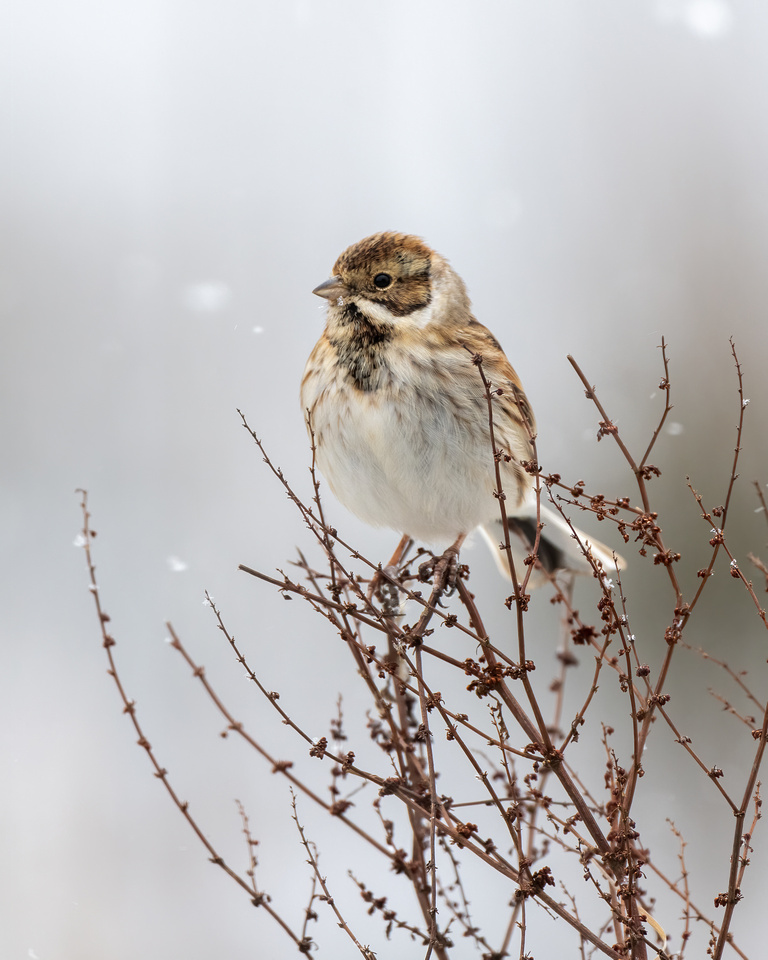
Reed bunting at RSPB Otmoor.
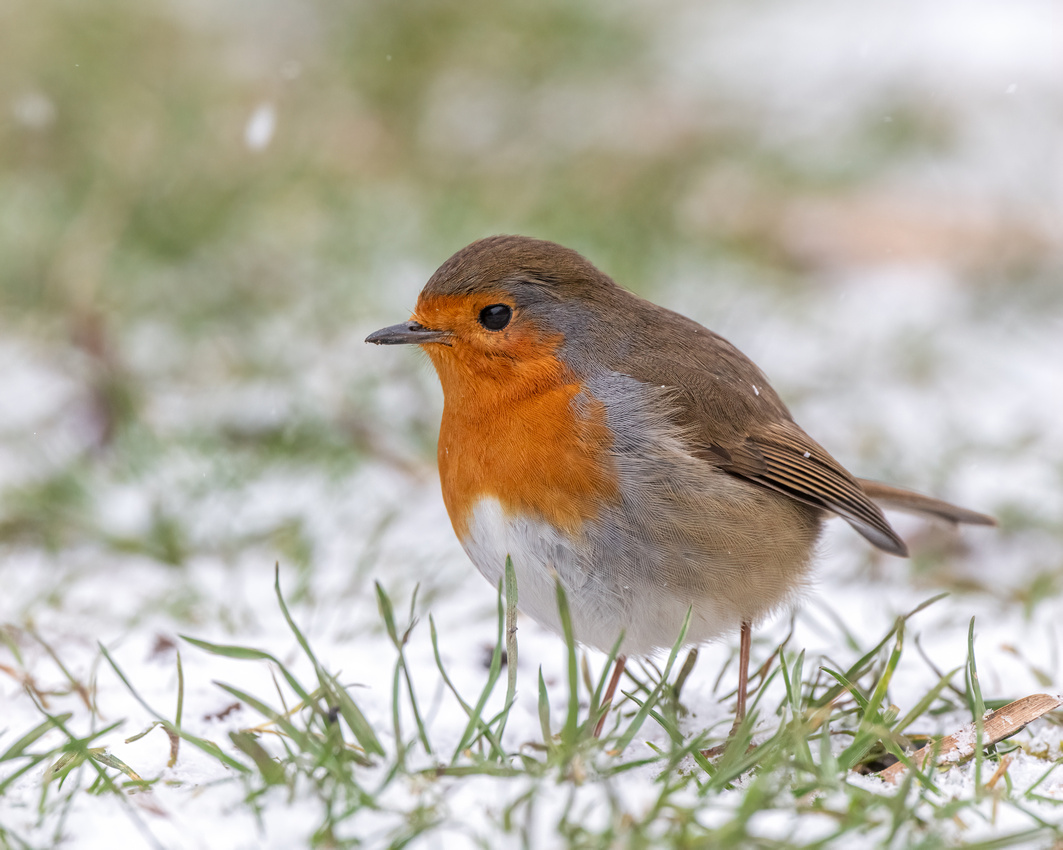 Who can resist a snowy robin picture?
Who can resist a snowy robin picture?
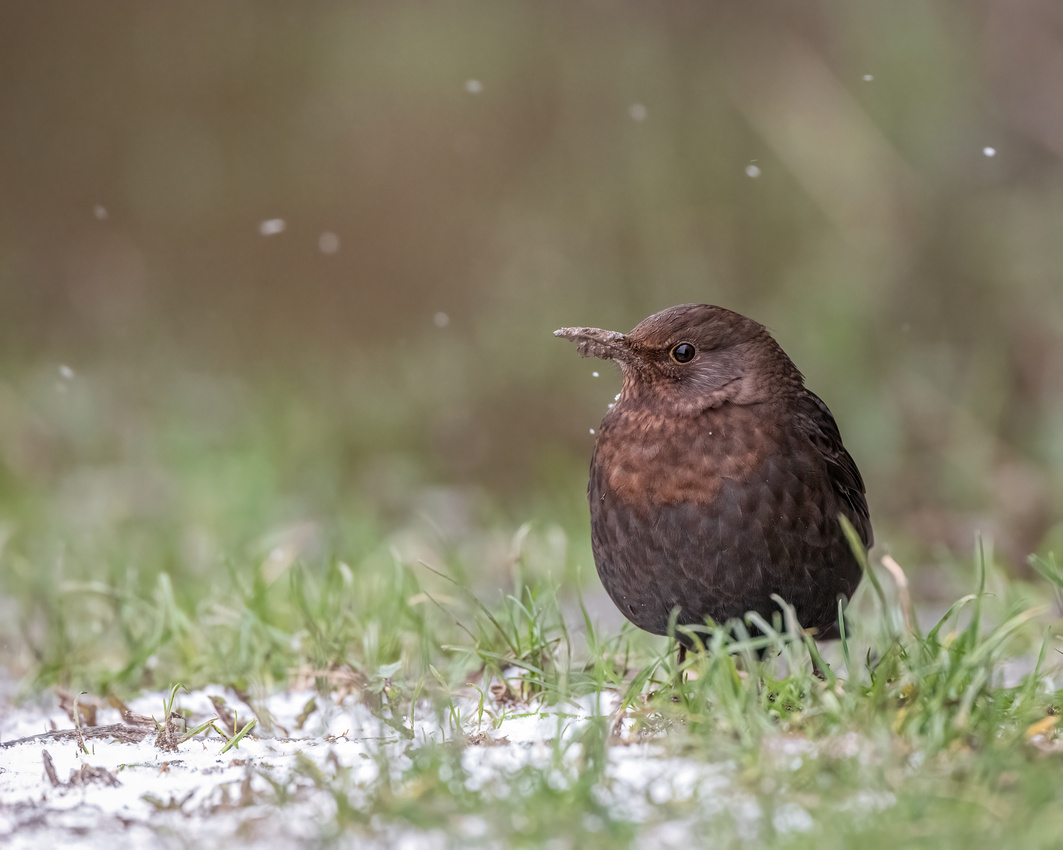 Mrs Blackbird not impressed with the falling snow.
Mrs Blackbird not impressed with the falling snow.
I also paid a few visits to Tring reservoirs mainly for shots of the sunrise and frosty boatyard. There was plenty of wildfowl which are regularly fed by visitors.
Mute swan checking its reflection on a frozen Tring reservoir.
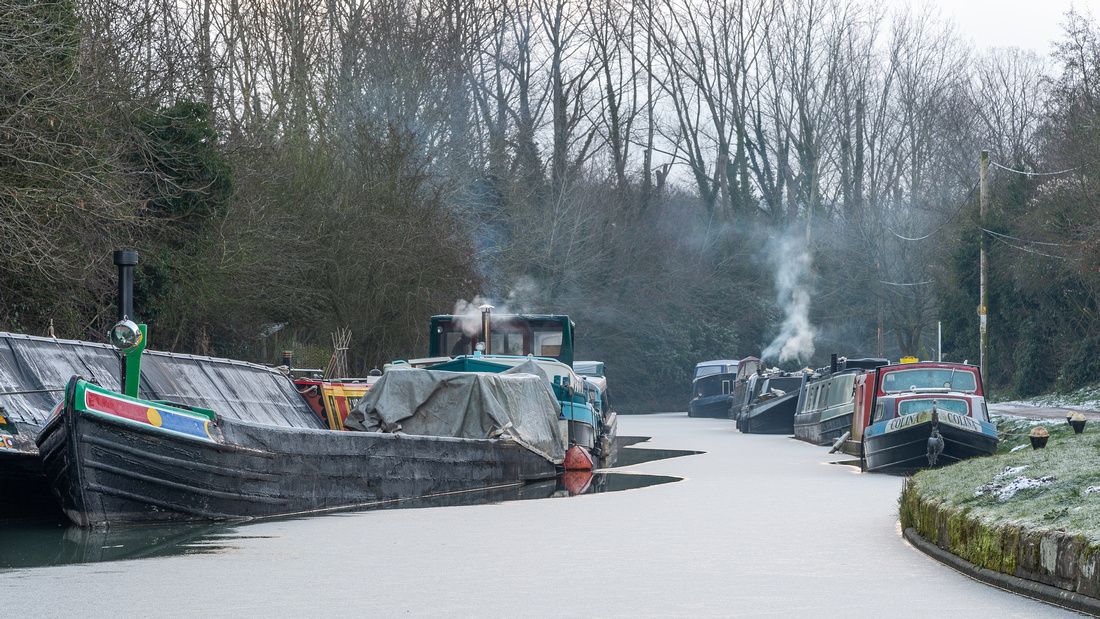 A frozen Bulborne Canal Works
A frozen Bulborne Canal Works
Grand Union canal, Marsworth.
Over the past week the weather has warmed up considerably and the water levels have dropped. There is a hint of Spring in the air with buds on the trees, flowers in the hedgerows and birds singing for a mate. Also I can stop dressing up like an eskimo to brave the elements!
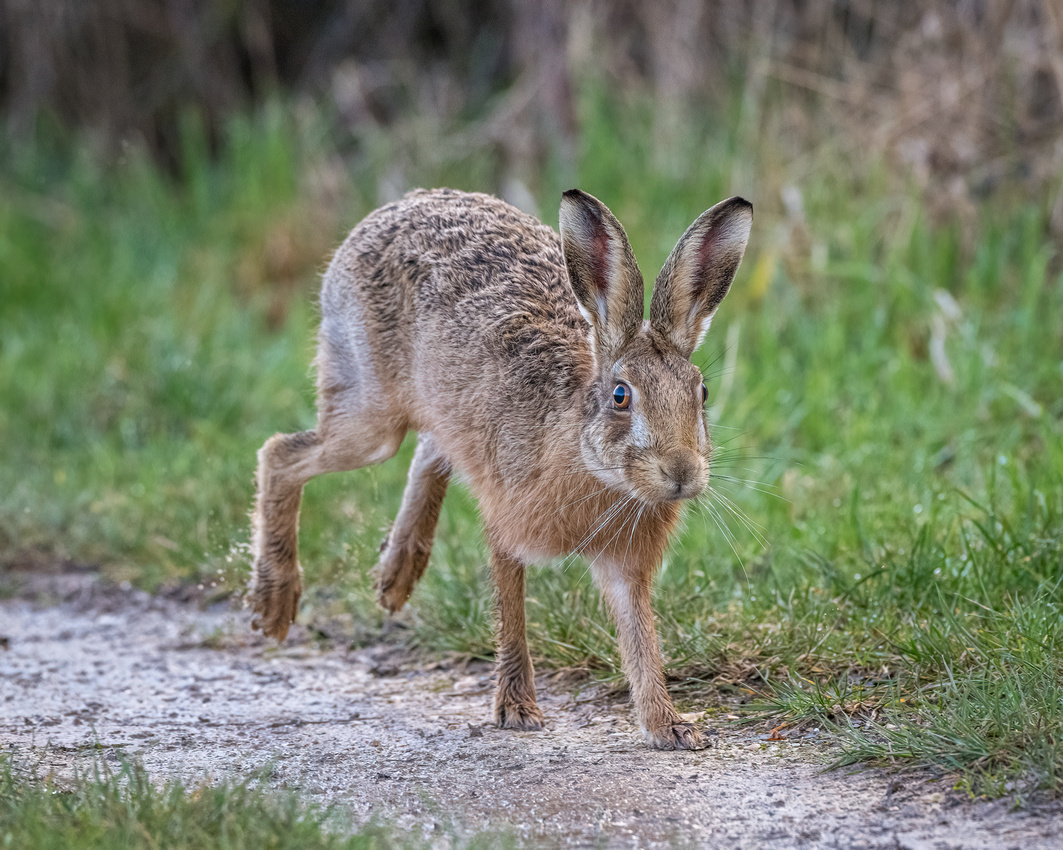 Brown hares will become more active in the coming weeks
Brown hares will become more active in the coming weeks
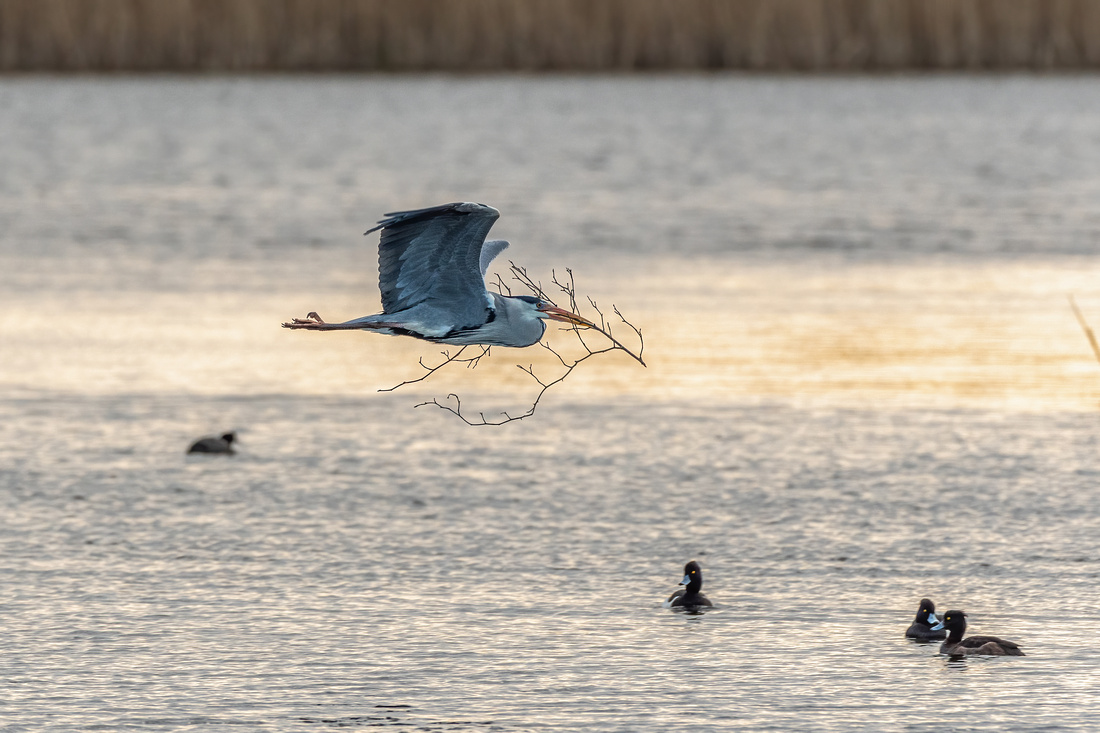 Grey heron collecting nesting material at RSPB Otmoor.
Grey heron collecting nesting material at RSPB Otmoor.
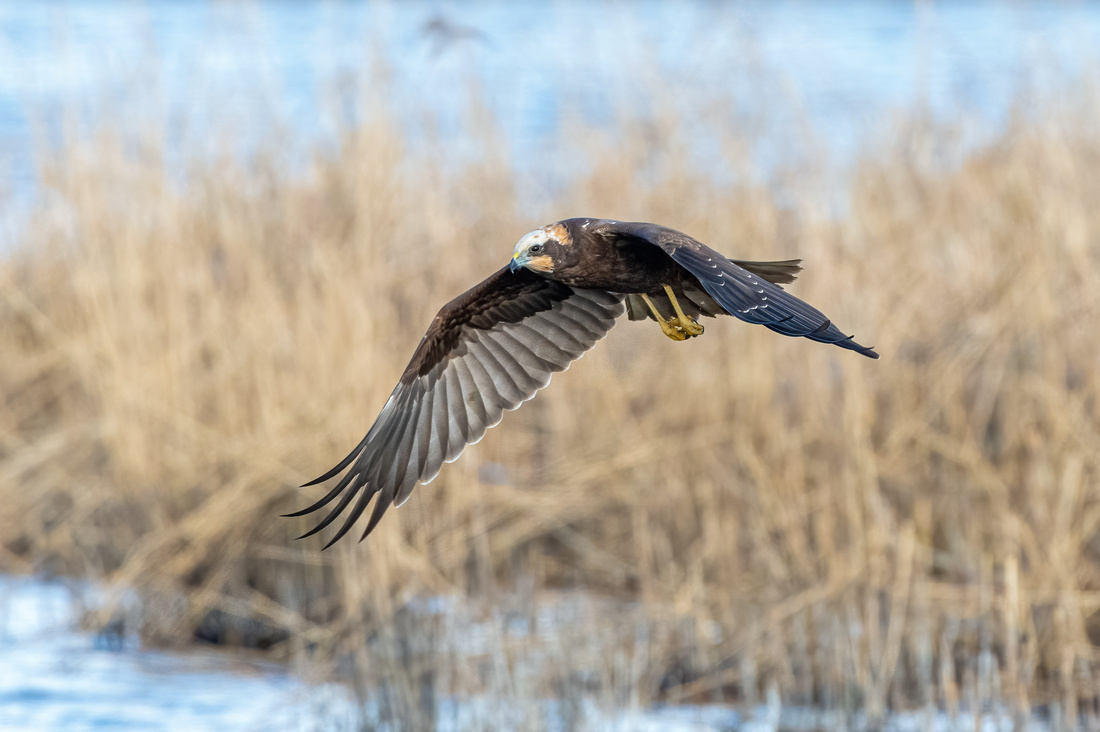 Female Marsh harrier displaying. Once a rare bird in the UK. Thanks to conservation efforts their numbers are increasing.
Female Marsh harrier displaying. Once a rare bird in the UK. Thanks to conservation efforts their numbers are increasing.
As I'm writing this I had a notification from the Bird Photographer of the Year officials. One of my entries has made it to the final stage of judging!!
This is the first time I have entered this competition and I never expected to do this well never mind reach the final stages. There are thousands of entries from all over the world so fingers crossed I can go all the way!
Thank you all for reading my latest blog and thank you all for your support and kind comments over this difficult period we are all experiencing. It makes it all worth the while in the end.
Please continue to upload your photographs to my Photo's Page. There are some great photographs being posted.
Many more of my images can be viewed on my flickr page and Instagram.
Thanks
Steve
What is it about January that makes it seem longer than any other month? As I write this blog on the 37th January I haven't really been anywhere apart from staying local! There is still plenty to see on your daily exercise. I occasionally cycle round the South Oxfordshire countryside and see plenty of wildlife. The thing is my camera is too heavy to carry on my bike!
 Grey squirrel foraging in the snow.
Grey squirrel foraging in the snow.
At this time of the year many birds are looking their best ready to mate and can be heard singing to establish territories or attract a mate. Kingfishers can be seen chasing each other down water courses to claim a territory. Soon they will hopefully pair up and seek a nesting site.
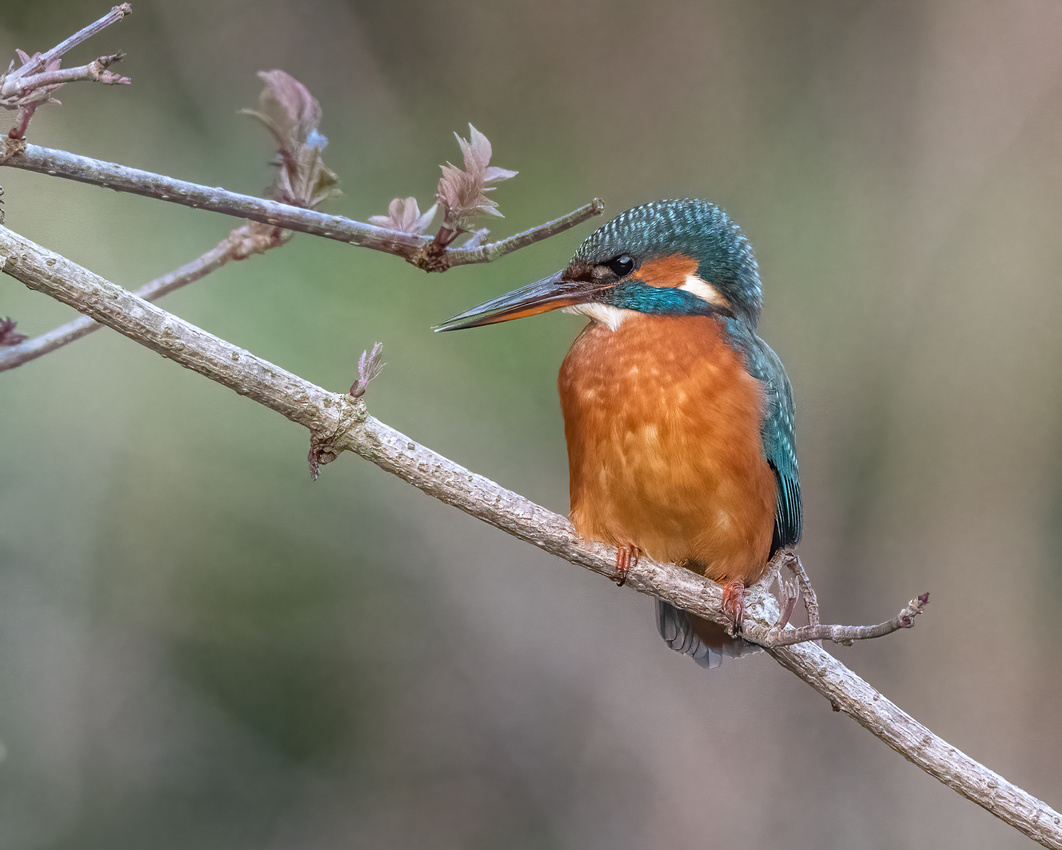 Mrs Kingfisher looking her best for a potential mate.
Mrs Kingfisher looking her best for a potential mate.
While there are still berries in the hedgerows you will still see thrushes (Fieldfare, redwings & blackbirds). At this time of year wildlife will need an extra helping hand from us so please keep your bird feeders filled and also leave water out. They still need water to drink and bathe in during the Winter months.
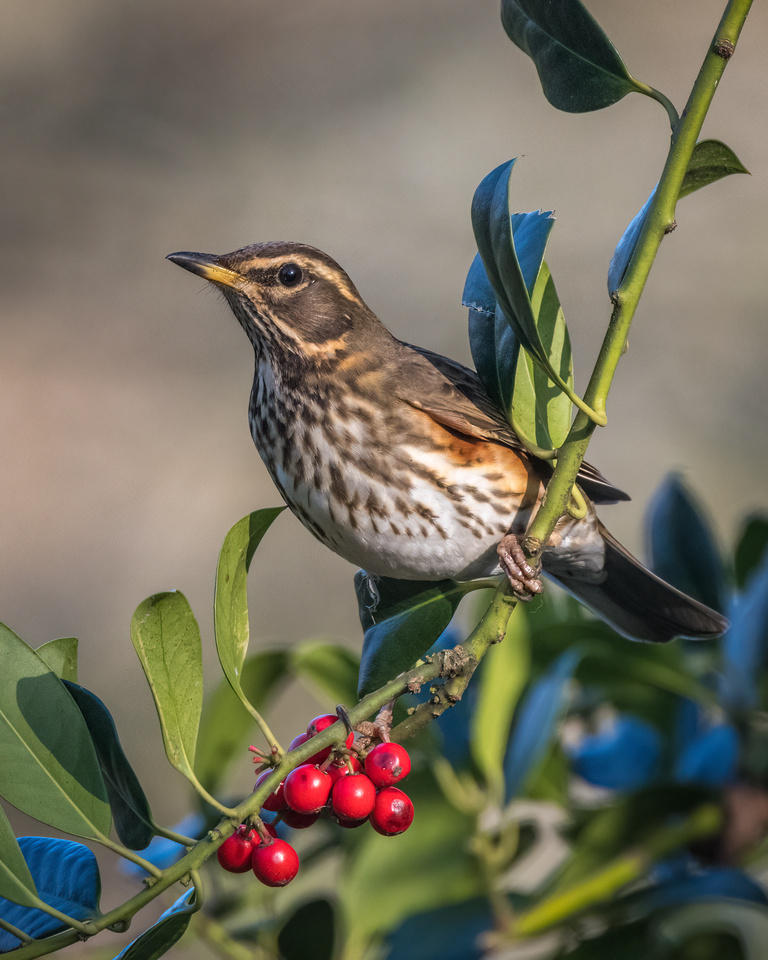 Redwing with some tasty holly berries.
Redwing with some tasty holly berries.
One of the few places I have visited is RSPB Otmoor which is only a few miles away. With all the recent stormy wet weather and sub zero temperatures the fields around the reserve are like skating rinks! There is still plenty of birdlife around but can be quite distant. My highlight species there at this time of the year are the Winter thrushes and finches/buntings. They always add a bit of colour to gloomy overcast days.
 Male Yellowhammer dining on seed that is put out for them during Winter. RSPB Otmoor.
Male Yellowhammer dining on seed that is put out for them during Winter. RSPB Otmoor.
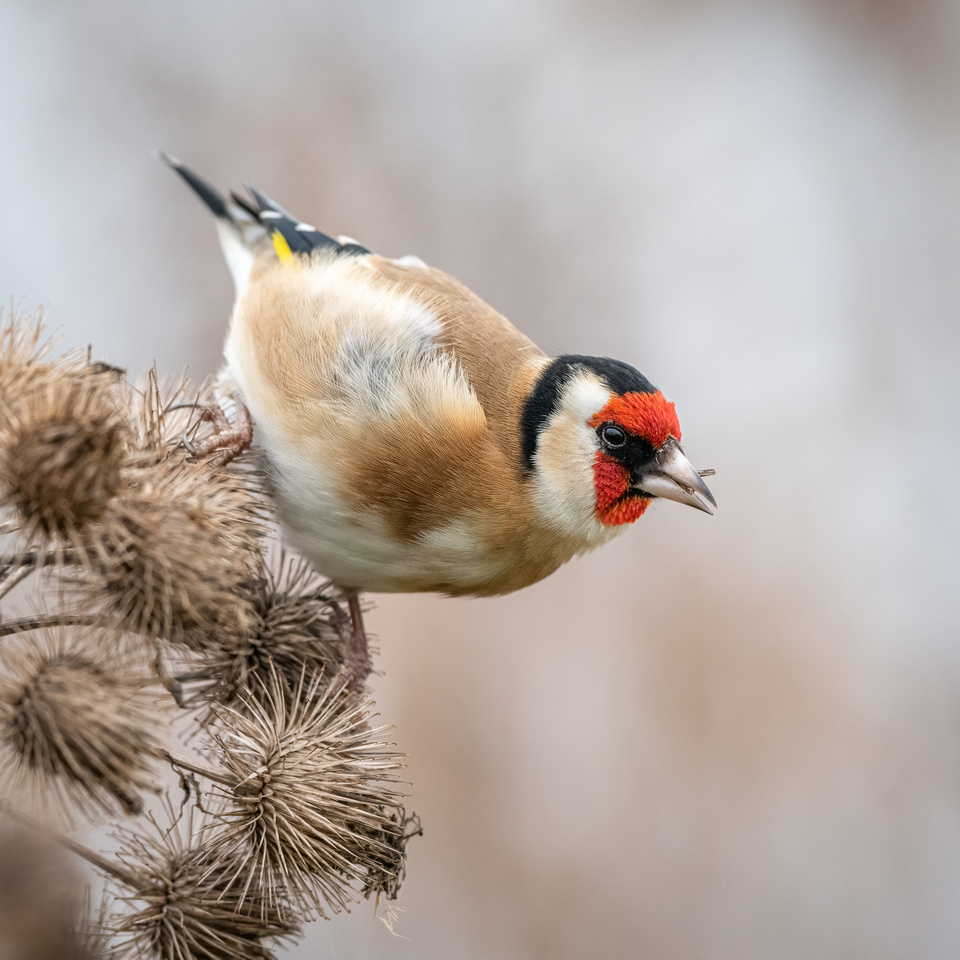 Goldfinch feeding on teasel heads.
Goldfinch feeding on teasel heads.
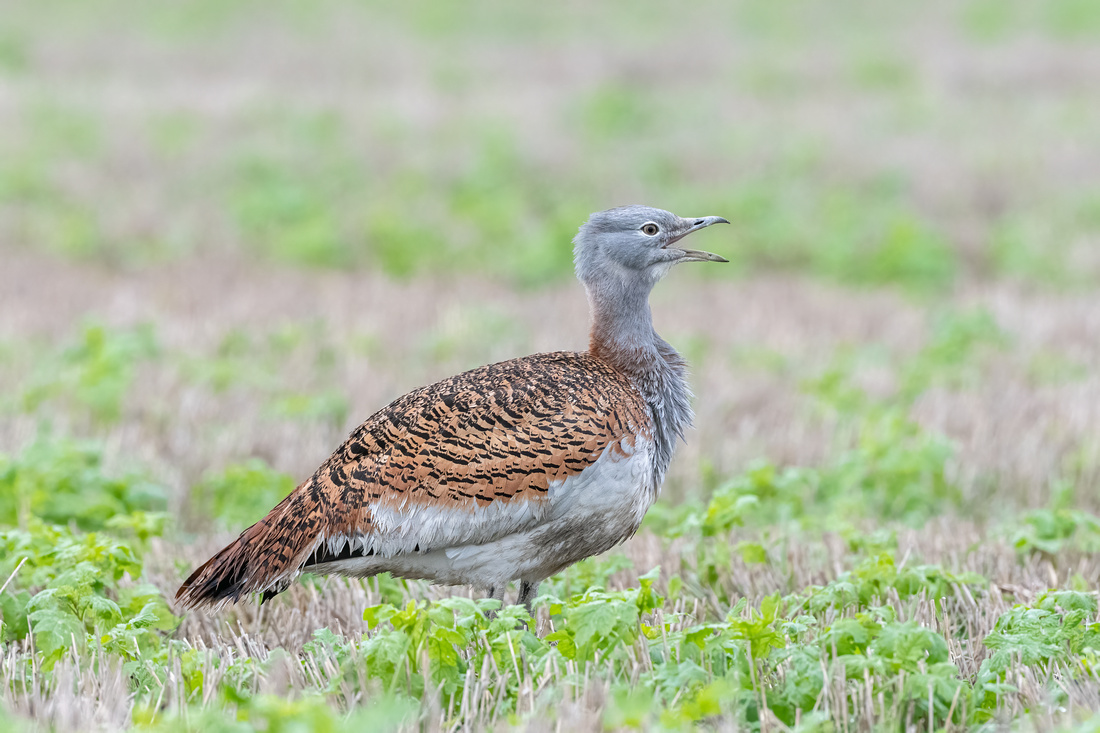 The Great Bustard can still be seen in South Oxfordshire
The Great Bustard can still be seen in South Oxfordshire
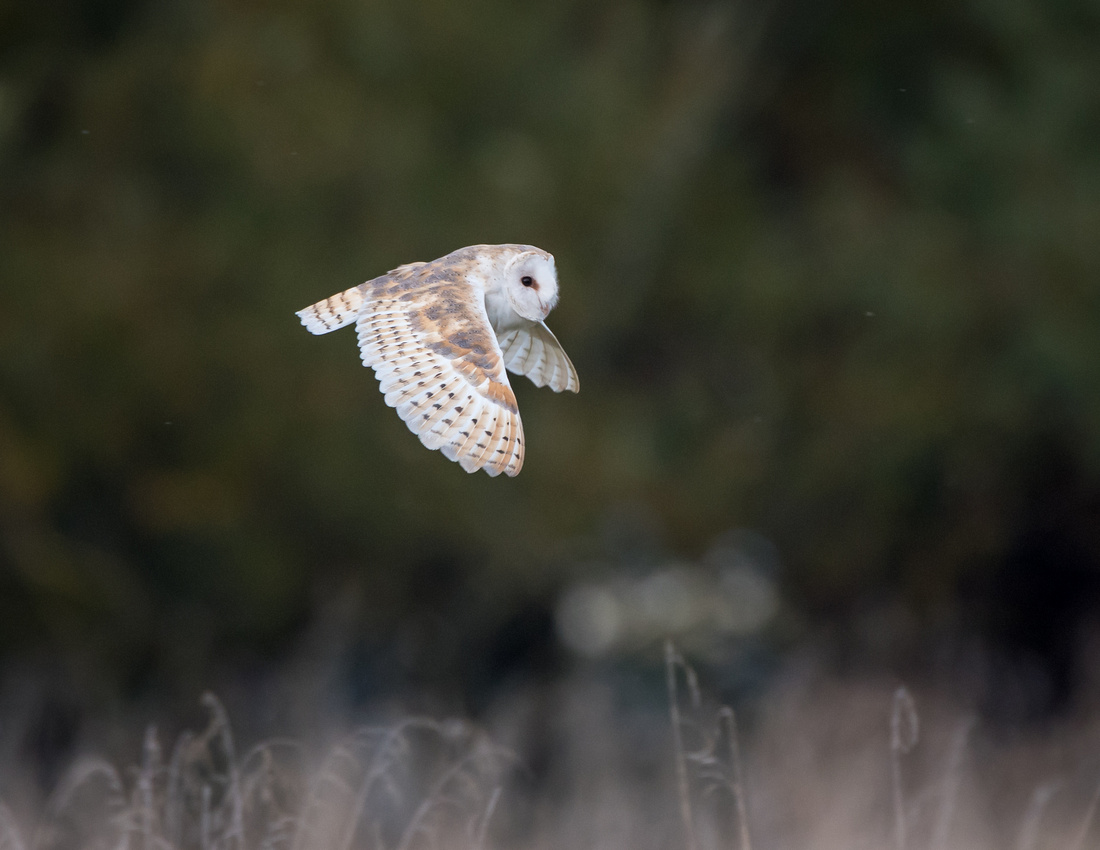 Barn owls maybe seen hunting along the field edges at dawn/dusk in Winter.
Barn owls maybe seen hunting along the field edges at dawn/dusk in Winter.
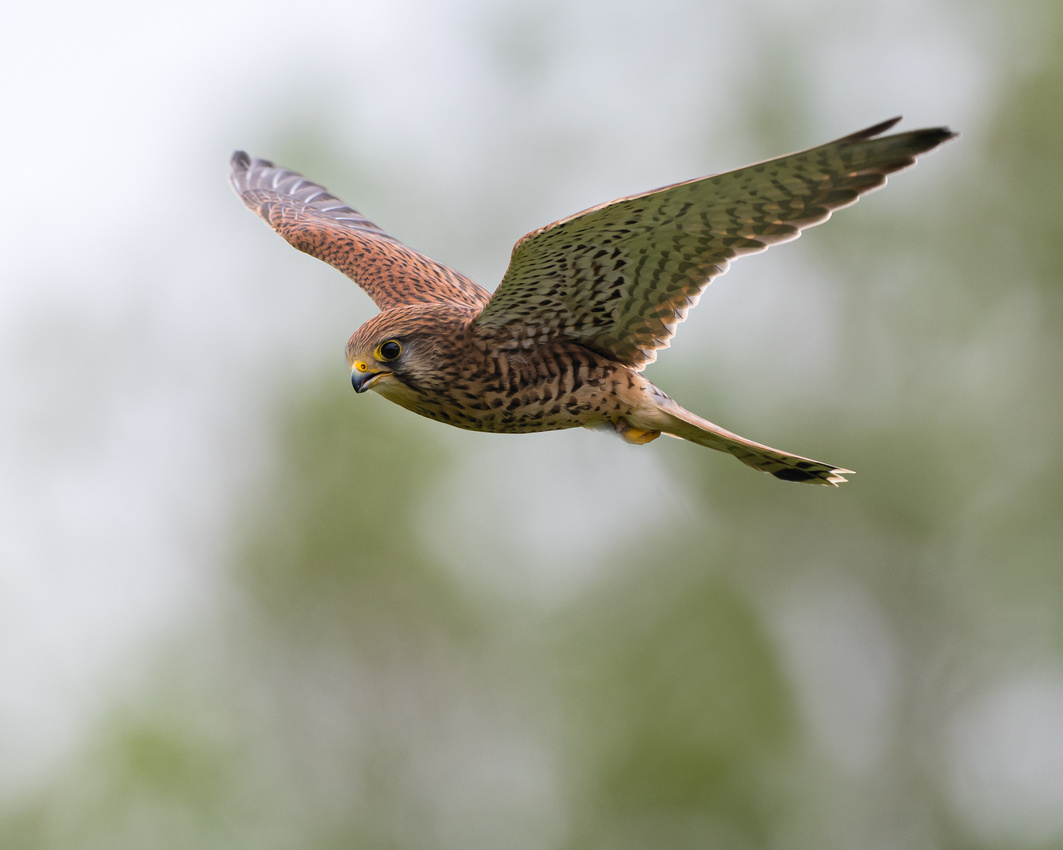 Kestrels will be making the most of the short daylight hours hunting for voles etc
Kestrels will be making the most of the short daylight hours hunting for voles etc
As we are likely to be in lockdown for another month or two wildlife will carry on as normal. So when your out on your local daily exercise keep your eyes peeled as you never know what you might see! Nature has helped many of us get through the past ten months, myself included. I find nature is a great healer in times like this. Even just sitting out in the garden or going for a short local walk. Nature is always there for us all to enjoy.
Thank you all for reading my latest blog and thank you all for your support and kind comments over this difficult period we are all experiencing. It makes it all worth the while.
Please continue to upload your photographs to my Photo's Page. There are some great photographs being posted.
Many more of my images can be viewed on my flickr page and Instagram.
Thanks
Steve
Welcome to another thrilling episode of my photography exploits.
This is a review of the past year. Not a good year for many of us.
Over the last twenty odd years I have worked in the automotive and aviation industries but this year with the onset of Covid-19 things took a drastic turn. As a result of this I was out of work. This in turn was the 'kick up the back-side' I needed to go full-time as a photographer. Something I had being pondering for a few years. I must admit things are difficult in the profession at the moment but it is something I've always wanted to do with a passion. I have been able to devote more time to photography and try and promote my business. Teaching photography to like minded people is my main aim but in the current situation it is not easy. I think with the discovery of vaccines there is 'light at the end of the tunnel'.
Traditionally I start the year off with a couple of Classic car shows. One at Bicester, Oxon and the other at the Brooklands museum in Surrey. Both well attended events with hundreds of cars to look around.
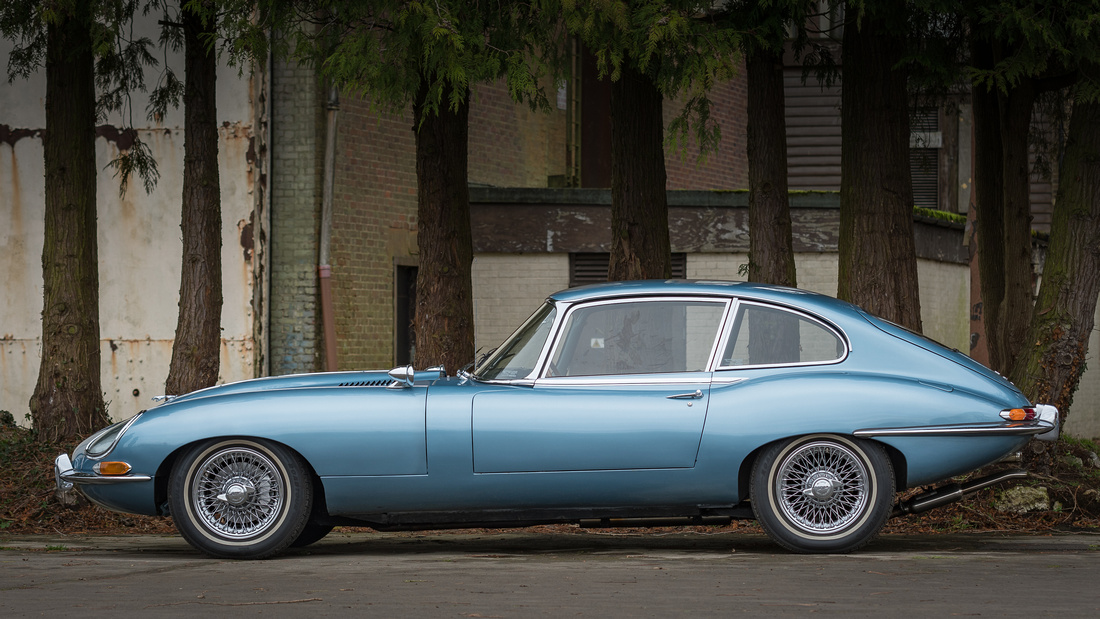 Classic E-type Jaguar at Bicester Heritage
Classic E-type Jaguar at Bicester Heritage
The weather for the first couple of months was dire to say the least with rain and more rain which in turn caused flooding up and down the UK. I was in work during the week and rain at weekend. Typical!
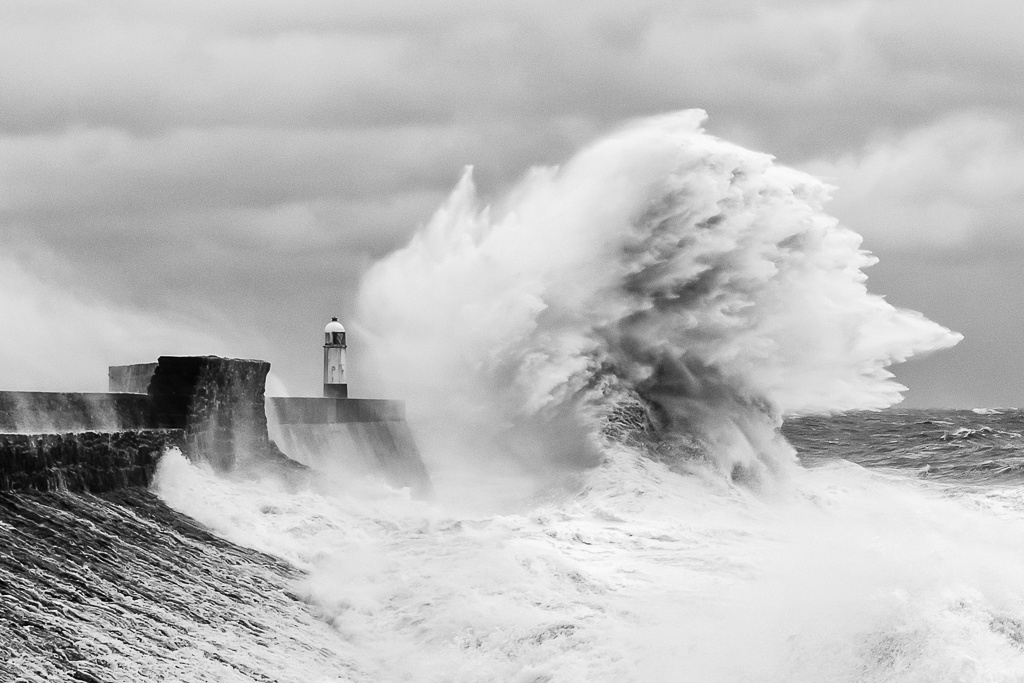 Stormy seas at Porthcawl, S. Wales.
Stormy seas at Porthcawl, S. Wales.
We did manage to have a few sub zero days which always make for some great landscape shots. I tend to head for Richmond Park to catch the frosty, misty sunrises that are so picturesque there.
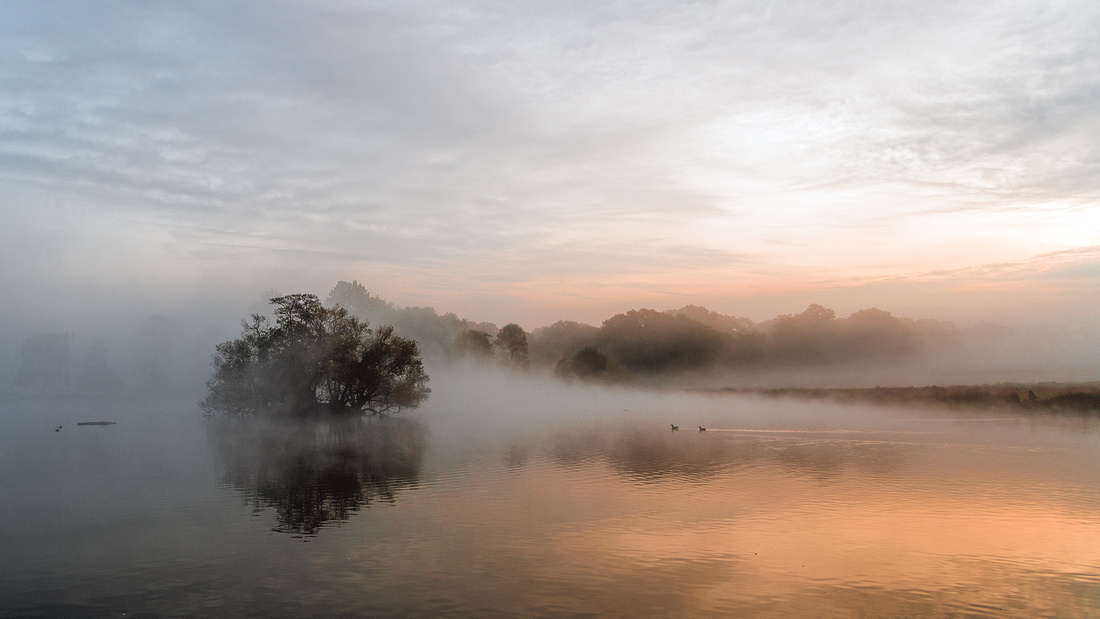 Pen Ponds in Richmond Park, London.
Pen Ponds in Richmond Park, London.
Early March I spent quite a bit of time in Bushy Park photographing a hard to photograph bird the Green woodpecker. It was mating season. As they were going through their courtship display I was snapping away with my trusty Nikon's. While they are courting they are not bothered about anything else! Even prying photographers! In March the Red deer start to loose their antlers so new ones can grow more elaborate than the previous year. Something I'd never witnessed before.
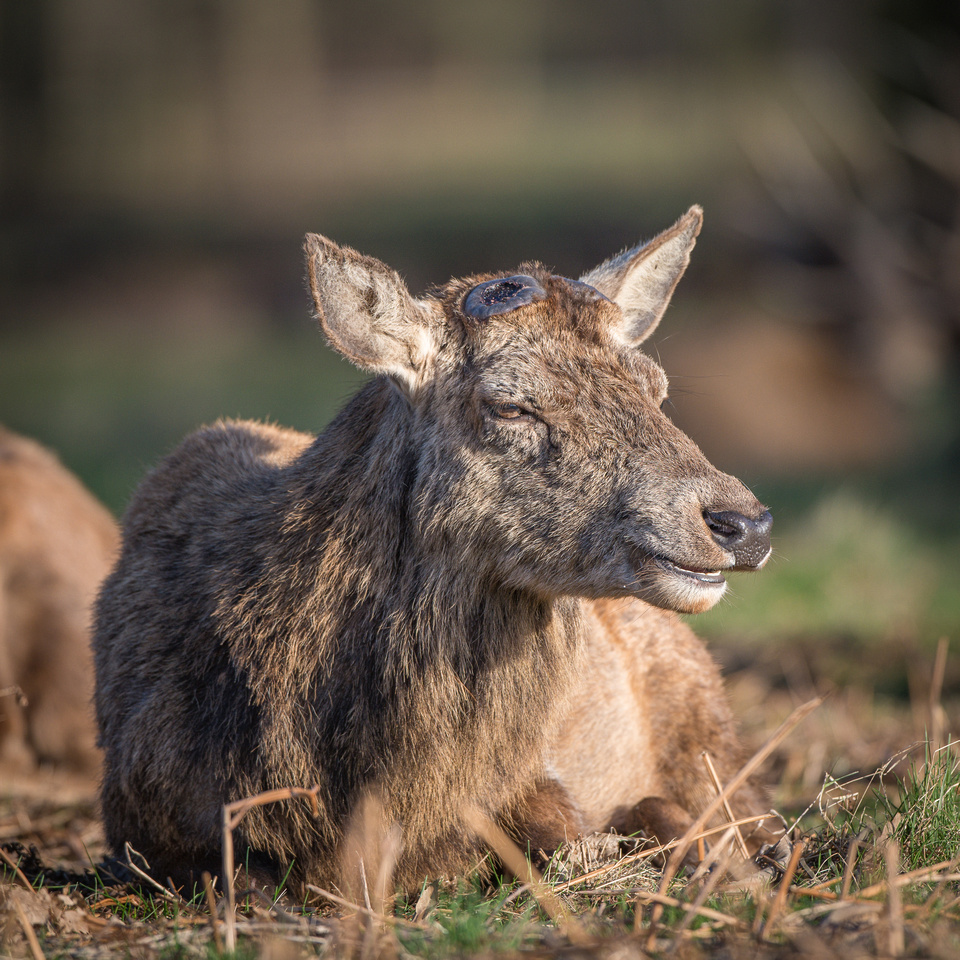
Red stag after shedding its antlers. Bushy Park.
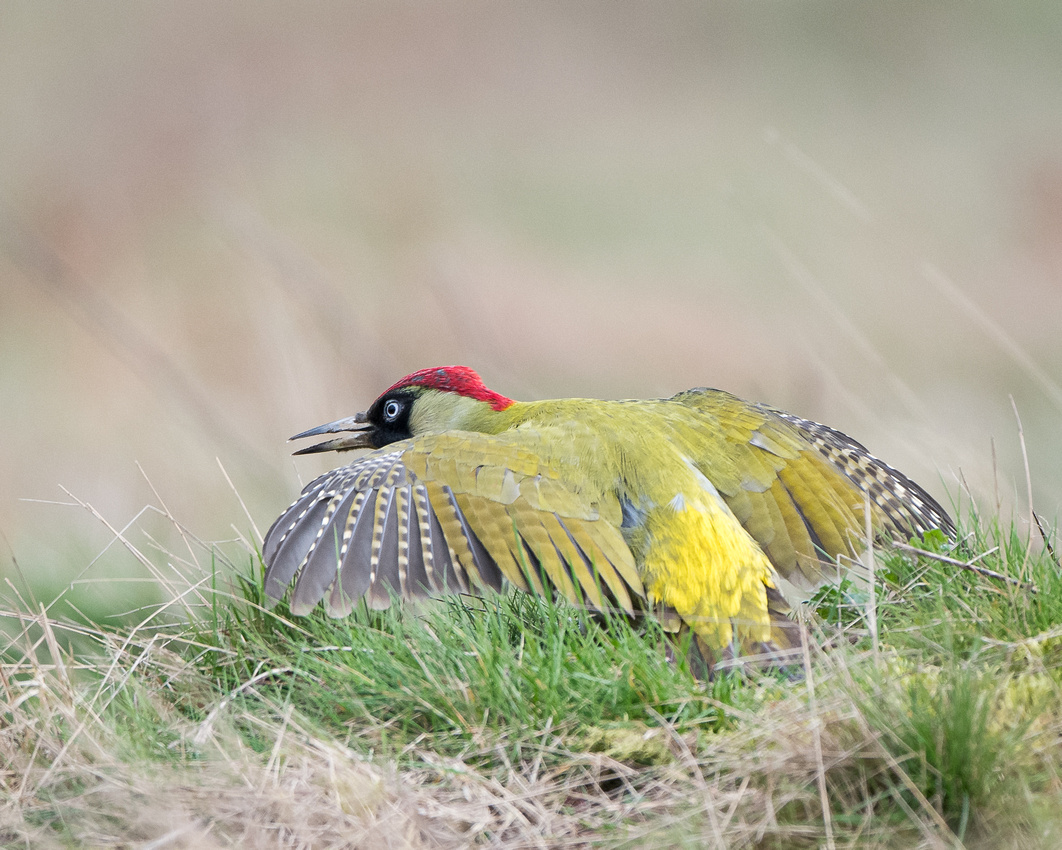 Displaying Green woodpecker. Bushy Park, London.
Displaying Green woodpecker. Bushy Park, London.
The end of March was the start of Lockdown due to Covid-19. This meant photography was confined to the garden and local walks. I was surprised at what you could photograph in the garden and on local walks. I dusted off the macro lens and set about exploring. Thankfully the weather was very good during the lockdown period.
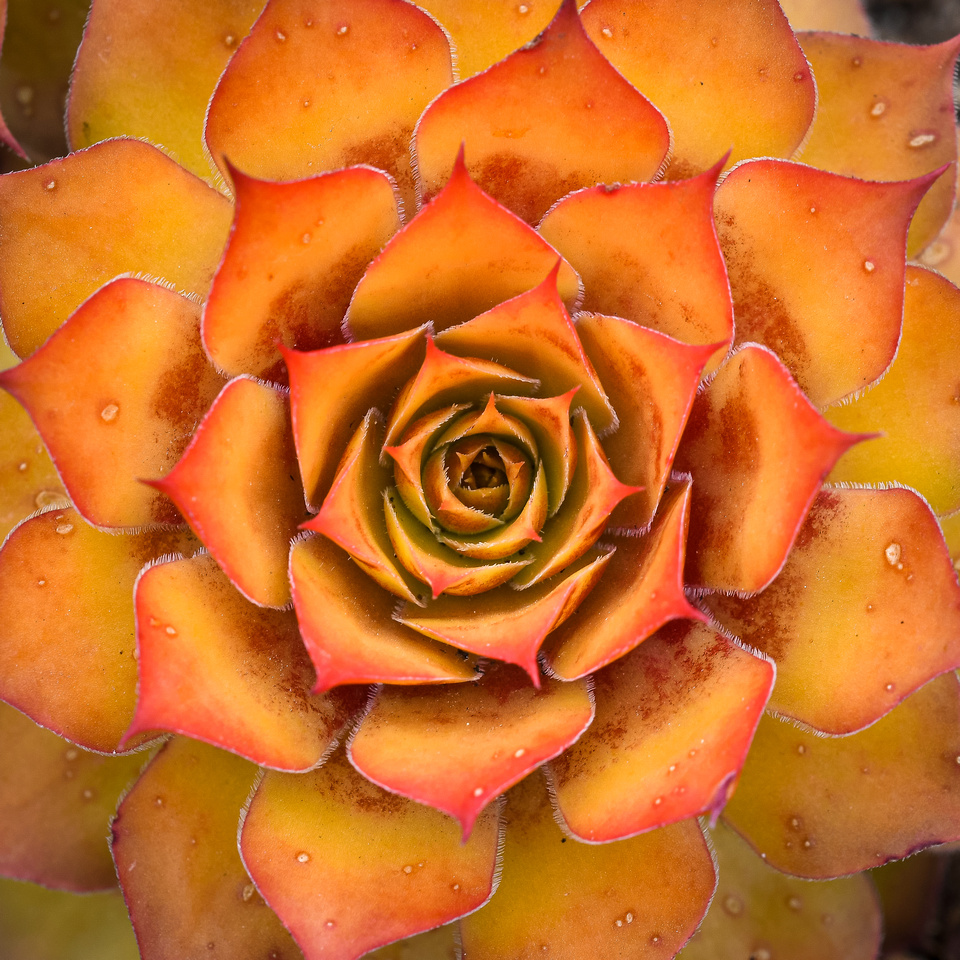 Photographed in the garden using a macro lens.
Photographed in the garden using a macro lens.
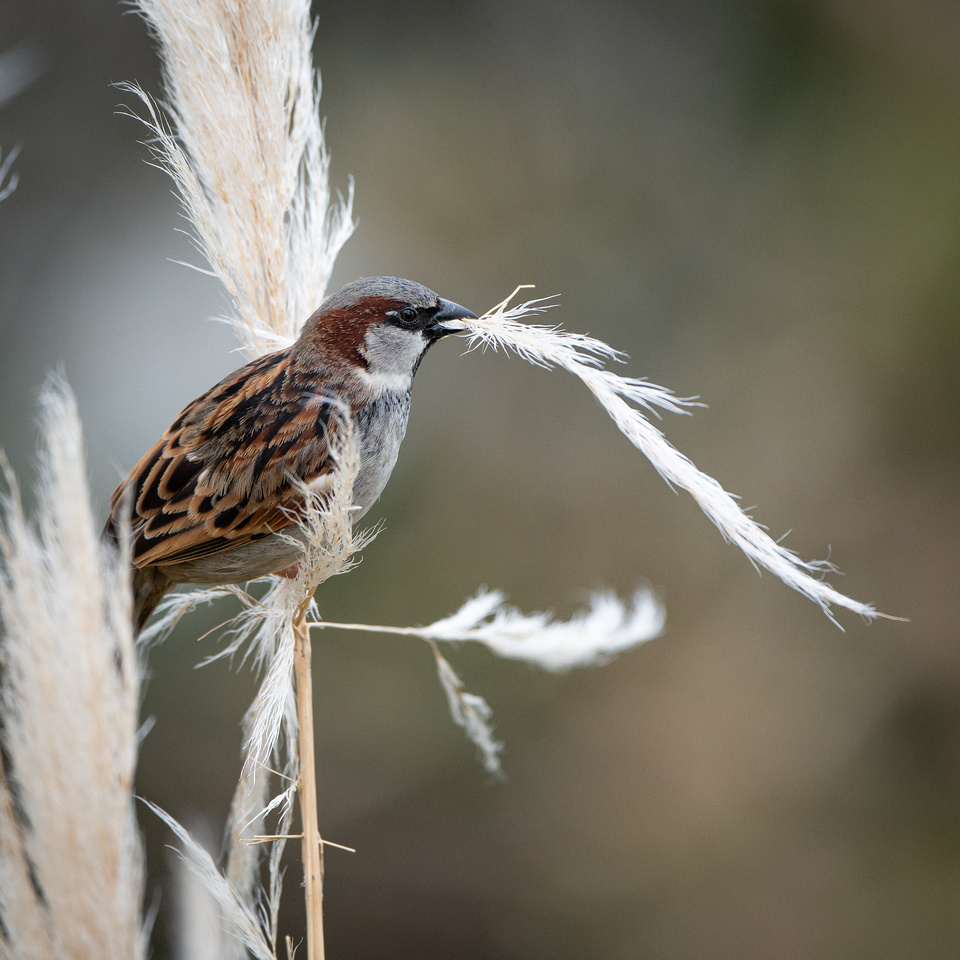 House sparrow collecting nesting material in the garden.
House sparrow collecting nesting material in the garden.
May and June were spent locally with restrictions being lifted so I was able to venture further a field. A place I visit often are the reservoirs at Tring and Farmoor. Both great venues for wildlife. Common terns migrate and breed at Tring and my 'quest' for this Summer was to photograph them diving for fish. After countless expletives/attempts I managed a few decent shots! Farmoor reservoir West of Oxford attracts passing waders to rest during the Spring migration or maybe a passing Osprey will drop in for a fish supper.
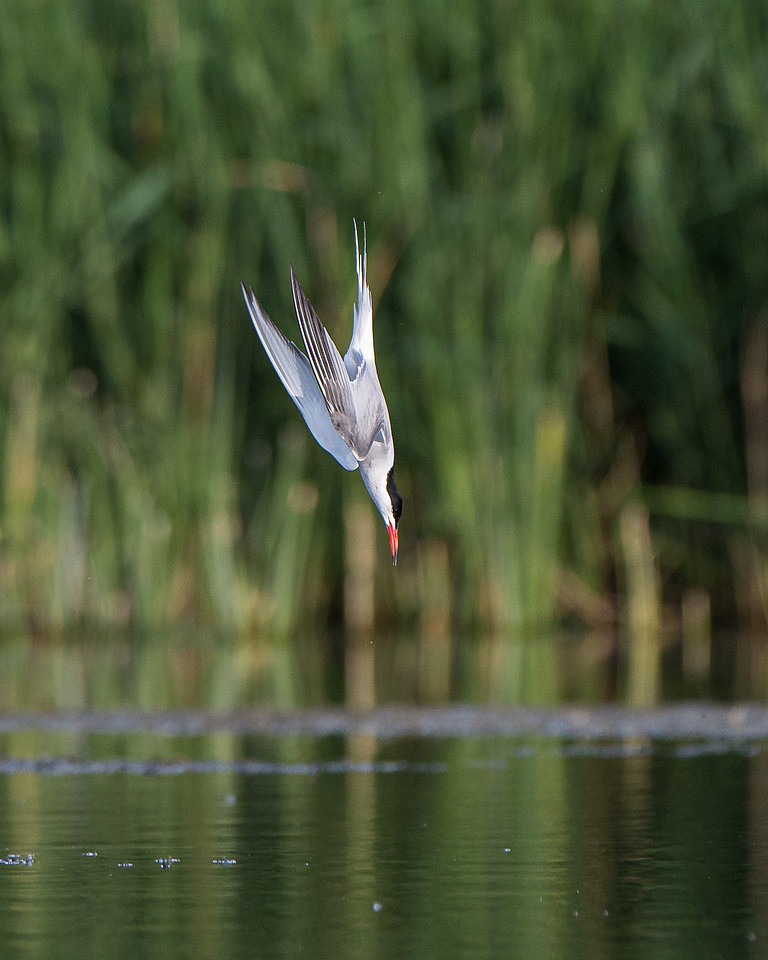
Diving common tern at Tring reservoir, Herts.
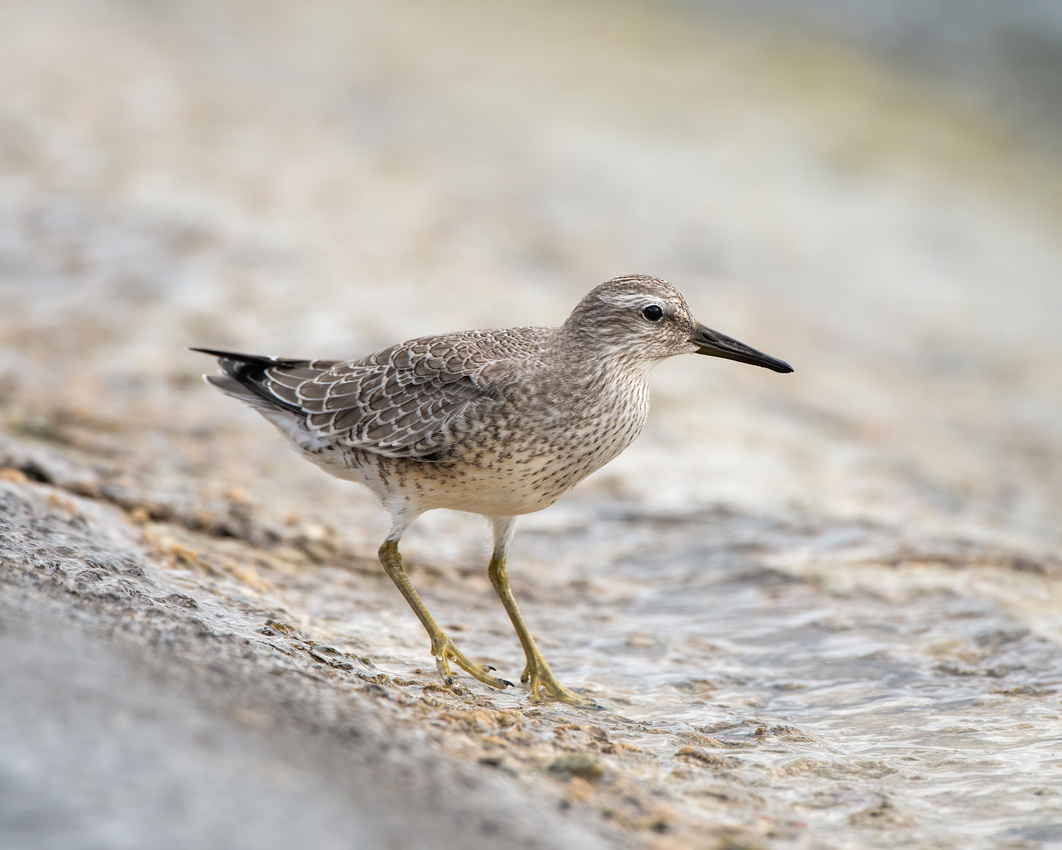 Knott (a small wading bird) at Farmoor reservoir, Oxon.
Knott (a small wading bird) at Farmoor reservoir, Oxon.
In July I made my annual pilgrimage to Bempton Cliffs on the Yorkshire coast. A fantastic place for seabirds with around 250K birds such as Gannets, Auks and Kittiwakes. You will need plenty of spare batteries and memory cards if you plan on visiting Bempton!
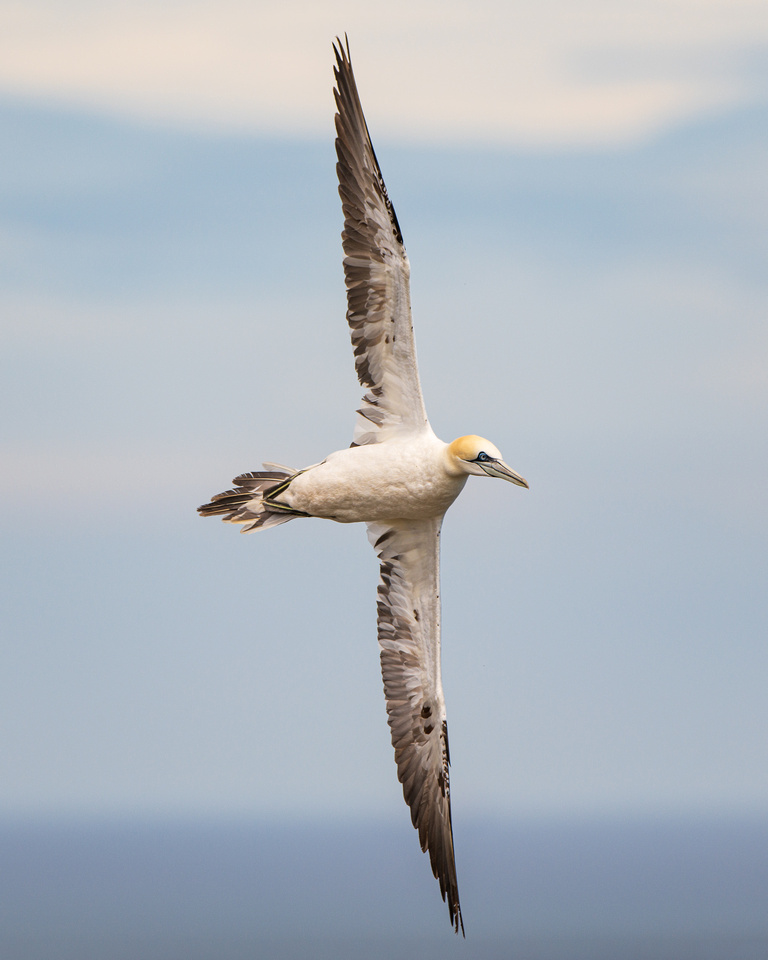
Northern gannet stretching its wings. Bempton Cliffs.
During late Summer restrictions had lifted sufficiently for Santa Pod Raceway to organise low key drag racing events. Like most events during Covid you have to pre-book your tickets as attendance numbers were limited. Even at these events there was some great racing to watch/photograph.
 Drag racing at Santa Pod Raceway
Drag racing at Santa Pod Raceway
Autumn was a great month for mycology (the study of fungi). I photographed a lot of species I'd never seen before at new locations that are excellent for fungus. Warburg nature reserve a few miles from me in South Bucks was one such place. I've only lived in this area for just over two years so I'm still trying to find my way around.

Magpie Inkcap at Warburg, South Bucks.
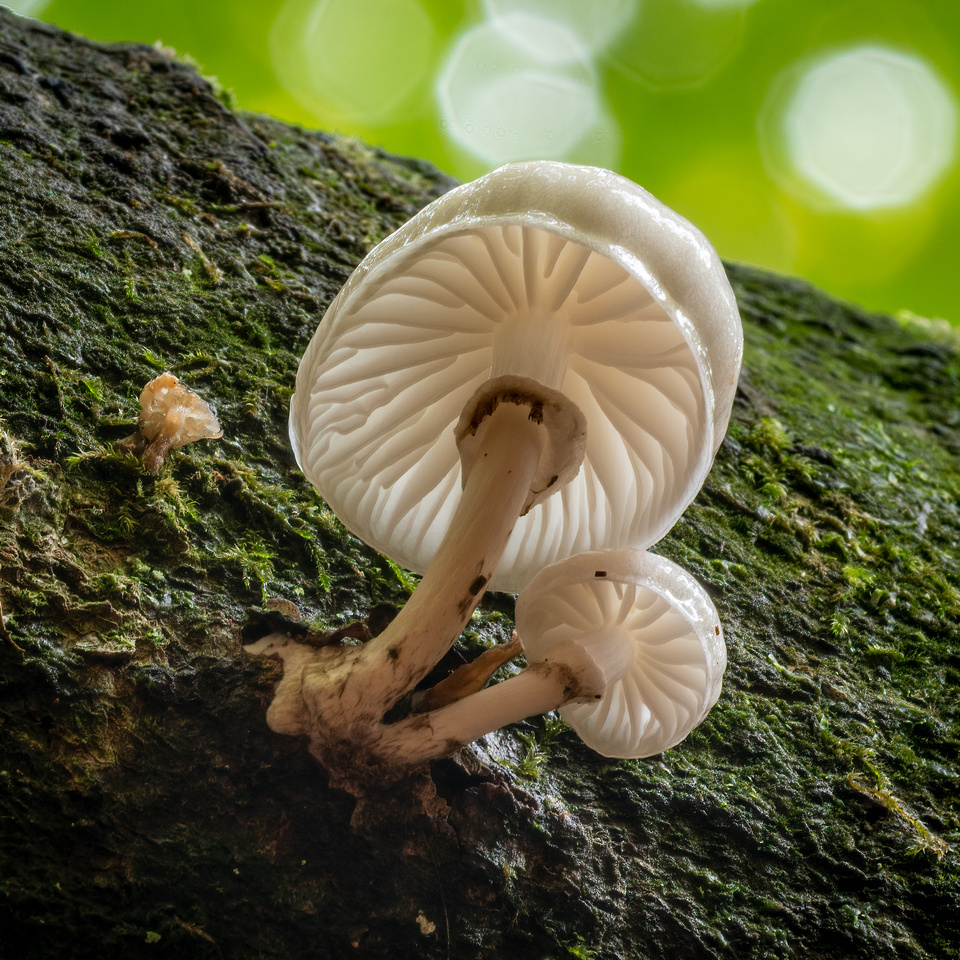 Porcelain mushrooms at Burnham Beeches, Bucks.
Porcelain mushrooms at Burnham Beeches, Bucks.
The highlight for many wildlife photographers is the annual deer rut. This year I was able to devote more time photographing this spectacle in Bushy and Richmond Parks. Both in London. During these visits I met some old and made new friends and managed to get some great photographs. I visited these parks 3-4 times a week for around six weeks. On some visits I was giving 1-2-1 tuition to photographers of all abilities wishing to witness and photograph the 'rut'.
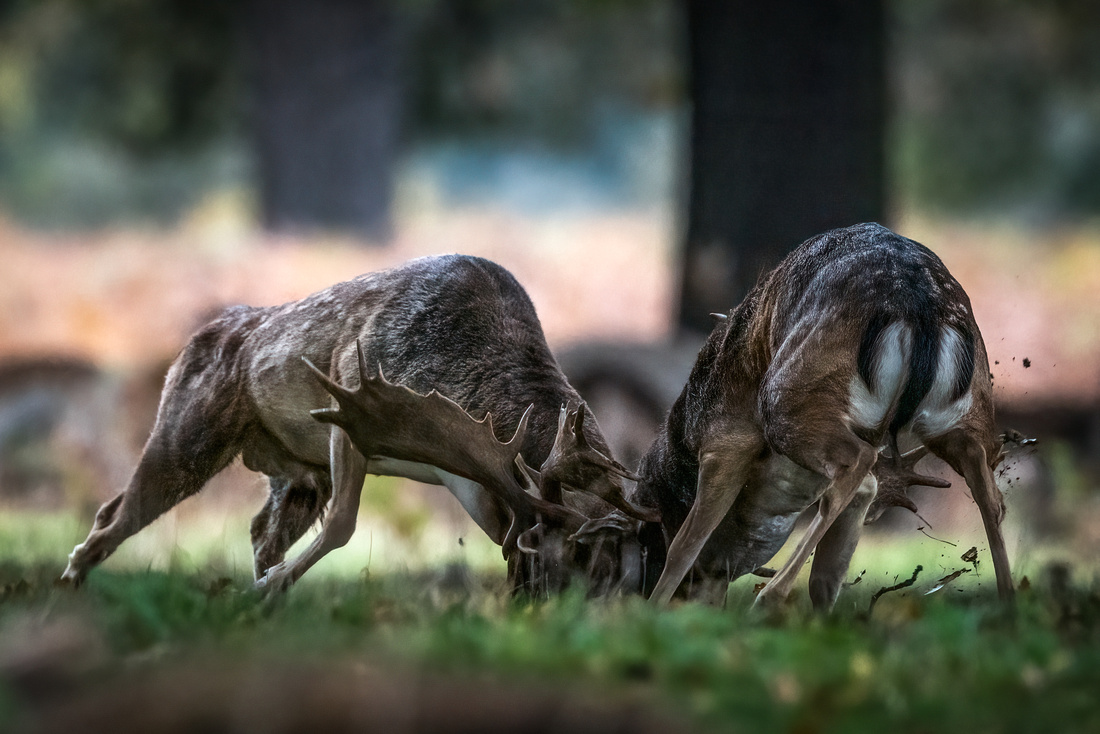 Fallow bucks 'rutting'. Bushy Park.
Fallow bucks 'rutting'. Bushy Park.
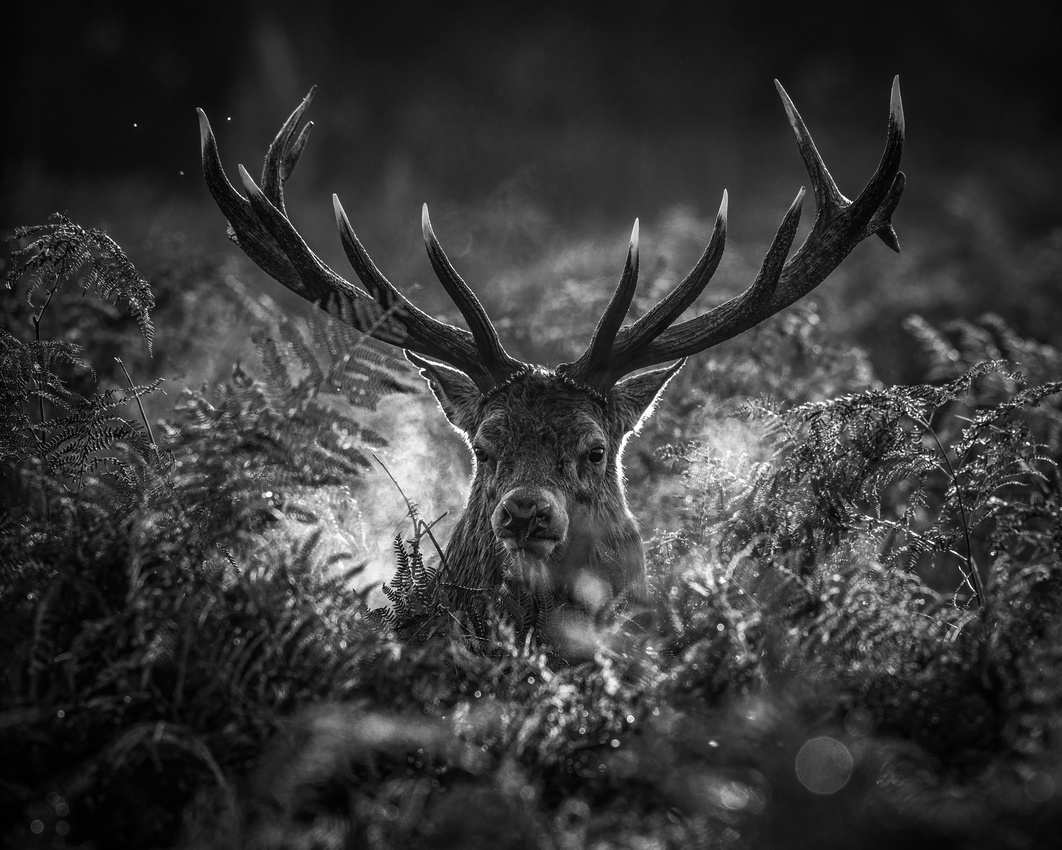 Red deer stag. Backlighting on a cold morning is a great way to show off the 'breath'.
Red deer stag. Backlighting on a cold morning is a great way to show off the 'breath'.
Towards the end of 2020 more Lockdowns have been forced upon us. Staying local again we had some great misty/foggy days here in the Chiltern Hills during November and early December so I had a bash at landscapes. Something I don't do very often but am keen to learn.
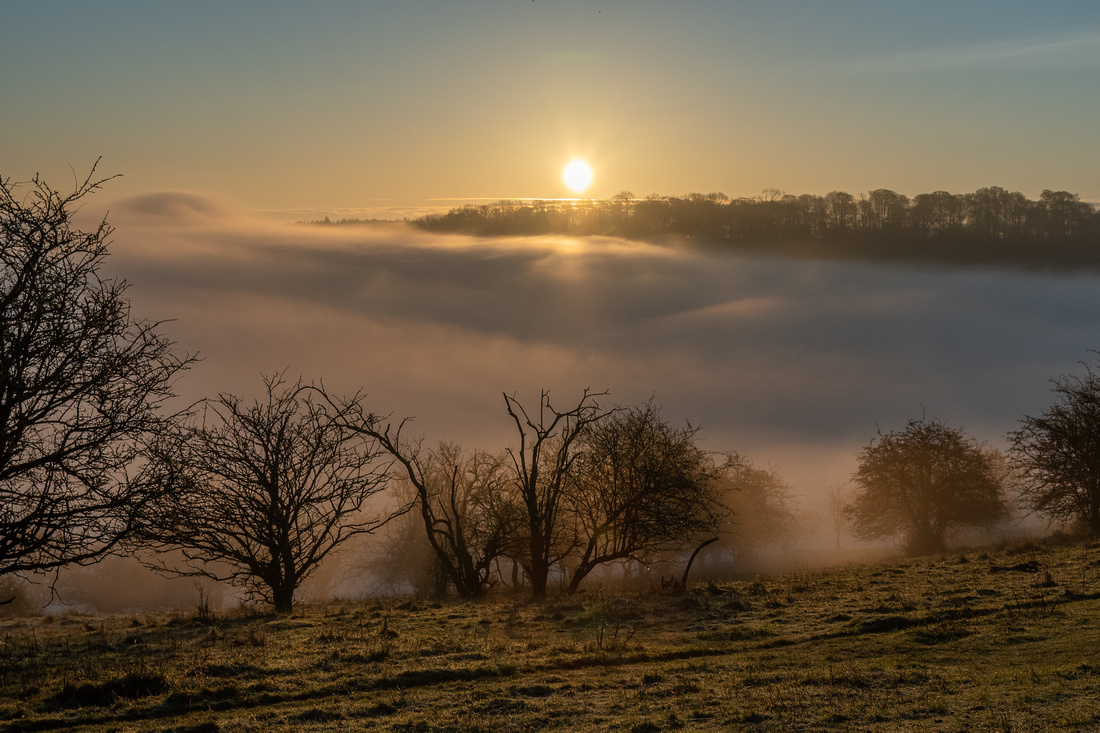 Above the mist. Ashridge Estate, Herts.
Above the mist. Ashridge Estate, Herts.
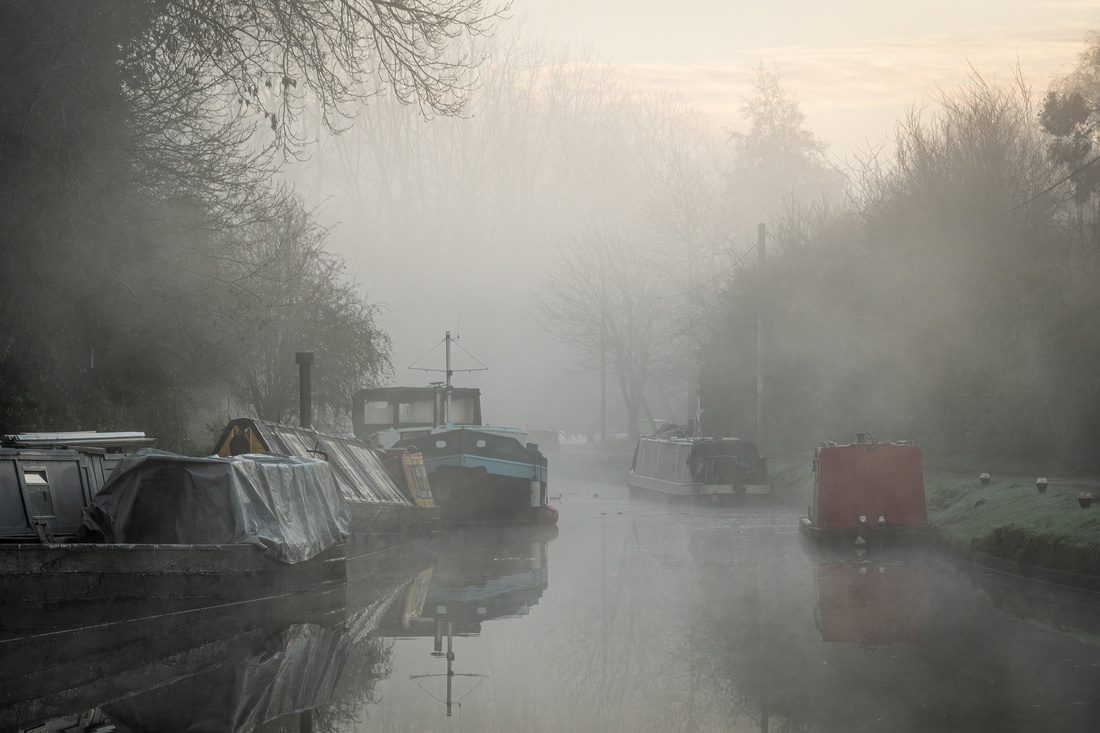 Grand Union canal, Tring, Herts.
Grand Union canal, Tring, Herts.
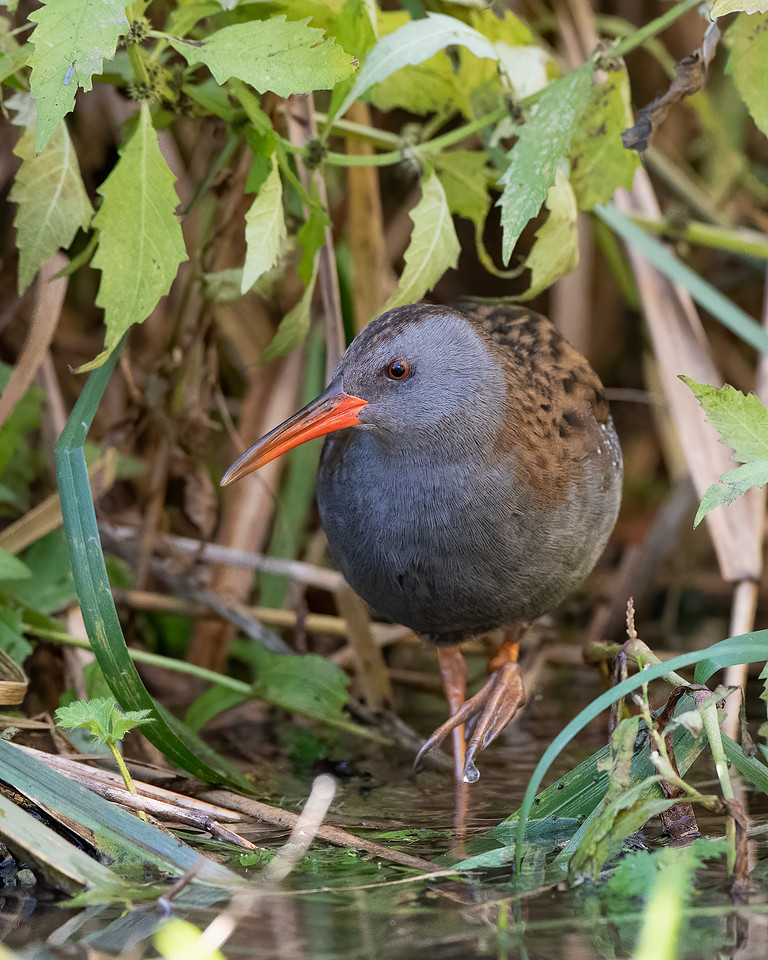
Water rail from a visit to WWT Slimbridge, Gloucestershire.
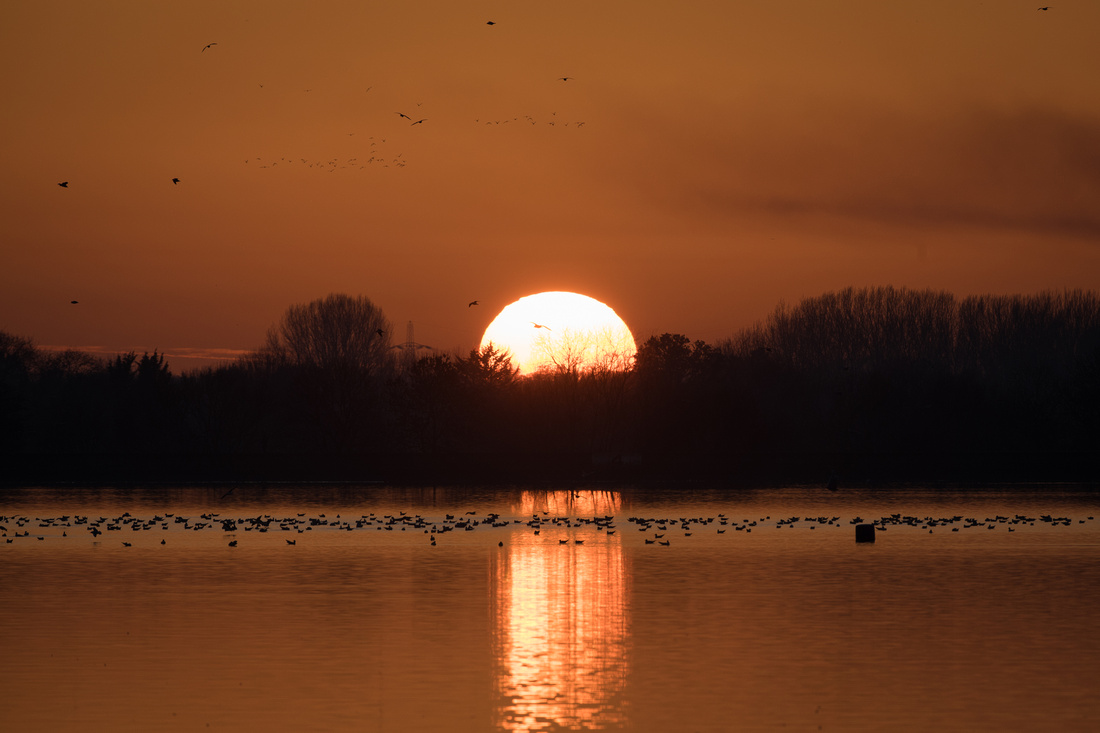 Sunset over Farmoor.
Sunset over Farmoor.
Considering the restrictive year we've had which is certainly going to take us into the next few months, I've had to adapt to the present situation with a positive attitude. I'll admit it's not been easy but I'm getting there...slowly!
I hope you have enjoyed reading my brief review of the past year and I hope for all our sakes we have a better 2021.
Happy New Year and All the Best
Steve
*****************
If anybody is interested in learning how to take great photographs I run 1-2-1 photography tuition at various locations within an hours drive of South Oxfordshire. I find it very rewarding teaching people of all abilities photography. Not only from setting the camera up and taking the photo but to also editing the final image. You can use my CONTACT page for details and availability.
My ONLINE SHOP is now up and running with regular uploads of new images.
Please continue to upload your photographs to my Photo's Page. There are some great photographs being posted.
Many more of my images can be viewed on my flickr page and Instagram.
November brought about Lockdown 2.0 which meant no non-essential travel. As photography is now my only source of income since I made the step up to professional. Going out with the camera and taking photographs and leading tuition days is my job which in my eyes is essential. I decided to stay in the local area (Bucks, Oxon & Herts) and visit a handful of locations more regularly with some great results. The Autumn colours are starting to fade being replaced by frosty/misty mornings which I am trying to make the most of. You may have noticed more landscape images lately on my gallery and social media pages!
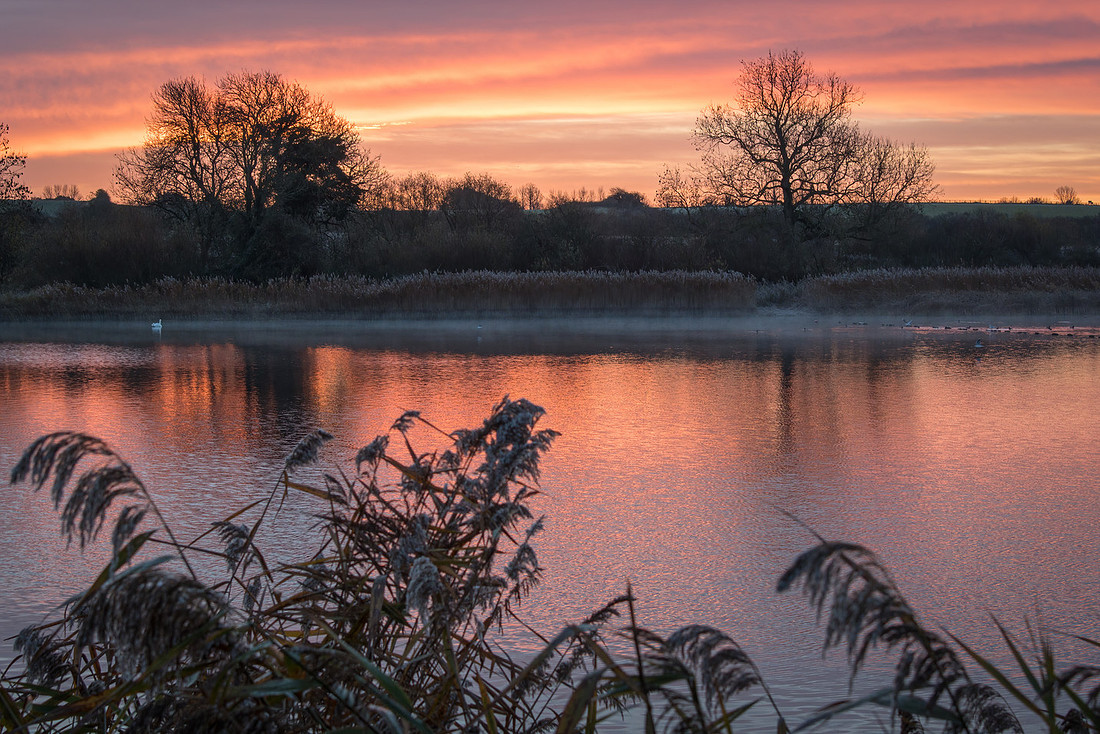 A Glorious Sunrise over Marsworth Reservoir
A Glorious Sunrise over Marsworth Reservoir
A place I spent a lot of time in the Summer was Tring reservoirs. There are five reservoirs in the area but I generally see more wildlife on Marsworth plus it's right next to the Grand Union canal. The local water authority has been maintaining the reservoir which meant lowering the water levels. This makes it is easier for birds like herons, egrets, grebes & bitterns to catch fish. I've photographed the grey herons catching up to four pike in an hour and smaller species like perch. The kingfisher and water rails have been making the most of the low water levels with regular sightings of these seldom seen birds.
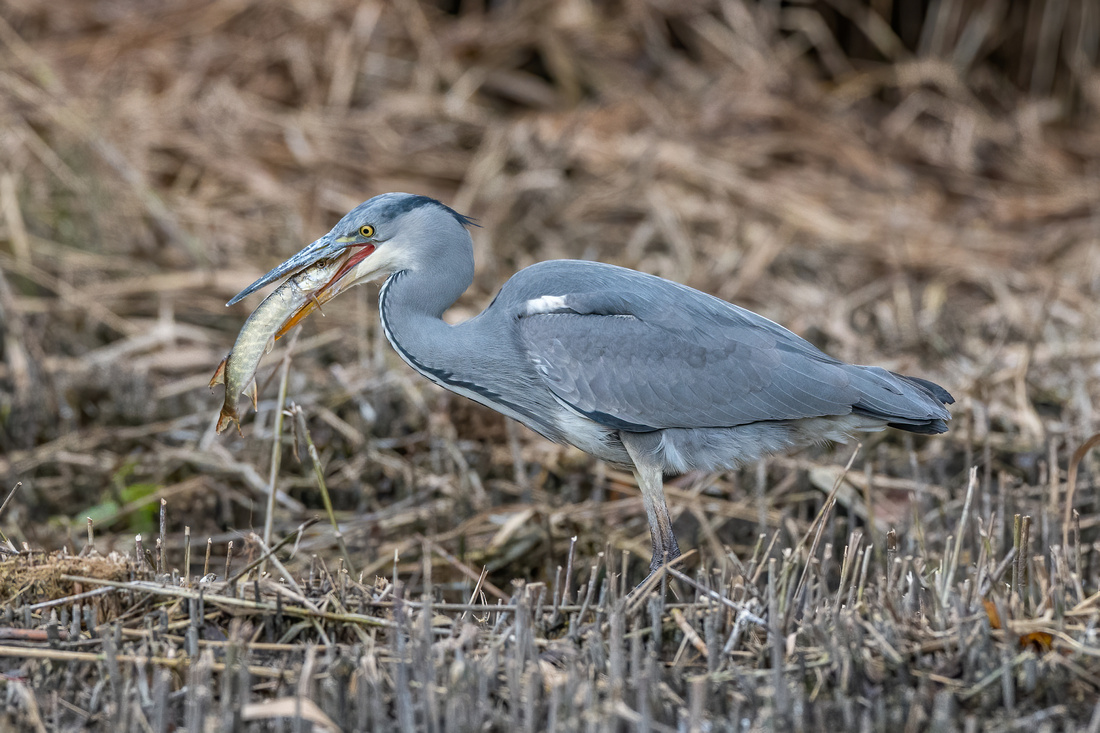 Grey heron with a Pike
Grey heron with a Pike
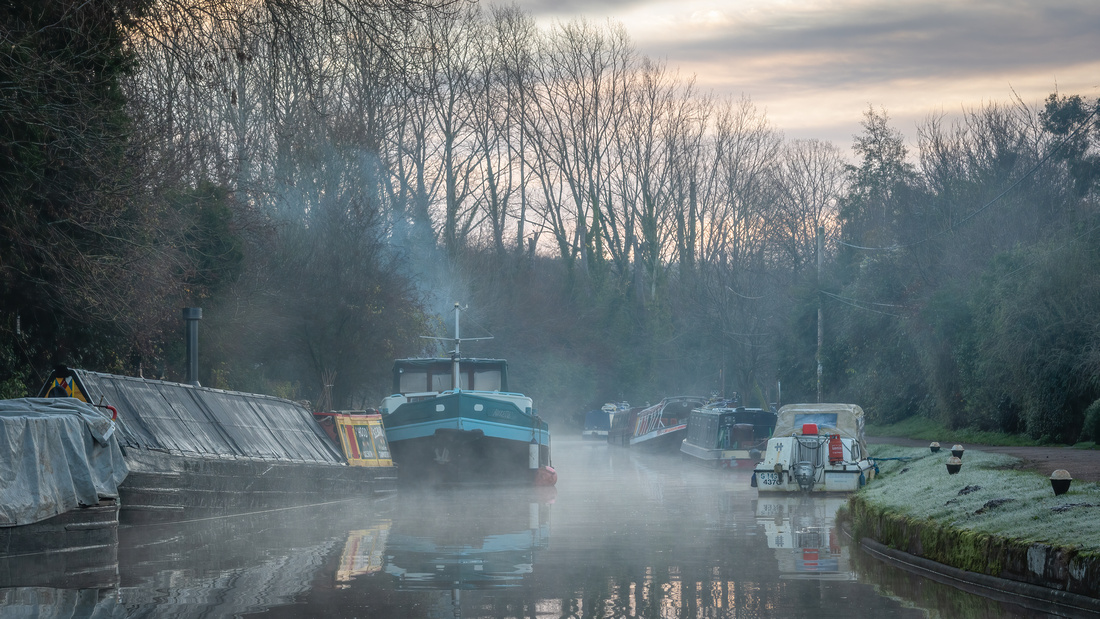 A Misty Morning on the Grand Union Canal
A Misty Morning on the Grand Union Canal
Some of the Winter migrants have arrived in the UK from Scandinavia and Iceland such as Redwings and Fieldfares (both members of the thrush family). They visit the UK to feast on the abundance of berries. You'll often see them along the hedgerows in large numbers 'chattering' away as they strip the berry trees. Lots of waterfowl (ducks, geese & swans) also visit the UK over Winter as their breeding grounds are now frozen.
 Redwing with a Hawthorn berry
Redwing with a Hawthorn berry
The reservoirs around here attract some rare visitors over Winter. Some spend a few days resting on their migration, others will stay all Winter. At Farmoor reservoir West of Oxford there are a number of rarities still there as of 29th Nov. The Great Northern diver is attracting photographers and visitors as are the Greater scaup and Red-crested pochards (both breeds of duck).
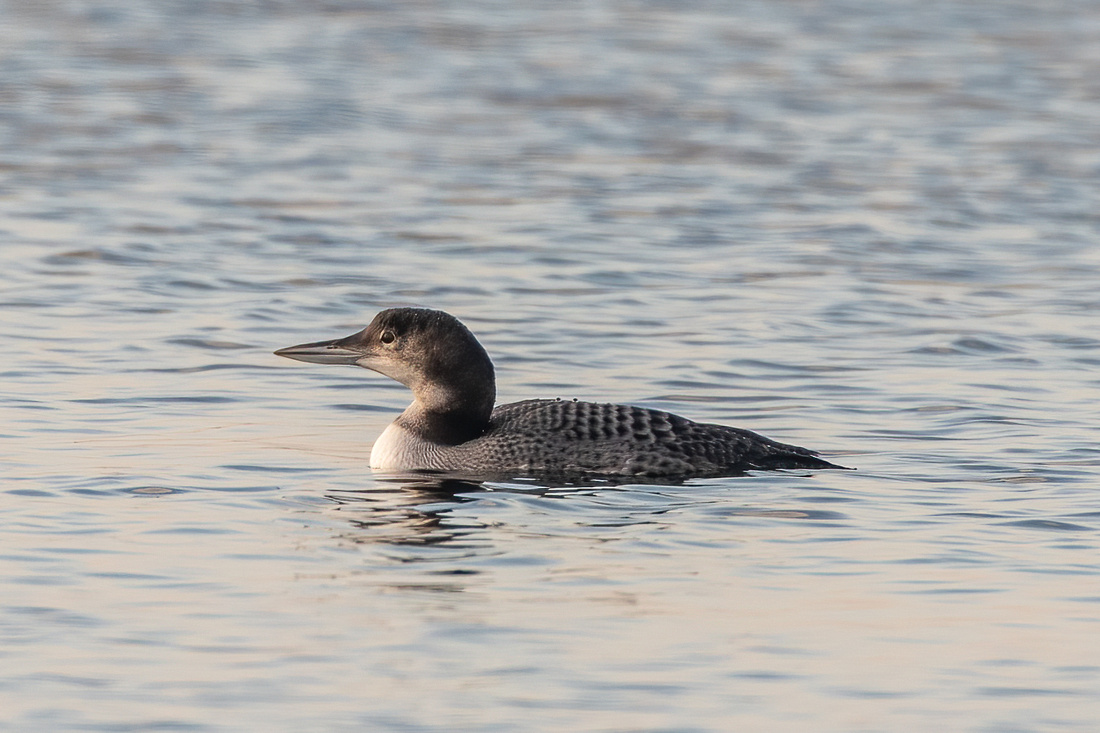 Great Northern diver on Farmoor reservoir
Great Northern diver on Farmoor reservoir
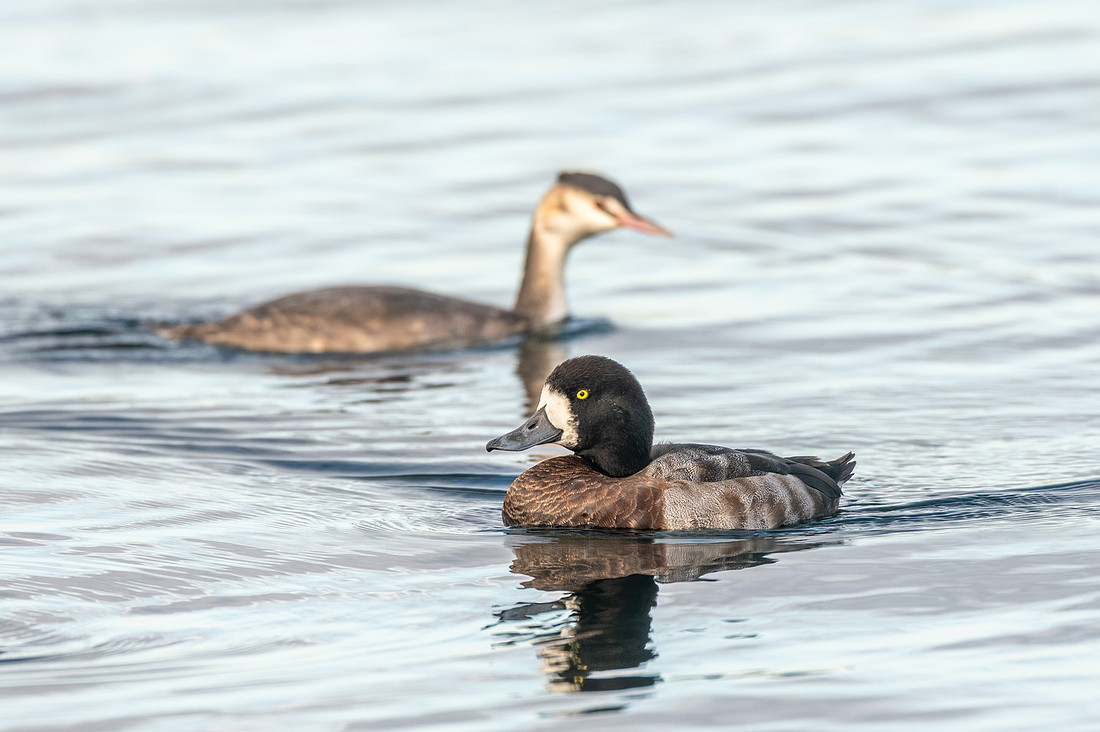 Greater scaup on Farmoor reservoir
Greater scaup on Farmoor reservoir
There have been some great sunsets lately so I've been trying some silhouette images with the local captive Red deer on the Chiltern hills. I'm quite pleased with some of the results but I know I can do better. I am my own worst critic at times!
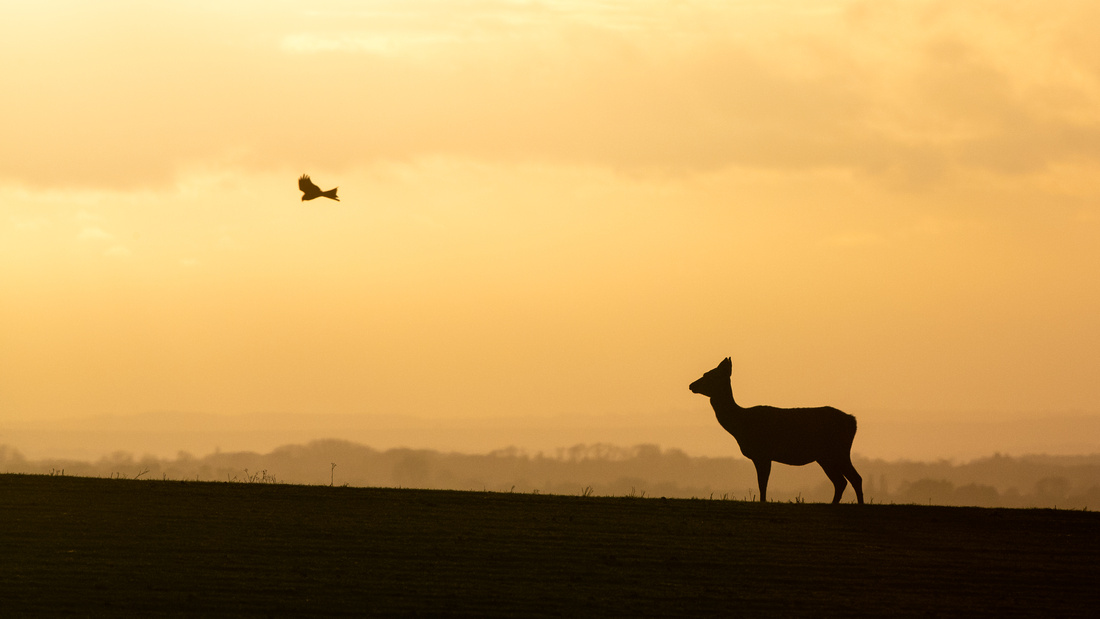 Deer and the Red kite. I love this shot as the Kites are now apart of the Chiltern Hills.
Deer and the Red kite. I love this shot as the Kites are now apart of the Chiltern Hills.
I made a couple of visits to Bushy Park towards the end of November. Now the 'rutting season' is over it's good to see the deer chilling out and feeding up after their annual ordeal. There is a park adjacent to Bushy called Home Park which is part of Hampton Court Palace. It was a nice surprise on my first ever visit. The Fallow deer here are more relaxed as the visitor numbers are usually a lot lower than Bushy. I find this makes for more natural looking shots. I shall be making more visits there when the temperatures fall below zero. After a pleasant morning in Home Park, it was a bit of shock when we walked back into Bushy and saw how busy it was!
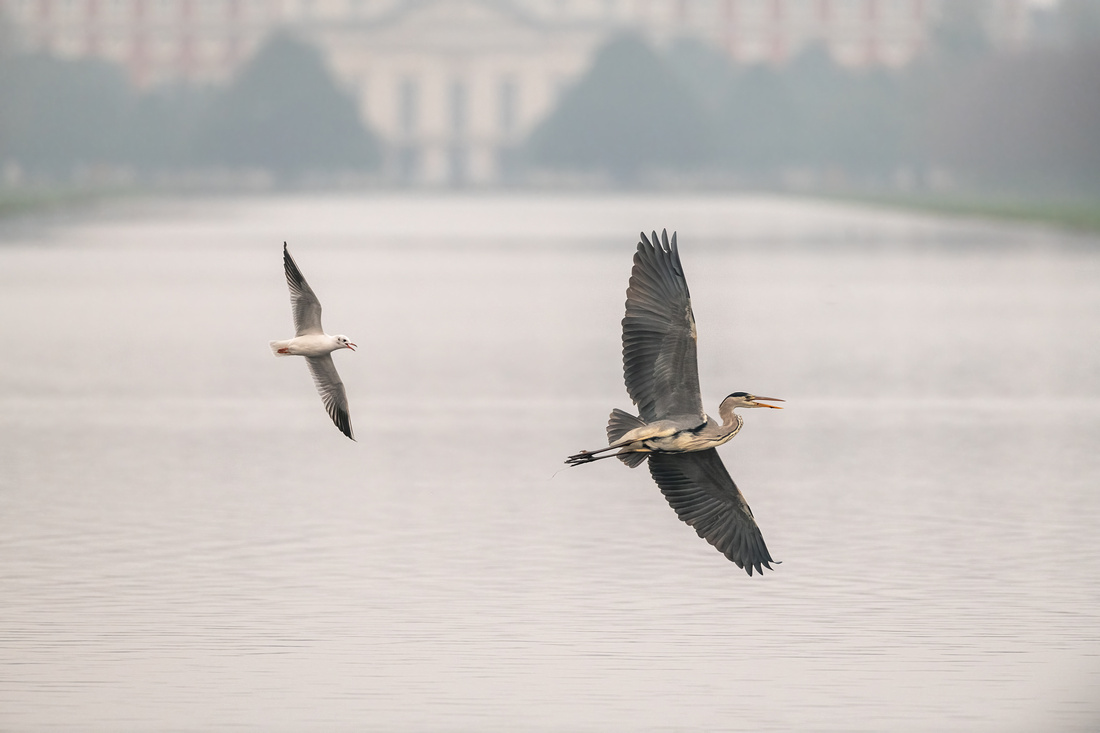 Heron and gull in Home Park with Hampton Court Palace in the background.
Heron and gull in Home Park with Hampton Court Palace in the background.
 Above the Fog at Ashridge, Hertfordshire.
Above the Fog at Ashridge, Hertfordshire.
If anybody is interested in learning how to take great photographs I've started my 1-2-1 photography tuition again. I find it very rewarding teaching people of all abilities photography. Not only from setting the camera up and taking the photo but to also editing the final image. You can use my CONTACT page for details and availability.
My ONLINE SHOP is now up and running with regular uploads of new images. There are also some great Christmas ideas!
Thank you all for reading my latest blog and thank you all for your support and kind comments. I find nature is a great healer in difficult times. Even just sitting out in the garden or going for a short local walk. Nature is all around us.
Please continue to upload your photographs to my Photo's Page. There are some great photographs being posted.
Many more of my images can be viewed on my flickr page and Instagram.
Thanks
Steve
Well what a busy month October was, not just for me but the deer I have spent photographing over the last three weeks. I have never witnessed so much activity during the annual deer rut as I have this year and managed to get some great images. I've probably walked quite a few miles tracking them down so now is time to wind down a bit. There is still plenty to photograph during Autumn with some stunning Autumnal colours when the sun decides to show! I have also been busy leading several photography tuition days with clients wanting to witness the deer rut. I've also spent many an hour in the local forests on 'fungi forays'. Great fun with so many varieties around this Autumn.
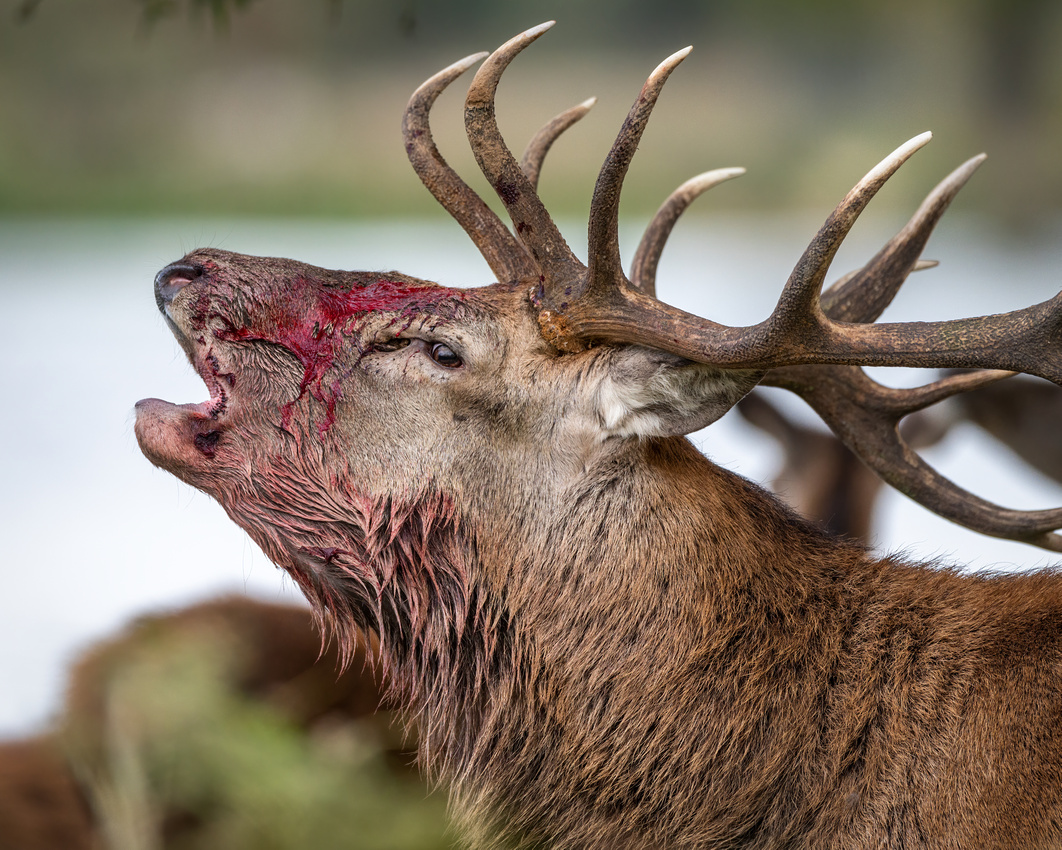 A casualty of the rut. He was back guarding his harem shortly after the fight.
A casualty of the rut. He was back guarding his harem shortly after the fight.
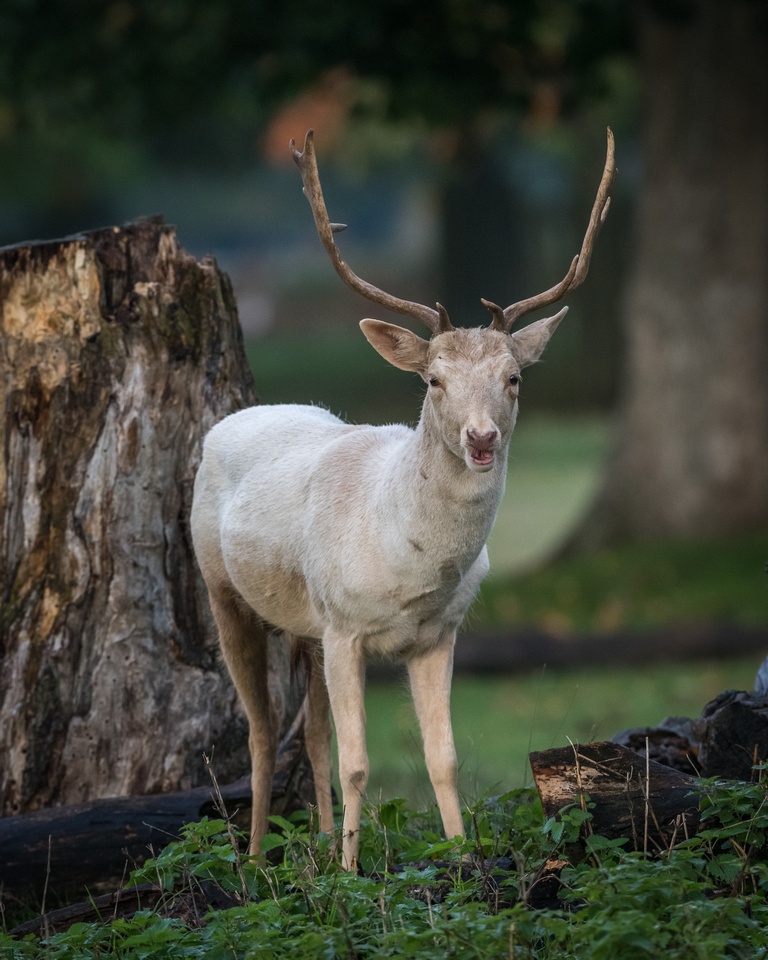
White hart. Of all the deer, Fallow are my favourite.
It's not just deer I've been in pursuit of but the magical world of fungi. I've tried a few locations locally for the first time such as Warburg nature reserve, Burnham Beeches, Wytham wood & Bernwood Forest. All great locations and worth visiting especially during Autumn.
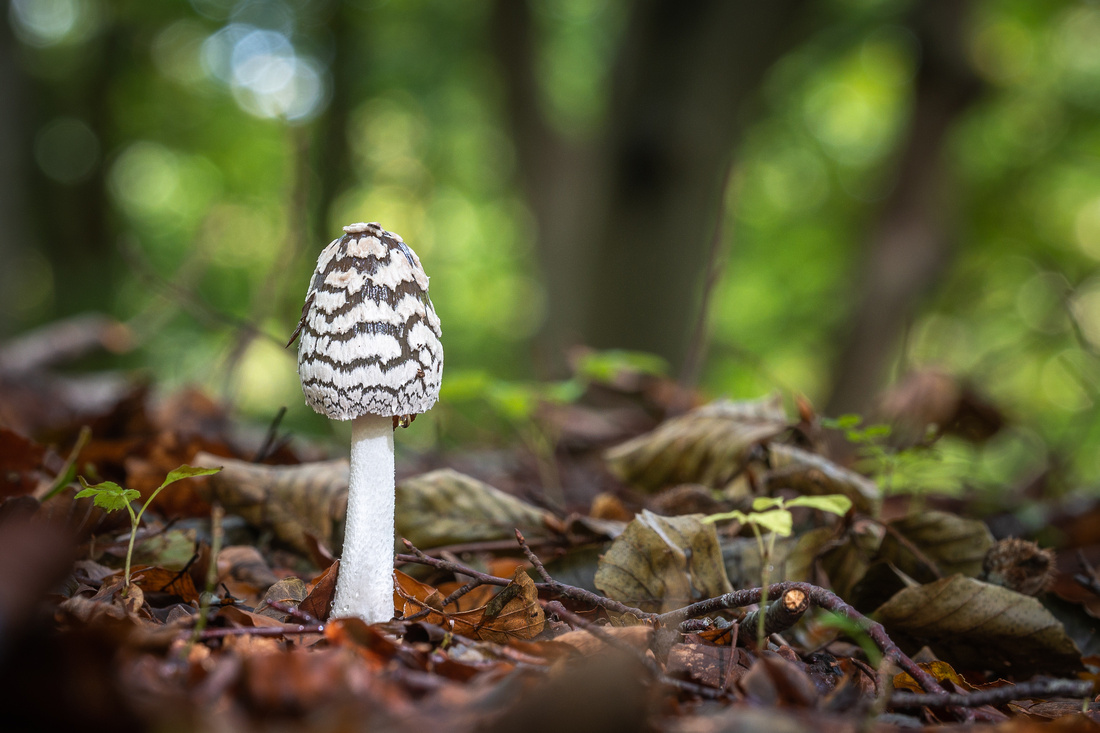 Magpie Inkcap, Warburg nature reserve near Henley.
Magpie Inkcap, Warburg nature reserve near Henley.
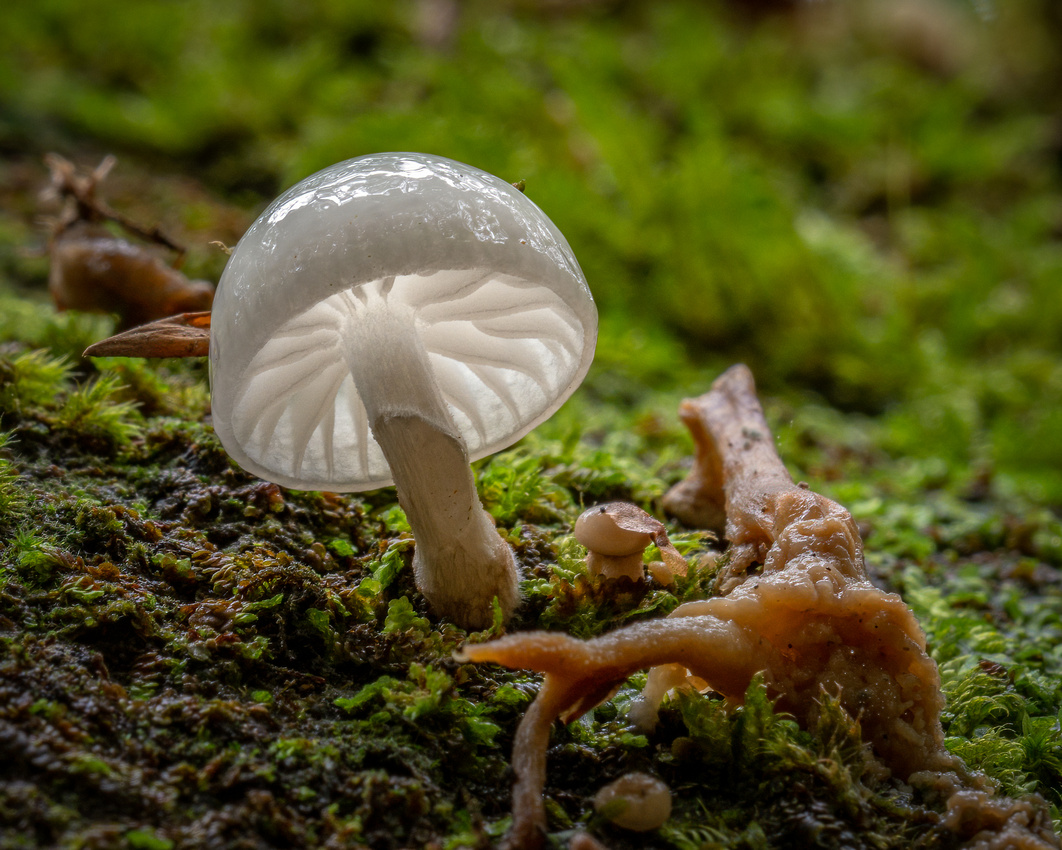 Porcelain mushroom, Burnham Beeches, Bucks.
Porcelain mushroom, Burnham Beeches, Bucks.
Mid October I took a break from the deer and fungi and headed to the Hawk conservancy trust in Hampshire. The birds of prey displays there are second to none. Three displays a day in various locations with many different species from vultures, eagles, falcons, kites & owls.
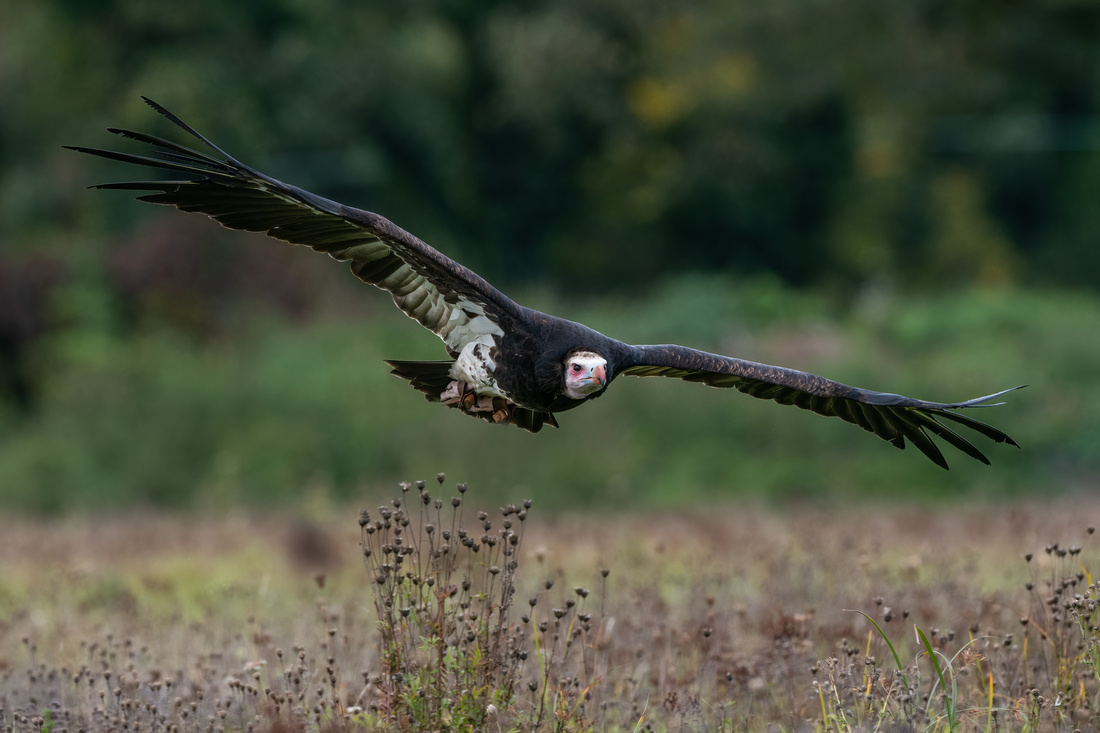 White-headed vulture over Reg's meadow, Hawk conservancy trust.
White-headed vulture over Reg's meadow, Hawk conservancy trust.
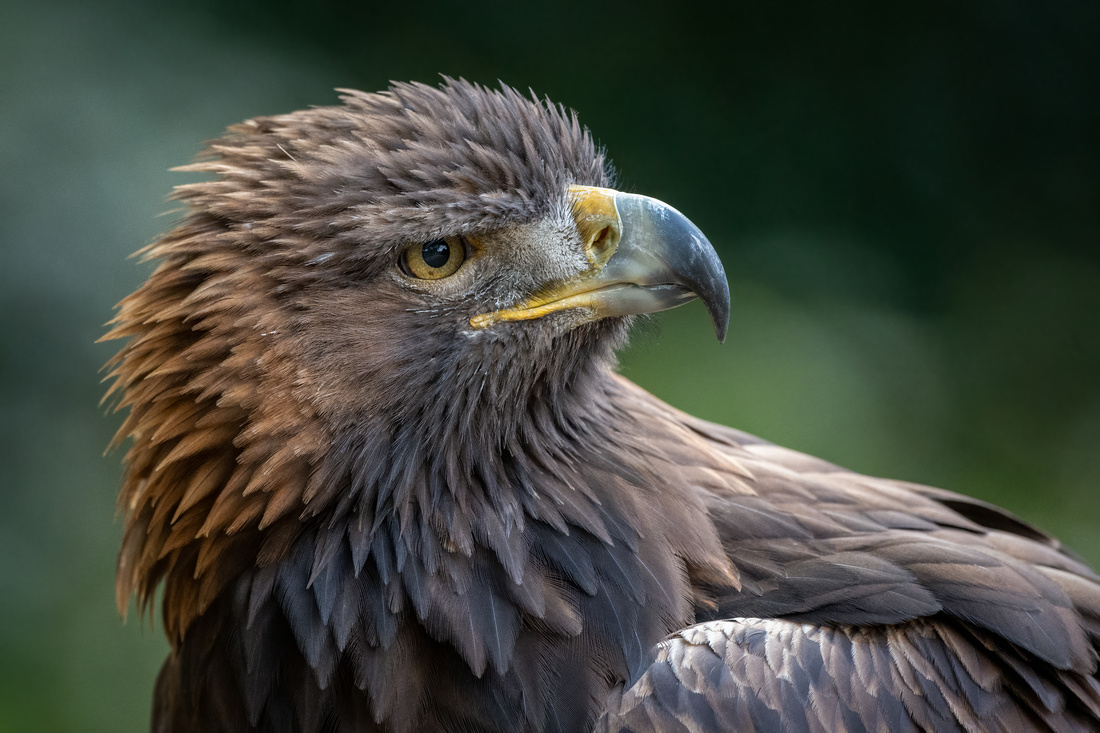 Saxon the Golden eagle
Saxon the Golden eagle
I also made a visit to the wetlands centre at Slimbridge for the 'high tide weekend'. The big tides on the River Severn tend to push the birds closer to the reserve and the wildlife hides so in theory you get a better view. It was a grey overcast day which didn't make for many good photos opportunities.
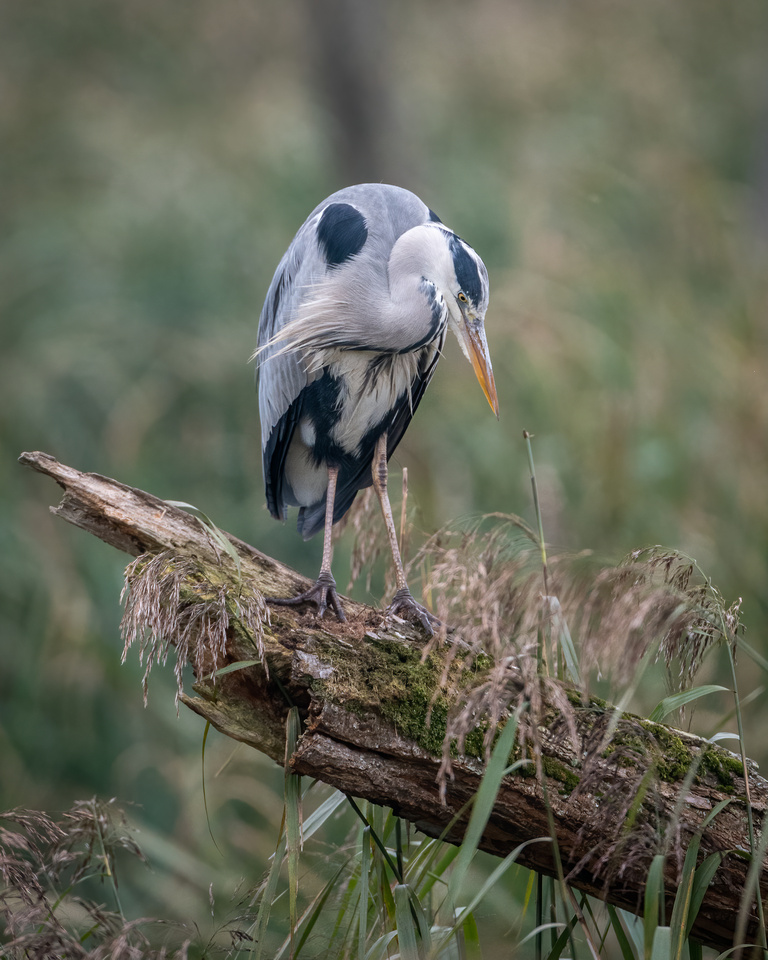
The grey heron was posing well at Slimbridge despite dire conditions for photography!
 Dunnock or hedge sparrow. Such an underrated garden bird. RSPB Leighton Moss, Lancashire
Dunnock or hedge sparrow. Such an underrated garden bird. RSPB Leighton Moss, Lancashire
If anybody is interested in learning how to take great photographs I've started my 1-2-1 photography tuition again. I find it very rewarding teaching people of all abilities new photography skills. Not only from setting the camera up but to also editing the final image. You can use my CONTACT page for details and availability.
Also many of my images are available to purchase in my ONLINE SHOP in various formats such as prints, canvases, clothing, phone cases and even face masks!
Thank you all for reading my latest blog and thank you all for your support and kind comments. I find nature is a great healer in difficult times. Even just sitting out in the garden or going for a short local walk. Nature is all around us.
Please continue to upload your photographs to my Photo's Page. There are some great photographs being posted.
Many more of my images can be viewed on my flickr page and Instagram.
Thanks
Steve
Welcome to another exciting installment of my photography exploits during September. Summer seems to be hanging on with plenty of of warm bright days and Autumn seems to be a bit later this year. Twice I've been to photograph the annual deer rut over the last ten days with not much action. We really need some very cold days to bring the deer on. I'm concentrating more on Richmond park this year as opposed to Bushy. I got fed up last year with groups of people chasing the stags round the park with mobile phones etc. At least with Richmond there is a lot more room for them.
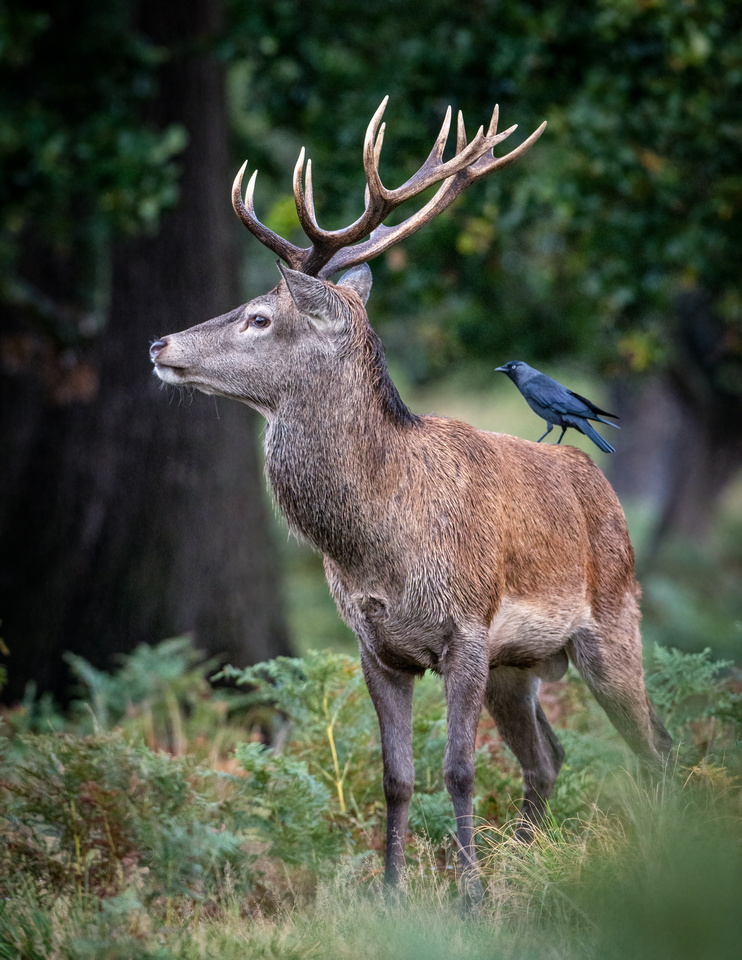
Red deer stag & friend, Richmond Park.
The Autumn bird migration is now in full swing with plenty of birds stopping off in local reserves. They tend to take their time flying back as opposed to Spring when they are in a rush to breed.
I managed to get good shots of kingfishers, egrets and waders at Slimbridge wetland centre. In my opinion this is one of the best places to watch the migration. Even more so in Winter when there are hundreds of Wintering ducks, geese & swans.
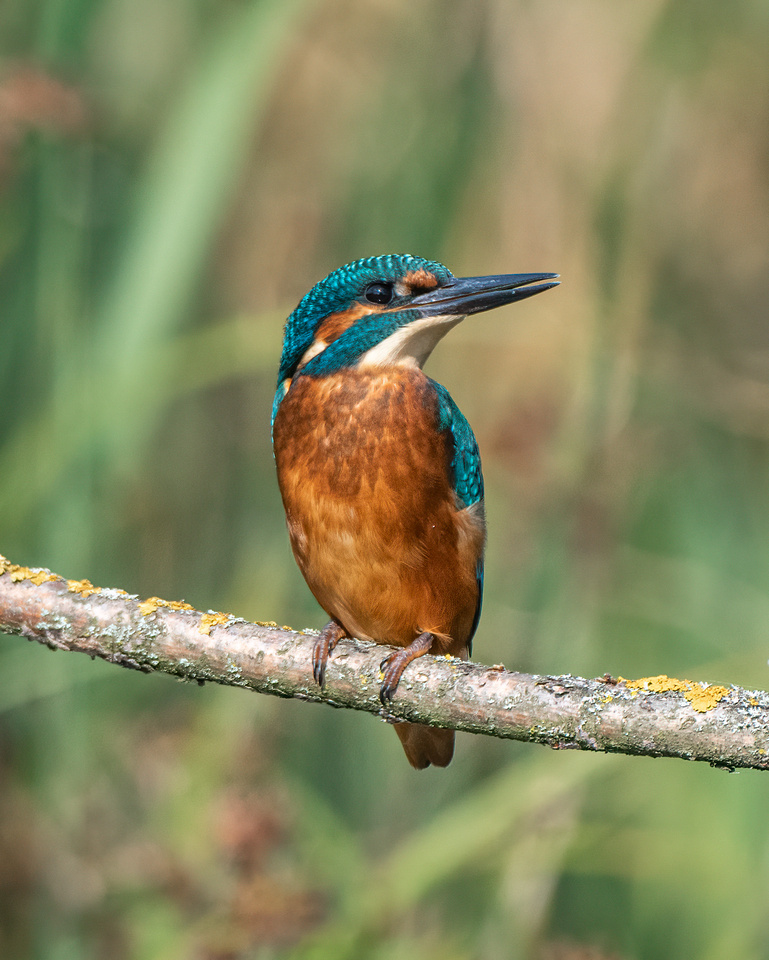
Juvenile kingfisher
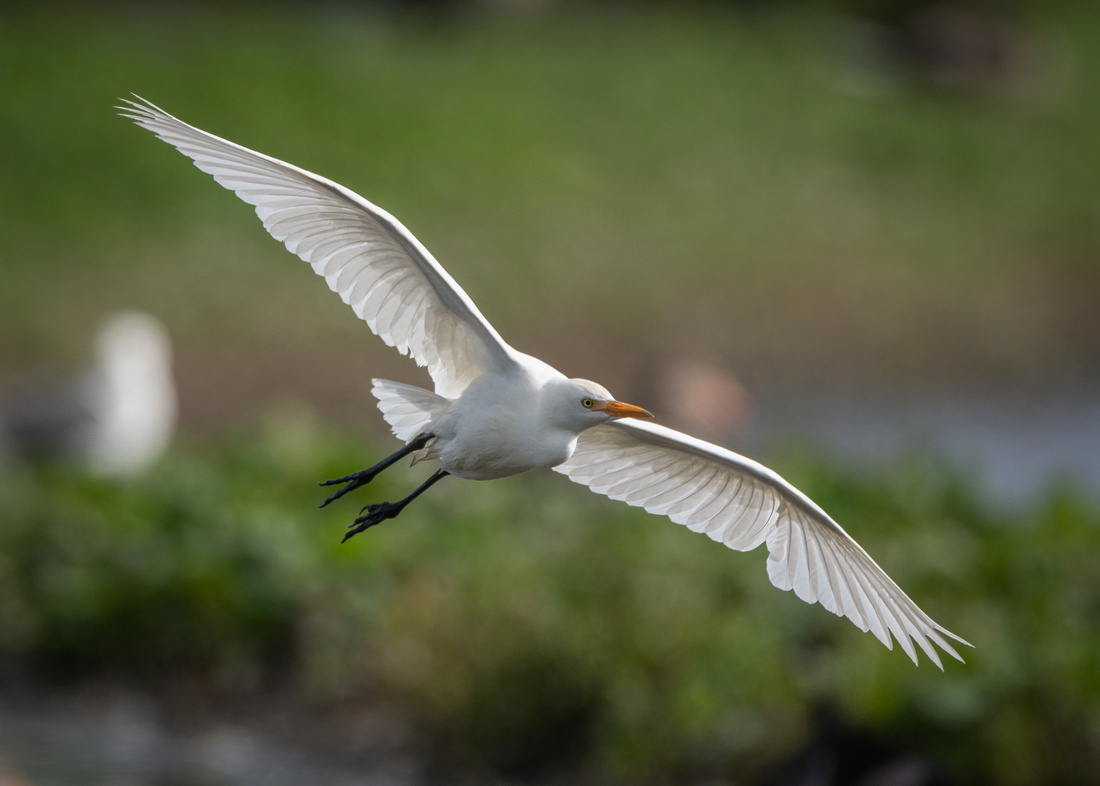 Cattle egret
Cattle egret
I've lived in Oxfordshire now for two years and only just found out there was a falconry centre only a few miles away! So I booked a ticket online which is the norm these days and paid a visit. Plenty of birds and managed to get some great close up shots of my favourite bird of prey, the Red kite. I'll never forget the first time I saw a wild kite nearly twenty years ago which was on bike ride around the Chiltern hills on the Bucks/Oxon border. As I was busy looking up at it in awe I nearly collided with a tree!
 Red kite at Millets Falconry, Oxfordshire.
Red kite at Millets Falconry, Oxfordshire.
I recently made a visit to Lancashire to see family and visit a couple of great nature reserves there namely Leighton Moss on the Lancs/Cumbria border and Martin mere wetlands. This time of year is good to see the elusive Bearded reedlings. A stunning seldom seen bird which prefers to stay in the reed beds. As their diet of insects changes to seeds they have to collect grit which helps break down the seeds in their stomachs. At Leighton Moss they put out grit on bird tables but most of the time they will use the grit off the pathways. I was lucky enough to see around 12-15 birds flitting between the reeds and paths for around twenty minutes.
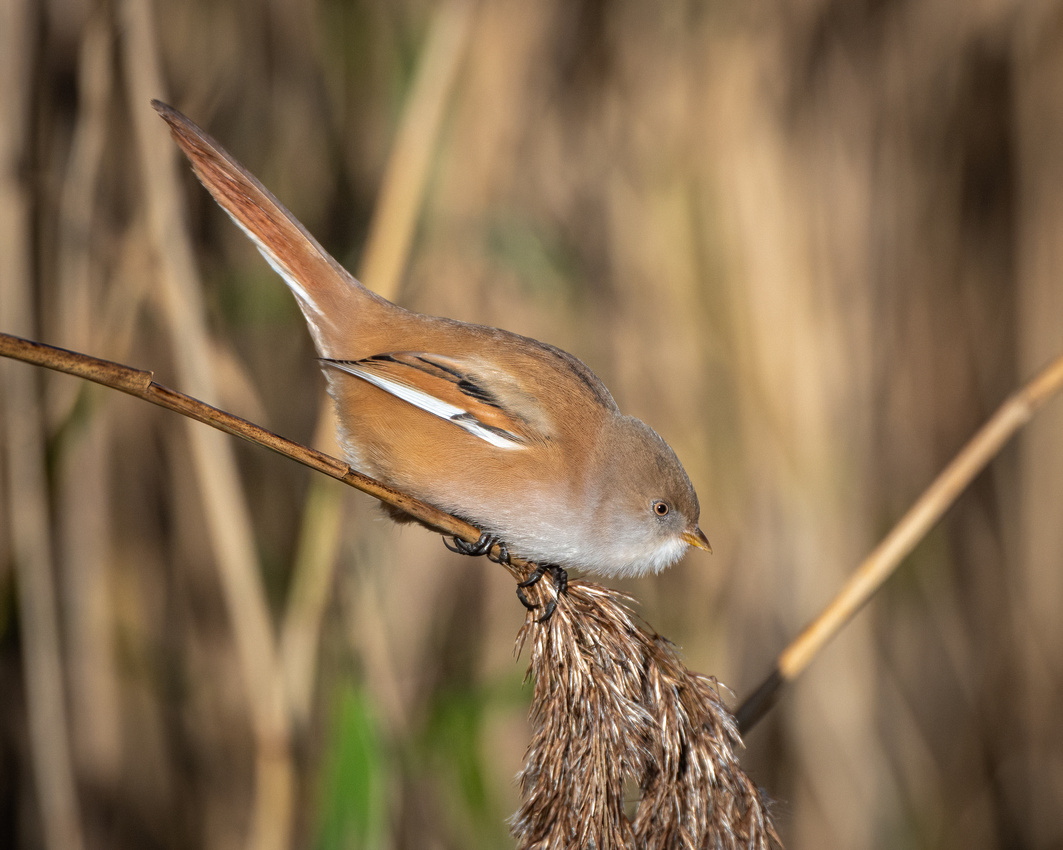 Female bearded reedling
Female bearded reedling
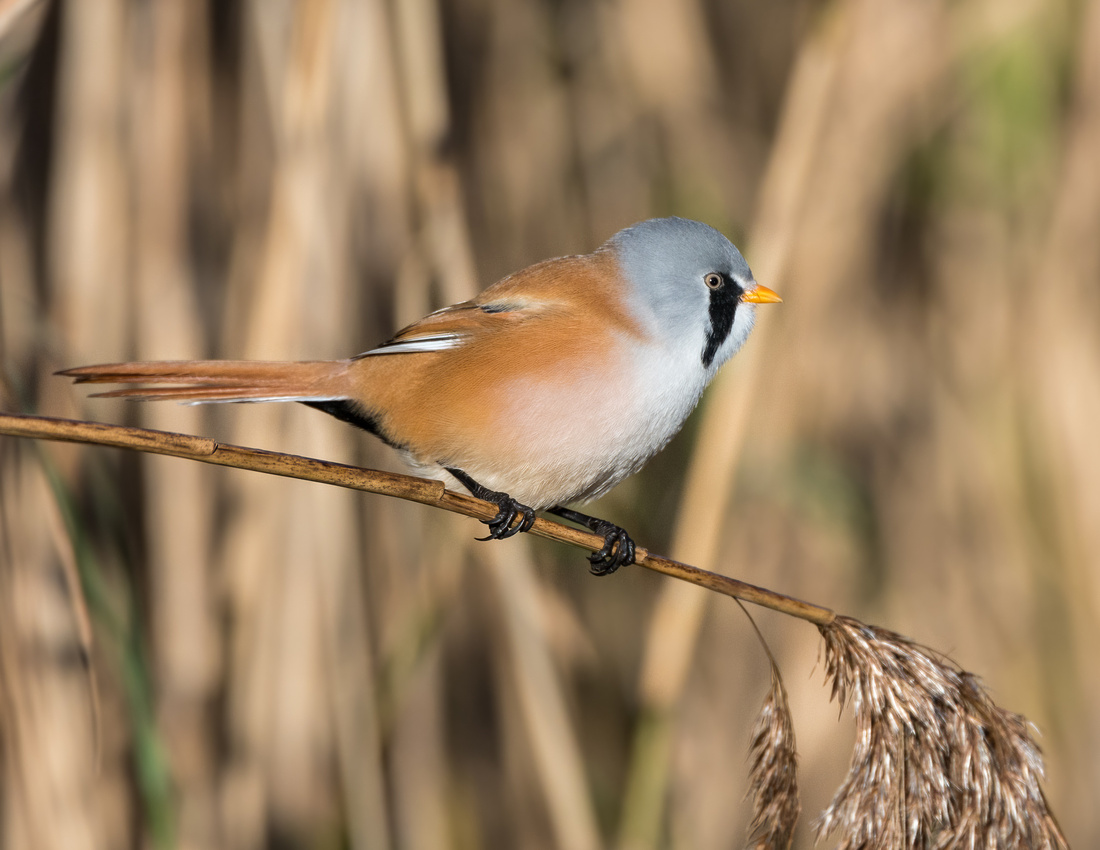 Bearded reedling at RSPB Leighton Moss, Lancashire.
Bearded reedling at RSPB Leighton Moss, Lancashire.
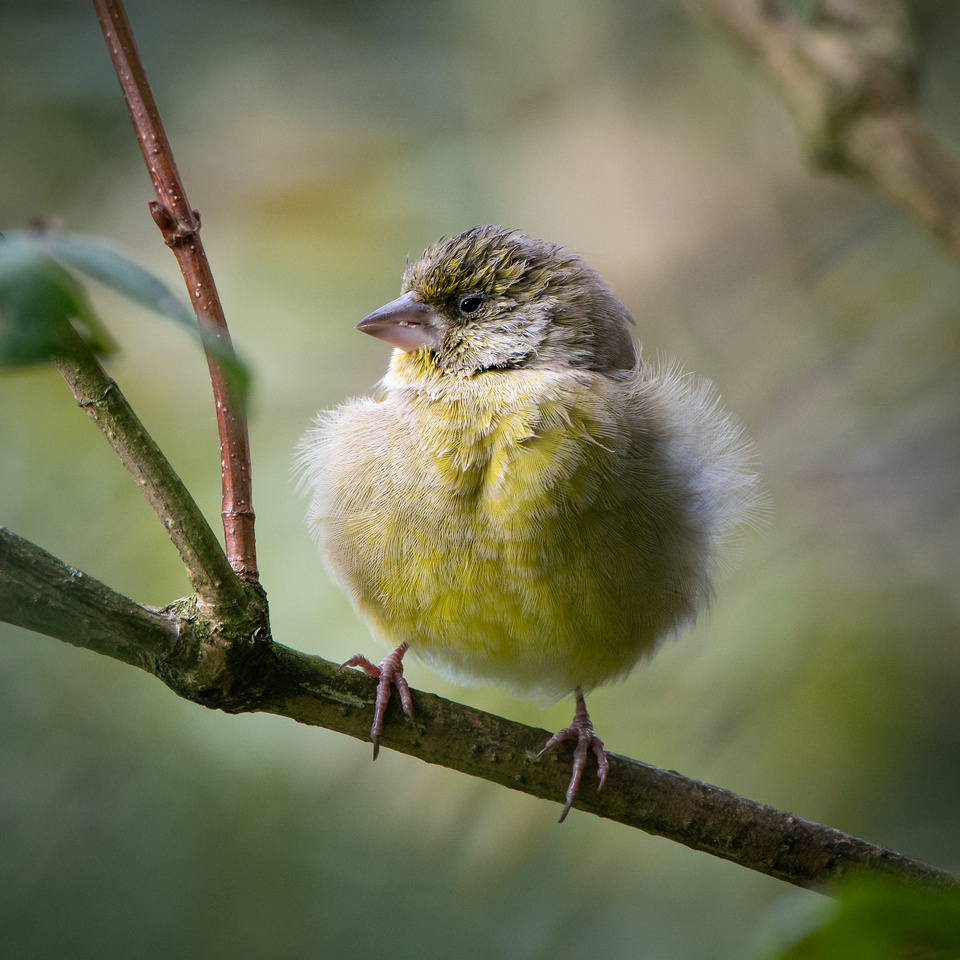 Juvenile greenfinch at Martin Mere wetlands centre, Lancashire.
Juvenile greenfinch at Martin Mere wetlands centre, Lancashire.
To round off the month I made my final visit to Santa Pod Raceway of 2020 for my motorsport fix! It's been a short season this year due to the ongoing situation. To be honest I didn't think there would be any racing this year. I hope next year will be better for all our sakes.
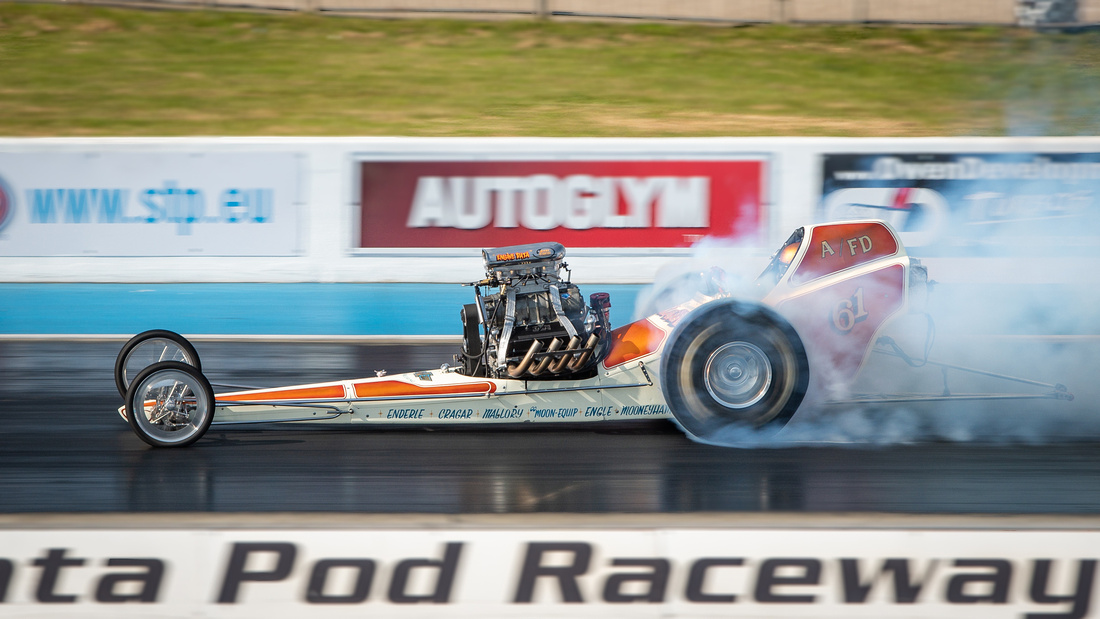 Slingshot dragster warming the rear tyres. Santa Pod.
Slingshot dragster warming the rear tyres. Santa Pod.
 The classic Fairytale mushroom, the Fly agaric
The classic Fairytale mushroom, the Fly agaric
Hopefully October will start to cool down so I can get some moody misty Autumnal shots. I've started to see plenty of fungi popping up. They like warm damp habitat and make good photographs especially if you find one with a Pixie on!!
If anyone is interested I've started my 1-2-1 photography tuition again. I find this very rewarding, teaching people of all abilities new photography skills. Not only from setting the camera up but to also editing the final image. You can use my CONTACT page for details and availability.
Thank you all for reading my latest blog and thank you all for your support and kind comments. I find nature is a great healer in difficult times. Even just sitting out in the garden or going for a short local walk. Nature is all around us.
Please continue to upload your photographs to my Photo's Page. There are some great photographs being posted.
Many more of my images can be viewed on my flickr page and Instagram.
Thanks
Steve
Another busy month with the camera during August and now the Autumn migration is underway another busy month is forecast for September. Autumn is my favourite of the four seasons for photography. The Summer visitors head South to warmer climates and the Arctic/Russian/Scandinavian birds also head South and many will Winter in the UK. Our resident wildlife will be caching and feeding up to see them through the Winter months.
In August I visited Slimbridge, Otmoor and Farmoor which are good places to witness the Autumn migration. These are wetland areas which are a magnet for migrating birds to stop off on their journey. I got lucky towards the end of the month at Farmoor reservoir when an Osprey spent a few hours there. It caught a fish and sat on a pylon to eat it!
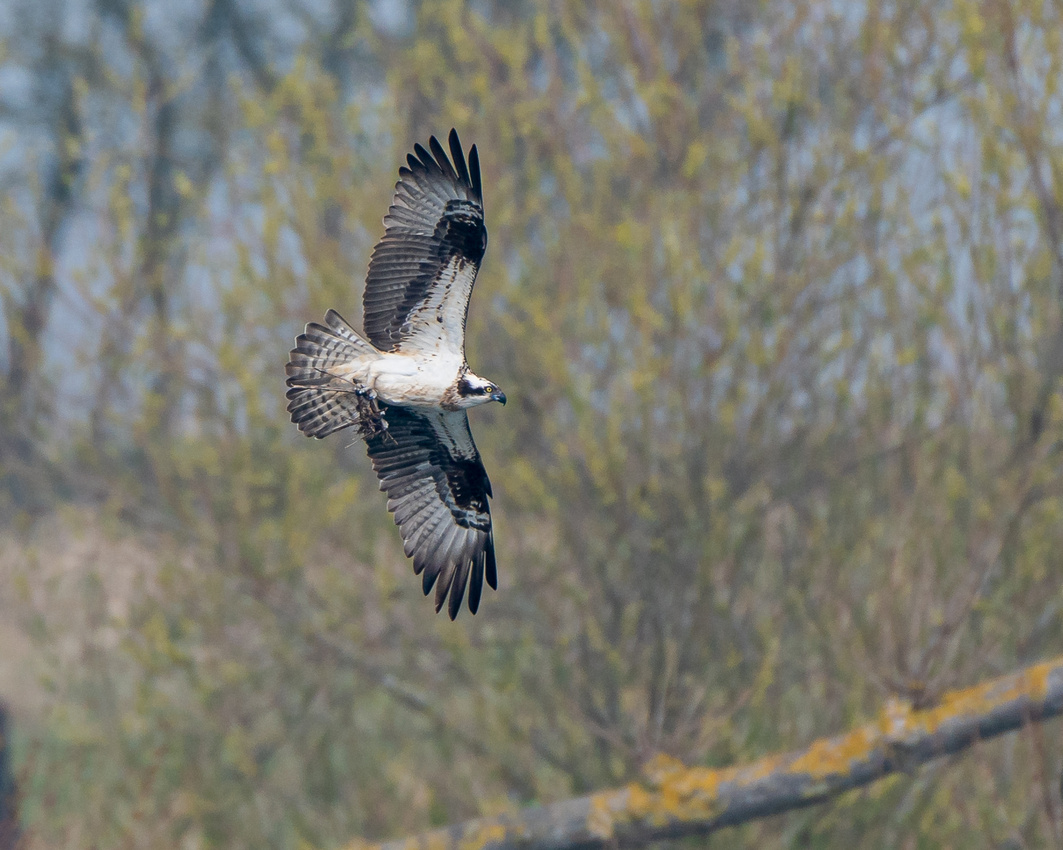 Western Osprey
Western Osprey
The Slimbridge wetland centre is excellent for migrating birds due to its close proximity to the River Severn. Many birds follow these landmarks such as rivers and even roads. The Ospreys actually follow the A1 motorway on their journey North to Scotland etc and back on their way back to West Africa!
 Wood sandpiper. A rare Summer visitor to Slimbridge, Gloucestershire.
Wood sandpiper. A rare Summer visitor to Slimbridge, Gloucestershire.
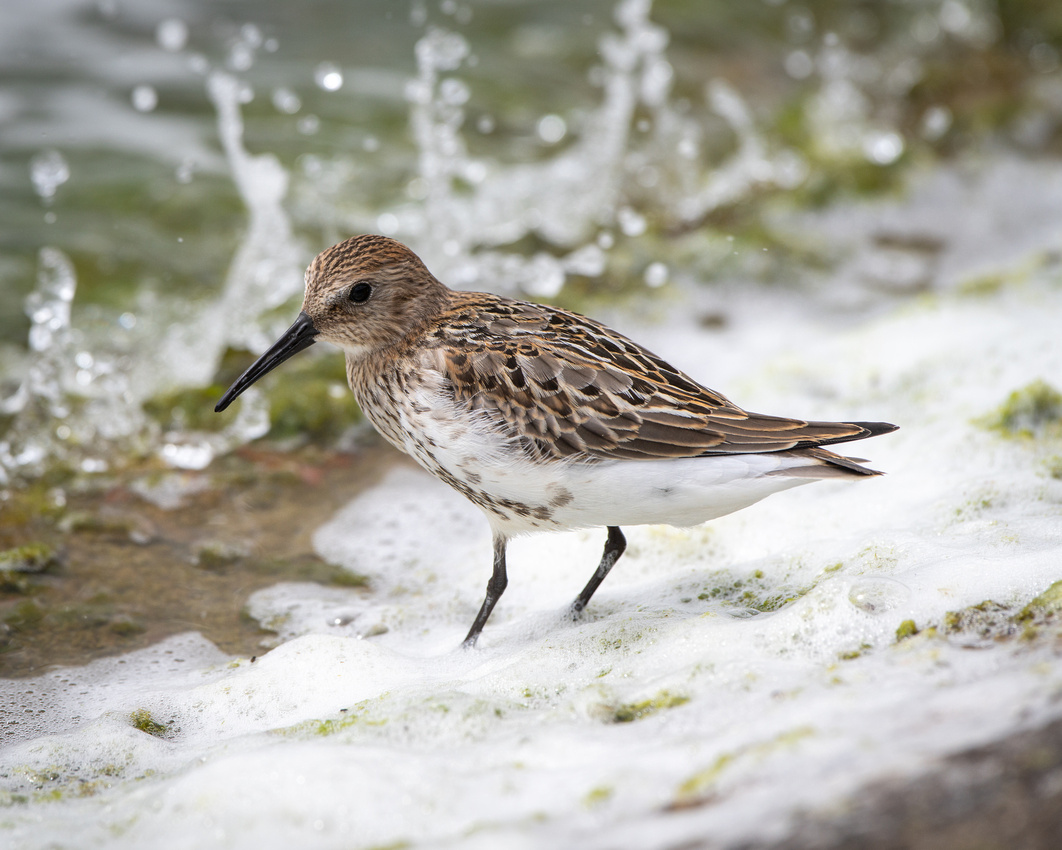 Dunlin. A small wading bird at Farmoor reservoir, Oxfordshire.
Dunlin. A small wading bird at Farmoor reservoir, Oxfordshire.
During the month I made several visits to the British wildlife centre. I'll be paying rent if I make anymore visits! A great place to get up close and personal to British wildlife.
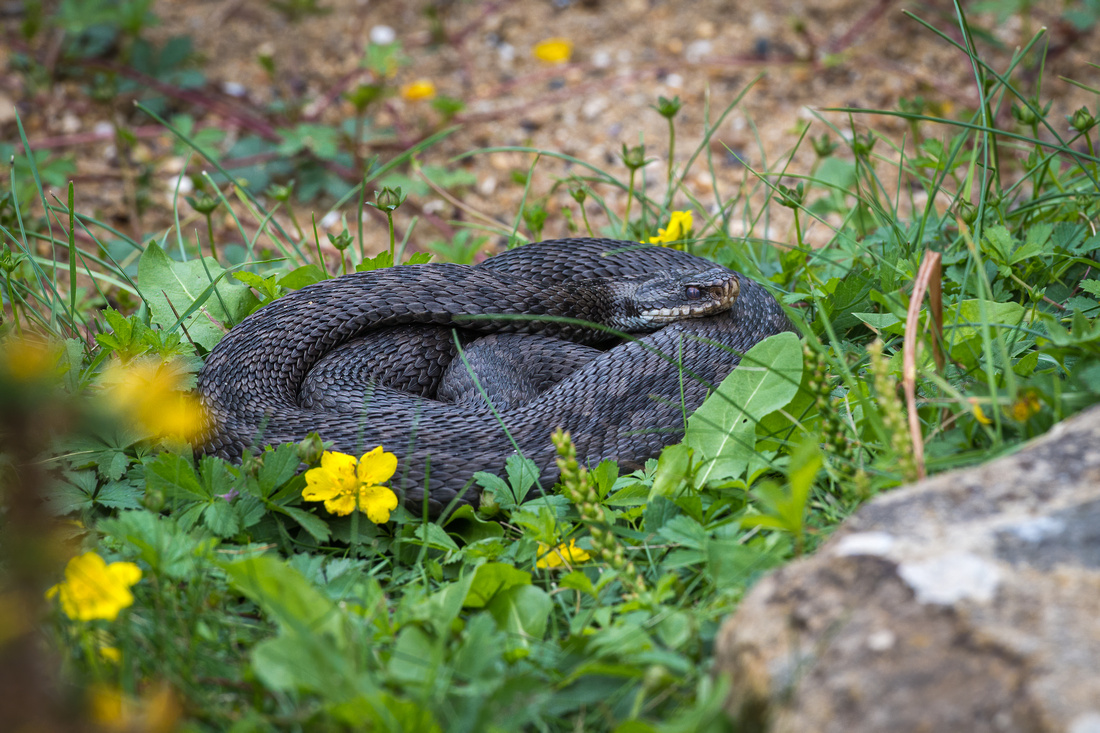 Male Adder at the British wildlife centre.
Male Adder at the British wildlife centre.
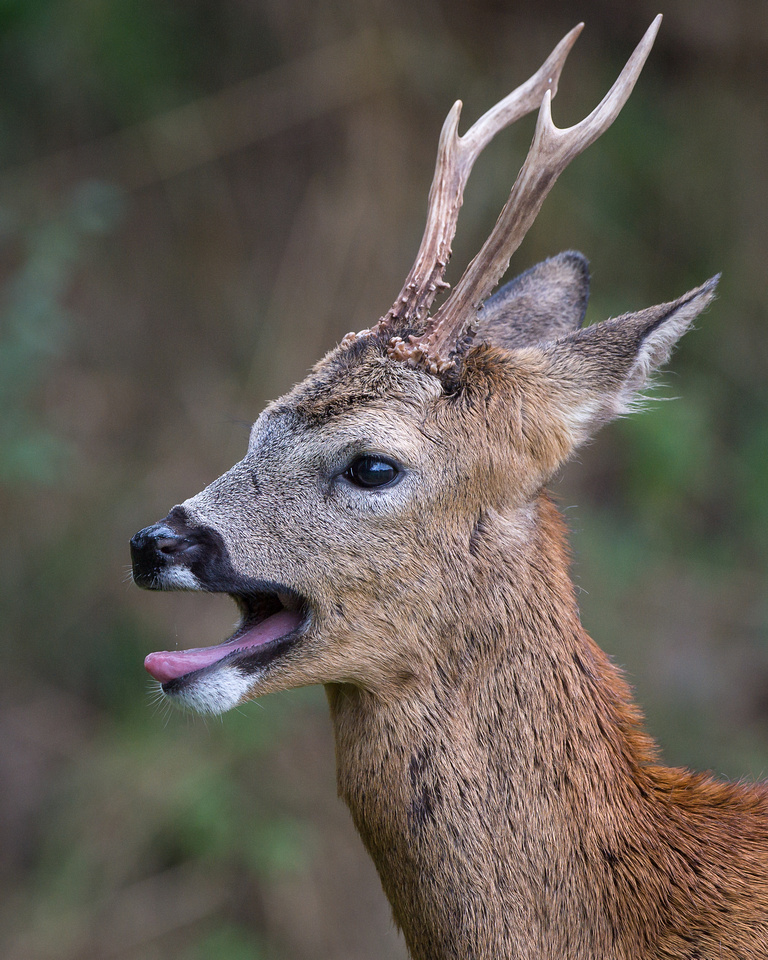
Rowan the Roe deer buck at the BWC.
Now Santa Pod Raceway is allowed to host motorsport events again I made a couple of visits to the home of European drag racing. There weren't as many cars as usual but there was still some great racing as always and even the weather was OK for a change!
 Ford Capri MK1 at Santa Pod Raceway, Bedfordshire.
Ford Capri MK1 at Santa Pod Raceway, Bedfordshire.
 Dragster at Santa Pod Raceway.
Dragster at Santa Pod Raceway.
Towards the end of August I visited the Hawk conservancy near Andover, Hampshire. A great place to learn about and watch birds of prey fly. From the kestrel to huge vultures and of course everbody's favourites...the owls. They have three flying displays every day in different arenas with different birds.
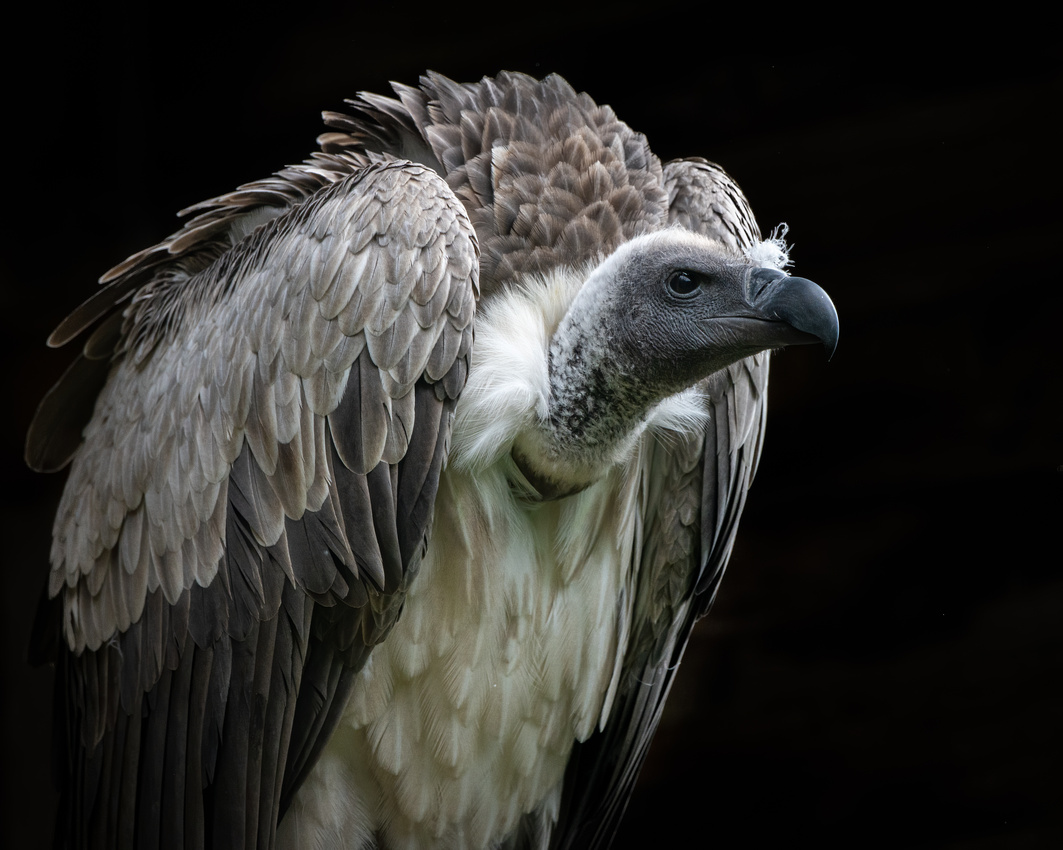 African white backed vulture
African white backed vulture
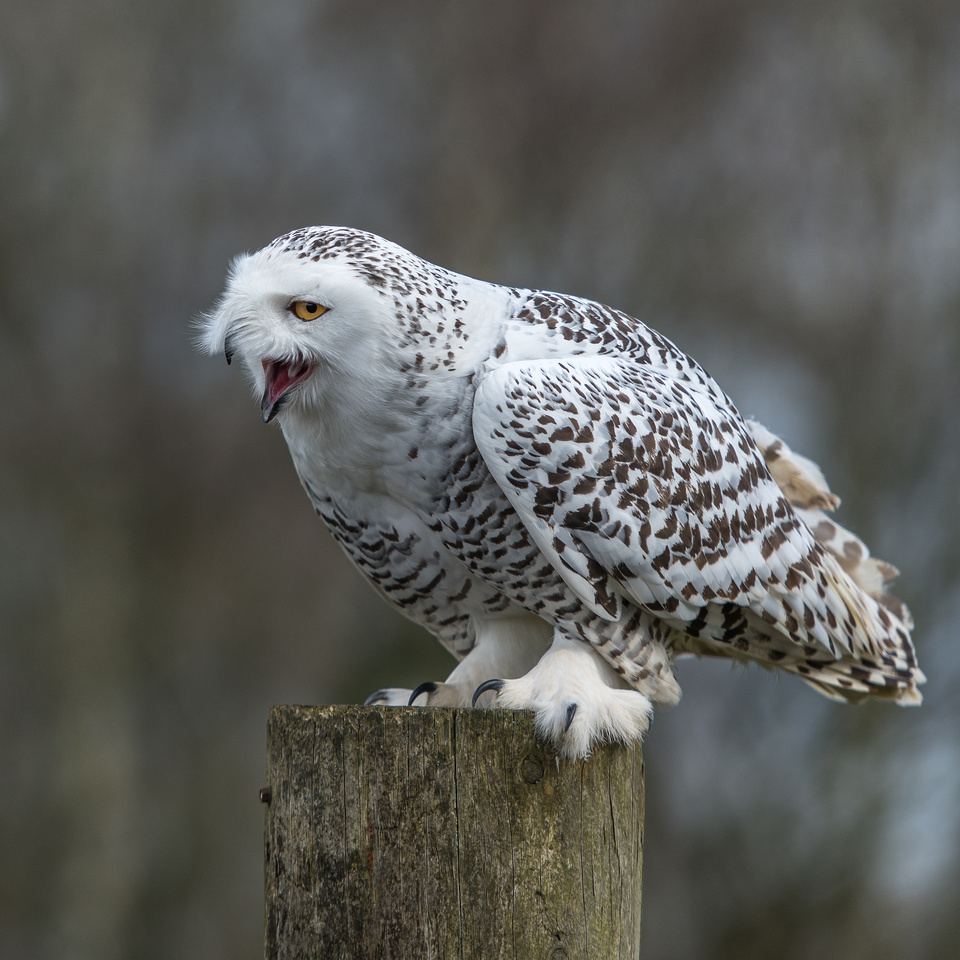 Snowy owl at the Hawk conservancy.
Snowy owl at the Hawk conservancy.
I spent a few days in my native Lancashire in the middle of the month. I always make a pilgrimage to Martin mere wetlands centre on my return. This is is where wildlife photography first started for me when I was 9 years old! I had a great visit even though it rained. It wouldn't be the North if it didn't rain!!
I didn't get many shots but found a snoozing hare and the kingfishers hangout.
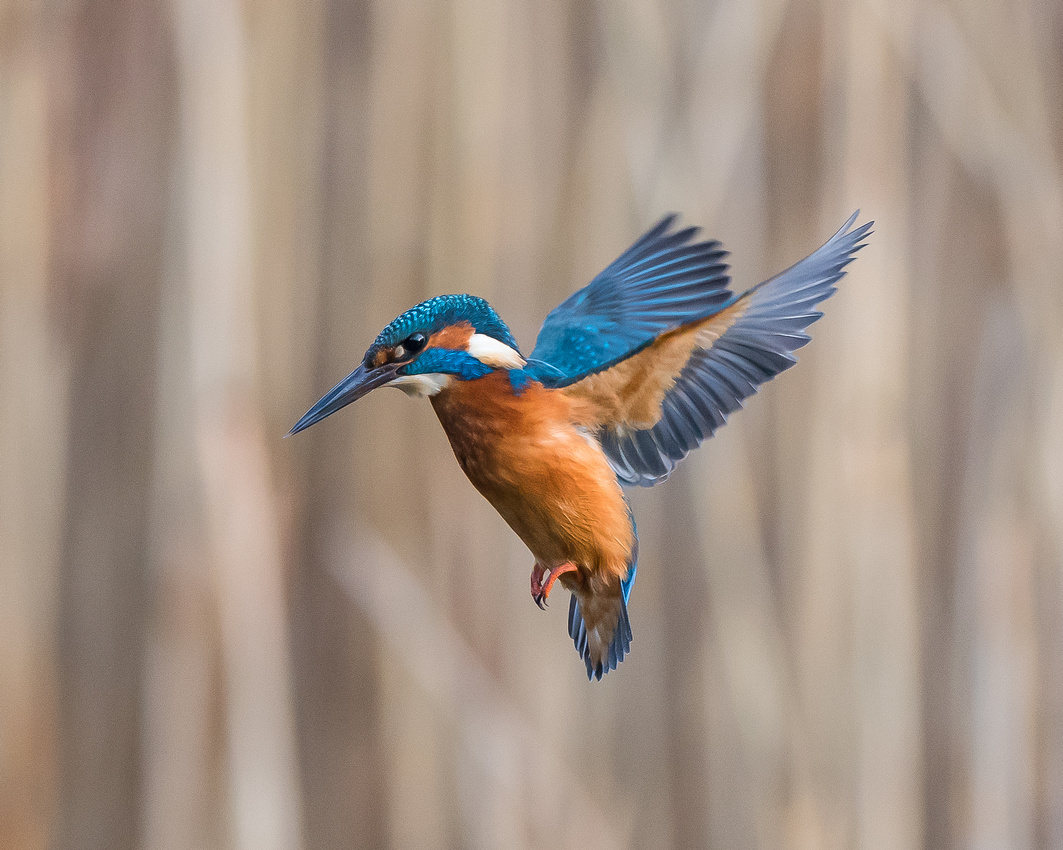 Hovering kingfisher
Hovering kingfisher
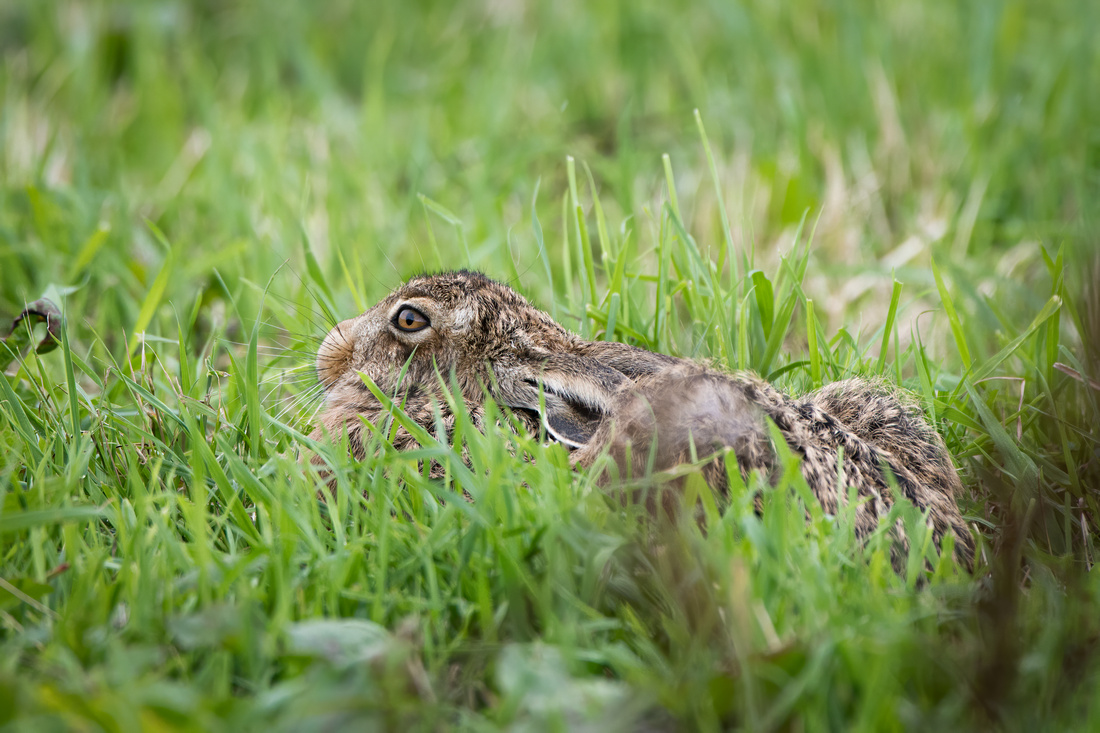 Brown hare
Brown hare
As for next month I will be spending the first week of September in Lancashire visiting family etc. The deer rut should be starting mid to late of the next month which I am looking forward to. I'm going to try some new ideas out this year which hopefully will produce some different deer images than I normally take. I'm also looking forward to the colours of Autumn and hope to photograph the change in the seasons. Autumn also means misty early mornings and stunning sunrises/sunsets so dig your cameras out and get snapping!
Now 'lockdown' is easing I am starting my 1-2-1 photography tuition again. I find this very rewarding, teaching people of all abilities new photography skills. Not only from setting the camera up but to also editing the final image. You can use my CONTACT page for details and availability.
Thank you all for reading my latest blog and thank you all for your support and kind comments. I find nature is a great healer in difficult times. Even just sitting out in the garden or going for a short local walk. Nature is all around us.
Please continue to upload your photographs to my Photo's Page. There are some great photographs being posted.
Many more of my images can be viewed on my flickr page and Instagram.
Thanks
Steve
July has been very busy for my photography. Out of the 31 days in July I have used the camera on 27 of those days! I think I'm making up for lost time when were in 'full lockdown'!! A few more wildlife places are opening up now but pre-booking is essential at zoos and reserves that charge for entry. It can be a bit of a pain but it helps keep the numbers of people visiting in check.
This month I've visited the British wildlife centre (5 times!), Slimbridge wetland centre (twice) and my local haunts of Farmoor reservoir, RSPB Otmoor and Tring reservoirs on numerous occasions. I also made a 2 day visit to the fantastic RSPB reserve of Bempton Cliffs on the Yorkshire coast and a couple of reserves in my native Lancashire. So on the whole very busy!
At the start of the month I made a visit to the British wildlife centre (BWC). It re-opened on the 4th for members only. It was great seeing all the keepers again but some of the animals were a bit elusive. With three months of 'lockdown' the animals had got used to no visitors so when the first visitors arrived the animals that did show looked a little startled. Things now are slowly getting back to normal which can only be expected.
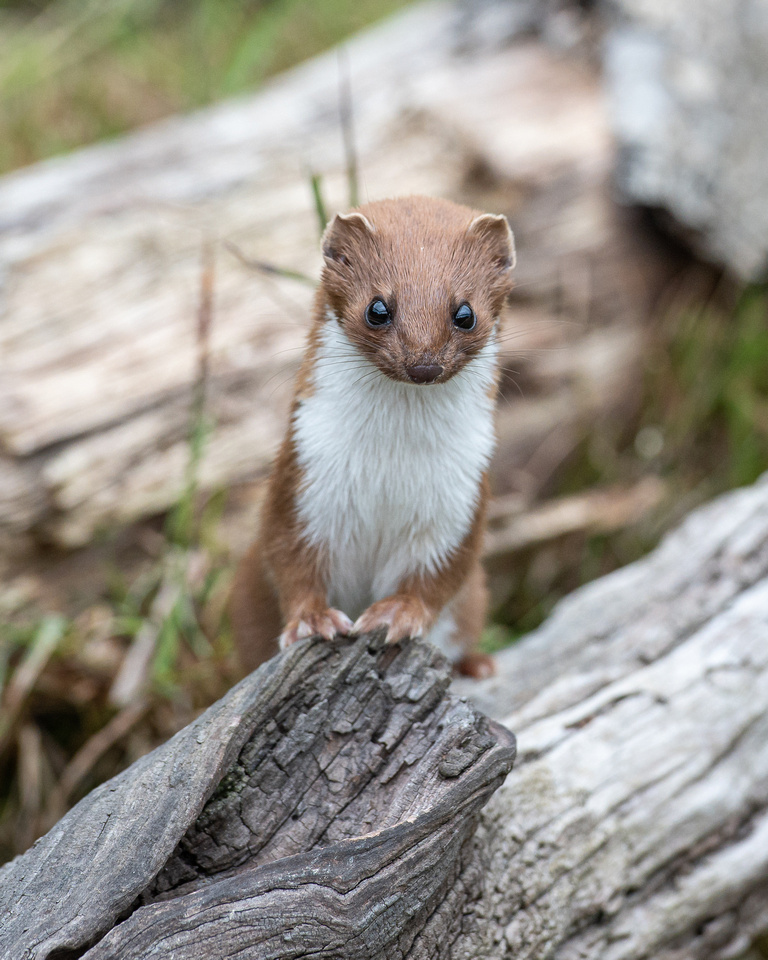
A Least weasel wondering who all the people are! BWC
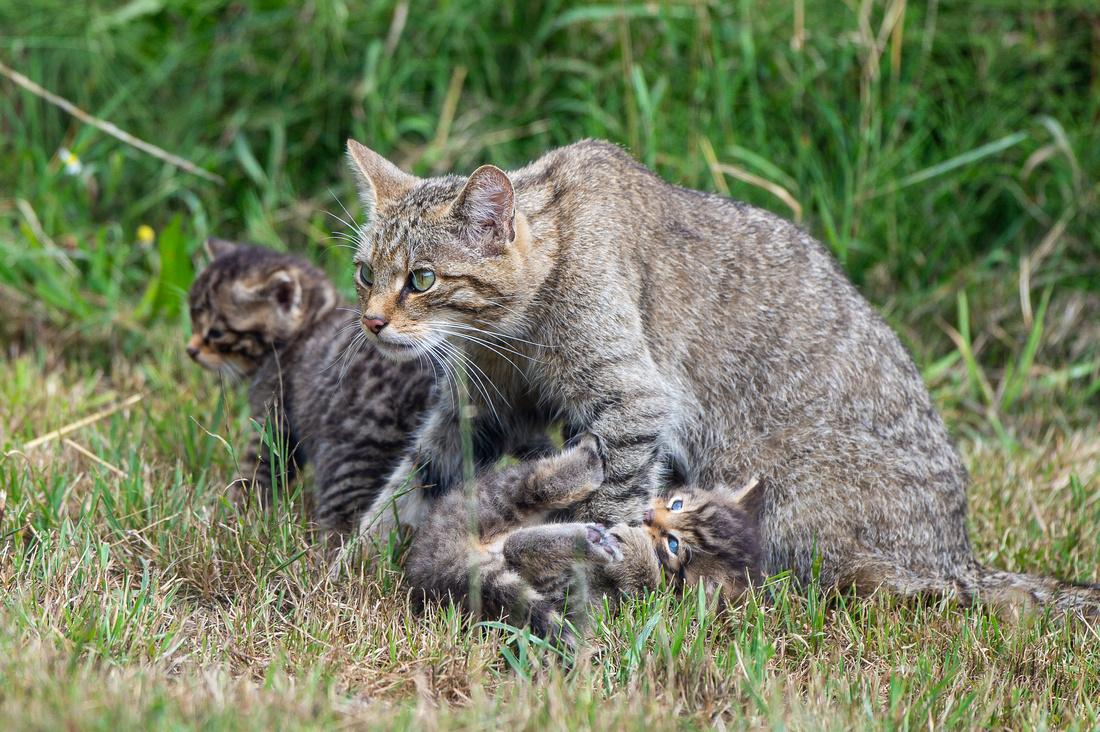 Scottish wildcat with kittens at the British wildlife centre.
Scottish wildcat with kittens at the British wildlife centre.
Usually when I plan on visiting the BWC I call in at Bushy park at sunrise to see whats about. At the moment there are a few deer fawns and plenty of juvenile green woodpeckers. With the recent spell of hot weather the deer can sometimes be seen cooling down in the small lakes there.
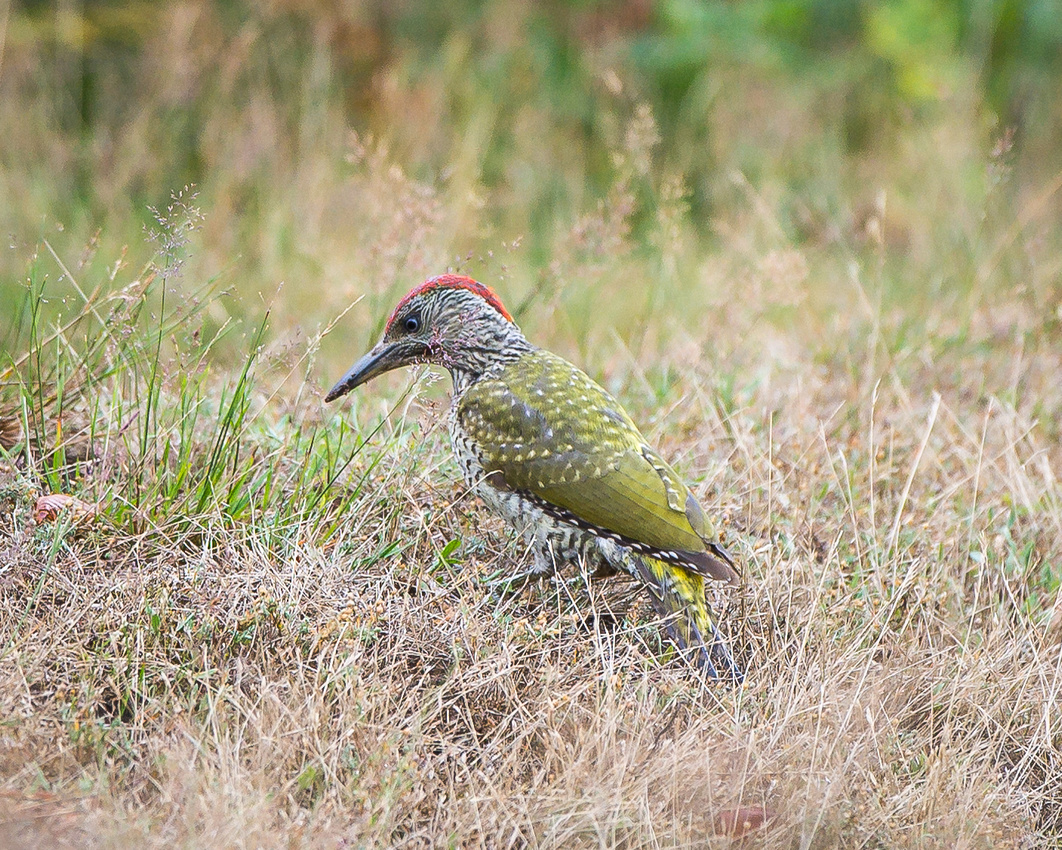 Juvenile green woodpecker searching for ants in Bushy park.
Juvenile green woodpecker searching for ants in Bushy park.
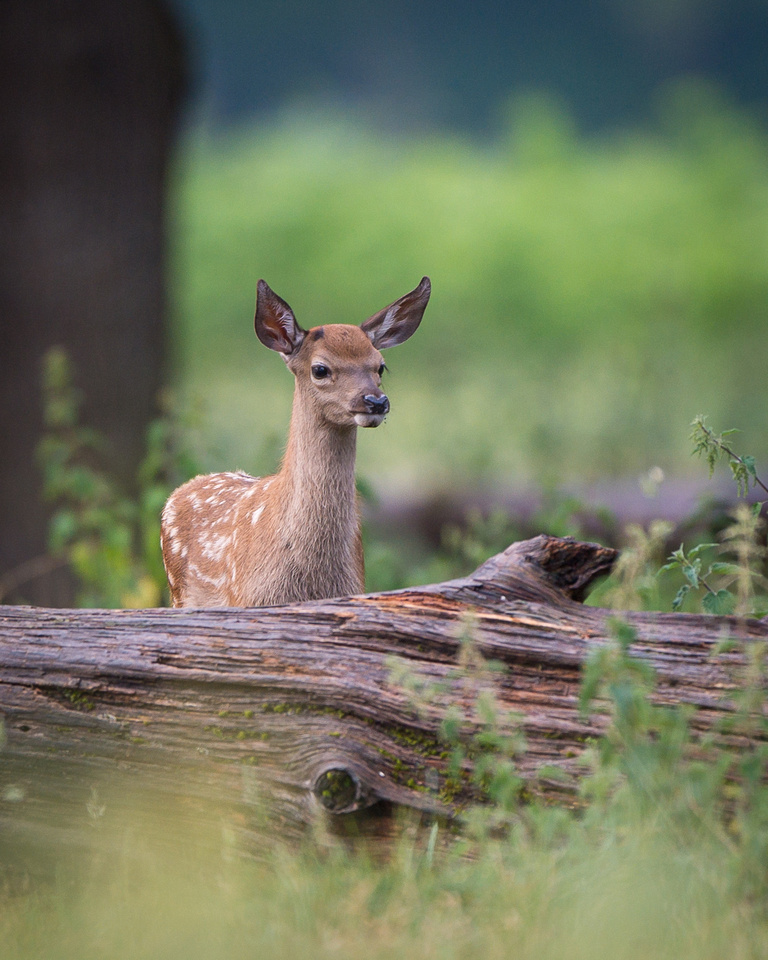
Red deer fawn. Bushy park.
Tring reservoirs have been great this Summer with plenty of juvenile birds. The common terns have had their young and will shortly be heading back to the Southern hemisphere. The young great crested grebes are very active now with their parents being kept busy catching fish for them.
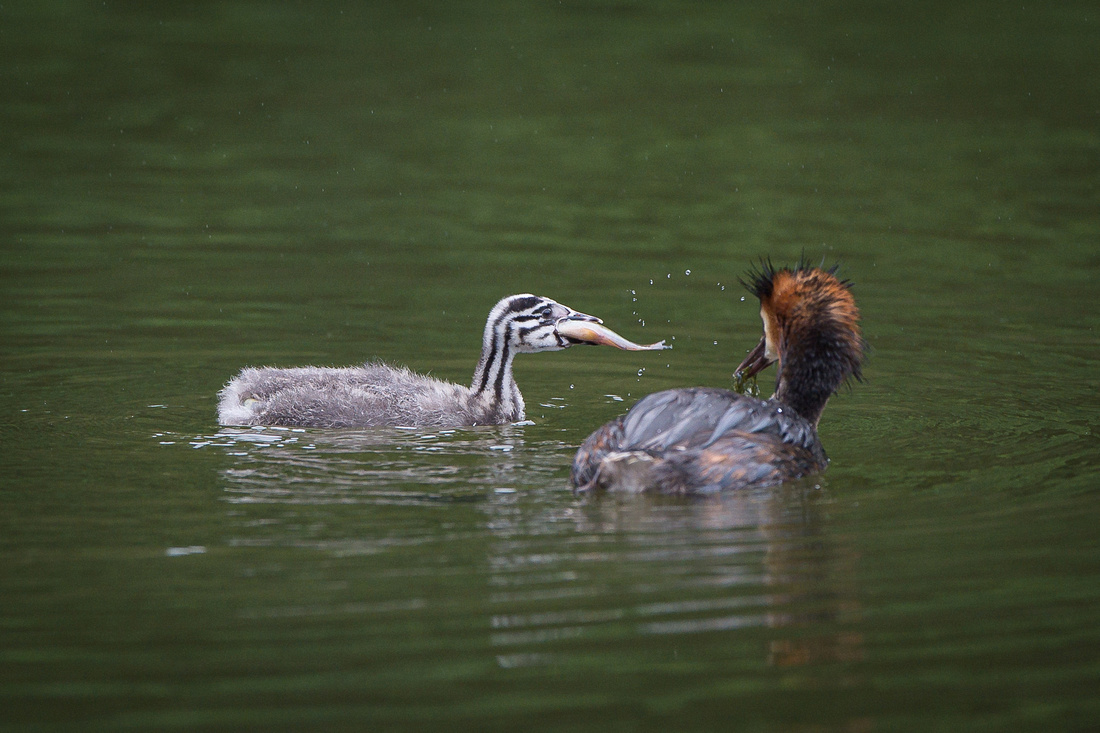 Great crested grebe with a large fish for breakfast
Great crested grebe with a large fish for breakfast
 Juvenile common tern
Juvenile common tern
My highlight of July was a two day visit to Bempton Cliffs on the stunning Yorkshire coast. It is sited between Filey and Flamborough and in Spring & Summer plays host to over 250,000 seabirds. Gannets, gulls, razorbills, guillemots and everybodies favourite the puffins! Definitely worth putting on your bucket list!
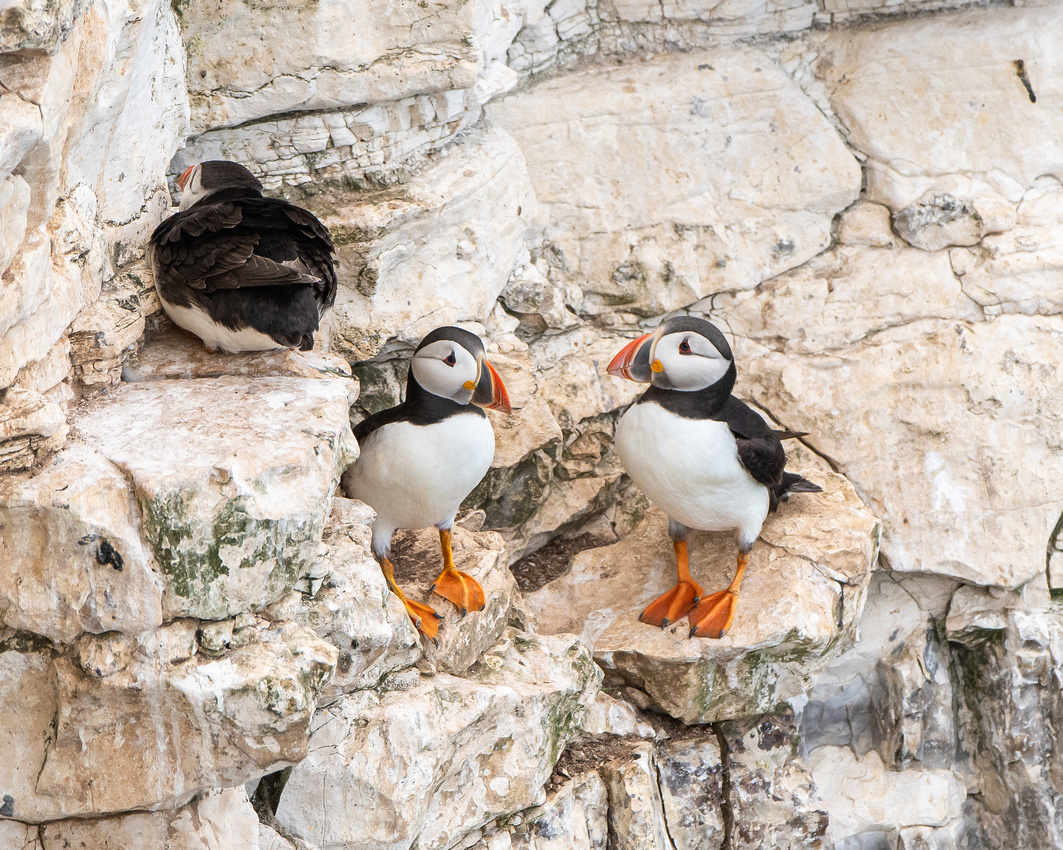 Puffins on Bempton Cliffs.
Puffins on Bempton Cliffs.
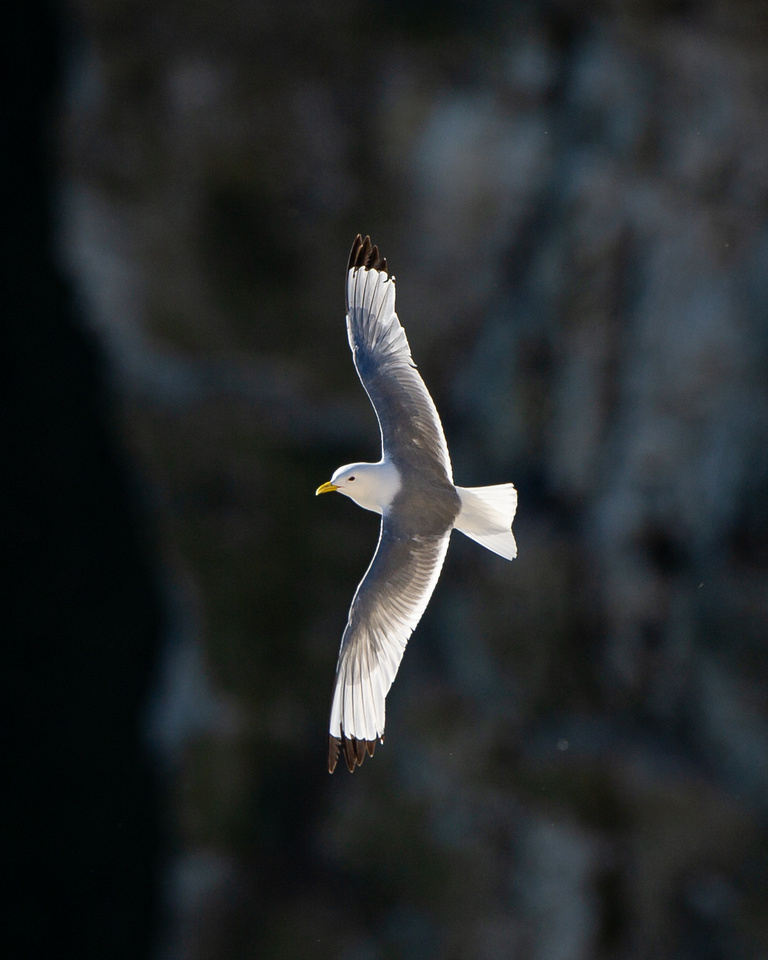
My favourite shot from Bempton Cliffs. A Kittiwake with some backlighting which shows off its wing feathers against the cliffs.
It's not just wildlife I've been photographing this month but aircraft. The RAF base at Brize Norton is not too far away and is good for watching military aircraft. The planes are large and get quite close so no big lenses are needed. I like the aircraft with propellors so a steady hand and slow shutter speed are required to get 'prop blur'. I use a shutter speed of around 1/125th of a second which is usually about right. Some photographers will go lower but I'm not that steady and my cameras are heavy. That's my excuse anyway!!
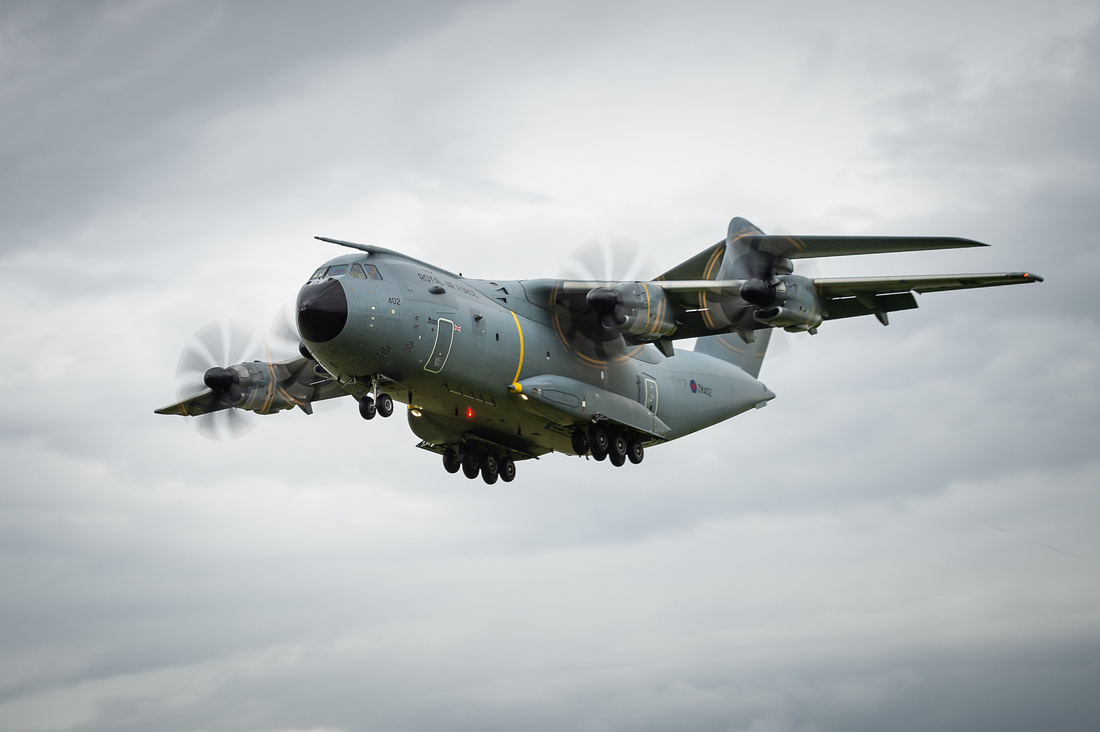 Airbus A400M 'Atlas' taken using a slow shutter speed of 1/125sec to show movement in the props. Brize Norton
Airbus A400M 'Atlas' taken using a slow shutter speed of 1/125sec to show movement in the props. Brize Norton
I made a couple of visits to the wetland centre at Slimbridge. Summer is a good time to see the wading birds and there were plenty about and will come very close to the hides.
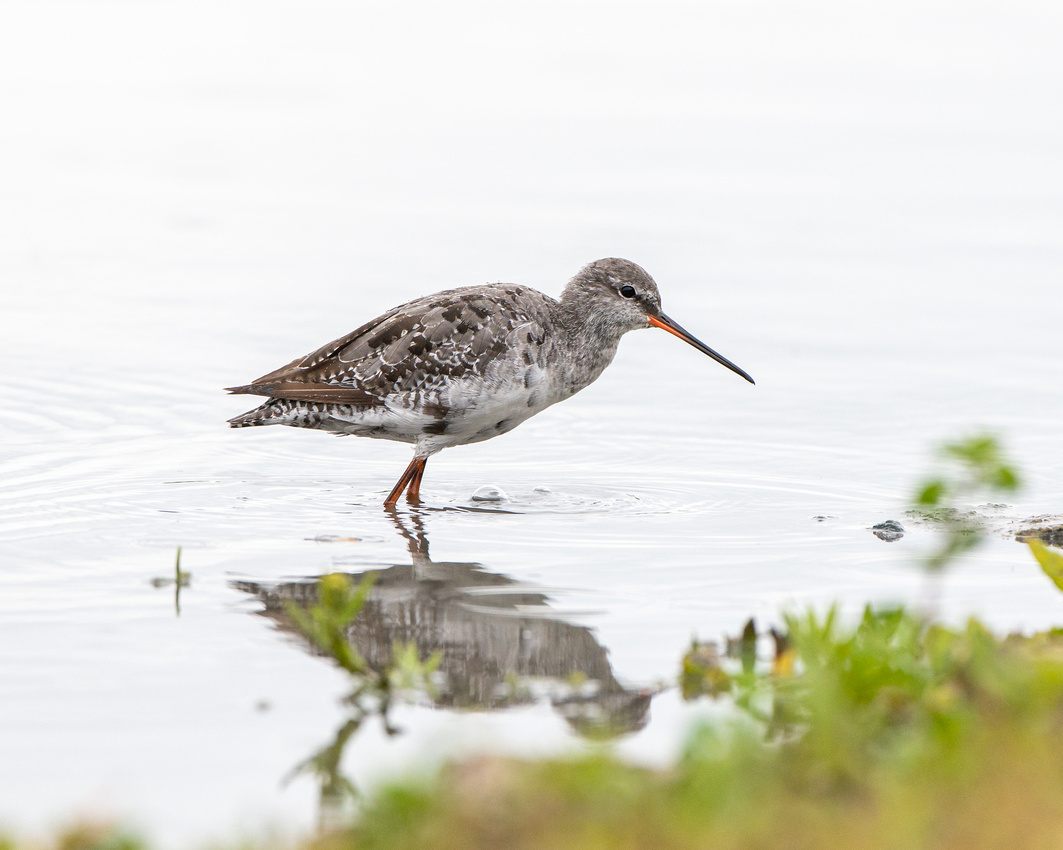 Spotted redshank. A bird I seldom see. Slimbridge wetland centre, Gloucestershire.
Spotted redshank. A bird I seldom see. Slimbridge wetland centre, Gloucestershire.
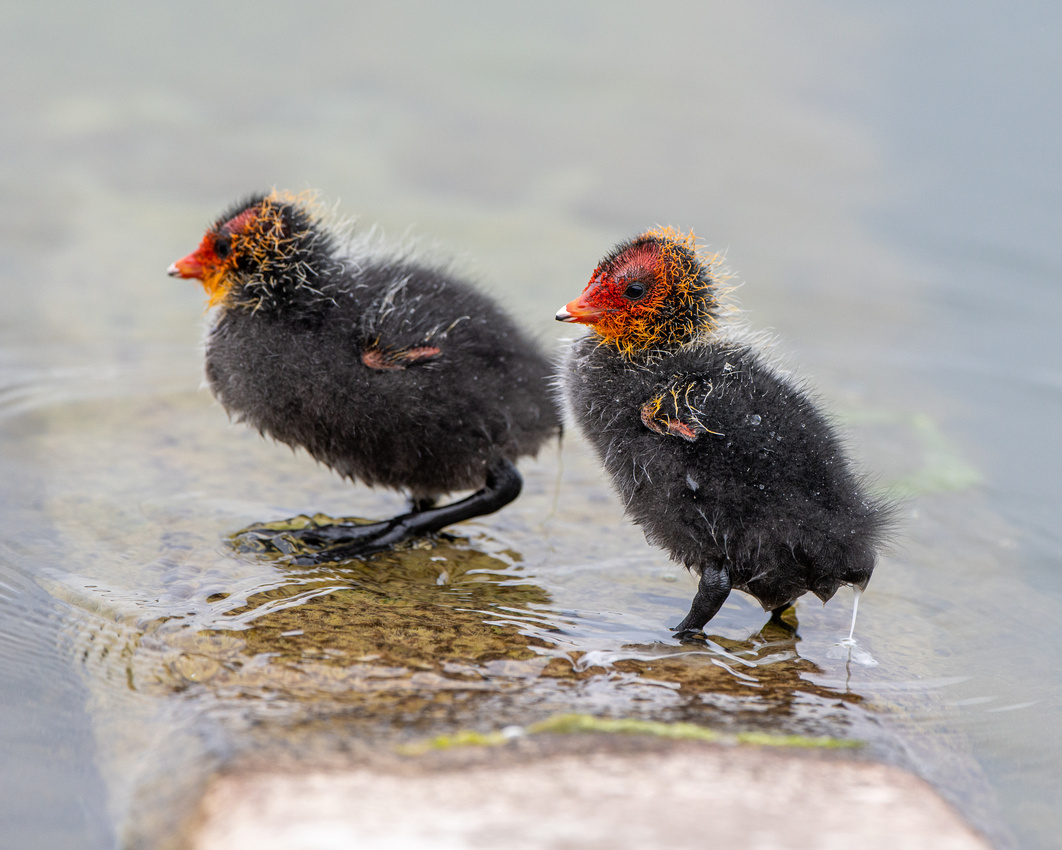 Juvenile coots. I think one isn't potty trained yet!
Juvenile coots. I think one isn't potty trained yet!
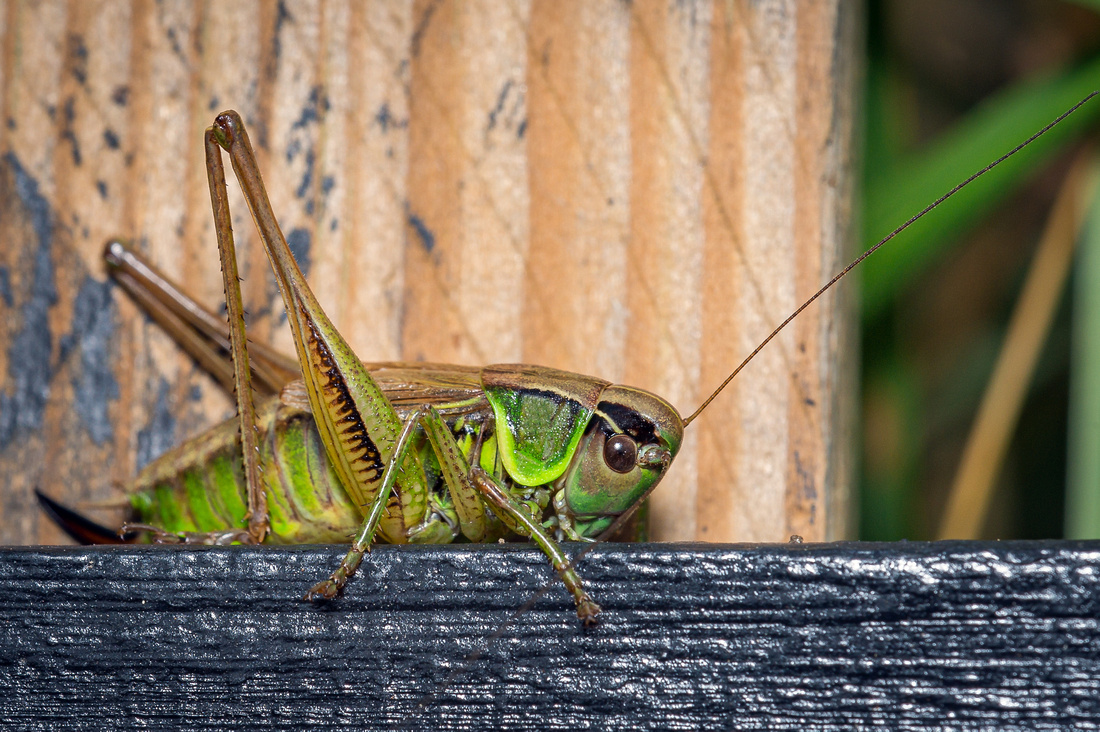 A bush cricket at RSPB Otmoor.
A bush cricket at RSPB Otmoor.
Summer is a great time to visit RSPB Otmoor for the insects. I usually get bitten by more than I manage to photograph! The bush cricket (above) I photographed is only about an inch long in real life but a dedicated macro (close up) lens is essential to get detailed shots like this.
As I'm writing this I can hear the 'screeching' swifts outside which are feeding up ready for their long journey back to Africa. The last few days have felt a bit Autumnal. As I was walking round Bushy park I noticed some of the leaves on the trees were starting to change colour and some had already fallen.
As for next month I will be making my first visit to Santa Pod Raceway. Hurray! They have been given the go ahead to host some motorsport (drag racing) events but with the latest government guidelines in place. I'm looking forward to this and there is some good weather forecast!
Now 'lockdown' is easing I am starting my 1-2-1 photography tuition again. I find this very rewarding teaching people of all abilities new photography skills. Not only from setting the camera up but to also editing the final image. You can use my CONTACT page for details and availability.
Thank you all for reading my latest blog and thank you all for your support and kind comments over this difficult period we are all experiencing. It makes it all worth the while. I find nature is a great healer in times like this. Even just sitting out in the garden or going for a short local walk. Nature is all around us.
Please continue to upload your photographs to my Photo's Page. There are some great photographs being posted.
Many more of my images can be viewed on my flickr page and Instagram.
Thanks
Steve
Has anyone noticed it is a great year for wild flowers? Most councils in the UK have postponed cutting road side verges and let them grow wild with some spectacular results which not only looks good but helps the wildlife. In rural areas some farmers are planting wild flower meadows along side their fields of crops to give nature a helping hand. I live on the Oxfordshire/Buckinghamshire border where fields of red poppies, cornflowers and ox-eye daises can be found. I've never taken so many flower photographs!
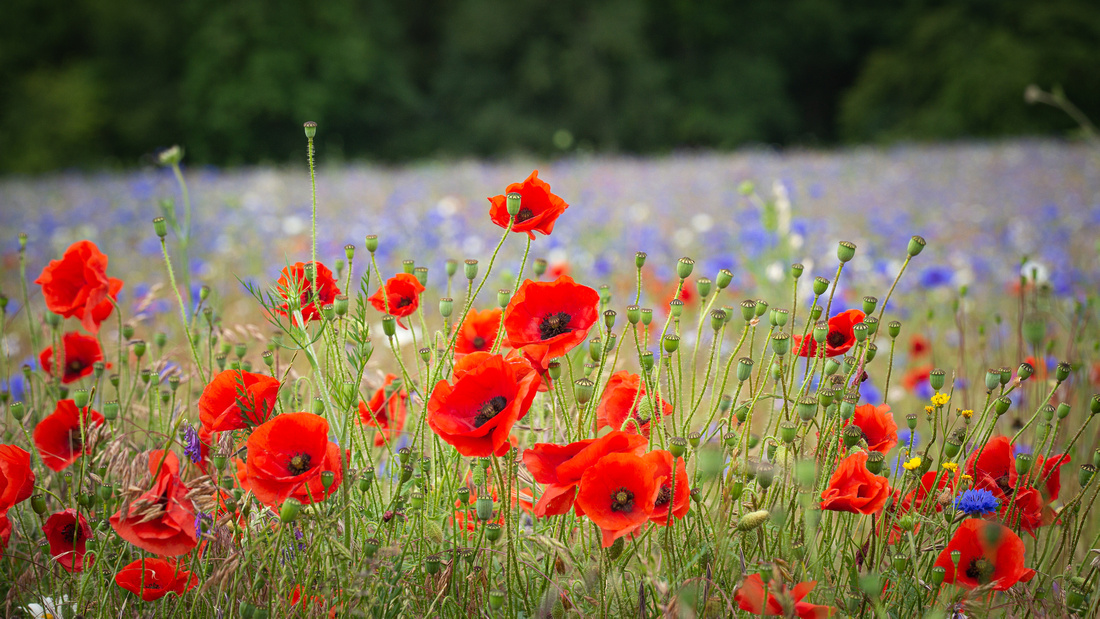 Red poppies & Cornflower in Buckinghamshire
Red poppies & Cornflower in Buckinghamshire
Of course with the abundance of wild flowers the insects are thriving to with plenty of bees, butterflies etc.
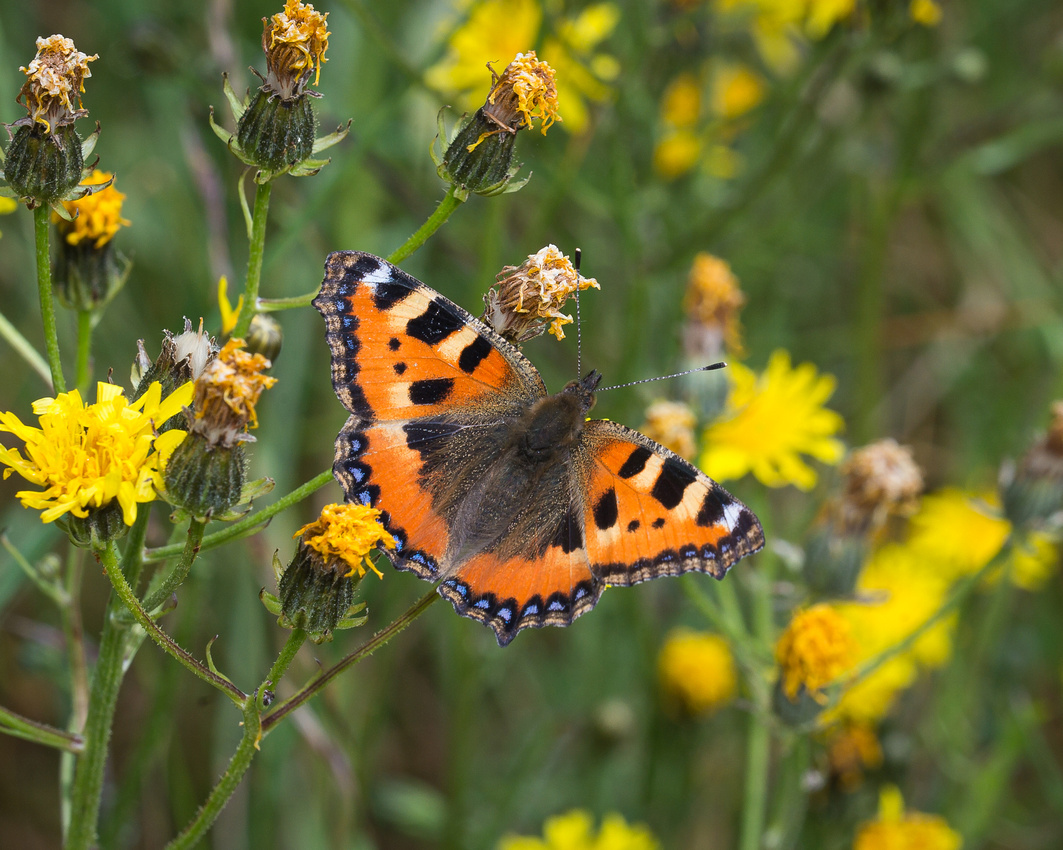 Small tortoiseshell butterfly
Small tortoiseshell butterfly
Normally when I go out photographing wildlife I like to photograph it in a natural environment which can involve waiting for hours and when you finally get a good shot it makes it all worth the while. It doesn't always pay off but it's fun trying! Early June I visited a private hide in West Sussex. It is the first time I've been to one of these so wasn't too sure what to expect. There are a number of hides with 'reflection pools' and some interesting feeding setups. I was there for around six hours and took nearly 1300 images!! It took me a week to edit all the photographs. I'm looking forward to visiting again, maybe at the end of Summer/Autumn. It makes a change to sit in a comfortable hide as opposed to lying still for ages in long grass or in a forest dressed in camouflage!!
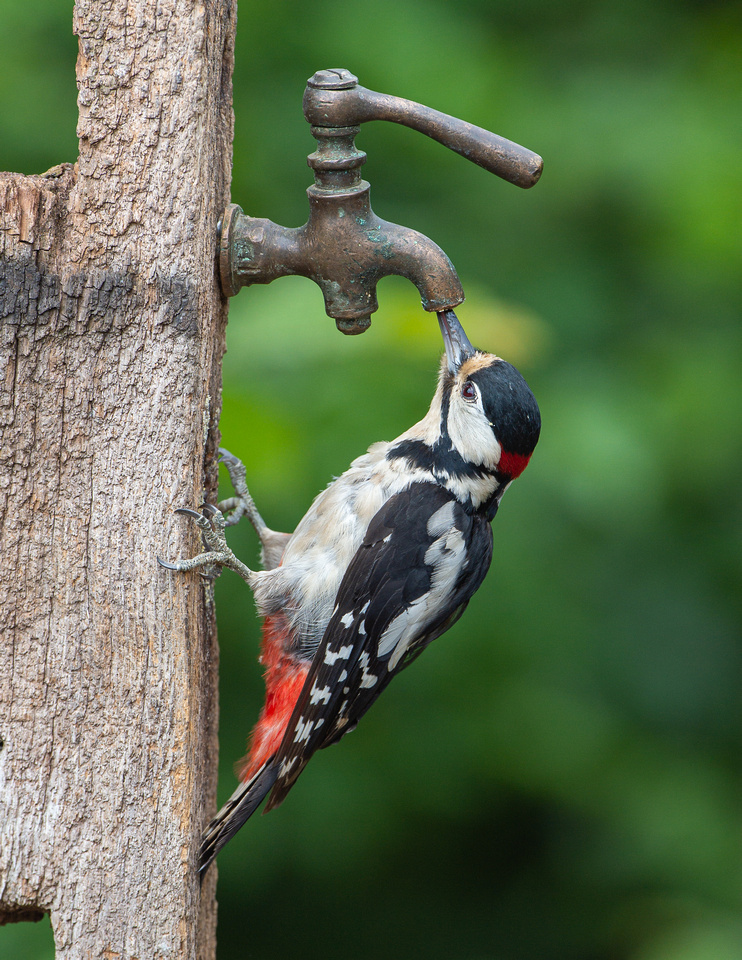
Great spotted woodpecker in West Sussex
As some of you might know especially the people who follow my photography page on Facebook I have spent quite a bit of time photographing the Common terns at Tring reservoirs. One of my favourite birds and can be quite a challenge to photograph them diving for fish. I like to take 'action' shots as opposed to 'bird on a stick' shots. My object was to catch them diving and photographing them just before they entered the water. Great fun but I deleted many images to get anything I was happy with. My camera takes 11 frames a second but these birds are so quick.
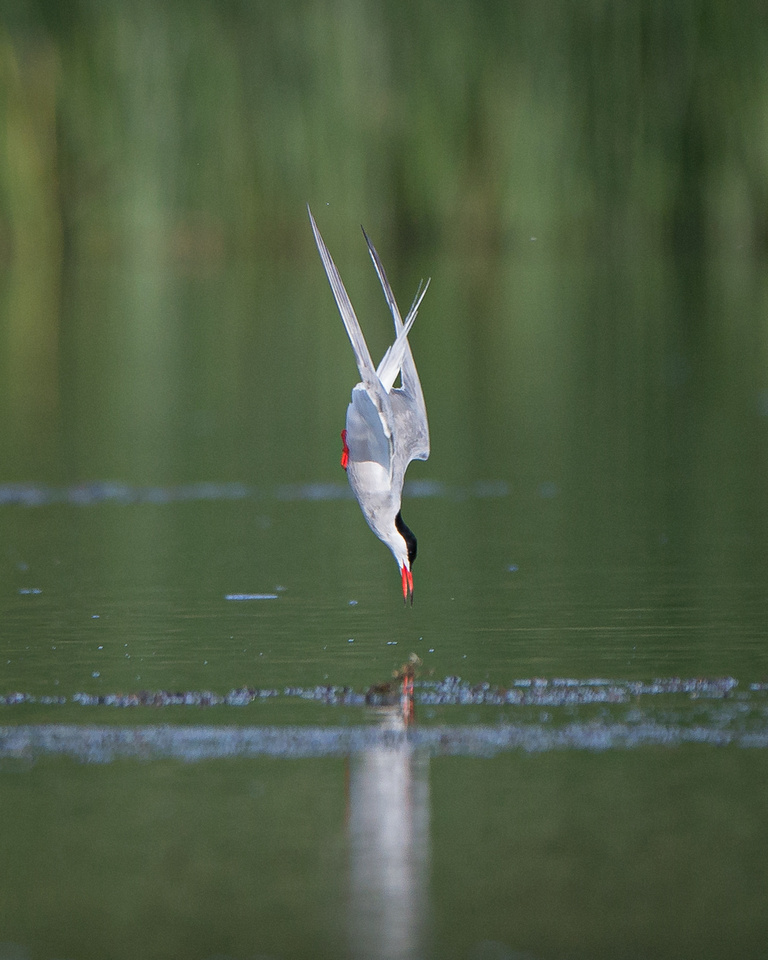
Diving Common tern. Looks like an arrow but faster!!
During June some of the wildlife reserves were opening back up to the public but with restricted numbers. So if you want to visit any of these you have to book online so the numbers of visitors can be controlled as set out by government guidelines. I paid a long overdue visit to Slimbridge wetlands reserve in Gloucestershire in mid-June. This used to one of my regular haunts a couple of years ago when I was living just across the border in South Wales. On my visit there were lots of juvenile birds and the Summer visitors were already feeding their young. A lot has happened during 'Lockdown' but we have sadly missed most of it.
 Reed warbler with a tasty snack for its fledglings. WWT Slimbridge.
Reed warbler with a tasty snack for its fledglings. WWT Slimbridge.
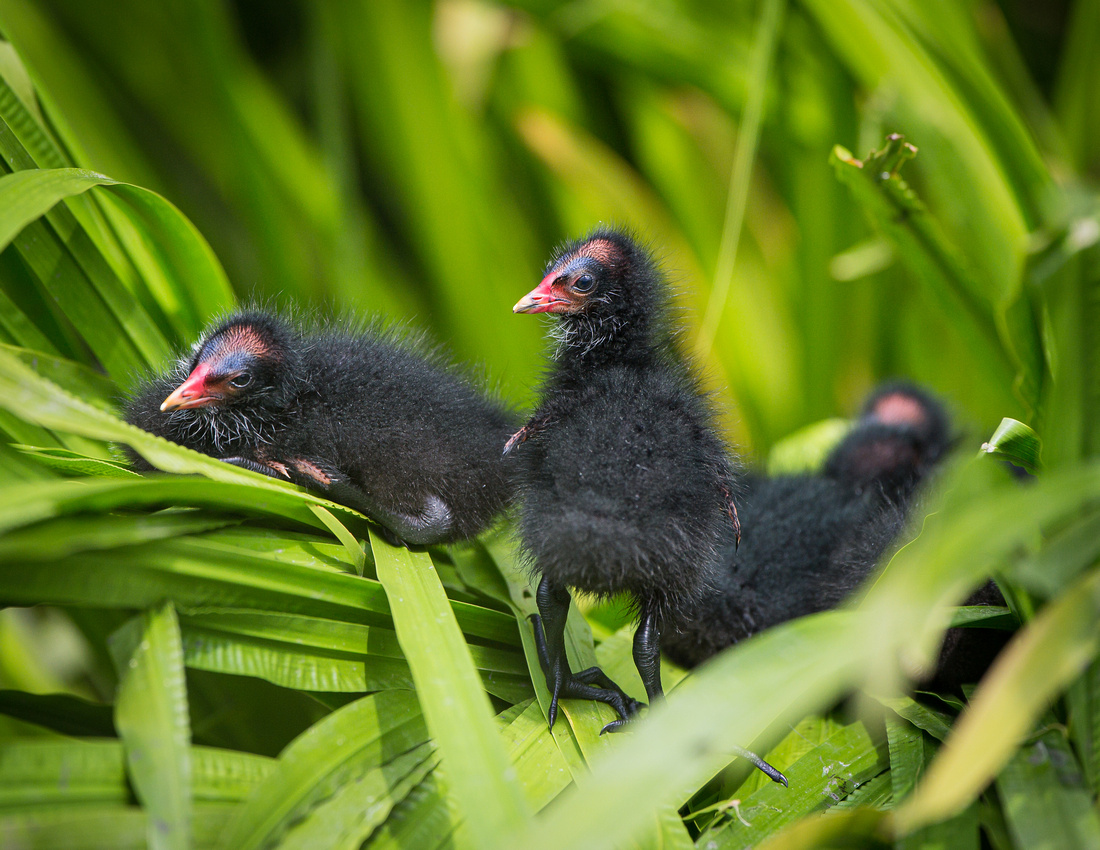 Young moorhens exploring at Slimbridge wetlands centre.
Young moorhens exploring at Slimbridge wetlands centre.
During June I've been enjoying and learning macro (close-up) photography. It can be quite challenging getting good insect shots. It usually involves lying in the long grass getiing eaten by other insects and as you go to take the shot....it flies off! You have to learn a bit of 'field craft' on how to best approach them and wait and wait some more. It's surprising how much varied wildlife there is in one small area. Great fun but it is best to use specialist macro lenses for the best results.
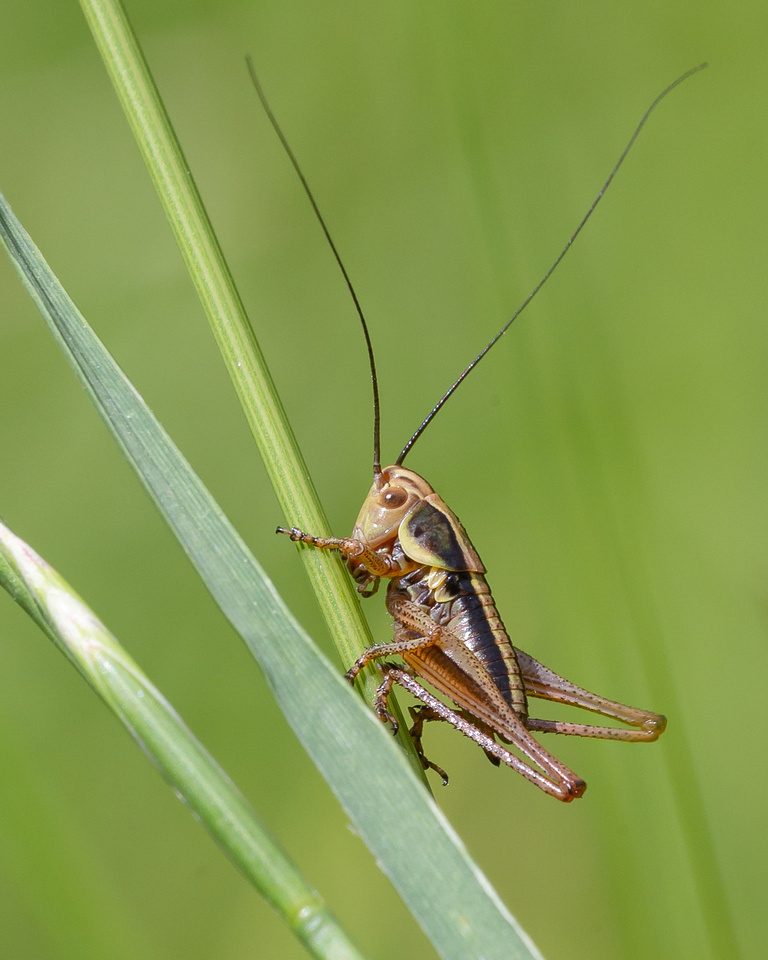
Roesel's bush-crickets can be found lurking in the grass. Only about an inch long.
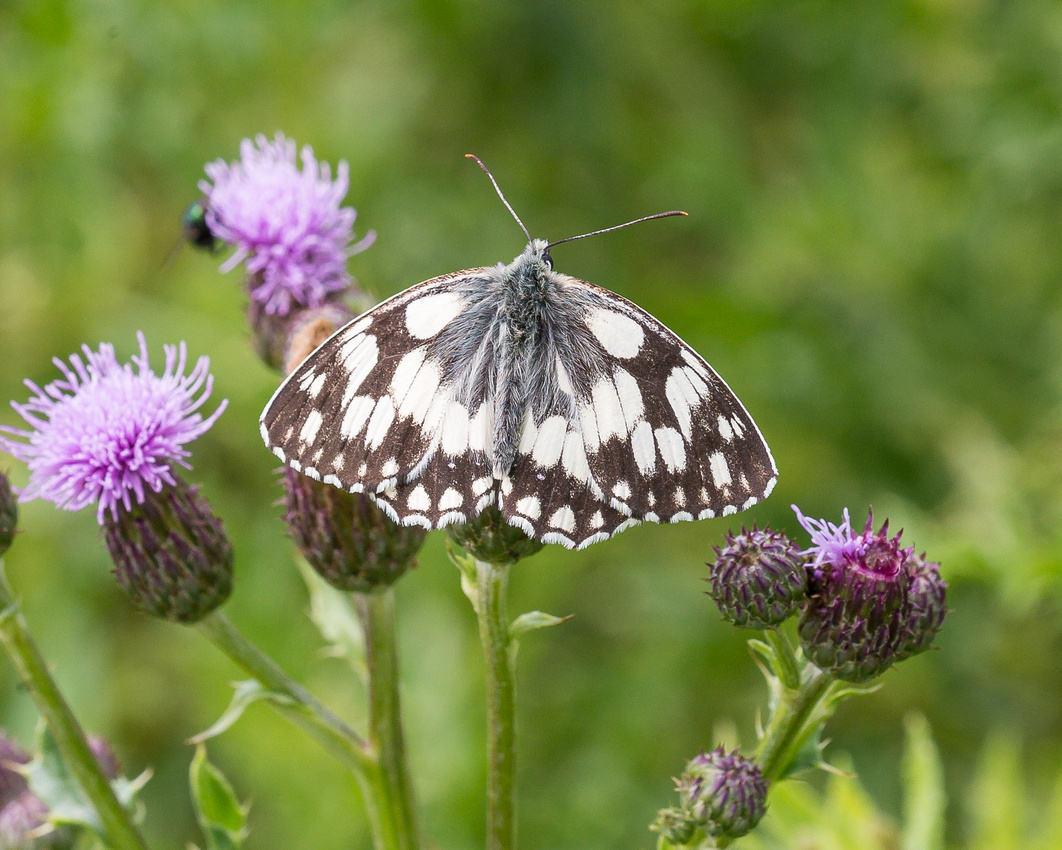 Marbled white butterfly
Marbled white butterfly
It is not only insects that make good macro subjects but close ups of flowers etc. If your lucky you can photograph both together. I do like a challenge!
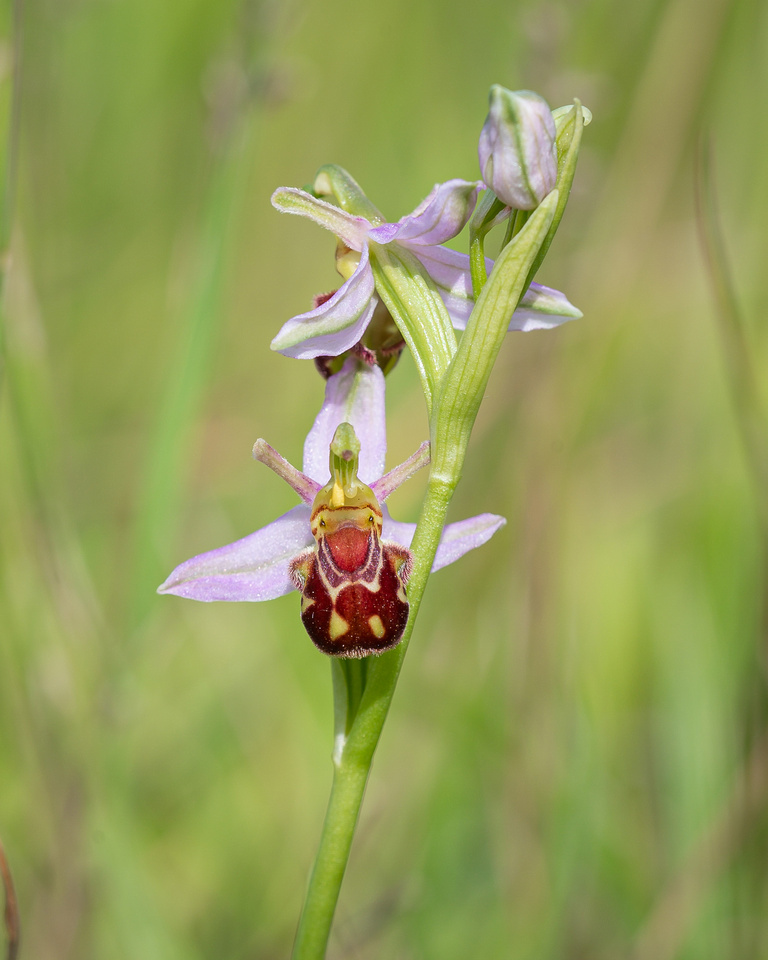
Bee-orchid
As for July I'm looking forward to visiting the British wildlife centre again. I've booked my visit online so just need the weather to be ok. I'm still going if it rains! Within the next couple of days I am going to see the Ospreys at Rutland water. The parents have had four young which are starting to fledge now but they will all hang around the nest site till August.
Now 'lockdown' is easing I'm looking forward to starting the one-to-one photography tuition again. I find this very rewarding teaching people of all abilities new photography skills. Not only from setting the camera up but to also editing the final image. You can use my CONTACT page for details and availability.
Thank you all for reading my latest blog and thank you all for your support and kind comments over this difficult period we are all experiencing. It makes it all worth the while. I find nature is a great healer in times like this. Even just sitting out in the garden or going for a short local walk. Nature is all around us.
Please continue to upload your photographs to my Photo's Page. There are some great photographs being posted.
Many more of my images can be viewed on my flickr page and Instagram.
Thanks
Steve
Now the current 'lockdown' is being eased in parts of the UK, I have been able to venture out with the camera to some local regular haunts such as Otmoor, Farmoor and Tring reservoirs all within half an hour of my home. It is amazing how much has changed in the past two months with nature getting on with 'business as usual'. In fact nature this Spring has took advantage of the lack of human activity. Looking at all the new birdlife visiting the garden I would say it has been a boom year for them.
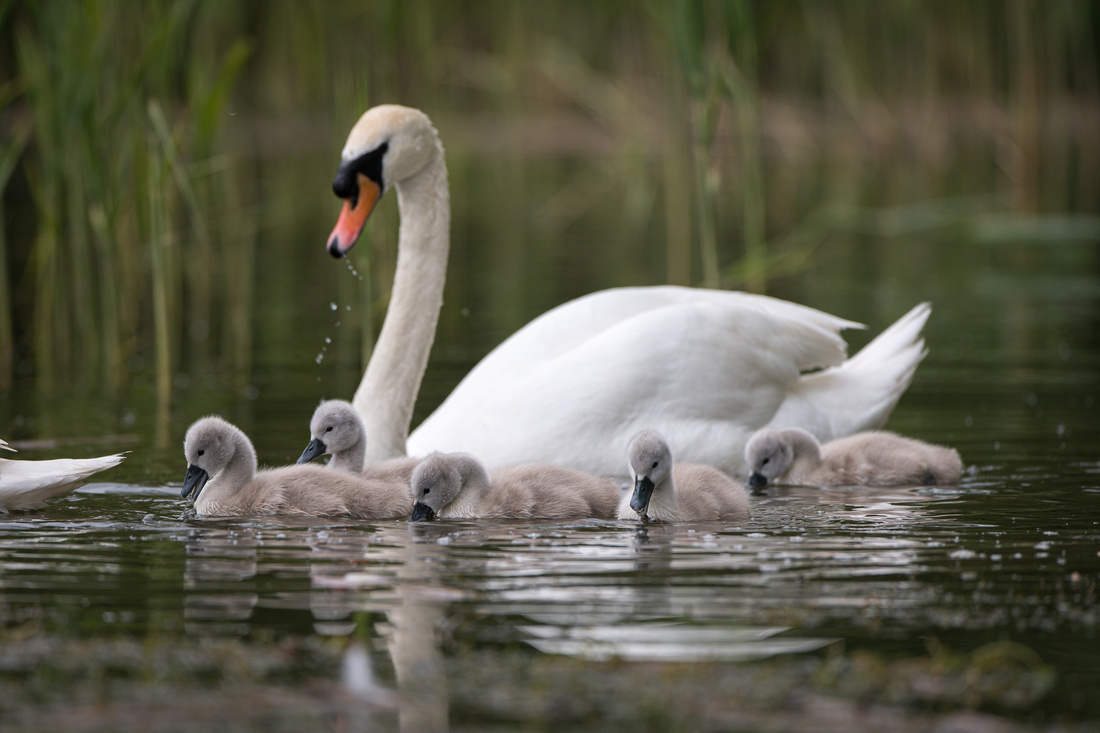 Lots of newlife around at the moment.
Lots of newlife around at the moment.
My first outing was a late afternoon visit to Farmoor reservoir West of Oxford. It can be a bit of a 'hit & miss' location with not much wildlife about or just hiding! Walking on the River Thames close by the visiting warblers were warbling away with their random tunes, occasionally revealing themselves from the reed bed. There was a few waders on the causeway looking for a tasty snack, mainly Mayflies which have been in abundance this year.
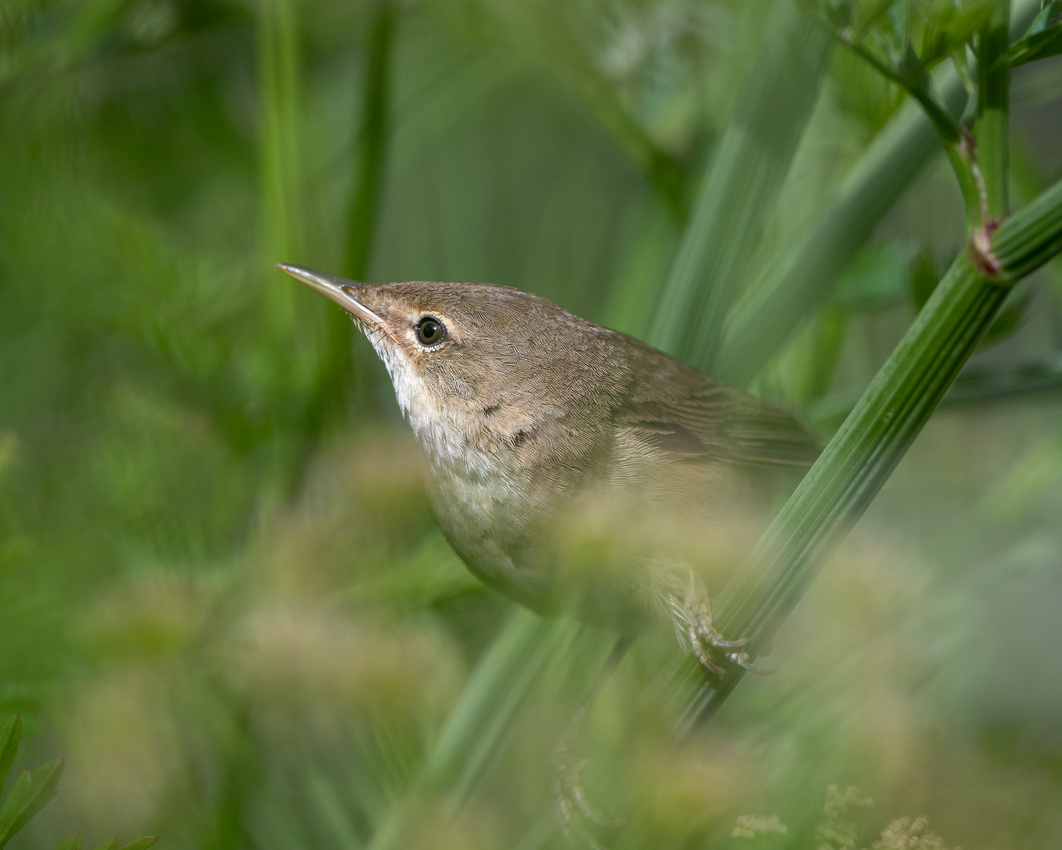 Reed warbler skulking in the reeds
Reed warbler skulking in the reeds
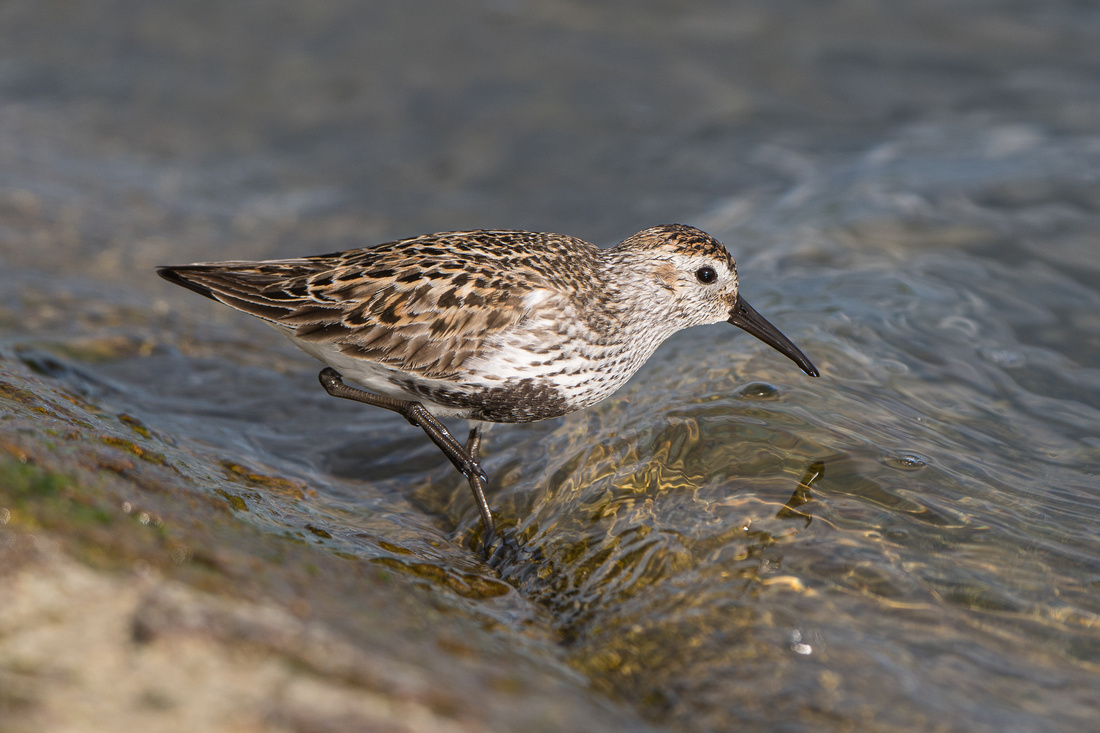 Dunlin at Farmoor reservoir
Dunlin at Farmoor reservoir
Tring reservoirs are a good wildlife venue. In mid May I visited just before sunrise around 5am. Conditions were perfect with a glorious sunrise with light mist on the water. Ideal conditions for photography. These conditions only last a few minutes. As the Sun climbs higher the mist will burn off and the 'golden light' will be gone. It always pays to get there before the sun has risen and to witness the 'Dawn chorus'. Always worth the sacrifice of a few hours sleep just to hear it.
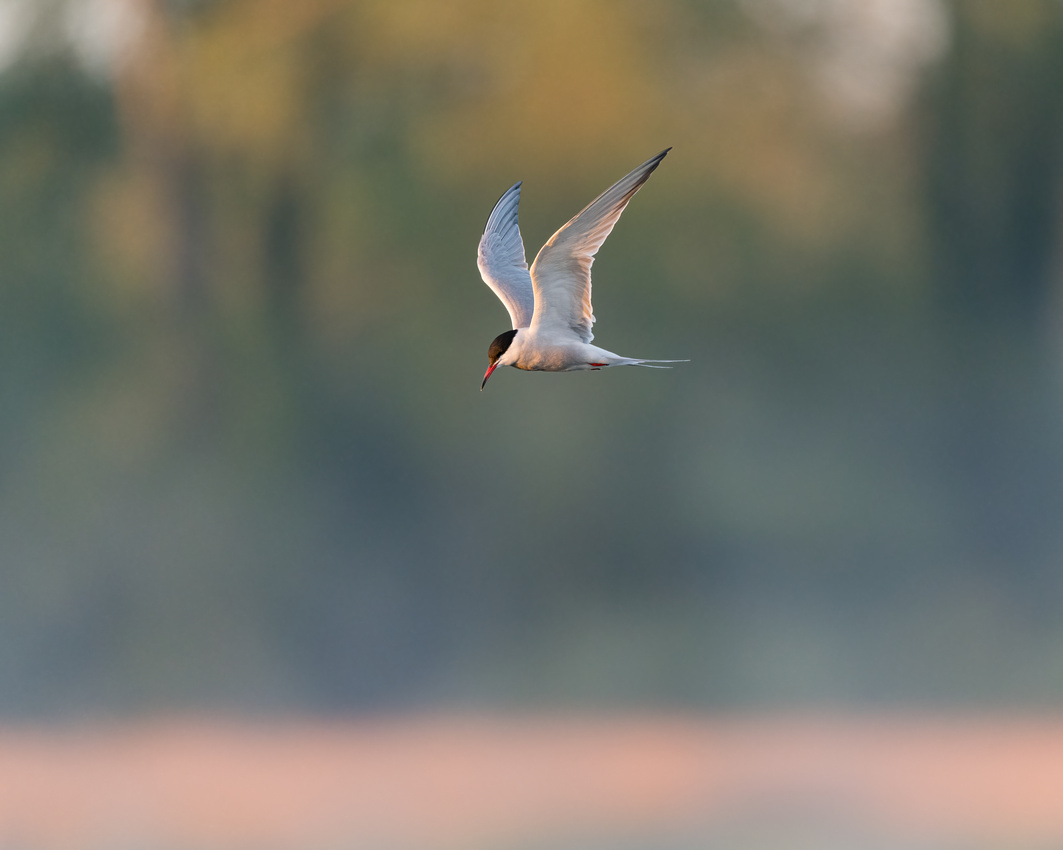 Common tern at Tring reservoirs.
Common tern at Tring reservoirs.
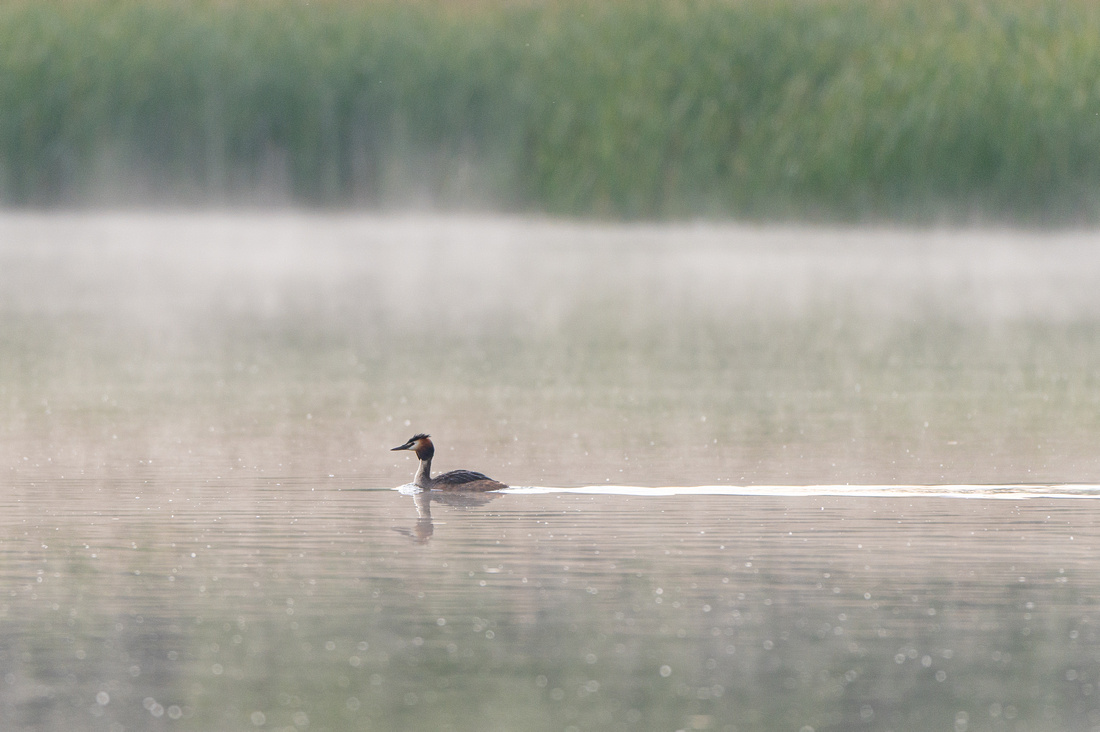 Great crested grebe on a misty Marsworth reservoir, Tring.
Great crested grebe on a misty Marsworth reservoir, Tring.
Tring reservoirs are a great location to watch swifts, swallows and martins skimming the surface for insects.
 Sand martin
Sand martin
Last weekend I payed another daybreak visit, this time to RSPB Otmoor East of Oxford. Again I was rewarded with a glorious misty sunrise. Spring is a great time to visit Otmoor. Soon as I parked the car up I heard the distinctive sound of a Cuckoo. According to local visitors there are six cuckoos on site. I definitely saw 3 different birds. The bitterns have successfully breeded this year with the parents flying off for food at regular intervals.
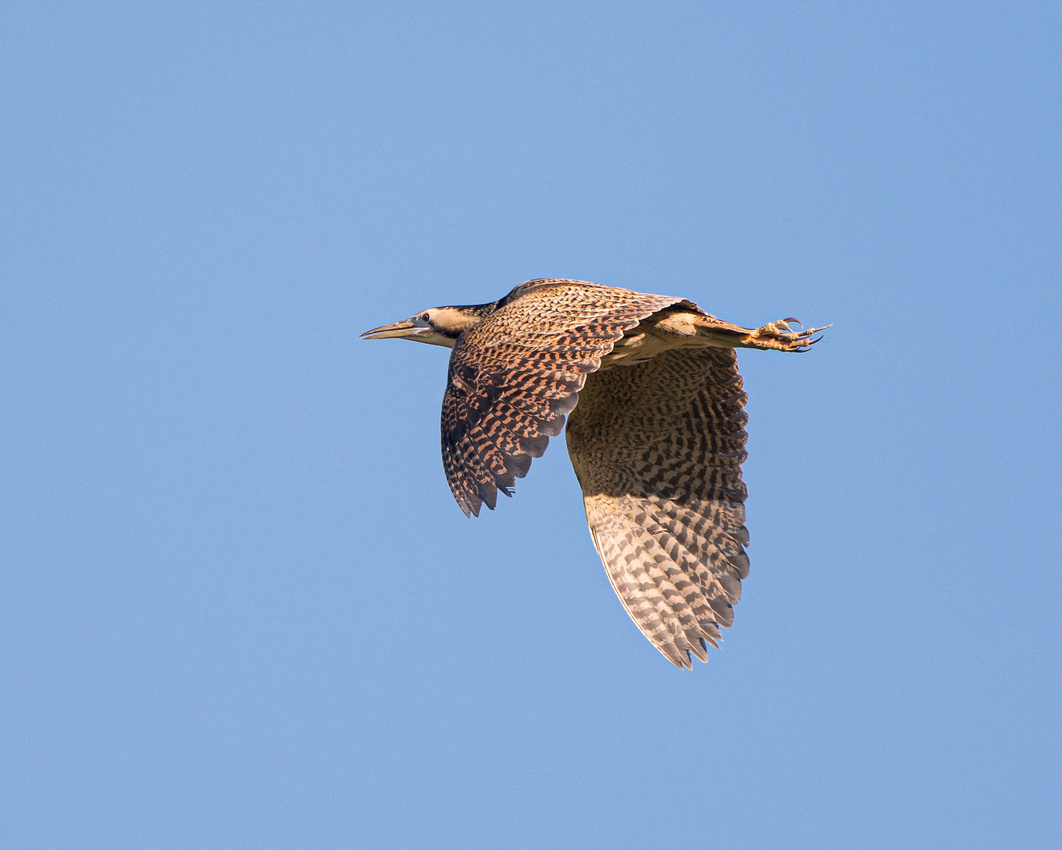 Bittern at RSPB Otmoor, Oxfordshire.
Bittern at RSPB Otmoor, Oxfordshire.
Evenings are great time to explore around the Oxfordshire village I live in. It is only a short walk to the footpaths around the fields at the base of the Chiltern hills. I usually just take the macro set up and look for insects settling down to roost. The poppies are starting to appear and hopefully next month we will have a few fields full of them. A spectactular sight.
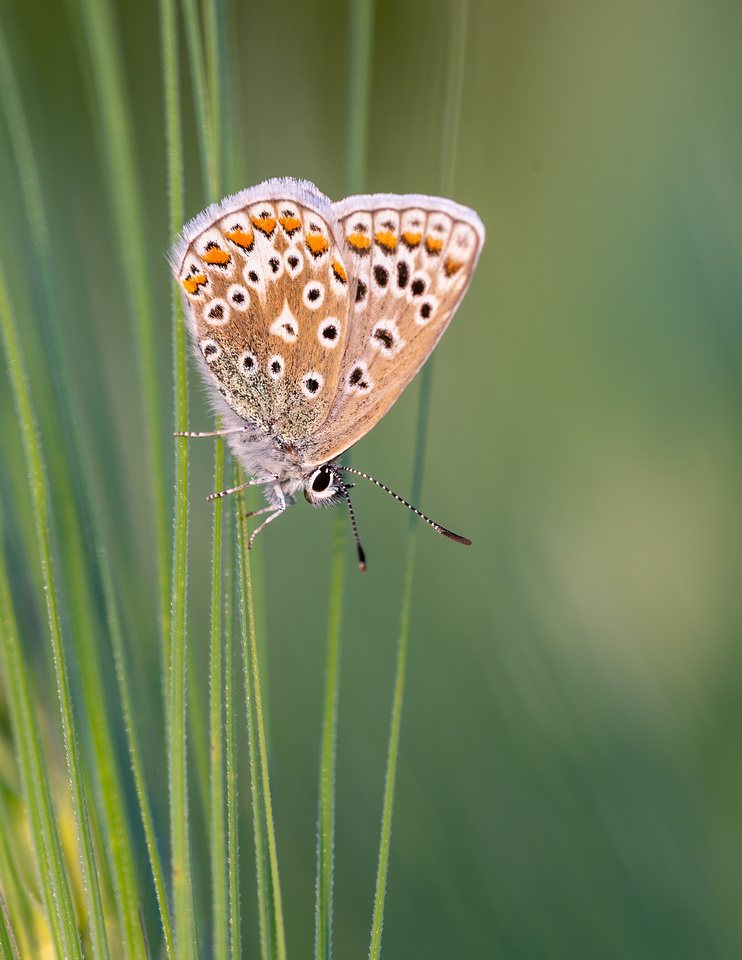
Common blue butterfly settling down for the night.
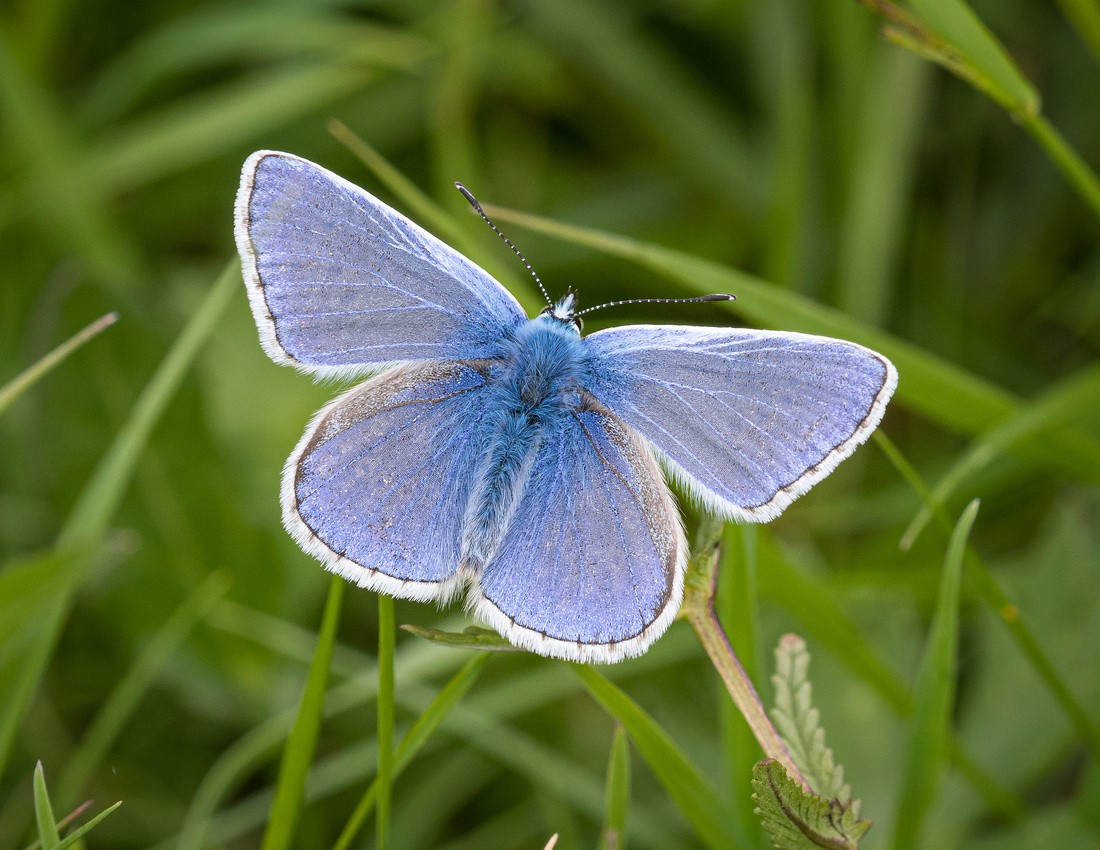 Common blue butterfly
Common blue butterfly
Thank you all for reading my latest blog and thank you all for your support and kind comments over this difficult period we are all experiencing. It makes it all worth the while. I find nature is a great healer in times like this. Even just sitting out in the garden or going for a short local walk. Nature is all around us.
Please continue to upload your photographs to my Photo's Page. There are some great photographs being posted.
Many more of my images can be viewed on my flickr page and Instagram.
Thanks
Steve
Welcome to my latest account of my lack of photographic exploits!
I hope everyone is well and keeping safe during these unprecedented times.
In these times of the virus which is affecting the whole World, I have put my photography on hold. Only venturing out occasionally to do a bit of macro (close-up) photography in the garden or on local exercise walks. Just sitting in the garden for an hour can be rewarding. Birds are busy collecting nesting material and the local red kites are doing their aerobatic mating displays above. It makes a change to watch nature go about its business without a camera. Many times on my walks I would take a camera with me but never take it out of my bag! This is one of the best times of year with the Summer visitors arriving and new life all around us.
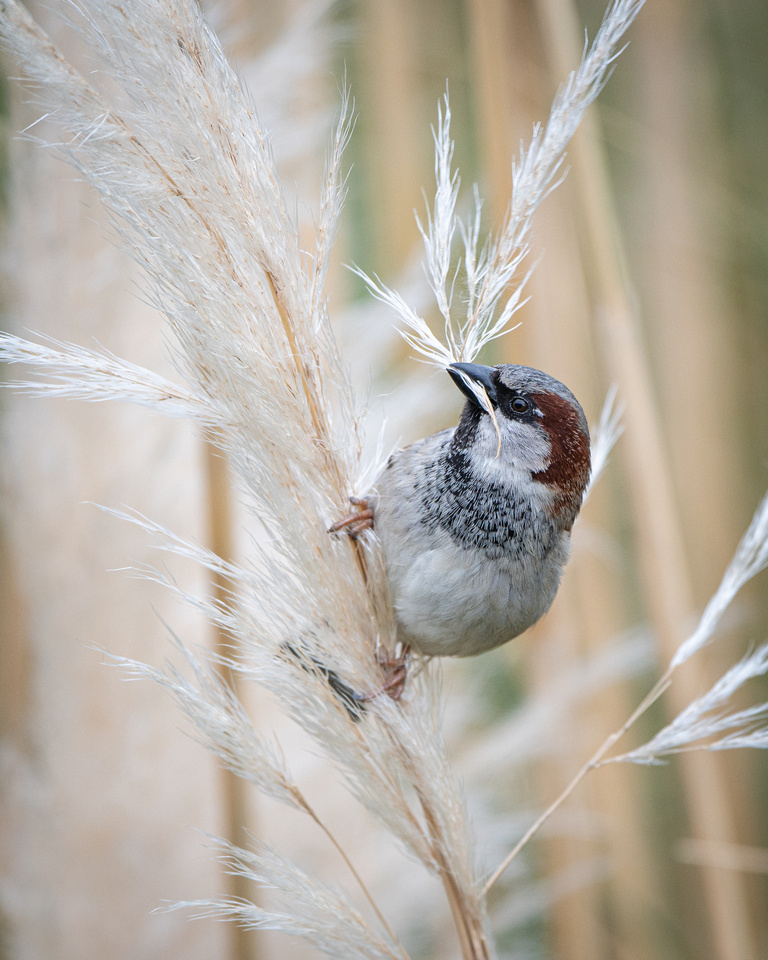
House sparrow collecting nesting material
This year I had plans to visit new areas. I have a few days booked on the Isle of Mull mid June which I very much doubt that will happen. I maybe able to reschedule for later in the year but nobody knows what will happen.
With all this spare time it has given me an opportunity to tidy up my hard drives. I have over 30K images in my archives, many of them are unedited! So expect to see some more unseen work! A lot of it is stuff I had forgotten about. I must make a point of processing all my photos after a trip in the future instead of leaving them to collect dust!!
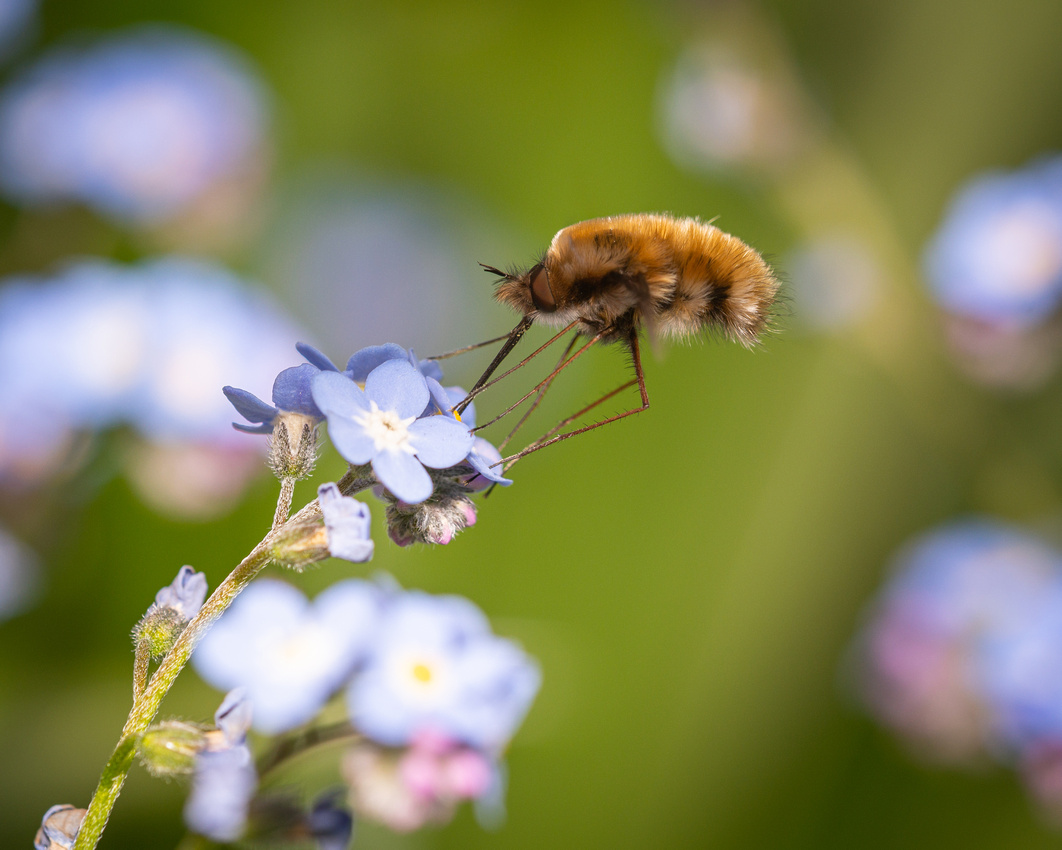 Dark-edged bee-fly (a first for me!)
Dark-edged bee-fly (a first for me!)
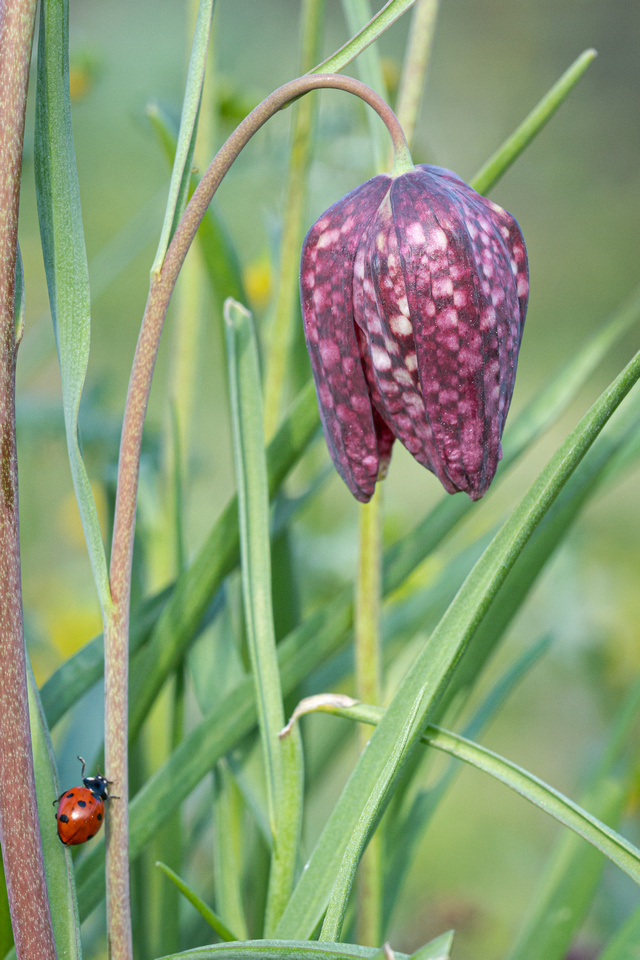
Snake's-head fritillary, Oxfordshire iconic flower.
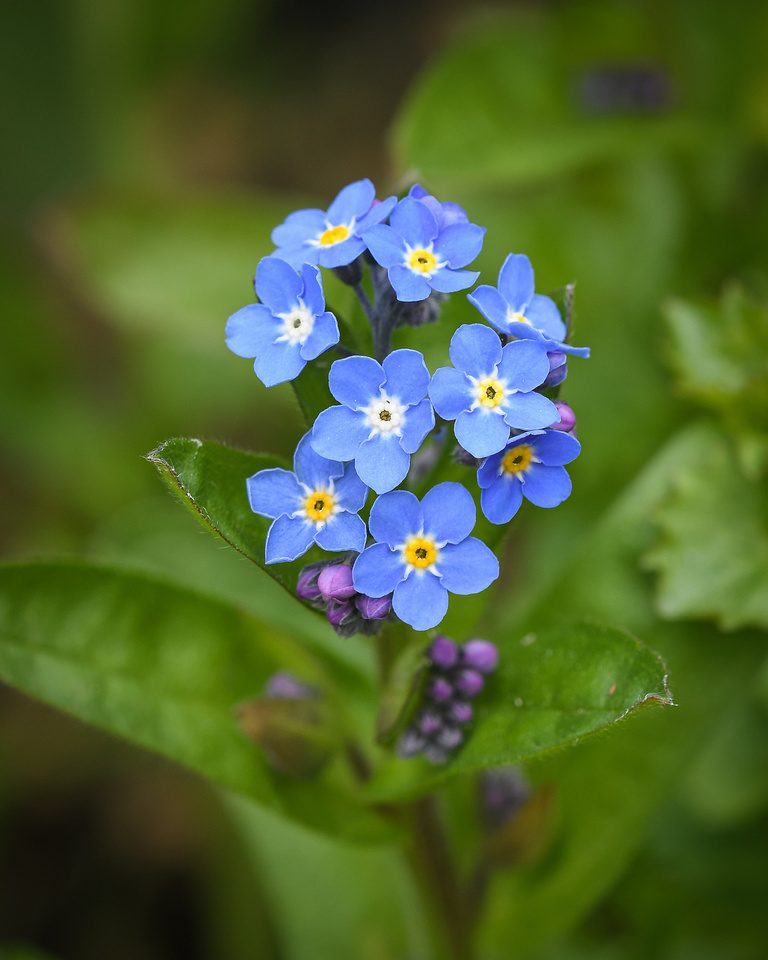
Forget-me-nots in the garden.
I've never photographed so many flowers as I have in the last month! A subject I am enjoying learning about. The problem is it takes me ages to identify what I've photographed!
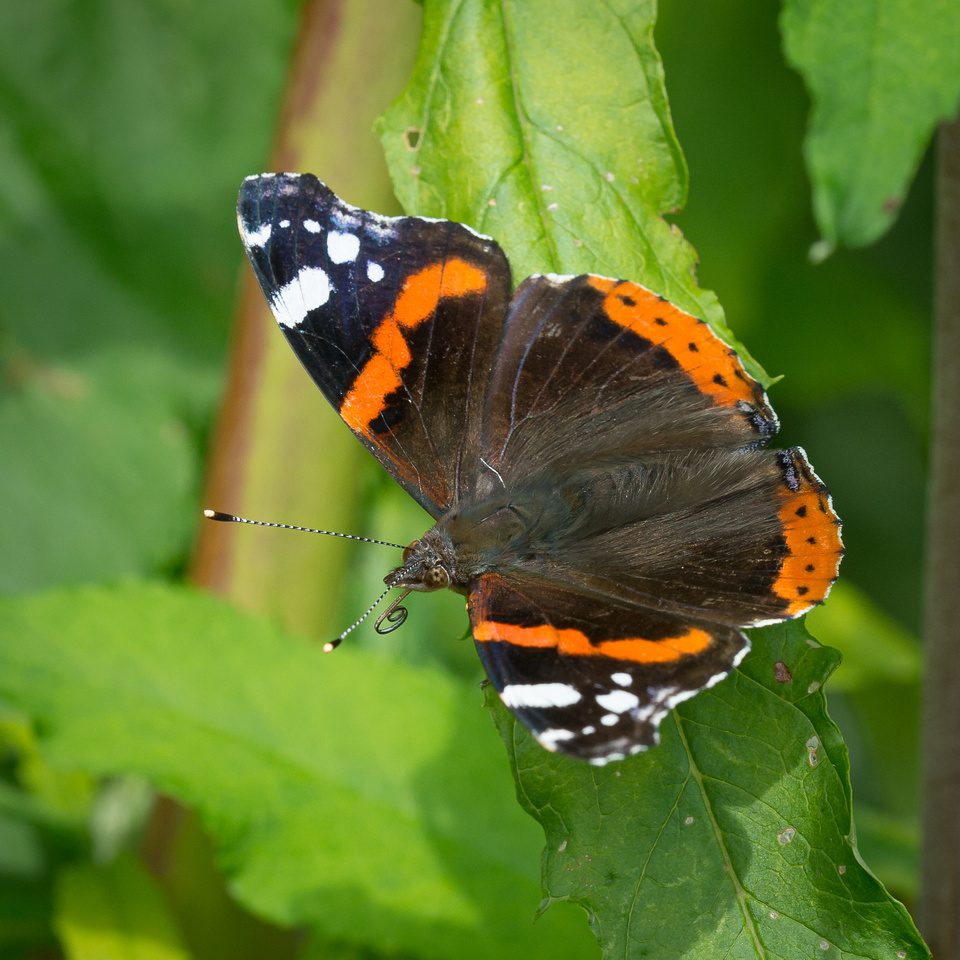 Red Admiral
Red Admiral
I apologise for the shortness of this blog. I just hope next months episode will be more productive. We should start seeing more juvenile birds and more visitors from the Southern hemisphere such as swallows, warblers or even cuckoo. Just hope I can see them from my window!
Please continue to upload your photographs to my Photo's Page. There are some great photographs being posted.
Many more of my images can be viewed on my flickr page and Instagram.
Thanks
Steve
Well what a month March has turned out to be. Everything was leading up to a glorious Spring then bang. Corvid-19 had other plans! I managed to get out a few times prior to the 'lockdown'.
I think April's blog will be a bit short though with lots of garden photos!
At the start of the month I went down Warnham for a long overdue visit. It is a great reserve, I just wish it was a bit nearer.
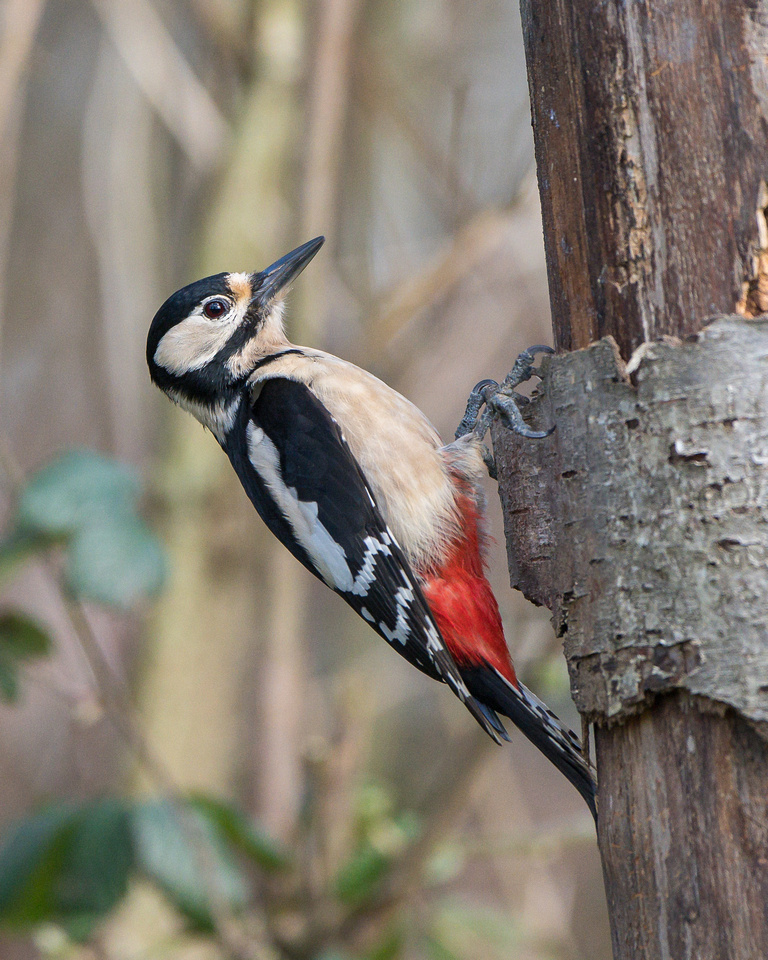
Great spotted woodpecker at Warnham, West Sussex.
The following week I headed up to Lancashire to visit family. On the way up I usually call in at Martin mere wetland centre. There had been reports of Barn owl sightings but whenever I turn up they play hide-and-seek! Not this time. I had the privilege of watching an owl hunt in the afternoon for an hour. Which is very unusual as they usually only hunt at dusk or early morning unless they are very hungry.
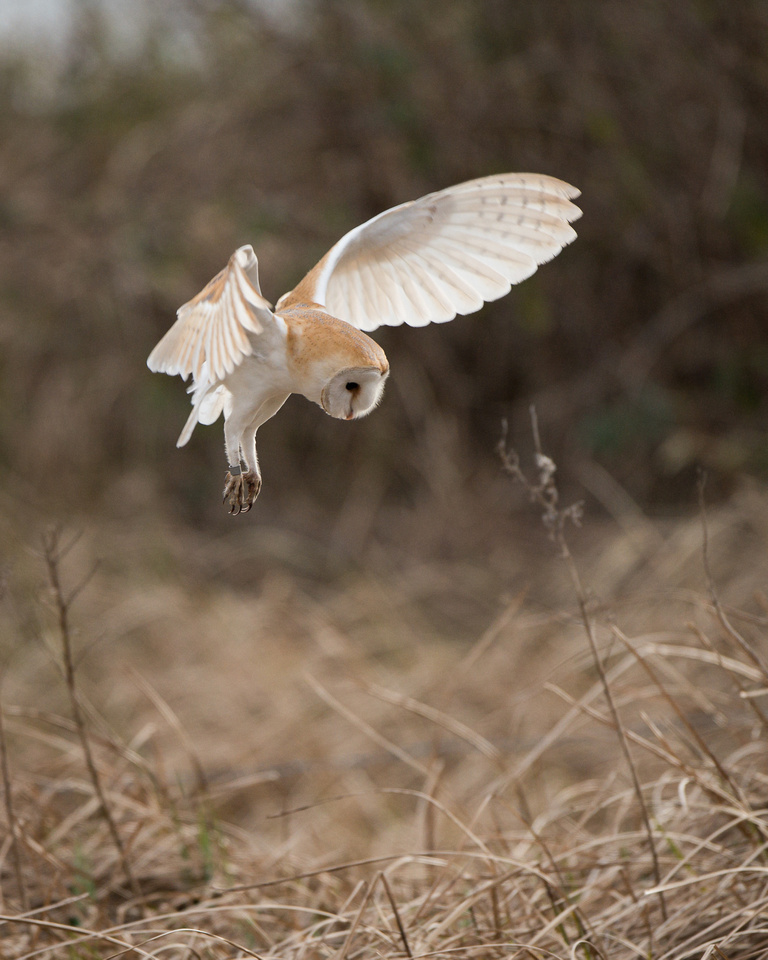
Barn owl with its eye on the prey. WWT Martin mere, Lancashire.
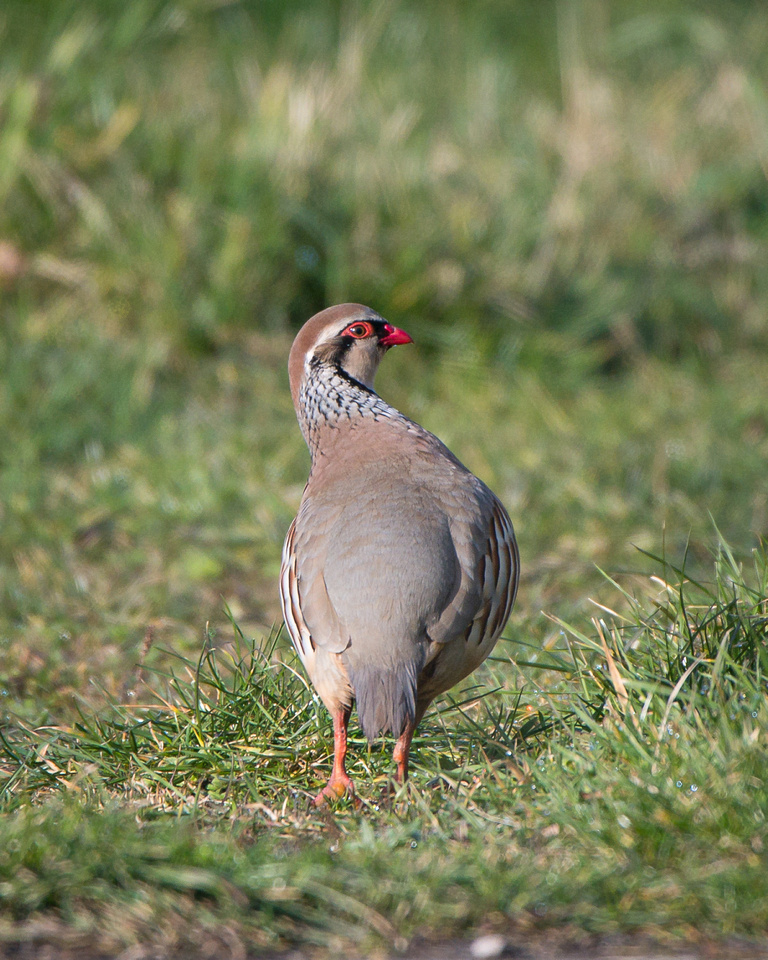
Red-legged partridge at Martin mere
As most of you may of guessed I spend a lot of time in Bushy park. It is one of my favourite places for wildlife even when its full of visitors. I can be there in less than an hour. When I do visit I usually leave before 9AM (when all the running events take place!). This time I decided to stay for a full day. I'm glad I did as the woodpeckers were showing very well. Normally a very shy bird they are very hard to photograph of. There were a few red deer shedding their antlers in readiness for the new ones to grow, which they do at the rate of around 25mm a day!! They become more elaborate with more points the older the stag gets.
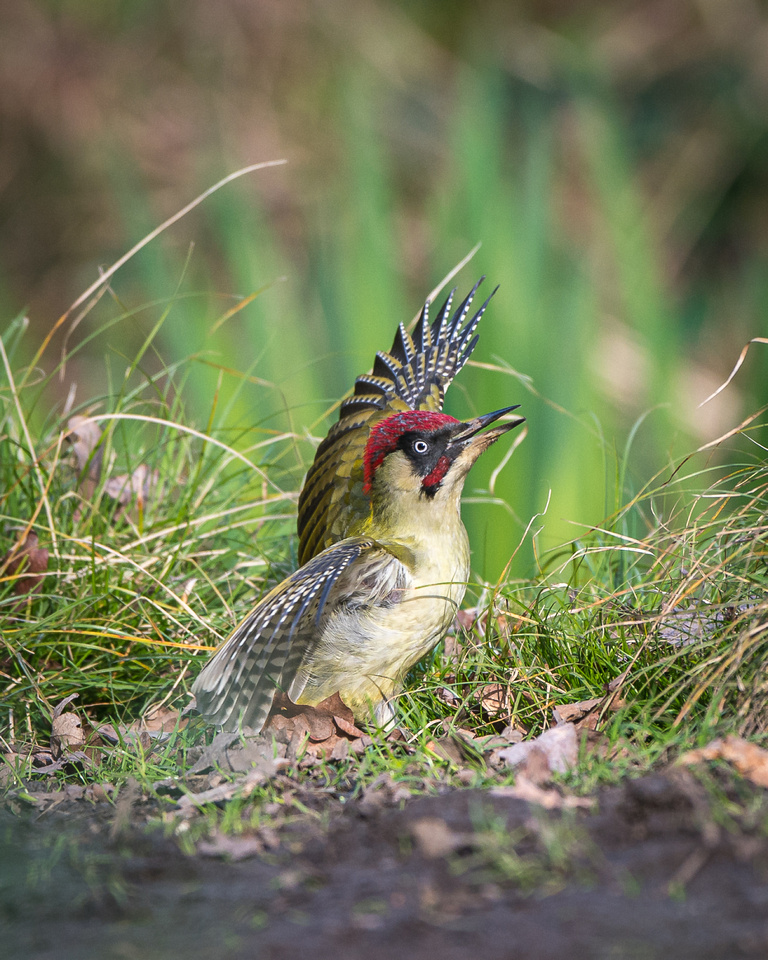
Green woodpecker. You have to be very patient to photograph one of these birds!
Also around the park the Egyptian geese were showing off their goslings. Geese do tend to raise their young quite early in the season.
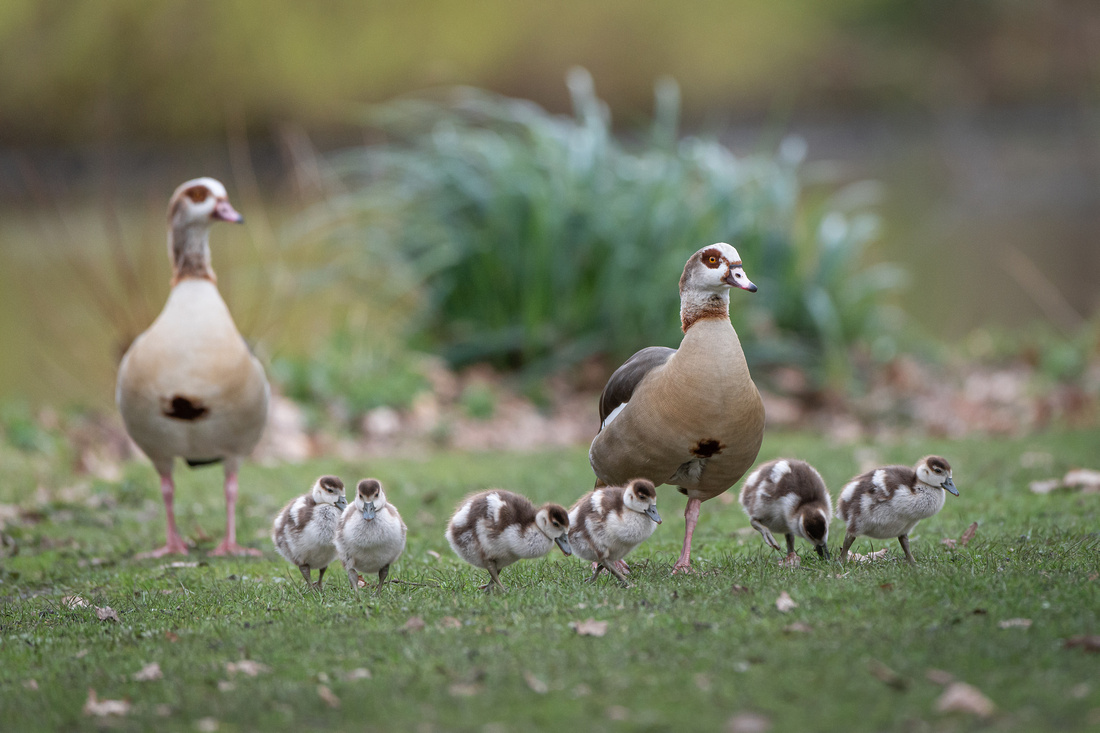 Egyptian goose family in Bushy park, London.
Egyptian goose family in Bushy park, London.
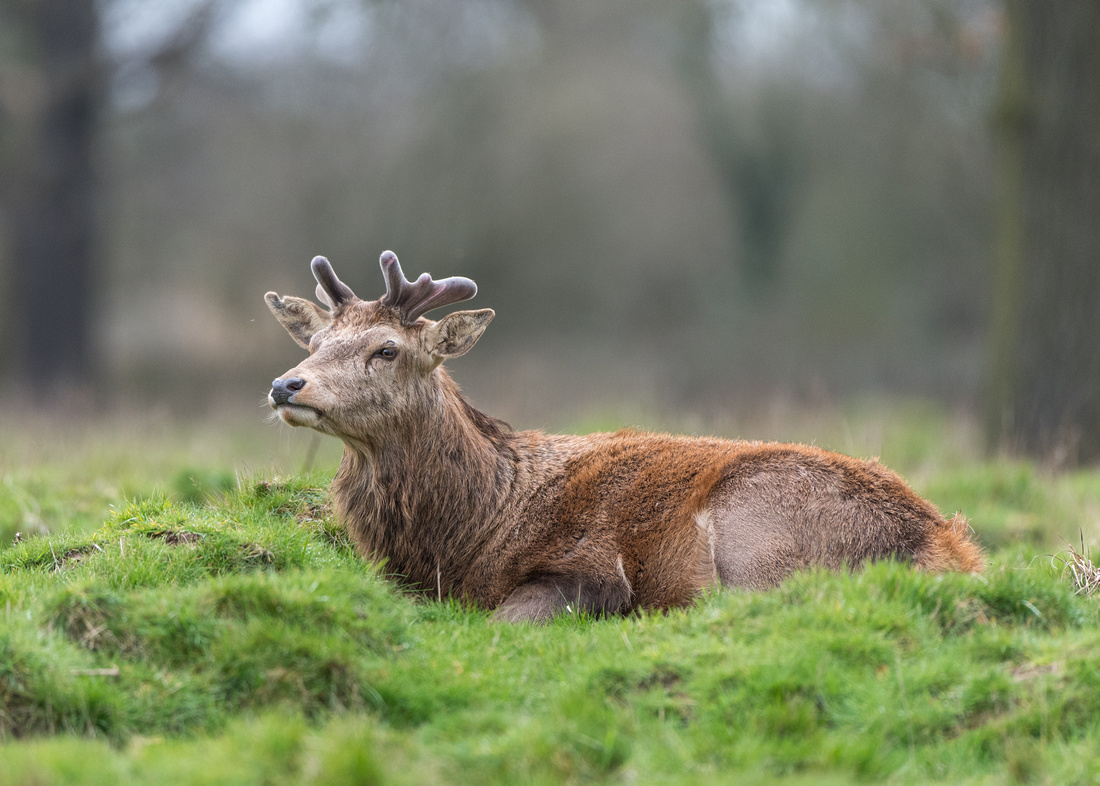 Red deer stag with new antler growth. Bushy park.
Red deer stag with new antler growth. Bushy park.
March is the breeding time for the hares so I popped down to my local reserve of Otmoor and try my luck. There were a few about but mostly asleep or eating! With all the recent rain it is still very wet in places but there is always something to see. The heron's were nest building and the Marsh harriers were hunting over the reedbeds.
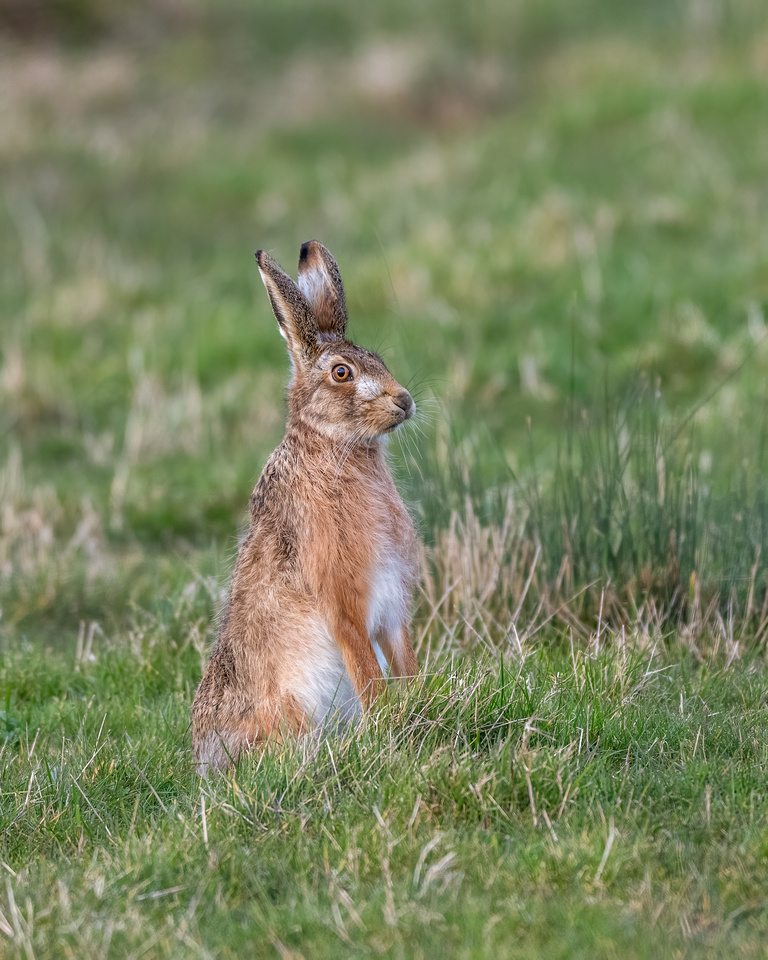
Brown hare at RSPB Otmoor, Oxfordshire.
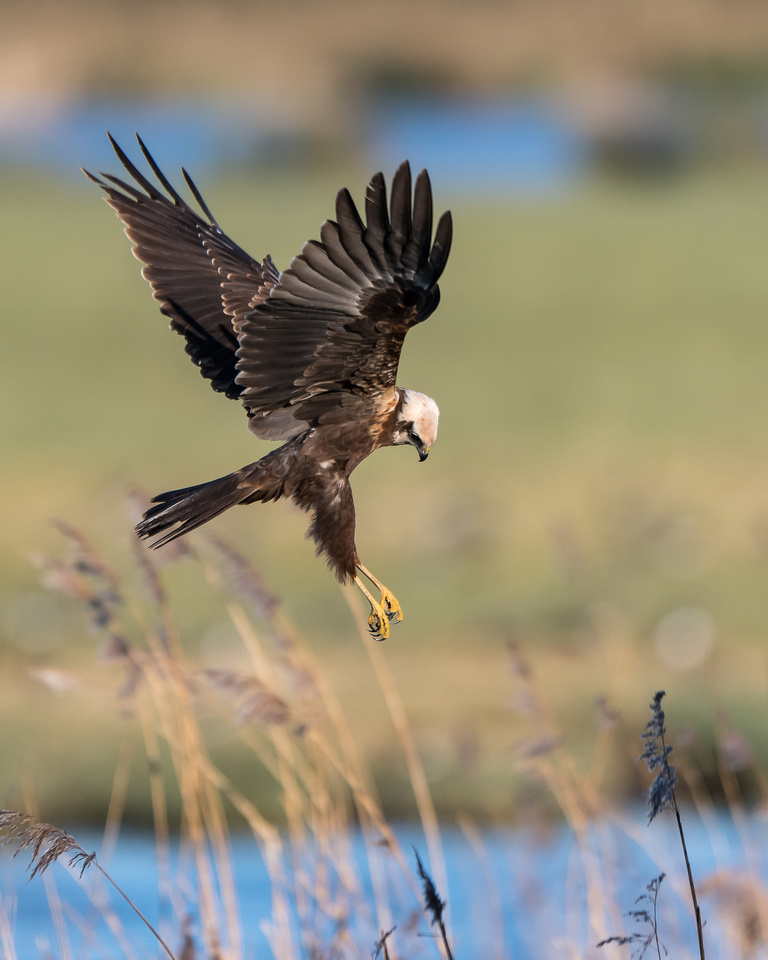
Female Marsh harrier hunting over the reed beds.
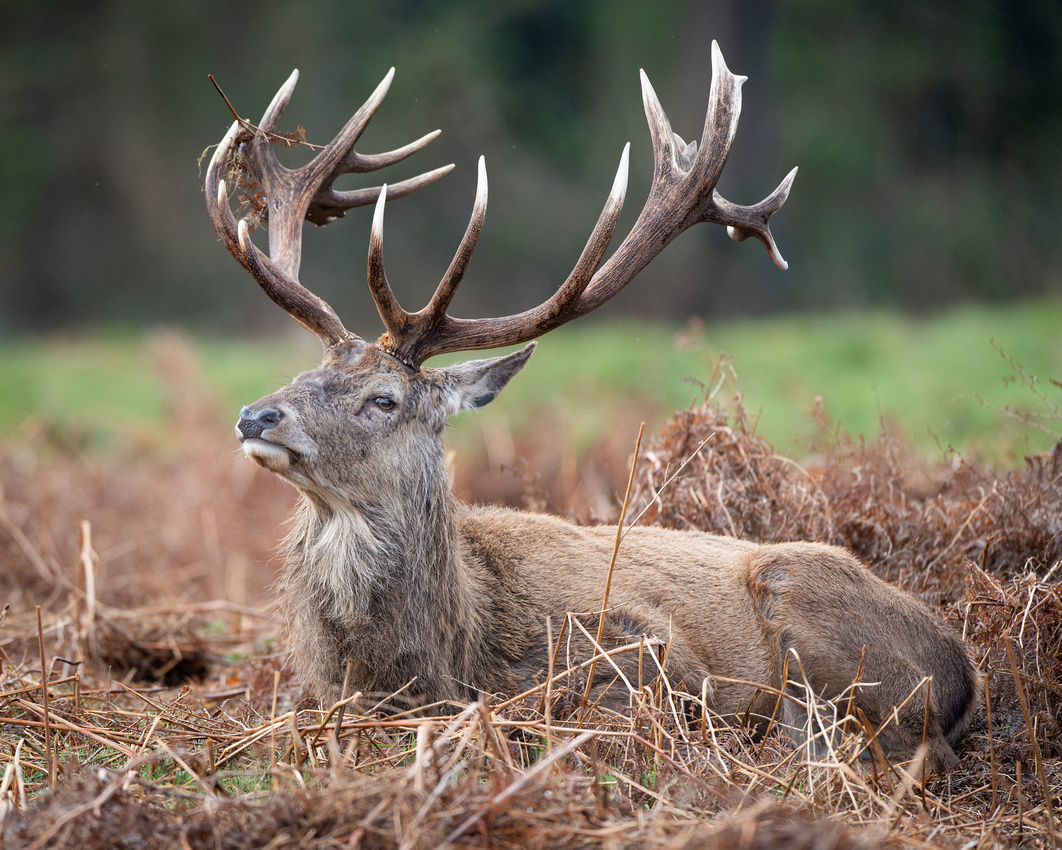 'The King' at Bushy park.
'The King' at Bushy park.
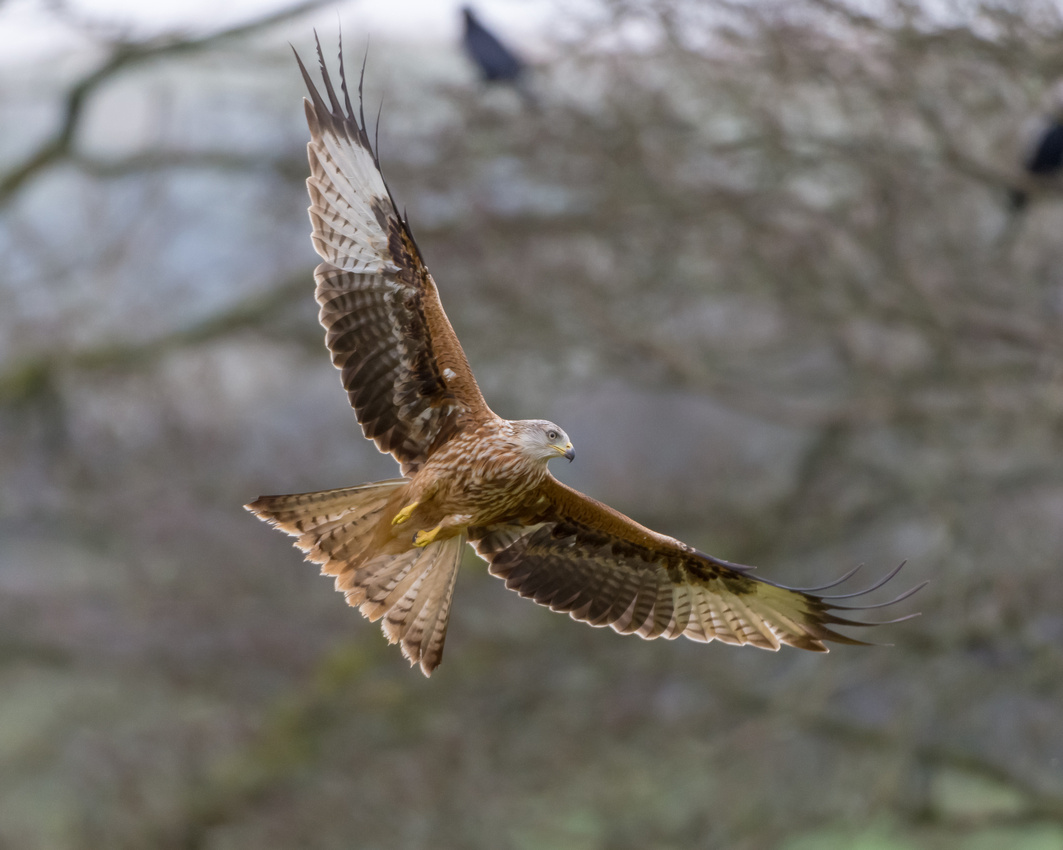 The Red kite
The Red kite
As for April, who knows!! Depending on how long we are in 'lockdown' it will only be garden photography or images from my archive. Just spending a few minutes in your garden can reap rewards and it is surprising what will turn up. As I am writing this there are majestic red kites floating past the window. You can normally see me hanging out the window trying to photograph these stunning birds!!
Thank you all for reading my latest blog it is very much appreciated.
Stay safe everybody
Please continue to upload your photographs to my Photo's Page. There are some great photographs being posted.
Many more of my images can be viewed on my flickr page and Instagram.
Thanks
Steve
Well what a damp and miserable month that was! I can count the dry/sunny days we had in February on one hand. It doesn't help with wildlife photography either so visits to local zoos are the few places guaranteed to get some half decent shots. Most places I visit were flooded, even the Royal parks in London were closed some weekends due to some storm or another. I feel sorry for the people who lost everything due to flooding which seems to be a happening more and more up and down the country.
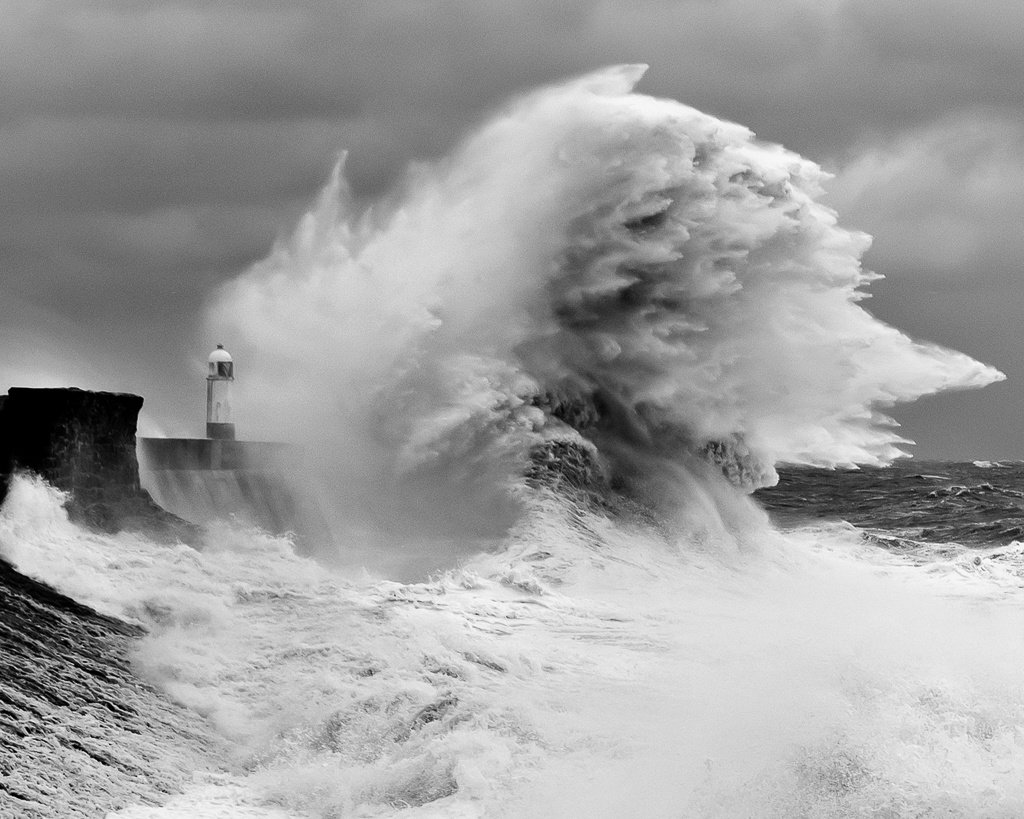 Stormy seas at Porthcawl, South Wales.
Stormy seas at Porthcawl, South Wales.
At the start of the month I visited the wetland centre at Slimbridge to try out a new camera body. I've just taken delivery of a Nikon D850 which is a fantastic bit of kit. It has a 45 mega pixel full frame sensor which is nearly 3 times bigger than my other full frame D4 body! It records so much more detail and it is touted to be the best wildlife/sports camera body so far. The only problem with this larger sensor size is that it requires larger capacity memory cards which cost an arm and a leg! I wouldn't mind some decent weather to test it out!
Back to my Slimbridge visit. There was quite a lot of birdlife there as usual. Most of it was hunkered down away from the storms. Lots of wildlife will drop in here and shelter for a few days. Some of the Bewick's swans which Winter here all the way from Russia are already on their way back! Even this weather is confusing the wildlife. There were reports of ducklings around the site which I hope will survive the snowy conditions which are forecast. It's a tough life for wildlife but most of them cope and adapt to the conditions.
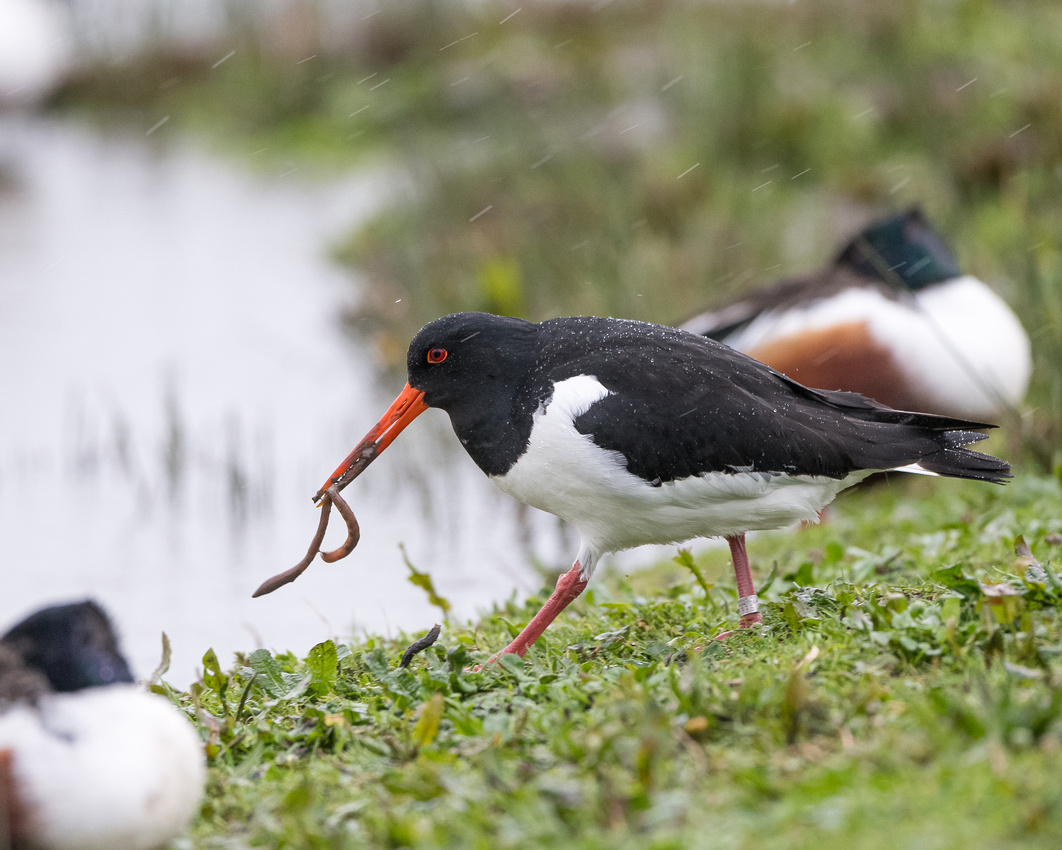 Oystercatcher off to wash his worm! They always wash their food before they eat it. Slimbridge.
Oystercatcher off to wash his worm! They always wash their food before they eat it. Slimbridge.
A place I visited in February was London zoo. I last went there about 5 years ago so decided to risk the London traffic and pay a visit. Disappointing is the only polite word I can think of to describe this place considering what they charge to get in! I enjoyed my last visit and there was plenty to see. This time half the enclosures were empty and the place seemed run down. I managed a couple of shots of the Tiger and a penguin then came home. Never again.
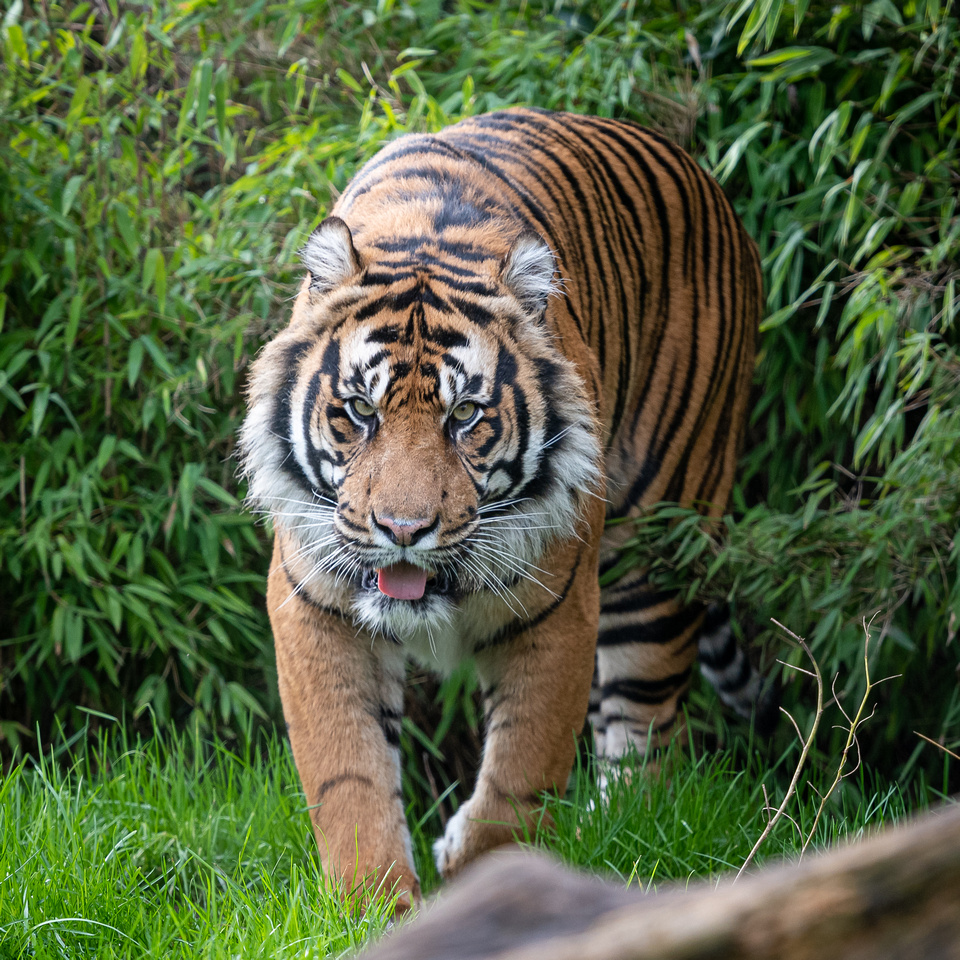
Sumatran tiger. London zoo
Next was a visit to my all favourite place, the British wildlife centre. You can't go wrong with this place. Always something to see and photograph and the keepers are friendly and very knowledgeable. A great place to chill out and see some great British wildlife. In Winter stoats turn colour from their usual reddy brown to all white (ermine) and this was my aim of the visit and also get used to my new camera body. I managed a quick glimpse of the white stoat before she shot back in her hole!
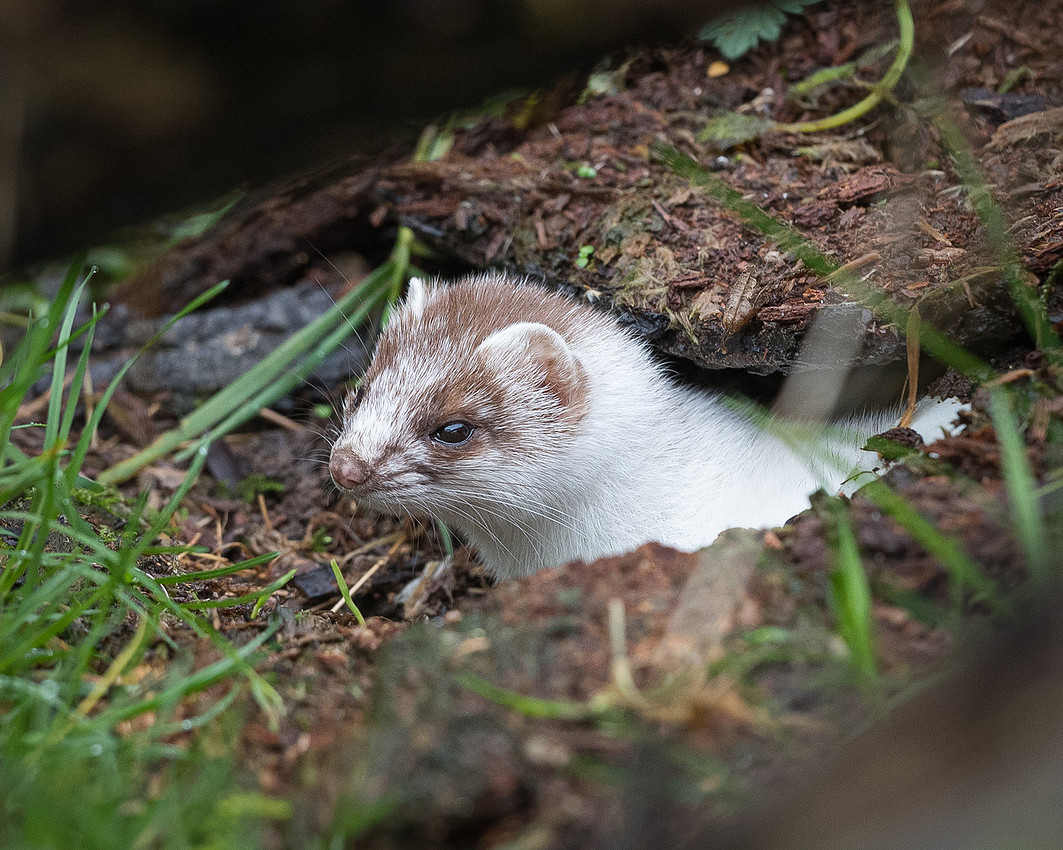 'Susie' the stoat in Winter colours at the British wildlife centre.
'Susie' the stoat in Winter colours at the British wildlife centre.
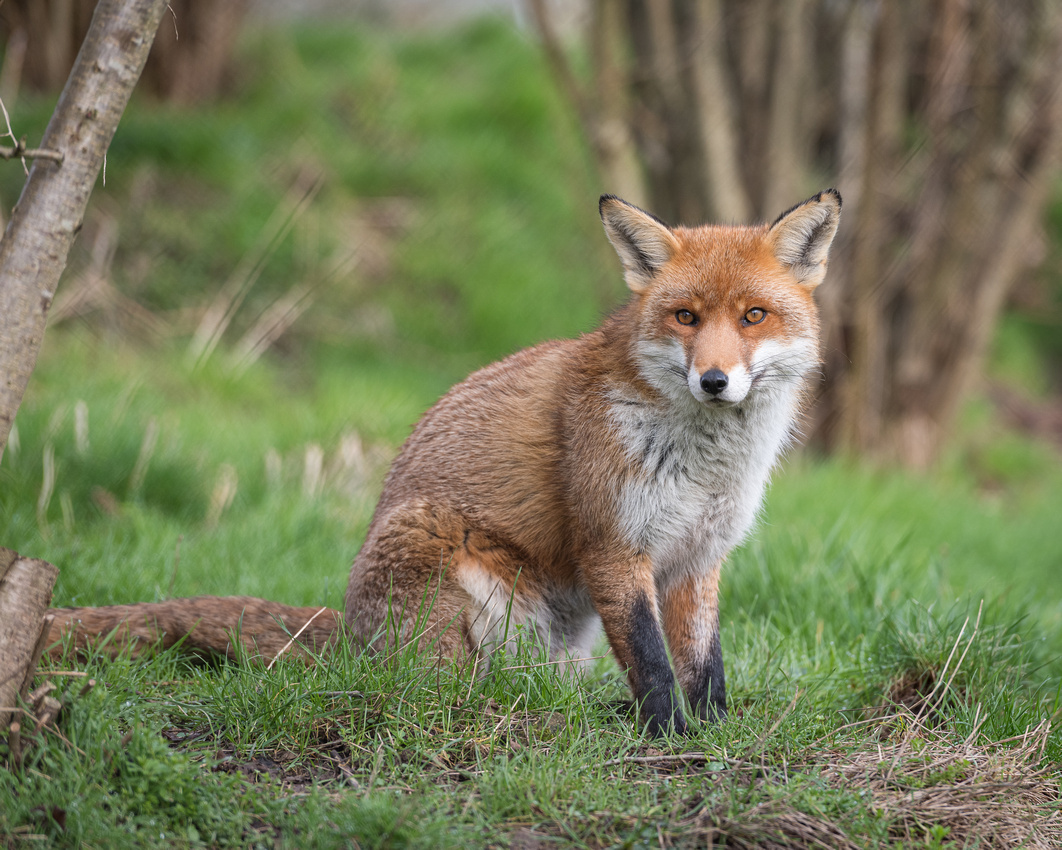 'Basil' posing for the camera! BWC
'Basil' posing for the camera! BWC
I went in search for owls at my local reserves (Otmoor & Farmmor) in Oxfordshire. Both these places were flooded in places, which was covering most of the owls hunting grounds. Lots of other wildlife there but it was too windy/rainy for the owls. On a different note I see owls (Barn & Tawny) on my drive to work in the mornings but it is a bit too dark for photography!

Barn owl at RSPB Otmoor (last year!)
Of all the different kinds of birds, it is the birds of prey which interest me the most. A place I visit every couple of months is the Hawk conservancy trust near Andover in Wiltshire. They were shut over January to carry out their annual maintenance. A few days ago I paid a visit and had an enjoyable day as always. They have three different flying sessions during the day with different birds. The first session is the woodland setting where different owls can be seen. If the conditions are right with a bit of decent sunlight you can get some great flying and posing shots here. Definitely worth a visit here anytime of the year. They fly and rest certain birds at different times of the year so you will always see something different.
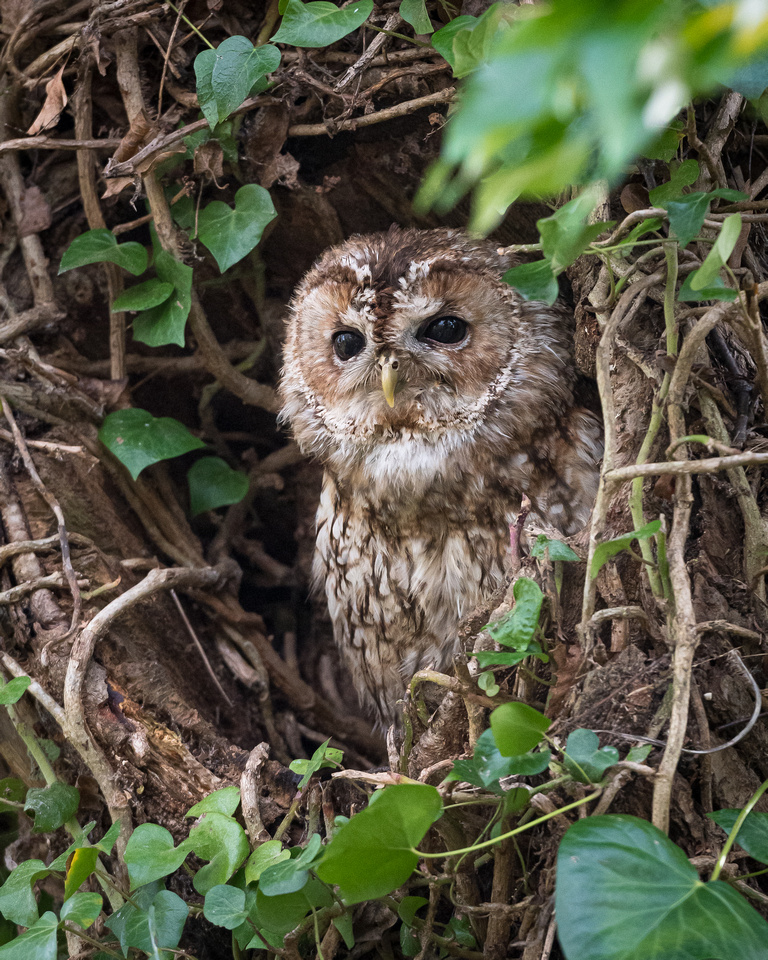
Tawny owl at the Woodland flying session. Hawk conservancy trust, Wiltshire.
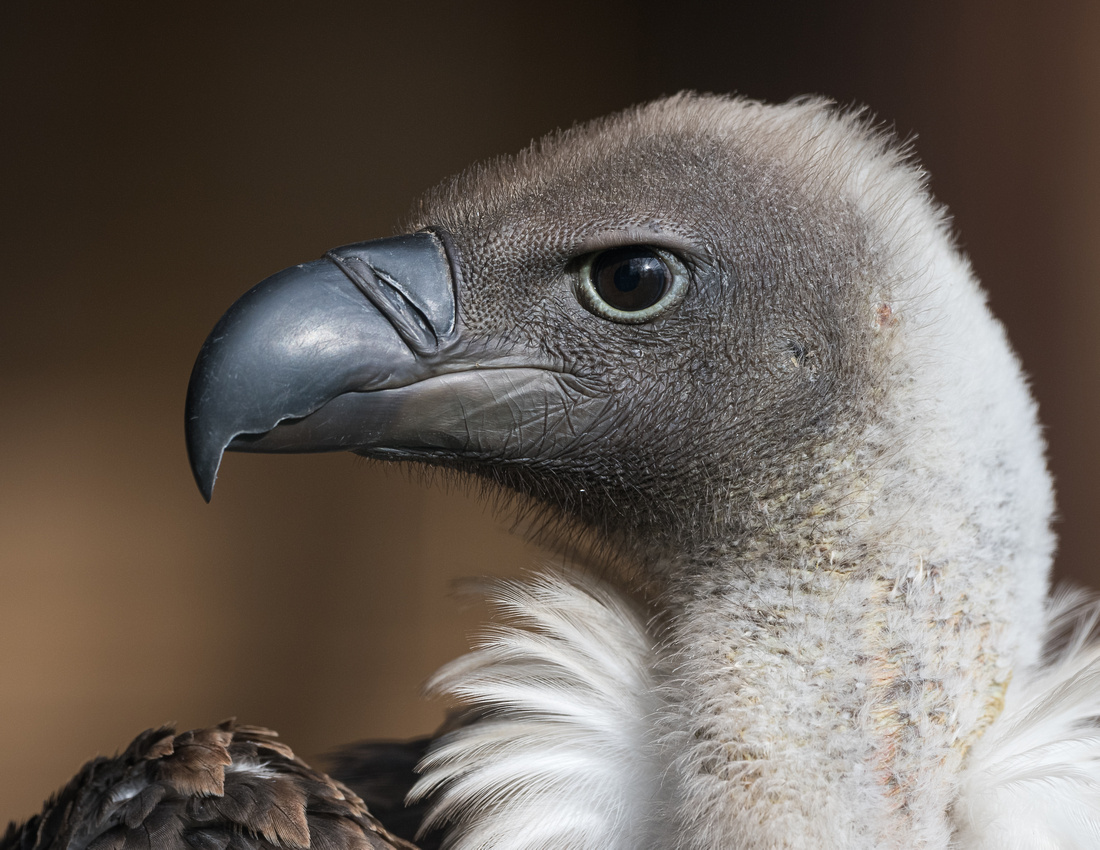 White-backed vulture portrait at the Hawk conservancy trust. Note the extra detail my new camera body has captured!
White-backed vulture portrait at the Hawk conservancy trust. Note the extra detail my new camera body has captured!
As for next month I'm hoping we will have some Spring like conditions. Fingers crossed! I haven't much planned for March yet but I'm hoping for some images of the hares which are usually courting then. A shot I would like is when they start boxing. This usually happens when the male hare gets a bit too amorous with the female and she starts a boxing bout with him!
Please continue to upload your photographs to my Photo's Page. There are some great photographs being posted.
Many more of my images can be viewed on my flickr page and Instagram.
Thanks
Steve
As I write this on the 39th January! It must be the Winter blues that makes January seem so long. This dark and dismal weather doesn't help either.
I started the year like I always do with a couple of Classic car shows, both at my favourite venues. Brooklands museum in Surrey and Bicester Heritage in Oxfordshire. There was a great selection of cars at both events which kept me busy filling memory cards on both cameras. I use two set ups at car shows. A mid zoom lens of 70-200mm which is great for distant shots (saves walking!) and a 24-120mm lens for close-up wide angle shots.
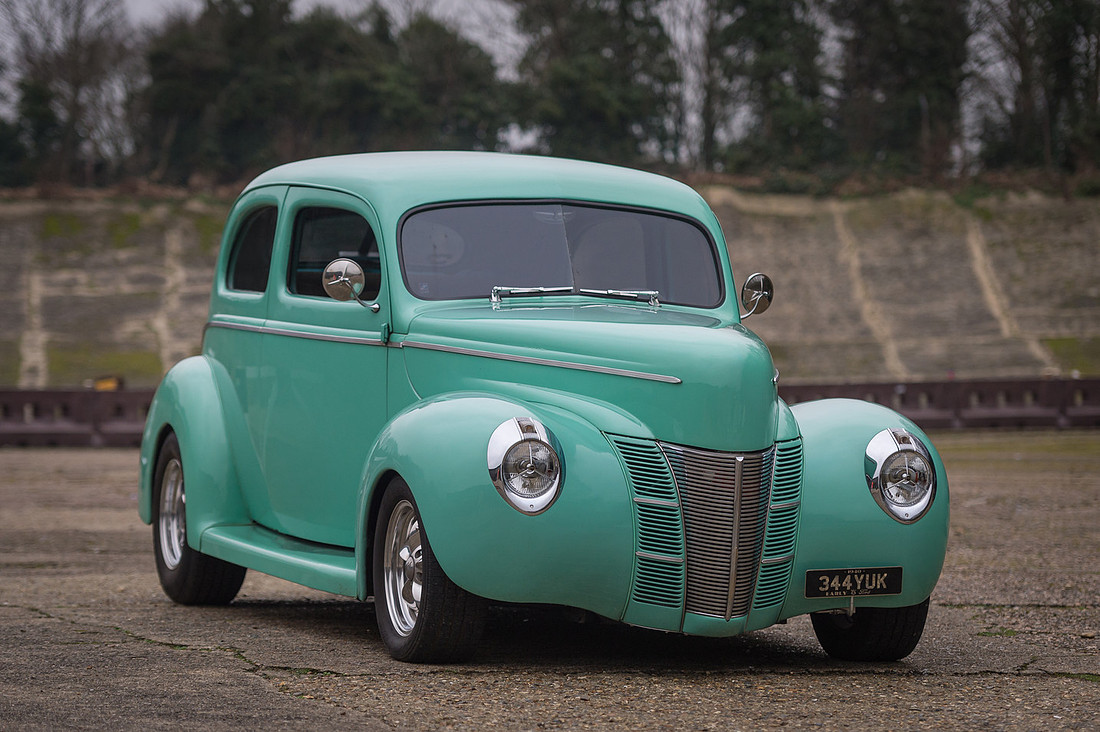 1940's Ford at Brooklands museum taken with the 70-200mm mid zoom lens.
1940's Ford at Brooklands museum taken with the 70-200mm mid zoom lens.
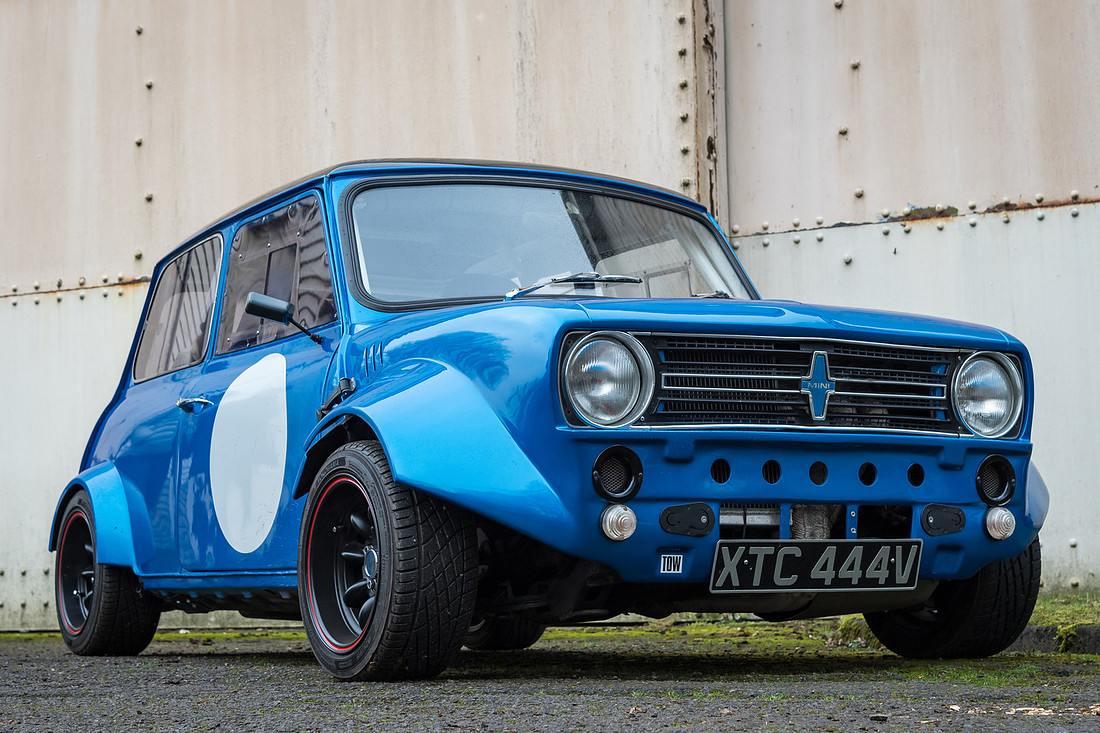 Mini Clubman at Bicester heritage. Lens used was the 24-120mm wide angle. Getting low down with this lens makes the car fill the frame.
Mini Clubman at Bicester heritage. Lens used was the 24-120mm wide angle. Getting low down with this lens makes the car fill the frame.
Wildlife photography is my main topic of interest and it can get frustrating when the weather is lowsy. But in mid January we had a few bright chilly mornings which I made the most of. Richmond Park in London is a great place for photography even more so when the temperatures drop below zero.
You can get great shots of the deer with steam coming off them as they warm up and thaw the ice on their backs. I did manage to catch the red deer taking an early morning dip in -2°C temperatures. Very hardy animals.
 Steaming Red deer in Richmond Park.
Steaming Red deer in Richmond Park.
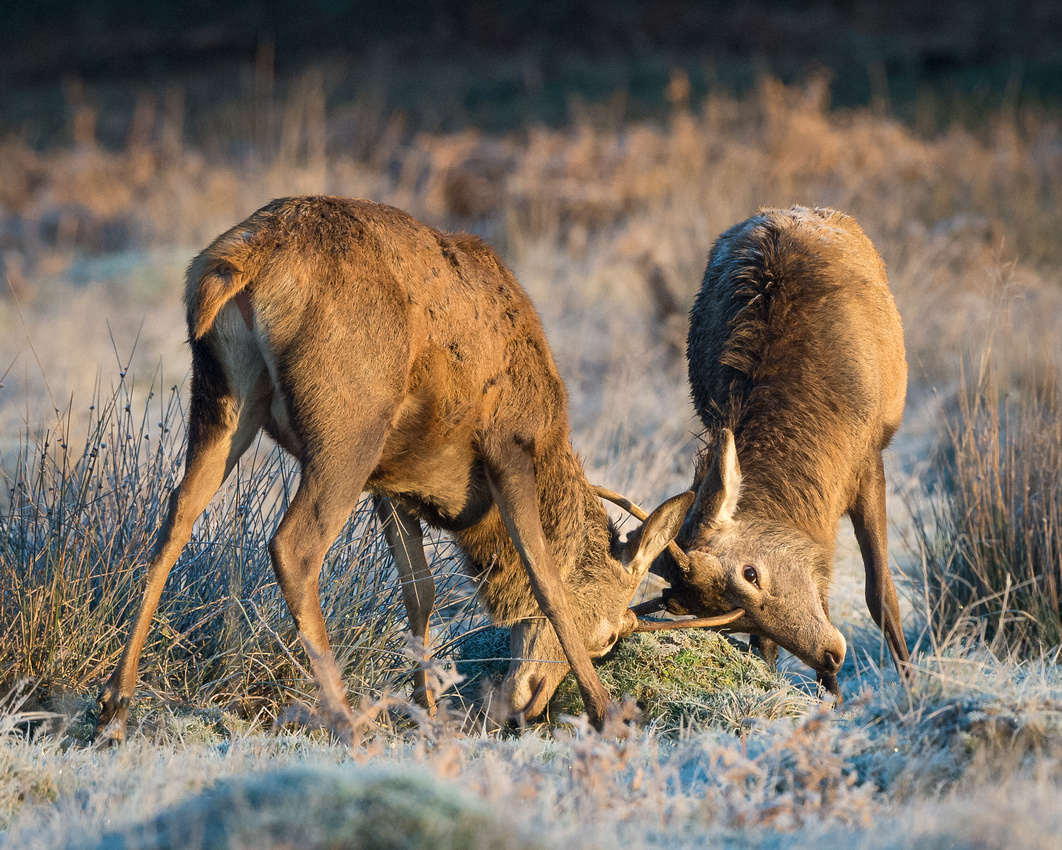 Early morning tustle for these young stags.
Early morning tustle for these young stags.
I managed a trip to the British wildlife centre in Surrey for the sole purpose of seeing the young otter kits. I managed to see one and nearly filled one of my memory cards photographing these stunning animals! There is always something else to photograph here. The red squirrels are quite active in Winter which are always entertaining.
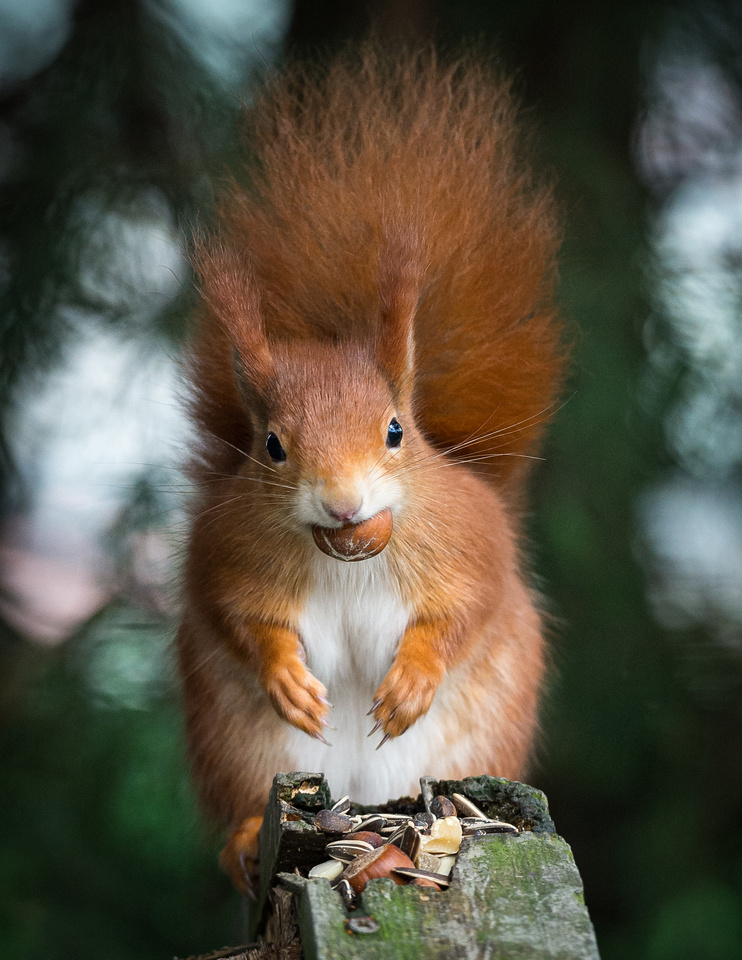
Red squirrel.
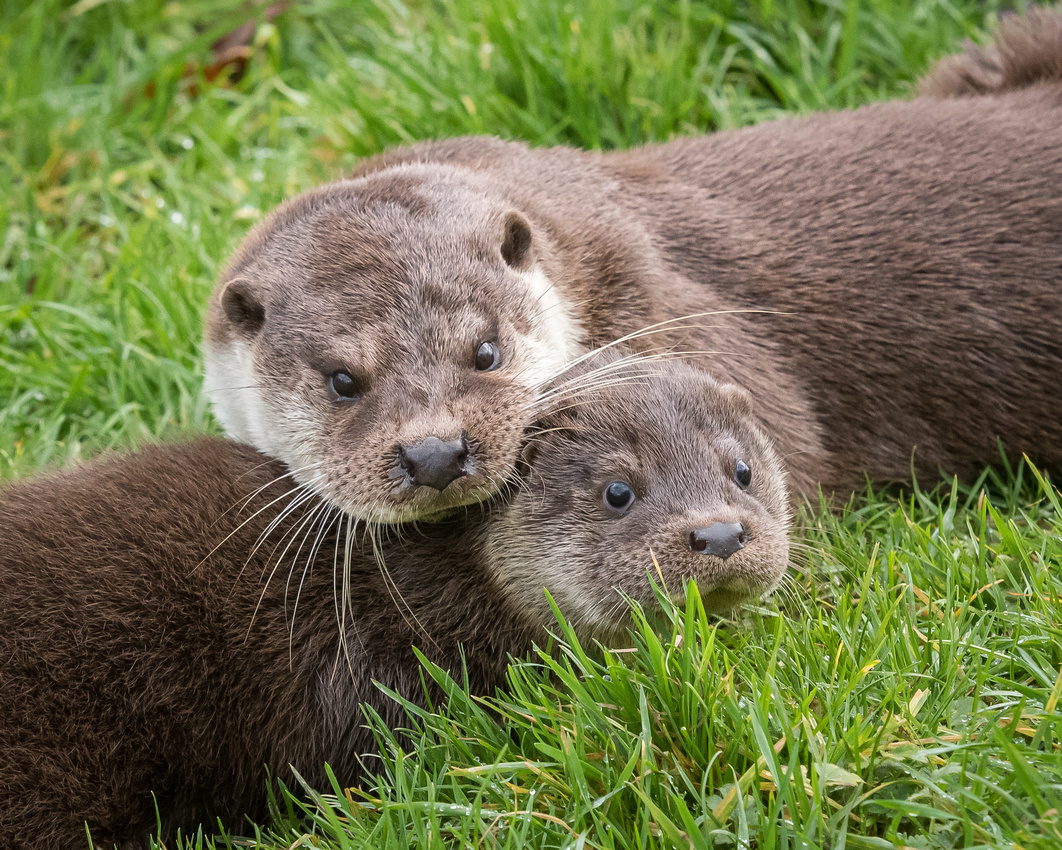 Mum and one of her 2 month old kits. British wildlife centre.
Mum and one of her 2 month old kits. British wildlife centre.
The last weekend of the month I called in at Bushy Park to find a Nosy Old Deer peering through somebodies window. I've seen some sights in 40+ years in photography but nothing like this! Very amusing. The stag was there for around 10 minutes but wasn't too happy when he turned round and walked away.
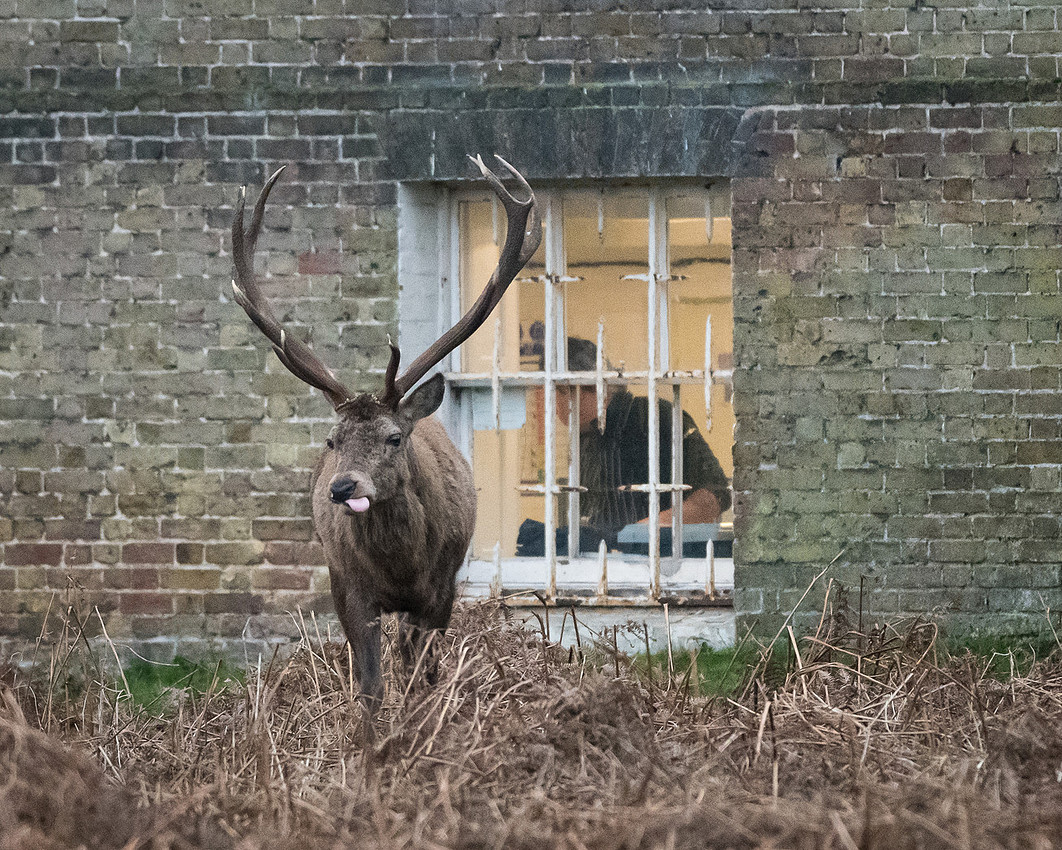
Not a happy stag! Bushy Park.
I hope you have enjoyed reading my latest photographic exploits.
As for next month I'm playing it by ear, relying on the good old British weather. Hopefully a few more chilly starts. I may go an see the Ragged Victorians at the end of February. They are on the SS Great Britain in Bristol if you are out that way.
Please continue to upload your photographs to my Photo's Page. There are some great photographs being posted.
Many more of my images can be viewed on my flickr page and Instagram.
Thanks
Steve
Well that was another year that has just flashed by! It has been quite a hectic year with long working hours and trying to squeeze some photography time in. I've decided to do a review of what I think were my highlights of 2019 and add a few of my favourite images.
I always start the year off with a couple of classic car shows (I'm a bit of a petrol-head!). One of the shows I was particularly interested in was at Bicester Heritage centre. It is on the site of an old RAF base were they still fly gliders and vintage planes such as Tiger Moths etc. The site is basically how it was then with old style buildings which make great backdrops for classic cars.
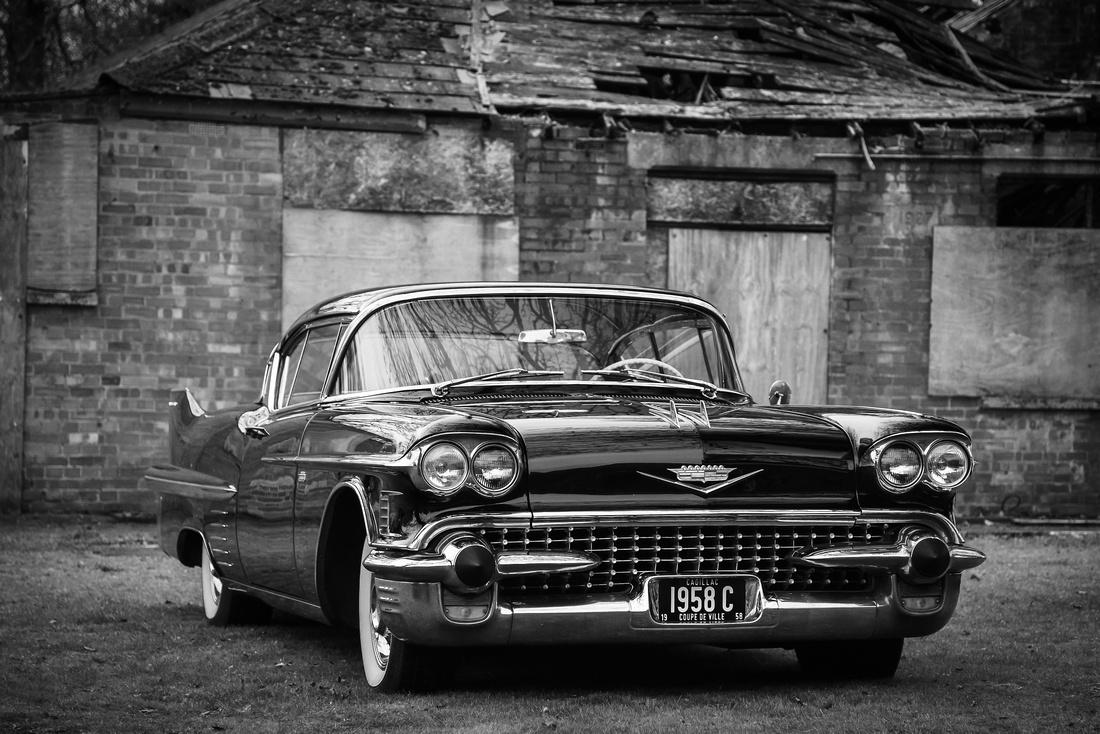 1959 Cadillac at Bicester Heritage, Oxfordshire.
1959 Cadillac at Bicester Heritage, Oxfordshire.
During the first couple of months we had some chilly days which made for some atmospheric wildlife shots. As some of you may have guessed I spend quite some time around London especially Bushy & Richmond Parks. Great photographic locations all year round.
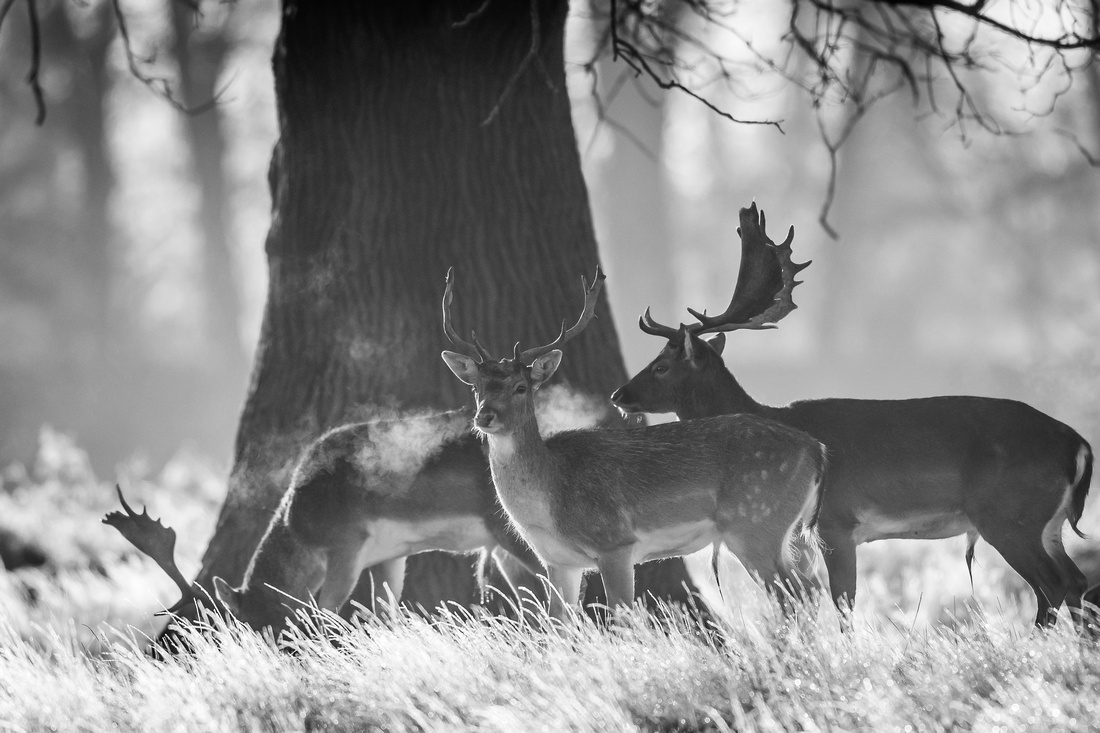
Fallow deer in Bushy Park, London.
My local reserves of RSPB Otmoor & Farmoor reservoir were frequented several times over the year. These places can be a bit hit and miss so I tend to watch out for wildlife sightings before I visit.
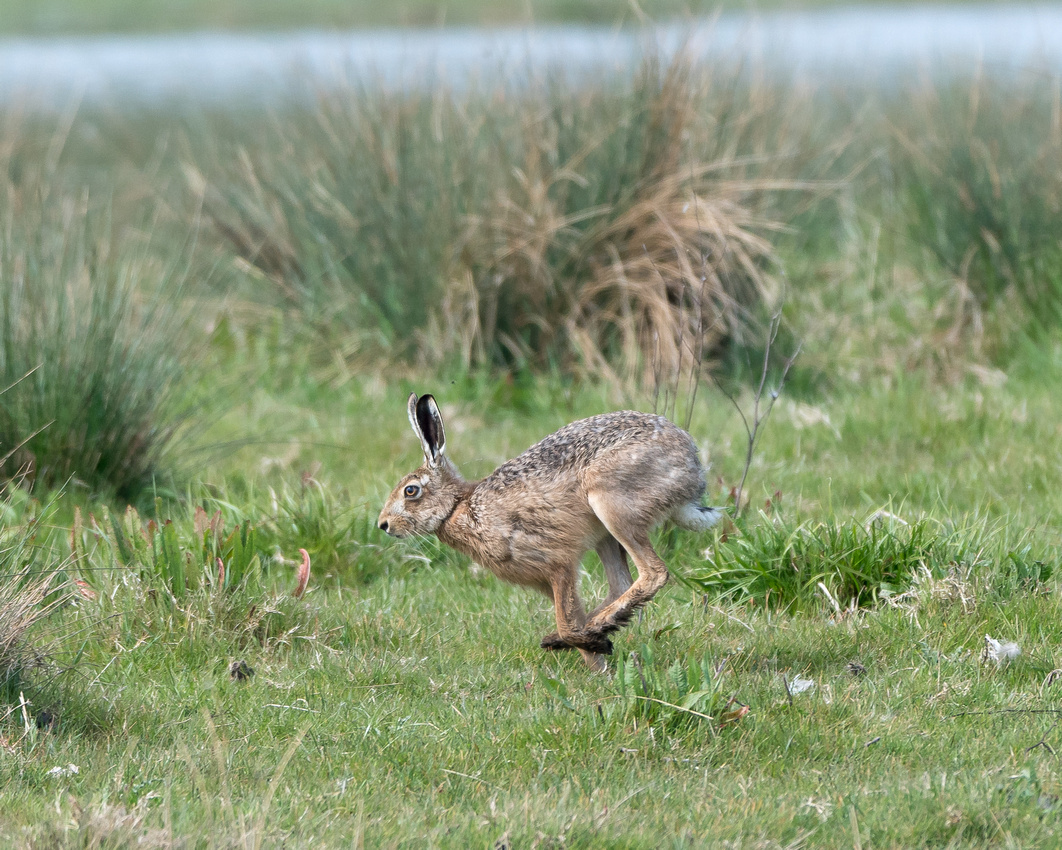 Hares are quite common at RSPB Otmoor, Oxon.
Hares are quite common at RSPB Otmoor, Oxon.
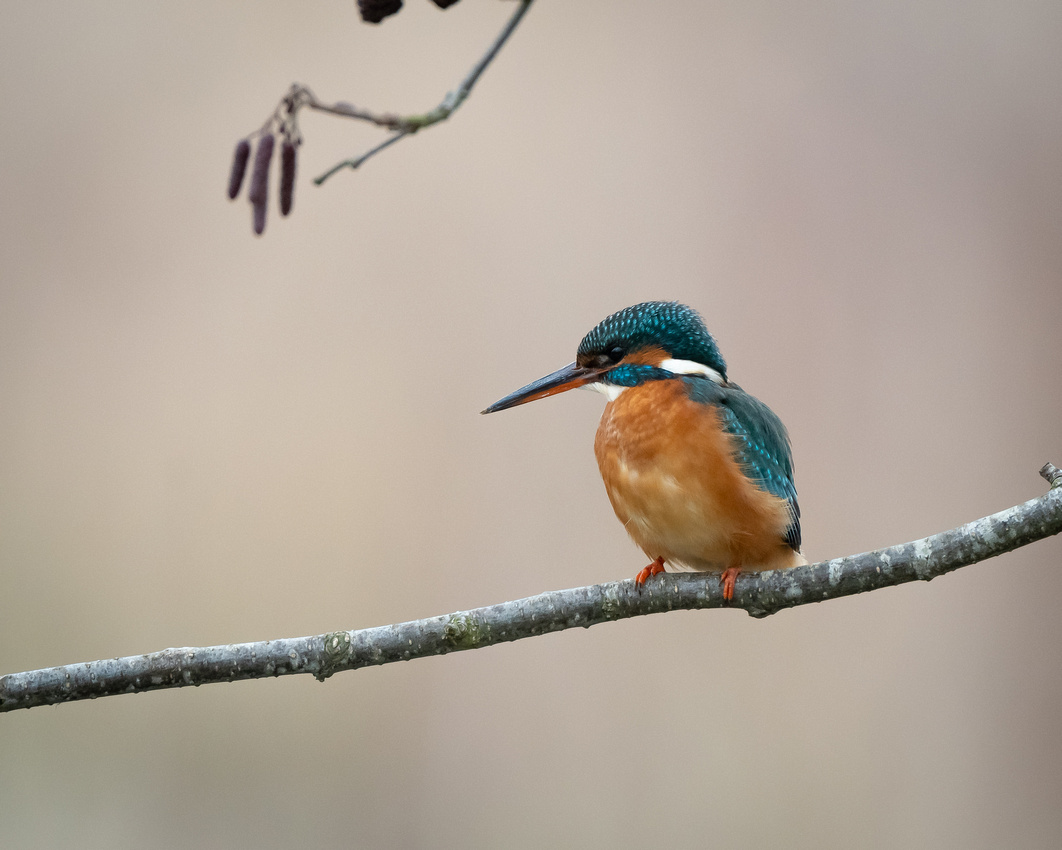 Mrs Kingfisher at Shrike Meadow, Farmoor, Oxon.
Mrs Kingfisher at Shrike Meadow, Farmoor, Oxon.
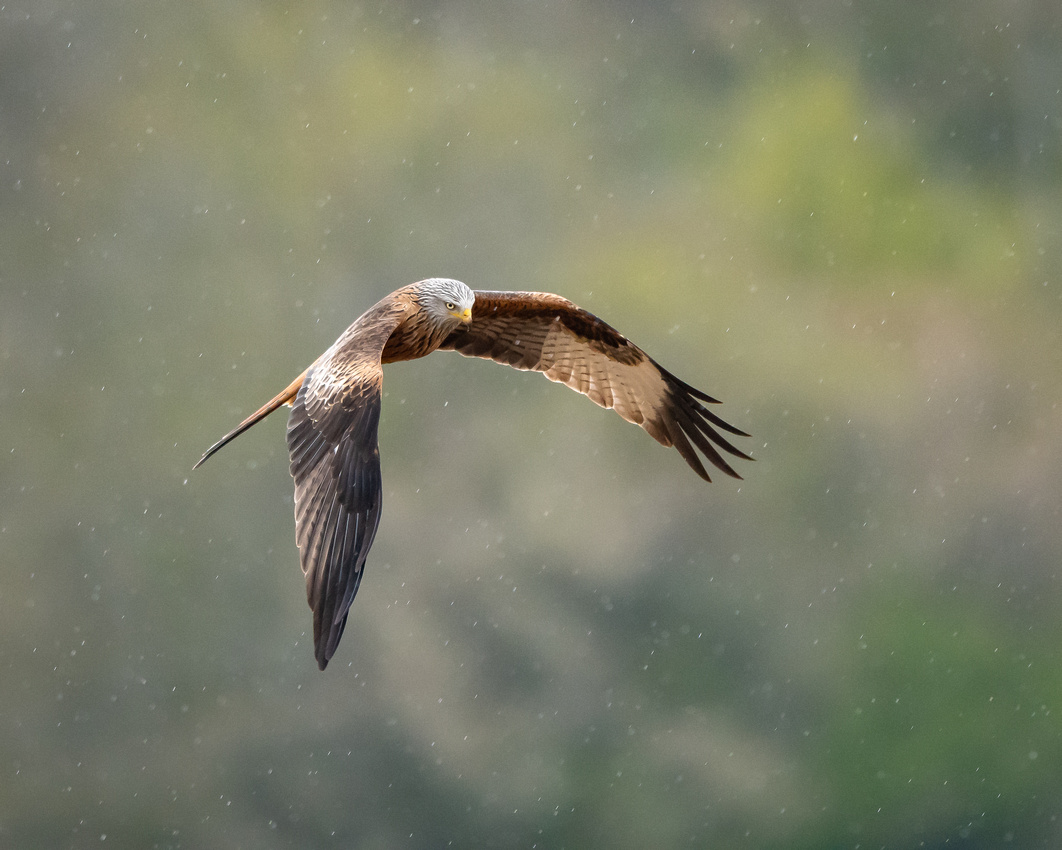 Red Kite. I never tire of seeing these birds float about in the Oxfordshire skies.
Red Kite. I never tire of seeing these birds float about in the Oxfordshire skies.
I've always had an interest in motorsport and I have been visiting Santa Pod Raceway since the mid 1980's. This is the home of quarter mile drag racing were the top cars can reach over 300 mph in less than 4 seconds!! During 2019 I visited the venue seven times! In 2020 I am hoping to obtain a track-side pass so I can get closer to these machines. I'm really looking forward to this. Fingers crossed.
 Top Fuel cars at Santa Pod Raceway
Top Fuel cars at Santa Pod Raceway
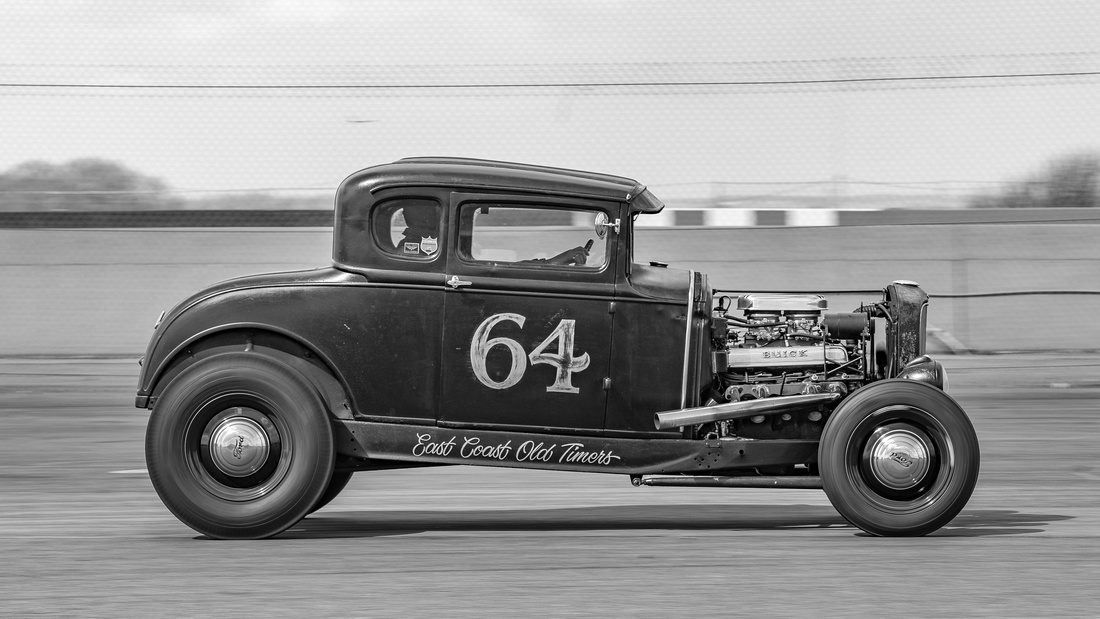 Classic hot rod at Santa Pod Raceway, Bedfordshire.
Classic hot rod at Santa Pod Raceway, Bedfordshire.
For a few years now I had been planning to visit RSPB Bempton Cliffs on the Yorkshire coast. It is worth keeping an eye on the weather when visiting Bempton as sea mist can be a nightmare. Thousands of seabirds breed here in Spring/Summer such as gannets, gulls and Atlantic puffins. You never know where to point your lens! I had a great time there and hope to visit in 2020 but this time incorporate a boat trip to watch the gannets feeding and diving into the sea. Can't wait.
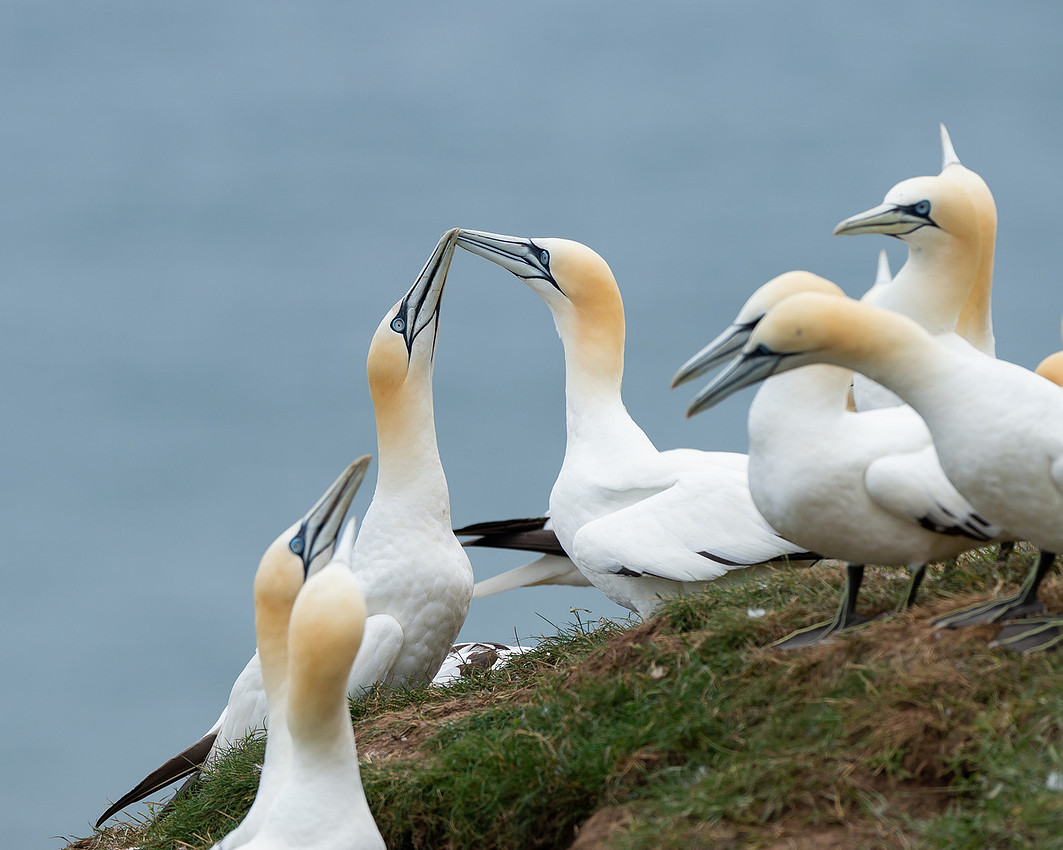 Gannets at Bempton Cliffs, Yorkshire.
Gannets at Bempton Cliffs, Yorkshire.
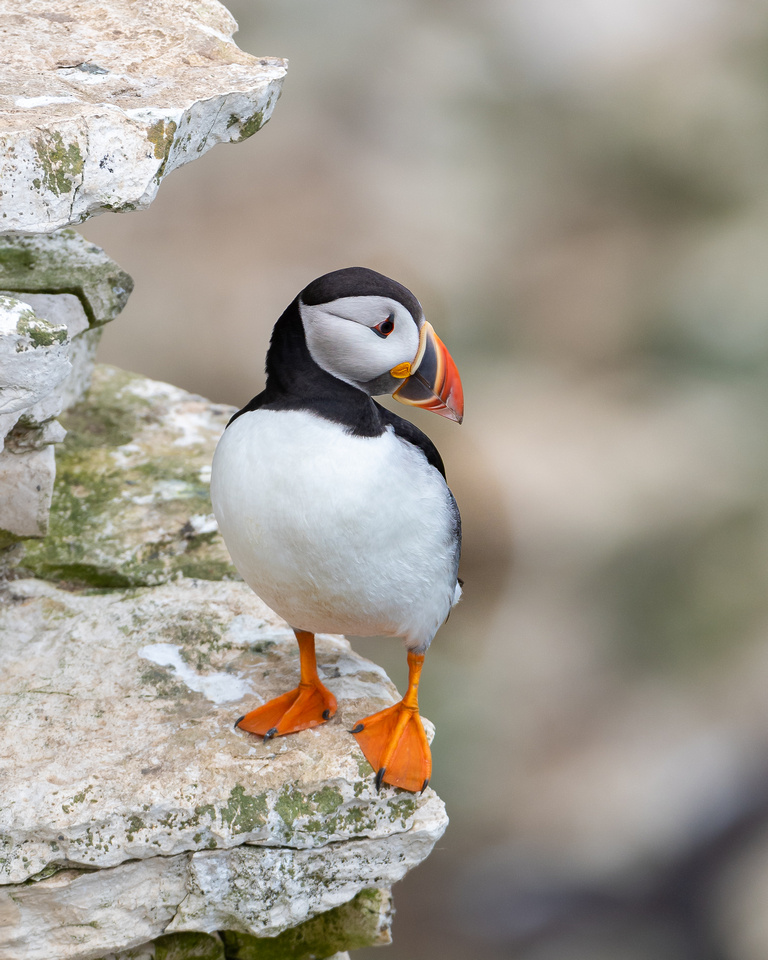
Atlantic Puffin. RSPB Bempton Cliffs.
A mecca for wildlife is the Norfolk coast especially during the Spring and Autumn migrations. I made a visit at the end of October during the Autumn migration. My main reason was to see the Grey seals along the coast line. I spent a day at Horsey Gap on the East Norfolk coast and I couldn't believe how many seals there were. I arrived early in the seal breeding season but I was informed that there will be thousands more arriving on the beaches to give birth to seal pups! Well worth a visit.
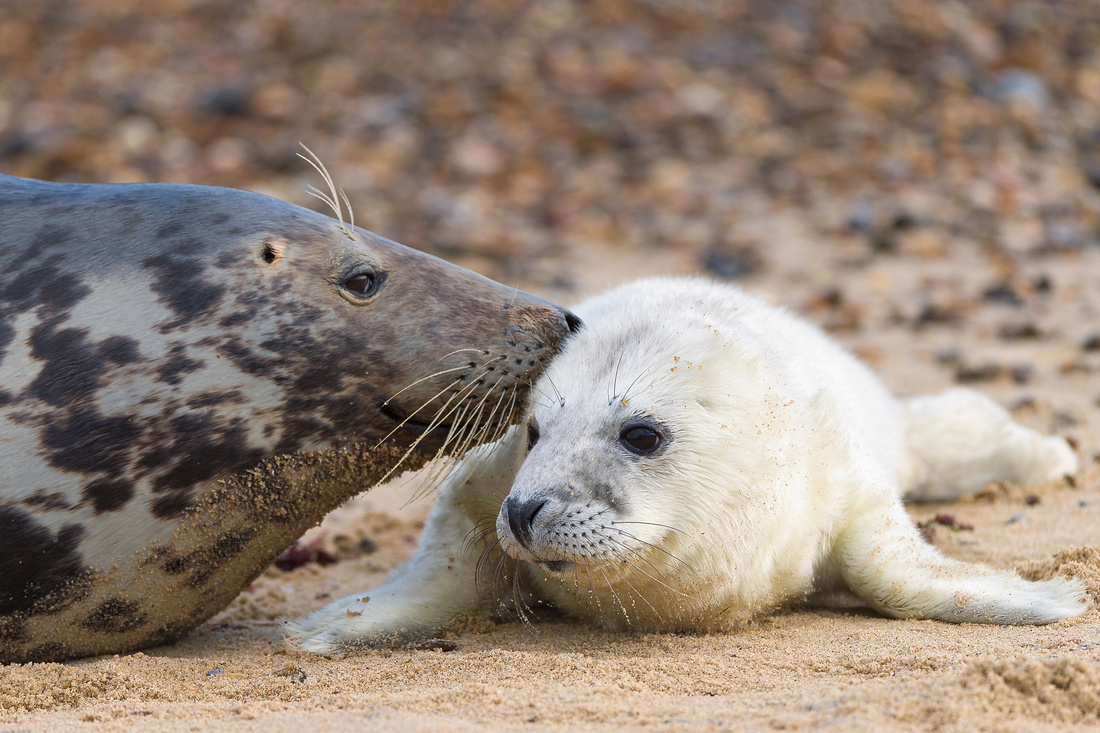 Grey seal newborn with mum. Horsey Gap, Norfolk.
Grey seal newborn with mum. Horsey Gap, Norfolk.
The last couple of months were very dismal weather wise. Rain and more rain. It was a struggle to get motivated to go out sometimes. Sometimes it does pay off to venture out in dire weather conditions. It doesn't have much effect on wildlife, they are used to it unlike us wimpy humans!
The deer rut wasn't as good as expected and a lot more people are visiting do to social media sites etc. This time of year the deer are all full of testosterone and if you get in their way you better be able to run fast! I've witnessed people in 'their face' with mobile phones and chasing the deer round the parks. I'm looking to try new wilder venues next season.
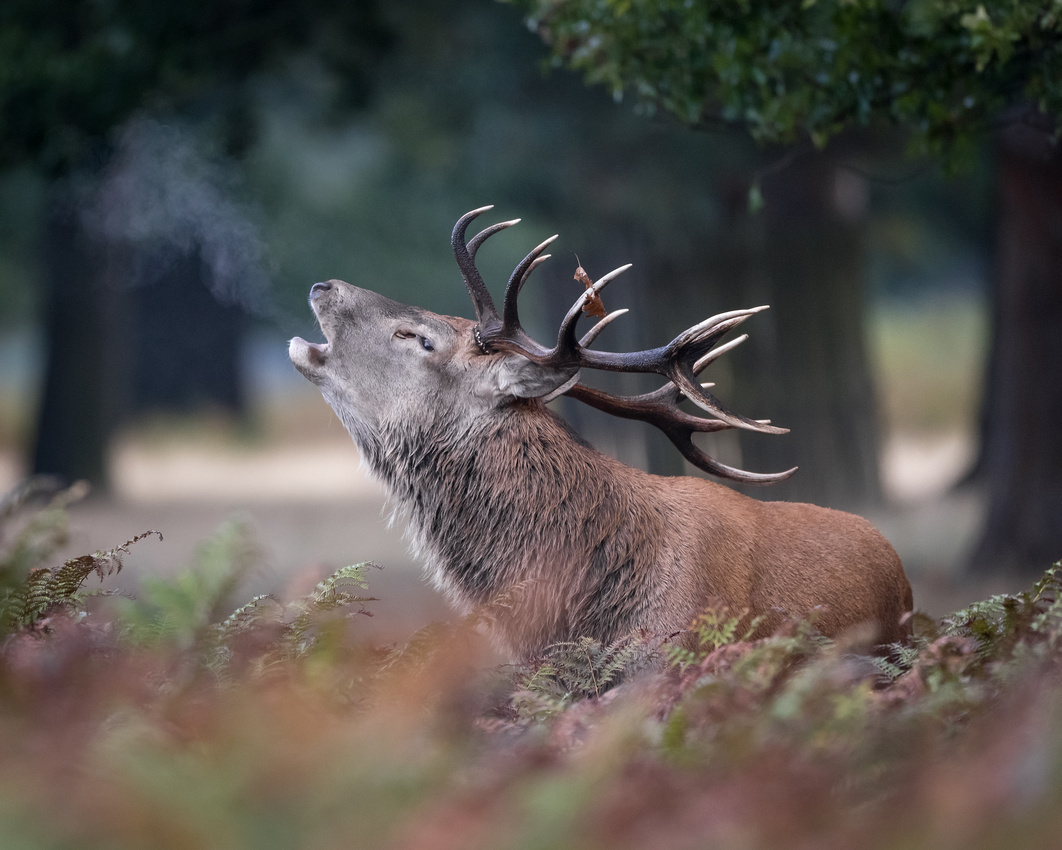 Bellowing Red deer stag during the annual deer rut, Bushy Park.
Bellowing Red deer stag during the annual deer rut, Bushy Park.
During 2019 I didn't do much people photography. Only one outing to the Didcot railway centre to see the Ragged Victorians. An award winning team of re-enactors who dress up like they did in 1850's England.
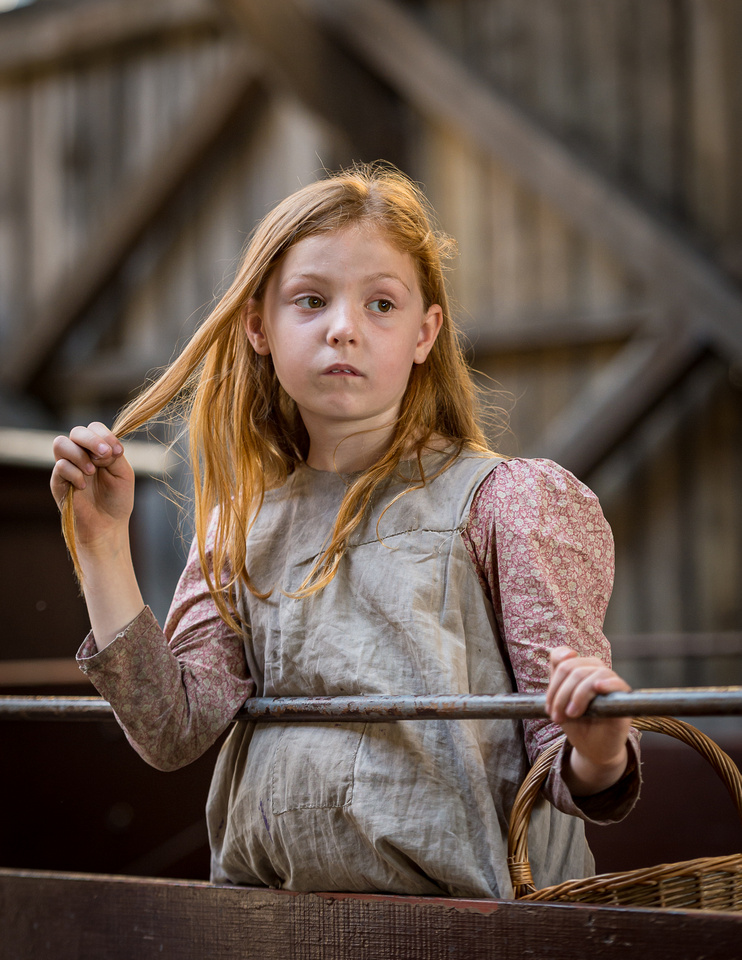
'Street Urchin' from the Ragged Victorians, Didcot Railway, Oxon.
That comes to the end of my brief review of the past year. As for 2020 I have plans to visit the West coast of Scotland to see the Sea eagles, otters and other Scottish wildlife that cares to jump in front of my lens! Hopefully a visit (Feb/March) to Norfolk/Suffolk. Bempton Cliffs is another definite.
My 2020 photography starts off on the 1st Jan with a car show at Brooklands museum, Surrey and another one on the 5th at Bicester. If you happen to see me about come over and say hello. I don't bite unless your stood in front of the car I'm photographing!
That leaves me to say Happy New Year and all the best for 2020. Thank you all for your support over the past year. Your comments and feed back are much appreciated.
Thanks again
Steve
That's another month that's hurtled past. Is it me or has this year flown along? November was a great month for the Autumn colours albeit a bit soggy at times but I spent quite a bit of time foraging for fungi. You may have spotted me knelt on the floor with my backside in the air photographing the fruits of Autumn! Ha ha ha!
 Fly agaric. I didn't find any elves or goblins sat on them! Harcourt arboretum, Oxon.
Fly agaric. I didn't find any elves or goblins sat on them! Harcourt arboretum, Oxon.
I found a few places locally which were full of Autumn colour. Burnham beeches in Bucks and Harcourt arboretum near Oxford are great spots for fungi and varying colours of turning leaves. Trouble is it poured down on both these visits!
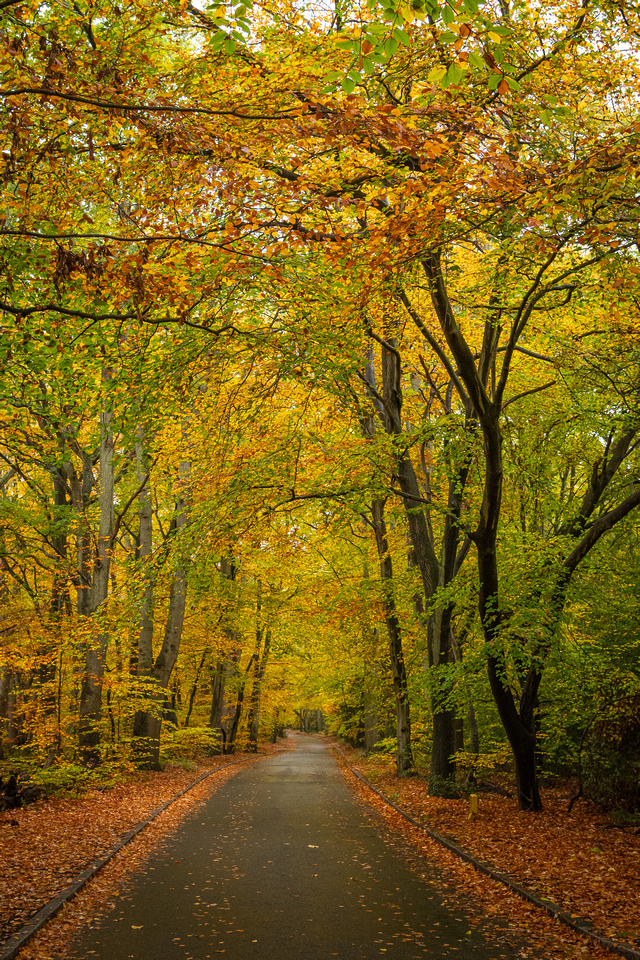
Burnham beeches, Bucks.
At the moment my go to place is Bushy park near London. Now the deer rut is over some great shots of the deer relaxing and feeding can be had. I've been visiting less frequent areas of the park and have managed to get some great wildlife images. Most visitors tend to hang round the main lakes for the early morning misty sunrise but I head away from the crowds and the masses of runners that use the park at weekends.
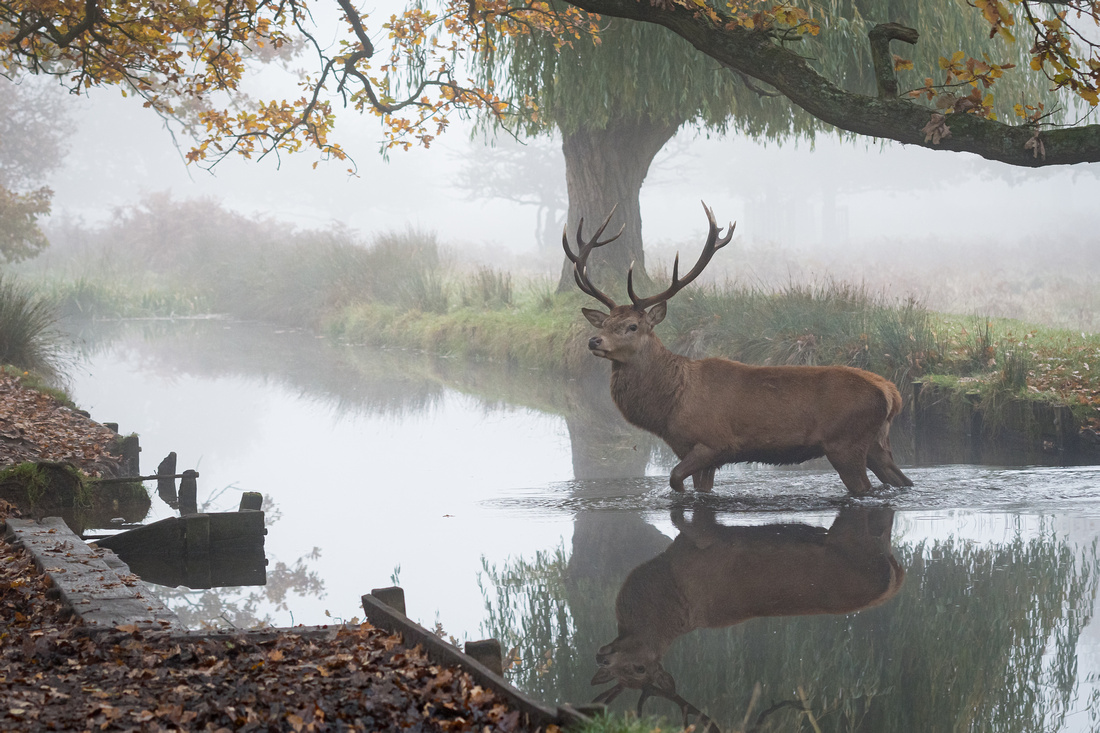 A misty morning at Bushy park in my 'quiet corner'.
A misty morning at Bushy park in my 'quiet corner'.
During late Autumn and Winter I make regular visits to the London wetland centre which is only up the road from Bushy park. It's a good place for visiting wildfowl and the elusive Bittern. There is so much wildlife in and around our capital city. The red foxes are used to people and will walk right past you and not flinch! Also there are noisy parakeets everywhere. Some of the parks in London such as Regent's and Hyde are places I've yet to visit are full of wildlife that will eat from your hand. Herons and the parakeets are such birds which will do this! I'll get there one day.
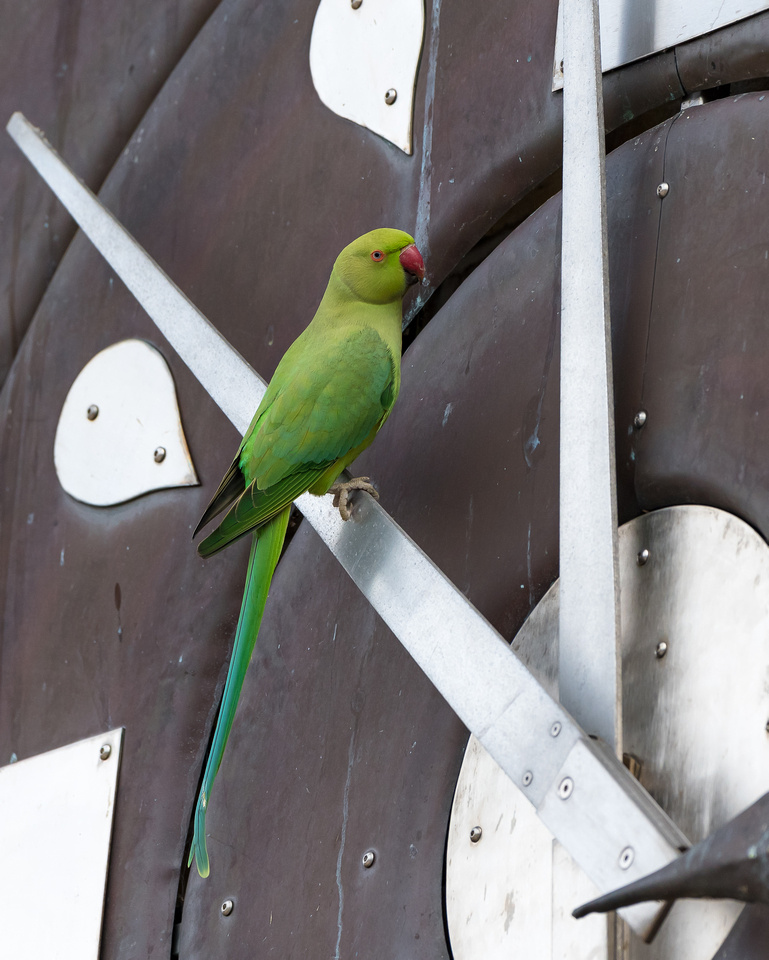
Ring necked parakeet at London wetlands.
In mid November I went on a photography day at the School of falconry near Bedford. I had previously visited this place in Summer for an evening shoot which was great. This time I was struggling to get decent shots. The event was meant to include Autumnal backdrops which I struggled to find. I think a few other photographers felt the same but never complained (the British way!). I'll probably not bother with a return visit in the future.
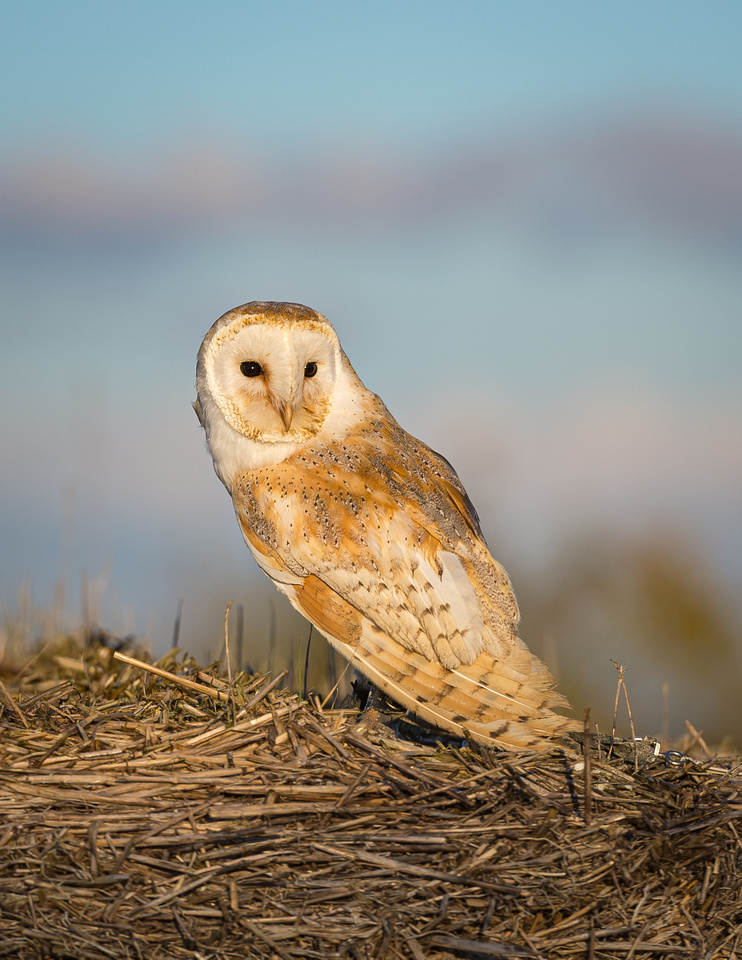
Barn owl at the School of falconry, Bedford.
A place I don't visit as often as I used to is the Slimbridge wetlands centre in Gloucestershire due to my relocation last year.
Over the last few months they have been revamping the place with funding from the National Lottery. They have replaced the tower hide overlooking the River Severn and they are in the process of building an walk-round aviary (opening Easter 2020). Such much wildfowl spends the Winter there including Bewick's swans from Russia and many ducks and geese from Greenland/Iceland. The bitterns like to Winter here and attract photographers from allover hoping to catch a glimpse of this elusive and shy bird. Last weekend one of the three birds spotted on site was showing very well. When they first arrive they are usually tired and hungry and will spend a lot of time looking for fish, frogs or voles.
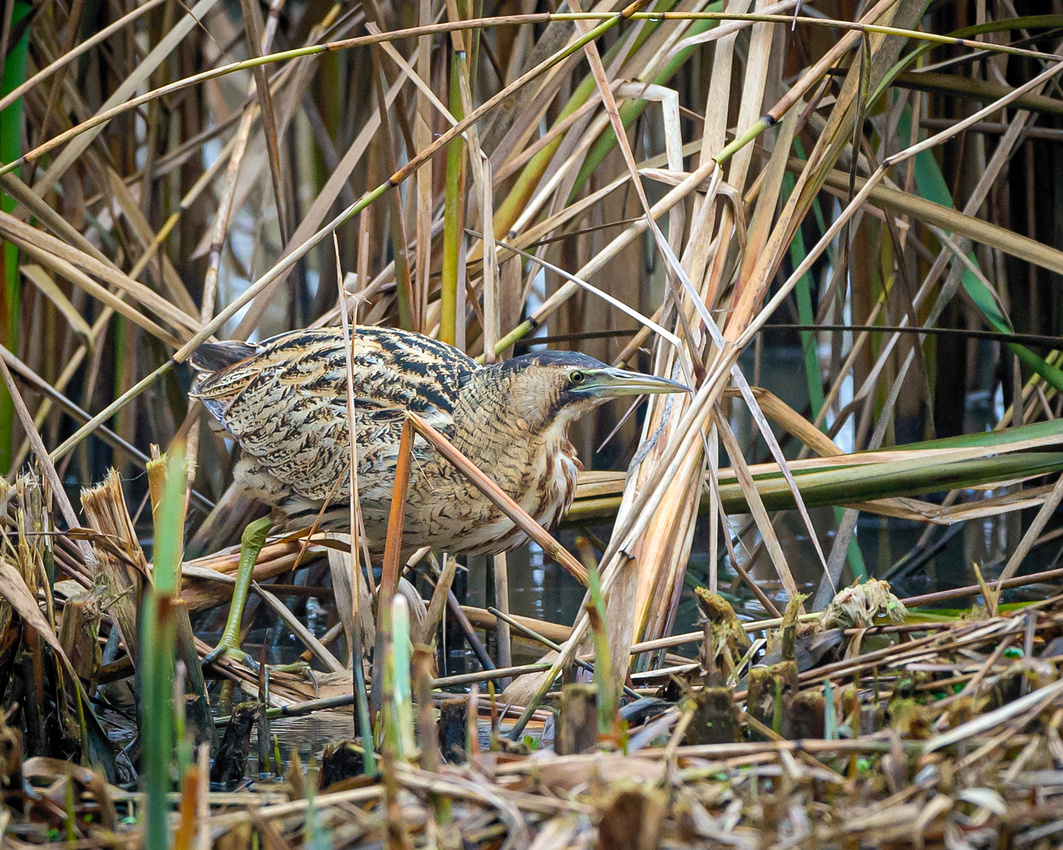 The not so shy Bittern at Slimbridge.
The not so shy Bittern at Slimbridge.
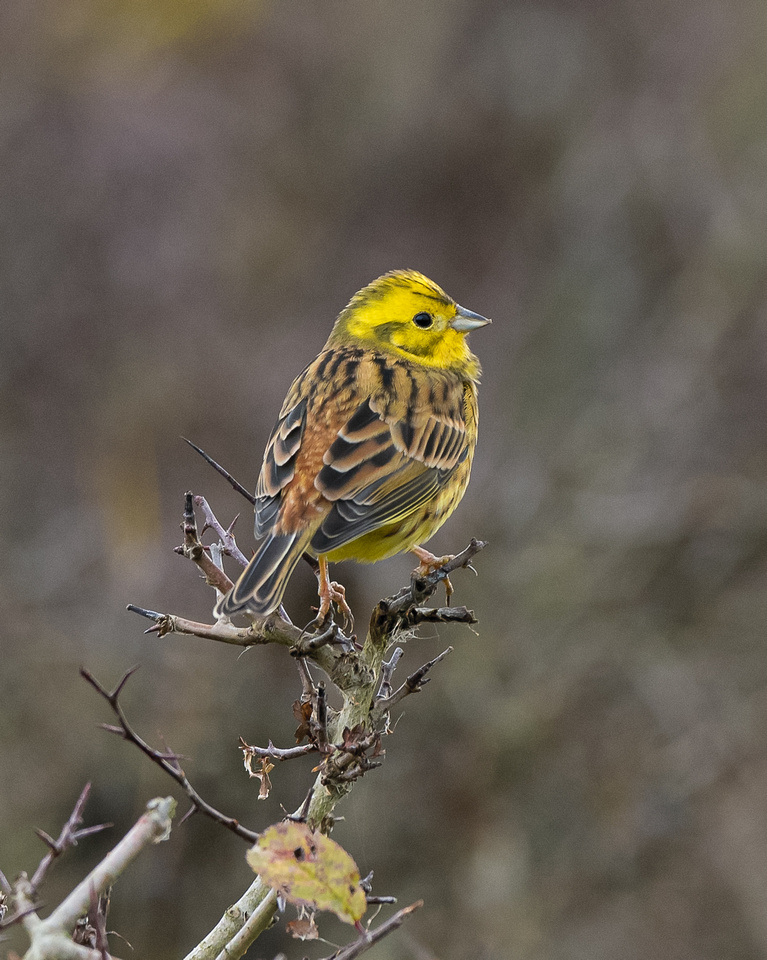
Yellowhammer at RSPB Otmoor, Oxon.
Next month I'm looking forward to some chilly or misty early mornings which can add a bit of atmosphere to your photography. I'll probably make a few local visits to RSPB Otmoor which can be quite good in Winter. Can be a bit hit and miss sometimes. Many a time I've visited, walking several miles carrying all my gear (my backpack weighs around 12kgs!) and not taken a single shot. That's what it can be like in wildlife photography. Over the Christmas period I will be staying with family in my native Lancashire and hope to visit some of my old haunts. Looking forward to a rest!
I hope you have enjoyed reading my latest photographic exploits.
Please continue to upload your photographs to my Photo's Page. There are some great photographs being posted.
Many more of my images can be viewed on my flickr page and Instagram.
Thanks
Steve
As the end of British Summer Time draws to an end it looks like Autumn has arrived with a bang. Wet and windy in parts of the UK but the temperatures are quite mild. Ideal conditions for fungi foraging with plenty of different species popping up everywhere. More on that later. During October I've mainly concentrated on the Annual deer rut in the Royal parks of London. Great places to witness this spectacular event if you haven't already done so. Due to the power of social media etc, it has become a bit of a circus now. Next season I will probably look for new wilder venues.
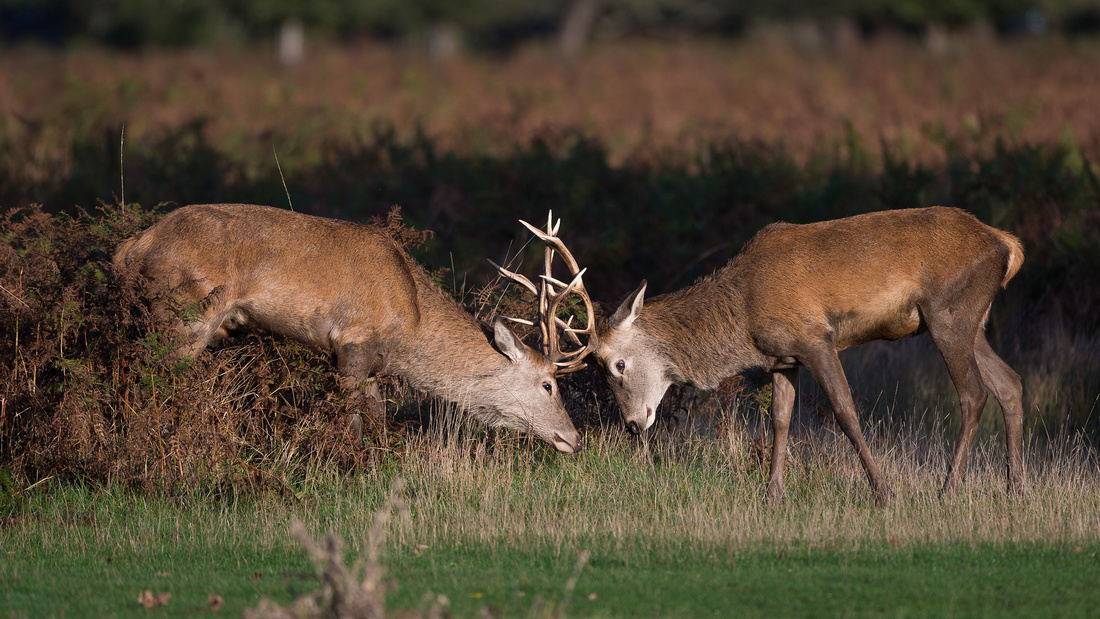 Young stags with a bit of gentle sparring, Bushy Park.
Young stags with a bit of gentle sparring, Bushy Park.
A the start of the month I managed to visit a couple of car shows at two great venues. Bicester Heritage and Brooklands museum. They both make great backdrops to classic and modern car photography. Bicester was once a RAF base where they still fly vintage aircraft. This is also home to many classic car restoration workshops. Great for any 'Petrol heads'.
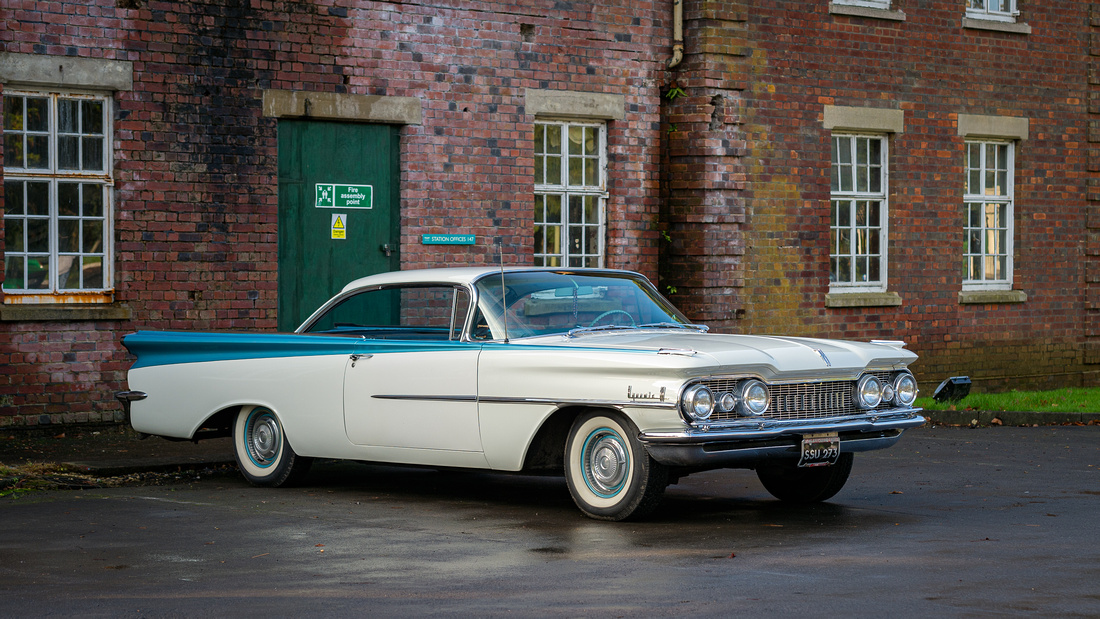 Classic American Olsmobile at Bicester Heritage, Oxon.
Classic American Olsmobile at Bicester Heritage, Oxon.
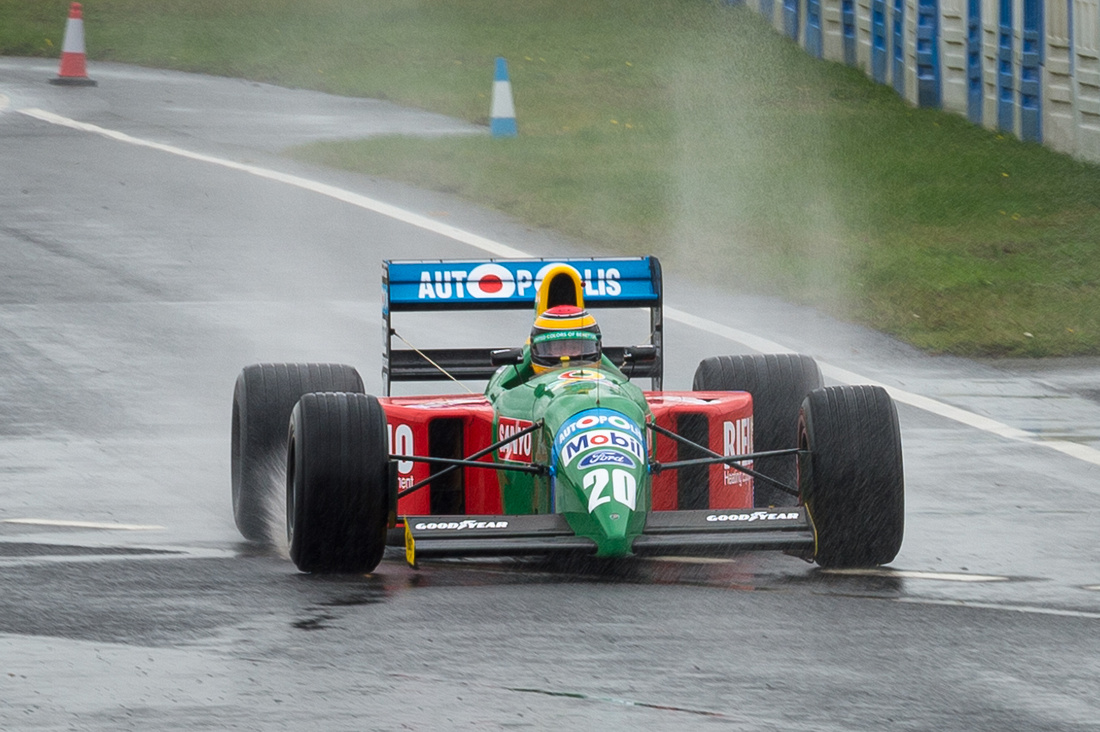 Benetton Formula 1 racing in the rain at Brooklands museum, Surrey
Benetton Formula 1 racing in the rain at Brooklands museum, Surrey
A location I used to visit quite regular when I was based in Surrey is Virginia Water Lake. It is park of Great Windsor Park where the Queen lives! It is a beautiful location with waterfalls, woodland walks and the stunning Savill gardens. This is also one of my favourite places for 'fungi foraging' if you venture off the main paths. I've spent many an hour on hands and knees photographing the many varieties that can be found there!
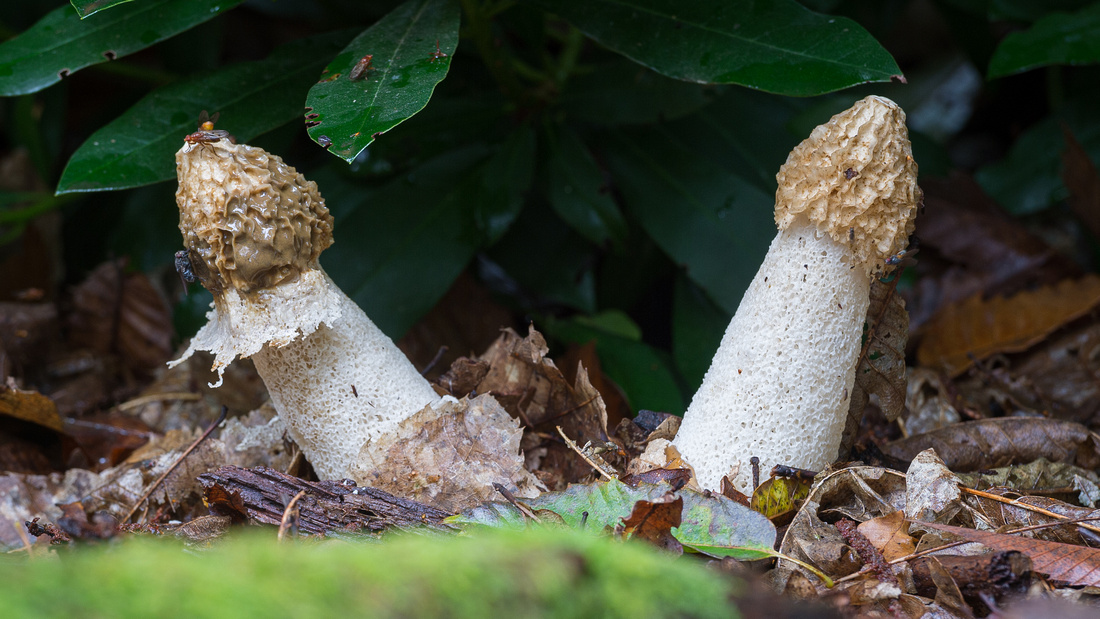 Common stinkhorn.....and yes they do stink!
Common stinkhorn.....and yes they do stink!
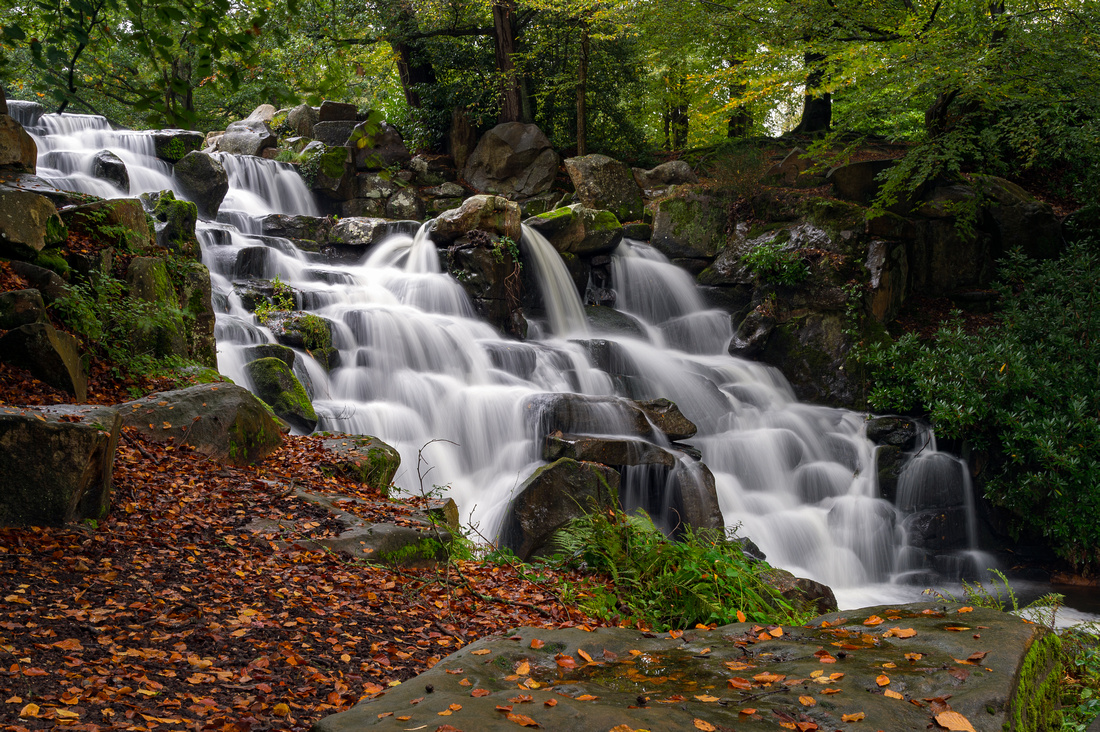 The Cascades at Virginia Water Lake, Surrey.
The Cascades at Virginia Water Lake, Surrey.
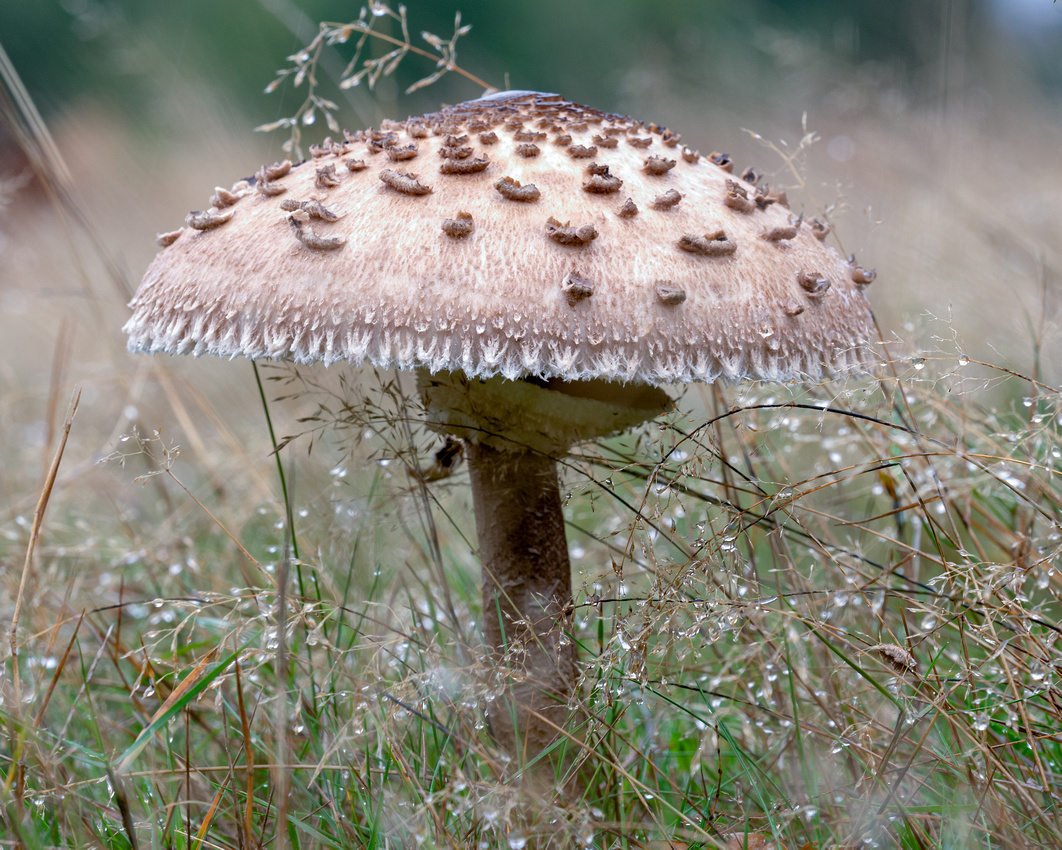 Parasol mushroom found in abundance in Richmond & Bushy parks.
Parasol mushroom found in abundance in Richmond & Bushy parks.
Also managed a visit to my favourite 'chill-out' venue. The British wildlife centre in Surrey. The trouble with this place is I take so many photographs it can take a few days to scan through them! I take two camera set ups here. One for close up and the other for small distant shots. When I'm visiting I have a rough idea of what species or shot I would like but it never goes to plan! Some species spend most of the time sleeping so it usually pays to visit them at feeding times to guarantee a few images.
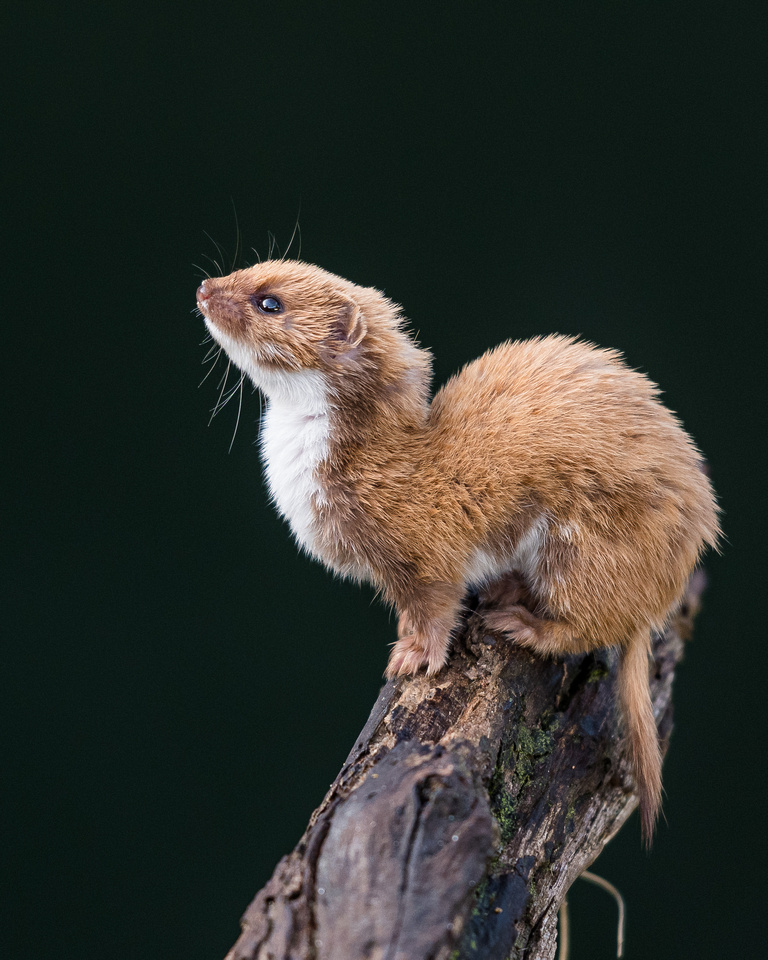
Least weasel posing for the cameras. She's very quick though!
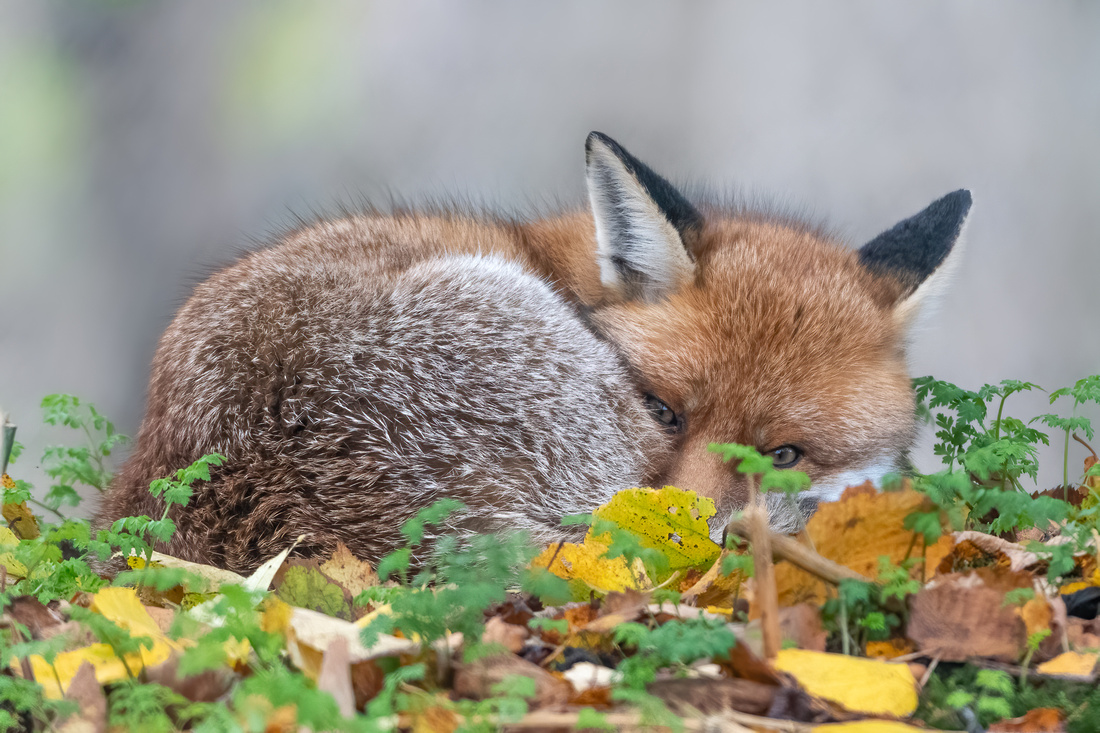 This is my most popular image I sell on my Redbubble page. Ted the red fox keeping an eye on me!
This is my most popular image I sell on my Redbubble page. Ted the red fox keeping an eye on me!
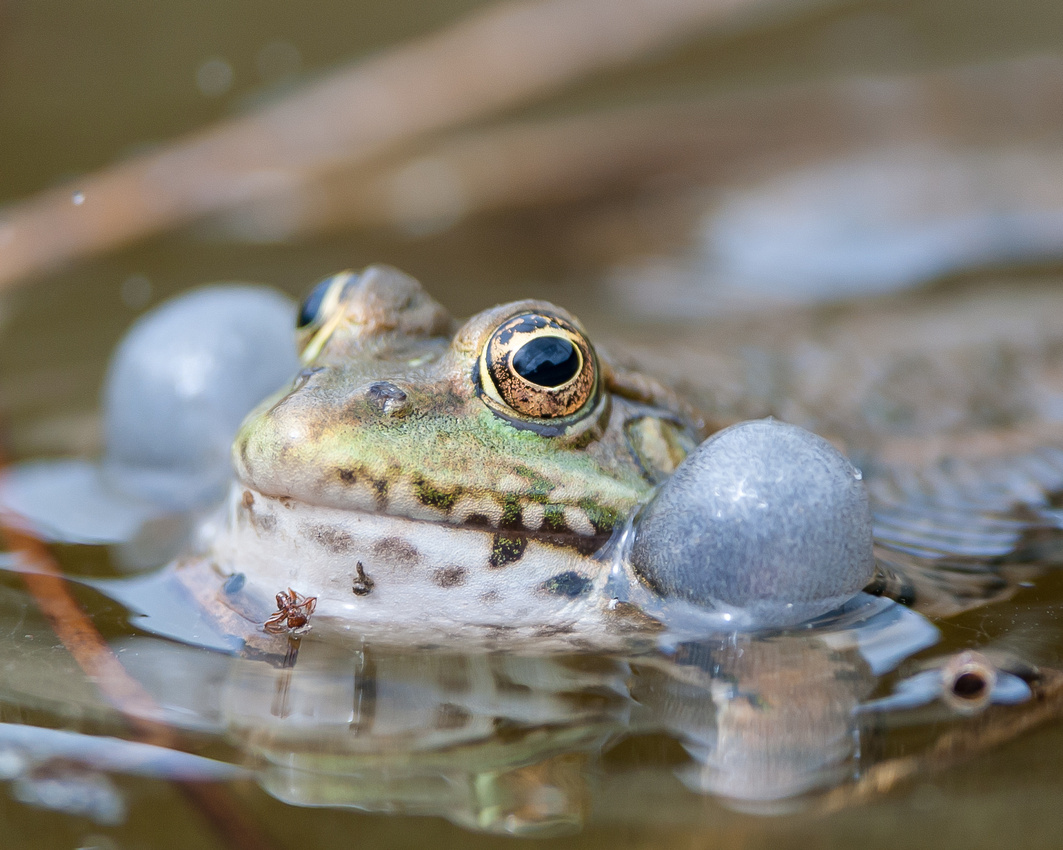 Marsh frog at the British wildlife centre, Surrey.
Marsh frog at the British wildlife centre, Surrey.
 Majestic red deer stags taking a well earned rest after the 'rutting season'
Majestic red deer stags taking a well earned rest after the 'rutting season'
For next month I have taken a well earned rest off from work. I will be heading to my native Lancashire to visit family then hopefully spend a few days on the East side of the country ending up somewhere near The Wash in Norfolk. I've never been there and it is a mecca for wildlife especially during the Autumn migration. I am hoping to visit Blakeney National Nature Reserve where thousands of grey seals can be seen on the beaches. A first for me. Also I have a day booked at the English School of Falconry near Bedford where I will be photographing different birds of prey with Autumnal backdrops.
That's about it for now folks. I hope you have enjoyed reading my latest photographic exploits.
Please continue to upload your photographs to my Photo's Page. There are some great photographs being posted.
More of my images can be viewed on my flickr page.
Steve
Considering we've had all weathers this past month I've managed to be very busy with the photography. It's not just the wildlife but quite a few motorsport events and a Victorian weekend were I managed to photograph real life people which I thoroughly enjoyed. Portraiture is not my strong point but I'm learning. The people I were photographing were the Ragged Victorians who are used to having cameras pointed at them and knew all the poses. They visit various places and re-enact the Victorian era. Great fun!
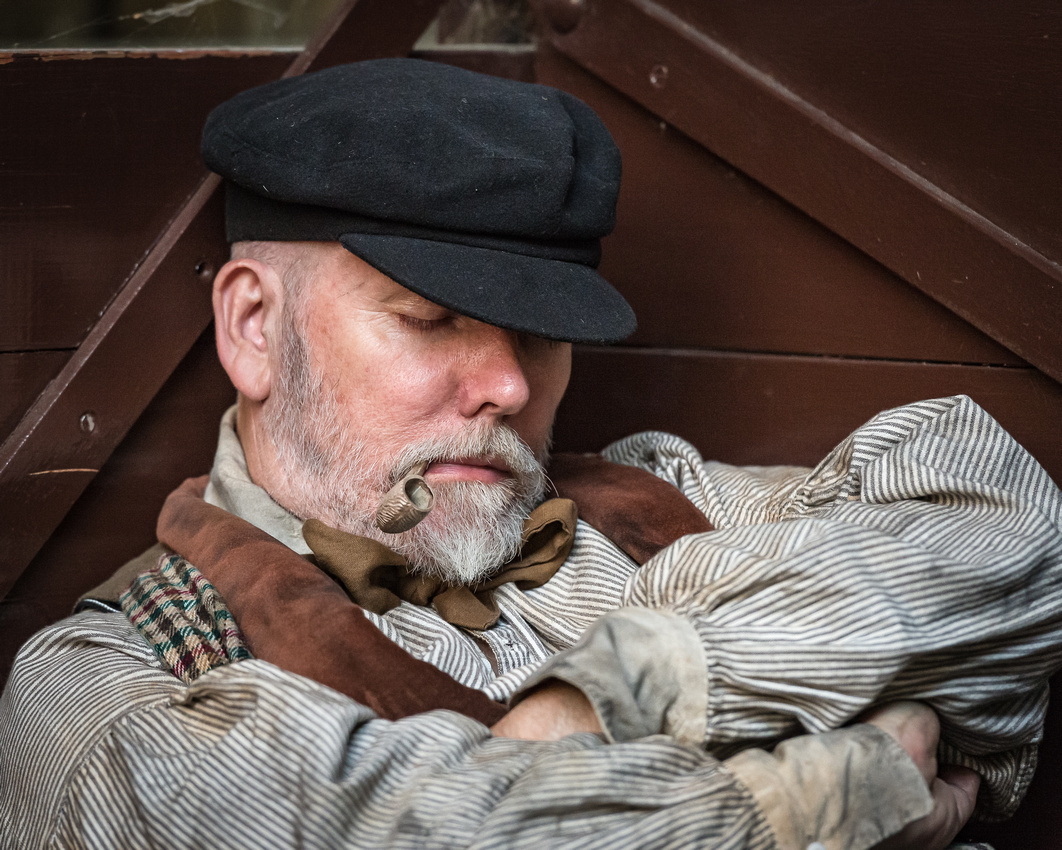 'Ragged Victorian' at Didcot Railway, Oxon.
'Ragged Victorian' at Didcot Railway, Oxon.
I managed to visit Santa Pod Raceway on two consecutive weekends for the Euro Finals & Hot Rod drags. This is my final visit to 'The Pod' this year but looking forward to next season when I'm hoping to me on the media team enabling me to be at the trackside. Fingers crossed.
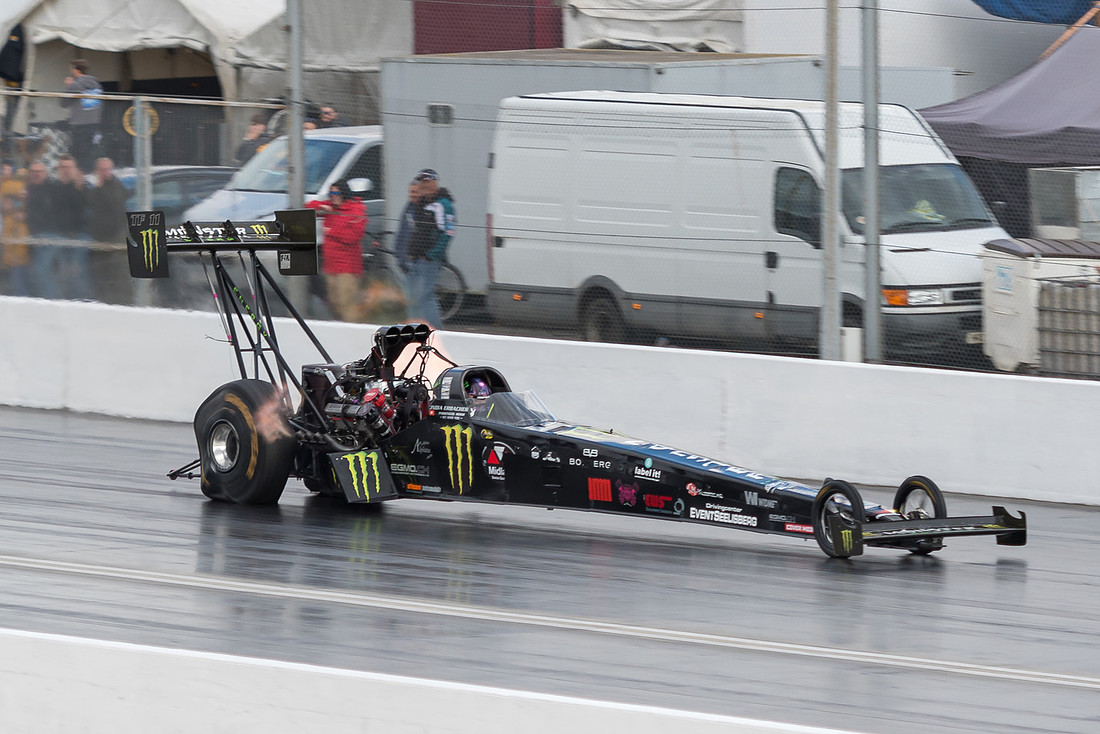 Top Fuel Dragster approaching 300mph +!! Santa Pod.
Top Fuel Dragster approaching 300mph +!! Santa Pod.
The above shot of the dragster shows what 10000 horsepower does to the car. The wings at the front and back keep the wheels down. Note the tyre distortion and bow in the chassis as the car approaches 300mph in less than 4 seconds. The flames from the exhaust is burnt nitromethane which they can use around 25 gallons a minute on full throttle!! Awesome machines.
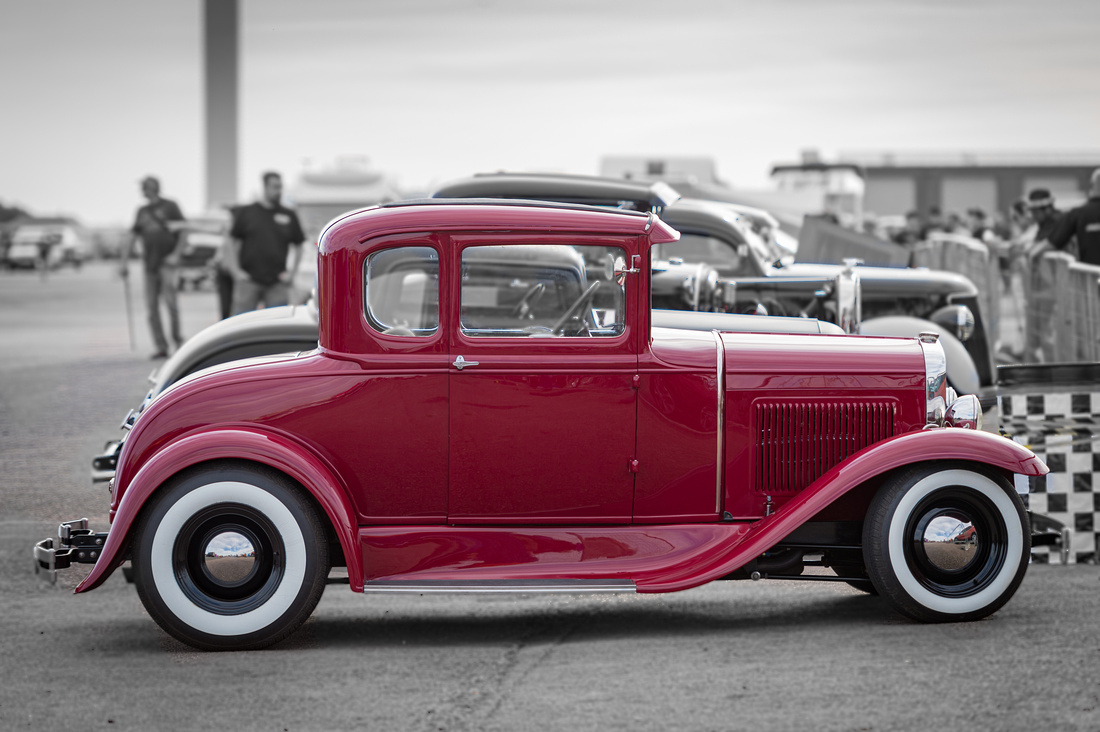
1930 Ford Model A
The above car belongs to a friend of mine who I work with. He drove it to Santa Pod, raced it down the dragstrip then drove home! A stunning looking hotrod.
September was a quiet month on the wildlife front. It's a case of calm before the storm. October is when birds will arrive from the North to warmer climates such as the UK and Europe. The deer should be getting ready to 'rut' when the temperatures drop. I visited Bushy and Richmond Parks to see some of the stags practising their 'bellowing' and sparring then they led down for a nap! I'll try again Mid-October. At quite times like this zoo's and animal sanctuaries are great to visit for a wildlife fix. The British wildlife centre is one of my favourite places as you may have guessed with such a varied range of species in 'natural' surroundings.
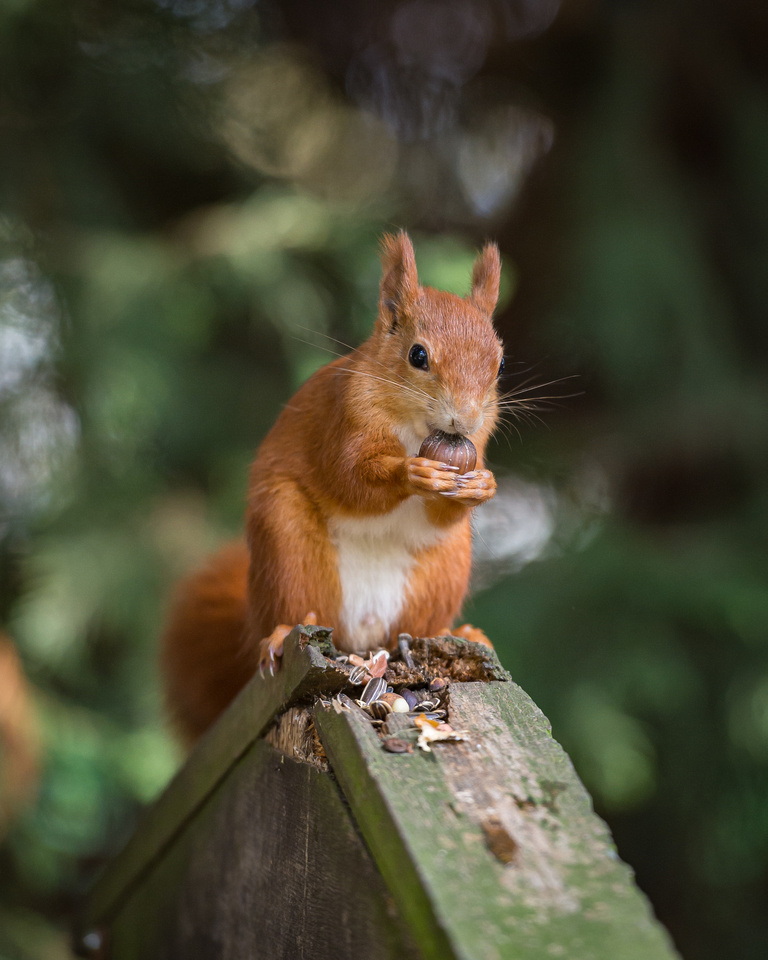
Red squirrels are always obliging at the British wildlife centre.
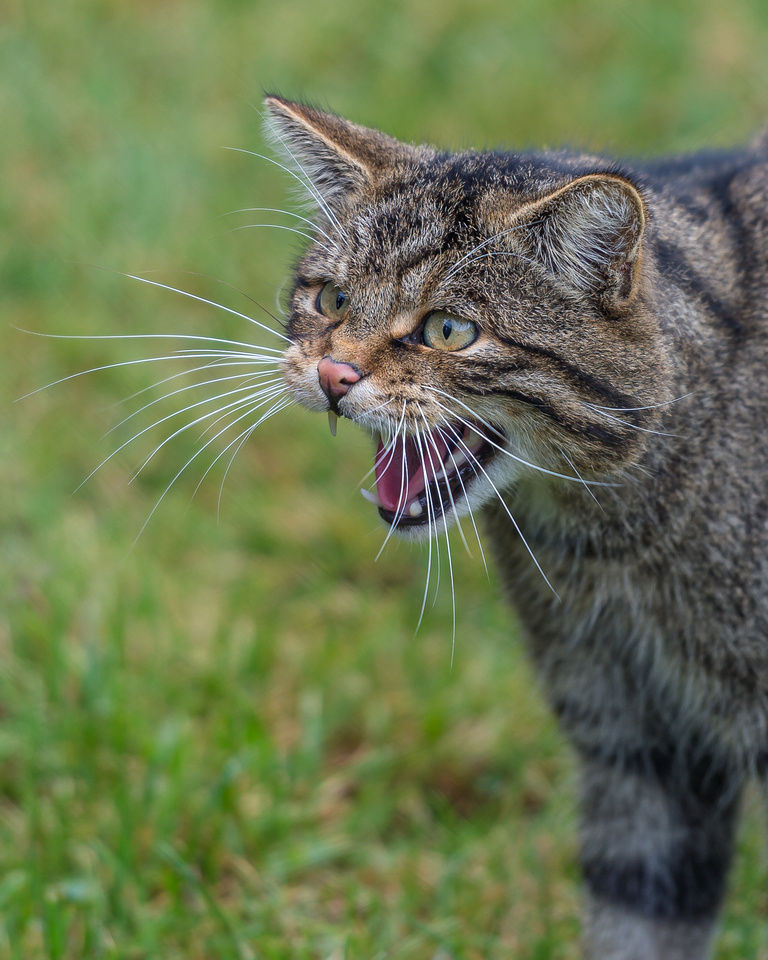
...the Scottish wildcats are not very friendly though!
On the last weekend of September I made a flying visit to my native Lancashire and visited Pennington Flash and Martin mere wetlands reserve with my father. The last time I visited Martin mere with my dad was around 1972! This was what got me interested in photography and wildlife. My dad loved his photography and I spent many an hour watching him develop his black and white films in a darkened kitchen where we used to live!
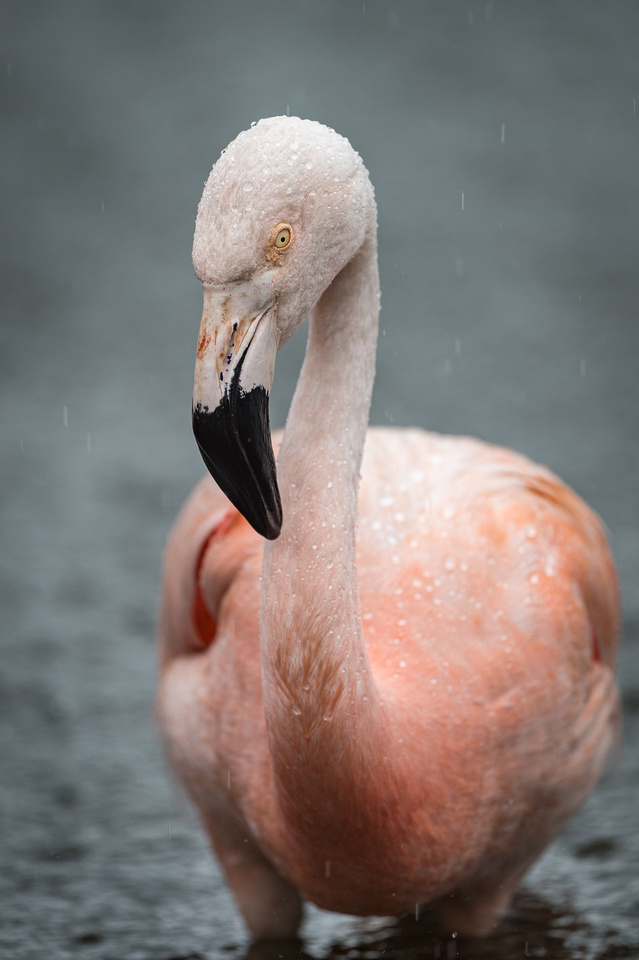
Flamingo from a soggy visit to Martin mere, Lancashire.
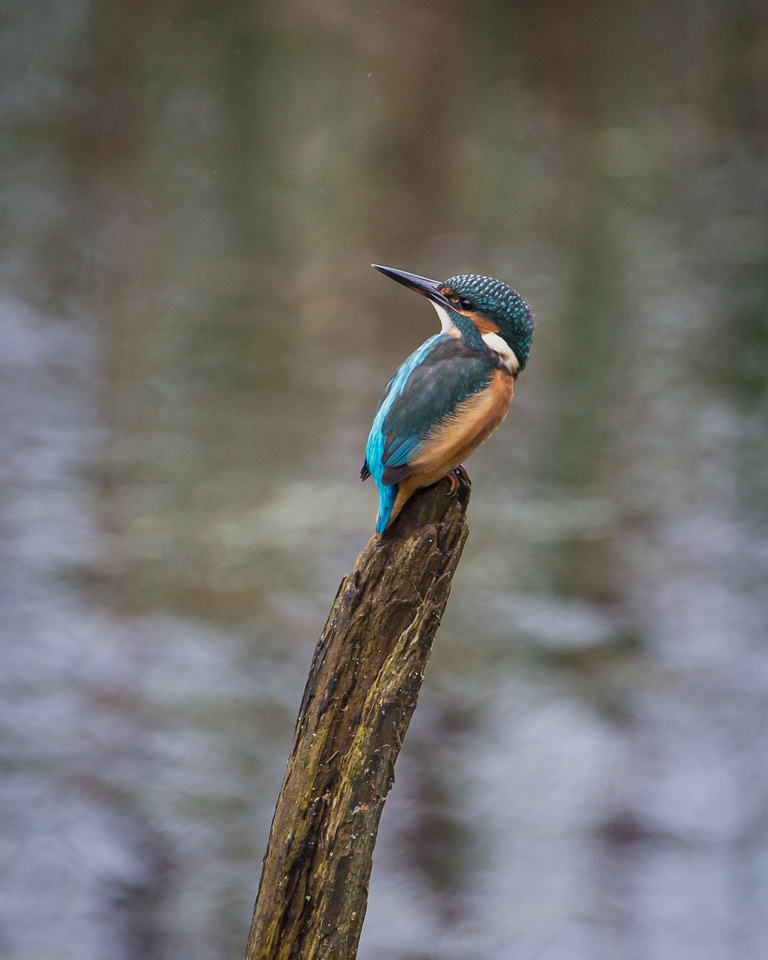
Kingfisher at Pennington Flash, Lancashire.
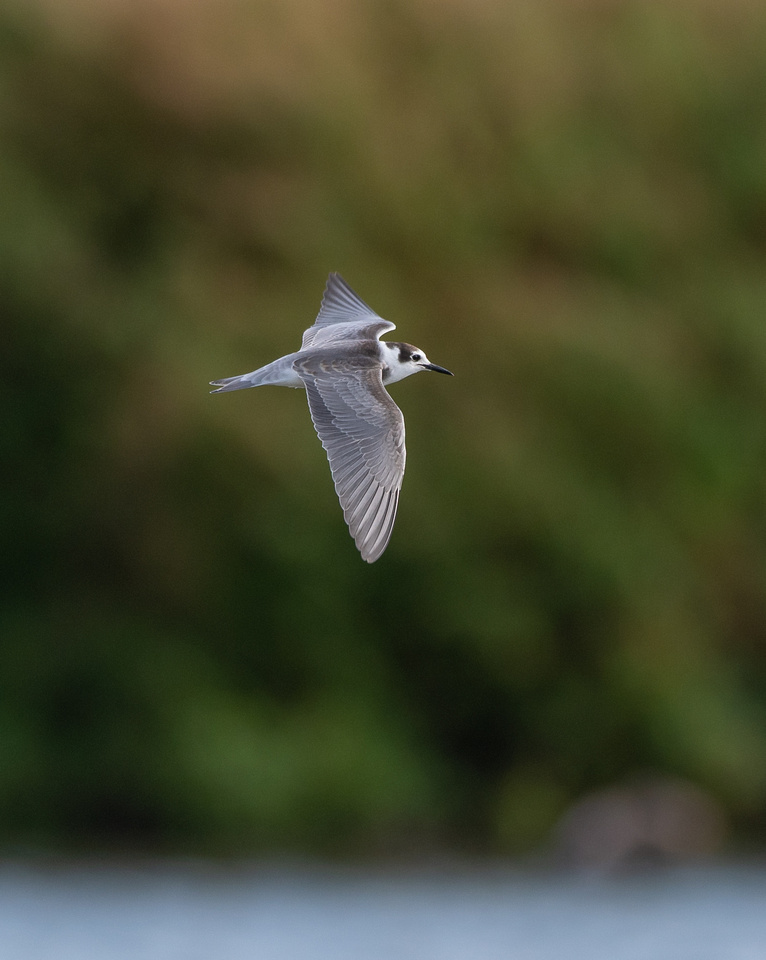
Black tern at WWT Slimbridge. A first for me photographing this rarebird.
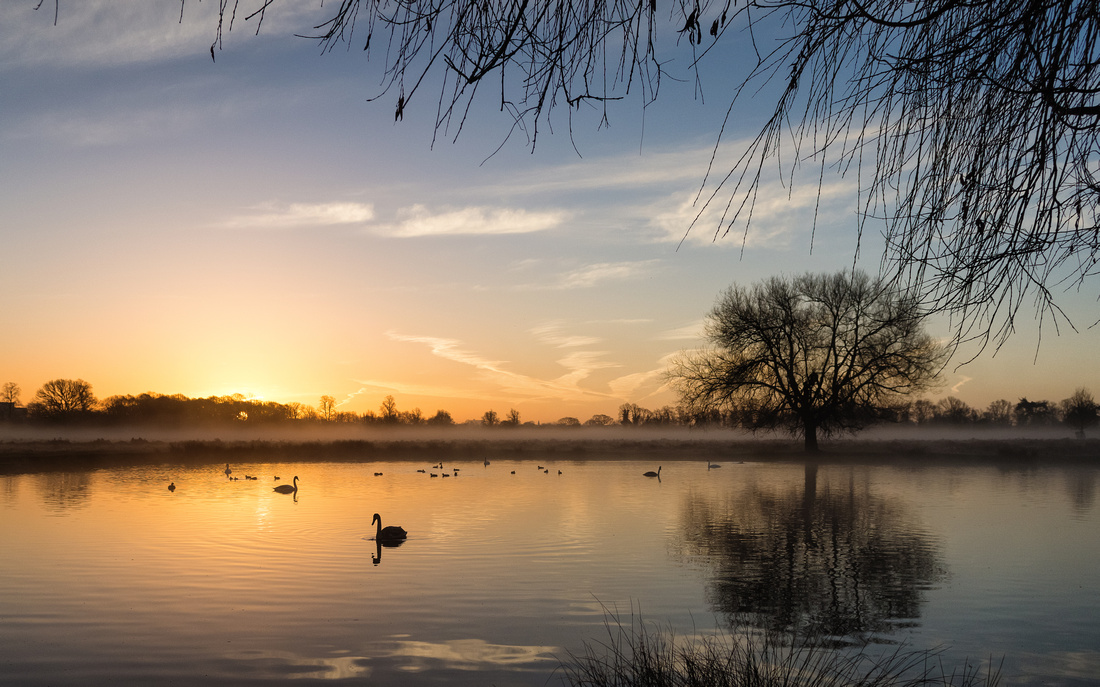 Sunrise in Bushy Park, London.
Sunrise in Bushy Park, London.
As for October I'm still waiting for Autumn to kick in so I can do some 'Fungi foraging' and photograph some Autumn colours and landscapes, and of course the annual deer rut. A spectacle well worth witnessing. Look up on Google for any local parks etc which have herds of deer. There are a few dotted up and down the UK.
That's about it for now folks. I hope you have enjoyed reading my latest photographic exploits.
Please continue to upload your photographs to my Photo's Page. There are some great photographs being posted.
More of my images can be viewed on my flickr page.
Steve
Welcome to my latest riveting account of my photographic exploits during August!
The wildlife lately has become very quiet, not much to be heard or seen. On the run up to Autumn some birds especially the Summer visitors will be feeding up and getting ready for their migration South to warmer climates. Also birds North of the UK will be starting their journey South with many wintering here in the UK. Autumn is a great time of the year for photography with misty mornings and Autumnal colours which I am looking forward to.
 Sand martins will be headed South soon for some Winter sun.
Sand martins will be headed South soon for some Winter sun.
As the wildlife was a bit thin on the ground during August I spent sometime at the British wildlife centre, the hawk conservancy trust and a photographic evening at Herrings Farm, Bedfordshire. The photographic evening was something new for me. It gave the photographers a chance to get up close to birds of prey not normally accessible to the general public. Also photograph the birds in flight at sunset. A highly recommended way to get some great shots.
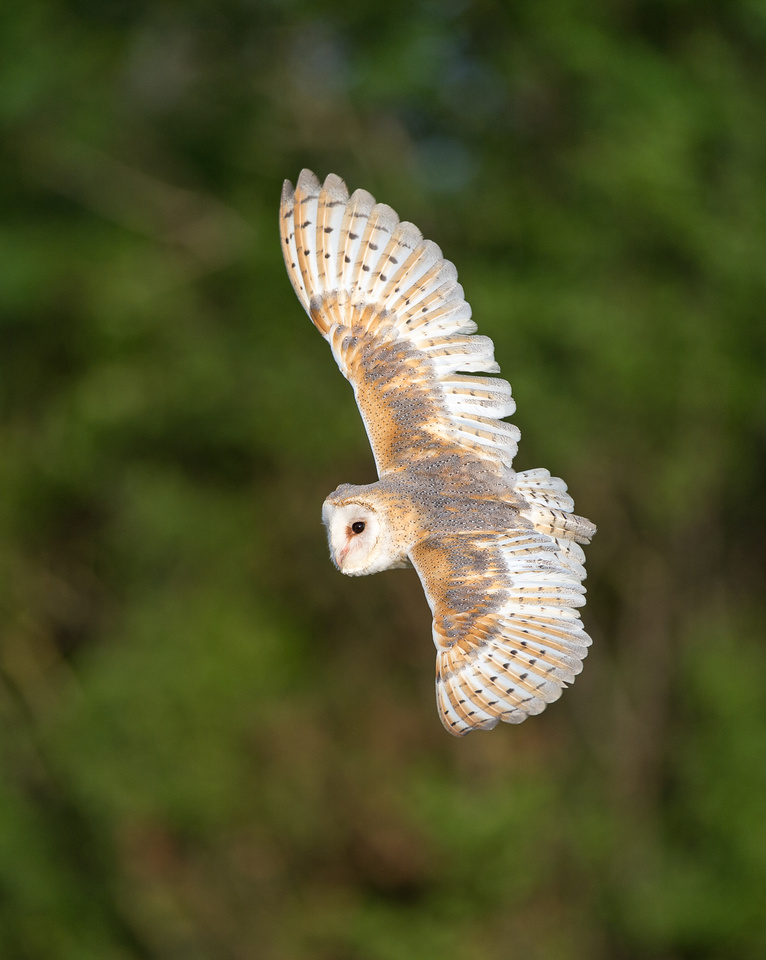
Barn owl at Herring's Farm School of Falconry.
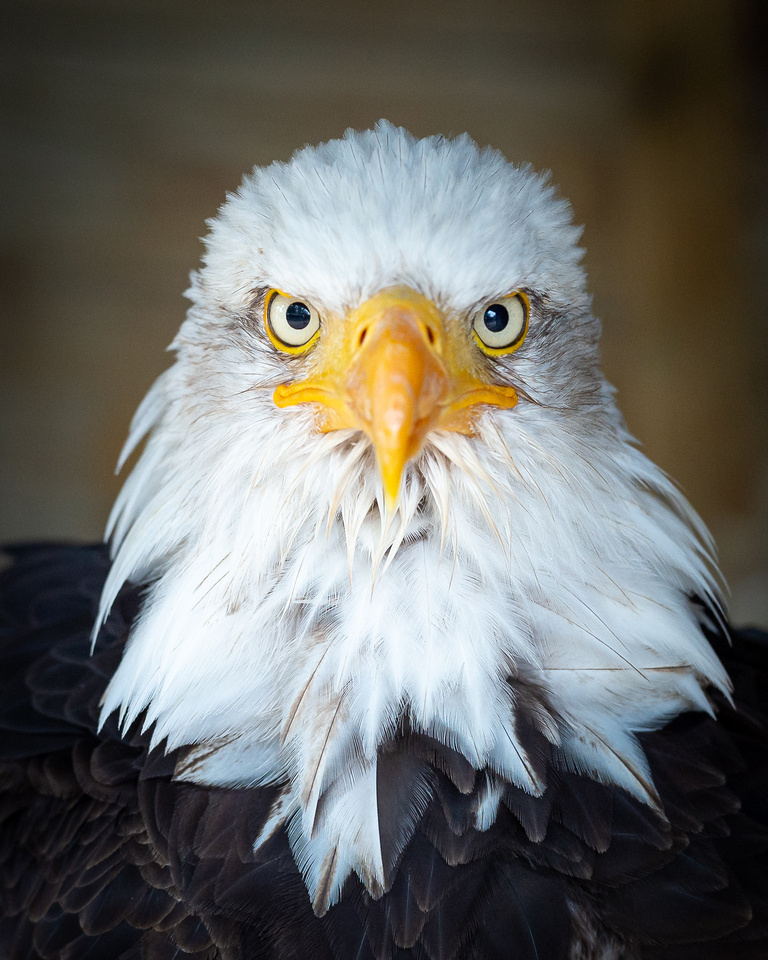
Up close and personal to a Bald eagle, Herring's Farm.
As many of you know I can't resist a visit to the British wildlife centre (BWC) in deepest darkest Surrey. My main purpose for this visit was to see the Water voles. A very rare animal to see in the wild and thanks to places like the BWC who run breeding programmes we could start to see them more often.
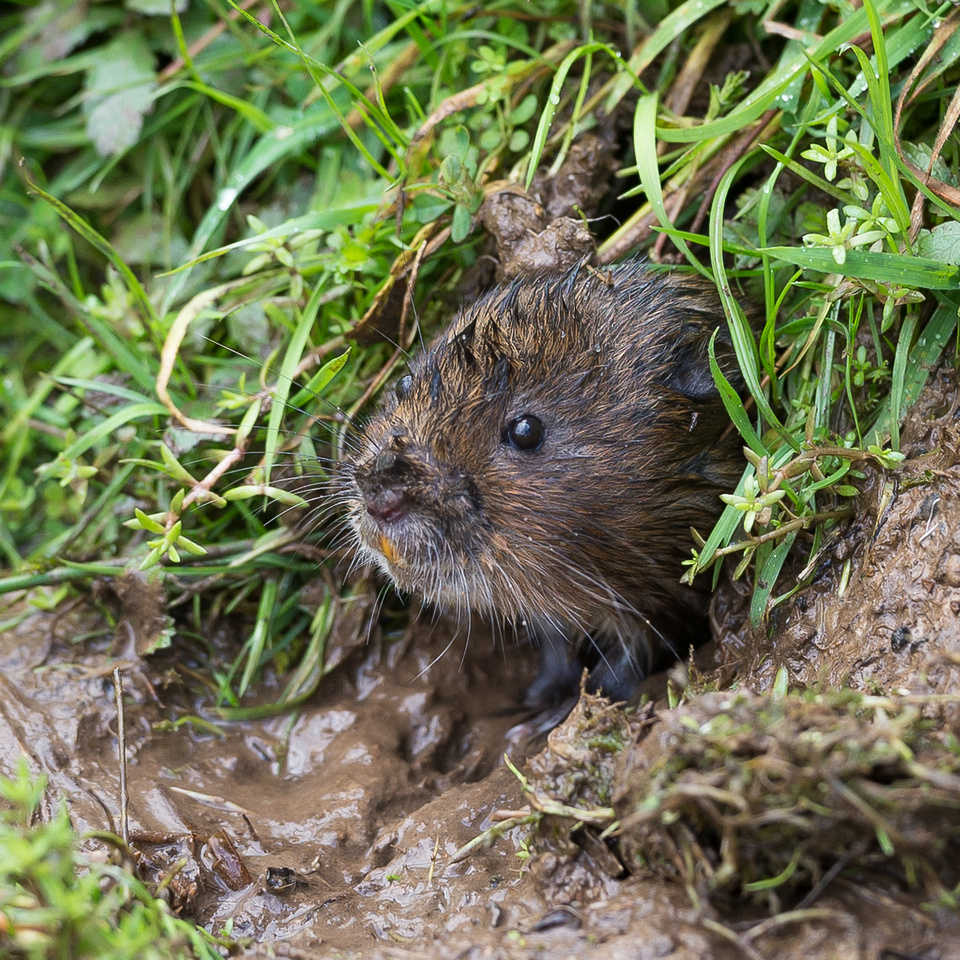
Water vole at the British wildlife centre, Surrey.
During my visit it absolutely poured down but I was cowering under a leaking umbrella and managed to get some great shots of the juvenile voles. Success! I always get some decent shots when the weather is bad. It doesn't bother the wildlife or me to be honest.
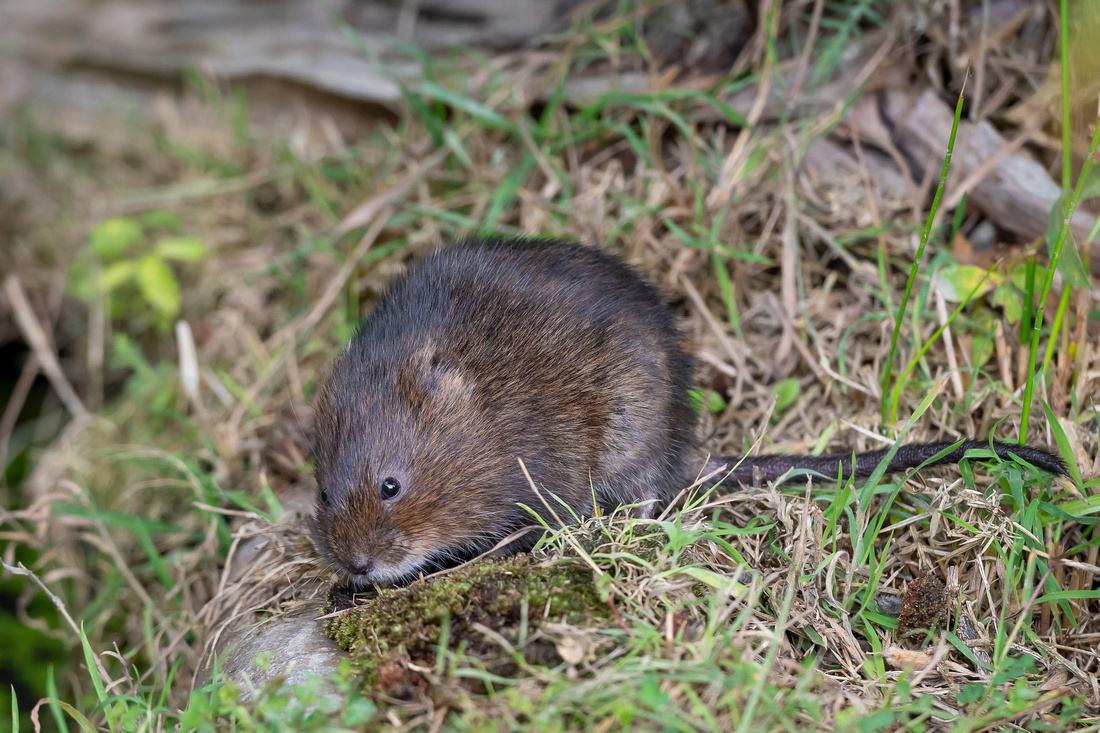 Water vole at the BWC.
Water vole at the BWC.
At the start of the month I had my monthly motorsport fix at the 26th Mopar Nationals at Santa Pod Raceway. This event mainly focuses on Mopar cars (Plymouth, Dodge & Chrysler). Some great racing as always and the weather was on its best behaviour this time!
 Plymouth Superbird at the Mopar Nationals, Santa Pod Raceway.
Plymouth Superbird at the Mopar Nationals, Santa Pod Raceway.
Bank holiday Monday saw me at the hawk conservancy trust near Andover. It has some great bird of prey displays and also a great day out. Also they sell great cake in the cafe! At times they will fly several birds at once. Its a case of where do I point my lens!
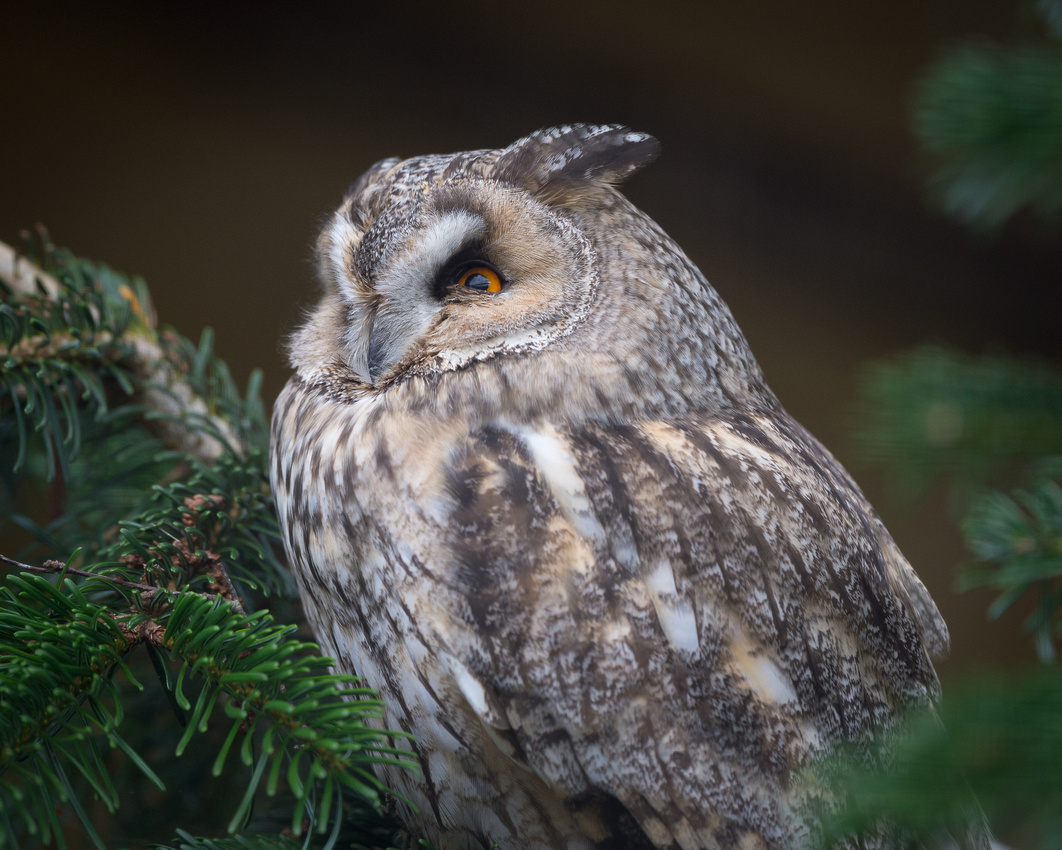 Long eared owl at the Hawk conservancy, Wiltshire.
Long eared owl at the Hawk conservancy, Wiltshire.
Over the August Bank holiday weekend I made a flying visit to see family and called at Pennington Flash on the way up. Didn't manage to get stuck in Bank holiday traffic either! The usual suspects were there but I was after the kingfishers but all I saw was the 'back ends' as they flew off into the distance. Very frustrating! Never mind the grey herons were showing their balancing skills off on the fence posts!!
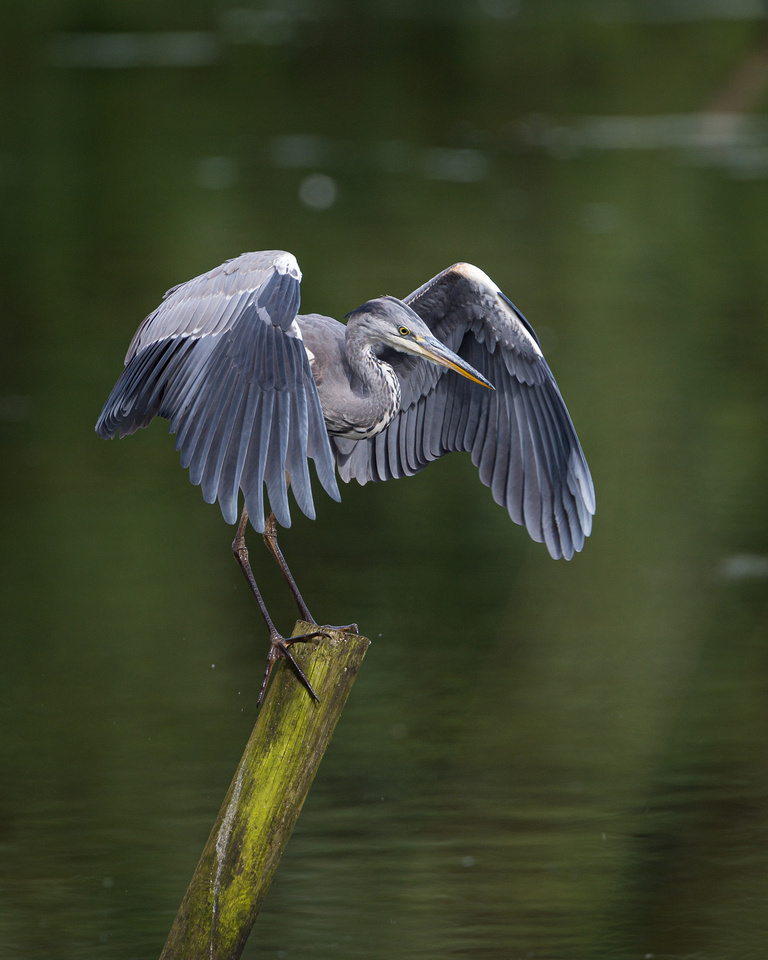
Grey heron trying to balance! Pennington Flash, Leigh, Lancashire.
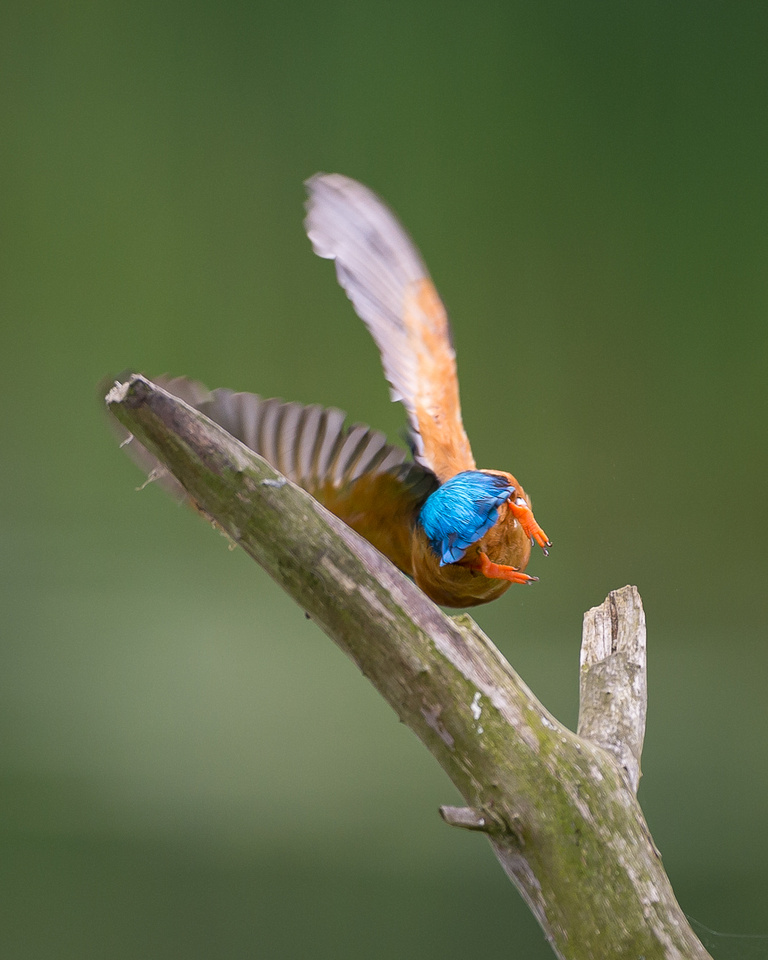
Back end of a kingfisher!
As Autumn is just around the corner there will be hopefully some new things to photograph. Now I have a macro lens I hope to shoot some fungi and try some landscape photography of misty sunrises from some high vantage points in the Chiltern hills close to where I live. At the end of September I will be making several visits to Bushy and Richmond parks near London for the annual deer rut.
That's about it for now folks. I hope you have enjoyed reading my latest photographic exploits.
Please continue to upload your photographs to my Photo's Page. There are some great photographs being posted.
More of my images can be viewed on my flickr page.
Steve
Welcome to my latest blog for the month of July. Another busy month for photography trying out new locations. Whenever I'm out and about with the camera you get to speak to likewise individuals who recommend places they've visited so I've got an ever growing list of places to visit!
A place I normally visit in late Autumn and Winter is Bushy park on the outskirts of West London. I paid a couple of early morning visits there in July to see if anything was about. The red/fallow deer had produced young deer (fawns) which are great to see. Normally when I visit during the deer rut (Sept-Oct) is it packed with togs trying to get shots of the deer. This time I had the place virtually to myself!
 Red deer with suckling fawn, Bushy park.
Red deer with suckling fawn, Bushy park.
It's not only the deer that roam the park but the birdlife is plentiful with some Summer visitors such as Common terns and the swifts,swallows & house/sand martins. There were Egyptian goslings and other wildfowl fledglings. It is definitely a place worth visiting all year round.
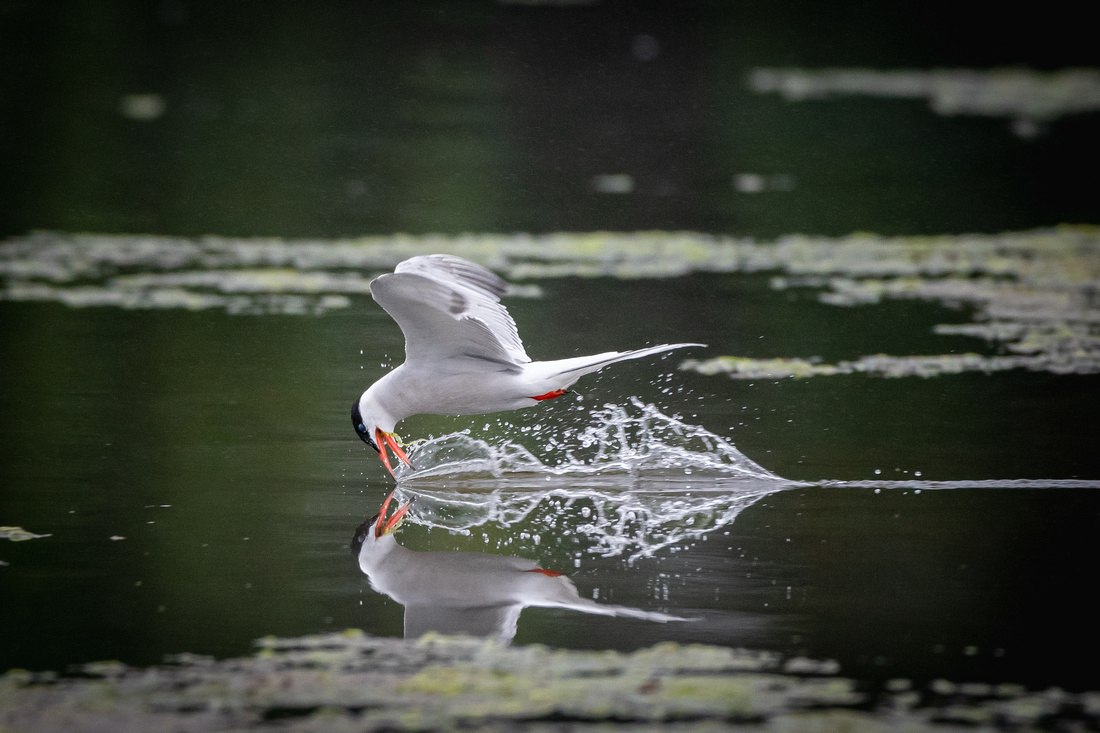 A lucky shot of a Common tern fishing, Bushy park.
A lucky shot of a Common tern fishing, Bushy park.
A place I'd heard about a few times over the years is Warnham nature reserve in West Sussex. It is basically an old mill pond which has been turned into a great nature reserve....and it's only £2 per visit! I got a yearly membership which was only £12 to visit as many times as you like within the year. Bargain! Beside the mill pond there are meadows, woodland and a feeding station. A brilliant well managed reserve.
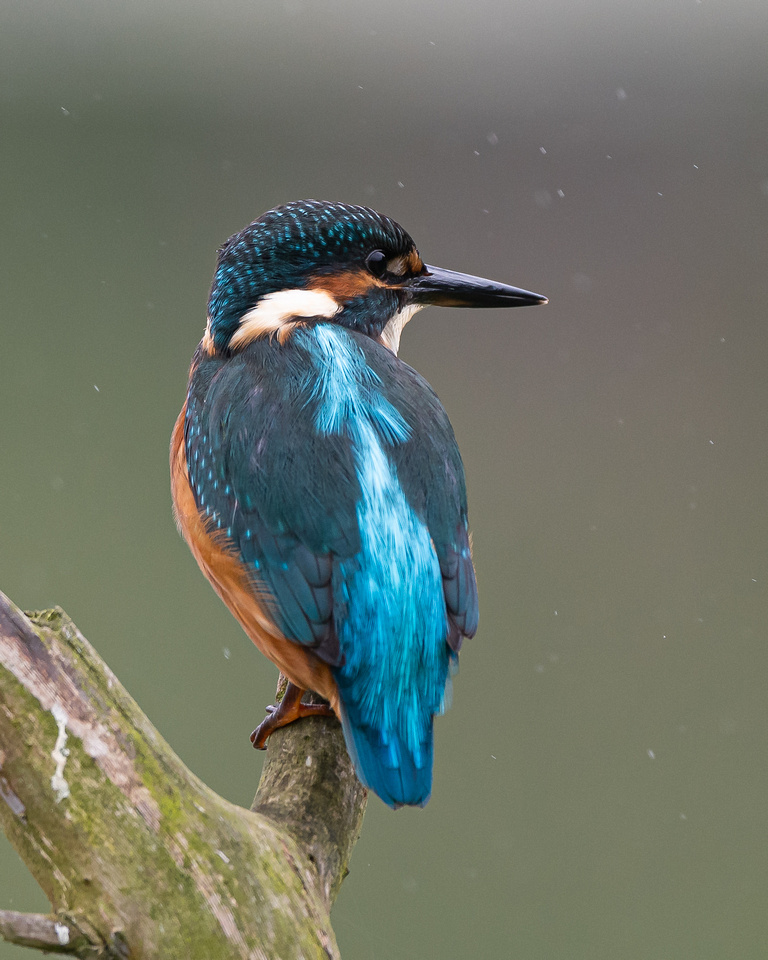
Juvenile kingfisher at Warnham, West Sussex.
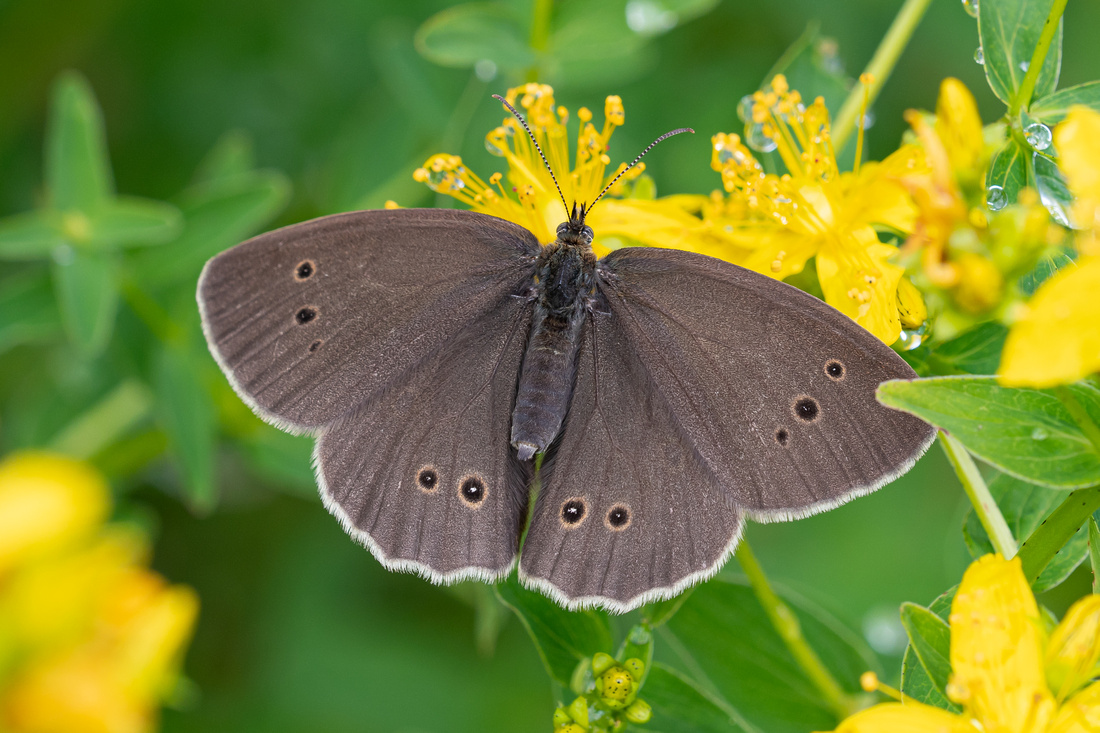 Ringlet butterfly at Warnham, West Sussex.
Ringlet butterfly at Warnham, West Sussex.
Quite a few reserves were I live in the Oxfordshire area have nature reserves/bird hides that need a key to access. Due to the increasing amount of vandalism which I have witnessed at various places I've visited, personally I think this is a great idea. You apply and pay for the key (only around £15) and that's it. You can visit whenever you like knowing that it wont have been trashed! On such place West of Oxford is Standlake in the Lower Windrush valley. I visit quite regular now and see some great wildlife in peaceful surroundings. The same key will access other hides that are located in the valley.
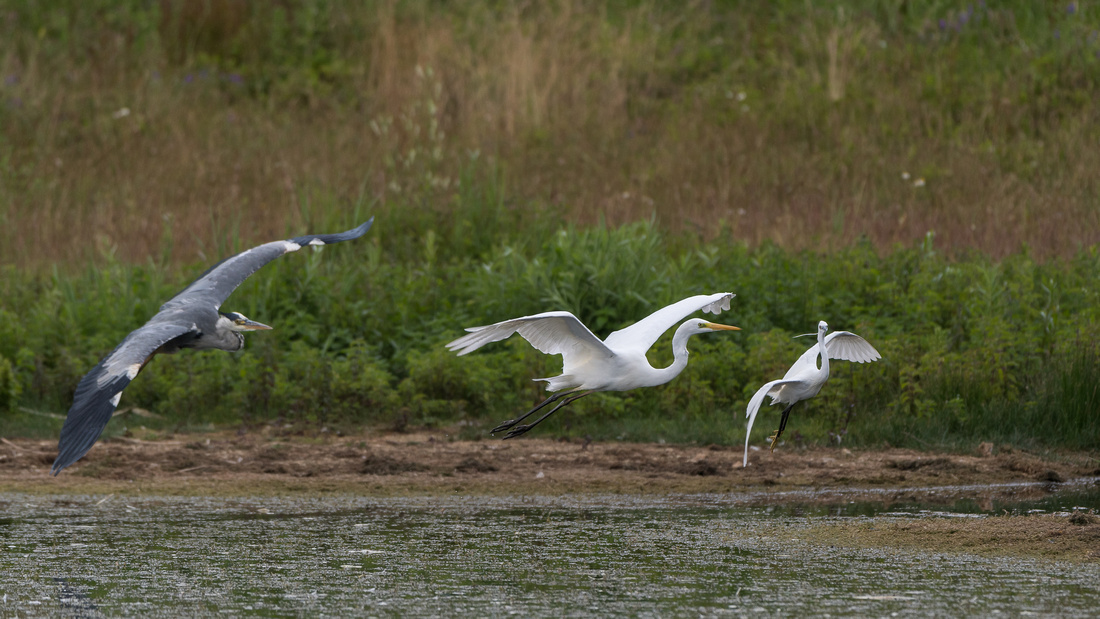 Grey heron, great egret & little egret at Standlake. Another lucky shot!!
Grey heron, great egret & little egret at Standlake. Another lucky shot!!
I actually spotted my first badger in broad daylight (normally nocturnal) at Standlake and the wily old fox is a regular visitor.
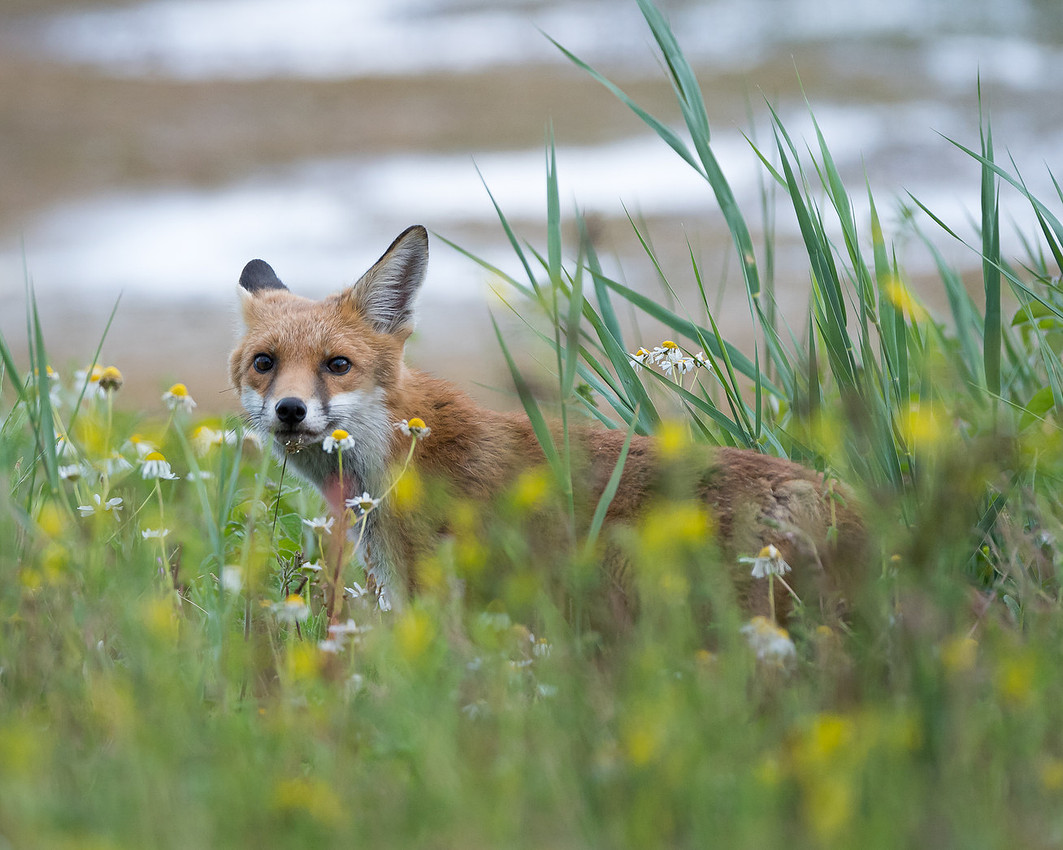 Red fox which spotted me at Standlake, Oxfordshire.
Red fox which spotted me at Standlake, Oxfordshire.
I also visited my regular haunts of Otmoor and Farmoor but there isn't much birdlife around at the moment. Perhaps they are on holiday!
There are plenty of insects at these places which have taken a liking to my legs. I must put insect repellent on my shopping list!
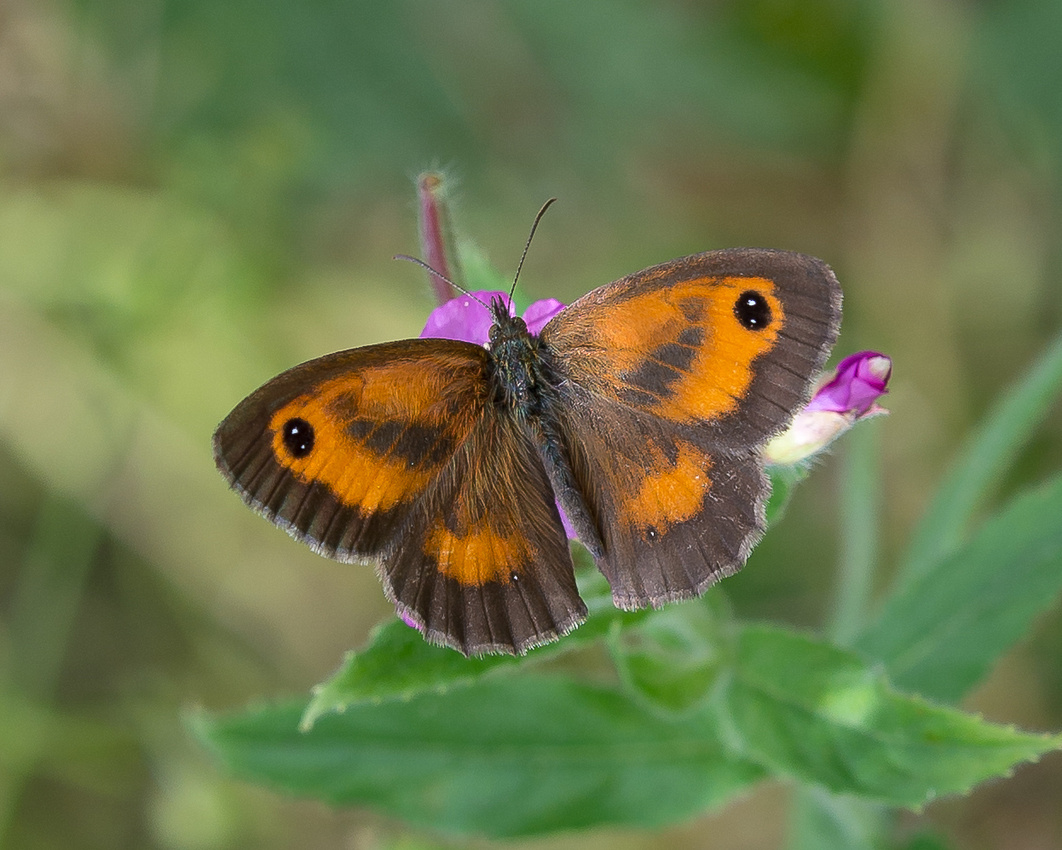 Gatekeeper butterfly at RSPB Otmoor, Oxon.
Gatekeeper butterfly at RSPB Otmoor, Oxon.
I spent a day at Santa pod raceway watching/photographing the drag racing. The weather was a typical British Summer's day with rain first thing that temporarily halted racing then the sun eventually came out. It's not ideal to race using large slick tyres in the wet!
 Nostalgia nitro funny car warming up the rear tyres at Santa pod, Bedfordshire.
Nostalgia nitro funny car warming up the rear tyres at Santa pod, Bedfordshire.
One of my favourite places is the Hawk conservancy trust in Wiltshire. You can get up close and personal to various birds of prey and watch three very different flying displays. They fly several birds at once of different species which is a great spectacle. Of all the birds in the world, the birds of prey are my favourite. This coming weekend (Aug 3rd) I am visiting a School of falconry not far from were I live. The visit which will be a first for me is an after hours event when the general public have gone home. This enables shots of the birds in natural surroundings without jesses (leather straps) on their feet. I'm looking forward to this and just hope the weather plays ball!
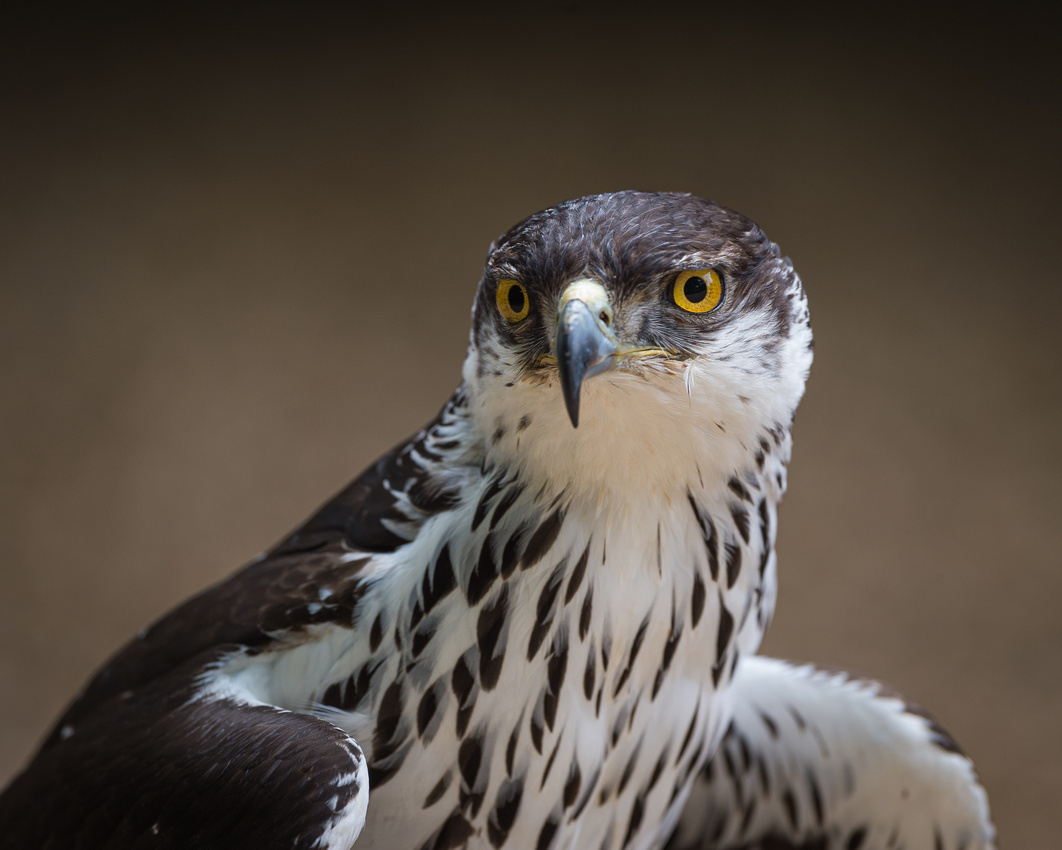 'Warrior' the African hawk eagle at the Hawk conservancy, Wiltshire.
'Warrior' the African hawk eagle at the Hawk conservancy, Wiltshire.
Since moving to Oxfordshire I don't get to visit Slimbridge wetlands centre in Gloucestershire as often as I'd like. So last Sunday (28th July) I made a point of visiting. I arrived at 8AM when WWT members can access the grounds (normally 9.30AM). I managed to get some good shots of some visiting Summer migrants such as the wading birds and there were plenty of fledglings about. The trouble with this time of year is the plant-life grows so quick obscuring the wildlife. You can hear the birds twittering away but you can't see them! If you wait long enough they may show themselves!
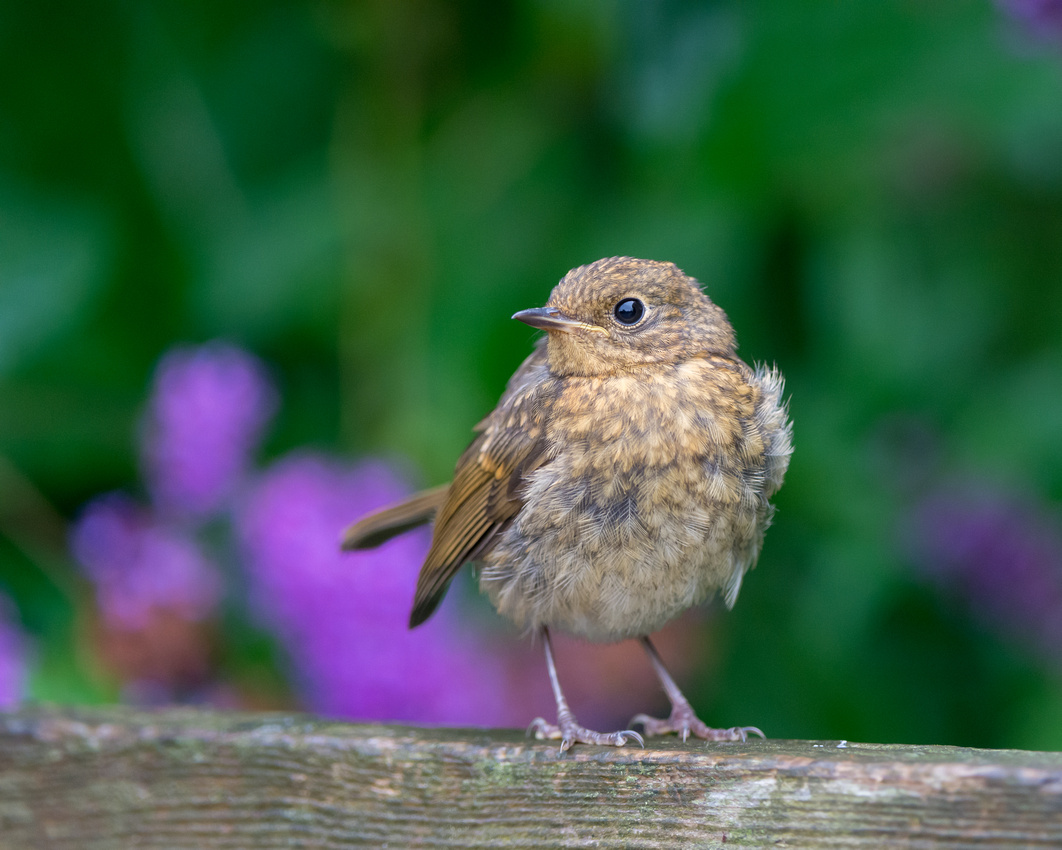 Juvenile robin
Juvenile robin
That's about it for now folks. I hope you have enjoyed reading my latest photographic exploits. I'm still trying to get to grips with the technical aspects of macro photography which can be quite frustrating at times. Hopefully I'll have some close up photography to show you all next month.
Please continue to upload your photographs to my Photo's Page. There are some great photographs being posted.
More of my images can be viewed on my flickr page.
Steve
Welcome to my written account of what I have been up to during the month of June. It has been a hectic month with quite a few miles covered and some fantastic locations visited. I've spent the first couple of weeks local and having a try at macro (close-up) photography with the insects that have eaten me alive! I've also been keeping my eye on the great-crested grebe family at Tring reservoir. I managed a visit to Santa Pod...again! Also spent a week up North visiting family and visiting some paces on my 'bucket list'. More on that later.
Macro photography is something new to me so went out with my trusty macro lens to photograph the local insects. There are quite a few meadows around Oxfordshire/Buckinghamshire which are great for butterflies and other bitey creatures.
 Common blue butterfly
Common blue butterfly

Roesel's bush-cricket at Whitecross Green Wood, Oxfordshire
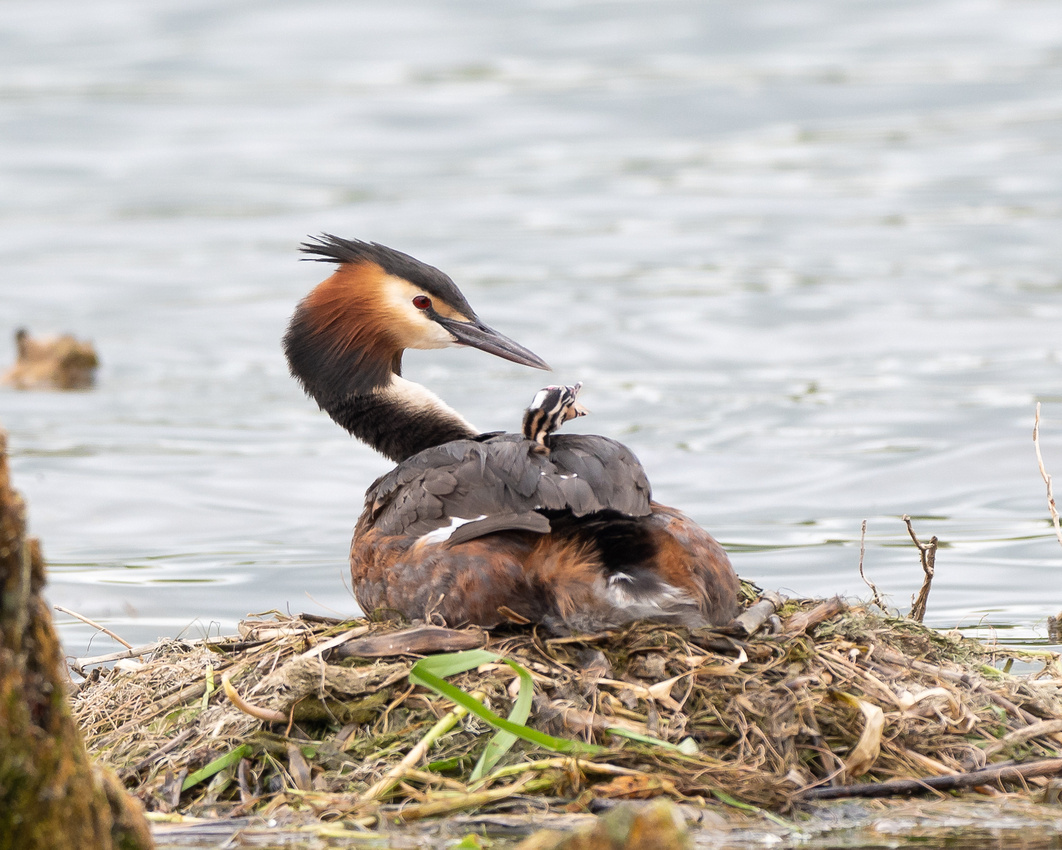 Great-crested grebe with junior shouting to the World! Tring reservoir
Great-crested grebe with junior shouting to the World! Tring reservoir
The great-crested grebe family is still at one youngster and two unhatched eggs.
A place I haven't visited for a while is the Hawk conservancy trust near Andover, Wiltshire. It has some of the best Bird of prey displays I have ever seen and fly up to half a dozen birds at once from eagles, vultures, kites and my favourites the owls. Another place well worth visiting.
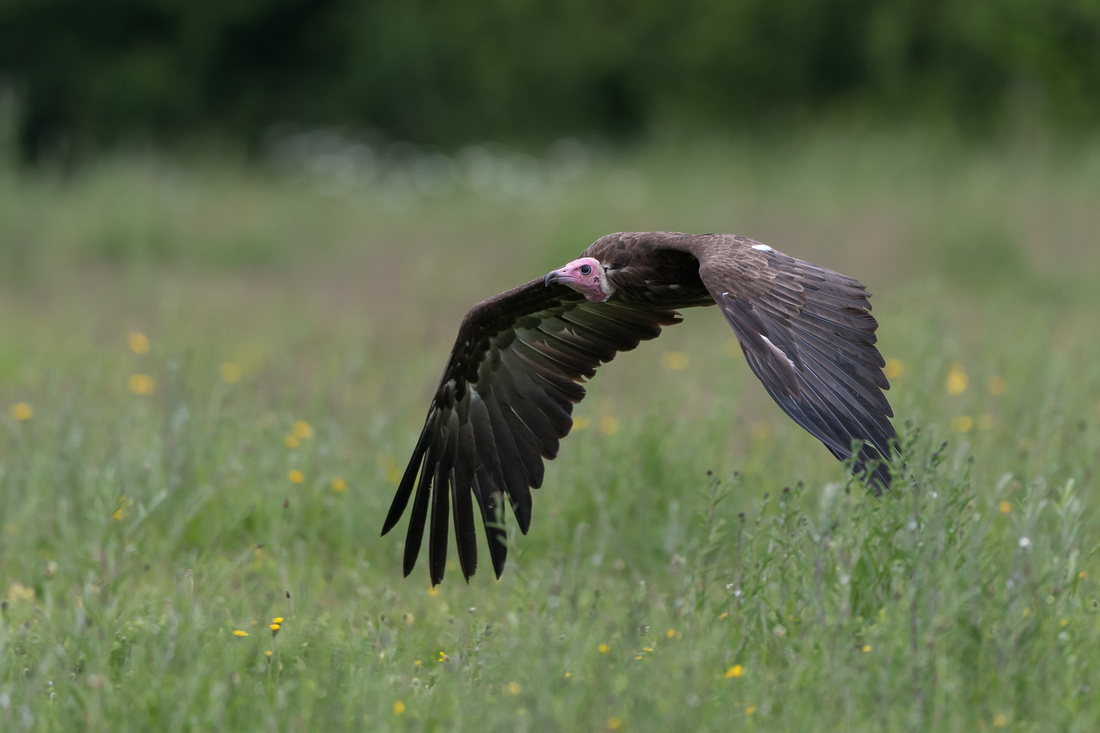 Hooded vulture at the Hawk conservancy trust, Andover.
Hooded vulture at the Hawk conservancy trust, Andover.
 Common kestrel
Common kestrel
I know most people who read my blog prefer the wildlife photography to my love of motorsport but I'm going to sneak a car shot in! LOL!!
 Outlaw Anglia racing at Santa Pod Raceway, Bedfordshire.
Outlaw Anglia racing at Santa Pod Raceway, Bedfordshire.
Now to my recent few days spent in the North of England. The best till last!
Just off the M6 motorway in South Lancashire I visited Pennington Flash. It can get rather busy with visitors but there is a quiet corner which the wildlife thrives. When I was living in Lancashire I never visited this place for some strange reason. I wish I had.

Juvenile kingfisher preening at Pennington Flash
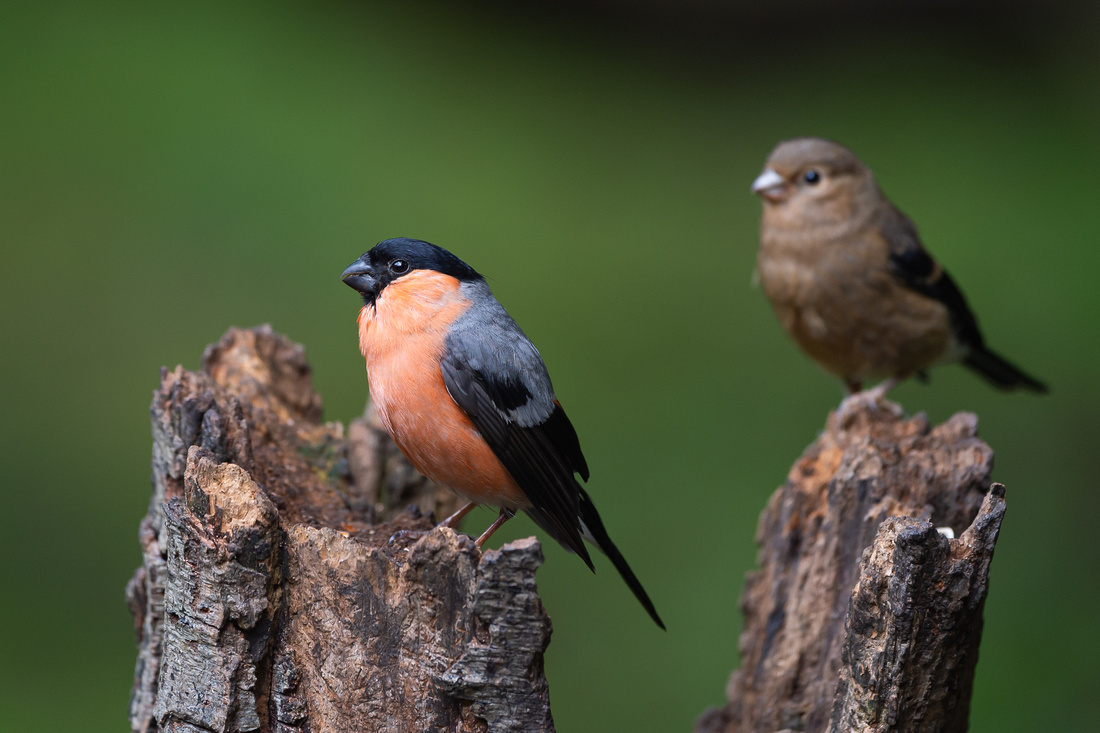 Common bullfinches (junior watching dad in the background!), Pennington Flash
Common bullfinches (junior watching dad in the background!), Pennington Flash
Another place to visit in May and June is Preston Marina. It was the old Preston docks which have been redeveloped and an area has been made for the migrating common terns which breed there every year. There were around a hundred birds with quite a lot of young birds on my visit. The birds are quite used to people and will land a short distance from you.
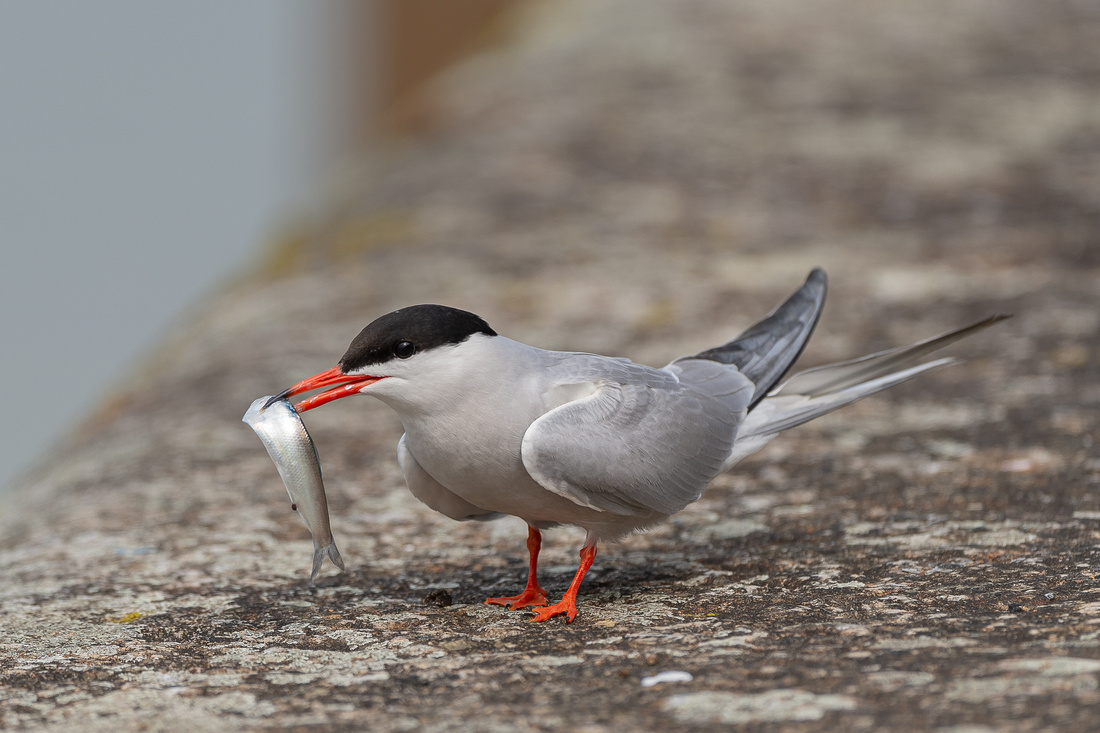 Common tern at Preston Marina, Lancashire.
Common tern at Preston Marina, Lancashire.
One of my main reasons for visiting the North was to meet up with my family. My dad loves the Yorkshire Dales so we arranged a trip there on a steam train. A brilliant day out with the family. I didn't take many pics but I took one of the engine.
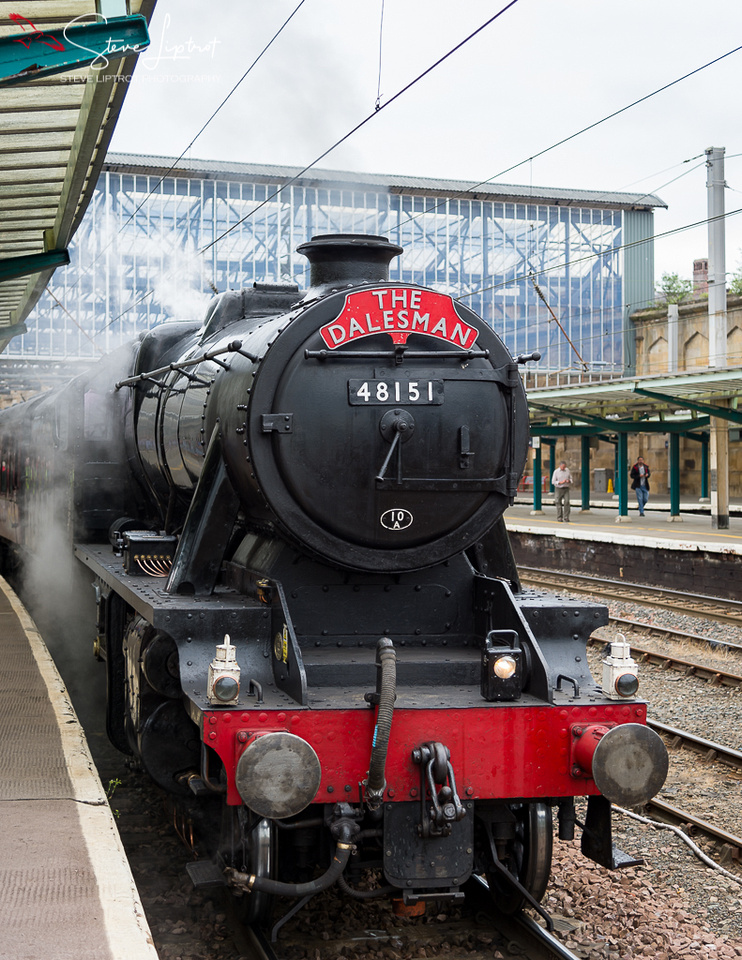
The Dalesman ready to travel the Settle-Carlisle Railway line
A place I have not visited for many years is the RSPB reserve at Bempton Cliffs on the East Yorkshie coast. It is home to one of the UK's top wildlife spectacles. Around half a million seabirds gather here between March and October to raise a family on towering chalk cliffs which overlook the North Sea. It was a case of where do I point my lens! I spent two days there. Next year I will stay for a few more days and book a boat trip to watch the gannets diving into the sea for fish.
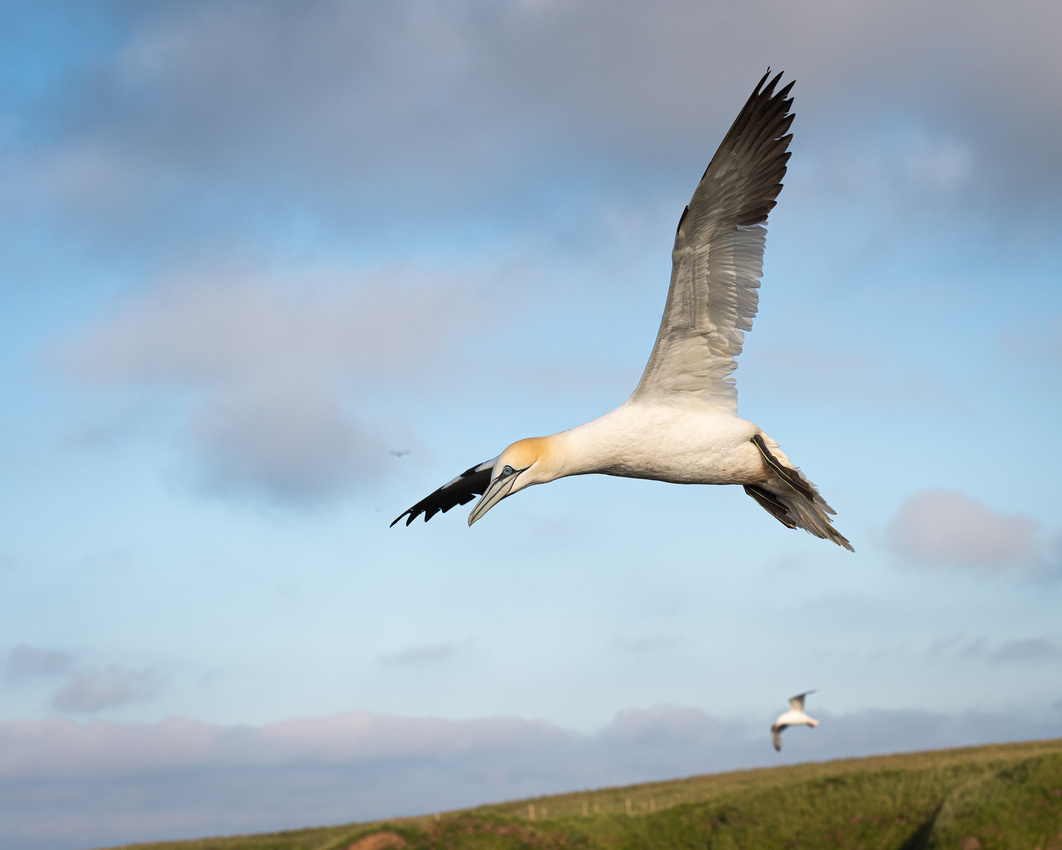 Northern gannet, Bempton Cliffs.
Northern gannet, Bempton Cliffs.
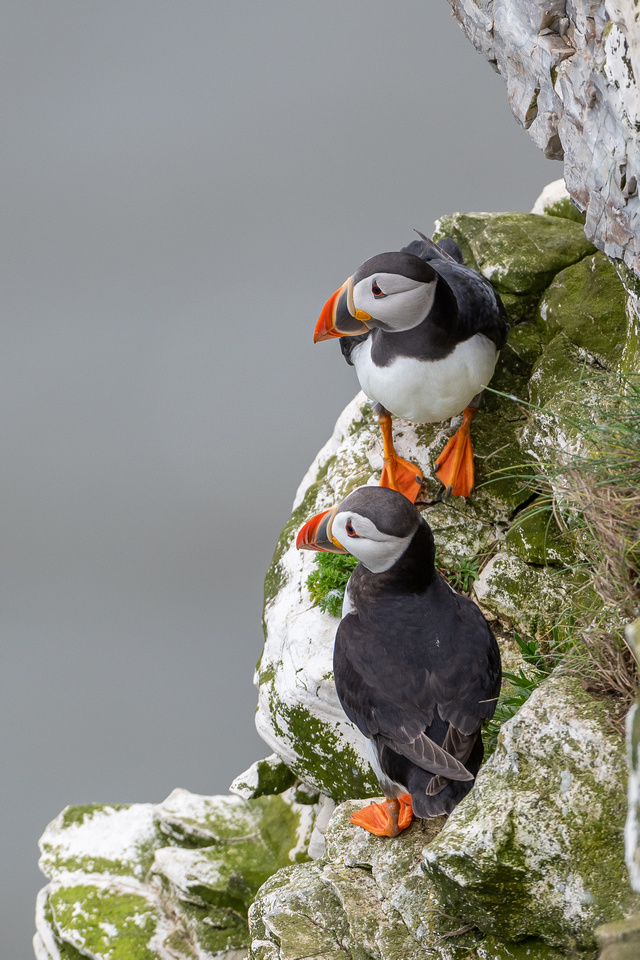
Atlantic puffins, Bempton Cliffs
 Northern gannets
Northern gannets
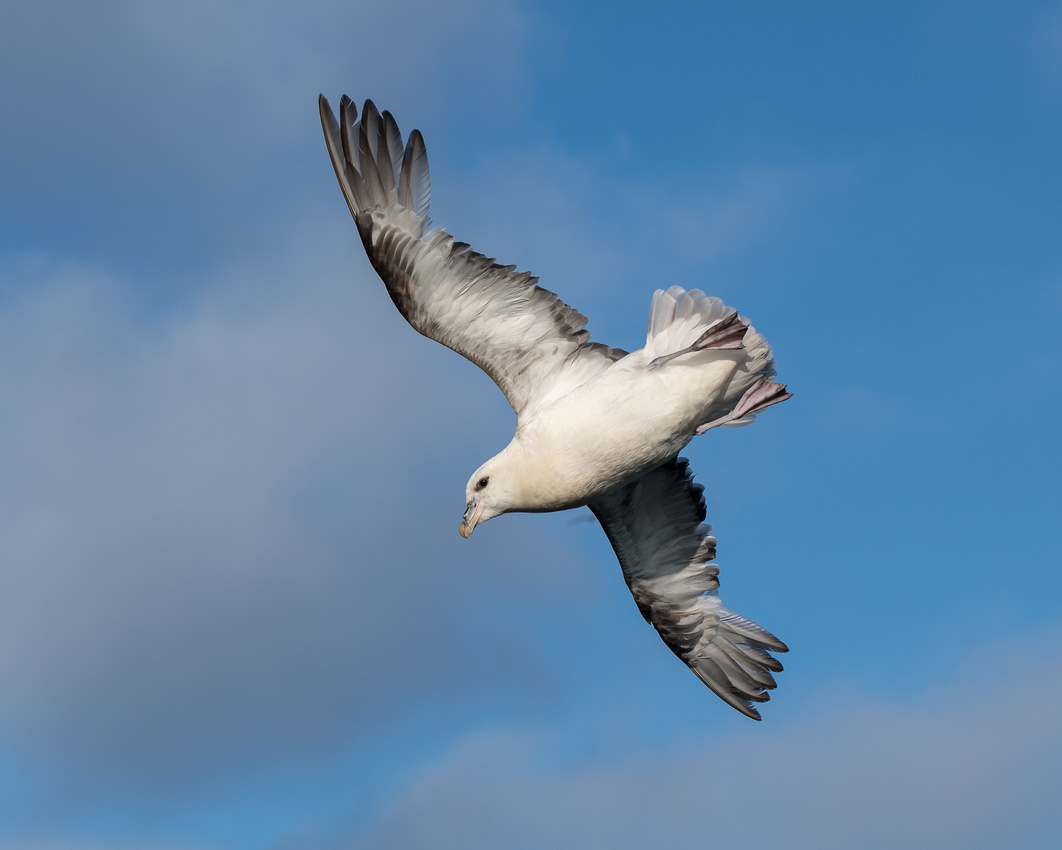
Northern fulmar, a relative of the albatross
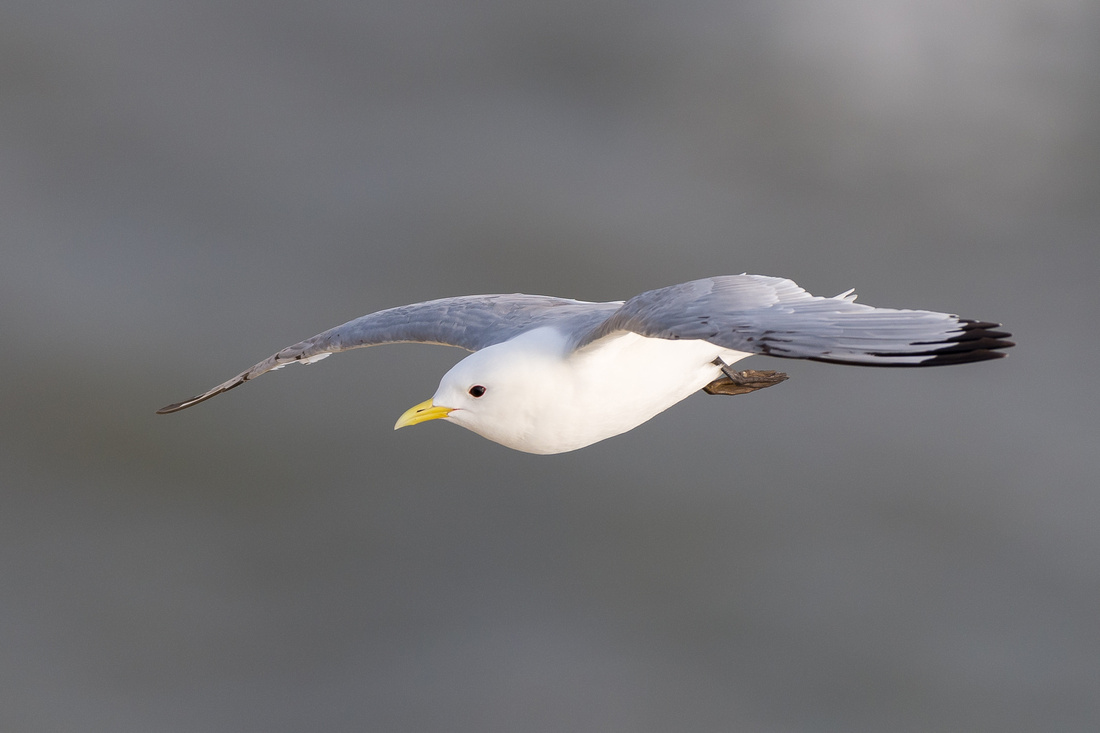 Kittiwake
Kittiwake
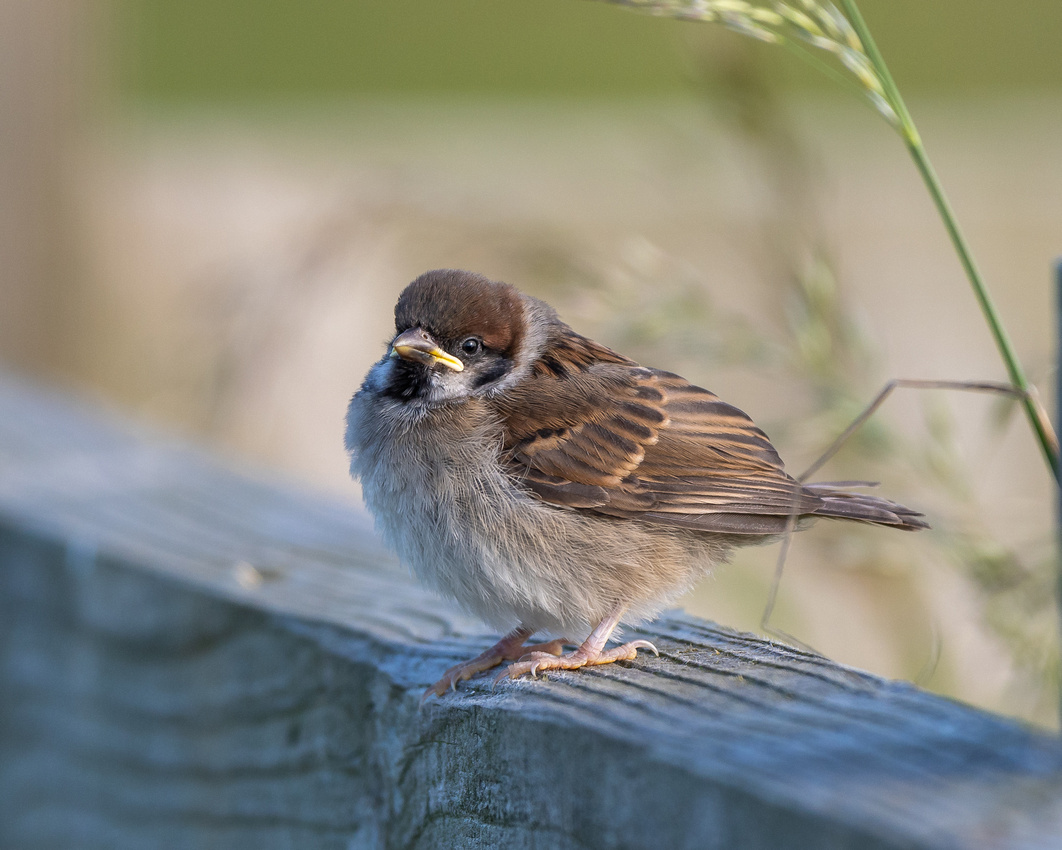 Juvenile tree sparrow
Juvenile tree sparrow
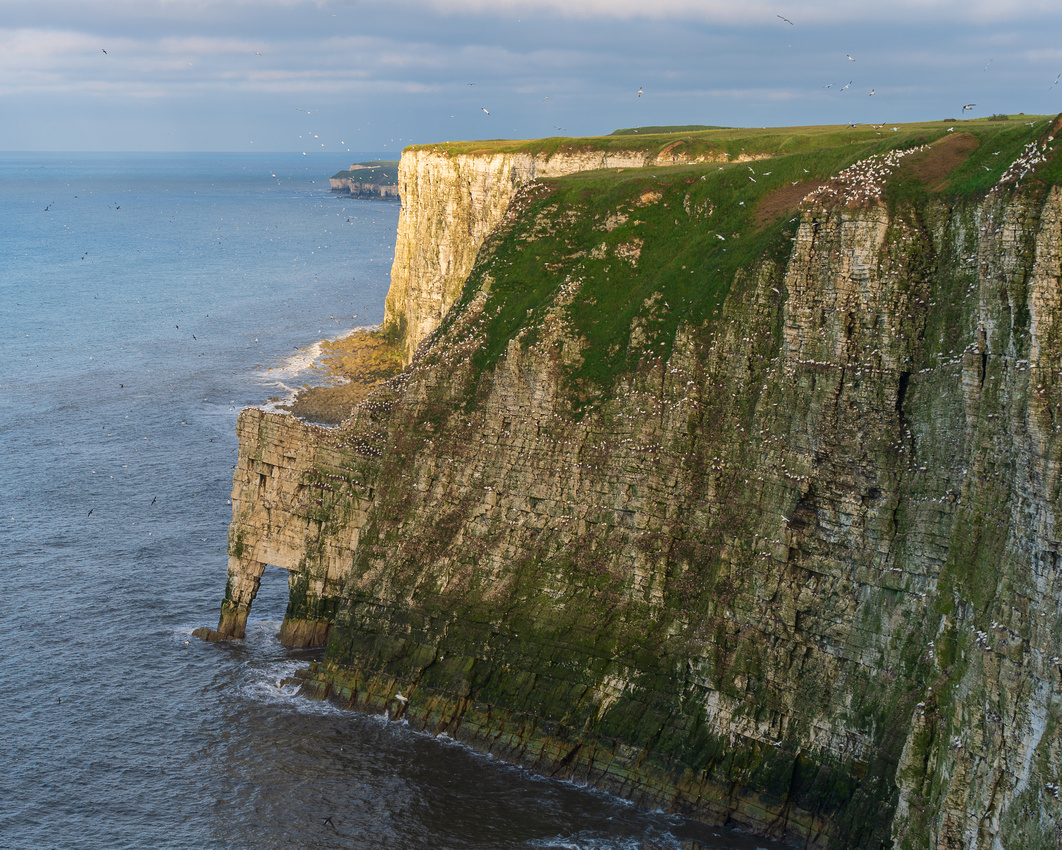 Bempton Cliffs. On every rock ledge there is a seabird of some species
Bempton Cliffs. On every rock ledge there is a seabird of some species
That's about it for now folks. I hope you have enjoyed reading my latest photographic exploits. Not sure what I'm photographing in July but I do know there are a couple of drag racing events at Santa Pod for any motorsport fans. Wildlife tends to quieten up during Summer. There is still plenty around but everything grows so quick so is usually hidden!
Please continue to upload your photographs to my Photo's Page. There are some great photographs being posted.
More of my images can be viewed on my flickr page.
Steve
The one bird in particular I've wanted to photograph has been the Cuckoo. Often heard but not seen. I've made several visits to the RSPB reserve Otmoor in Oxfordshire. It is a mecca for visiting cuckoos that migrate from Africa to breed over in the UK and Europe. I have seen at least 3 different birds that spend all day winding photographers up with their cuckoo call then flying off as you get close to them!! The trouble with Otmoor is that it is a large reserve which the birds will explore every part of. My best sighting was a bird around a 100 feet away and we just stared at each other. I knew if I lifted my camera up it would take flight. Like most wildlife does!
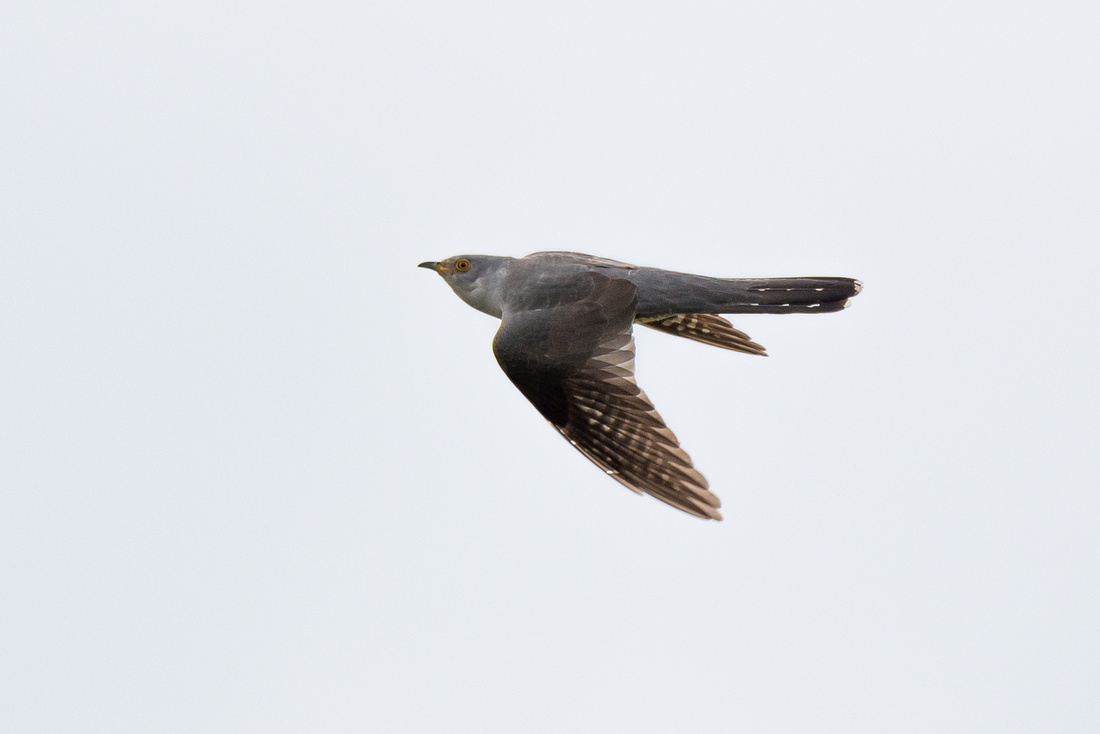 My best shot of a Cuckoo to date. RSPB Otmoor.
My best shot of a Cuckoo to date. RSPB Otmoor.
I've never visiting the Oxfordshire reserves I visit at this time of year and every visit is part of the learning curve. A lot can be learnt just speaking to the locals who will gladly point you in the right direction. One problem with this time of year is everything is growing so fast so wildlife have a lot more cover so you get to hear lots of different stuff but rarely see it!! You need patience for this hobby!!
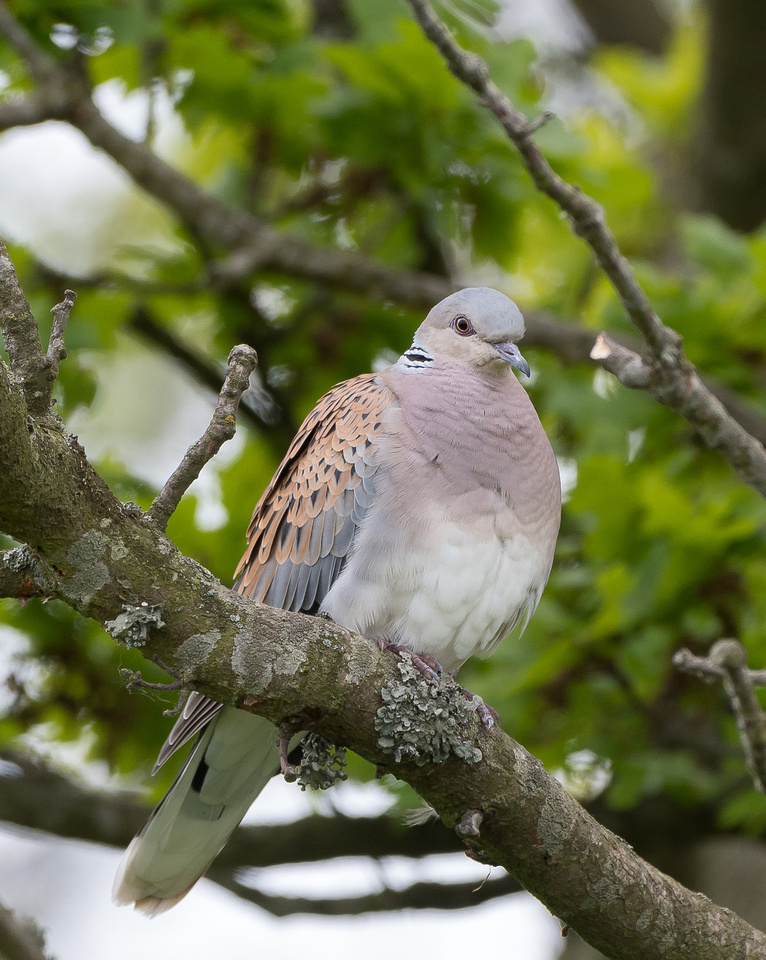
Turtle dove. A very rare bird which can sometimes be seen at Otmoor.
There are plenty of animals and insects at Otmoor. I've been lucky to see muntjac deer and hares there which I have seldom seen in the past. The deer are descendants from escapees from Woburn Park, Bedfordshire and have slowly increased in numbers and are slowly spreading across neighbouring counties.
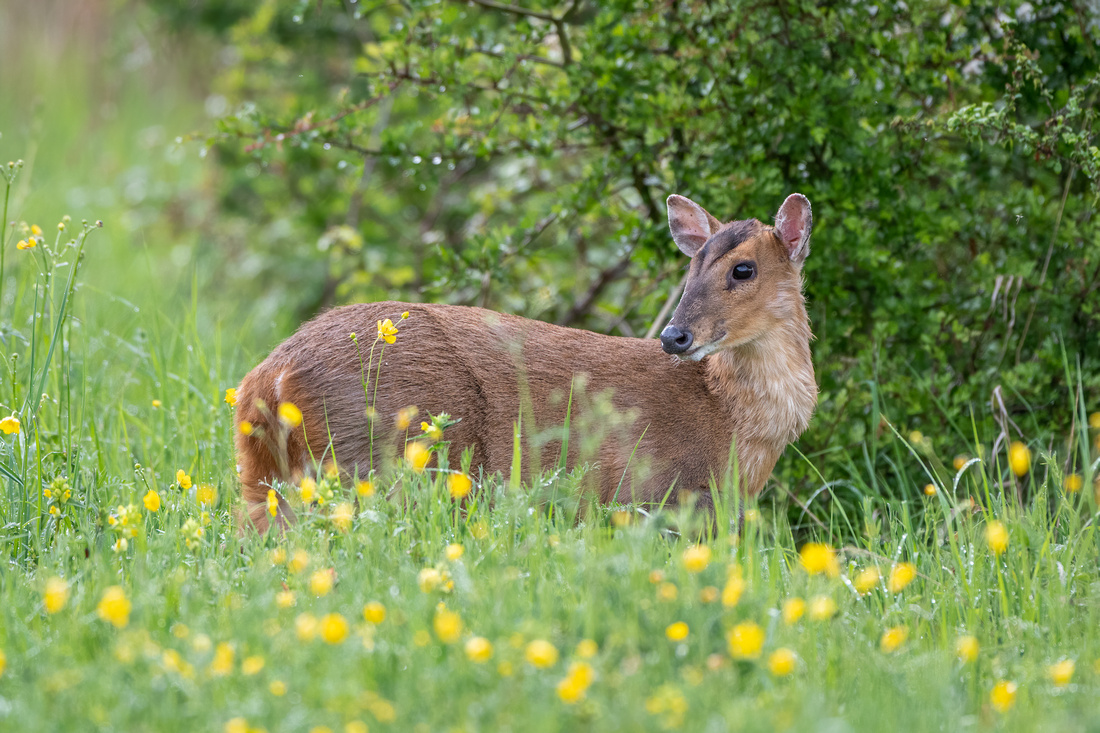 Female Muntjac deer.
Female Muntjac deer.
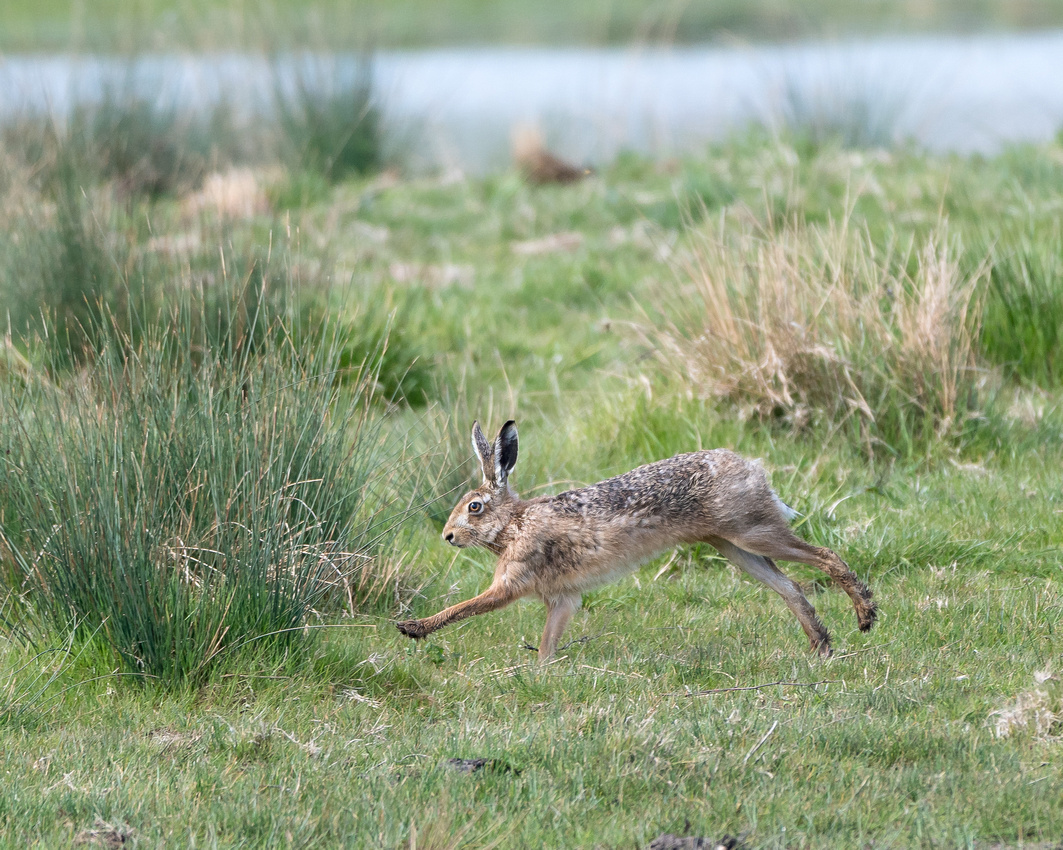 European Hare ar Otmoor, Oxon.
European Hare ar Otmoor, Oxon.
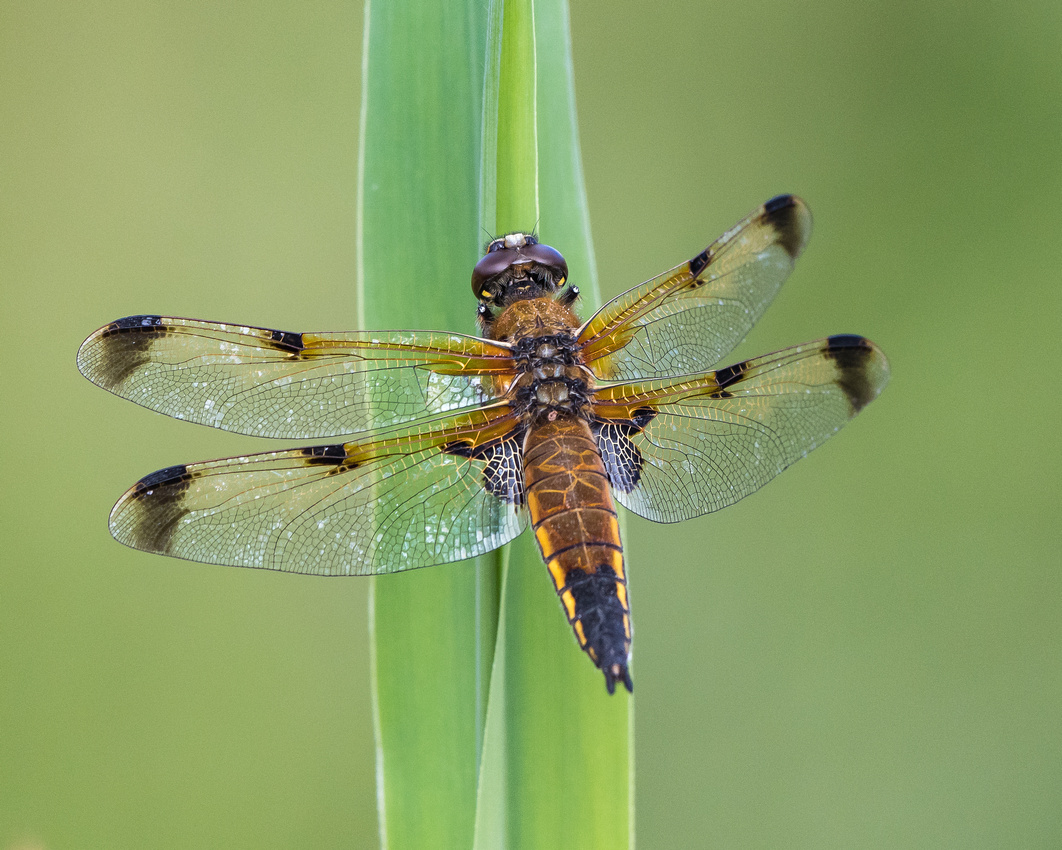 Four-spot chaser
Four-spot chaser
Another local place I visit is Tring Lakes near Aylesbury, Buckinghamshire. I have been watching a pair of great-crested grebes who are incubating eggs at present. Hopefully soon I can get some shots of the youngsters who sometime ride on their parents back. Swans (cygnets) sometimes do the same.
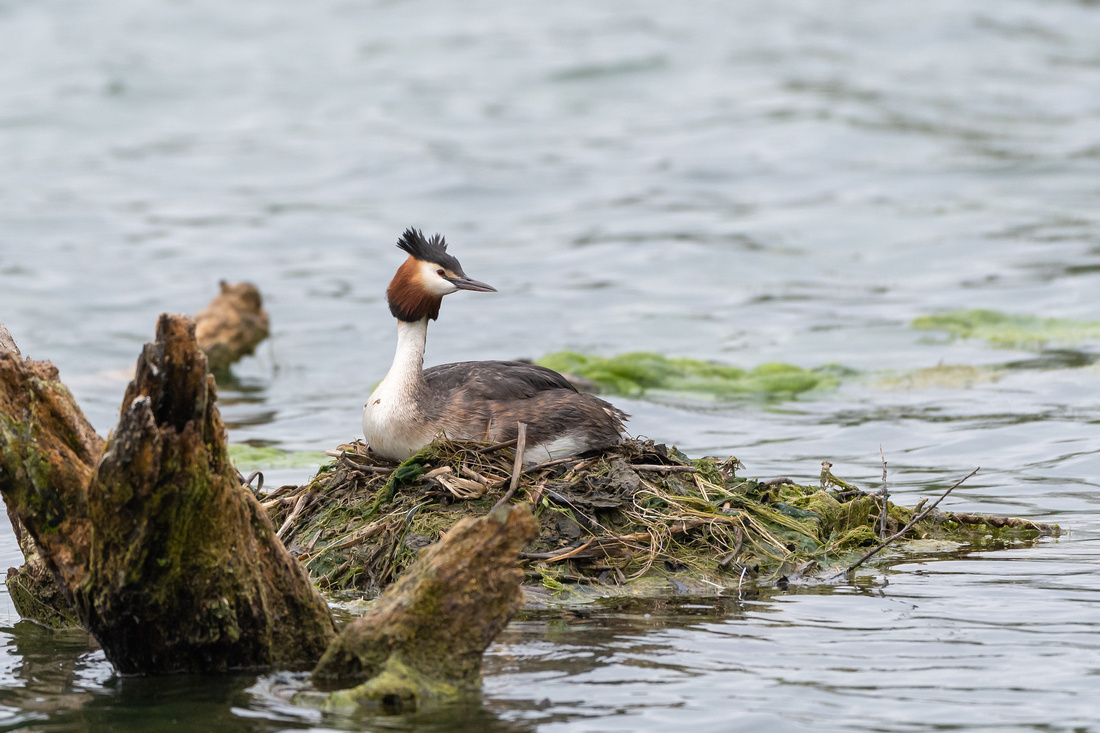 Great crested grebe on the nest at Tring.
Great crested grebe on the nest at Tring.
During May I made my monthly visit to the British Wildlife centre in Surrey. A great place to visit and see and learn all about wildlife that can be found in Britain. From the smallest mouse to foxes, badgers and birds of prey.
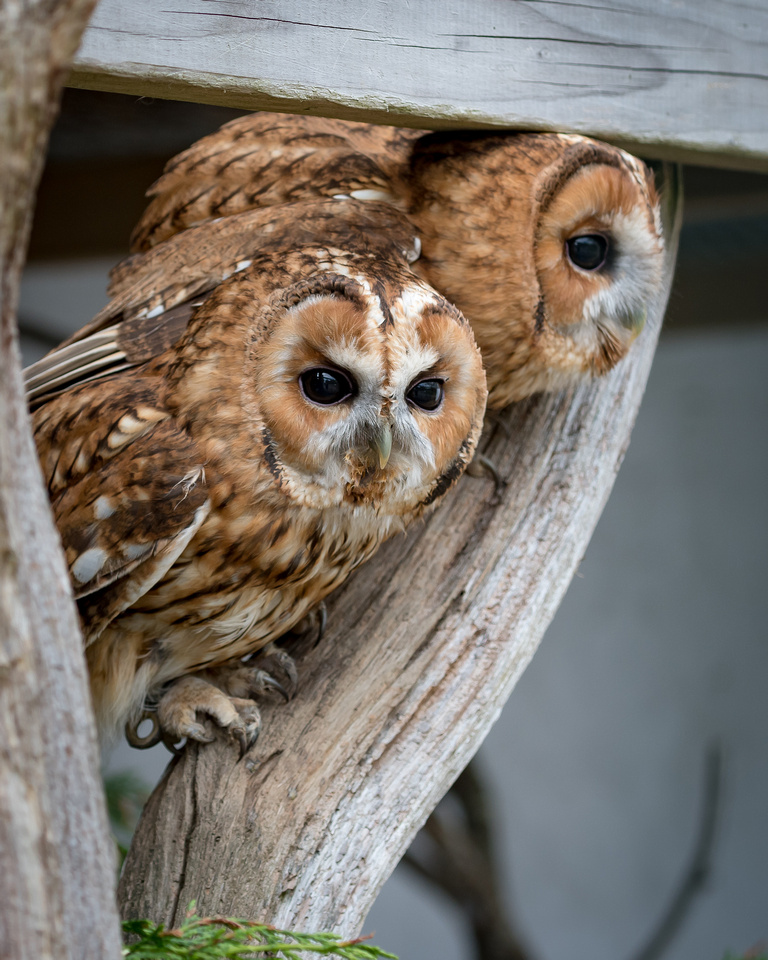
Tawny owls at the British Wildlife Centre
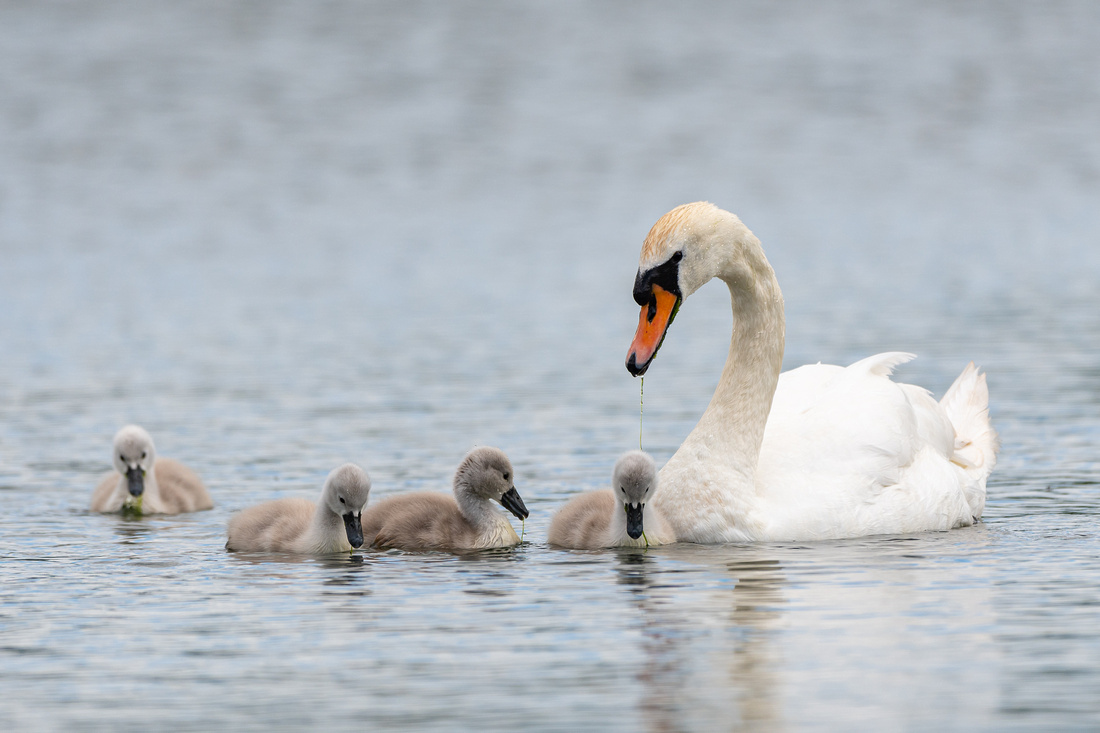 Mute swans at WWT Slimbridge, Gloucestershire.
Mute swans at WWT Slimbridge, Gloucestershire.
Last weekend I made a long overdue visit to the Wildfowl & wetlands centre at Slimbridge. Another place well worth a visit. It has just won the Visit England Gold Award so it can't be that bad! There is always something to see whatever the weather. I was lucky enough to see one of the kingfishers that are currently breeding at the moment and a spoonbill that got a bit too close for my lens so I had to change to a shorter one!
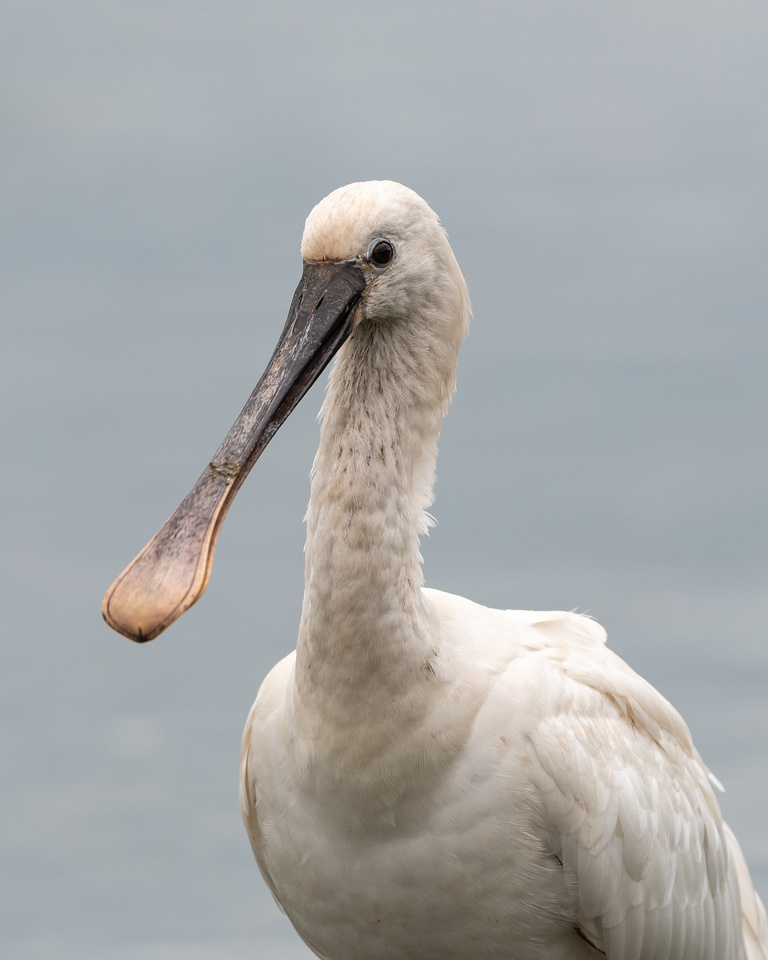
Common spoonbill that got too close! Slimbridge
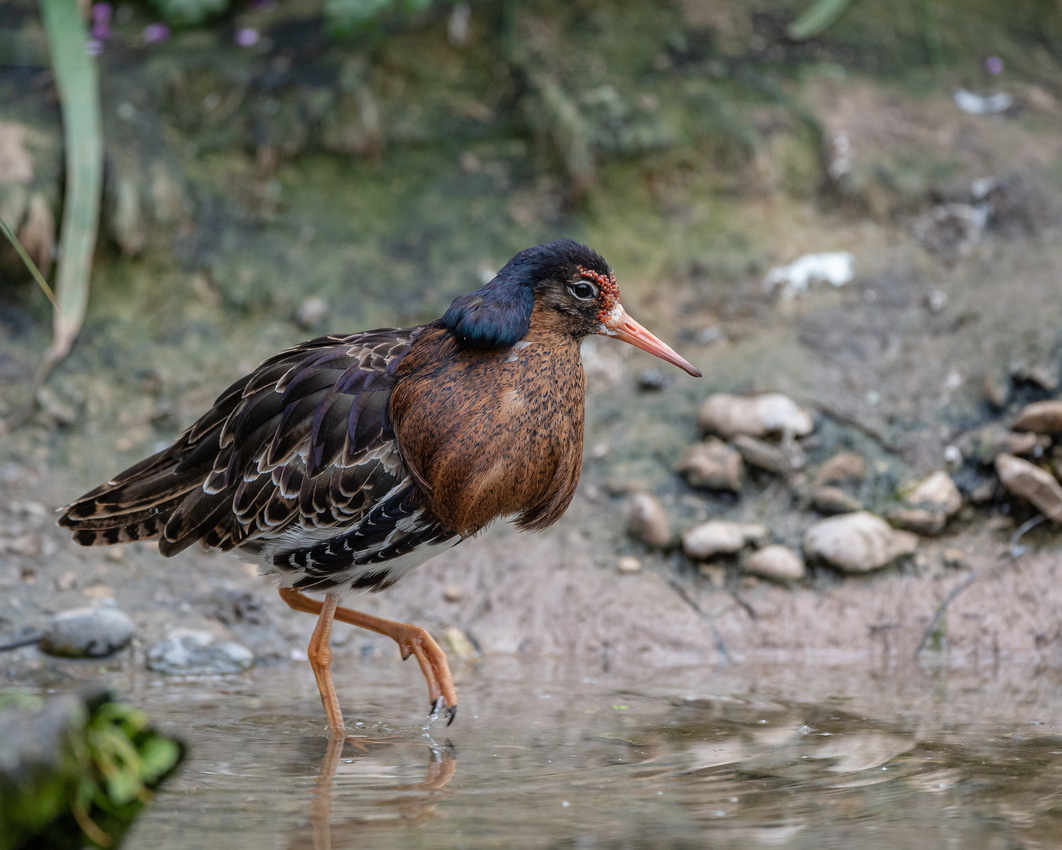 Ruff in breeding plumage at WWT Slimbridge.
Ruff in breeding plumage at WWT Slimbridge.
The racing season is well under way at Santa Pod raceway. I visited two events in May with some great grass roots drag racing. Some of the competing cars are actually street legal and were driven to the track. One of these cars raced down the quarter mile reaching 160 mph!! Mad!!
 Street legal Chevrolet that reached 160+mph in 8 seconds!! Santa pod
Street legal Chevrolet that reached 160+mph in 8 seconds!! Santa pod
 Top Fuel motorcycle which can reach 200mph. Santa pod
Top Fuel motorcycle which can reach 200mph. Santa pod
As I am writing this I am mourning the loss of one of my camera bodies. I knocked the tripod over it was supported on which ripped the lens off the camera. It can be repaired and I am luckily insured but it all depends on the repair quote and if it is worth repairing. I did this a few years ago and the repair quote was around £1K so I wrote the camera off. :-(
That's about it for now folks. I hope you've enjoyed my latest photographic exploits. I have booked some time off work at the end of June so hopefully I can visit Bempton cliffs on Yorkshire's east coast for the seabirds.
Please continue to upload your photographs to my Photo's Page. There are some great photographs being posted.
More of my images can be viewed on my flickr page.
Steve
Welcome to my latest account of photographic antics from April!
You normally associate April with storms and showery weather but we've had a bit of everything from record temperatures at Easter to icy cold blast from the East and Storm Hannah which didn't really affect Oxfordshire. A couple of fallen branches and a wheelie bin on its side was all the damage I came across! I visited a couple of new locations such as Rutland water in search of Ospreys and found a location near to me for the red kites. They actually spend most of the day eating worms in a field!
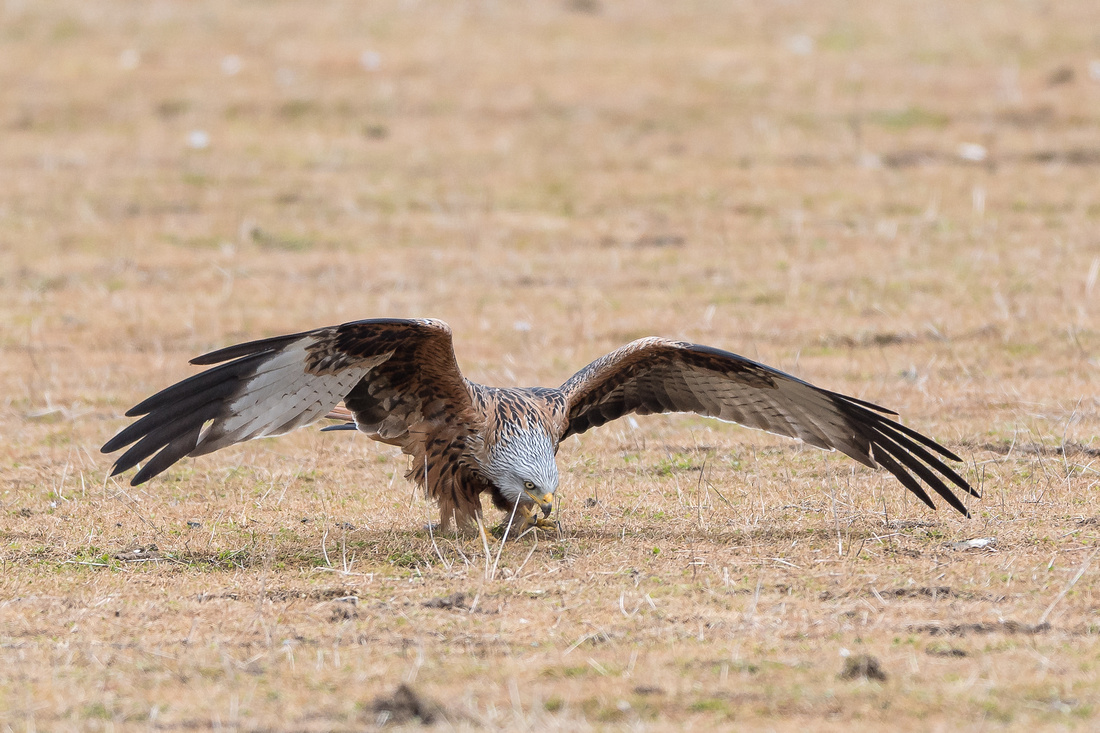 Red kite 'hunting' for worms!
Red kite 'hunting' for worms!
At the start of April I decided to visit Rutland Water nature reserve in search of Ospreys. I had never seen a wild one only captive. Arriving at the visitor centre I was informed by the very helpful staff that 21 birds had recently returned from West Africa and a pair were incubating eggs. I managed a few distant shots of six different birds. Apparently the eggs are due to hatch shortly so a return visit is on the cards. Both parents will be kept busy fishing (fish is their staple diet) for their off-spring. It's a great reserve spread over a large area with plenty of small pools and lagoons.

Osprey at Manton Bay, Rutland Water.
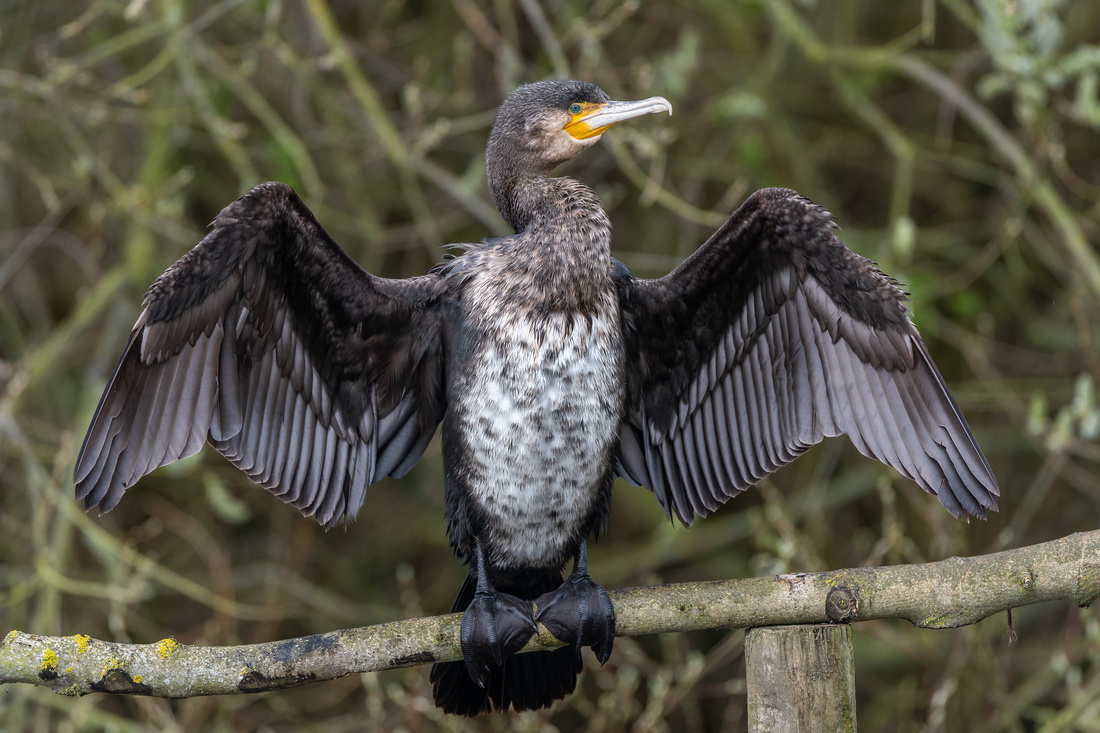 Cormorant drying its wings at Rutland Water.
Cormorant drying its wings at Rutland Water.
April marks the return of lots of Summer migrants such as swallows, warblers and the elusive Cuckoo. Sometimes heard but rarely seen. I visited RSPB Otmoor to see what had turned up and as I set off from the car park a Cuckoo flew over head. Of course I missed the shot but got some shots of other visitors. All morning I could hear the cuckoo mocking me from afar knowing I'd missed the shot!
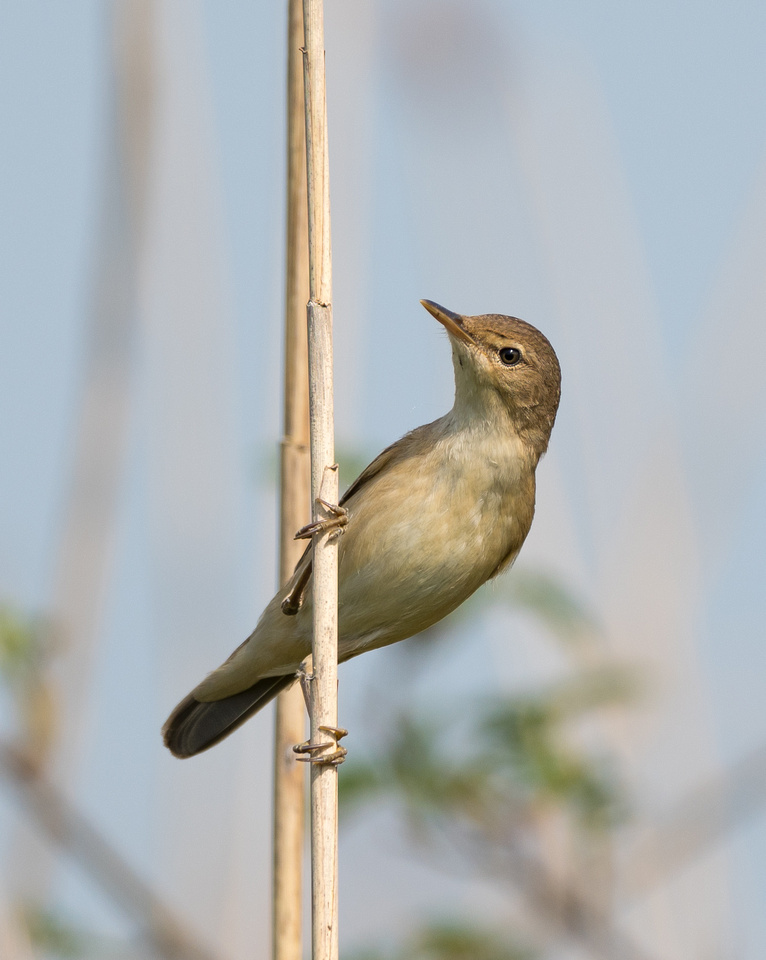
Reed warbler at RSPB Otmoor, Oxfordshire.
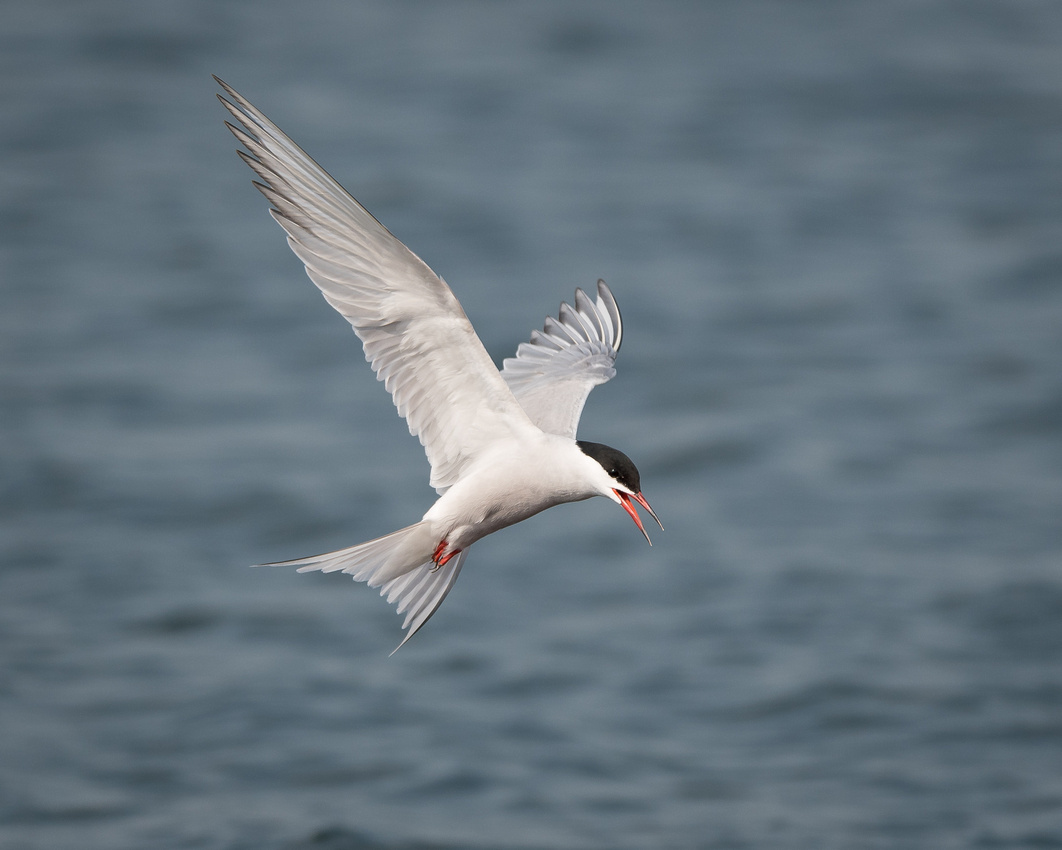 Arctic tern at Farmoor reservoir, Oxfordshire.
Arctic tern at Farmoor reservoir, Oxfordshire.
 Hare at RSPB Otmoor. A great place for hares.
Hare at RSPB Otmoor. A great place for hares.
At Easter I spent a couple of days in my native Lancashire visiting RSPB Leighton Moss, RSPB Marshside & Pennington Flash. all great havens for wildlife.

Mr Kingfisher showing off with a fish at Pennington Flash, Lancashire.
 Pied avocet at RSPB Marshside, Southport.
Pied avocet at RSPB Marshside, Southport.
The British wildlife centre is a place I try to visit every month. Probably the best place to see British wildlife up close in natural enclosures which make for great photographs. Well worth a visit at any time of the year.

Tawny owls at the British wildlife centre, Surrey.
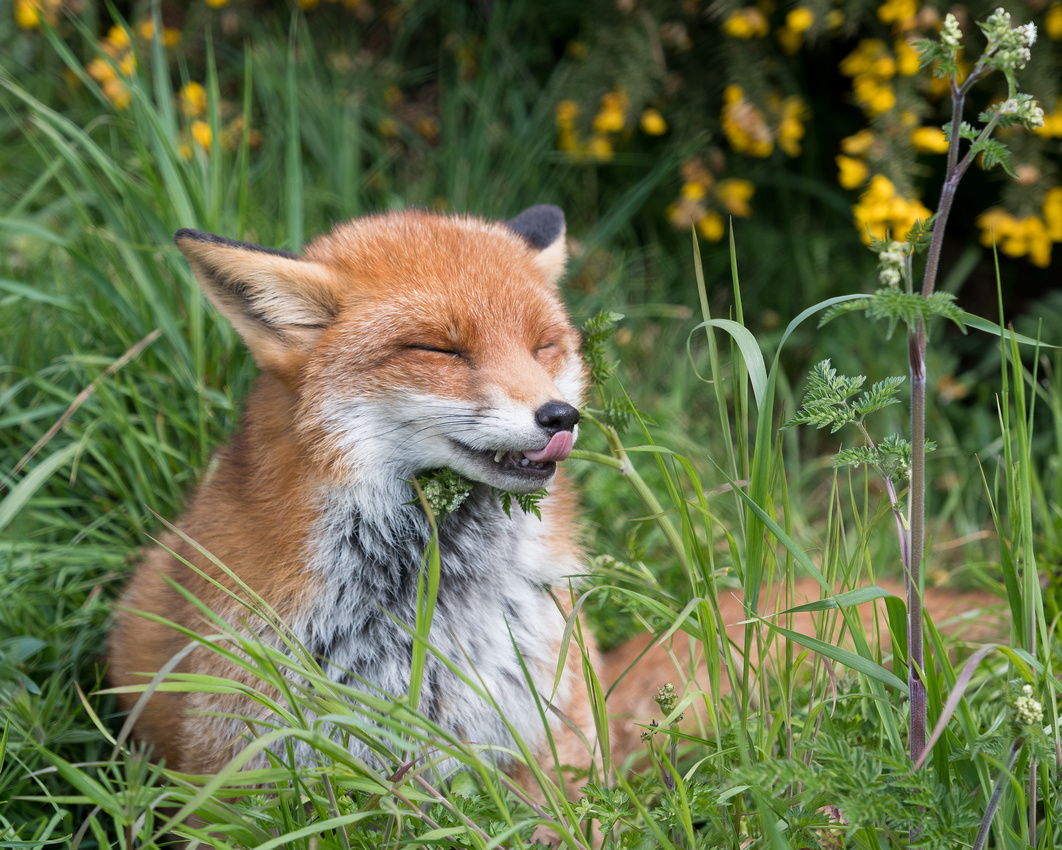 'Flo' the red fox vixen at the British wildlife centre, Surrey.
'Flo' the red fox vixen at the British wildlife centre, Surrey.
Below are a couple of photographs taken only a few miles from where I live.
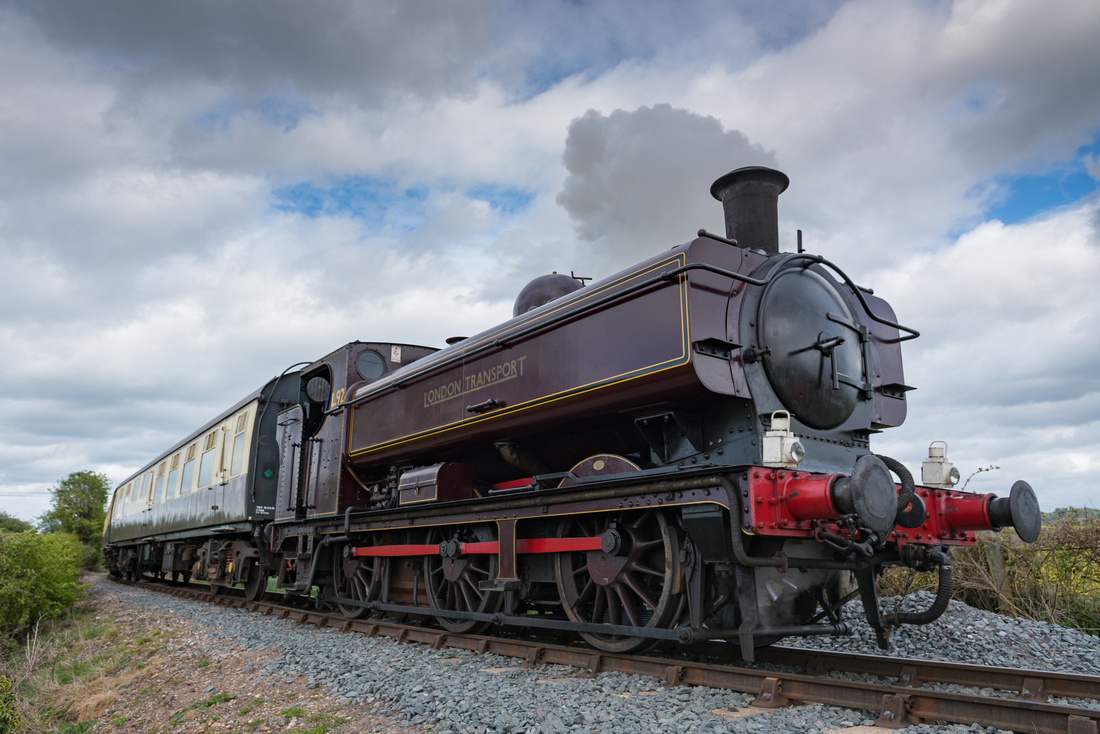
Chinnor & Princes Risborough Railway, Oxfordshire.
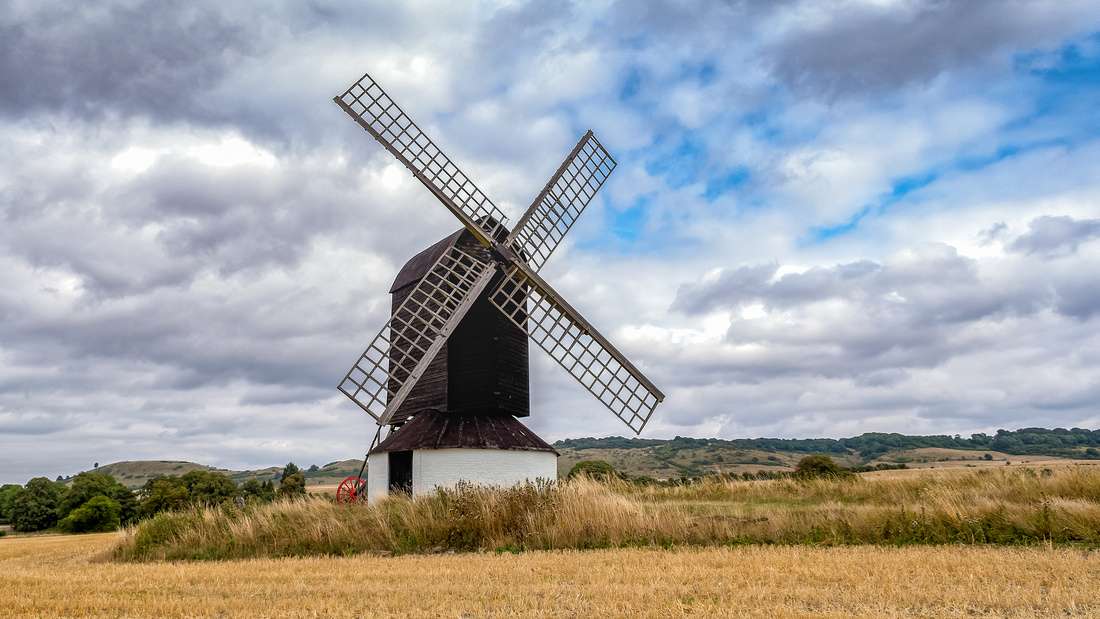 Pitstone windmill, Buckinghamshire.
Pitstone windmill, Buckinghamshire.
That's about it for now folks. I hope you've enjoyed my latest photographic exploits. For next month I'm planning a return trip to Rutland. Hopefully a visit to Bempton cliffs on Yorkshire's east coast for the seabirds and a visit to Santa Pod Raceway for my motorsport fix!
Please continue to upload your photographs to my Photo's Page. There are some great photographs being posted.
More of my images can be viewed on my flickr page.
Steve
Why does Winter seem to drag on more than any other season. It still hanging on in parts of the UK as we are about to enter British Summertime.
Plenty of signs of Spring out there at the moment. Lots of butterflies which I am going to spend time photographing this year following a purchase of a macro (close-up) lens. I was at Arundel wetlands centre in West Sussex last weekend and saw my first ducklings. Ducks and geese tend to start early than the rest of the birds. I still haven't seen many hares about in courtship yet. Fingers crossed.
 Hare at RSPB Otmoor, Oxfordshire.
Hare at RSPB Otmoor, Oxfordshire.
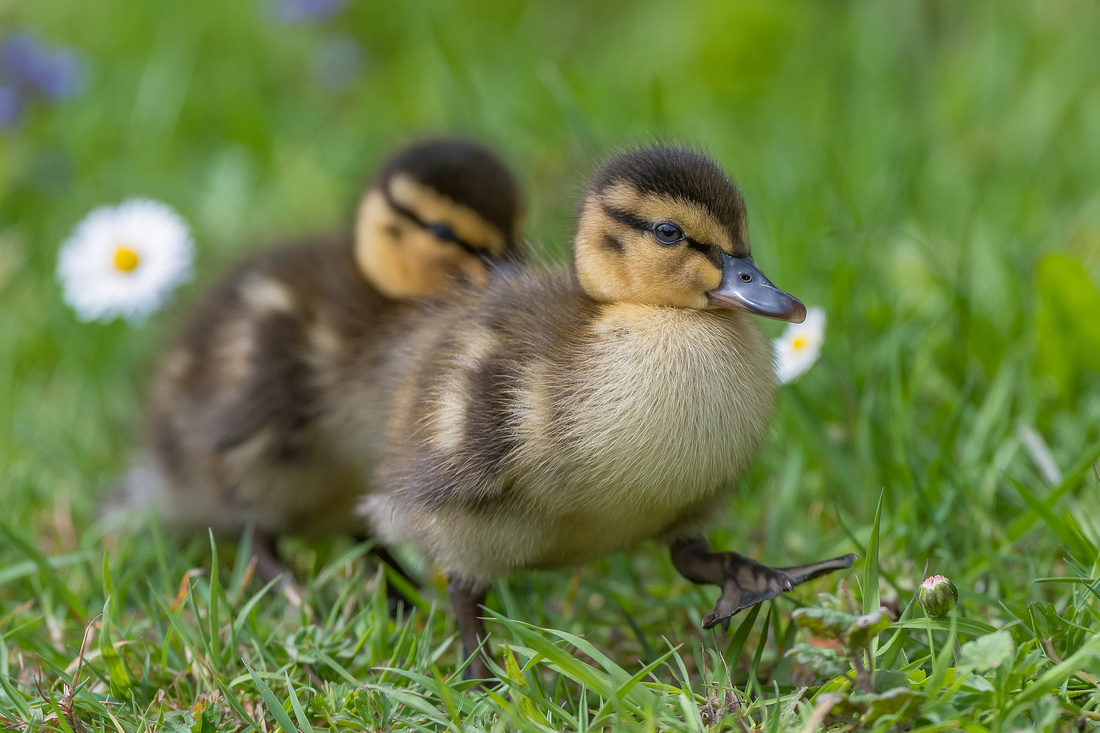 Mallard ducklings
Mallard ducklings
I managed to get a couple of short visits in at Slimbridge wetlands centre, a few visits to the local reserves at Otmoor & Farmoor in Oxfordshire and a visit to the British wildlife centre. The local red kites are very active around here at the moment. Most of them are soaring high and displaying for potential mates and seeing off unsuitable admirers! One of them spends a lot of time calling from a tree in front of my home. Especially when I've just finished a night shift!!
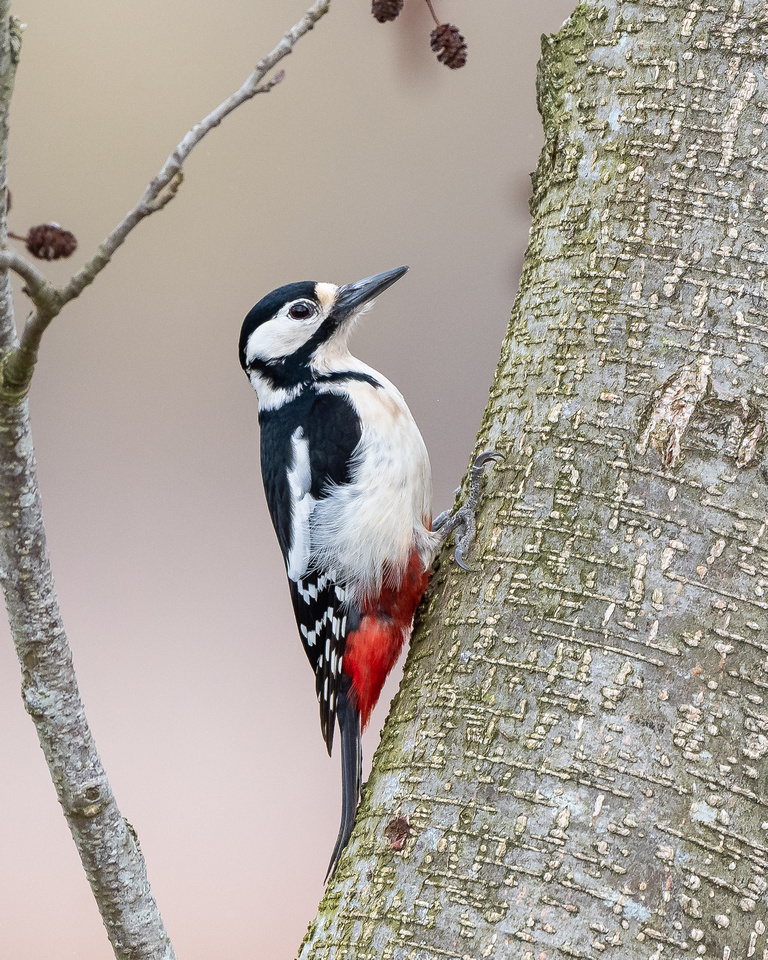
Great spotted woodpecker at Farmoor, Oxfordshire.
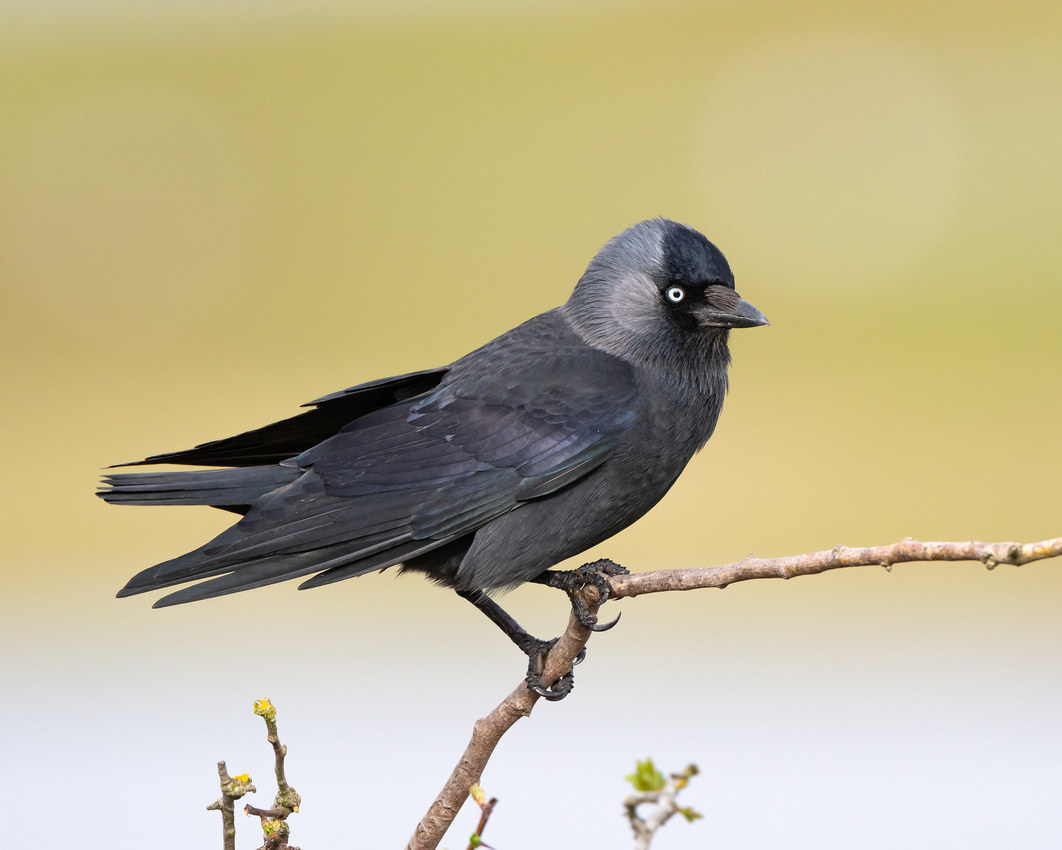 Jackdaw at WWT Slimbridge, Gloucestershire.
Jackdaw at WWT Slimbridge, Gloucestershire.
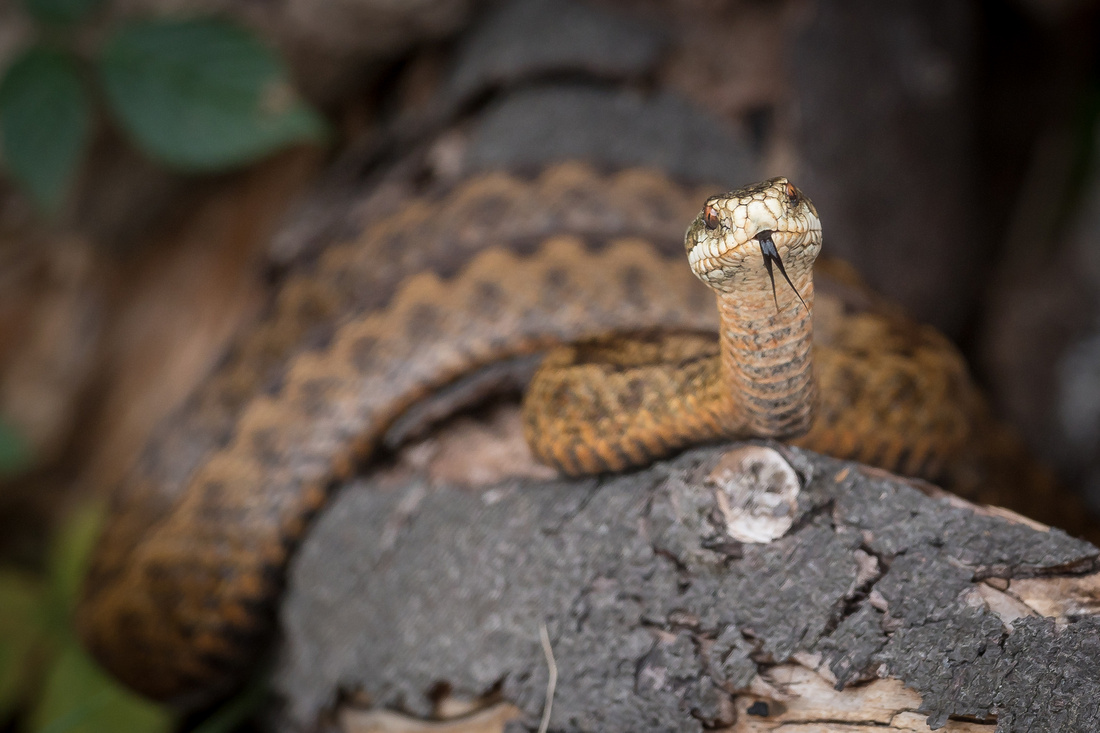
Adder at the British wildlife centre, Surrey.
In the next month or two I am looking to visit Bempton Cliifs near Scarborough. A great place for sea birds especially gannets who breed here every year. Just need to keep an eye on the weather. I friend of mine visited there last year and didn't see anything for 2 days due to thick fog. It's a long drive to take pictures of fog! Fingers crossed.
That's about it for now folks. I hope you've enjoyed my latest photographic exploits. Please continue to upload your photographs to my Photo's Page. There are some great photographs being posted.
More of my images can be viewed on my flickr page.
Steve
I don't know about you but I'm enjoying this bout of warm weather we are having in the UK. It's hard to believe snow and ice were causing havoc at the start of February and now we are experiencing nearly 20°C temperatures! The wildlife all around us are adapting to. I've seen a few Brimstone butterflies fluttering about but there aren't a lot of flowers producing pollen for them. The birds are very vocal singing for a mate. I've seen plenty of hares in courtship displays in the Oxfordshire fields (an animal I want to photograph at this time of year).
At the start of February I was in Bushy Park (one of my favourite places) photographing the deer in sub zero temperature. I love this time of year when it is cold and frosty. It makes for some great photographs and great sunrises.
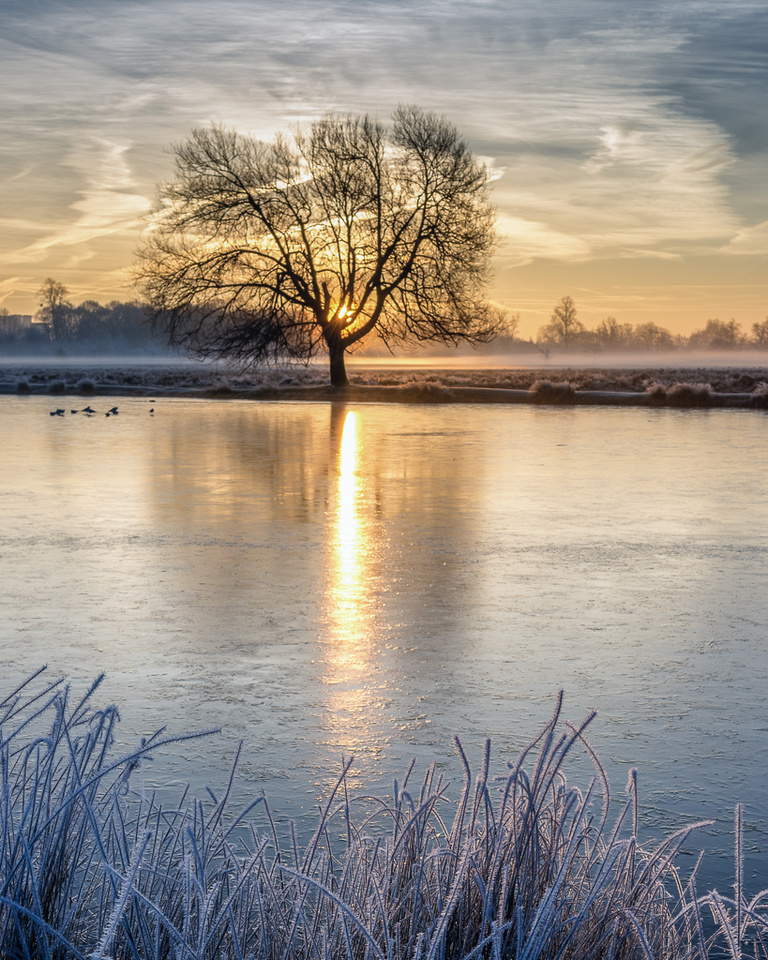
Sunrise in Bushy Park, London.
 Fallow deer in Bushy park on a chilly morning.
Fallow deer in Bushy park on a chilly morning.
I paid a long overdue visit to the wildlife and wetlands centre at Slimbridge. It was great to catch up with the regular photographers/birders. This is a great venue all year round for photographers with Winter being the most popular due to the large numbers of wildfowl and waders that stop off here year after year.
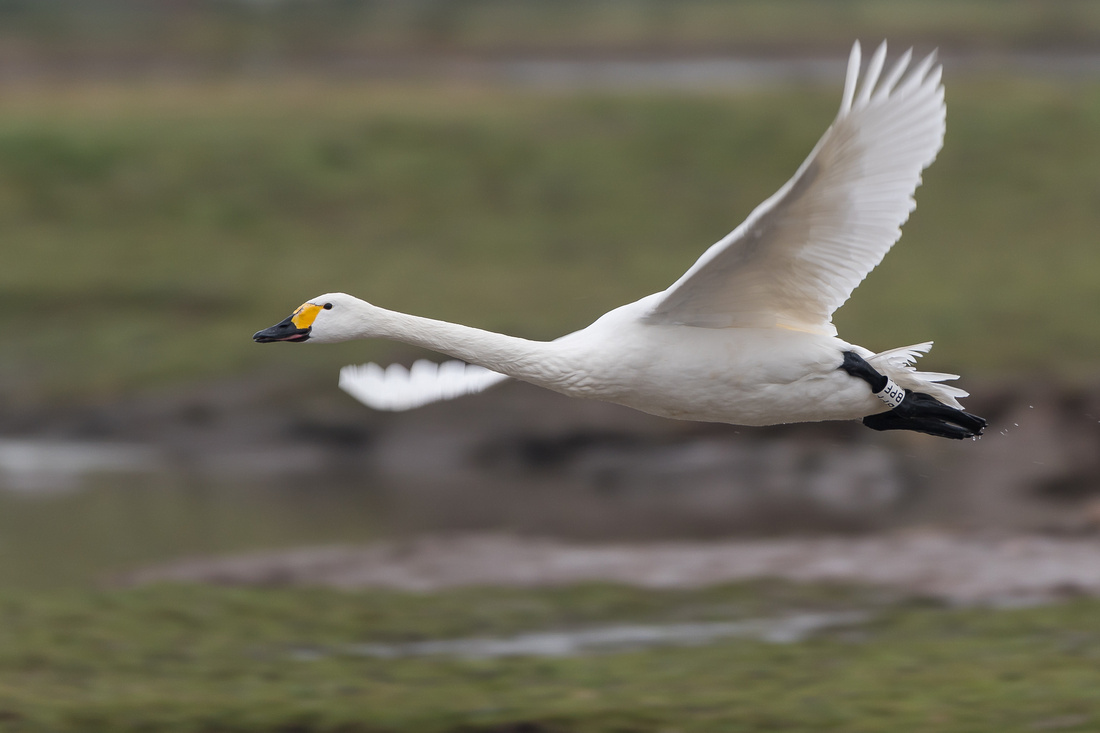 Bewick's swan at Slimbridge. A Winter visitor from Russia!
Bewick's swan at Slimbridge. A Winter visitor from Russia!
Winter is a good time to watch owls especially Barn owls. I've been very lucky since I moved to Oxfordshire as I've never seen so many owls. Photographing them is a bit trickier as they prefer dusk and very early morning when the light is not the best. Sometimes you can get lucky and spot one mid afternoon.

Barn owl at RSPB Otmoor, Oxfordshire.
The two reserves in Oxfordshire I visit the most are RSPB Otmoor and Farmoor reservoirs which are great places to spot owls. Not just Barn owls but Short-eared owls frequently turn up.
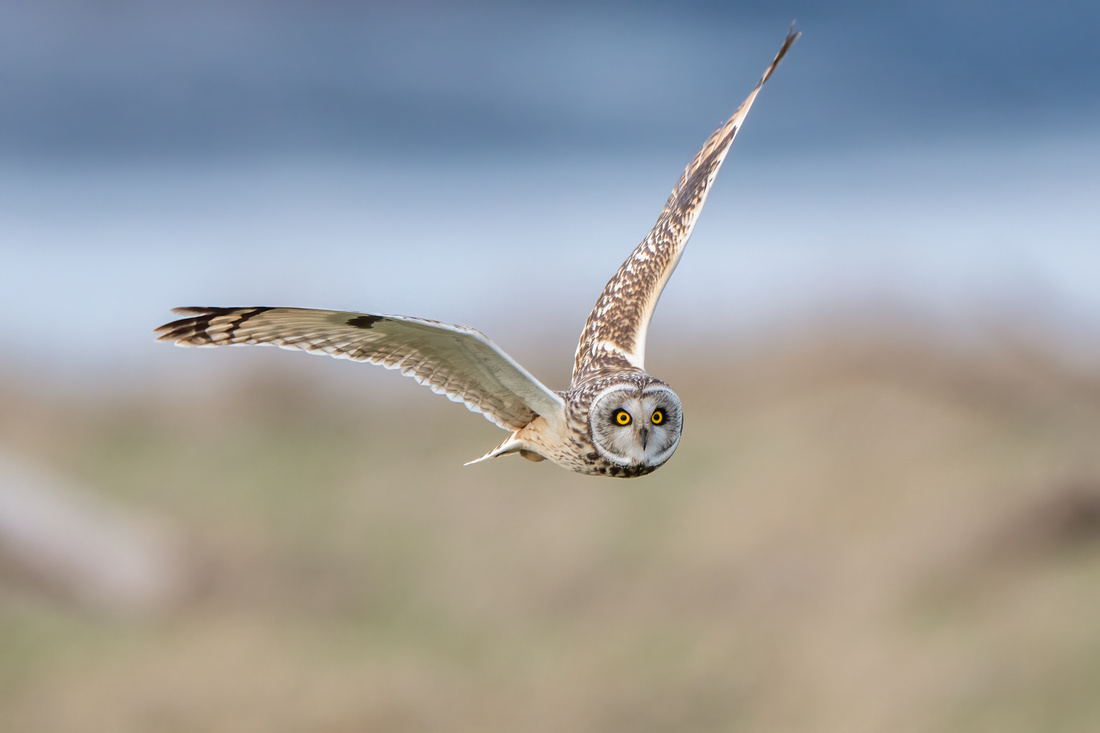 Short-eared owl
Short-eared owl
 Mrs Kingfisher at Shrike Meadow, Farmoor.
Mrs Kingfisher at Shrike Meadow, Farmoor.
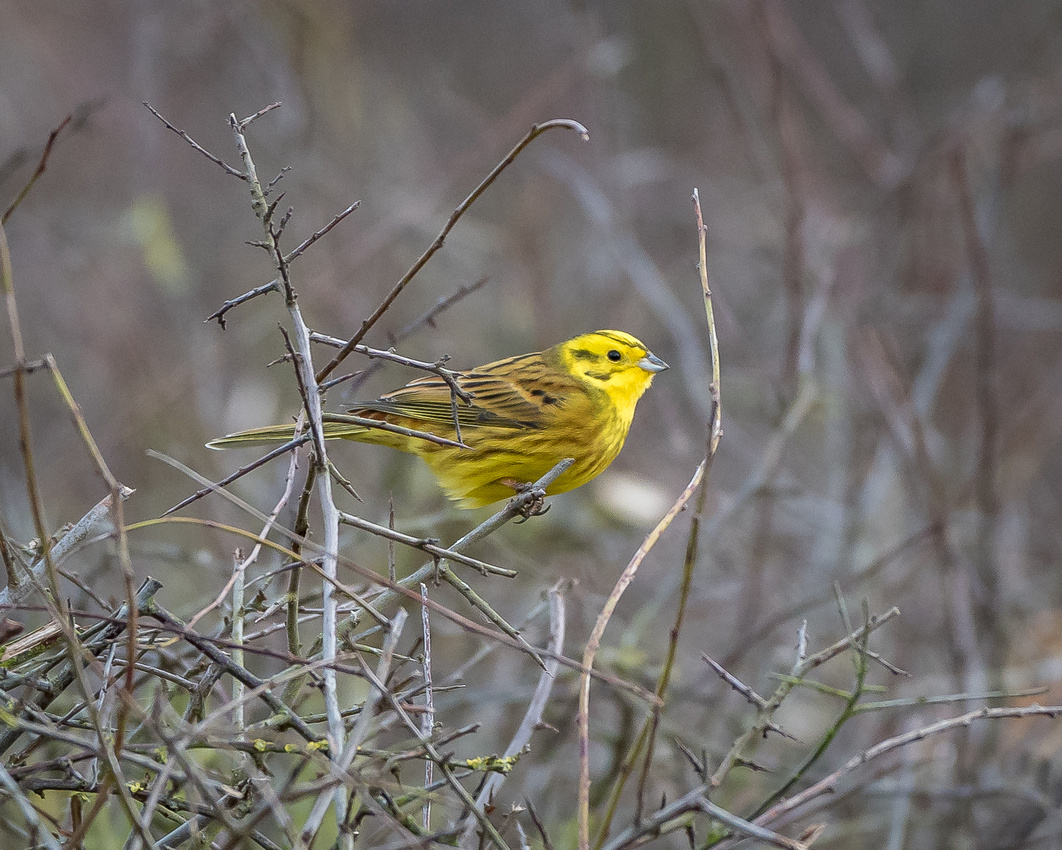 Yellowhammer at RSPB Otmoor, Oxon.
Yellowhammer at RSPB Otmoor, Oxon.
A couple of weeks back I took a trip to deepest Surrey to the British Wildlife Centre ......via Bushy Park of course! The BWC is a great place to watch British wildlife in natural looking surroundings which also make for great photographs. On my visit the otter cubs were very playful with their parents and the foxes were doing a spot of sun-bathing.
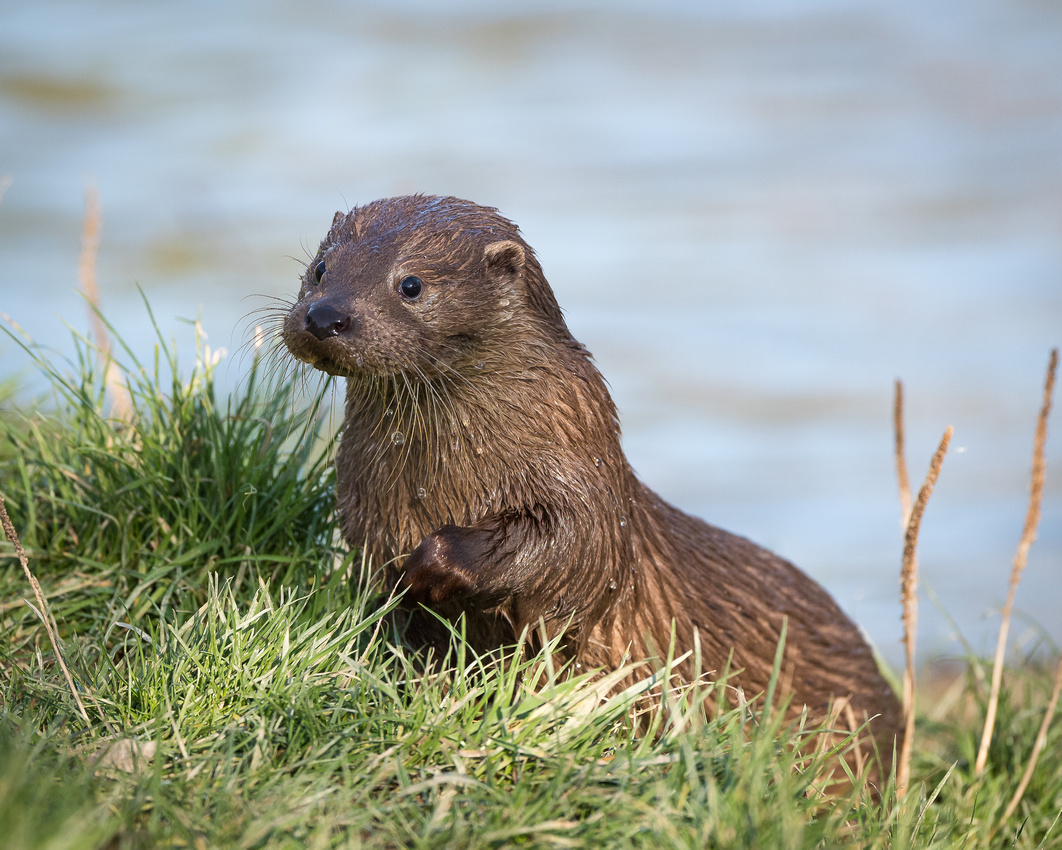 European otter cub at the British Wildlife Centre, Surrey.
European otter cub at the British Wildlife Centre, Surrey.
 'Basil' catching some rays! BWC
'Basil' catching some rays! BWC
That's about it for now folks. I hope you've enjoyed my latest photographic exploits. I just hope this un-seasonal weather continues and please continue to upload your photographs to my Photo's Page. There are some great photographs being posted.
More of my images can be viewed on my flickr page.
Steve
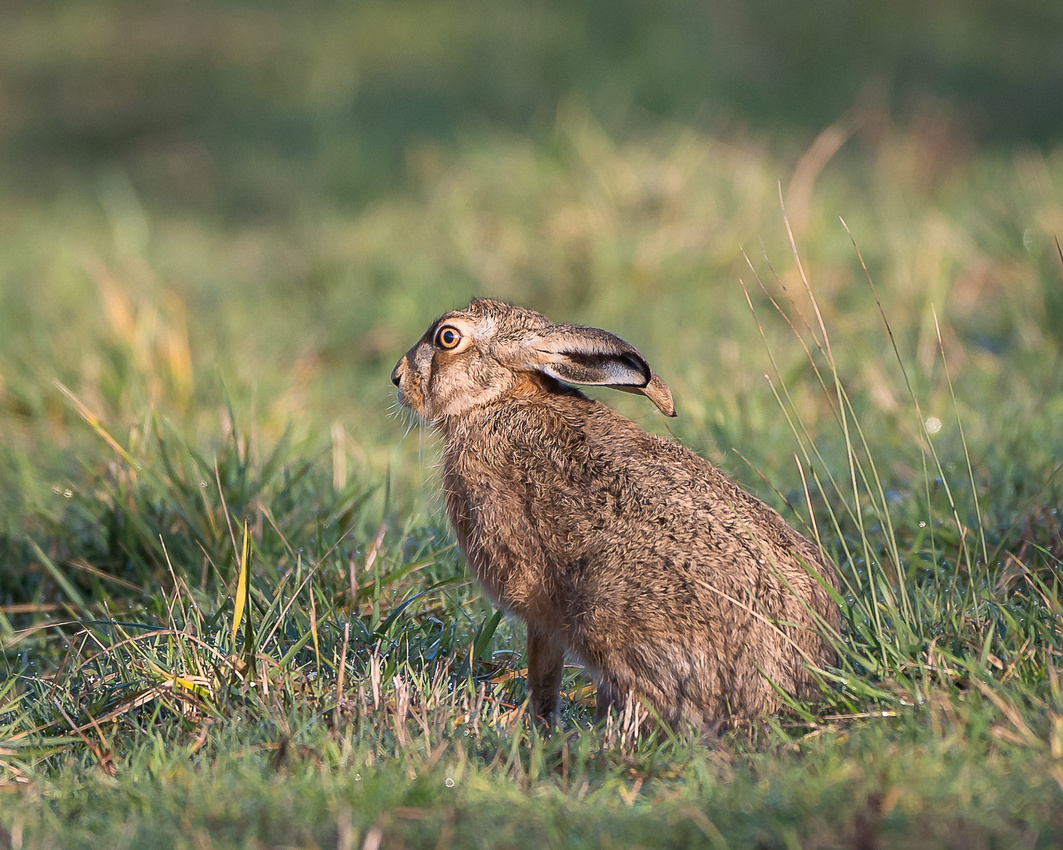 Hare at RSPB Otmoor, Oxon.
Hare at RSPB Otmoor, Oxon.
You may have heard of the expression Writer's block. A condition, primarily associated with writing, in which an author loses the ability to produce new work, or experiences a creative slowdown. Is there such a thing as Photographer's Block? I think I am witnessing the same lack of creativeness in my photography at the moment. This can happen sometimes. Normally Winter is my favourite and busiest time for photography. The wildlife can be easier to see due to lack of natural cover and they will spend most of the day feeding. Lots of birds will migrate to the UK especially those from colder climates. So why the lack of creativeness? I think partly it is due to my recent relocation from South Wales to Oxfordshire and the dismal weather can be a big factor. Lately the best of the weather is mid-week when I'm busy at work. You look forward to the weekend then the clouds roll in! Never mind I'm sure this a short term lull. Either that or I may have to find a new pastime!! Lol
I've only managed to get out a couple of times to photograph wildlife and I attended a couple of car shows at the start of the year.
Farmoor reservoir which is west of Oxford can be quite productive when the wind is not blowing. Wildlife will tend to shelter if the wind picks up but there are a few sheltered spots close to the River Thames which are worth a visit.
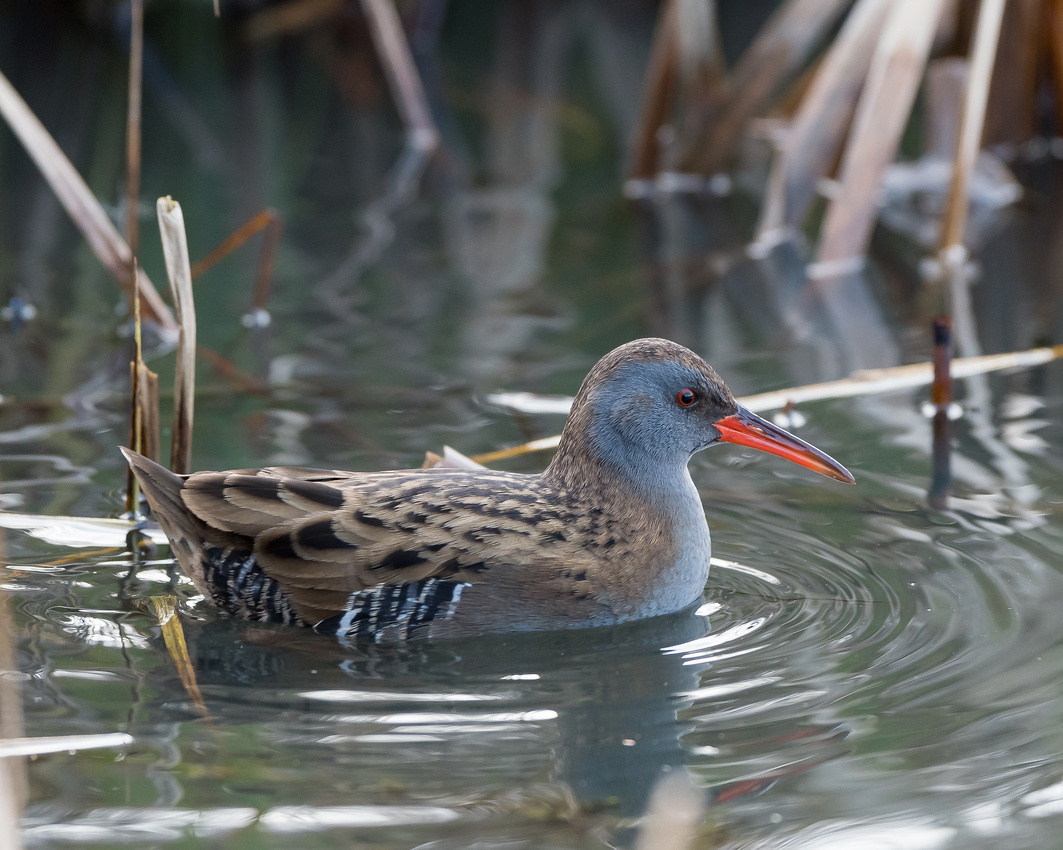 Water rail beneath the feeders at Farmoor.
Water rail beneath the feeders at Farmoor.
The water rails which are normally very shy and elusive will show themselves due to hunger and will normally be found beneath the feeders catching any fallen seeds etc. Presently there is a small flock of Snow geese at Farmoor which is the first time I've seen these in the wild. It always pays to venture out in all conditions. You never know what will turn up.
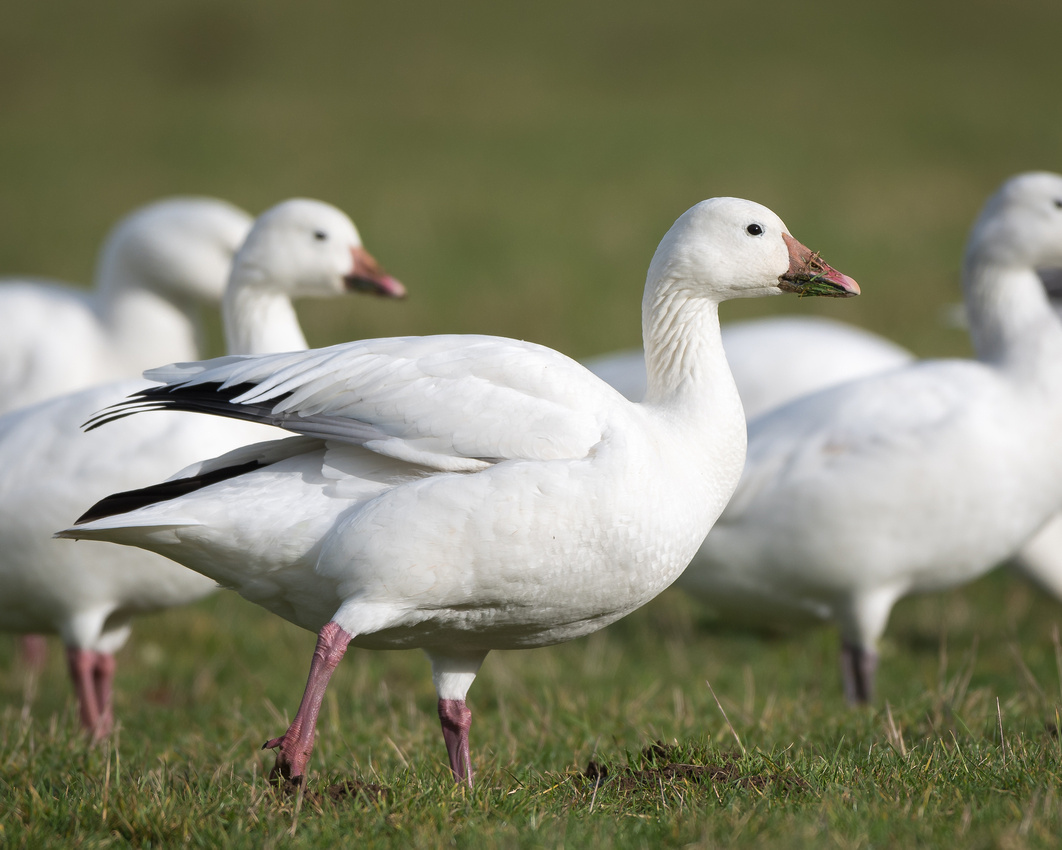 Snow geese at Farmoor reservoir, Oxfordshire.
Snow geese at Farmoor reservoir, Oxfordshire.
I'm waiting for a calm-ish chilly day so I can try and find the Barn owls again. They will often feed most of the time when conditions are like this so fingers crossed.
On New years day I attended a classic car meeting at Brooklands museum in Surrey. A great place to visit for both cars, motorbikes, old buses and aeroplanes. Concorde is on display here. Well worth a visit.
 Ford Falcon with part of the old banked racetrack in the background. Brooklands museum.
Ford Falcon with part of the old banked racetrack in the background. Brooklands museum.
The following weekend was an event I had been looking forward to. It was another classic car meeting but taking place on what was RAF Bicester now known as Bicester Heritage. A fantastic place with old buildings which make great backdrops for old and new cars alike. If you get fed up with the cars you can watch the vintage aircraft flying and if your brave enough, have a flight in one!
 1958 Cadillac Coupe de Ville at Bicester Heritage, Oxfordshire.
1958 Cadillac Coupe de Ville at Bicester Heritage, Oxfordshire.
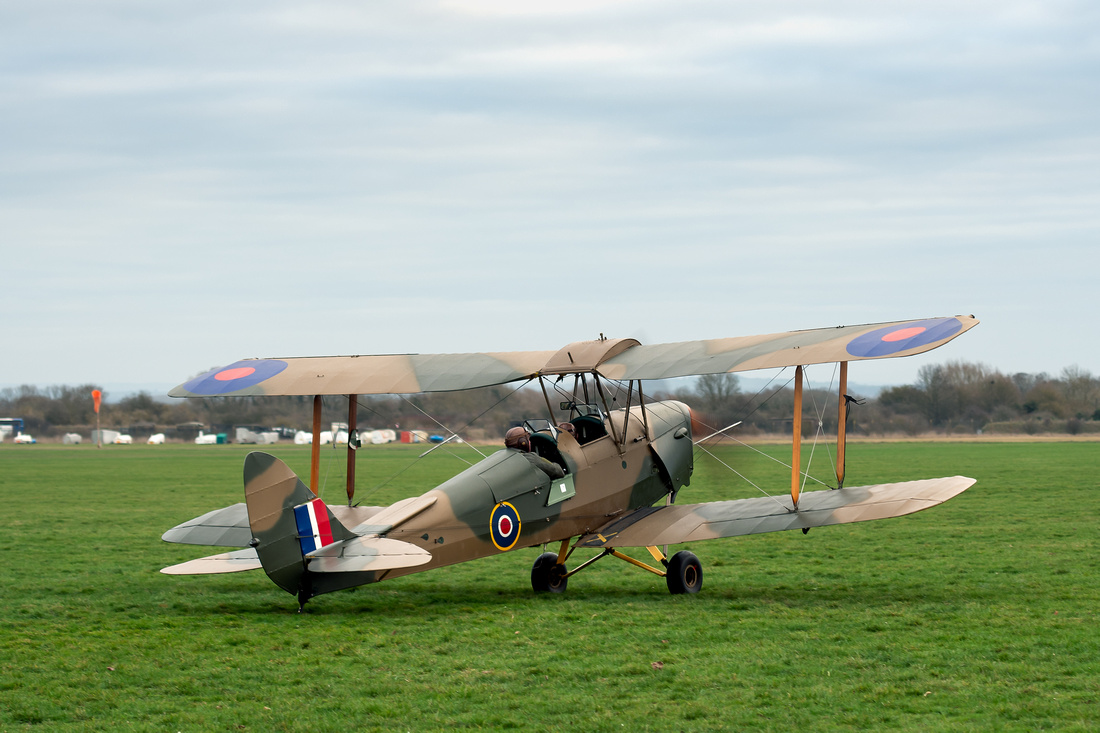 Tiger Moth, Bicester Heritage.
Tiger Moth, Bicester Heritage.
Whilst driving back from Bicester I called in to the village of Brill which is located on top of a small hill which has a windmill. It would have been rude not to have taken a few shots!
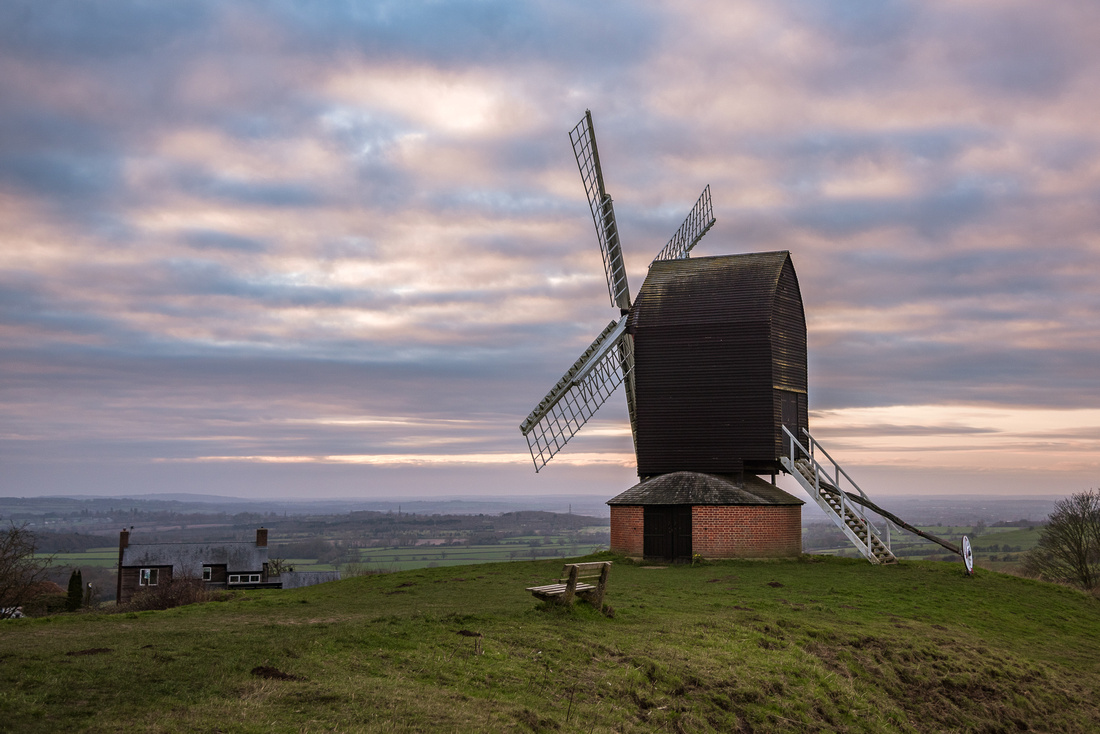
Brill Windmill, Bucks.
That's about it for this month and I do hope this weather picks up so I get some decent shots again. I believe snow is forecast down here next week so I might have to sneak out of work and try and photograph the abundance of red kites round here with snow on the ground!
Thanks for reading my latest instalment.
More of my images can be viewed on my flickr page.
Steve
Well here is my final blog of 2018. It has been a great year from a photography point of view. I even took the first six months of the year off from work and dedicated some time to projects I had planned. I've covered a lot of miles and taken thousands of images and wrecked a couple of lenses in the process!
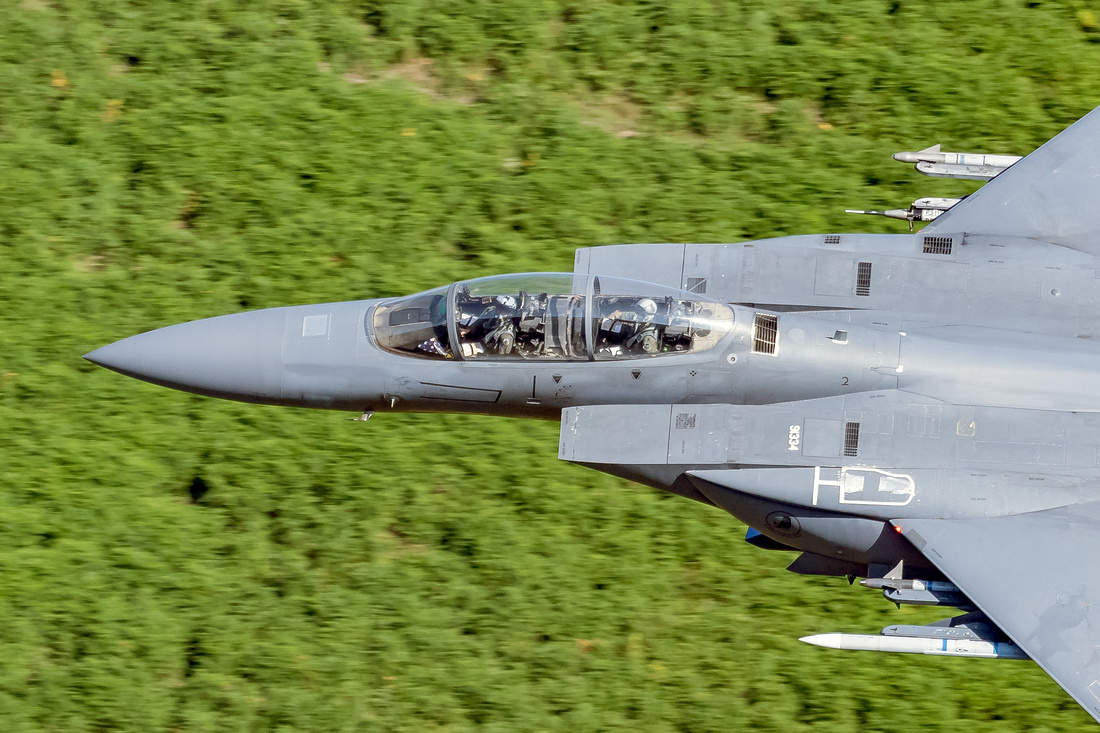 F-15 Pilots checking out the photographers in the Mach loop
F-15 Pilots checking out the photographers in the Mach loop
I paid around 10 visits to the low flying area in North Wales known as the 'Mach loop'. A 250 mile round trip on each occasion but it is always worth it. I only had one 'blank' day which was my own stupid fault for driving up in misty conditions! The day wasn't wasted as I visited the red kite feeding centre at Bwlch nant yr Arian. It always pays to have a back up plan!! A lot of time was spent at the wildfowl & wetlands centre at Slimbridge. One of my favourite reserves. This year was very special as the Common cranes successfully reared 3 youngsters which are still visiting the reserve from time to time.
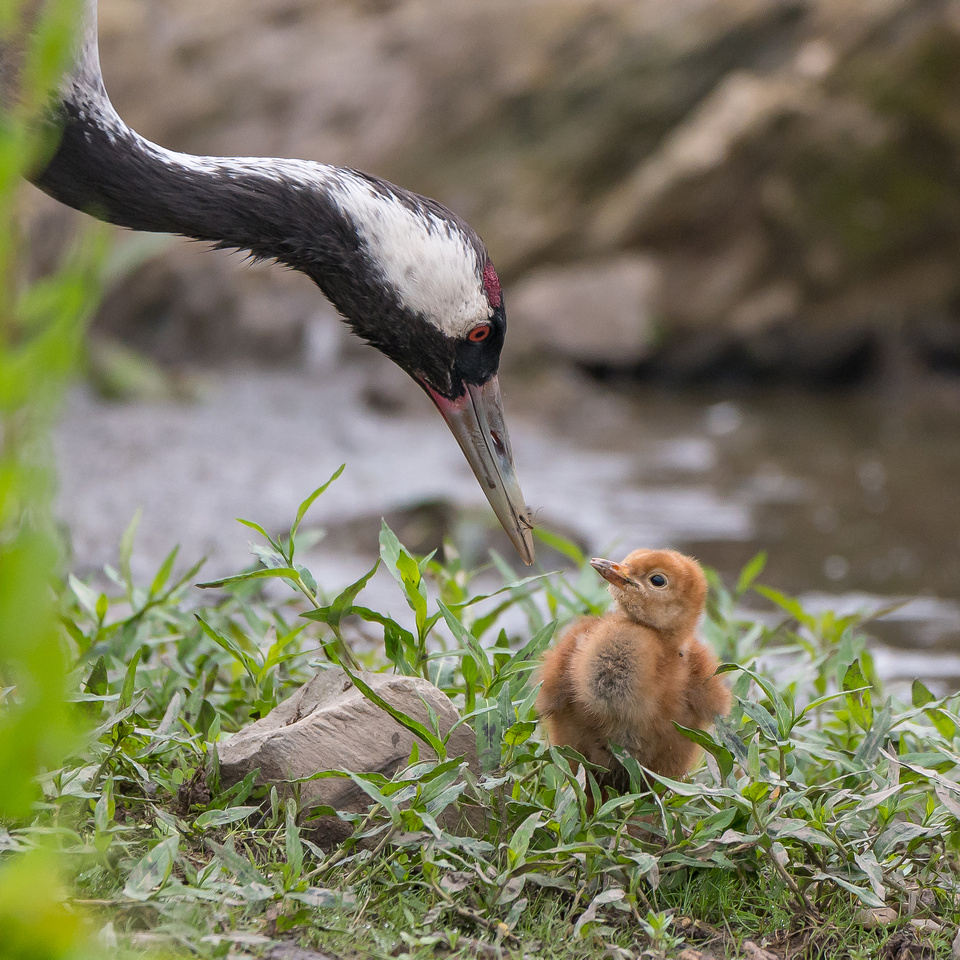 A great year for the Common cranes at WWT Slimbridge
A great year for the Common cranes at WWT Slimbridge
This year I tried my hand at photographing people. Yes real live people. This is totally out of my 'comfort zone' but I enjoyed the challenge. I liked attending the re-enactment events that take place up and down the country and are becoming increasingly popular with photographers.

Had a great year photographing PEOPLE!
As for 2019 I would like to visit parts of Scotland particularly the West coast and maybe the Cairngorms or Shetland. I have never seen a wild eagle and this is the place to go to see them and other wildlife. I am still researching suitable locations so if any of you know of any places I should try it would be much appreciated.
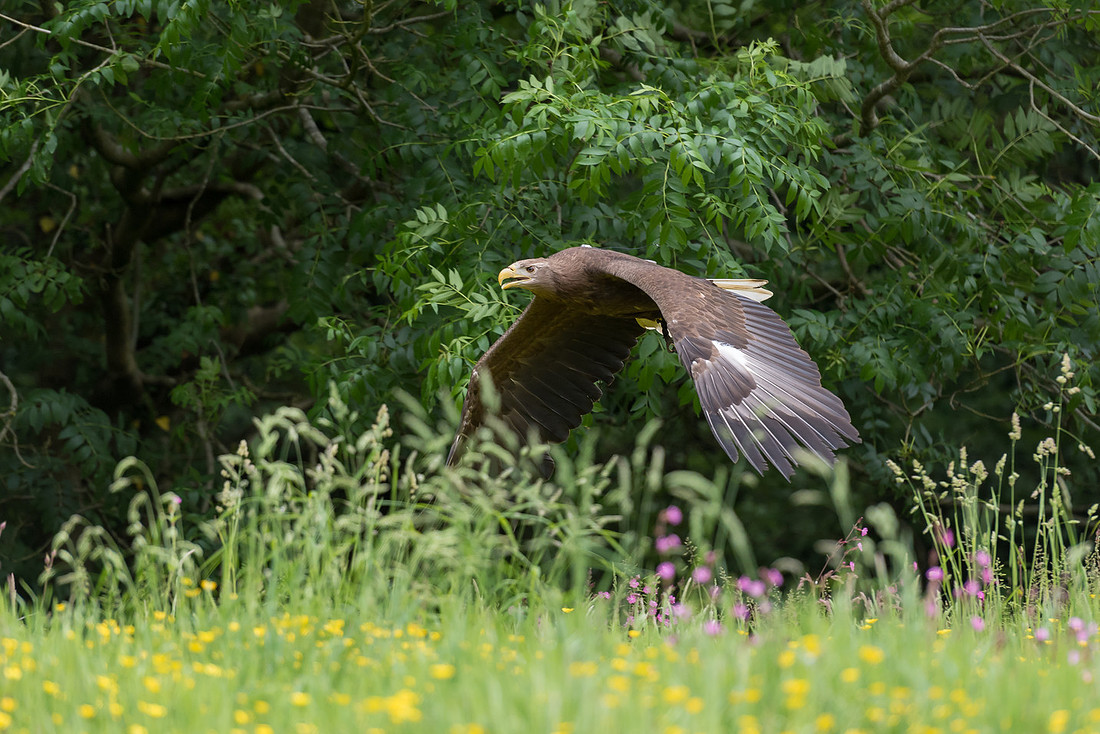 Captive white-tailed sea eagle. A bird I hope to see wild if I visit Bonnie Scotland in 2019!
Captive white-tailed sea eagle. A bird I hope to see wild if I visit Bonnie Scotland in 2019!
Well that's all for now folks.
I hope you all have a great Christmas and All the Best for 2019. I hope you all get cameras off Santa then you can show off your work on my Photos page. Thanks for your support over the last year. It always makes it worthwhile when people appreciate and give brilliant feedback on your photography.
Thanks again
Steve
Welcome to my latest account of my photographic exploits.....or lack of! November has been a quiet month for me. What with the shorter days and working six days a week, I've stayed quite local to where I am based in Oxfordshire. My favourite haunts of Bushy/Richmond park and the WWT London wetland centre are about an hour away and there is always plenty to see there. Even when the deer have finishing with the rutting season there is still plenty of other wildlife to see and photograph. You wouldn't associate London with wildlife but you'd be surprised. Just visit any green space or public parkland.
The Wildfowl & wetland centre at Barnes West London is a brilliant place especially in winter. Lots of waterbirds migrate here from colder countries especially the secretive Bittern. This is a well camouflaged bird who hides in the reed beds but will occasionally show themselves.
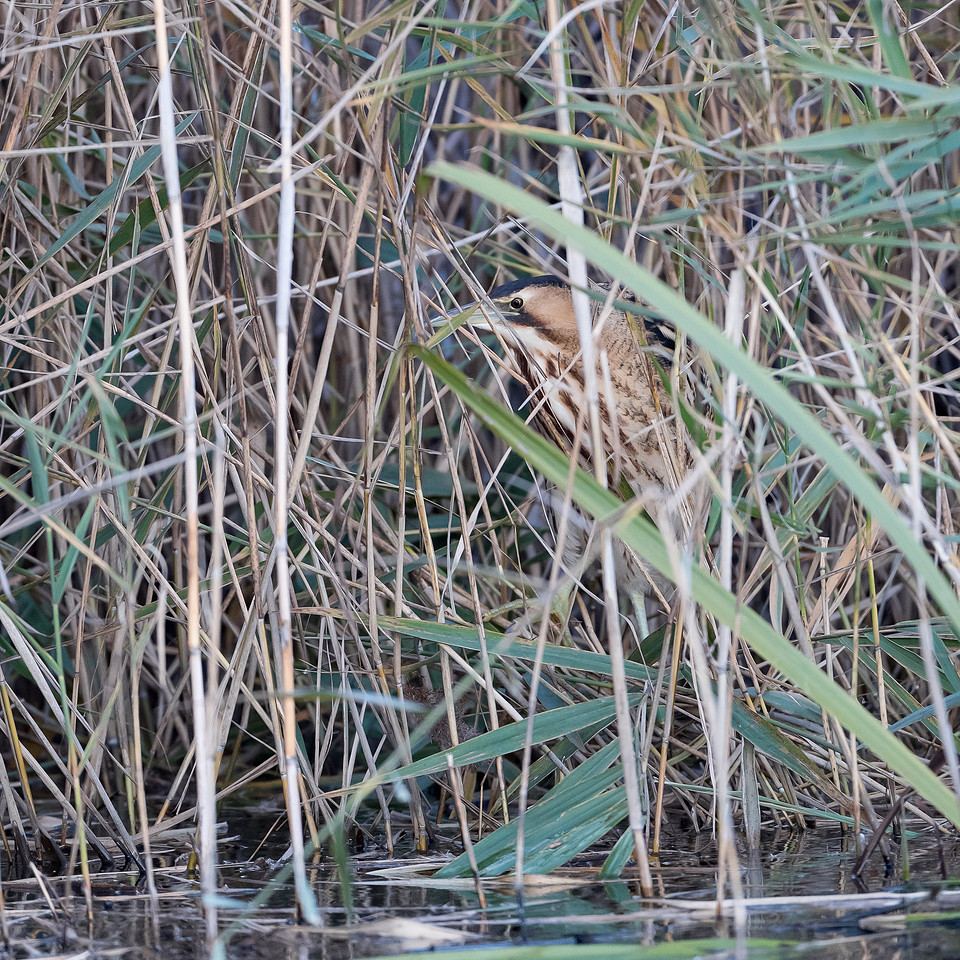
The secretive Bittern hiding in the reed beds at the WWT London wetland centre
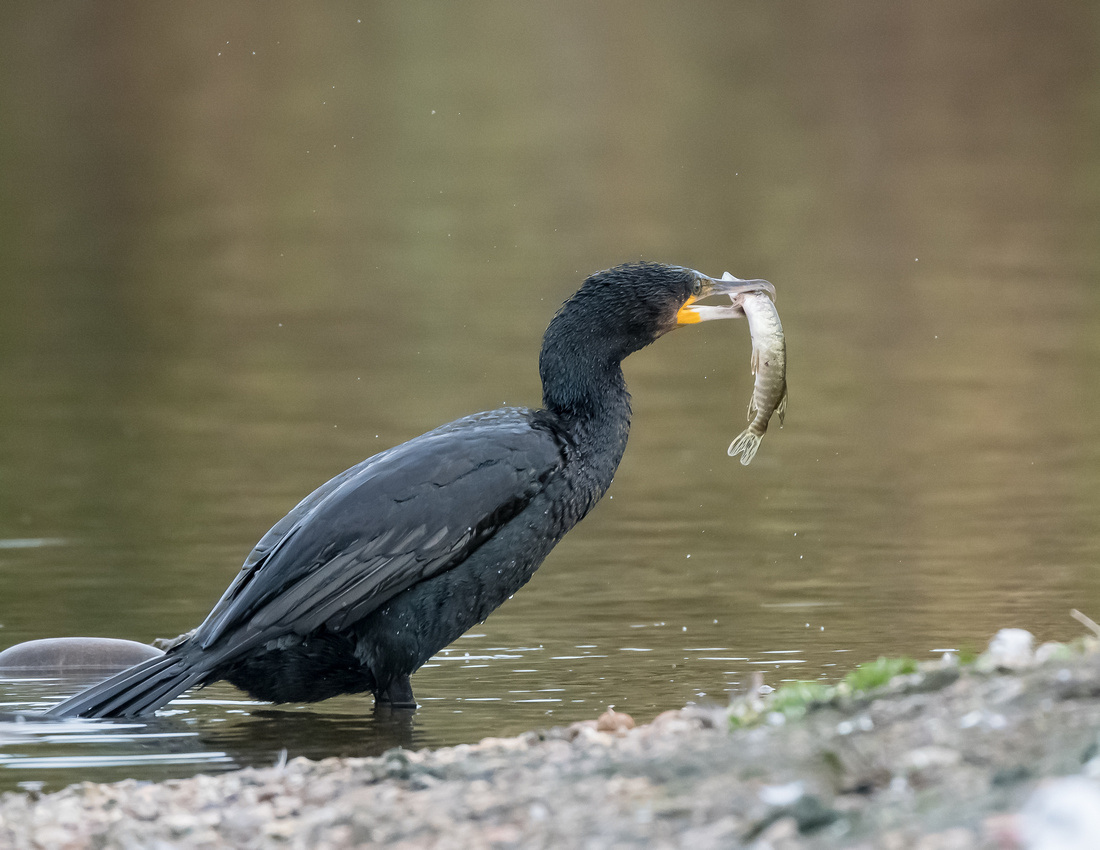 A cormorant with a Pike for breakfast at the WWT London wetland centre
A cormorant with a Pike for breakfast at the WWT London wetland centre
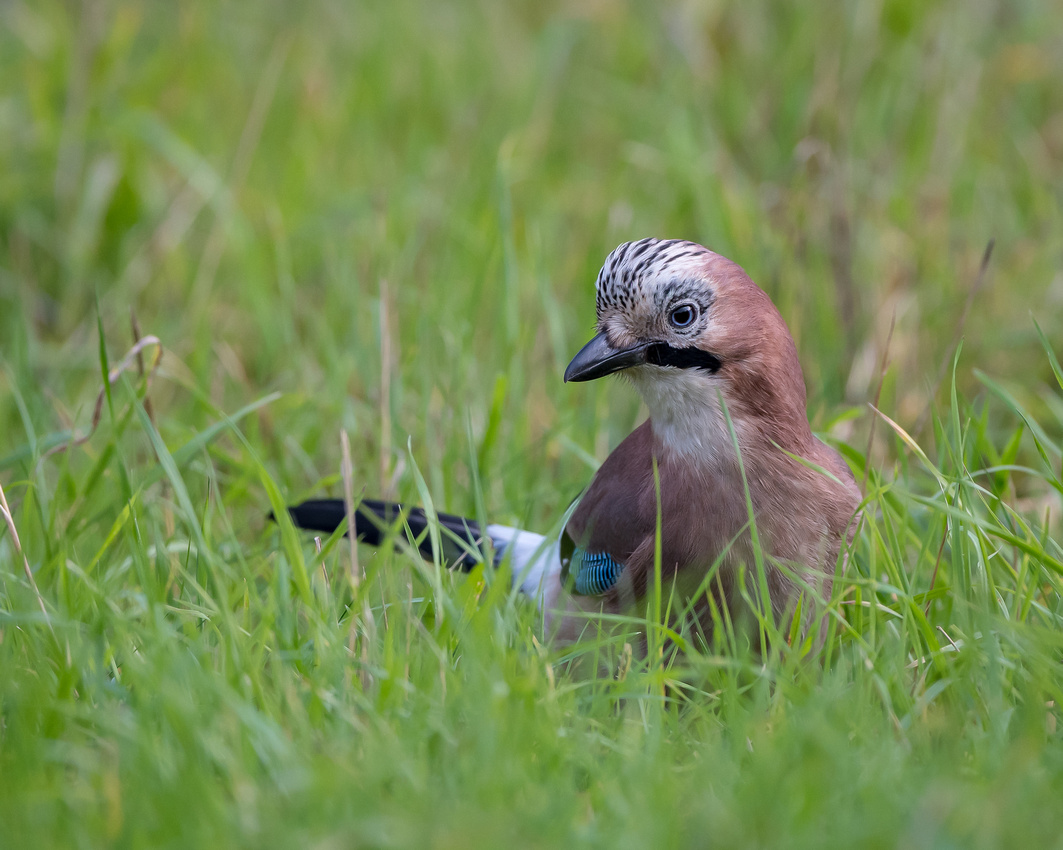 European Jay trying to remember where the acorns are he previously buried!!
European Jay trying to remember where the acorns are he previously buried!!
In Oxfordshire there are plenty of Red kites soaring above the towns and villages but I wanted a shot of them where they were initially released in the Chiltern hills near Stokenchurch. In 1989 five birds were released and now there are reckoned to be a 1000 pairs! If you ever drive along the M40 you are sure to see several of these majestic birds of prey.
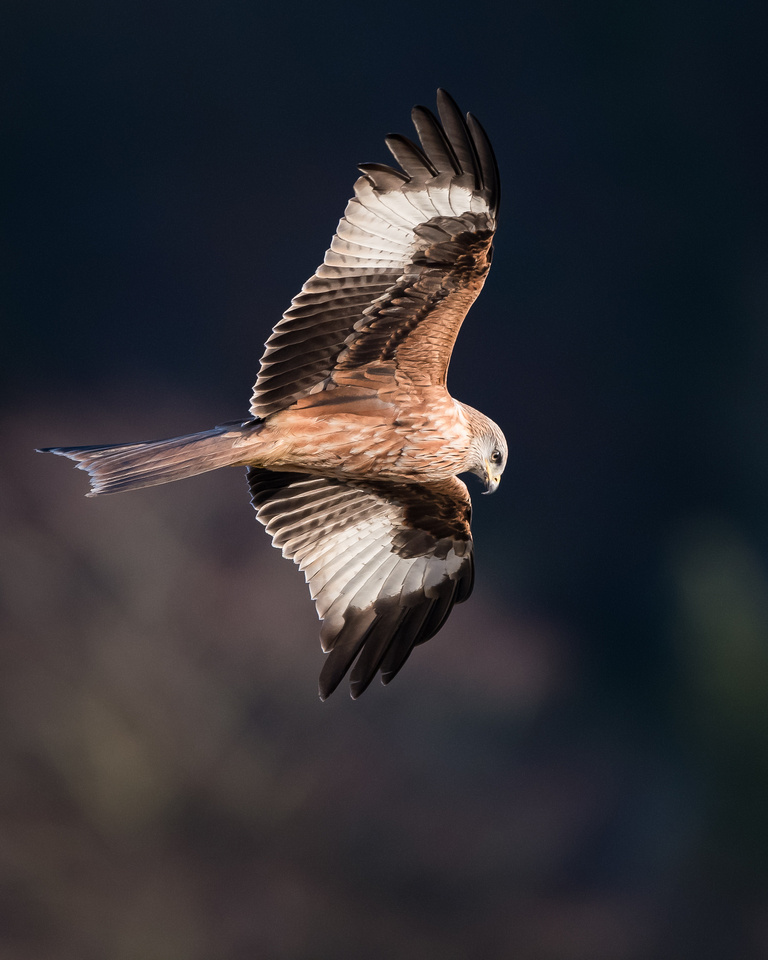
Red kite in the Chiltern hills, Chinnor.
Last weekend I did a one-to-one photographic half day tutorial for a client who wanted to get some decent wildlife shots. I do most of my tutorials at WWT Slimbridge in Gloucestershire which is a great place to get close to wildlife. The only problem with our visit was the good old British weather! Conditions were overcast and almost very dark at times. Fingers crossed we checked out the many hides at Slimbridge and found a very obliging Water rail. Normally a shy bird but hunger will bring them out of hiding and search for food. One of the hides has bird feeders which the water rails will catch any fallen food. My client had never seen one of these so we managed a few OK shots. The water rail saved the day! There were plenty of ducks, geese & swans about but conditions were horrendous. I not only teach my clients how to take better photographs but teach them what signs to look for when photographing wildlife and how best to take interesting shots. I find wildlife that is doing something (as opposed to sitting on a perch) will always make a much better photograph. I can also advise on photo editing techniques I use to get the best out of your digital file. Personally I do very little editing as I tend to get as much correct in camera as possible but with wildlife photography it is not always possible. I also find it very rewarding passing on my knowledge to clients who want to learn how to approach and photograph wildlife.
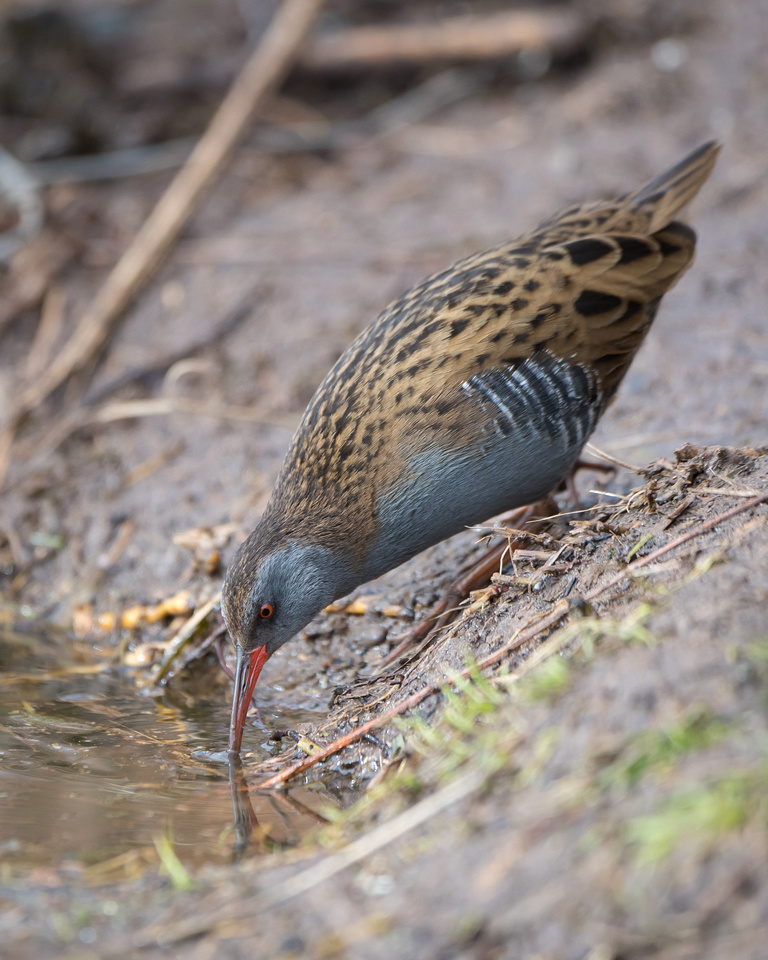
The shy water rail under the feeders at WWT Slimbridge
Thanks for reading my latest instalment.
More of my images can be viewed on my flickr page.
Steve
The temperatures have certainly plummeted these last couple of weeks but that's not an excuse to put the camera gear into hibernation. Winter is my favourite time for photography. I tend to get my best wildlife shots when the weather takes a turn for the worse. The wildlife don't mind and just get on with their daily business. There are also less leaves and cover for the birds and animals to hide unlike Summer when you can here them in the undergrowth but not see them!
During October I've visited new locations such as Tring reservoirs in Hertfordshire, the National finals at Santa Pod and a short trip to my native North of England.
At Santa pod it can be difficult to get the low angle shots of the cars and bikes I've been after but I found a spot which had me using the 500mm lens. At these minor events it's not as busy so ended up getting some great shots.
 Woops!
Woops!
The Dutch rider of the motorbike whose chain snapped above actually contacted me through my Facebook page and ordered a couple of prints. Which was nice.
 Wheelstand! Santa Pod Raceway
Wheelstand! Santa Pod Raceway
These cars develop so much horsepower some of them actually pull a wheelie! Great to watch....must be terrifying for the drivers!!
After scouring the web for local wildlife locations I came across Tring reservoirs in Hertfordshire. They are a group of four reservoirs so I took a trip there one afternoon. Within 5 minutes of leaving the car a flash of blue lightning shot past. A kingfisher, could this be a good omen? I saw it again but I couldn't spot where it was landing. They don't tend to fly long distances. There was quite a few dog walkers etc so I headed to the other quieter reservoir of Tringford. From the viewing hide there was a Great egret with smaller little egrets, herons, swans, ducks and a little grebe. This made up for the lack of kingfisher shots!
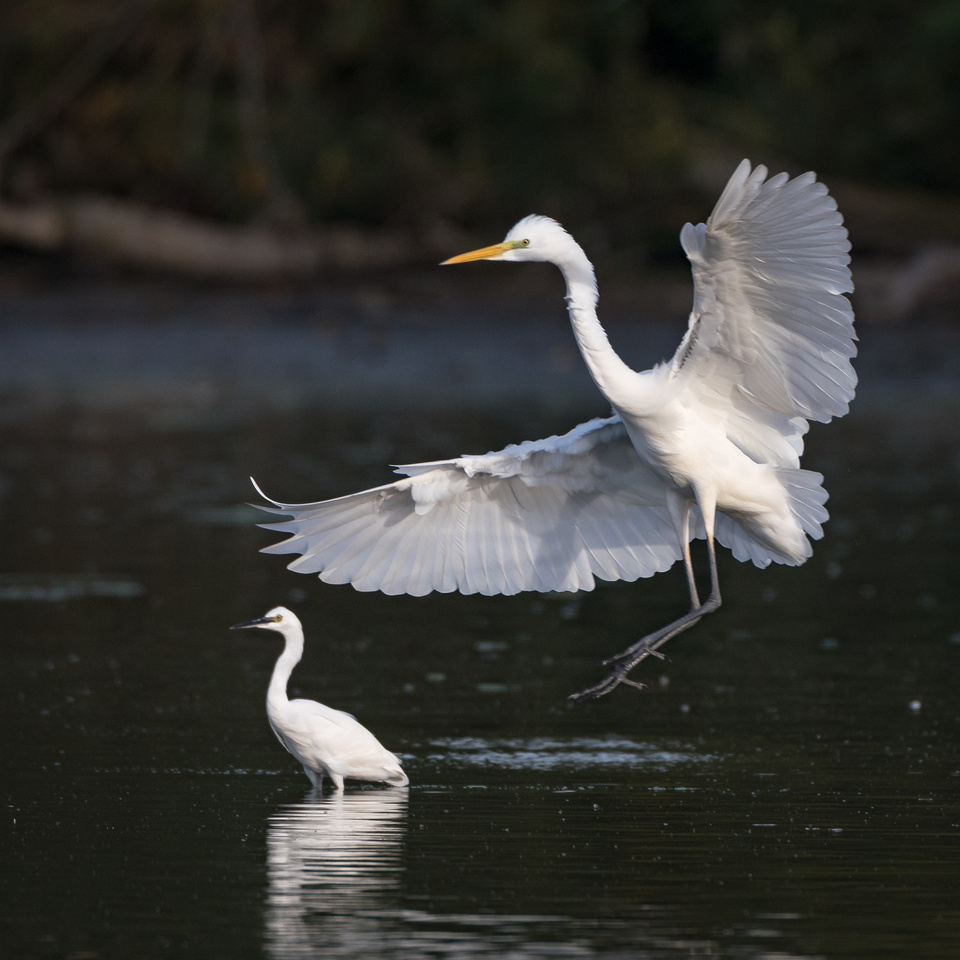
Great egret and little egret at Tringford res.
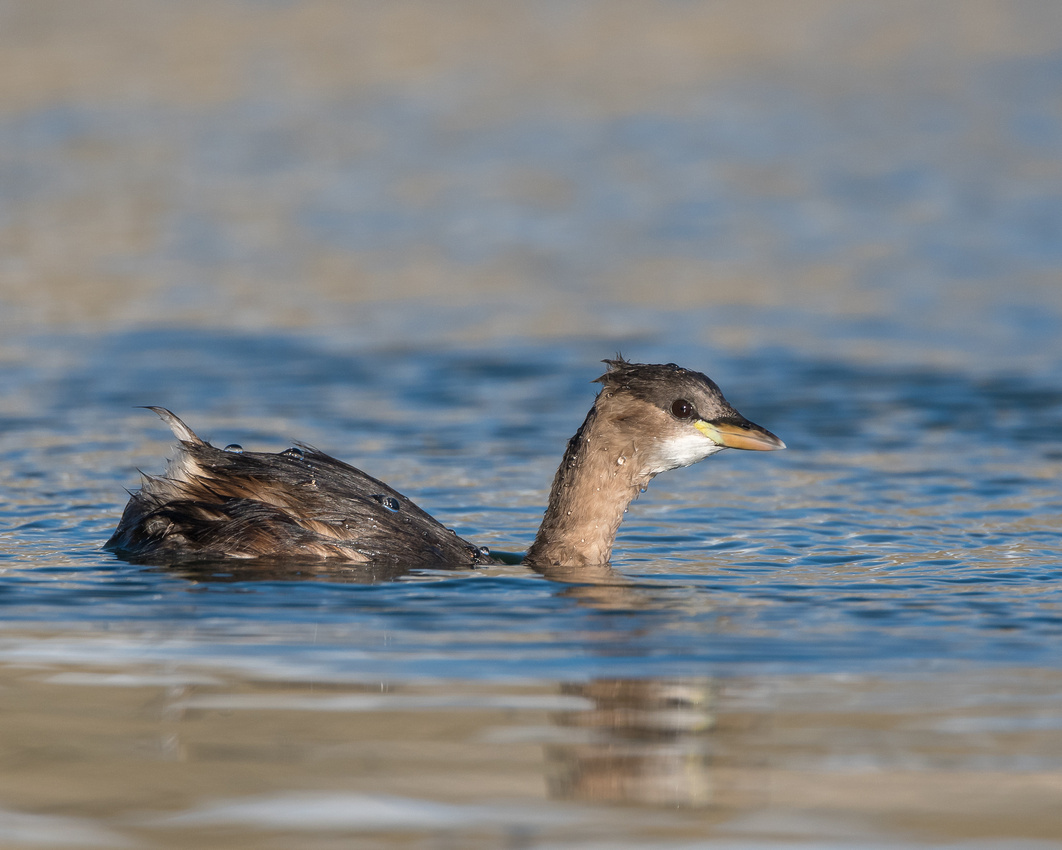 Little grebe
Little grebe
I'd been reading the local bird sightings for Oxfordshire and there were reports of a Barn owl feeding at Farmoor. In all my years of photography I had never photographed a wild barn owl so off I headed there and walked over the reservoir causeway to where it hunts close to the River Thames. Within five minutes the unmistakable sight of the owl was spotted hunting for voles over the fields. Talk about right place at the right time. I took plenty of shots to make sure there I got some 'keepers'. Normally when I have a target species such as this owl I tend to see more of them. I hope so. Oxfordshire is a a very rural part of the UK with ideal territory for owls.
 Barn owl hunting at Farmoor, Oxon.
Barn owl hunting at Farmoor, Oxon.
Mid October I had a trip to the North of England to visit family which was spent in the Lake District. This part of the world is stunning in the Autumn and managed a few landscape shots. A subject I don't tend to do as much.
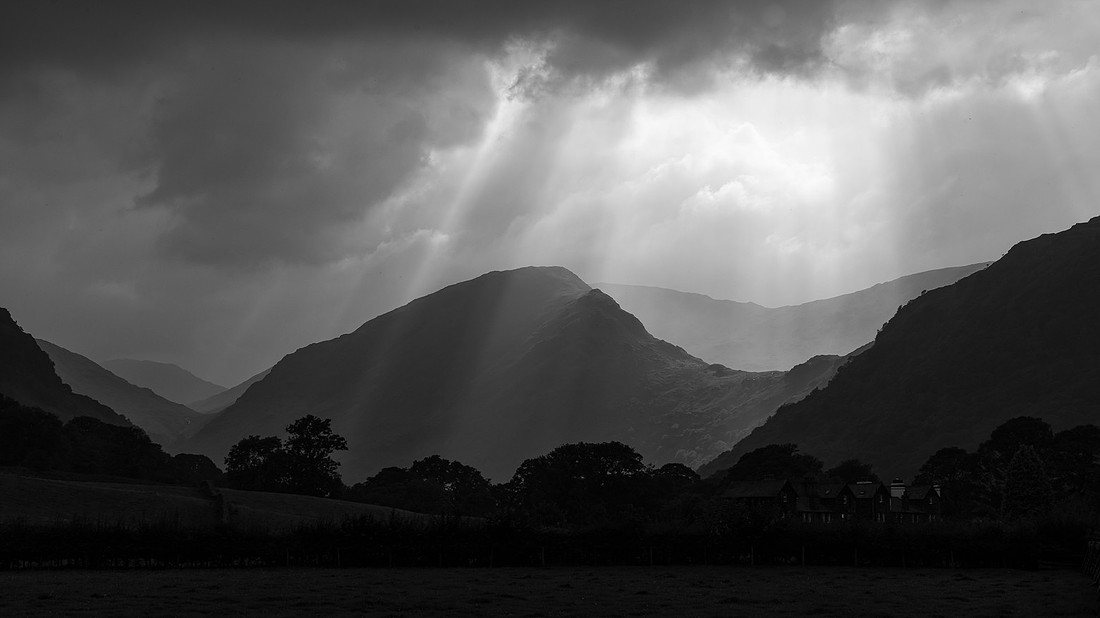 Moody skies over Borrowdale, Cumbria.
Moody skies over Borrowdale, Cumbria.
Whilst up North I visited the RSPB reserve Leighton moss. One of my favourite reserves. I arrived in the dark and made my way to the hides hoping to spot the red deers. Whilst walking there you walk through a large reedbed. I could here the stags calling, owls hooting and wildlife stirring in the reeds. Kind of spooky but a great experience to witness. As I entered the hide a barn owl flew towards the building and sat on the window sill! It was still dark so we just sat and stared at each other for a few seconds. Magical! Told you I would see more barn owls!!!
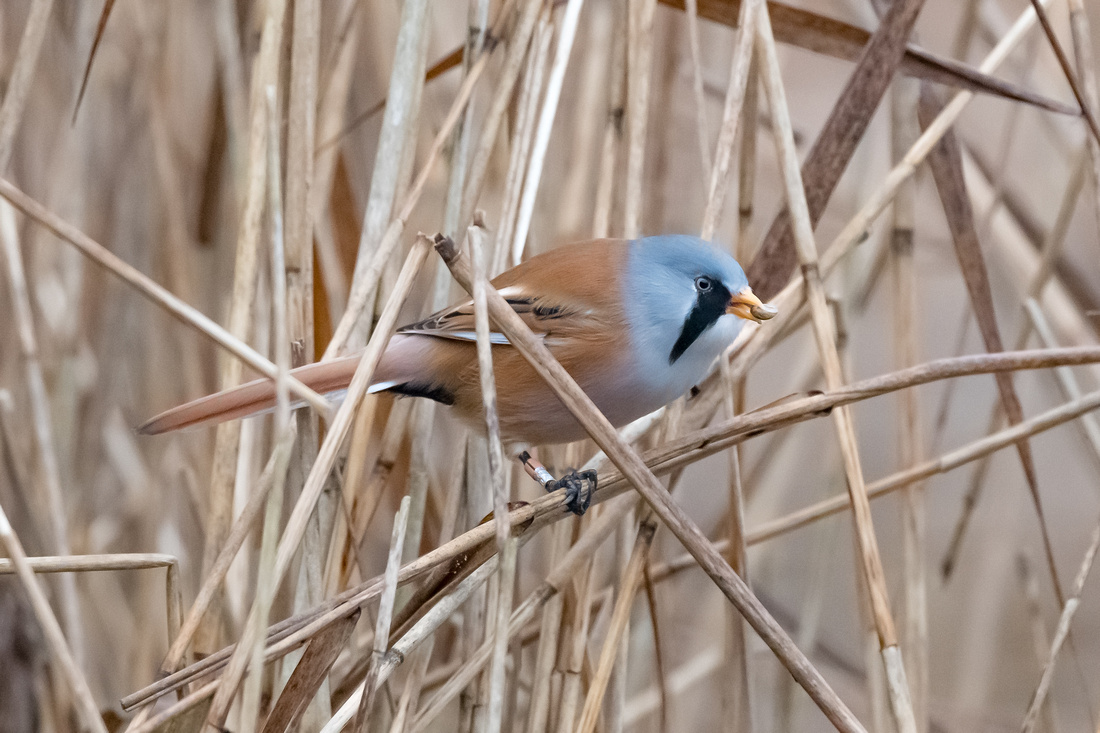 Bearded reedling at RSPB Leighton moss, Lancashire.
Bearded reedling at RSPB Leighton moss, Lancashire.
Towards the end of this month (October) I called in at Bushy park, London. The red deer were all chilling out recovering after several weeks of the deer rut but the Fallow deer were still active. It's not just the deer you can spot in Bushy. There is an abundance of bird life such as ducks, Egyptian geese, swans, parakeets, woodpeckers etc. The herons here are used to people and you can get some great close ups of these birds.
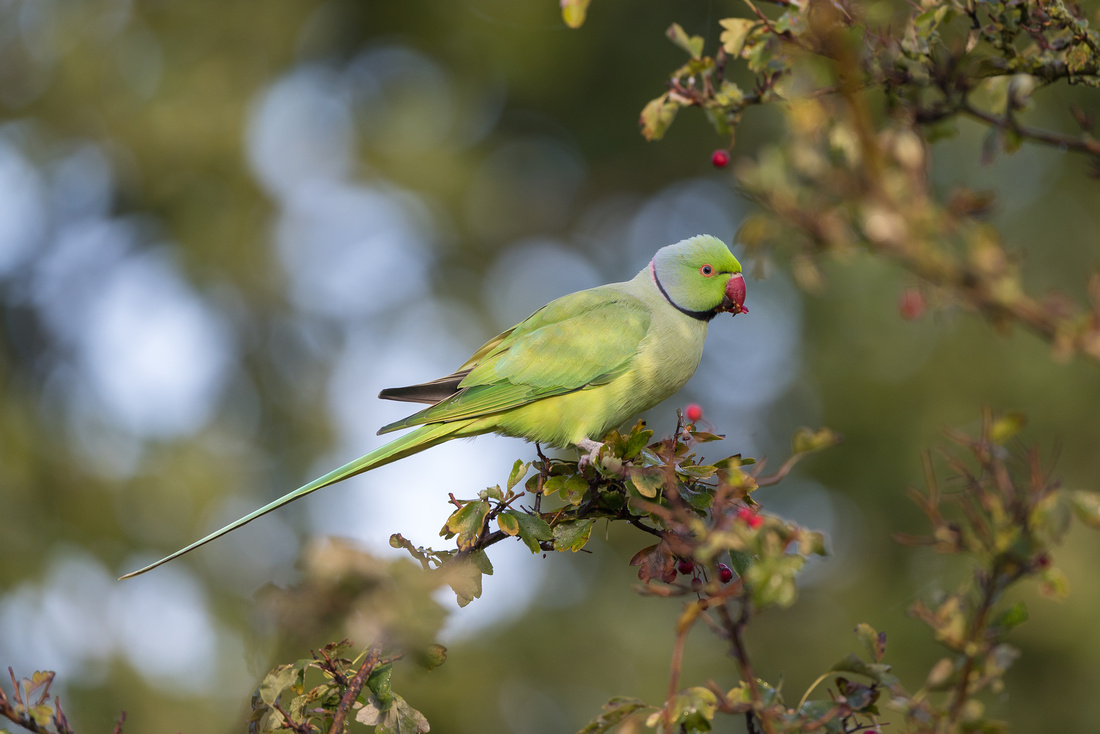 Rose ringed parakeet in Bushy park.
Rose ringed parakeet in Bushy park.
 Red deer stags chilling out, Bushy park.
Red deer stags chilling out, Bushy park.
Another location I visited in Oxfordshire is RSPB Otmoor. I didn't have much luck on my last visit so decided to try again. It's quite a hike from the car park carrying a lens/camera combination of around 12lbs and backpack. I thinks it's a 3 mile round trip. Certainly felt like more!!
There are two viewing screens over the lakes here so I headed for those. On the way I saw kestrels hovering for small mammals and a few hares.
Once at the screen there were a few other photographers there. Do they know something I don't know?? Ten minutes later a Great bittern flew in front of the reedbed. A great start. Then 15 minutes later I spotted another feeding in the reeds. These are normally shy and elusive birds, but not today!
As the sun began to set I stayed to witness the starling murmuration. There were thousands of these birds diving into the reeds and taking off again. This sort of behaviour usually alarms the birds of prey who will join in for an easy meal.

Great bittern.
Thanks for reading my latest instalment.
More of my images can be viewed on my flickr page.
Steve
I've now spent two months down in Oxfordshire due to work commitments and have managed to spend a few days exploring new locations mainly for my love of wildlife photography. Farmoor reservoirs are on the west of Oxford and are a magnet for wildlife. Also the River Thames is close by which is also used to top up the reservoirs if they get too low. It's a great place for Great crested grebes, cormorants, various wagtails, ducks, coots and a few waders which stop over to recover during their migration.
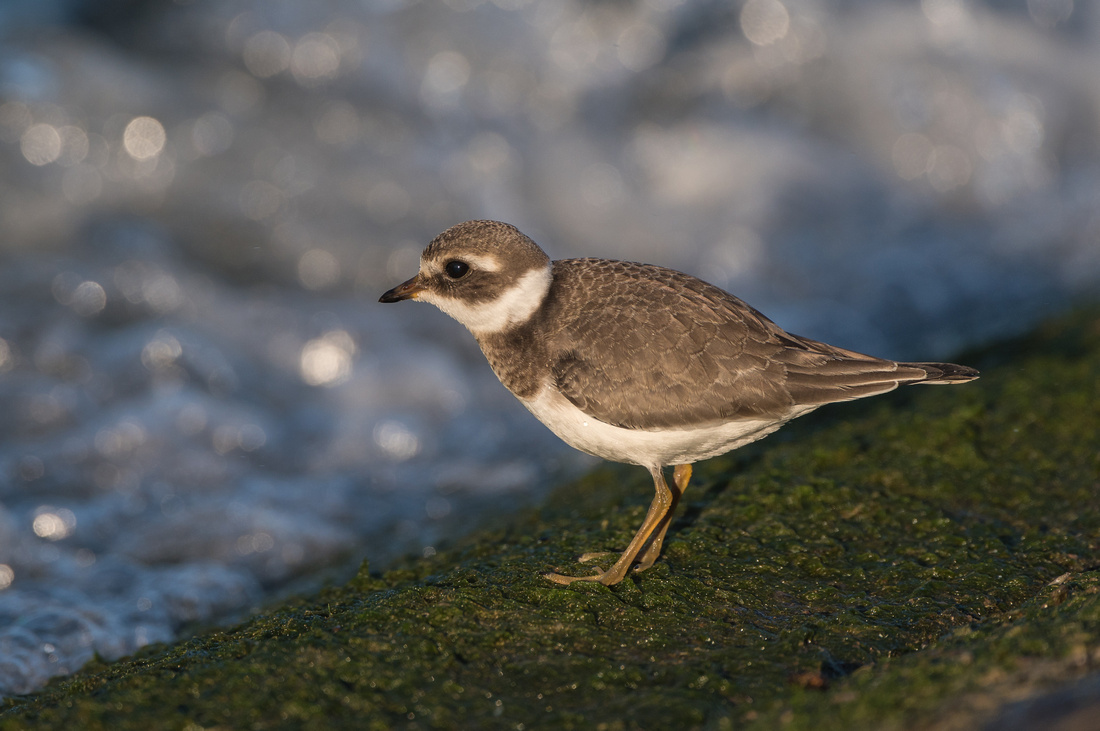 Juvenile ringed plover at Farmoor reservoir.
Juvenile ringed plover at Farmoor reservoir.
Other sightings here are barn owls, hobby and red kites.
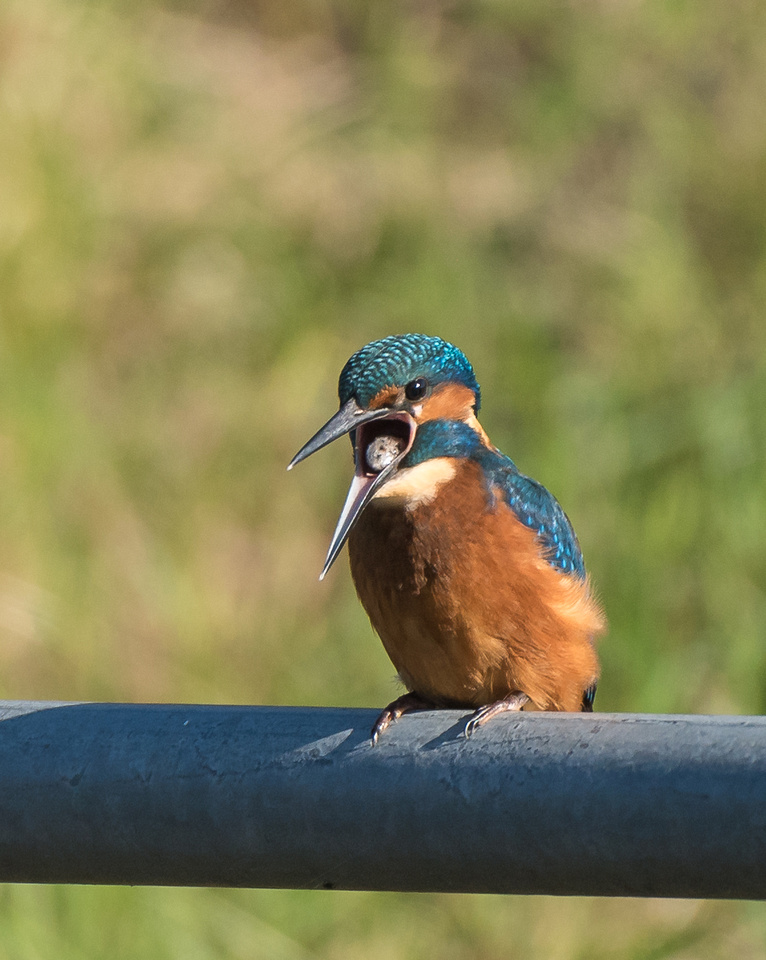
Male kingfisher regurgitating a pellet, Pinkhill lock, River Thames, Oxon.
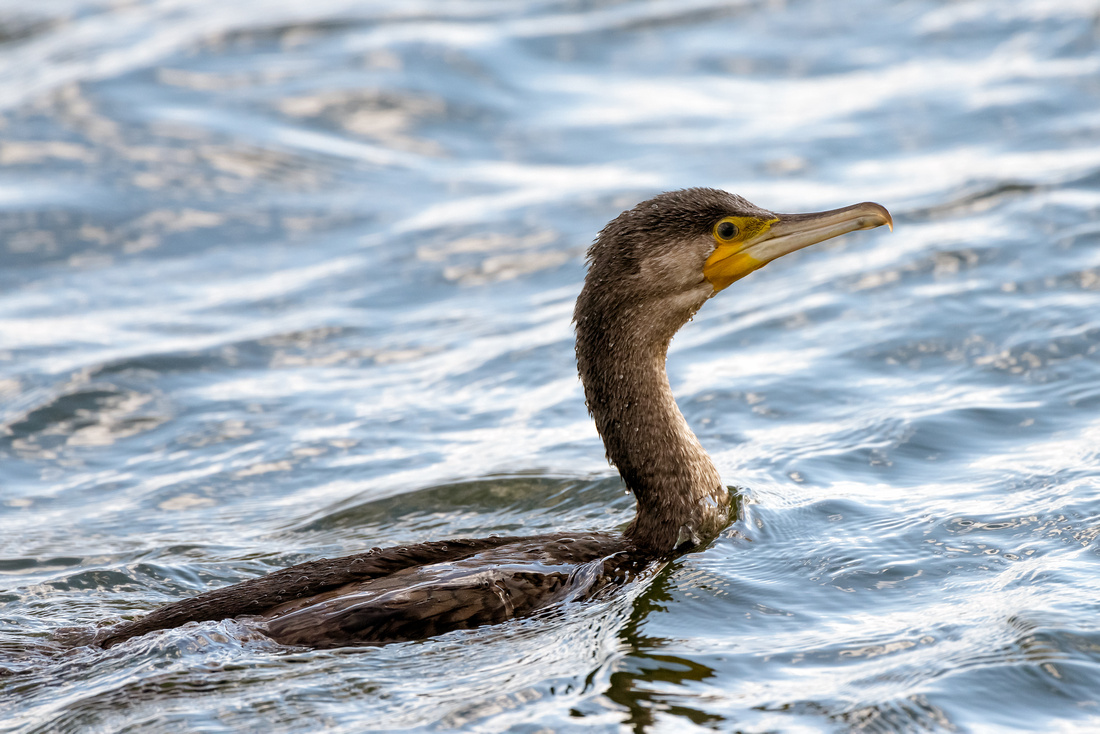 Cormorant at Farmoor reservoir.
Cormorant at Farmoor reservoir.
I'm still on the look out for new locations in the Oxfordshire area if any of you know of any!
Not far from were I stay is Santa Pod Raceway, the home of European drag racing. I've been visiting 'The Pod' for over 30 years now and the cars are getting faster and faster. The beauty of drag racing is you see all the race which covers only a 1/4 of a mile. But in that distance the top cars can reach speeds of over 300mph in under 4 seconds!! I managed two visits during September, the Euro finals and the Hot rod drags. Both great events. If you've never witnessed drag racing this is the place to go.
 Top fuel dragster Euro finals winner 2018. Anita Mäkelä on her way to 310mph in 3.87 seconds!
Top fuel dragster Euro finals winner 2018. Anita Mäkelä on her way to 310mph in 3.87 seconds!
s
 Sling-shot dragster burn out at the Hot rod drags, Santa pod.
Sling-shot dragster burn out at the Hot rod drags, Santa pod.
In mid September I managed a long overdue visit to WWT Slimbridge. It had been 2 months since my last visit. Even the wardens wanted to know were I'd been! It was a dull and showery day but this doesn't affect the wildlife. On my visit a family of common spoonbills called in for a couple of days. Usually when birds are on migration and the weather takes a turn for the worst birds will shelter here and recover and feed up.
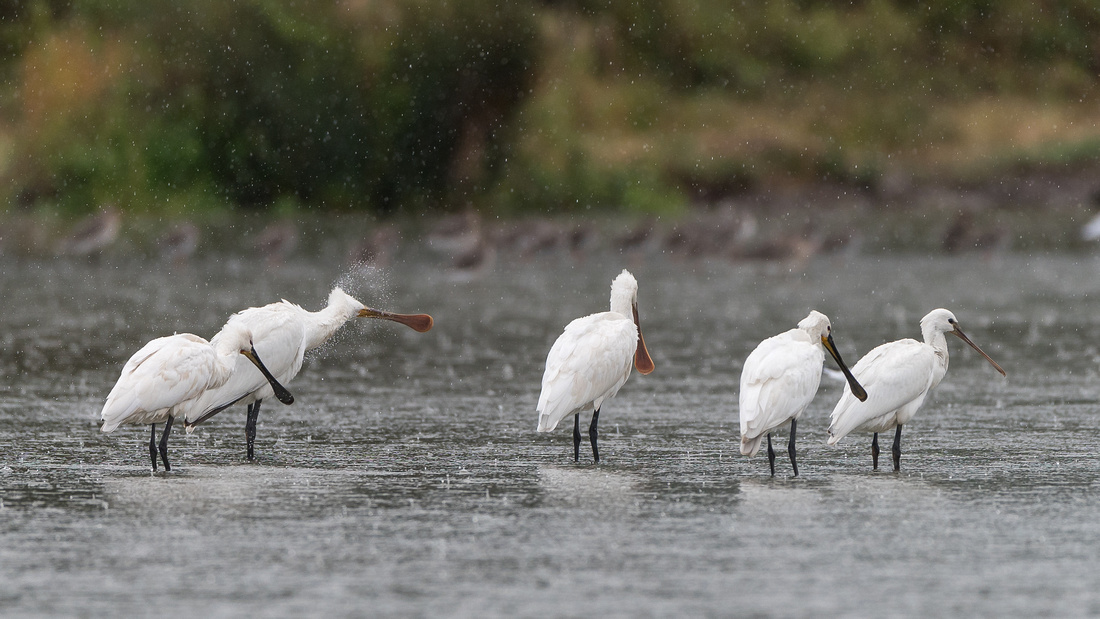 Common spoonbill family. Two adults and three juveniles at Slimbridge.
Common spoonbill family. Two adults and three juveniles at Slimbridge.
I haven't managed to photograph the deer rut yet but I am planning a visit during the first half of October. Autumn is an excellent time to get out with a camera. You don't need a pro spec camera set up. You can get great shots with most new smart phones.
 Autumn leaves photographed using a mobile phone.
Autumn leaves photographed using a mobile phone.
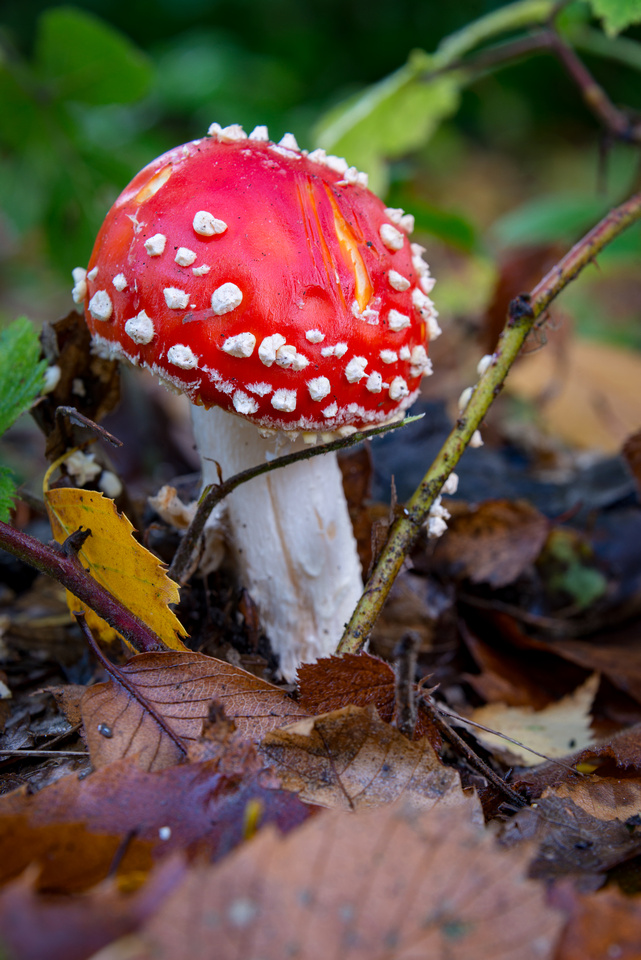
Fly agaric (poisonous!!)
Also watch out for fungi but DON'T eat these. Please upload your autumnal shots to my photography page, there are been some great shots recently so keep up the good work.
Thanks for reading my latest instalment.
More of my images can be viewed on my flickr page.
Steve
Welcome to my monthly account of my photographic adventures. The month of August has quietened down a bit as I am now spending more of my time in Oxfordshire with work commitments. I work in the aviation sector making new and repairing aircraft components. It takes me all over the UK and Europe so I get to explore new areas with my cameras.
 Pitstone windmill, Buckinghamshire.
Pitstone windmill, Buckinghamshire.
I managed to fit in one more trip to the Mach loop in Mid-Wales to photograph the low flying jets. I probably wont visit there till next year so I was treated to some great passes mainly from aircraft based at the USAF (US Air Force) bases.
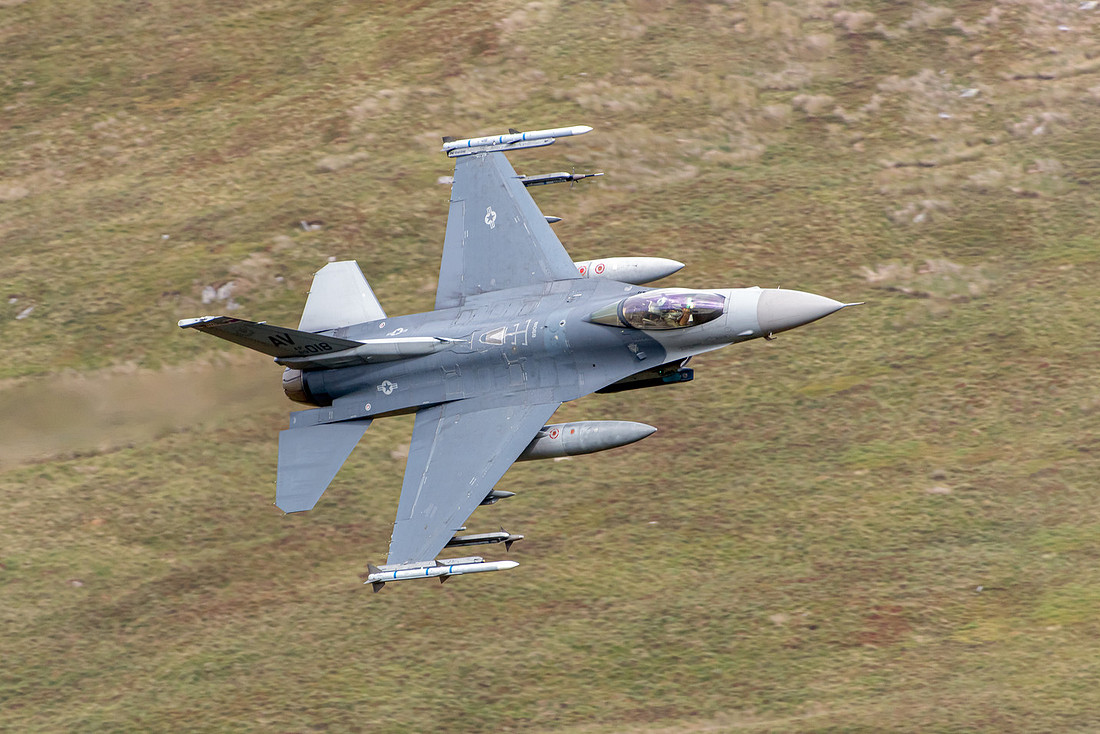 F16 Fighting Falcon flying through the Cads in the Mach loop, Mid-Wales.
F16 Fighting Falcon flying through the Cads in the Mach loop, Mid-Wales.
I paid a visit to Spetchley house in Worcestershire where there was a re-enactment event. People were dressed up in period costume from the Roman Empire up to the 2nd World War. It was a great event which was is held every year in August when the weather is supposed to be better! It wasn't bad on the Saturday but it lashed down on the Sunday!
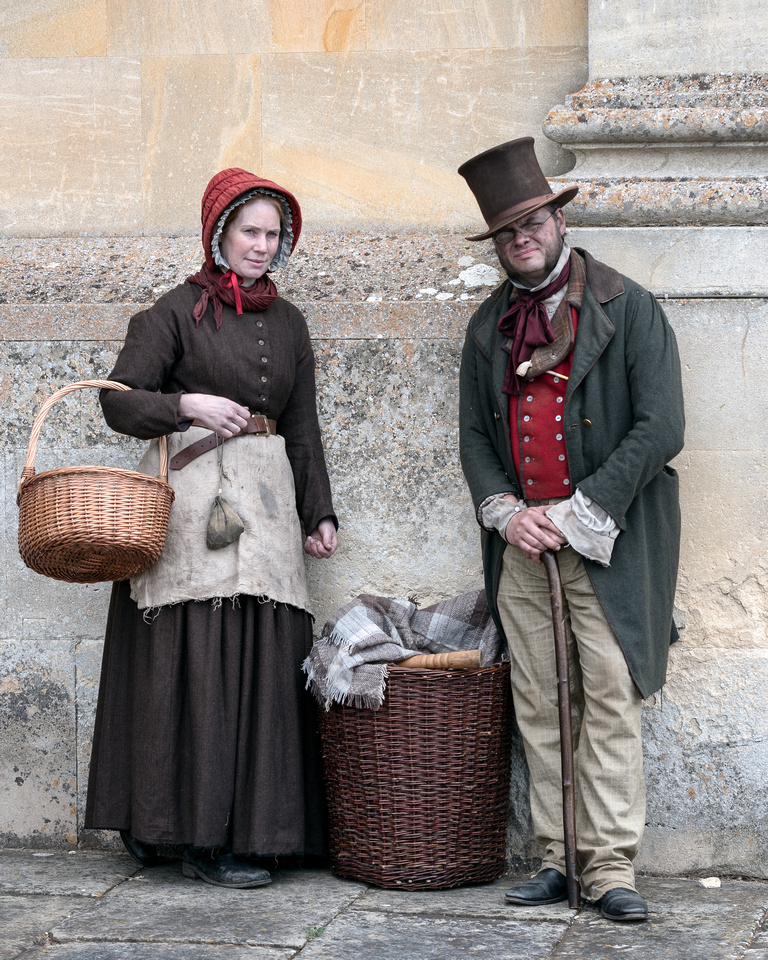
The Ragged Victorians at Spetchley house, Worcestershire.
Being based in Oxfordshire means I'm closer to one of my favourite haunts which is the British Wildlife Centre in Surrey. I haven't visited here since January 2017 so a visit was long overdue. It was great to see the keepers and some new additions to the centre. The animals enclosures are set out as natural as possible which makes for some great photography.
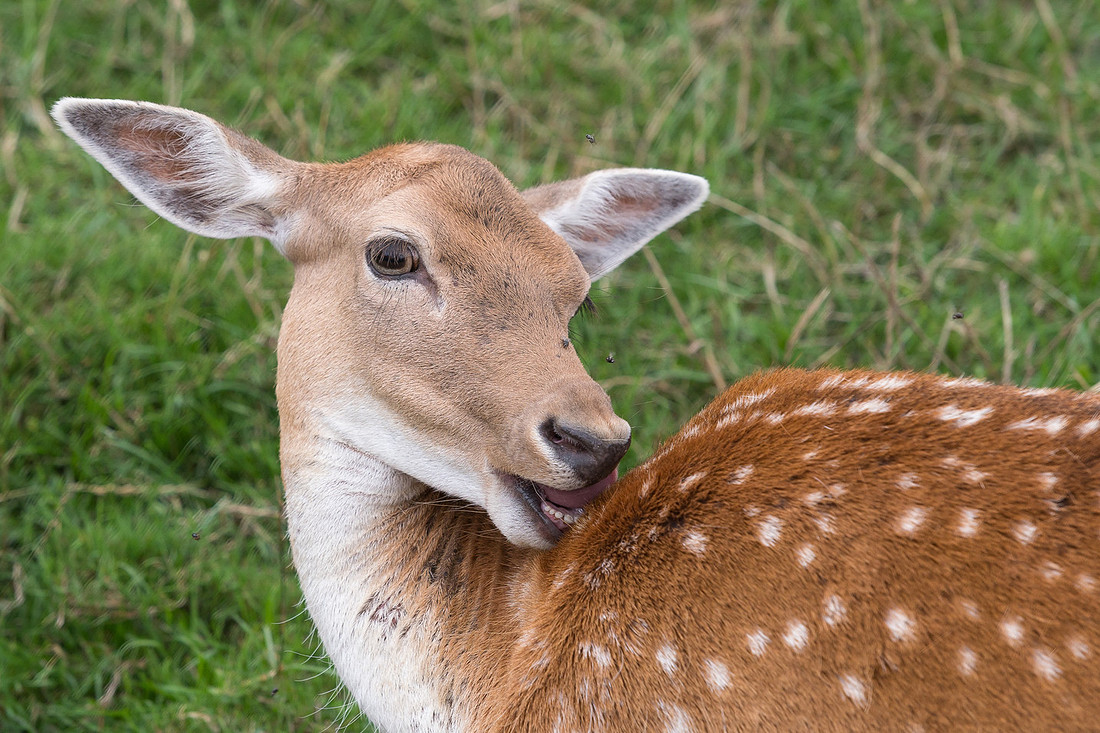 Fallow deer with an itch! British wildlife centre, Surrey.
Fallow deer with an itch! British wildlife centre, Surrey.
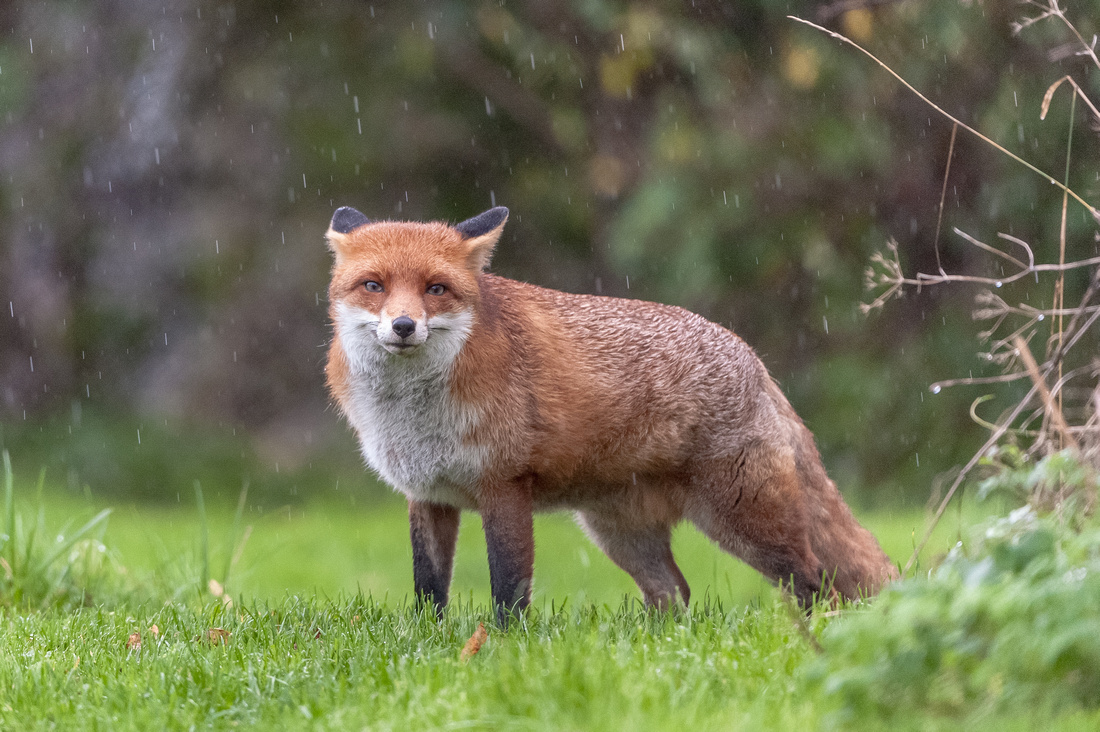 Flo the red fox not impressed with the British Summer!
Flo the red fox not impressed with the British Summer!
Not too far from where I am based is Whipsnade zoo. Zoos are great places to practice your animal photography. The beauty about Whipsnade is that their enclosures are very large which gives them plenty of space to roam. A challenge with some zoos is you spend a lot of time waiting for the animal to move away from fences etc so you can get that almost 'natural' shot.
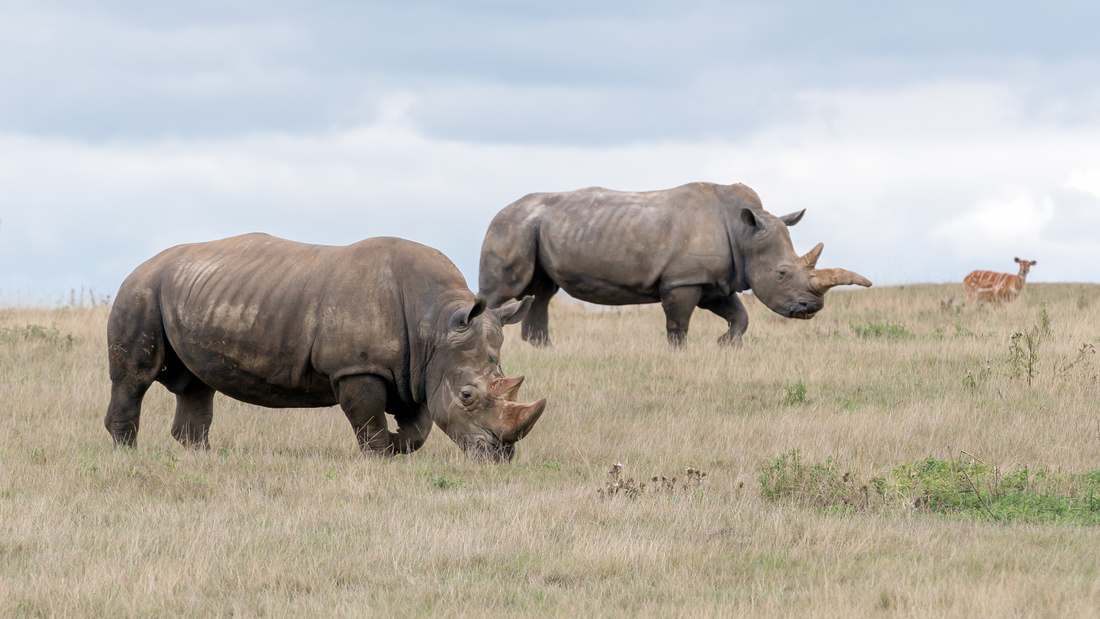 White rhinos with not a fence or cage in site. Could almost be in Africa! Whipsnade zoo.
White rhinos with not a fence or cage in site. Could almost be in Africa! Whipsnade zoo.
Next month (September) I hope to visit Santa Pod Raceway which is the home of British drag racing. Drag racing is motor racing in a straight line over a 1/4 of a mile to determine the quickest in each class of vehicle. The fastest cars which are the Top fuel dragsters cover the quarter mile in 3.9 seconds at speeds of over 300 mph!! Amazing to watch. I just hope the weather will be kind!
 Drag racing at Santa Pod, Bedfordshire.
Drag racing at Santa Pod, Bedfordshire.
Usually from mid-September till the end of October sees the start of the deer rut. This is were the deer stags are in their mating season with plenty of action from the stags who defend their harem of females. I've never actually witnessed a full on battle between two stags. Hopefully this year. I will be watching them in the London parks of Bushy and Richmond. A couple of new venues I may visit is Woburn Abbey which has a good head of different deer species and Stonnor Park not far from Oxford which has a wild herd of Fallow deer.
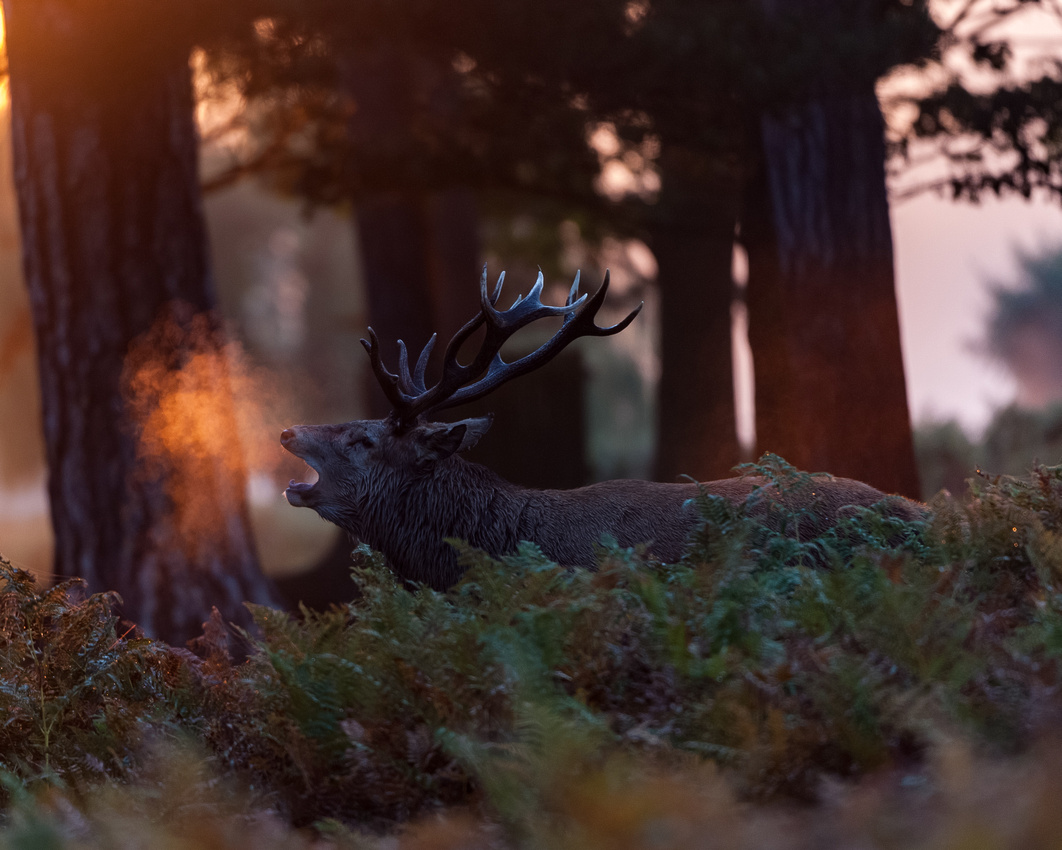 Red deer stag in Bushy park, London.
Red deer stag in Bushy park, London.
OK folks that is all for this month. Sorry it has been a bit shorter than usual due to work getting in the way but that's life and I have bills to pay! Lol!!
Thanks for reading my latest instalment.
More of my images can be viewed on my flickr page.
Steve
As this scorcher of a Summer rolls on, sometimes unbearably hot I've been photographing less and less wildlife. It's even too hot for them and they tend to be more active at the start and end of the day. The insects and butterflies are in their element.
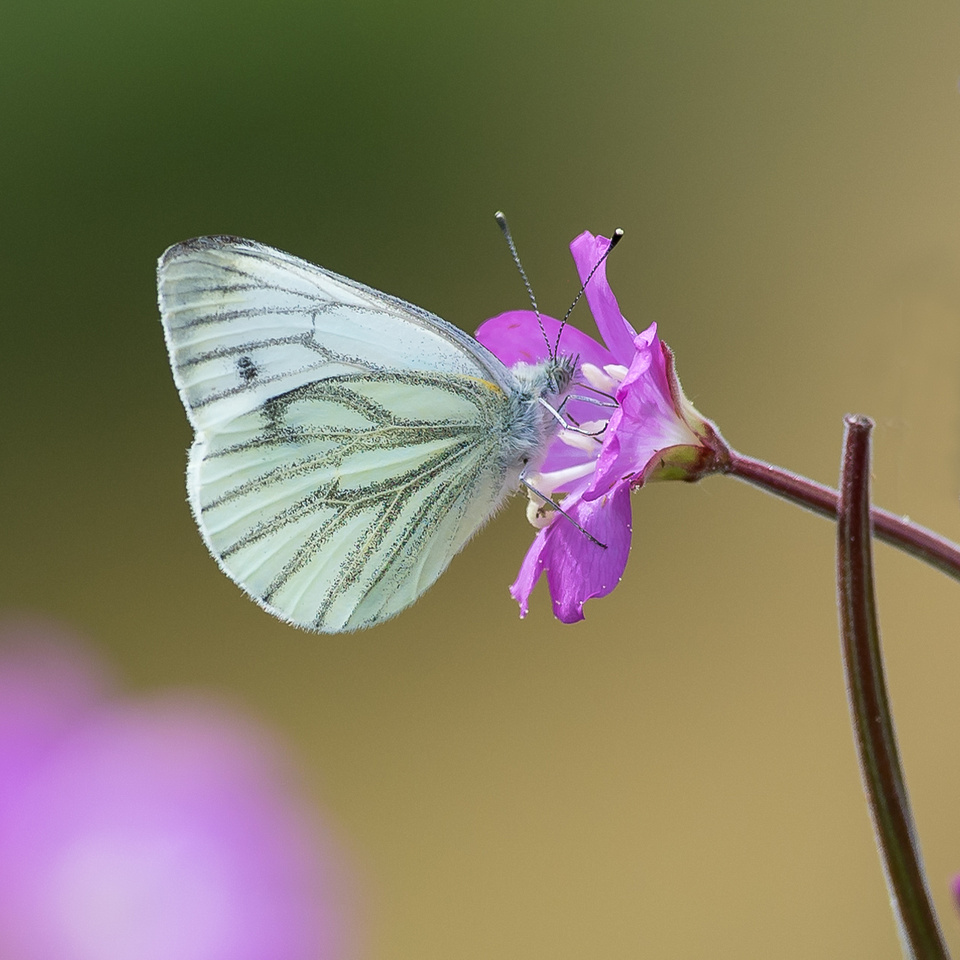
A green-veined white butterfly
At my usual haunt of WWT Slimbridge there have been a few young cuckoos spotted round the reserve. Not easy to photograph as they hide among the tree tops calling for food.
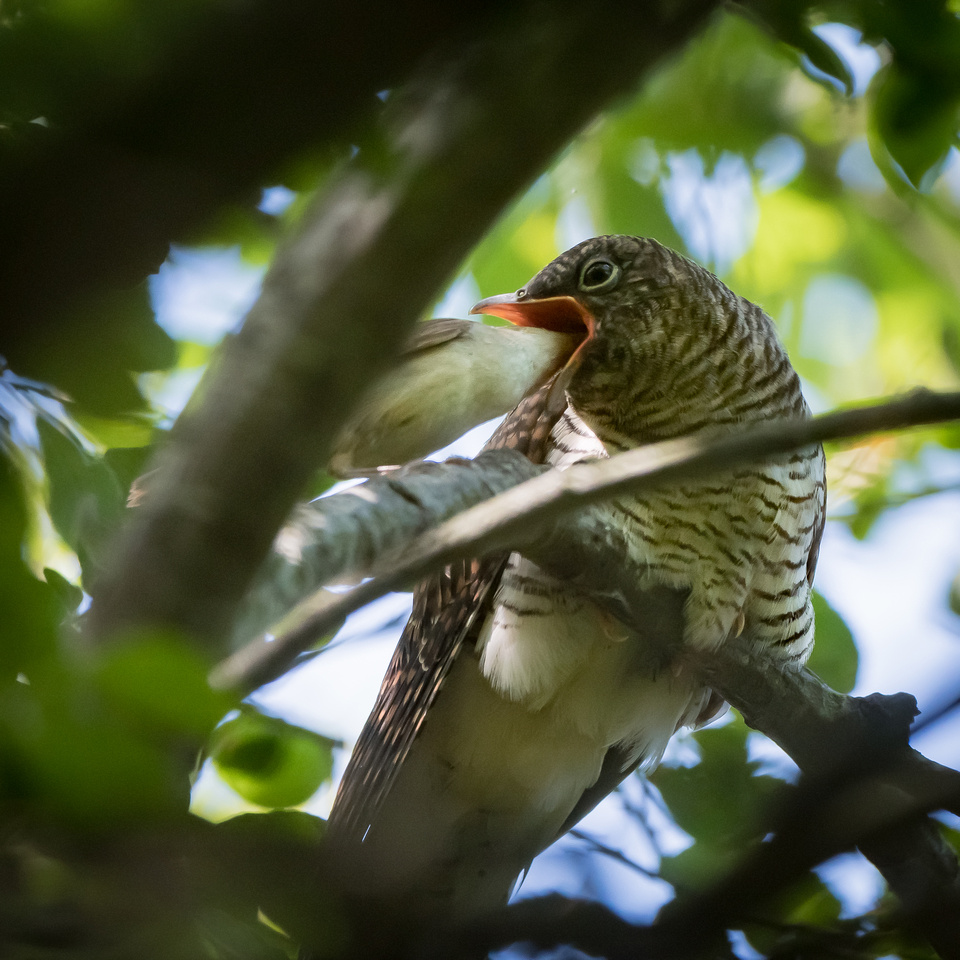
Juvenile cuckoo being fed by a reed warbler
This species is a widespread summer migrant to Europe and Asia, and winters in Africa. It is a brood parasite, which means it lays eggs in the nests of other bird species, particularly of dunnocks, meadow pipits, and reed warblers. Although its eggs are larger than those of its hosts, the eggs in each type of host nest resemble the host's eggs. The adult too is a mimic, in its case of the sparrowhawk; since that species is a predator, the mimicry gives the female time to lay her eggs without being seen to do so. Also on the South lake at Slimbridge the juvenile common cranes are growing rapidly and are nearly as tall as their parents. Young kingfishers have been seen darting round the site establishing their own territories.
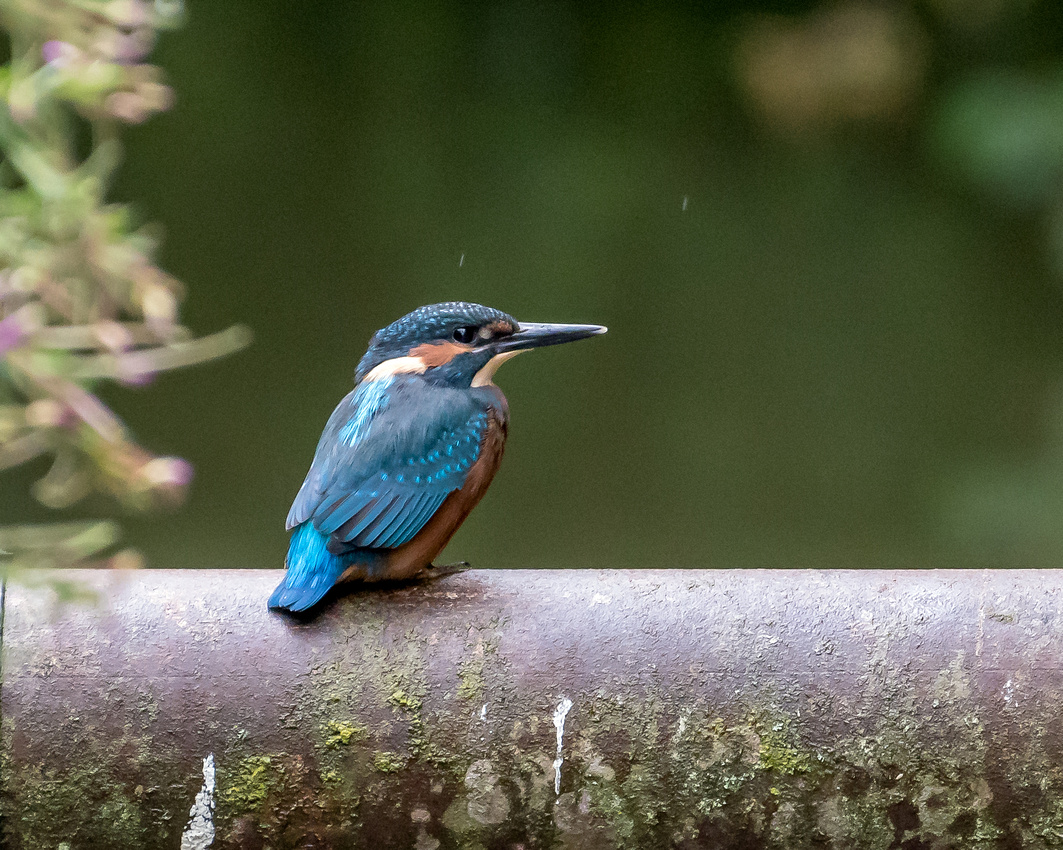 Juvenile common kingfisher
Juvenile common kingfisher
A favourite place of mine to visit is the Black Country Living Museum near Birmingham. It's based around the canal network as it was over 100 years ago with plenty to photograph. There are many re-enactment events going on during the year and the site was the location for the TV series Peaky Blinders.
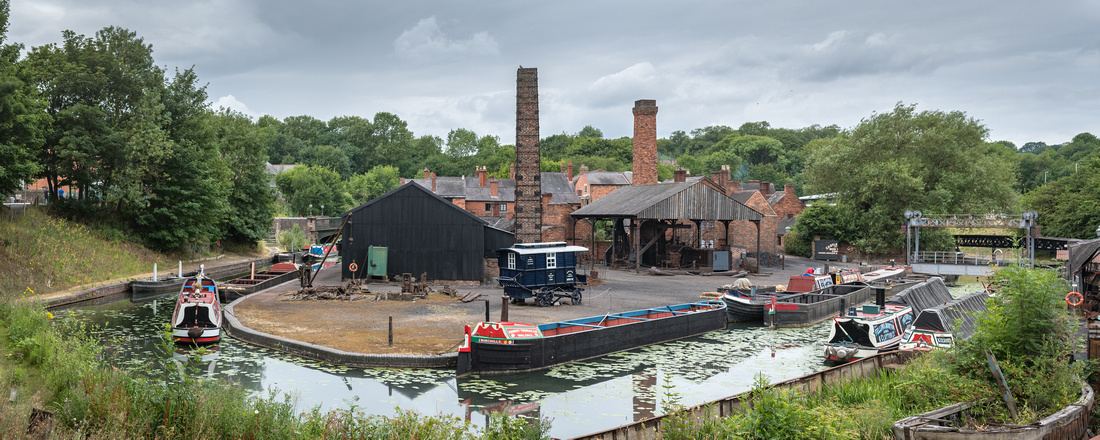 The Canal Wharf at the Black Country Living Museum
The Canal Wharf at the Black Country Living Museum
During July I managed to photograph lots of various aircraft at The Royal International Air Tattoo and several visits to the Mach loop in Mid-Wales.
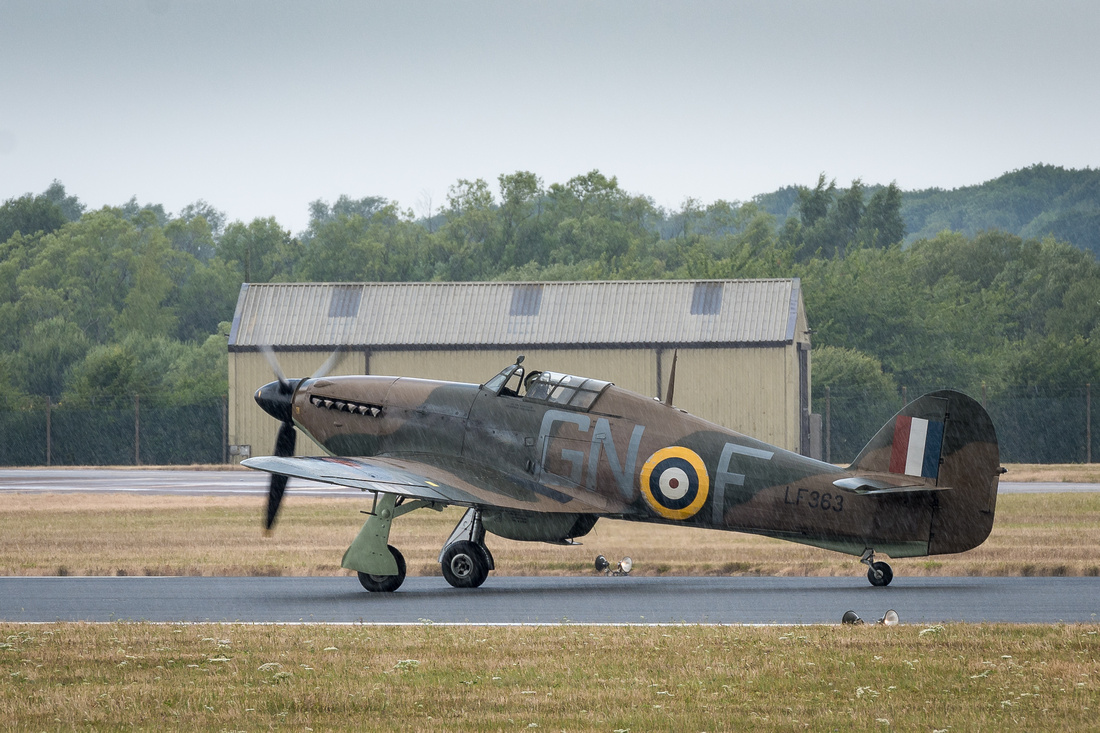 Hawker Hurricane Mk.IIc - LF363 at RIAT 2018.
Hawker Hurricane Mk.IIc - LF363 at RIAT 2018.
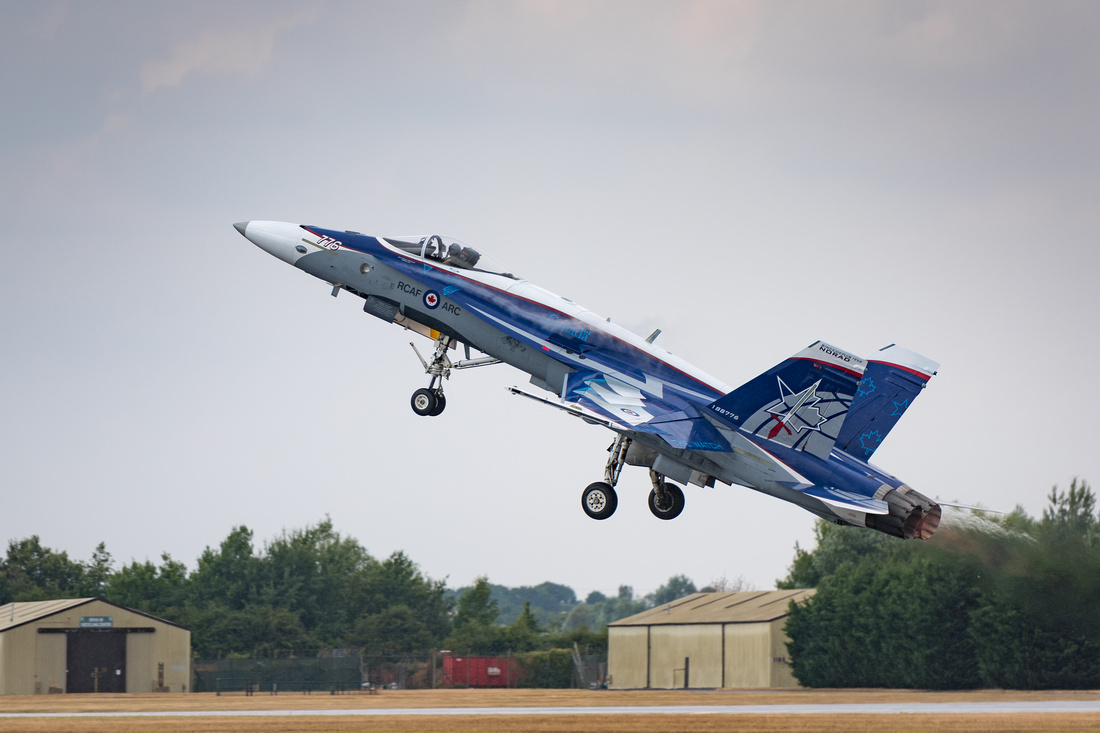 McDonnell Douglas CF-18 Hornet (RCAF) at RIAT 2018
McDonnell Douglas CF-18 Hornet (RCAF) at RIAT 2018
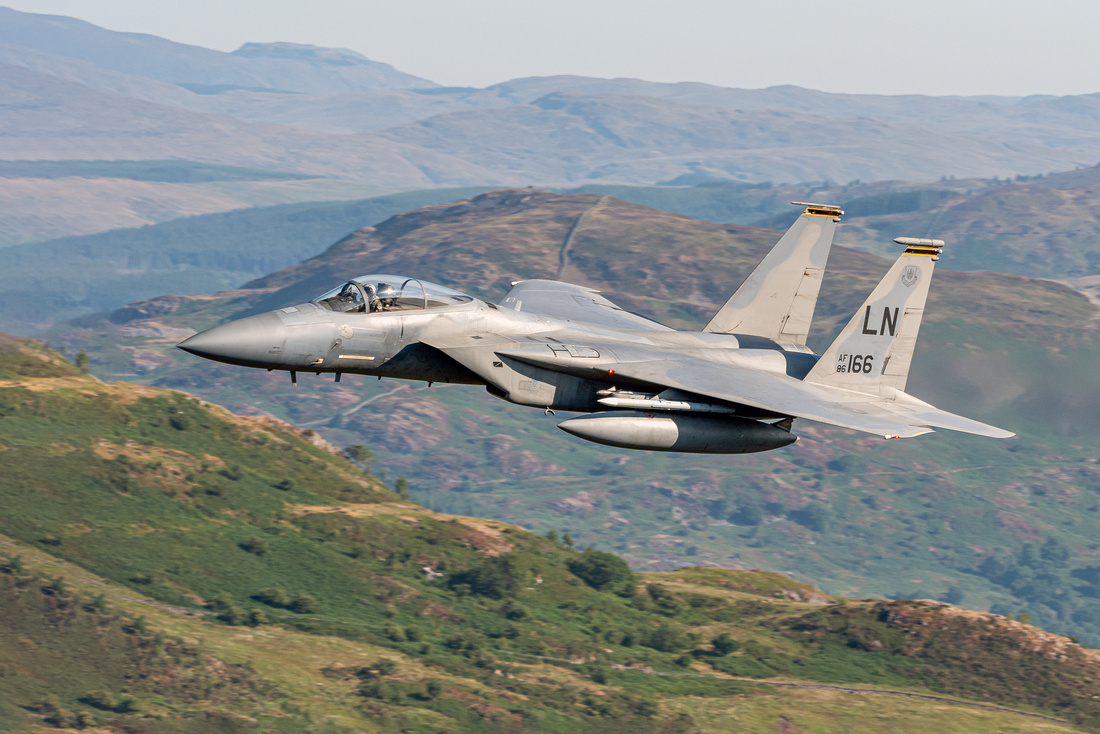 McDonnell Douglas F-15C Eagle (86-166) 493rd FS 'The Grim Reapers' in the Mach loop, Mid-Wales.
McDonnell Douglas F-15C Eagle (86-166) 493rd FS 'The Grim Reapers' in the Mach loop, Mid-Wales.
I paid a visit to my native Lancashire to visit family and check out some of my old haunts. The Common terns were still bringing up their young and will be heading back to the Southern hemisphere to their wintering grounds such as South Africa or South America.
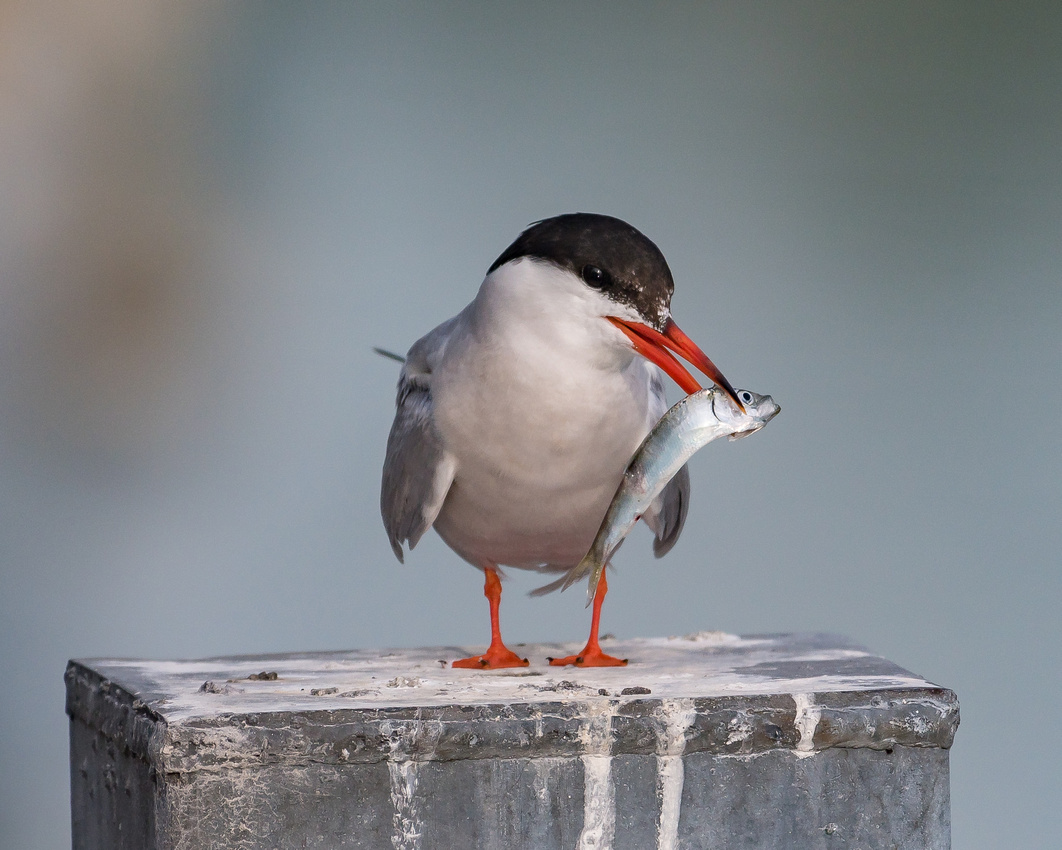 Common tern with a fish breakfast at Preston Marina, Lancashire.
Common tern with a fish breakfast at Preston Marina, Lancashire.
A new place I visited was Bwlch Nant Yr Arian near Aberystwyth. It is a visitor centre with paths and mountain bike trails. My reason for visiting is it is also a red kite feeding station. They feed the kites on the edge of a small lake and its a great place to photograph the kites swooping down for food from the lake. Around 150 birds can be seen here and even more in the Winter months. Also the cafe sells cake!
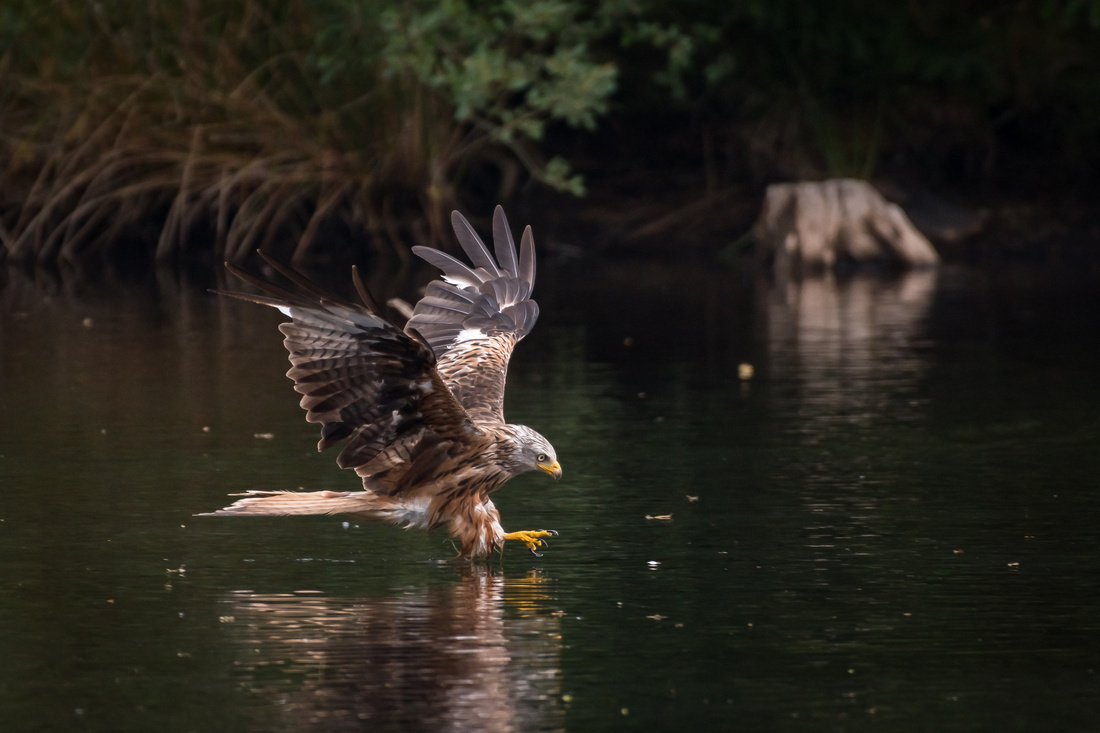 Swooping red kite at Bwlch Nant Yr Arian
Swooping red kite at Bwlch Nant Yr Arian
This month I actually photographed some more people. Not something I normally do but I'm enjoying the challenge. In Blaenavon there was a Steampunk event on over a weekend at the Ironworks museum. A great setting for this event. I don't really understand what Steampunk is but the characters they dress up make a great photography subject.

Steampunk at the Blaenavon Ironworks, South Wales.
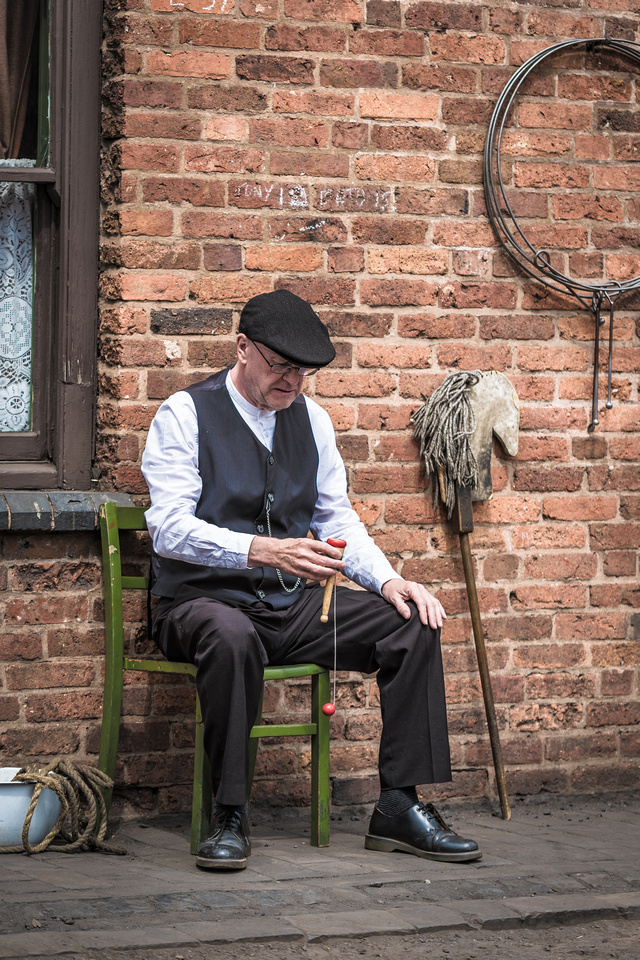
Playtime at the Black Country Living Museum, Dudley.
As July ends and some much needed rain is cooling the country down, that is the end of another thrilling account of my photographic exploits.
Thanks for reading my latest instalment.
More of my images can be viewed on my flickr page.
Steve
Welcome to my latest blog of my exploits in the month of June. In June I usually concentrate on the new wildlife that has appeared all around us but I decided to try something different! Don't get me wrong I love nature in all its forms but I also like mechanical things such as planes, trains & automobiles. A typical bloke! I've visited the usual haunts of Slimbridge, Forest Farm and the Bird of prey centre at Newent. I also had four trips to the Mach loop in Mid-Wales to photograph the low flying military jets. A great spectacle with a great bunch of people. More on that later.
Slimbridge has seen the arrival of five newly hatched Common cranes! They are been well looked after by their doting parents and still going strong as I right this. Last year they only managed to rear two but one was predated and the other died of kidney disease. It takes 7 months for them to be able to fly but they are growing fast. Fingers crossed.

Newly hatched common crane at WWT Slimbridge.
Due to Winter dragging on a bit longer than usual, Spring arrived a couple of weeks later with some glorious weather. The insects were out in force and the kingfishers at Forest farm had bred two youngsters who are now looking for territories of their own. They are a solitary bird until the breeding season.
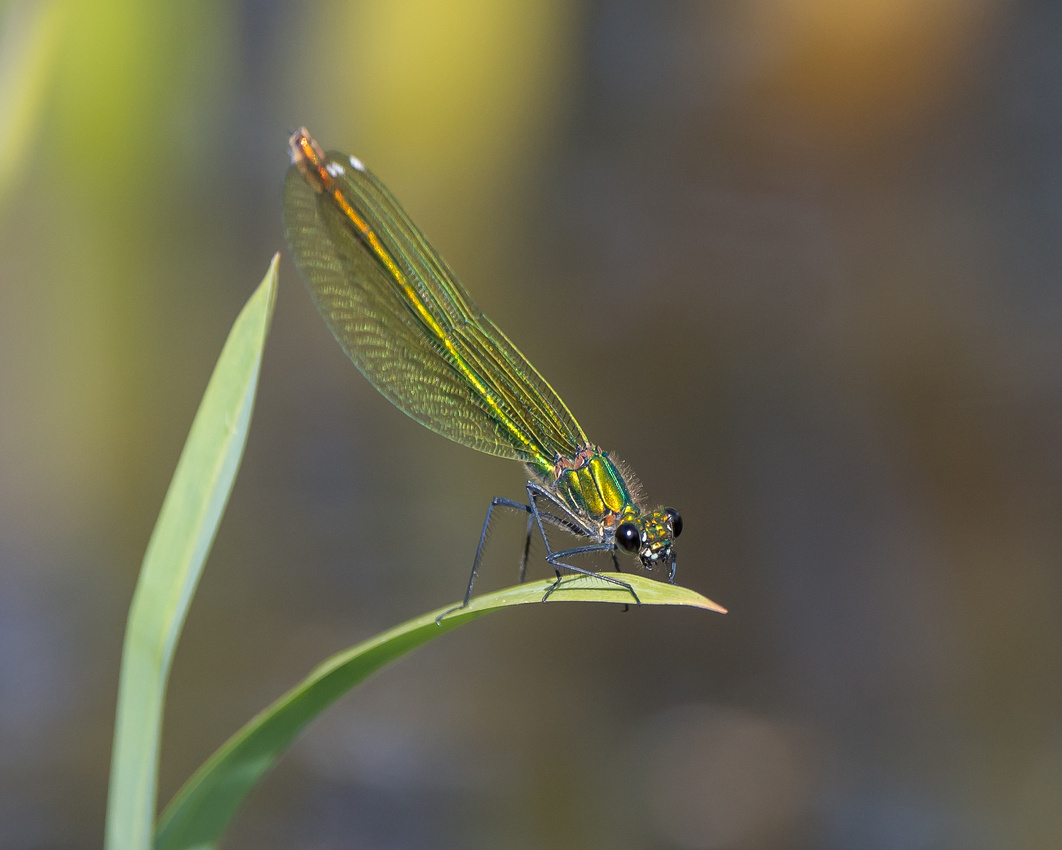 Banded demoiselle at Forest farm.
Banded demoiselle at Forest farm.

Four spotted chaser at RSPB Ham Wall, Somerset.
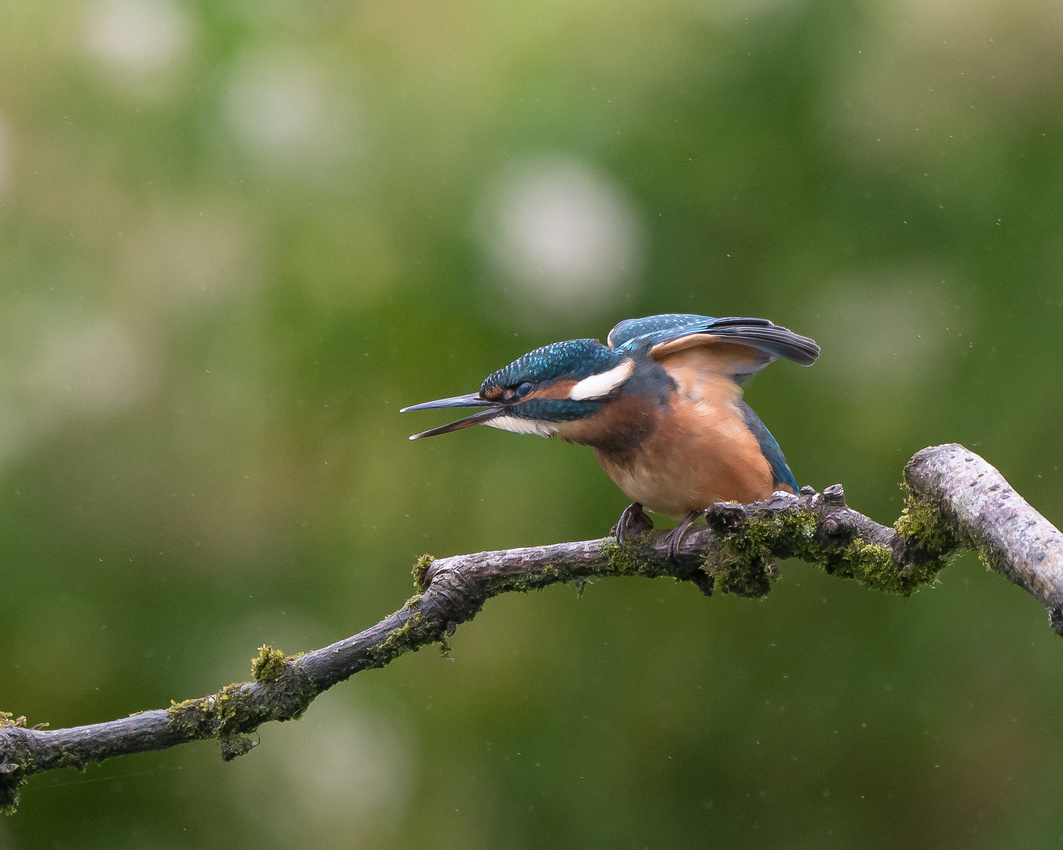 Kingfisher junior claiming territory at Forest farm
Kingfisher junior claiming territory at Forest farm
I also had a couple of visits to the International Centre for Birds of Prey where I practise my bird-in-flight shots. Birds of prey from around the world can be seen here and they fly many different species with owls being my favourites.
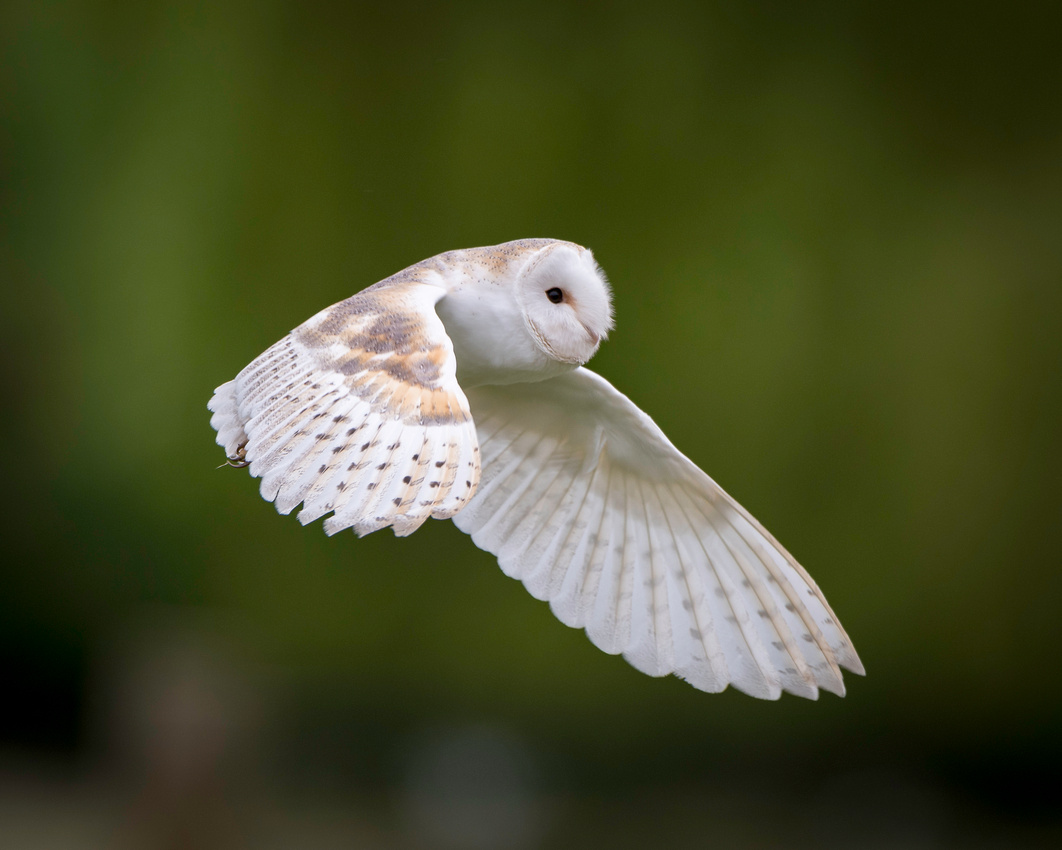 Barn owl at the ICBP
Barn owl at the ICBP
Where I live in South Wales it is very scenic and on the edge of the Brecon Beacons. Also every now and again a steam train special will pass through the beautiful countryside on its way to Cardiff etc. I managed to catch one near Abergavenny but it was an overcast cool day which made for a lot of steam and smoke, but I'm quite pleased with the results.
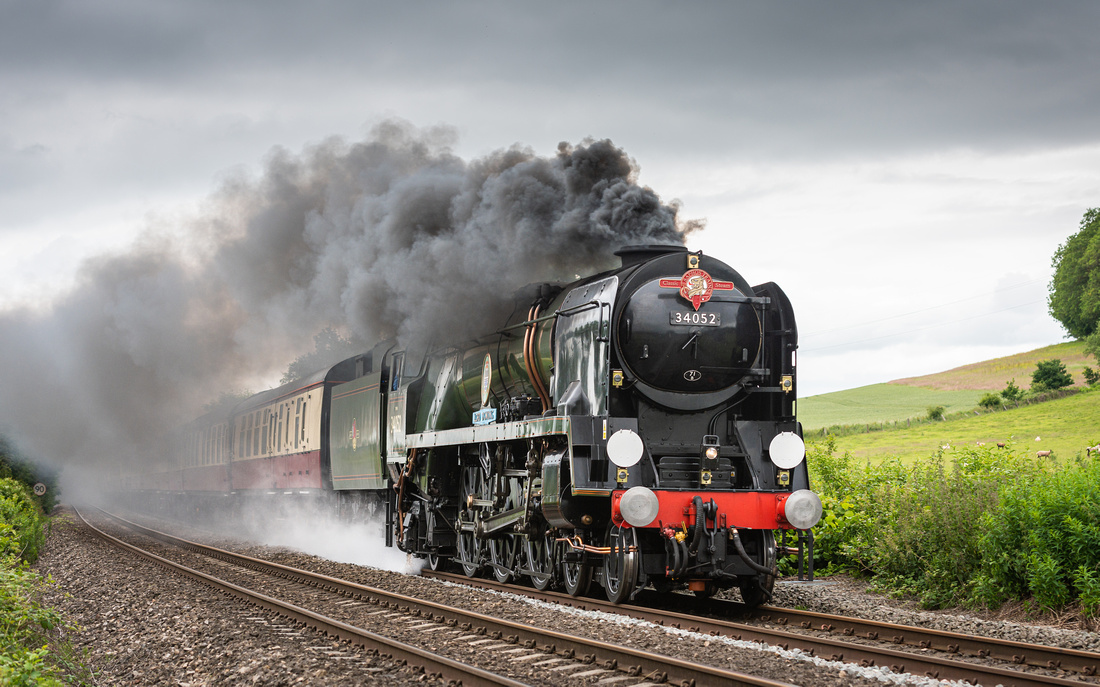 The Welsh Marches Express near Abergavenny
The Welsh Marches Express near Abergavenny
My final part of the blog includes four visits to the Mach loop. The Mach loop is a designated Low fly Area (LFA) in the North West of Wales. It is famed for its all year round opportunities to photograph military aircraft at very low levels. On my first visit I arrived around 8AM. I waited....and waited....and waited! The first fly past was 3.30PM!! There is not a set timetable here, just turn up and hope for the best. If the come they come. It's always worth the wait to see these daredevils of the skies screaming up the valleys. It is mainly aircraft from the RAF that use the loop such as Hawks, Tornados, Hercules and Typhoons. Also the US Air Force fly their F15's and Osprey helicopters. Also in Spring and Summer when Air show season is in full swing you may get something different like the Red Arrows. Always great to see. Here are a selection of aircraft that I've seen through the Mach loop over my past four visits.
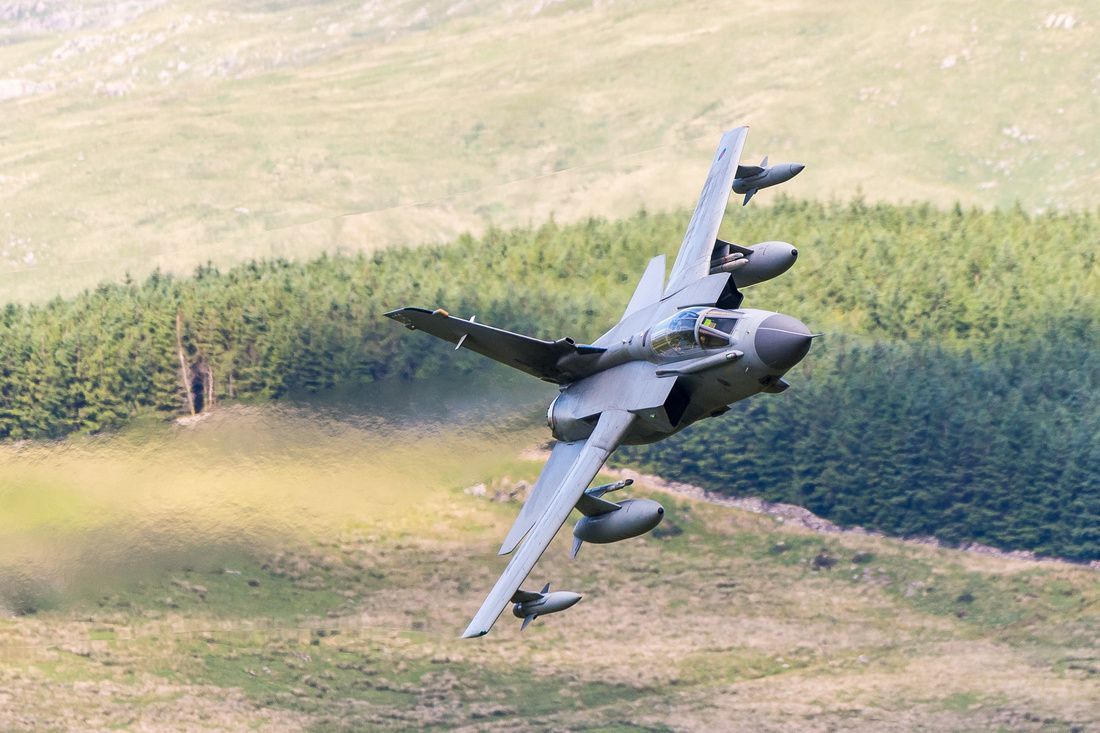 Panavia Tronado GR4 (Royal Air Force)
Panavia Tronado GR4 (Royal Air Force)
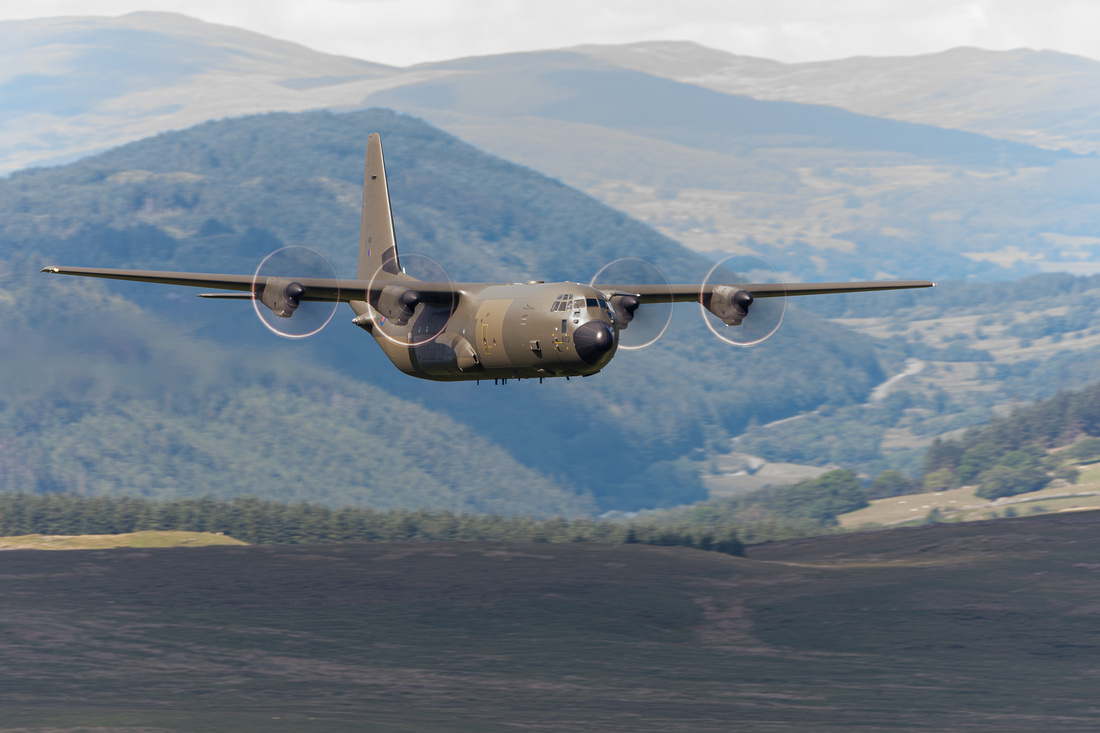 Lockheed Martin C-130J-30 Hercules (Royal Air Force)
Lockheed Martin C-130J-30 Hercules (Royal Air Force)
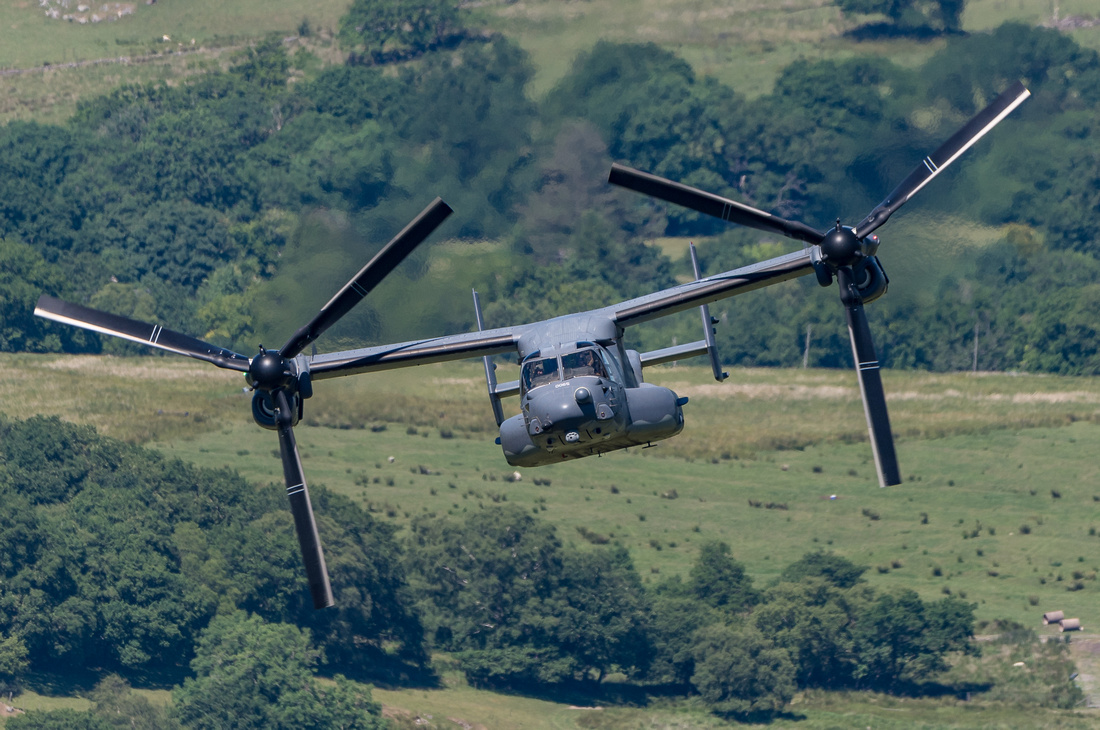 Bell MV-22B Osprey (USAF)
Bell MV-22B Osprey (USAF)
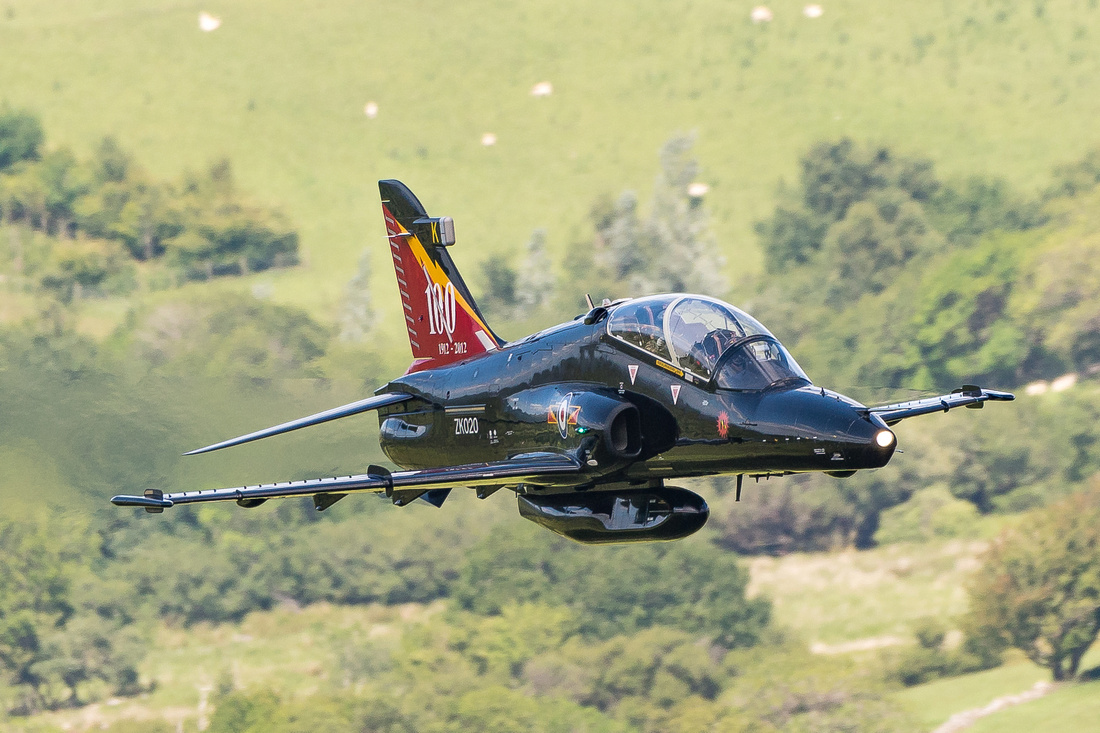 Bae System Hawk T2 (Royal Air Force)
Bae System Hawk T2 (Royal Air Force)
 McDonnell Douglas F-15C Eagle of the 493rd Fighter Squadron The Grim Reapers (USAF)
McDonnell Douglas F-15C Eagle of the 493rd Fighter Squadron The Grim Reapers (USAF)
 Royal Air Force Eurofighter EF-2000 Typhoon
Royal Air Force Eurofighter EF-2000 Typhoon
And there you have it. I've had quite a busy past month. There are quite a few WW2 re-enactment days happening which are always great fun to attend and photograph and there are a couple of Air shows I plan to visit. Long may this glorious weather continue.
Thanks for reading my latest installment.
More of my images can be viewed on my flickr page.
Steve
I know it's only been a couple of weeks since my last blog. But the last few weeks have been chaos with more re-visits to favourite haunts. Also Spring is a brilliant time to get out with your camera and capture all the new life out there. So go grab a brew and I'll tell you all about them!!
As I'm originally from Lancashire and still have family up there I thought I'd pay a visit to my old stomping grounds for a few days. My first visit was the WWT Martin mere reserve in Lancashire. This is where my love of wildlife photography began for me over 40 years ago. Normally Winter is the best time to visit with the migratory birds but disappointingly there wasn't much about today within reach of getting a decent photo. Things weren't looking good, so after dinner I visited Preston marina. This is a great place to watch visiting Common terns which breed here. More disappointment! There was only 3 birds. Now what. A swift visit to Yarrow valley park in Chorley. Things were looking up as there were some birds here! The Great crested grebes were about and a Grey heron and grey wagtails were on the river.
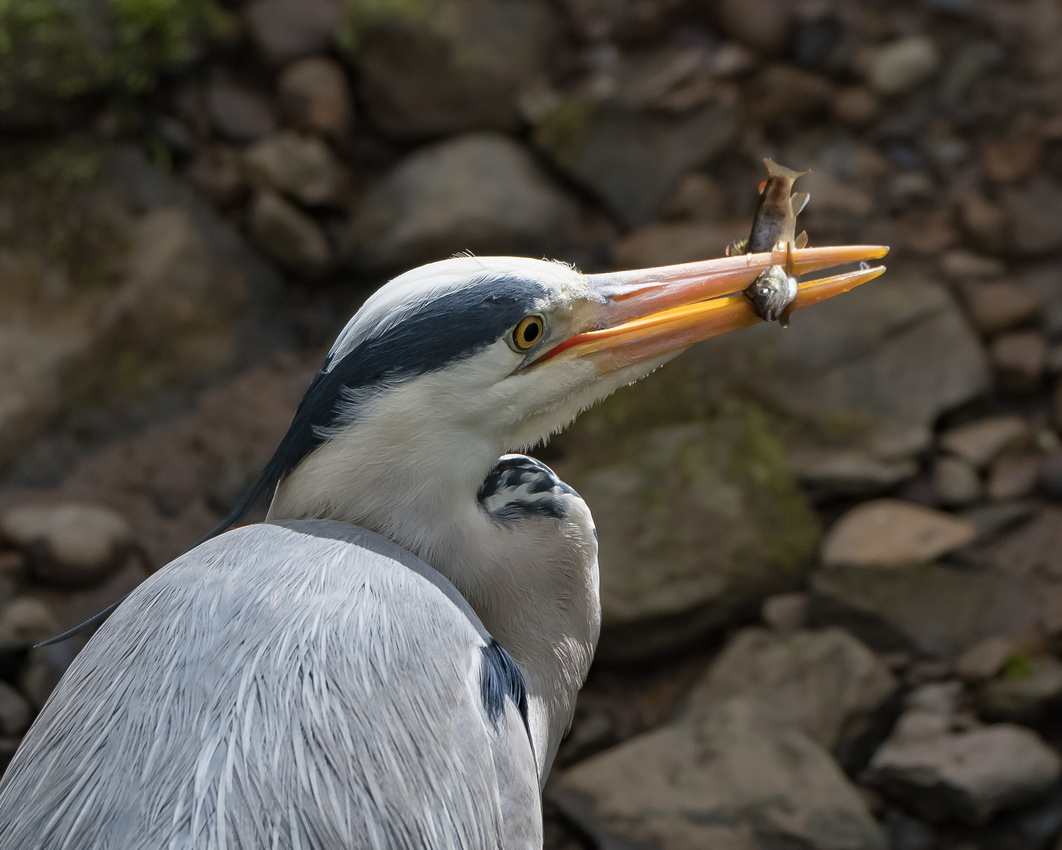 Grey heron with fish. Yarrow valley.
Grey heron with fish. Yarrow valley.
The following two days were spent at RSPB Leighton moss. A fantastic reserve in North Lancashire. I must admit this is the best two days I have ever spent here. There was wildlife everywhere. It was a case of where to point the camera lens! The Marsh harriers were busy nest building and mating. I spotted three pairs of these magnificent birds who were flying close to the Grisedale hide. Also there were Little egrets, greater scaup, great crested grebes, gulls, waders, grey herons, teal, gadwall, mute swans and the warblers could be heard in the vast reedbeds.
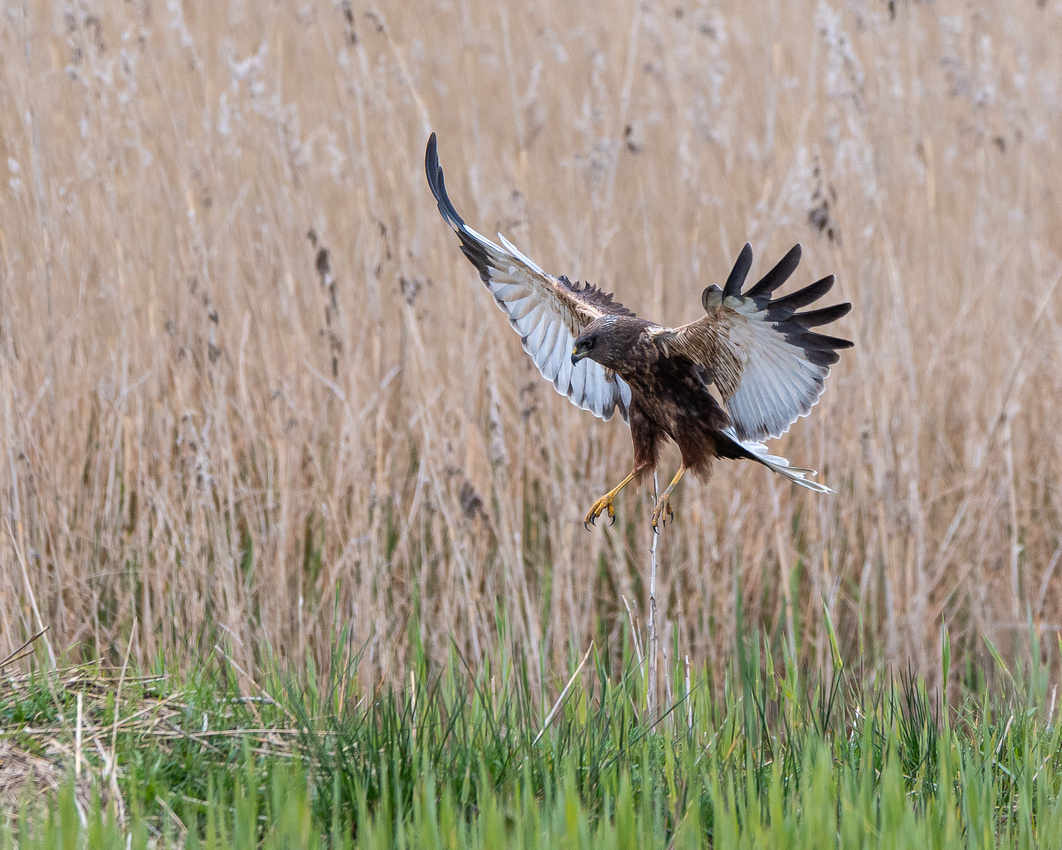 Marsh harrier (male) at Leighton moss.
Marsh harrier (male) at Leighton moss.
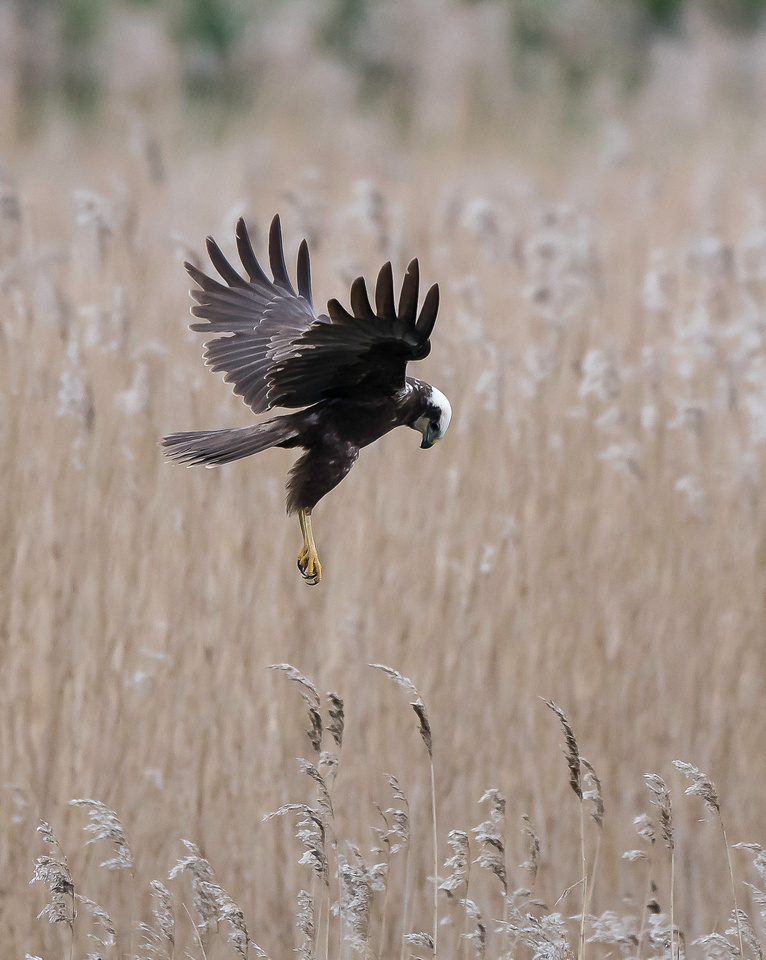
Marsh harrier (female) at Leighton moss.
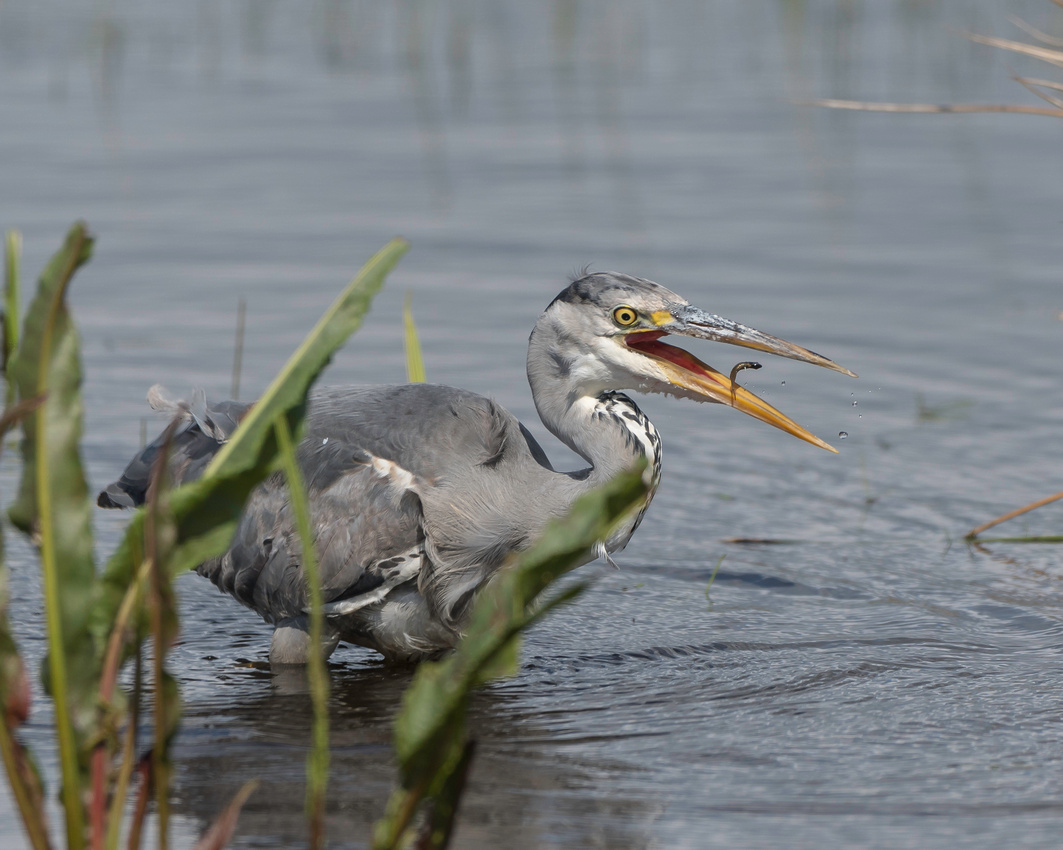 Grey heron fish flipping! Leighton moss.
Grey heron fish flipping! Leighton moss.
 Pied avocet checking the eggs. Allen hide, Leighton moss.
Pied avocet checking the eggs. Allen hide, Leighton moss.
After those two hectic days I spent an afternoon at RSPB Marshside near Southport. There were a few Avocets, black headed gulls and a distant Great egret. Walking back along the shoreline I managed to get shots of the Northern wheatear and Meadow pipits.
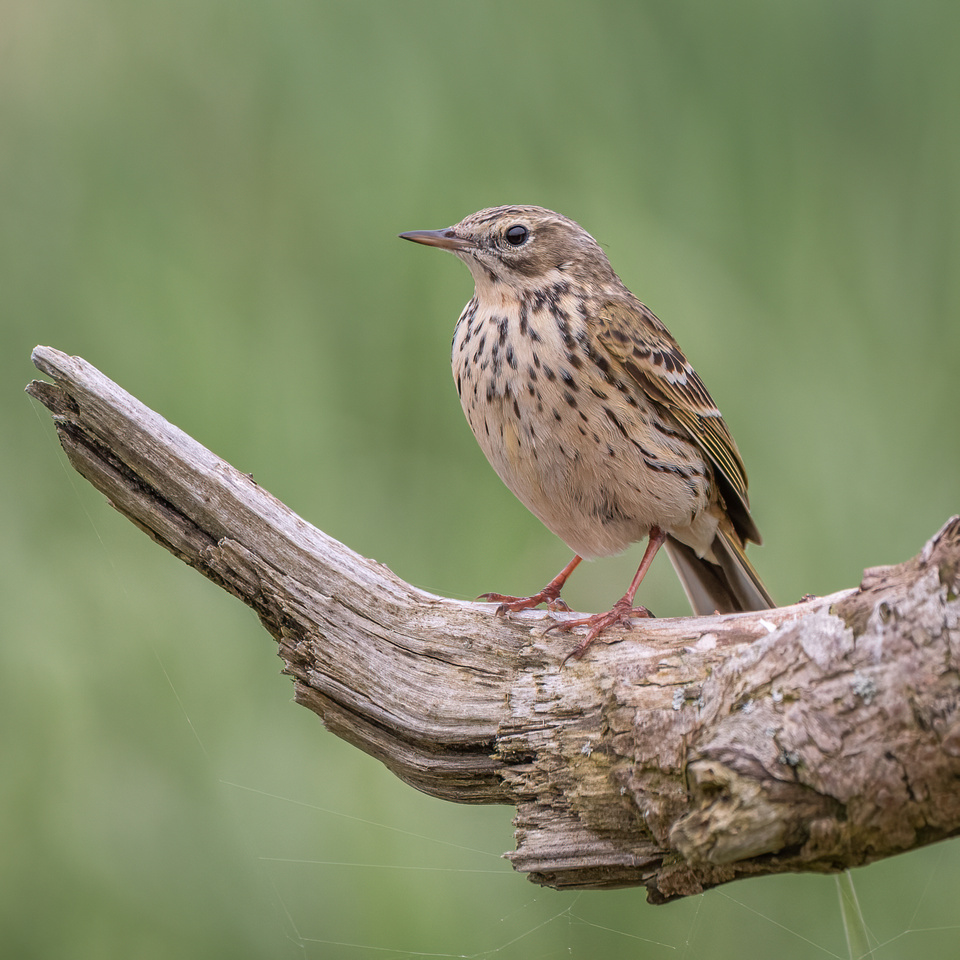 Meadow pipit. Marshside.
Meadow pipit. Marshside.
I called in at Preston marina to see if the Common terns had increased in numbers. I couldn't believe it! The three birds had increased to around 60!! They must have heard I was back up North! lol. At the marina there are concrete rafts with purpose built wooden boxes which the terns use to nest in. You can get some great shots of the terns returning from fishing trips.
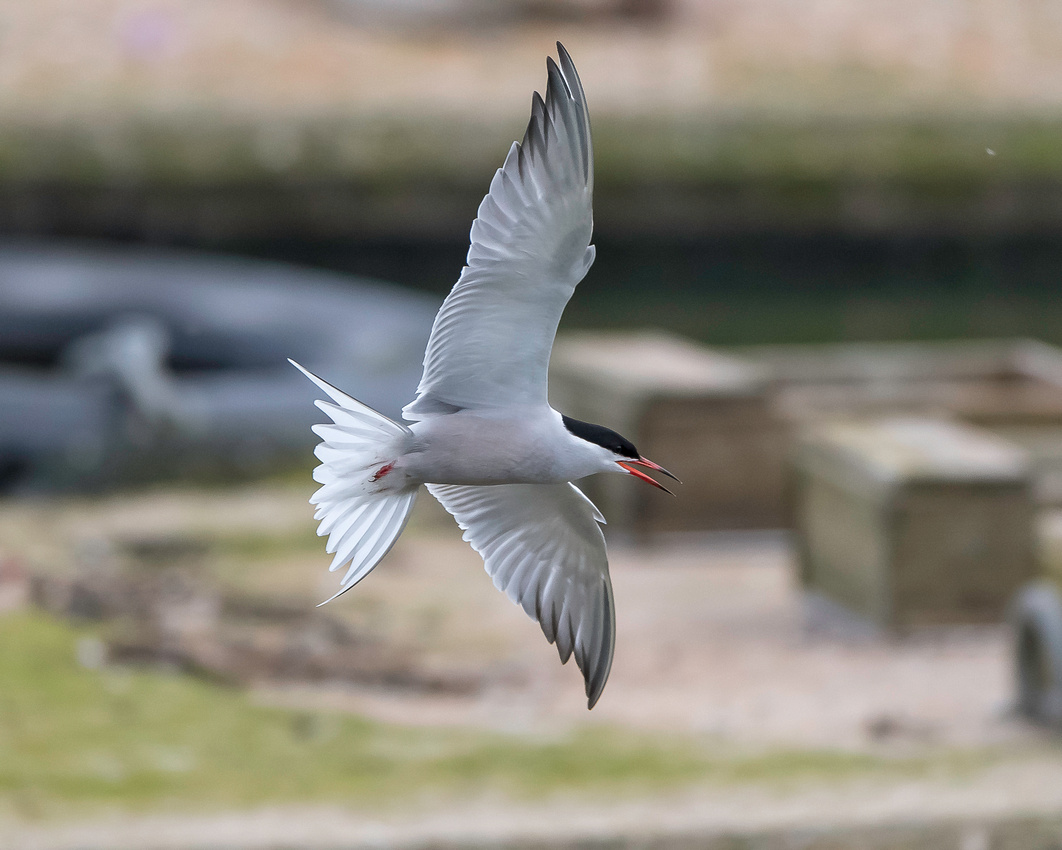 Common tern at Preston marina.
Common tern at Preston marina.
The next day was my final day there so on the way home I called in at RSPB Burton mere. This reserve is on the Dee estuary near Chester. A well looked after reserve with various habitats for wildlife. I managed to photograph Common whitethroat and a close up of a Little grebe with a stickleback. I will probably pay another visit to Burton mere in the winter and see the many waders that visit there.
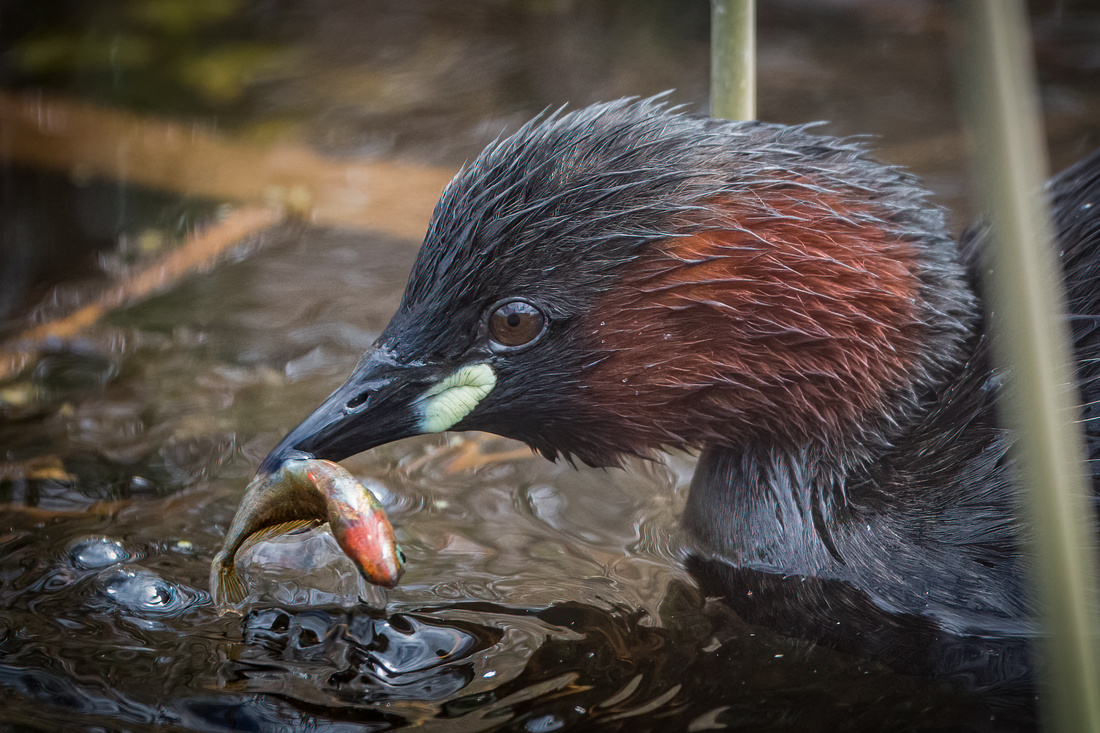
Little grebe at Burton mere.
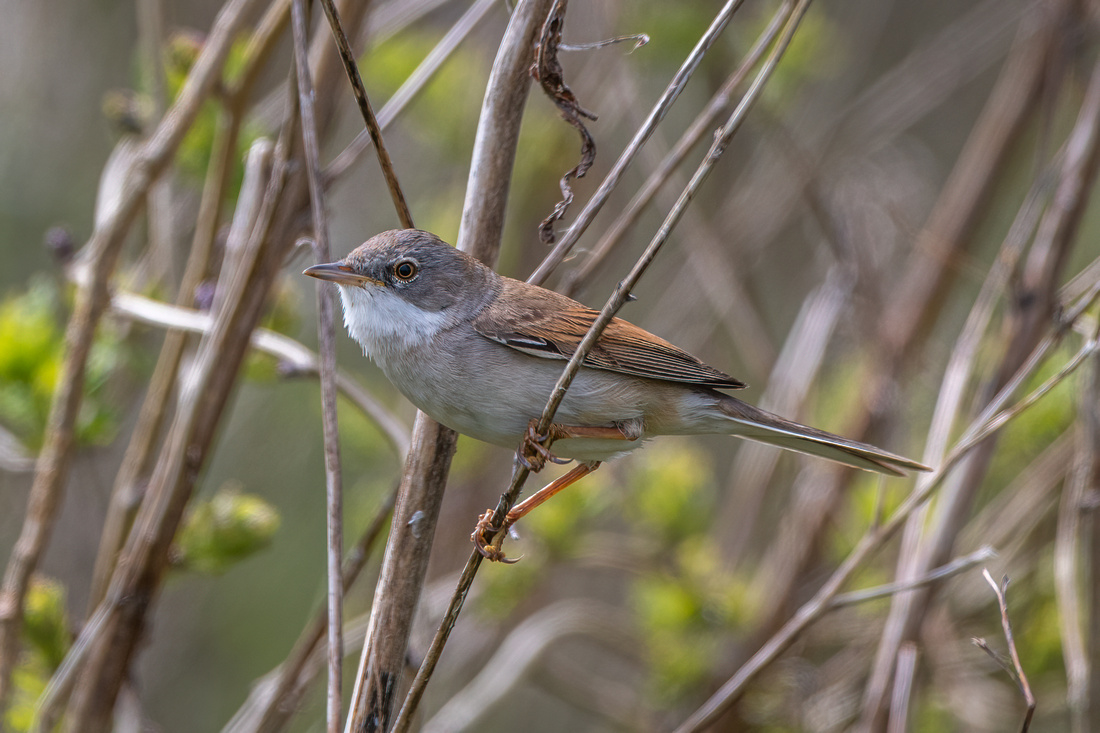 Common whitethroat at Burton mere.
Common whitethroat at Burton mere.
This week I actually managed to visit Skomer Island off the west coast of Pembrokeshire, South Wales. A brilliant place for thousands of visiting seabirds. It's famous for the Atlantic puffin which is why most people visit the island. Other species there are various gulls, Manx shearwaters, Razorbills, Guillemot, Short-eared owls, Linnet, Whitethroat, Seals & rabbits! There are many more but I didn't see them.
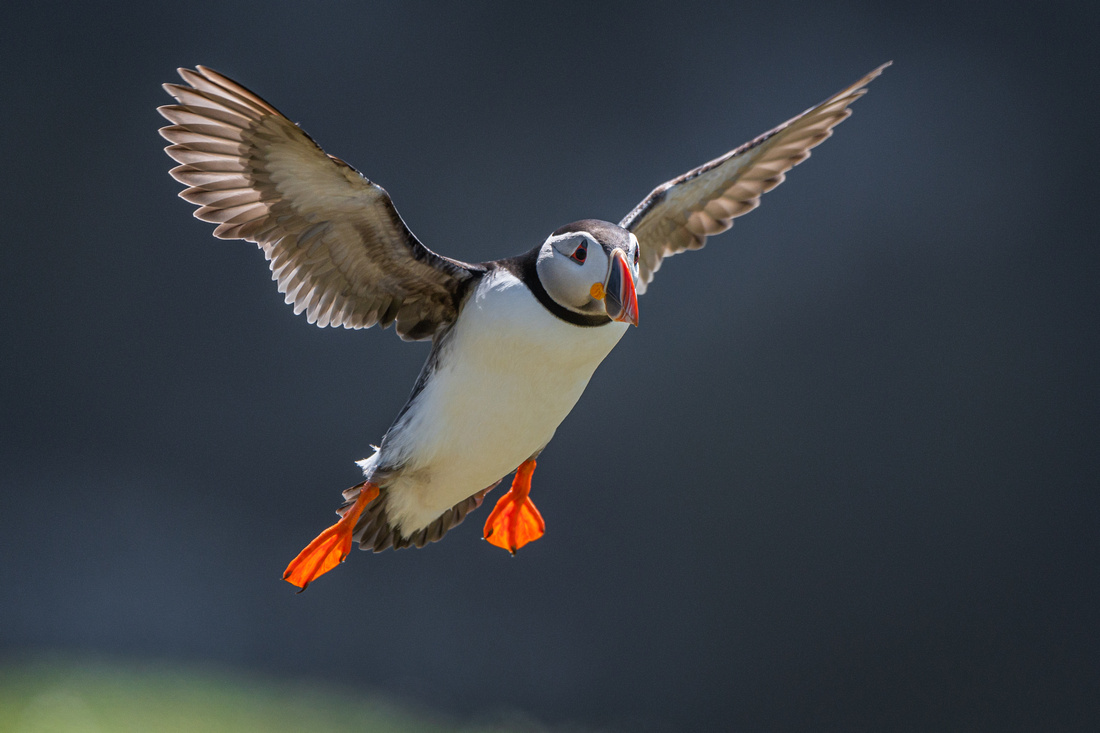 Atlantic puffin, Skomer Island.
Atlantic puffin, Skomer Island.
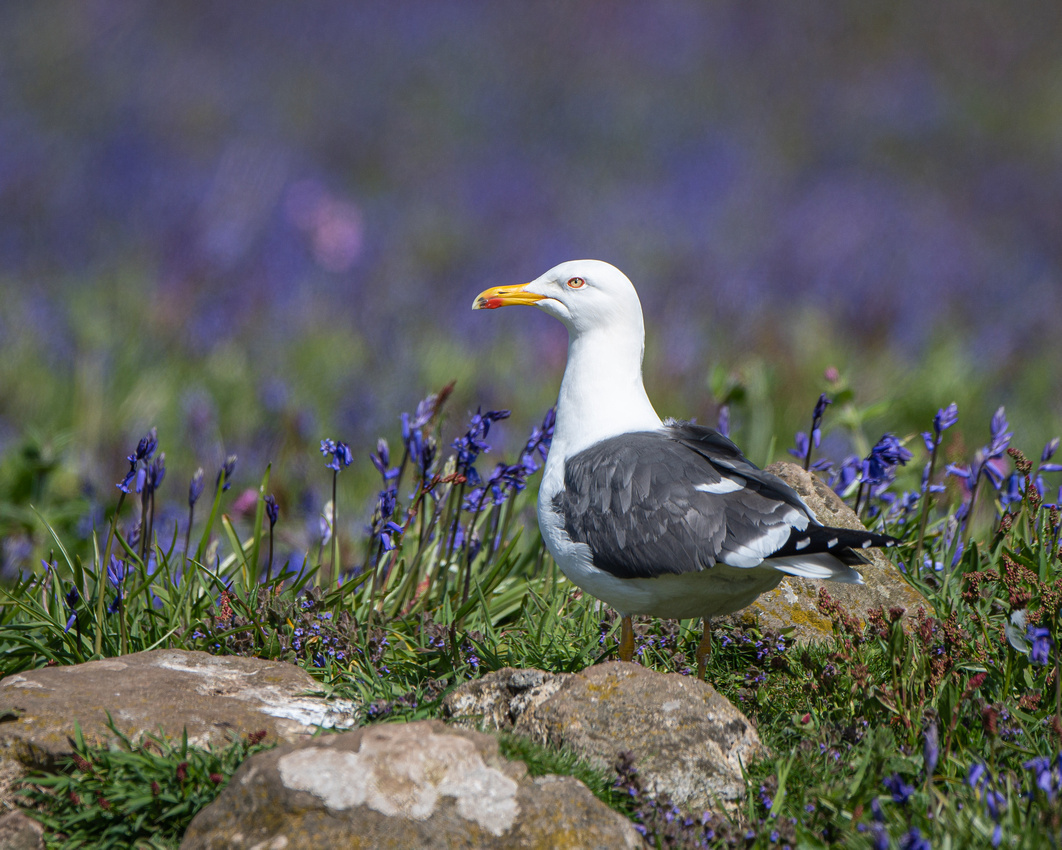
Lesser black backed gull amongst the bluebells. Skomer Island.
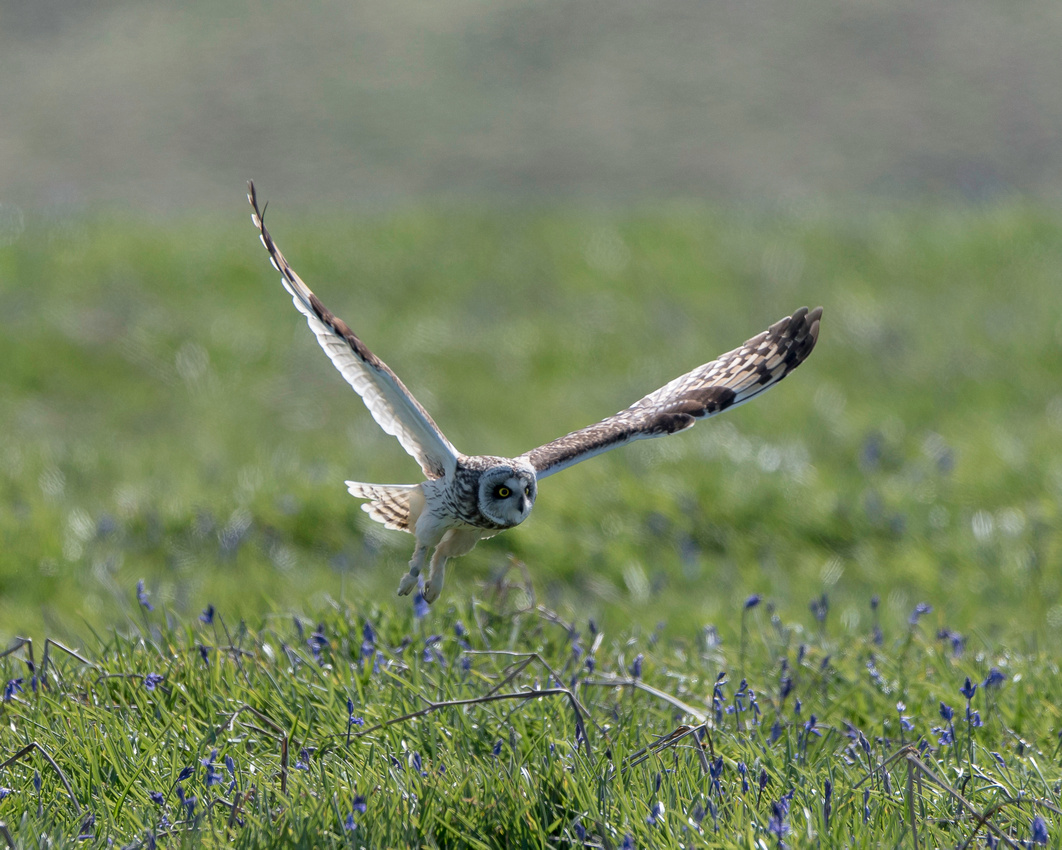 Short-eared owl on Skomer Island.
Short-eared owl on Skomer Island.
That concludes a hectic few days of wildlife photography and now to try and catch up on some editing. I took nearly 1500 images on my visit to Skomer! Just goes to show how much wildlife is on the island.
Thanks for reading my latest instalment.
More of my images can be viewed on my flickr page.
Steve
A good question. Where is Spring? We've managed a couple of bright sunny days (I even got sun burnt!) but the weather has cooled considerably and it is now the usual overcast grey weather we are all used to. Never mind there are signs of new growth all around us and the spring migration is slowly happening with new visitors appearing in dribs and drabs.
I've spent the last few weeks trying new locations and re-visiting old haunts. I felt that my photography was getting a bit stale. I've still visited the regular places such as WWT Slimbridge and the Forest of Dean. I've re-visited Gilfach farm and been to a new location for me, Upton Warren. More about these later.
During the last month I have managed to photograph a few rare visitors to WWT Slimbridge such as Little tern, Glossy ibis, Arctic tern and common sandpiper.
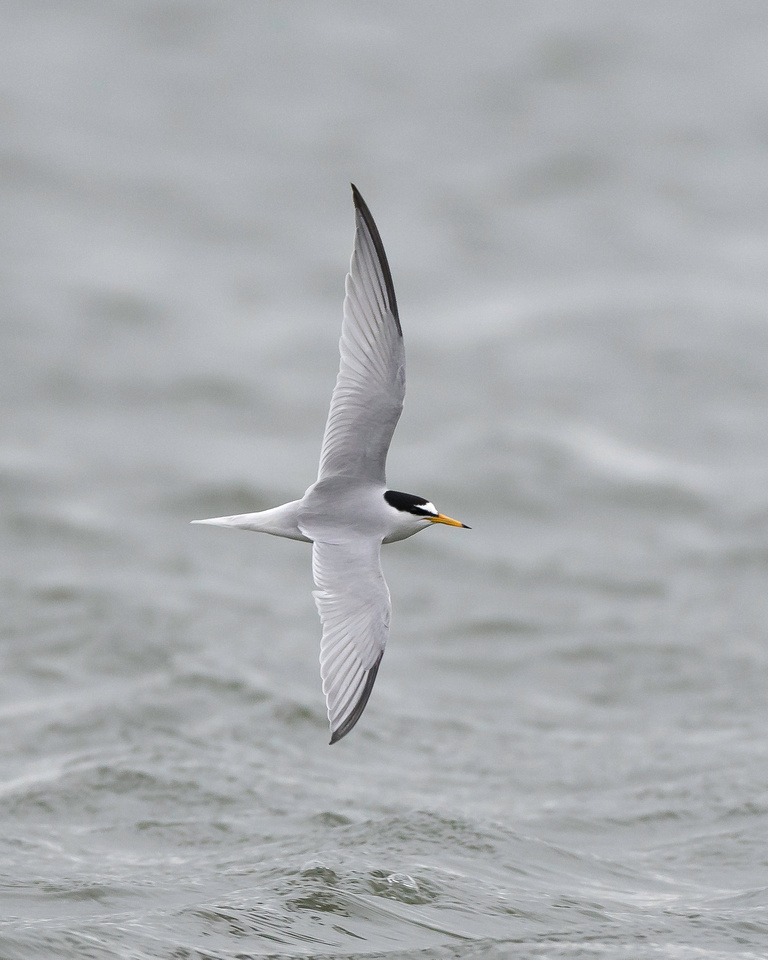
Little tern 17th April 2018
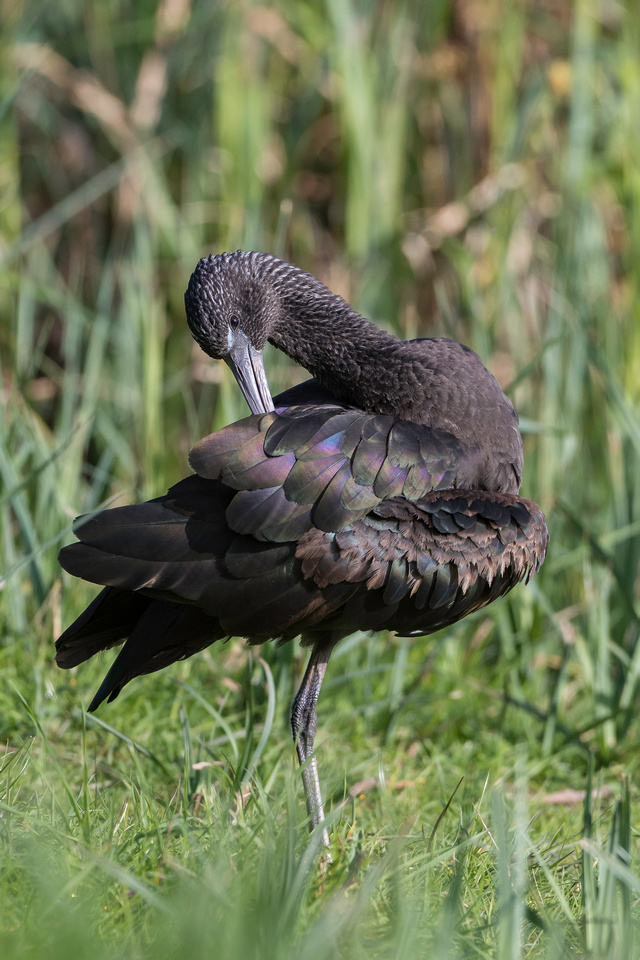
Glossy ibis 26th April 2018
 Common sandpiper 13th April 2018
Common sandpiper 13th April 2018
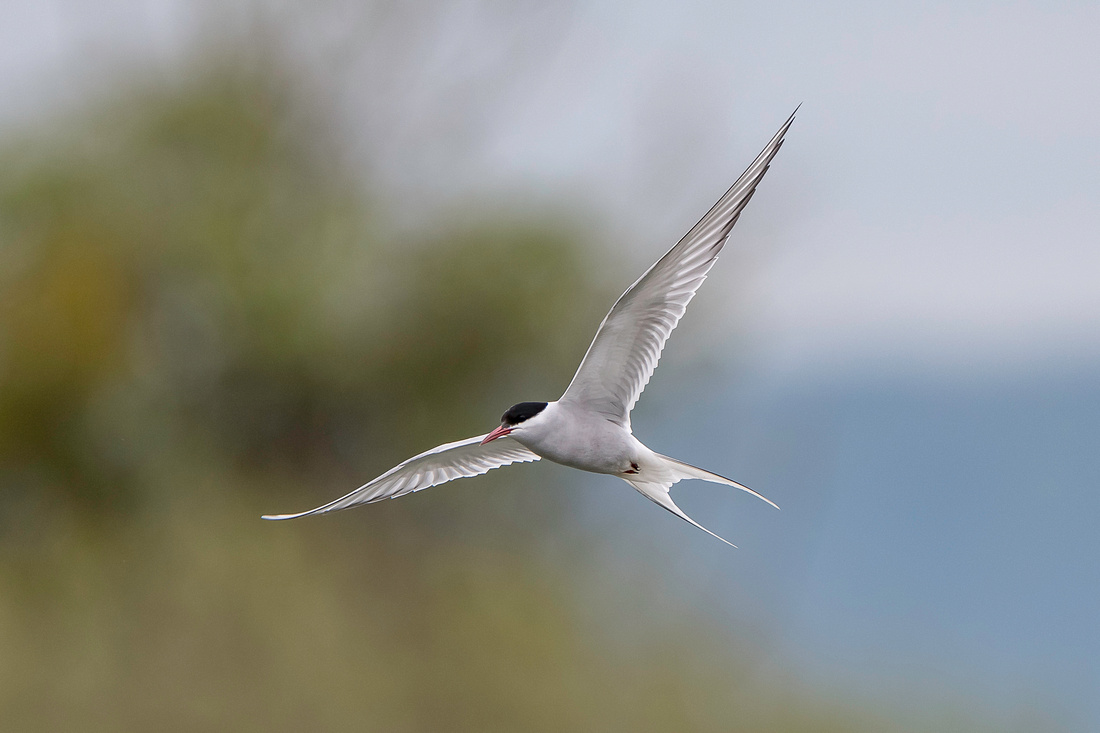 Arctic tern 28th April 2018
Arctic tern 28th April 2018
It's not just the rarities I have photographed but the birds that stay most of the year. The great-crested grebes put on a great courtship display several times. A great spectacle to witness. Also the greylag geese and mallards are all on parenting duties. There are quite a few mute swan nests dotted around the reserve so expect to see plenty of cygnets later this spring. Some of the birds are in summer plumage now such as the black-tailed godwits which look stunning with their orange plumage.
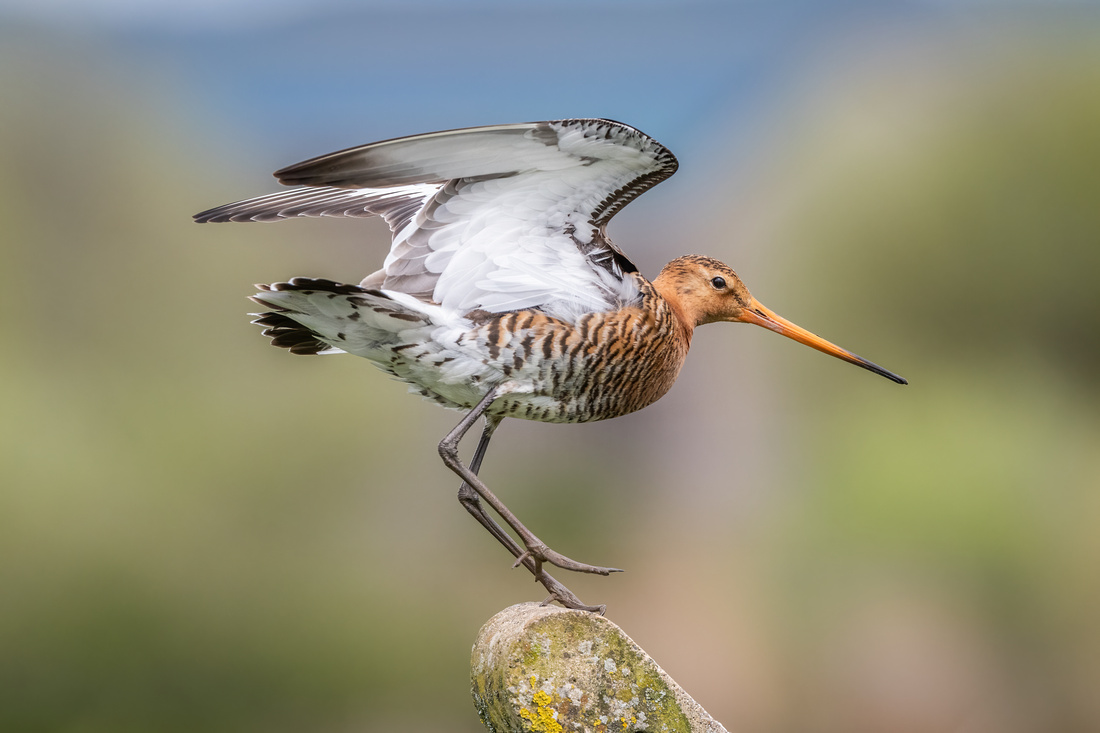 Black-tailed godwit in summer plumage
Black-tailed godwit in summer plumage
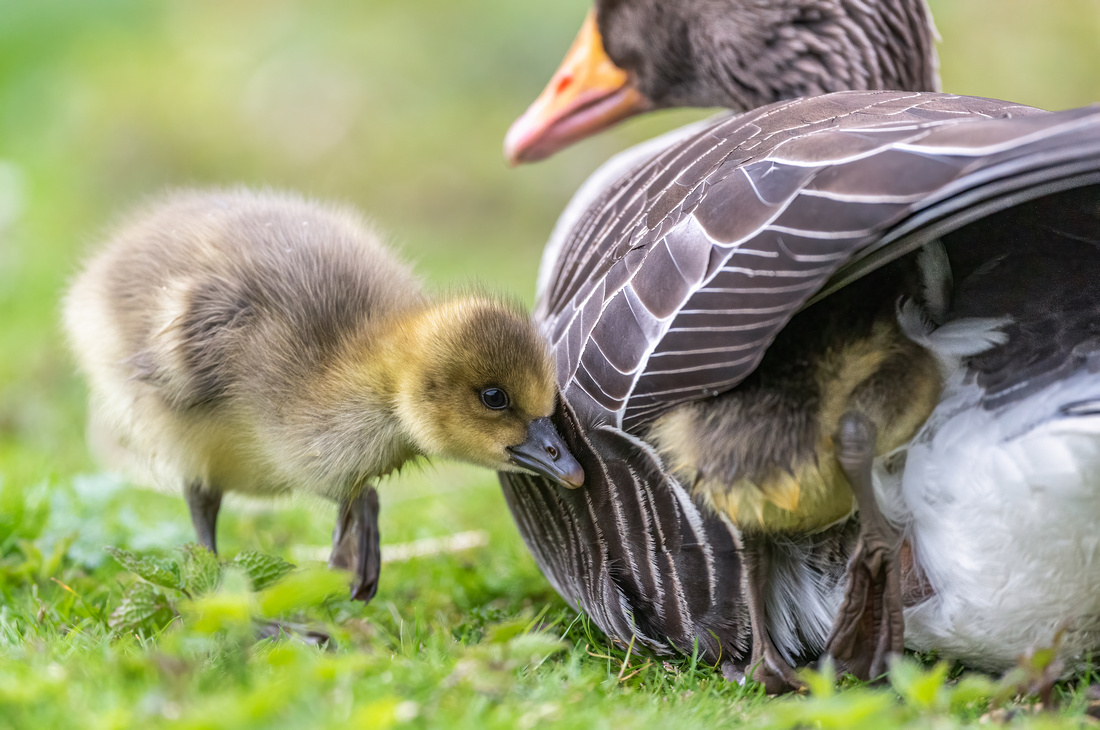 Greylag gosling looking for cover under mum's wing
Greylag gosling looking for cover under mum's wing
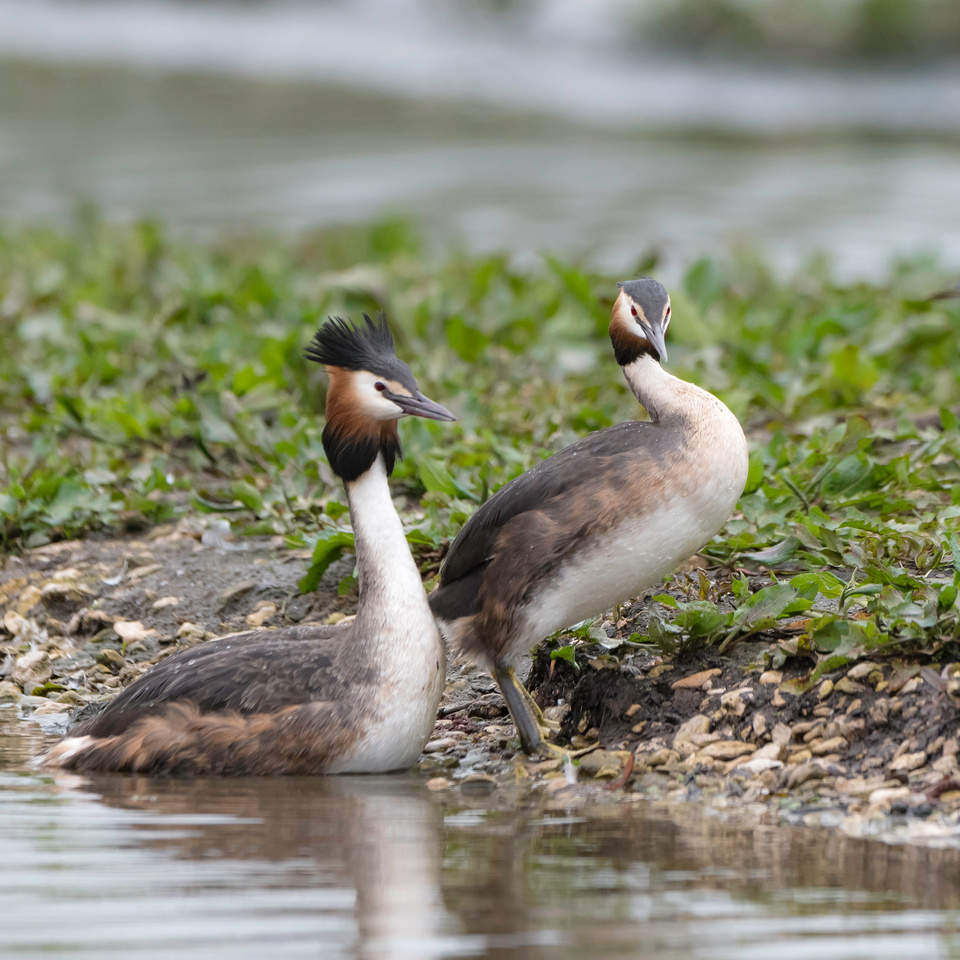
A pair of great crested grebes from the Discovery hide, Slimbridge.
I've managed to visit Forest farm nature reserve once in the past month with the sole intention of photographing the Fantastic Mr. Fox! The kingfishers are busy on breeding duties and probably won't be seen till the summer, hopefully with their fledglings. Whilst waiting for the Red fox the small birds and Jays kept us entertained. Around a hour later Mr Fox eventually appeared from behind the reeds (likes a lie in apparently!). It's always great to see wild animals especially Red foxes, how people can hunt these beautiful animals is beyond me.
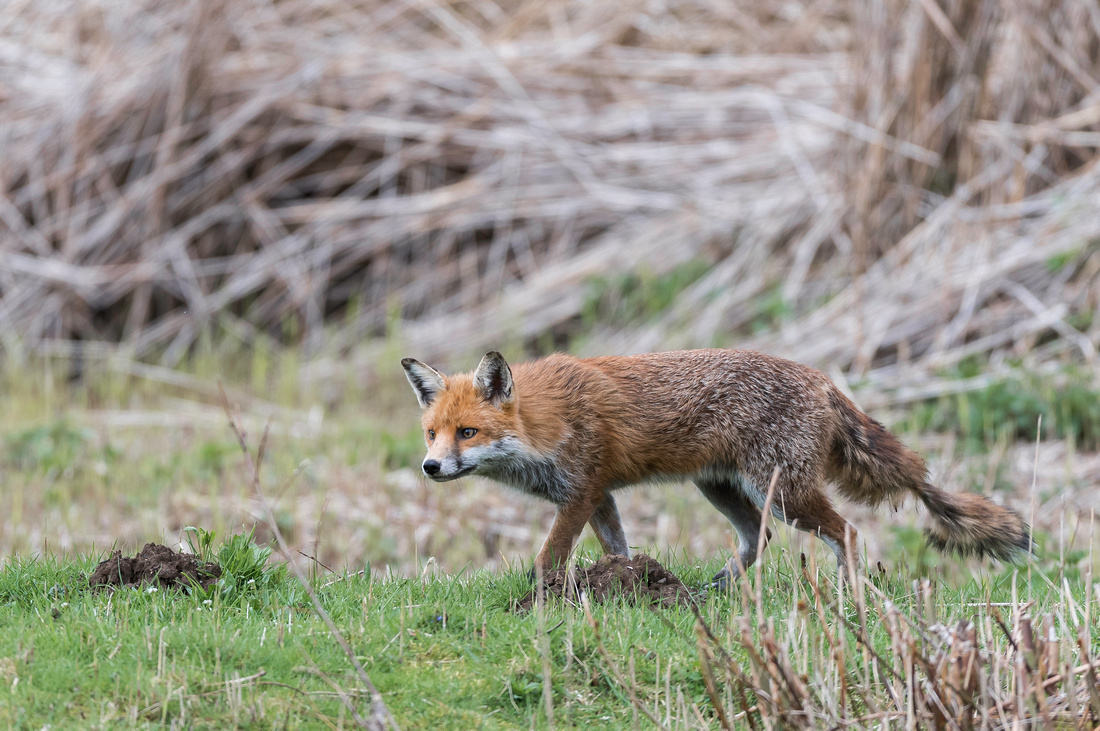 Fantastic Mr. Fox
Fantastic Mr. Fox
His tail has a piece missing, probably snagged on a fence or lost it in a fight.
The Forest of Dean is a great place for wildlife. I visited the RSPB reserve of Nagshead where there are a couple of hides to view any passing wildlife. It is a place where you have to put the hours in and be very patient. I tried the Lower hide first to try and catch glimpses of the visiting Pied flycatchers and Redstarts. They were about but very distant so didn't manage any photos. After an hour I went for a walk to the Campbell hide which is situated in front of a small pool. A lot of the birds use the pool for bathing. I spent around 5 hours here. In that time I saw treecreepers, blackcaps, nuthatches and the usual robins & blue tits. A small group of Fallow deer slowly made their way through.
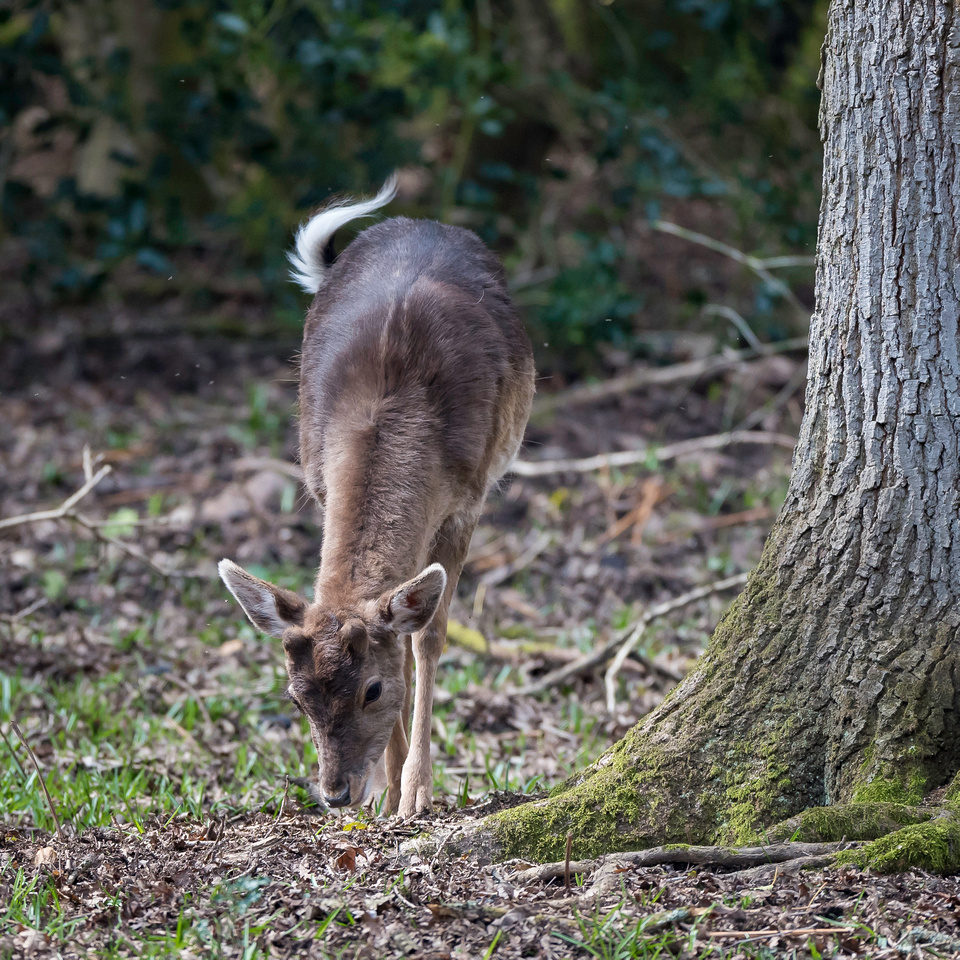
Fallow deer from the Campbell hide, RSPB Nagshead.
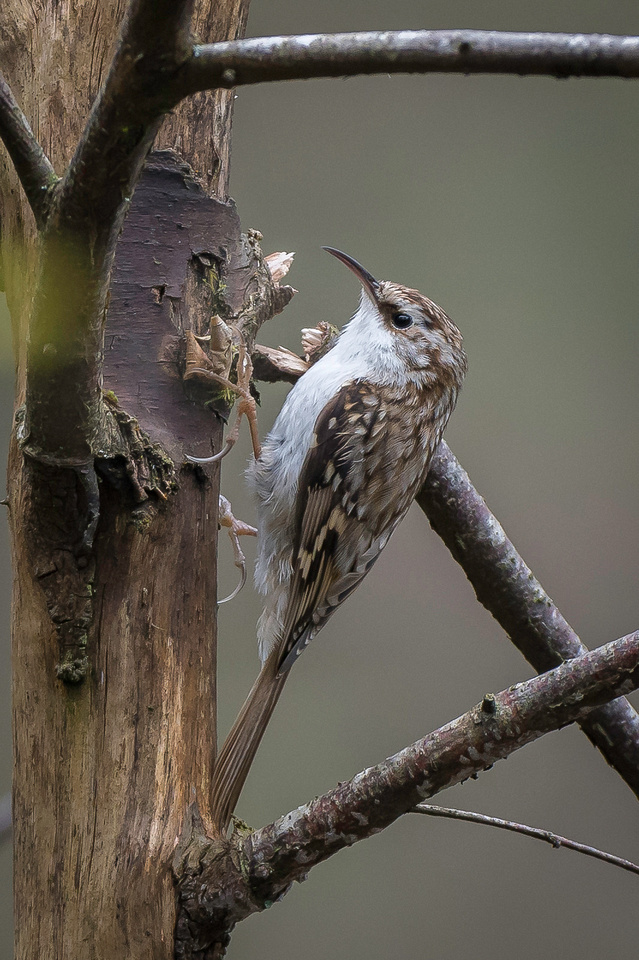
European treecreeper from the Campbell hide, RSPB Nagshead.
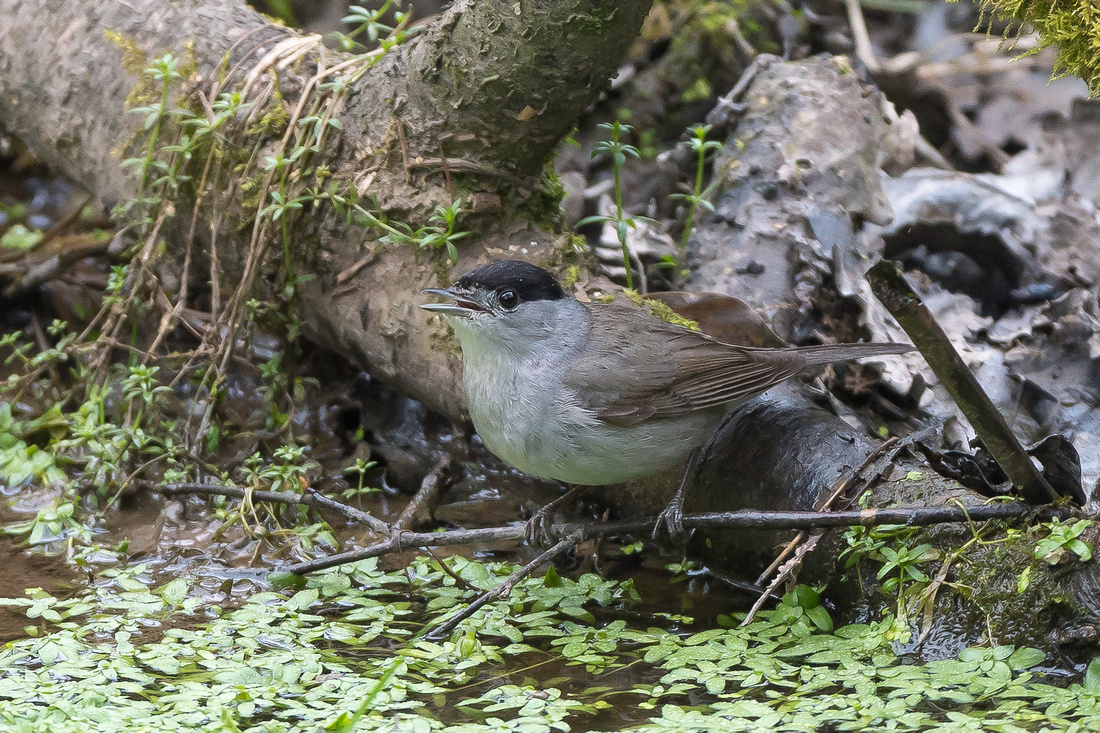 Blackcap about to take a bath! RSPB Nagshead.
Blackcap about to take a bath! RSPB Nagshead.
Last week I headed up the M5 to Upton Warren nature reserve near Droitwich. A place I have heard so much about but had never previously visited. I had spoken to a few people of the best places to visit here which helps a lot when visiting new locations. There are three hides on the 'Flashes' lake so I settled into the 3rd hide. There were plenty of noisy black-headed gulls, avocets, lapwing & little ringed plover that walk round like clockwork toys! I also spotted a whimbrel which was quite distant, and asleep!!
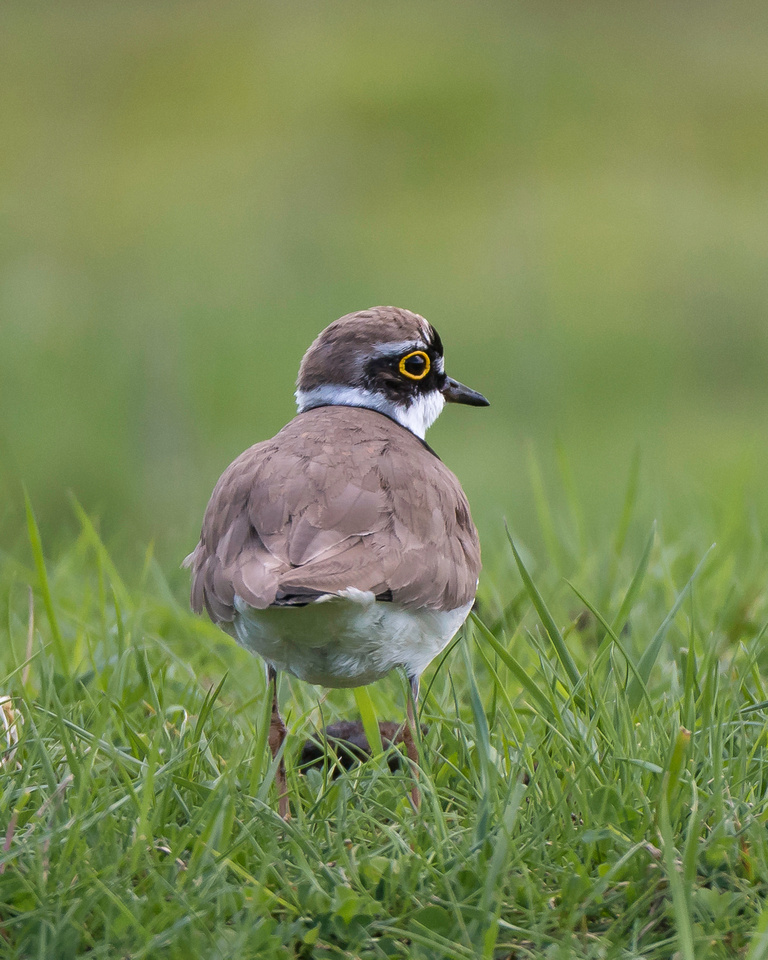
Little ringed plover at Upton Warren
On the walk back to the car passing the sailing lake I noticed the swallows, sand martins & house martins were all feeding up on flies that had landed on the water's surface. I spent an hour trying to photograph them in flight. It can be very frustrating when you eventually lock focus onto one then they change direction at the last second!! Grrrr!! Managed a couple of shots but they wont win any competitons!
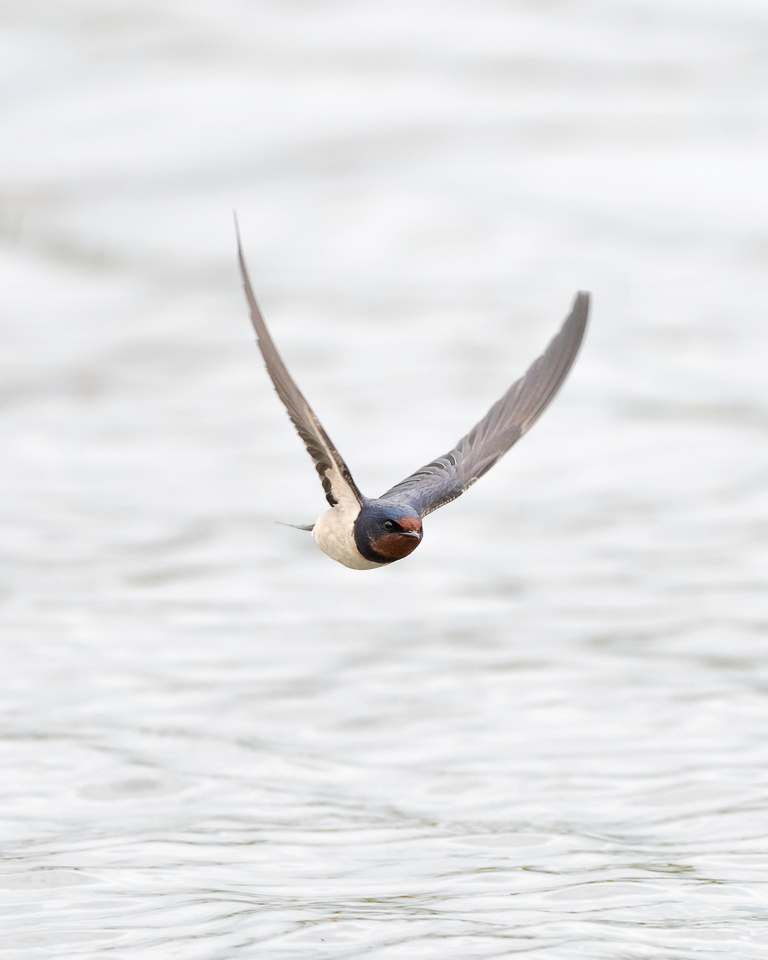
Barn swallow in flight, Upton Warren.
Last Wednesday I had a trip to Rhayader in Mid-Wales to visit Gilfach farm. A great reserve set in the Mid Wales valleys with moorland and woodland habitats. It is a regular haunt of visiting Pied flycatchers, Redstarts, Cuckoos, Wood & willow warblers. It's a great place to walk around even if you don't see very much, just enjoying the solitude. As I arrived I heard the cuckoo calling which was a good omen. Most of my visit was spent in the Oak wood with a camouflaged bag hide over me. This is a great way to get closer to the wildlife you are trying to photograph. I saw the Pied flycatchers checking out the many nesting boxes in the wood and the greatest surprise was a Hare that casually strolled through! This is only the second one I have photographed in the last 10 years.
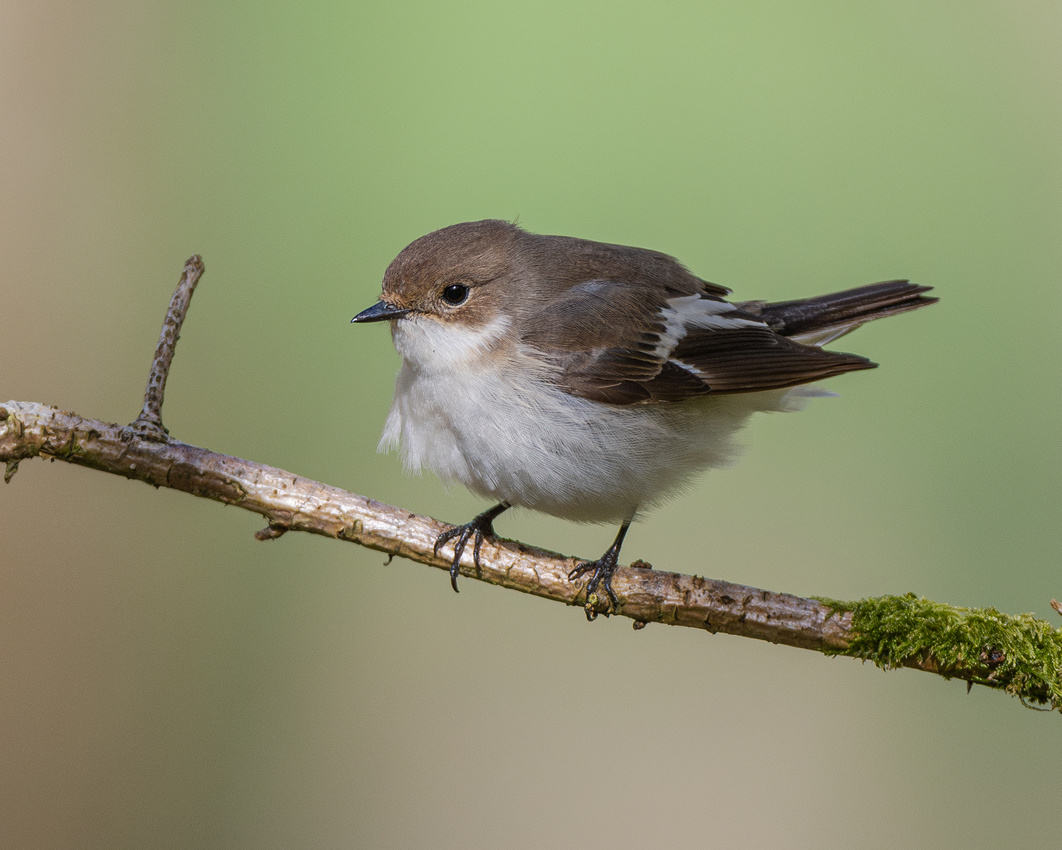 Female pied flycatcher at Gilfach farm.
Female pied flycatcher at Gilfach farm.
Male pied flycatcher at Gilfach farm.
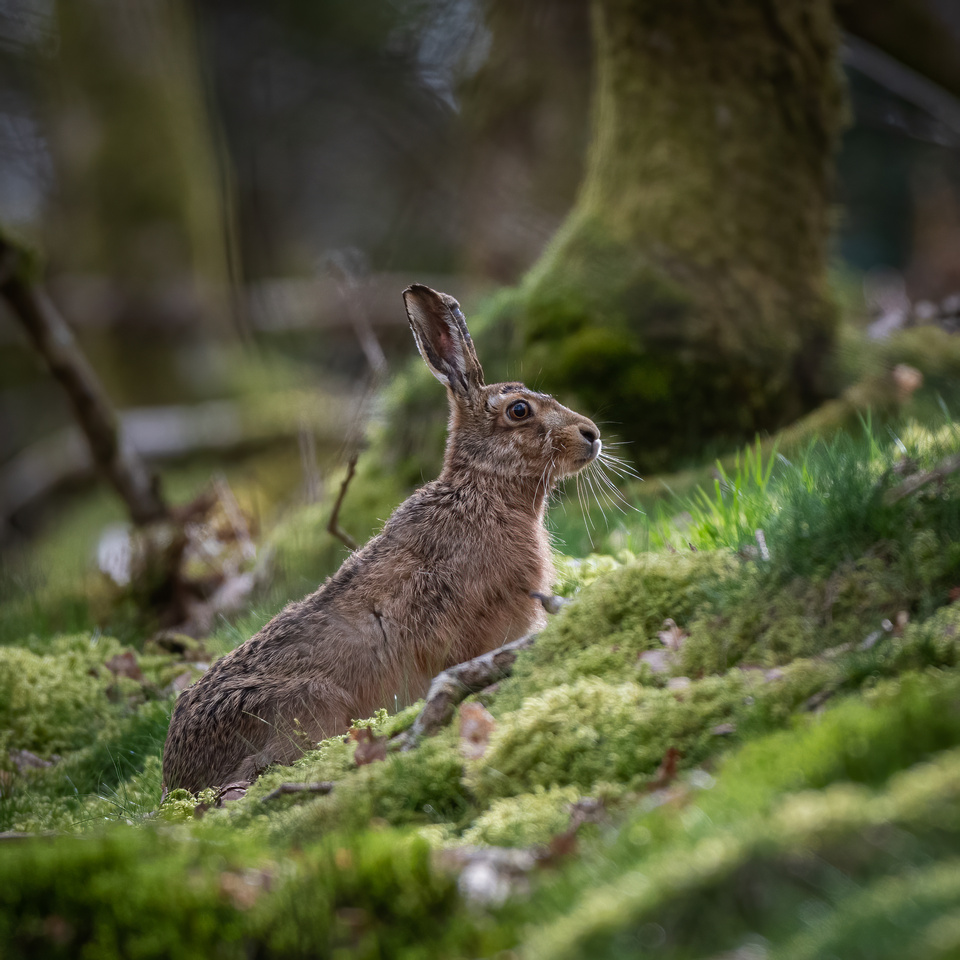 European hare at Gilfach farm.
European hare at Gilfach farm.
Thanks for reading my latest instalment.
More of my images can be viewed on my flickr page.
Steve
We are only half way through the month of March and we've had so much varied weather. Only this week I was up at WWT Martin mere, Lancashire where I was watching blue tits and tree sparrows checking out nest boxes in Spring like weather. This morning I woke up to a few inches of snow! It must be confusing for the wildlife. Over the last month I took advantage of the 'Beast from the East' formerly known as winter and visited the red kite feeding stations of Gigrin farm and Llandeusant several times. I've always wanted to photograph the stunning red kites in snowy conditions. I visited Gigrin as the first snows arrived and managed a few shots of kites feeding on the wing in the snow.
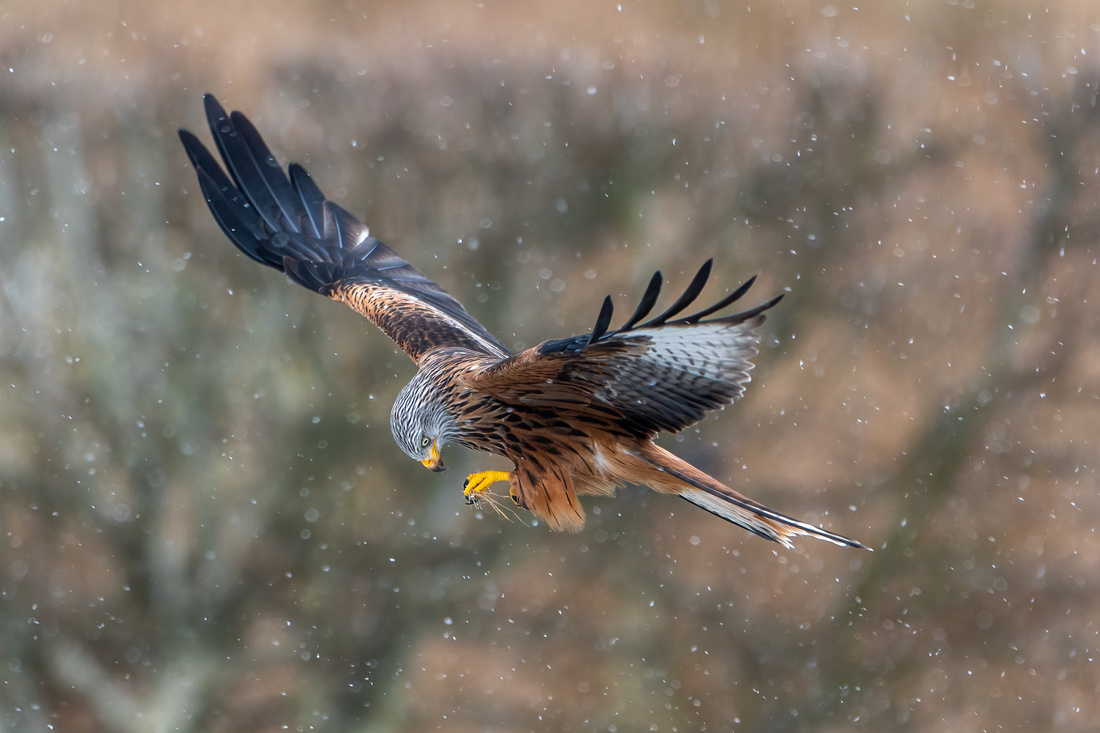 Red kite feeding on the wing at Gigrin farm, Rhayader.
Red kite feeding on the wing at Gigrin farm, Rhayader.
Didn't have much luck with the snow at Llandeusant red kite feeding station but got an arty shot showing the birds natural surroundings.
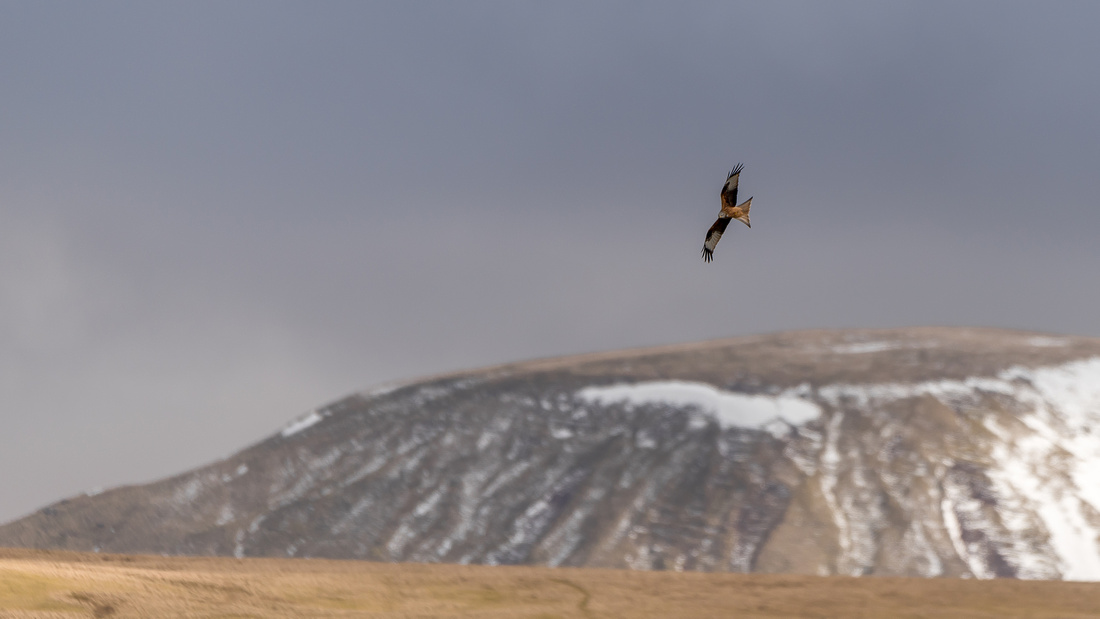 Red kite above the Black mountain, Llandeusant.
Red kite above the Black mountain, Llandeusant.
At least once a week I pay a visit to WWT Slimbridge to see what has called in but in this case most of the wildfowl had migrated back including all of the Bewick's swans. Luckily the resident birds made up for that. Three water rails were active under the feeders from the Willow hide and another two spotted from the Knott hide.
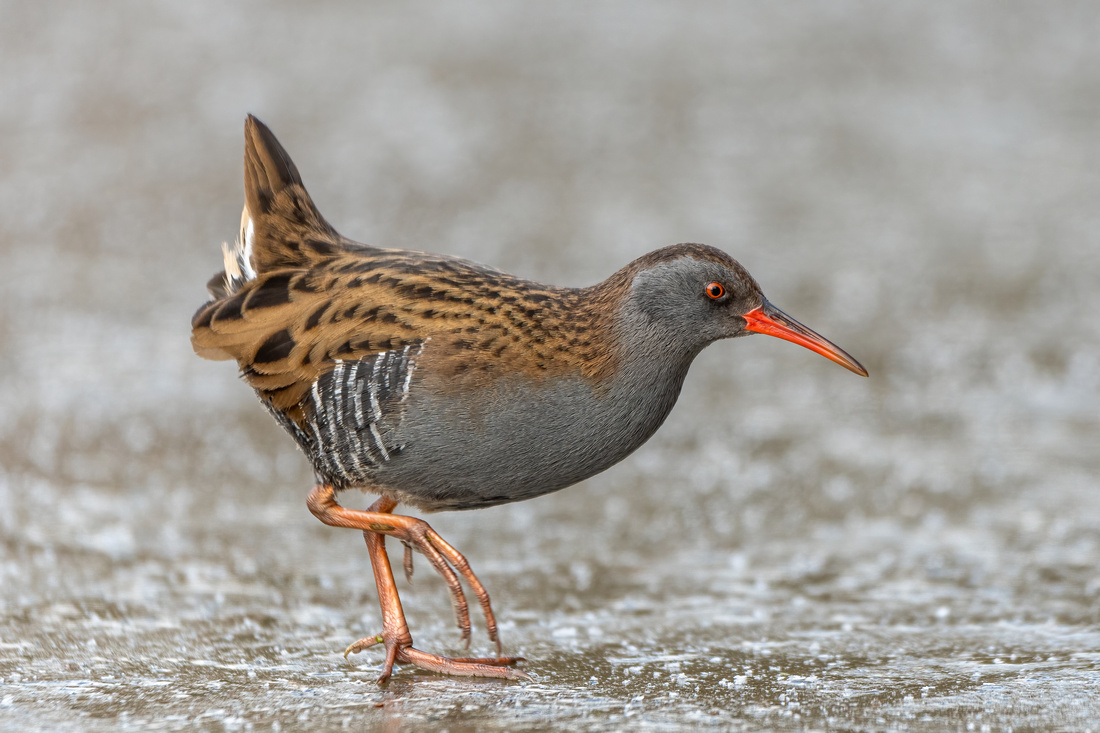 Water rail 'Dancing on ice' from the Willow hide.
Water rail 'Dancing on ice' from the Willow hide.
Other waterfowl, snipe, oystercatchers and little grebes were all quite active. That's what I like about Slimbridge, there is always something to photograph whatever time of the year.
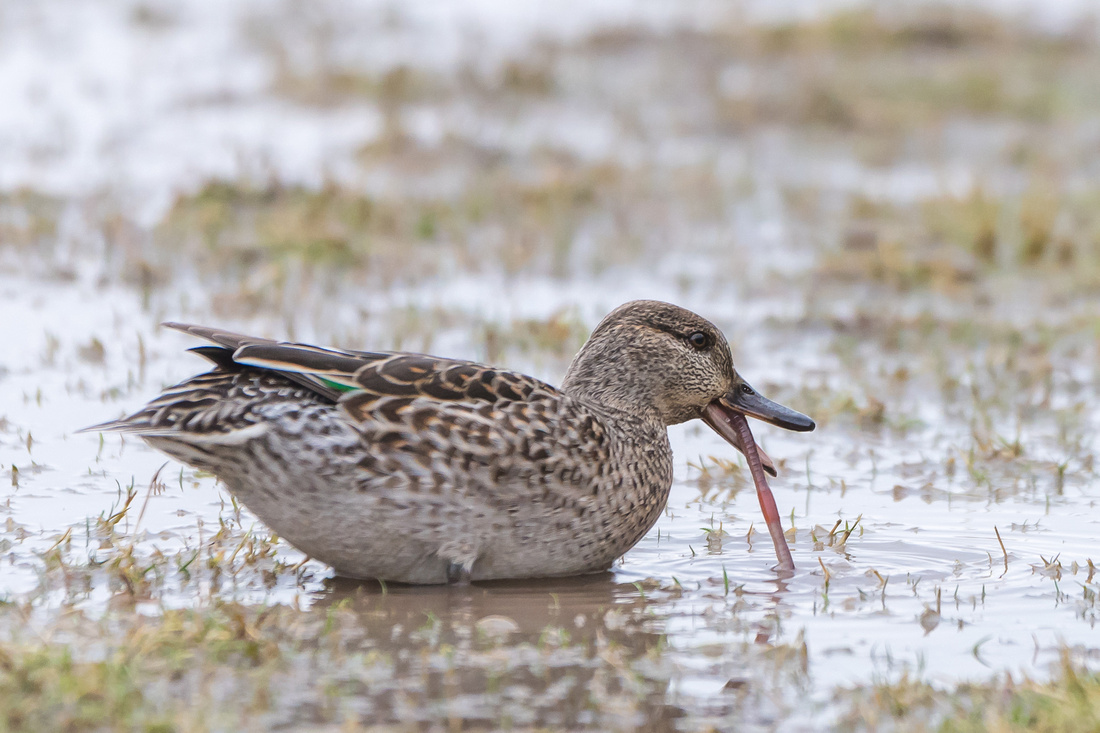 Mrs Teal wrestling with a worm from the Knott hide, Slimbridge.
Mrs Teal wrestling with a worm from the Knott hide, Slimbridge.
I visited Parkend in the Forest of Dean which is known for its good numbers of Hawfinch. This winter has seen a large influx of these migratory birds to the UK. At Parkend you can photograph the birds from the luxury of your car! Other birds to watch for are chaffinch, greenfinch, nuthatch, song thrush & redwing. This is the best way to see these elusive birds as they are very 'flighty'. Now and again you get some people who still insist on walking round disturbing the birds but that's another story!.
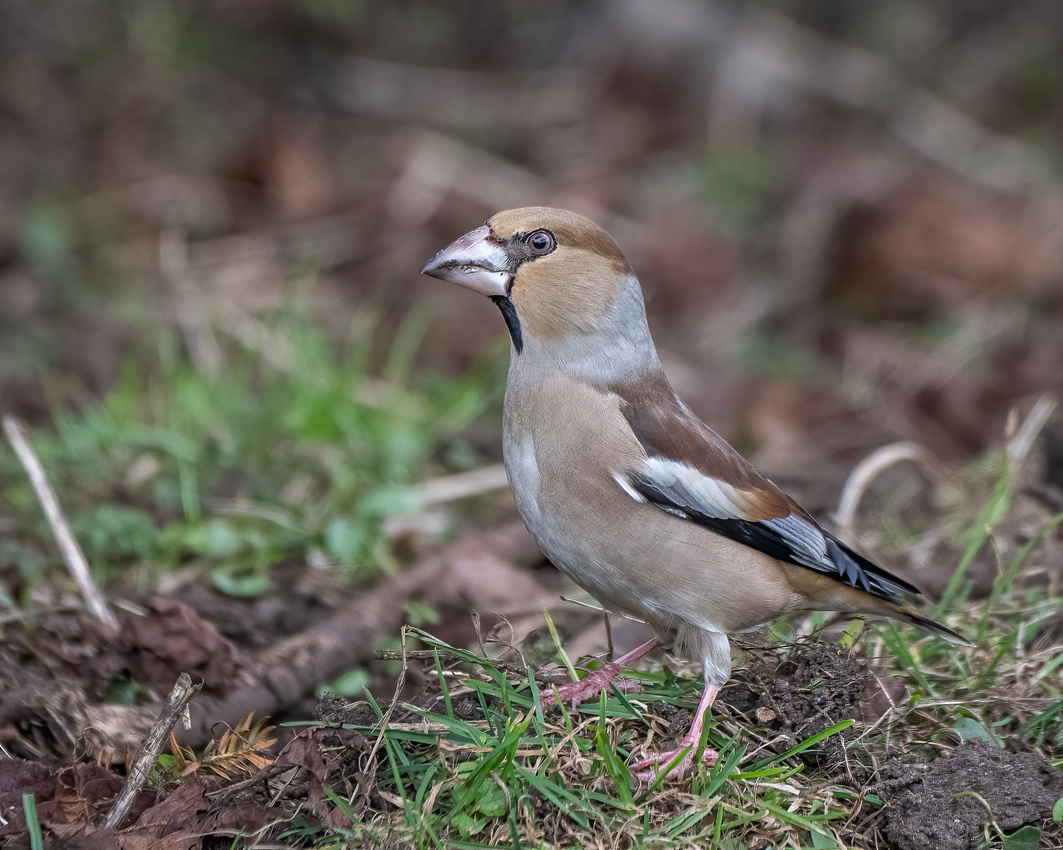 Female hawfinch at Parkend, Forest of Dean.
Female hawfinch at Parkend, Forest of Dean.
Paid a visit to my 'local patch' of Forest farm. Normally at the end of February the kingfishers start to pair up so I wasn't expecting many sightings. A few snipe were seen from the hides and the usual small birds. Went for a walk down the Glamorgan Canal on the reserve and there she was. Mrs Kingfisher fishing from the trees in the glorious Spring sunshine.
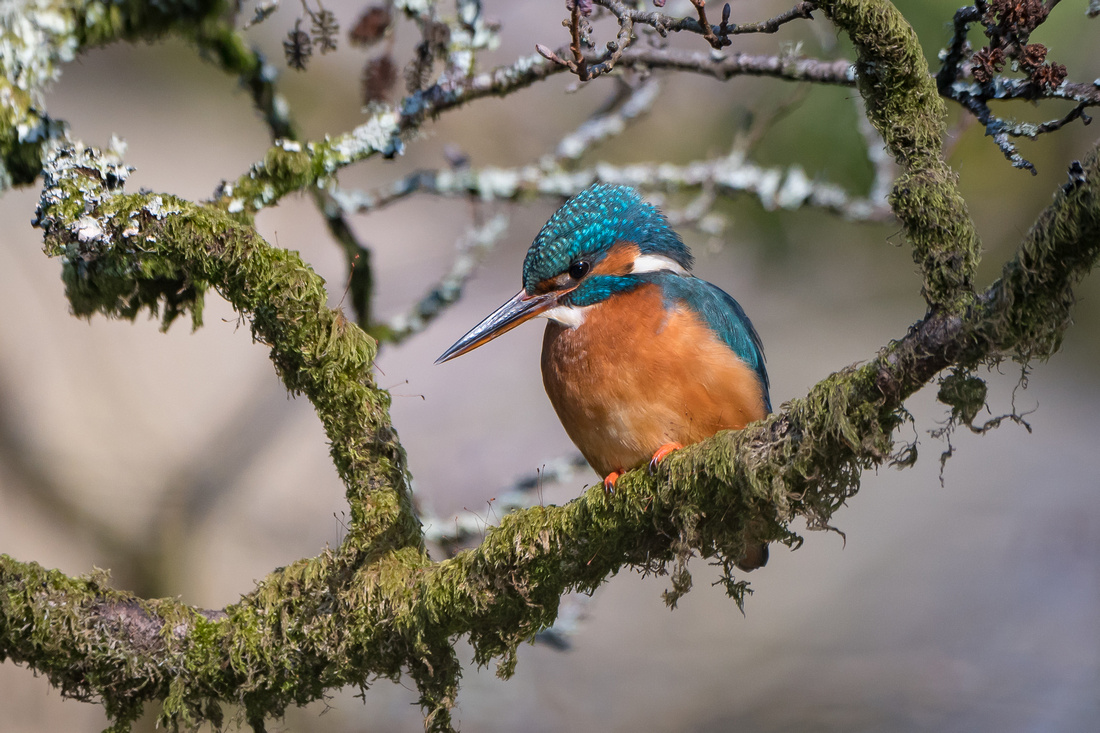 Mrs Kingfisher on the Glamorgan Canal, Forest farm nature reserve.
Mrs Kingfisher on the Glamorgan Canal, Forest farm nature reserve.
February sees the opening of The International Centre for Birds of Prey in Newent, Gloucestershire. A place I have visited over the last few years. It is a great place to get up close to various birds of prey and practise your 'bird in flight' shots. My favourites are the owls and kites. It is not just the flying of birds the centre does. They are heavily involved with the conservation of these magnificent birds. They are also have long term experience with captive breeding around the world.
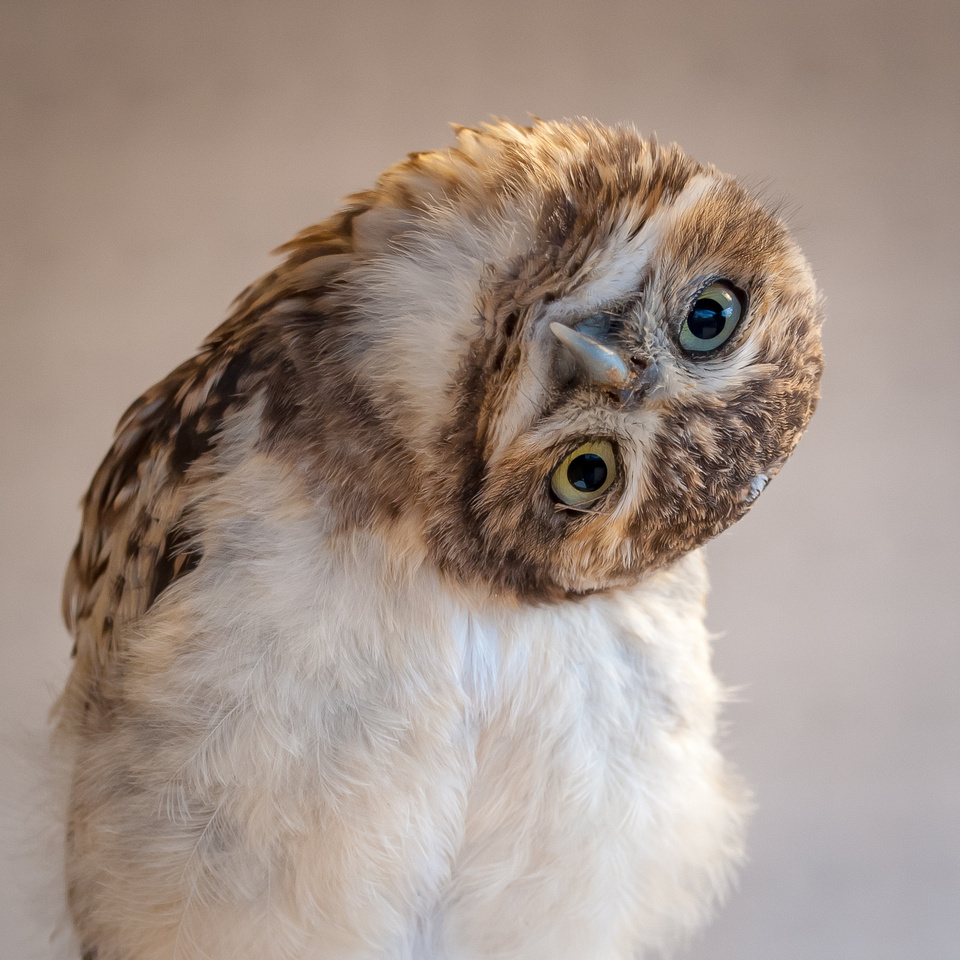
Burrowing owl at The International Centre for Birds of Prey.
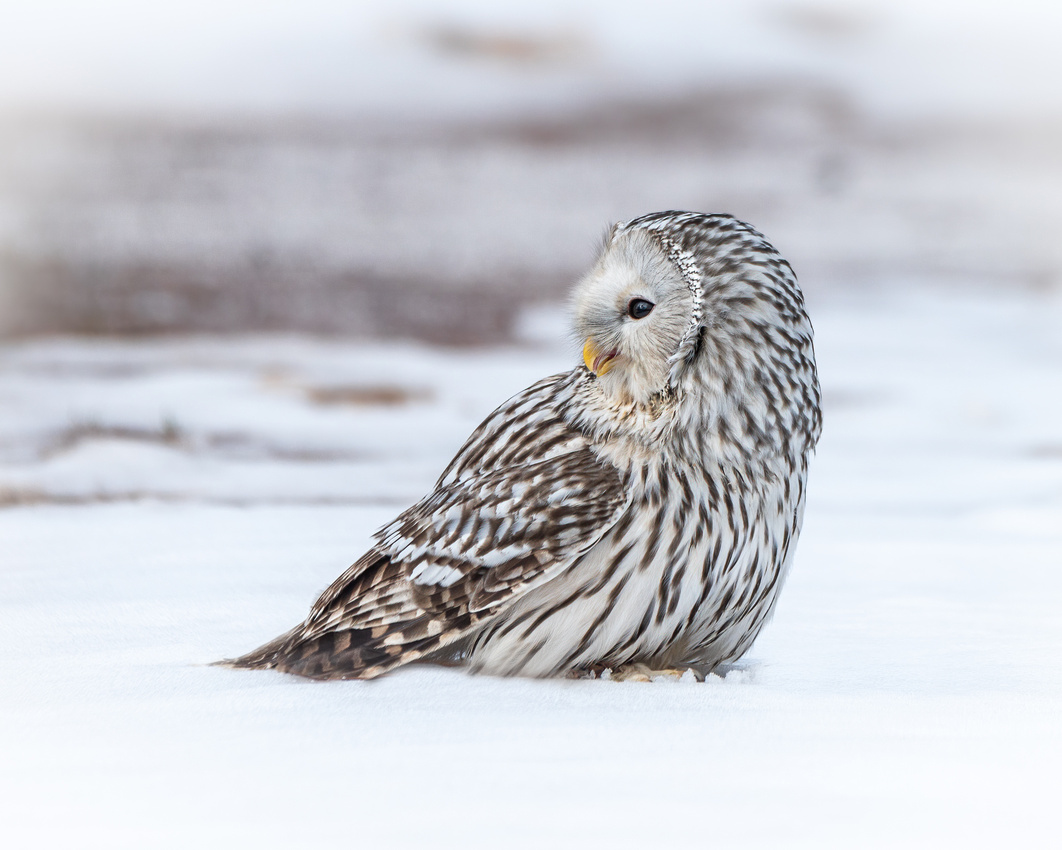 Ural owl 'Bramley' in the snow at the ICBP.
Ural owl 'Bramley' in the snow at the ICBP.
On the theme of birds of prey and especially owls I went to photograph the Short-eared owls at Aust Warf. Aust is between the two Severn bridge on the England side of the river. I've been half a dozen times but the owls were quite distant. On my last visit the owls were very active mid-afternoon and came very close. I was initially using the 500mm lens with a 1.4x teleconverter (700mm focal length) but the converter soon came off! Had some great shots until a dog walker let his hound chase the owls off!! What is wrong with some people?
 Short-eared owl hunting for voles at Aust Warf.
Short-eared owl hunting for voles at Aust Warf.
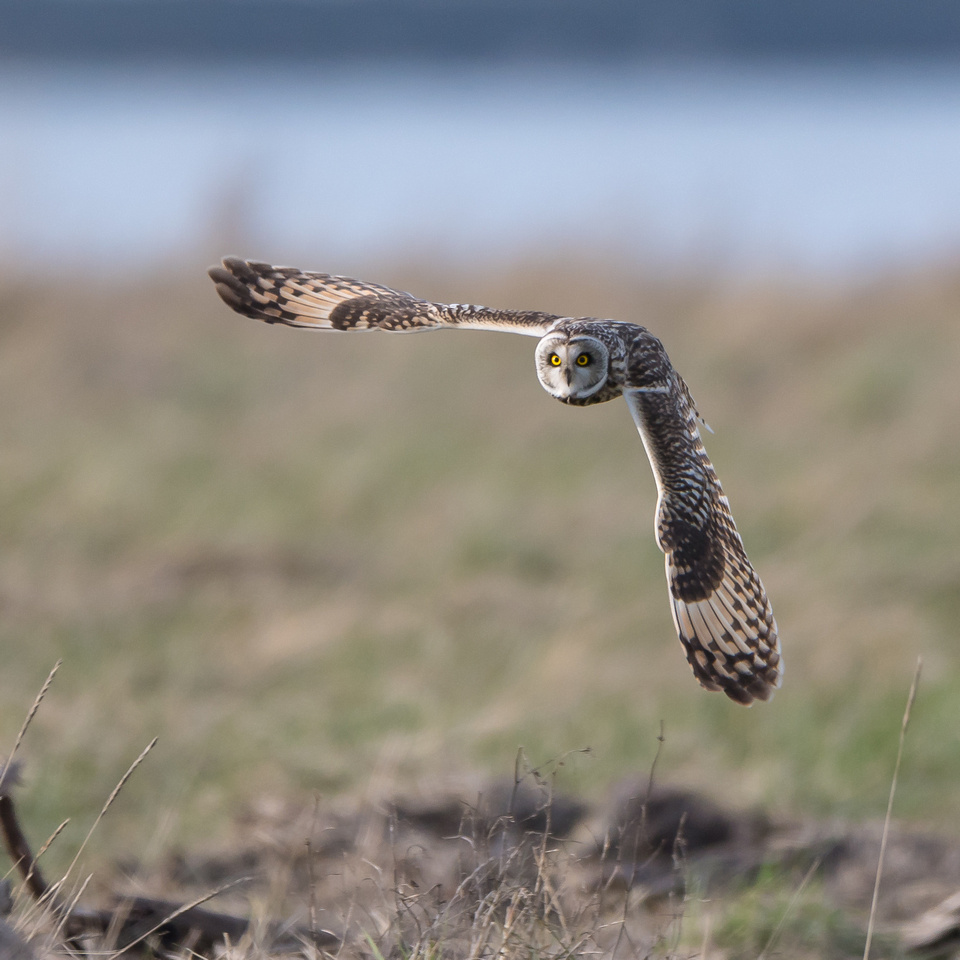
Short-eared owl at Aust Warf.
During the past week I paid a visit to my native Lancashire to visit family. I always make a point of visiting WWT Martin mere as this is where my love of wildlife photography started over 40 years ago. It is a great reserve where thousands of pink-footed geese, whooper swans, various ducks and waders visit during the winter months. From the hides great views of the raptors such as kestrel, Marsh harrier, Peregrines, Buzzards and even Barn owls. The latest hide is the Discovery hide where the daily feeds take place. Here you can get very close to the wildlfowl and waders who don't seem to mind lenses of all sizes pointing at them! As long as there is food around the birds will be there. Martin mere is the only place I now see tree sparrows in good numbers. They were house hunting when I visited so I guess Spring is just around the corner. I hope!
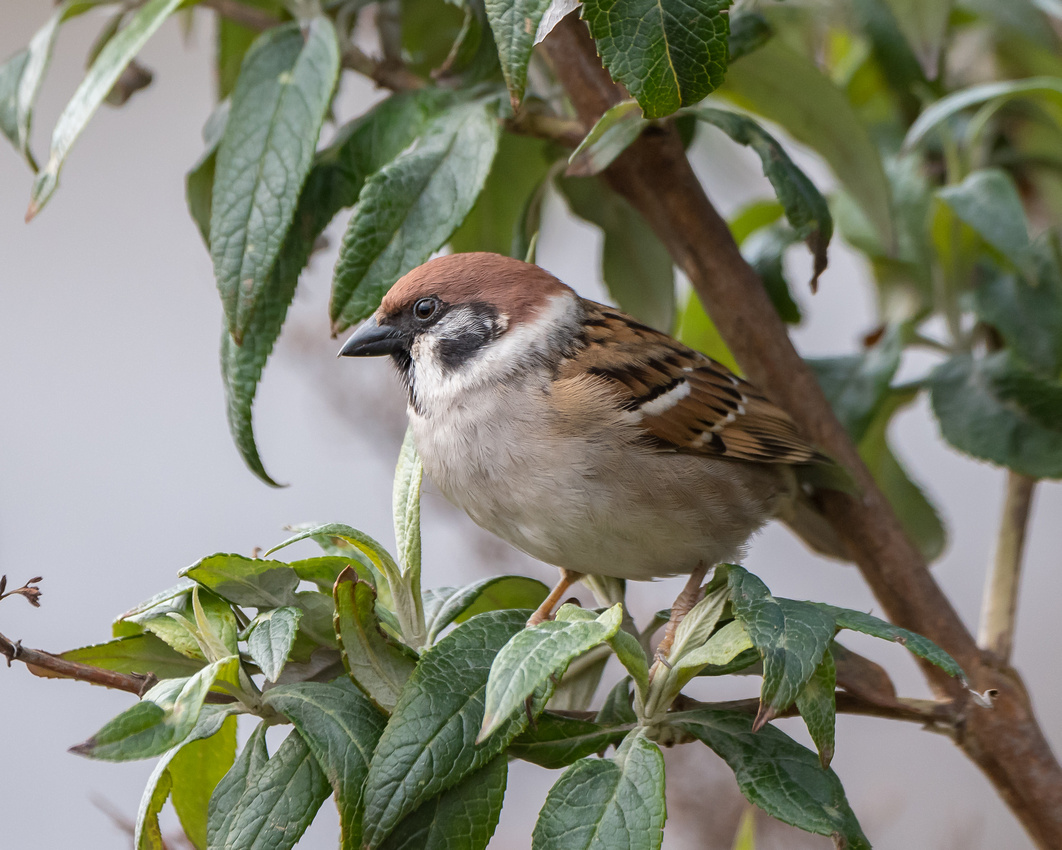 Tree sparrow at WWT Martin mere, Lancashire.
Tree sparrow at WWT Martin mere, Lancashire.
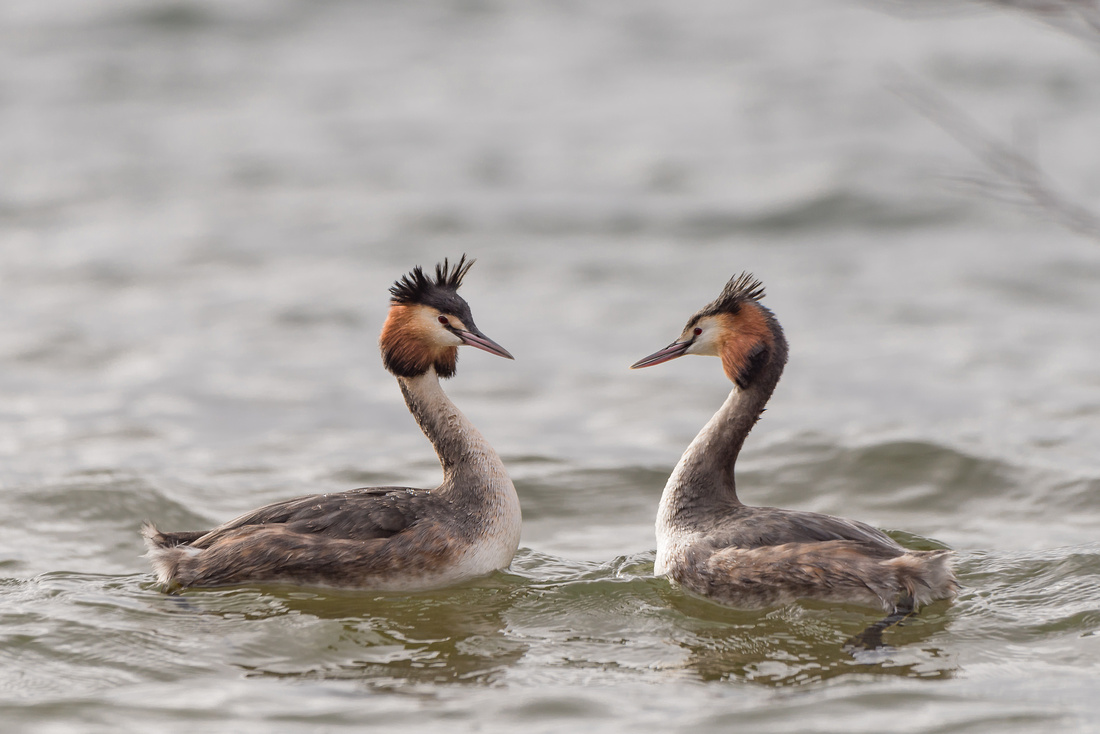 A pair of great crested grebes at Cosmeston lakes, Penarth.
A pair of great crested grebes at Cosmeston lakes, Penarth.
Thanks for reading my latest instalment.
More of my images can be viewed on my flickr page.
Steve
As you probably guessed I spend quite some time at the Wildfowl & Wetlands Trust (WWT) reserve Slimbridge in Gloucestershire. It is a brilliant place to photograph wildlife especially during the winter months. As I spend a lot of time there I'd thought I tell you what I get up to on a typical day!
As a WWT member this entitles you to visit several of the hides from 08-15. Normal opening is 09-30. This is a great time to visit as you get the first rays of sunshine if the sun bothers to show! Also wildlife tends to be more active at the start and the end of the day. My first visit is the Rushy hide to watch the morning feed. There maybe hundreds of ducks, geese and of course the visiting Bewick's swans. Usually around a 100 visit the reserve in winter.
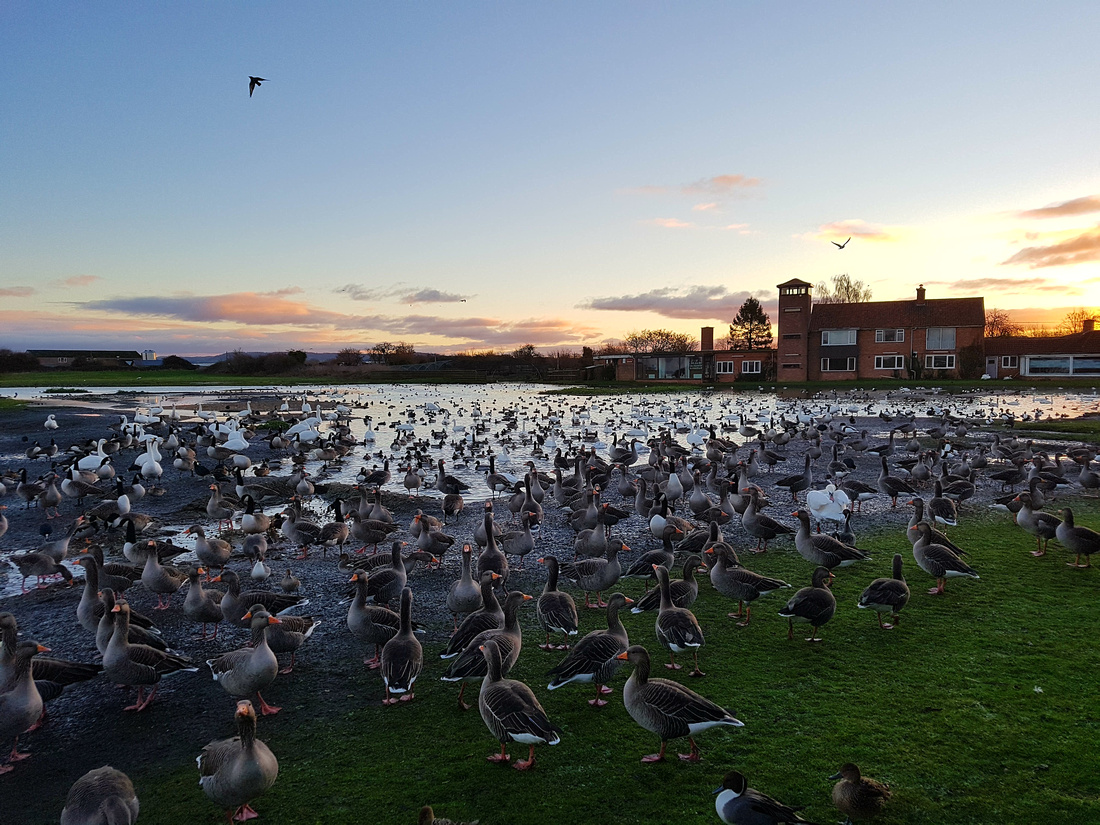 First light from the Rushy hide
First light from the Rushy hide
 Bewick's swan coming in to land
Bewick's swan coming in to land
This is a great spectacle to witness which only happens in the winter months. My next port of call is down to the Holden tower (3 storeys high) which gives great views across the reserve especially to the River Severn and the fields which the wildfowl use for grazing. You sometimes get the odd rarity flying up the river but they are usually out of reach for the 500mm lens and a teleconverter! From here the wiley red fox maybe seen searching for a meal or the many raptors such as Peregrine falcon, Marsh harrier or Buzzards looking for breakfast. When the tide is on its way in the birds feeding on the mud will move further inland making them slightly easier to photograph. Between the Holden tower and the Rushy there are another four more hides to visit. Next stop is the Knott hide. The Widgeon duck are usually grazing here and sometimes a Song thrush can be spotted searching for worms.
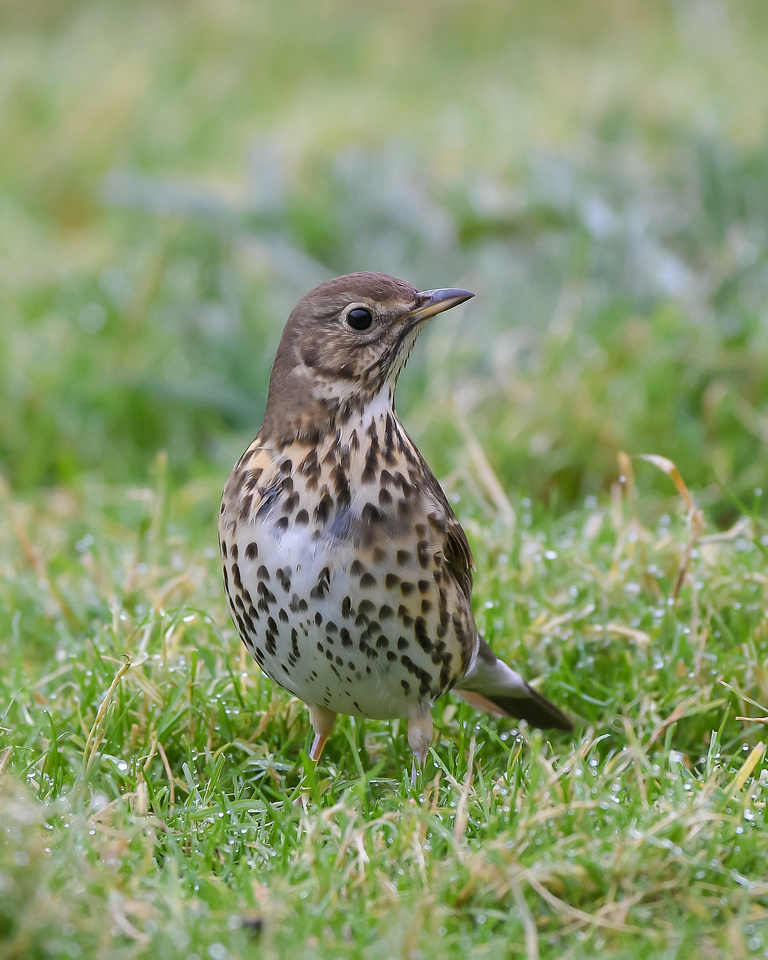
Song thrush
Directly opposite The Knott hide is the Stephen Kirk hide where you can spot various ducks, geese & swans and sometimes the waders such as Redshank, Ruff and Curlews. I have photographed kingfishers here in the past which tend to sit on the barbed wire fence. Not the best perch for a decent photograph but who can resist a kingfisher!
From here it is a short walk to the Willow hide. I always check the purpose made slots in the fence for anything. Winter is a good time to spot the elusive Water rail. In Spring & Summer you may spot various visiting warblers. The Willow hide is a great hide which was only made a few years ago. This is the best place to see the Water rail and the various small birds visiting the feeders. If you stay a while the Great spotted woodpecker may pay a visit.
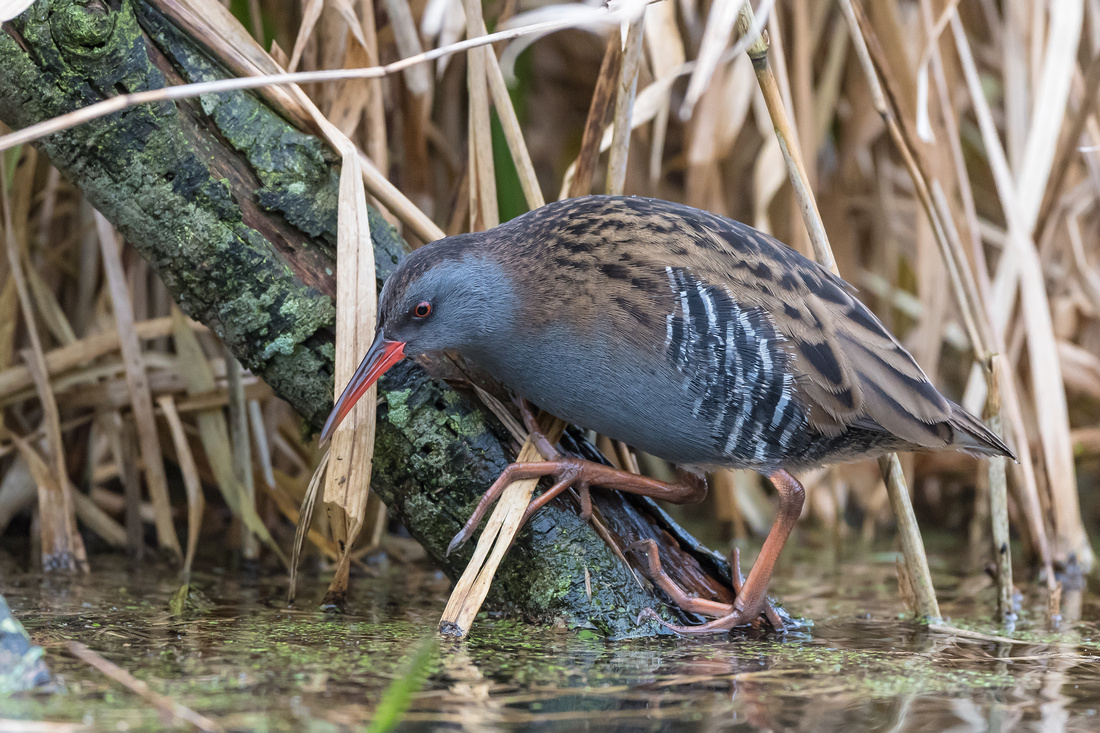 The elusive Water rail from the Willow hide
The elusive Water rail from the Willow hide
In the hide there is a small purpose built hole just big enough to get the lens in and get some great low down shots of the Water rail such as the one above.
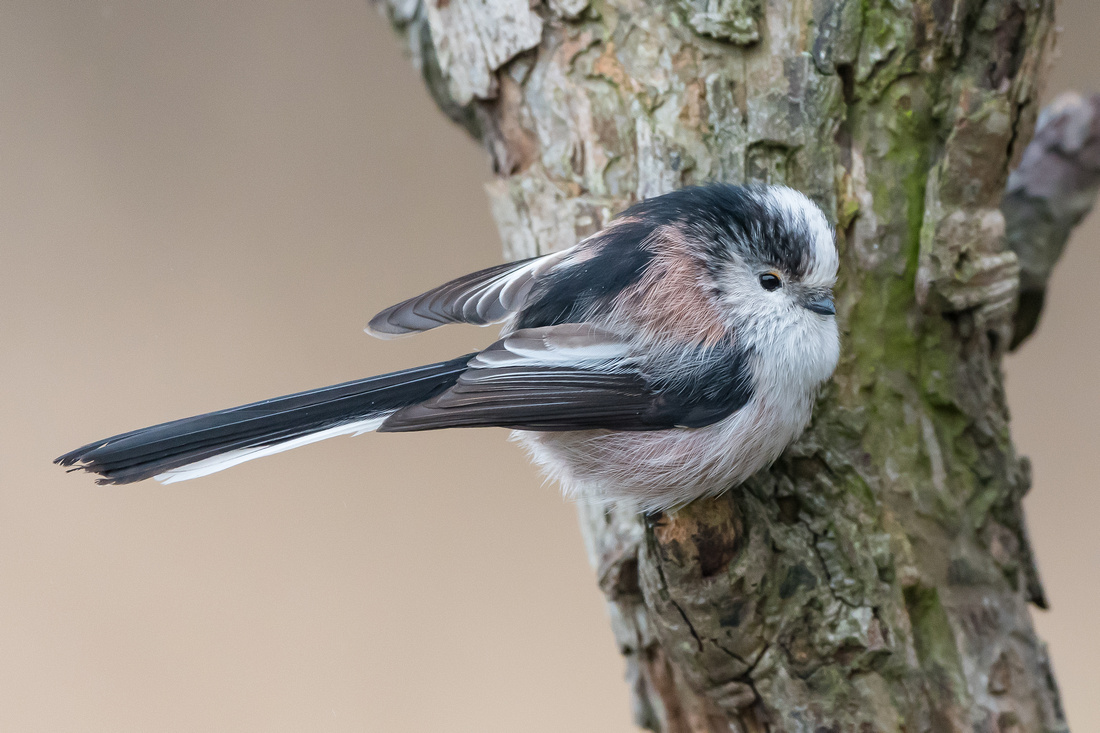 Long-tailed tit from the Willow hide
Long-tailed tit from the Willow hide
Opposite the Willow hide is the Robbie Garnett hide. A great place to photograph birds in flight and landing on the pools. This hide is where most of the photographers hang out. Also from here in winter there is the stunning spectacle of hundreds of Lapwing, Golden plover, Curlew, Northern pintail, Widgeon, Teal, Shovelor, geese & swans. It is even more of a spectacle when the birds of prey join the party causing panic and mayhem sending thousands of birds into the air. One of the reserves great spectacles. After all this excitement it is usually 09-30. The rest of the reserve is now open so I make the long trek down to the Kingfisher hide. On the approach to the hide walking down the South Finger watch for the Treecreepers, Long-tailed tits & Goldcrest in the trees. From the hide you may see the visiting Great Bittern (not been spotted this winter). On the pool Little grebe and Gadwall are usually around. In Feb-Apr the Kingfishers have been spotted pairing up and digging a nest in the far bank on many occasions. At this time the windows are locked to prevent any disturbance. The feeders attract a variety of small birds such as Blue tits & the finches. Siskin and Brambling have been spotted here. Usually the sparrowhawk will make an unwelcome visit. Otters have also been spotted from here and the South Finger.
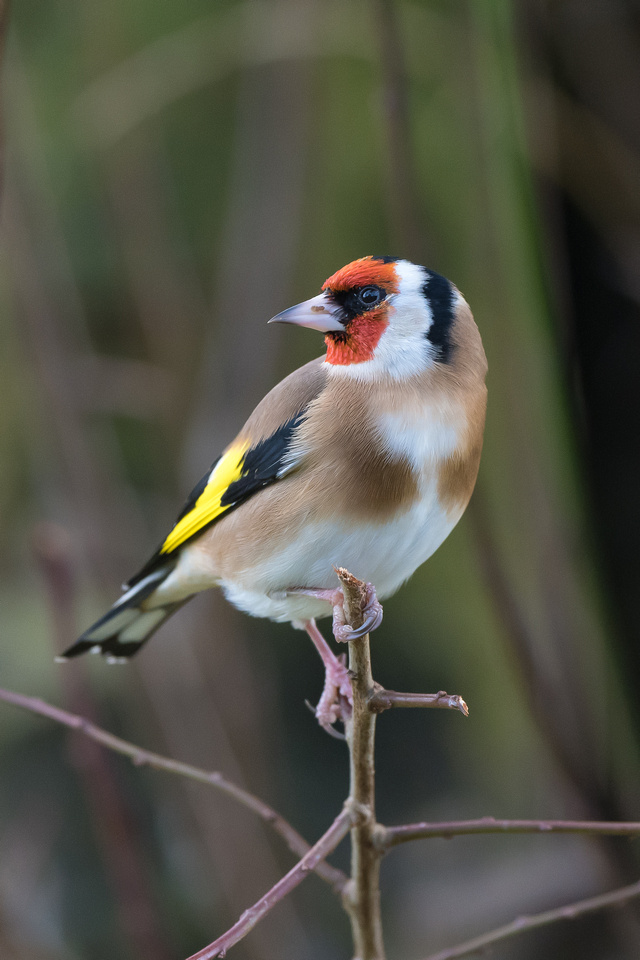
Goldfinch from the Kingfisher hide
From here I head back towards the reserve calling in briefly to the Van de Bovenkamp hide. If the Bittern is around it is a good place to get some flight shots. From here I grab a coffee from the kiosk and visit the Zeiss hide. I never see much close I can photograph here but you get some great views towards the sea wall watching the many distant wildfowl & waders. A good place to watch the noisy Rooks feeding and gathering nesting material.
Next stop is the Hogarth hide which is on the South Lake. This winter has seen great numbers of Common snipe and Lapwing visit here. It's best to photograph here later in the day when the sun has moved round. On an overcast day (like most times when I visit!) good shots of the Snipe can be had and they will come close to the hide. Also watch out for the the small waders amongst the lapwing such as Dunlin and Little Stint.
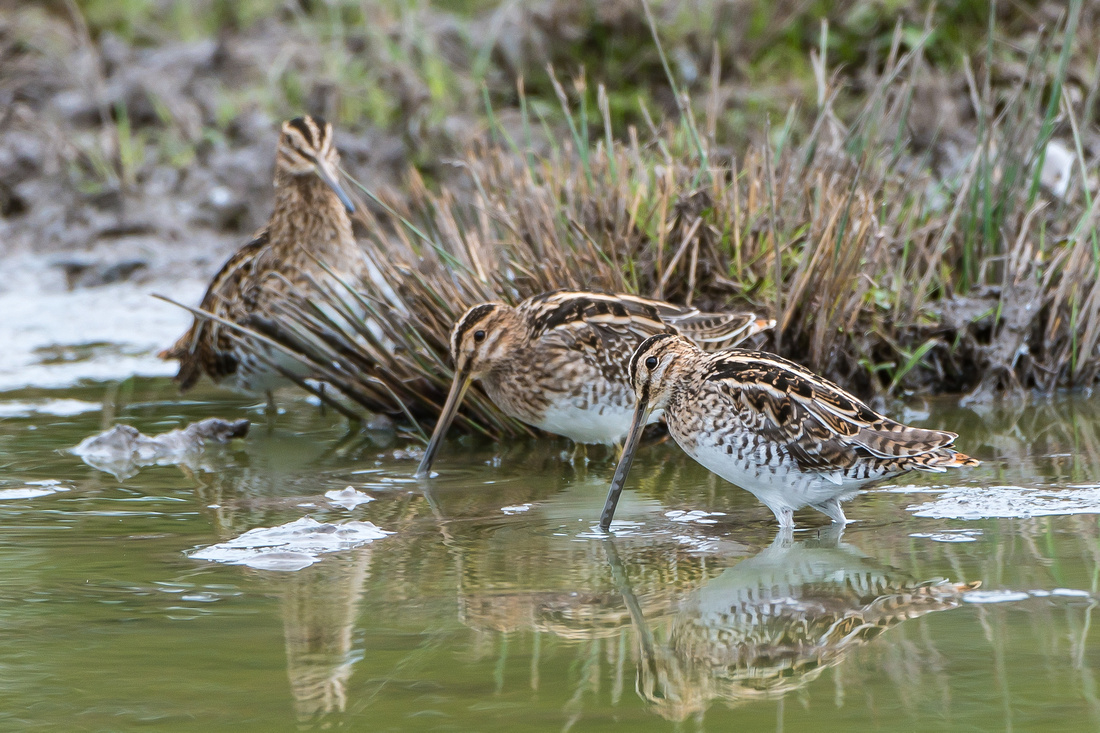 Common snipe in front of the Hogarth hide
Common snipe in front of the Hogarth hide
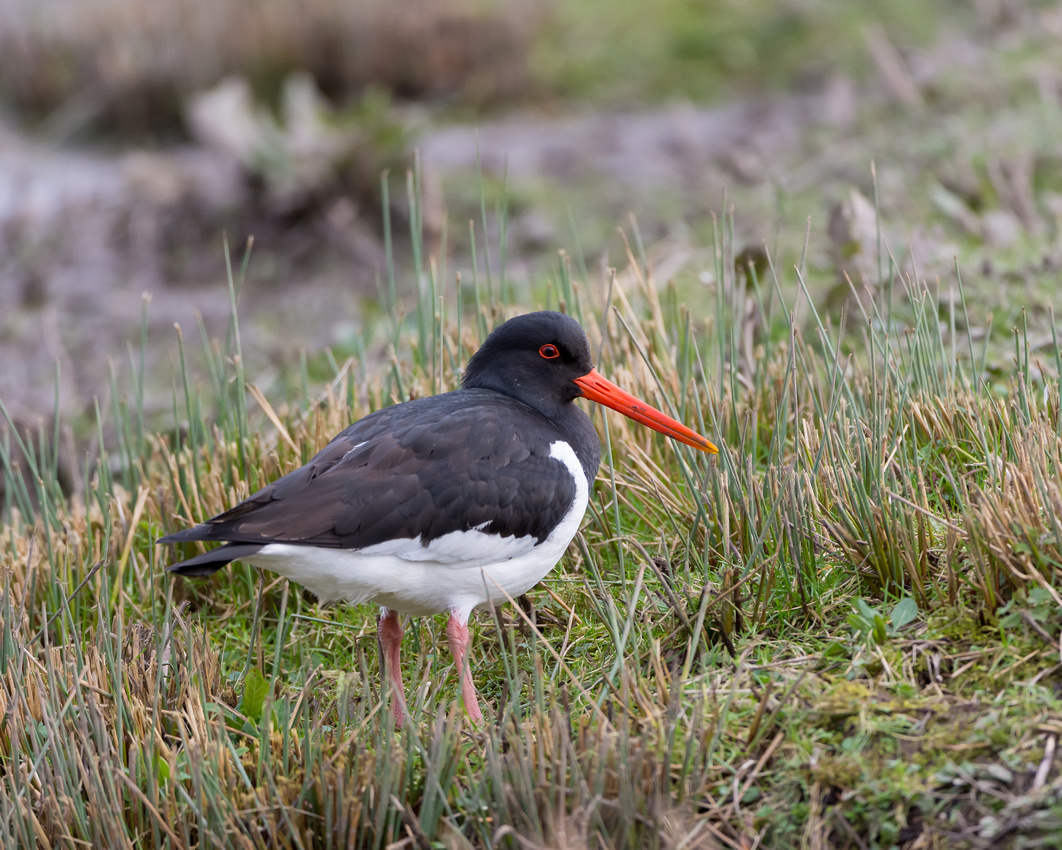 Oystercatcher from the Discovery hide.
Oystercatcher from the Discovery hide.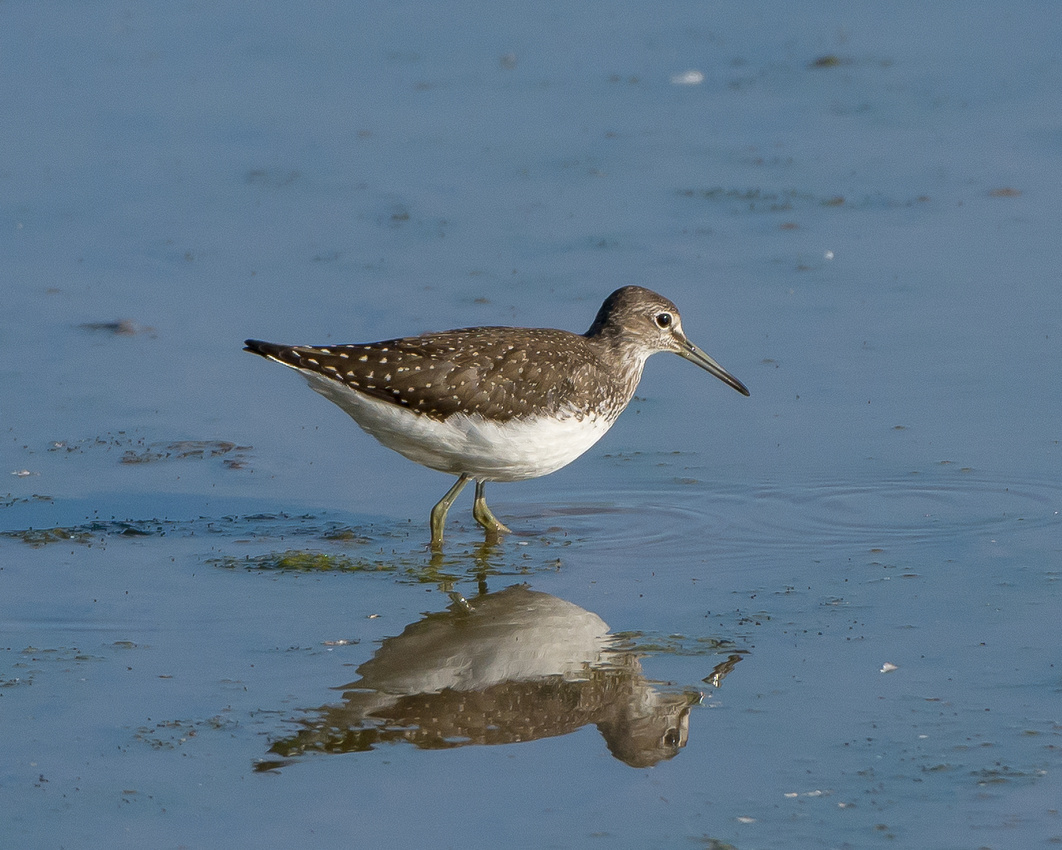 Green sandpiper. A summer visitor to Slimbridge
Green sandpiper. A summer visitor to SlimbridgeI am now offering one to one tuition for beginners or experienced photographers at Slimbridge. I will be teaching you the ideal camera settings which I use and composition techniques to get the best out of your wildlife photography. Also teaching you things to watch out for whilst photographing wildlife and other tips and techniques I have used over the years to great success.
For more information regarding these day courses please contact me to let me know your requirements and check for availability.
The full day course (9.30 till 16.30) is £110 per person or the half day course (09.30 till 12.30) is £65 per person.
These prices do not include admission to the centre.
Is it me or is everybody naffed off with this weather? Here in South Wales, it's either overcast or misty. Not the best conditions for photography.
I haven't ventured far these last few weeks, just visiting the usual haunts of Slimbridge wetland centre and Forest farm nature reserve near Cardiff. Last Wednesday I arrived at Slimbridge with good intentions and a good forecast predicted (which never happened!). Whilst waiting for the fog to lift I had propped my camera and lens on its monopod up against the hide, the next thing I heard was crunch! On the floor was a cracked camera body and the lens attachment was ripped off. ££££££ The air was blue as I cursed my stupidity. The lens was ok thank god and worked ok on my spare camera body. The next thing I did was order a Nikon D810 body! Damaging my camera was probably an omen. A rather expensive one! I was meaning to do this for a while since the introduction of the D850 the D810 prices have decreased slightly. Don't get me wrong the D500 is a good camera with amazing auto-focus and shutter speed but the D810 has amazing quality and resolution and the shutter is soooo quiet. So when my D500 returns from the Nikon hospital it will be relegated to the back-up body!
In all this unplanned extra expense I managed to photograph an elusive hawfinch at Forest farm nature reserve near Cardiff. There has been a big influx of these birds to the UK this year and are always great to see. They are probably making up for the lack of waxwings this winter. Last year was a 'bumper' year but not many have migrated over this year.
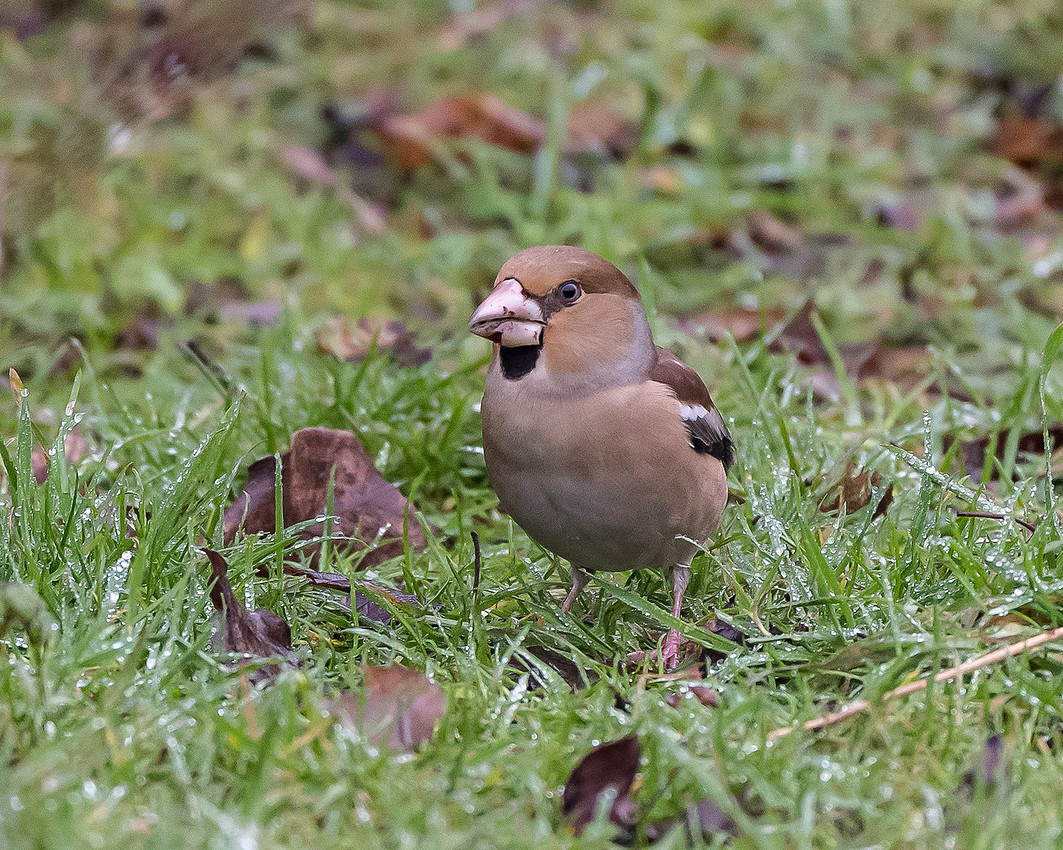
Hawfinch near the warden's office at Forest farm nature reserve.
This was probably the last photograph I took with my D500 before it was sent back to Nikon! In pieces!!
At the start of the week I was talking to a regular birder at Slimbridge of a sighting of a Great Northern diver just up the road at Sharpness marina, Gloucestershire. As I wasn't getting any worthwhile shots here I called in on the way home. Sure enough the bird was bobbing about on the marina lake battling the waves. It wasn't easy to get close to at first but then it started to dive for food. Whilst under the water I was able to get closer by moving a bit quicker than I normally do (a bit of a feeble attempt at jogging!) and dropping down low when it resurfaced. It worked-ish and got I some half decent record shots. I call my not-so-good photographs 'record shots'.). I'm my own worst critic! Lol.
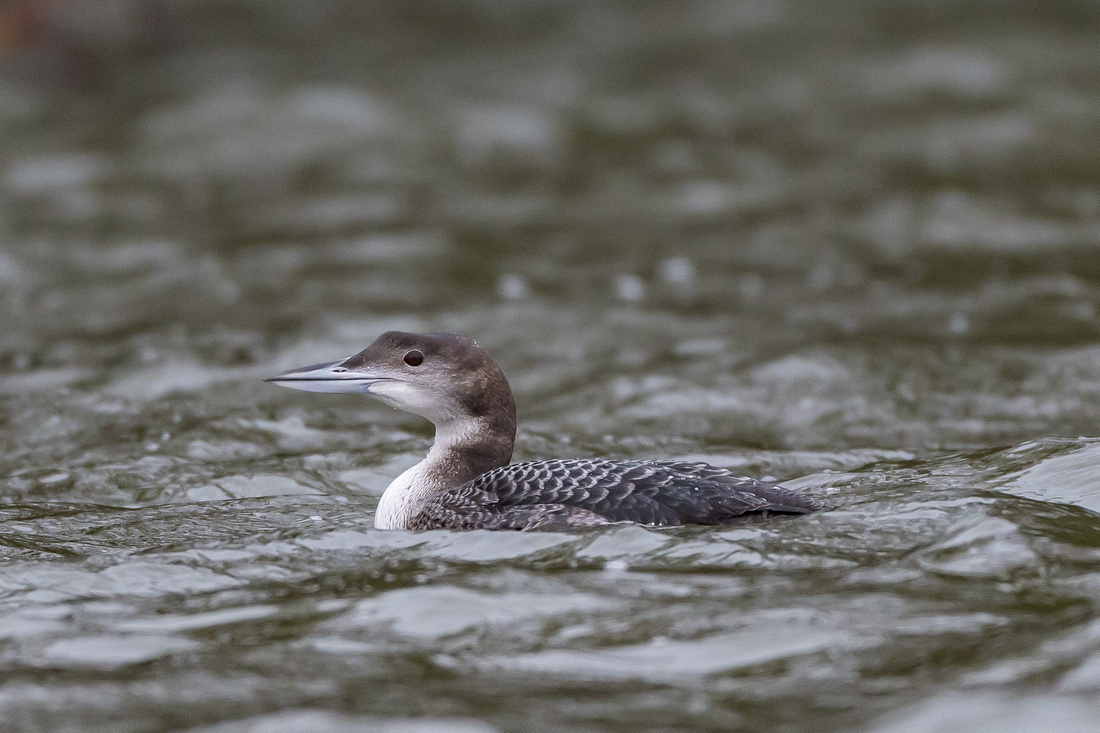 Great Northern diver on Sharpness marina lake.
Great Northern diver on Sharpness marina lake.
Today I called at Forest farm for a couple of hours to try out the Nikon D810. The lakes were frozen so the kingfishers wouldn't be playing but the jays were helping themselves to the peanuts I had brought. The grass was white with frost which made a great back drop for the jay shots. I'm really impressed with the 810. The quality of the shots are fantastic and there is plenty of resolution available if a shot is to be cropped. The big plus factor is how quiet the shutter is on this camera as opposed to the 'clunk' of the D500. I also tried it in QC (quiet continuous). Impressive stuff. I wish I'd bought this body ages ago. The 810 has a 5 fps which is plenty. I'm not one of these 'trigger happy' togs. One of of my best kingfisher flight shots was taken with 1 shot when I used to have a D800 which was even slower!
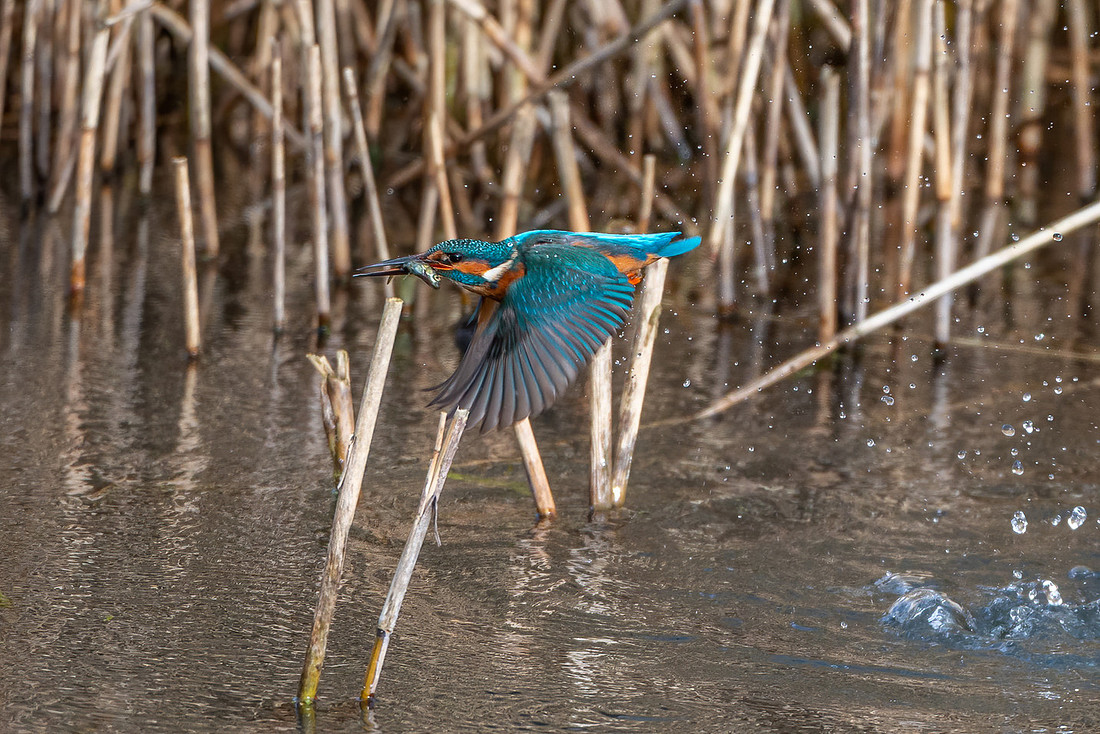 'One shot' kingfisher taken at Forest farm.
'One shot' kingfisher taken at Forest farm.
 Eurasian jay in Arctic conditions using the D810.
Eurasian jay in Arctic conditions using the D810.
After a couple of hours at Forest farm I drove up to Gigrin farm in Mid-Wales. Gigrin is famous for being a red kite feeding station for the last 23 years! An amazing place I love visiting but today it was CLOSED!! More obscenities filled the air, I should have checked their website as they have limited opening times in winter. Whilst I was in the area I had a drive up Elan valley. A stunning place to visit especially in the Autumn. I took a few long exposure shots of the water flowing over the reservoir dams. An impressive sight. After nearly freezing to death I retreated to the visitor centre cafe for coffee and cake!
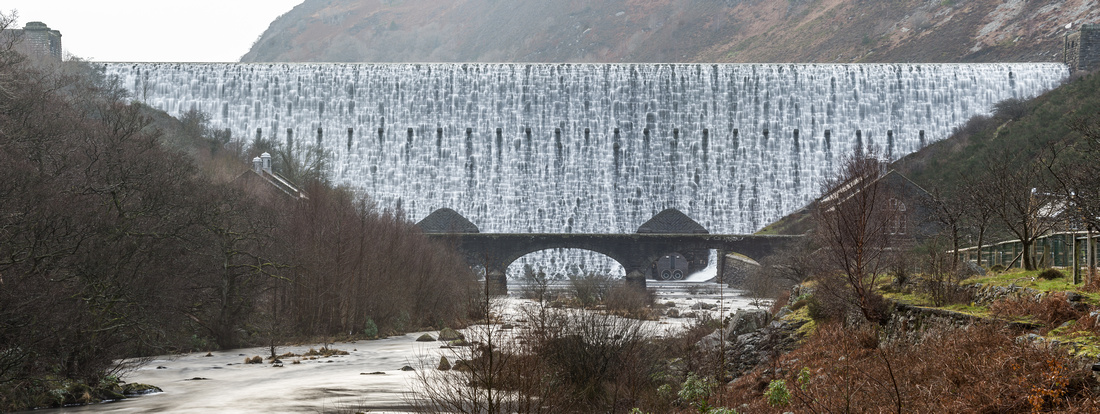 Caban Coch Dam, Elan Valley.
Caban Coch Dam, Elan Valley.
Thanks for reading my latest installment.
More of my images can be viewed on my flickr page.
Steve
At last I’ve finally got round to writing a blog! I never know what to write in these so I’ll tell you about my latest exploits at RSPB Ham wall in Somerset over the last couple of weeks. I have visited the reserve a few times over the years which only ends up being once a year. So last week I had a quiet period at work and spent 3 consecutive days there and a day the following week. I find this is a better way to get to know a place and was rewarded with some great images. My main goal was the elusive Great bittern preferably in-flight (image below). The problem with these birds is you never know where they are going to spring from but I had a friend on my side. The Weed Cutter! The cutters were busy tidying the place up a bit which spooked the birds as they went along the reed beds. I don’t think the birds were too impressed but I got the shots I was after!
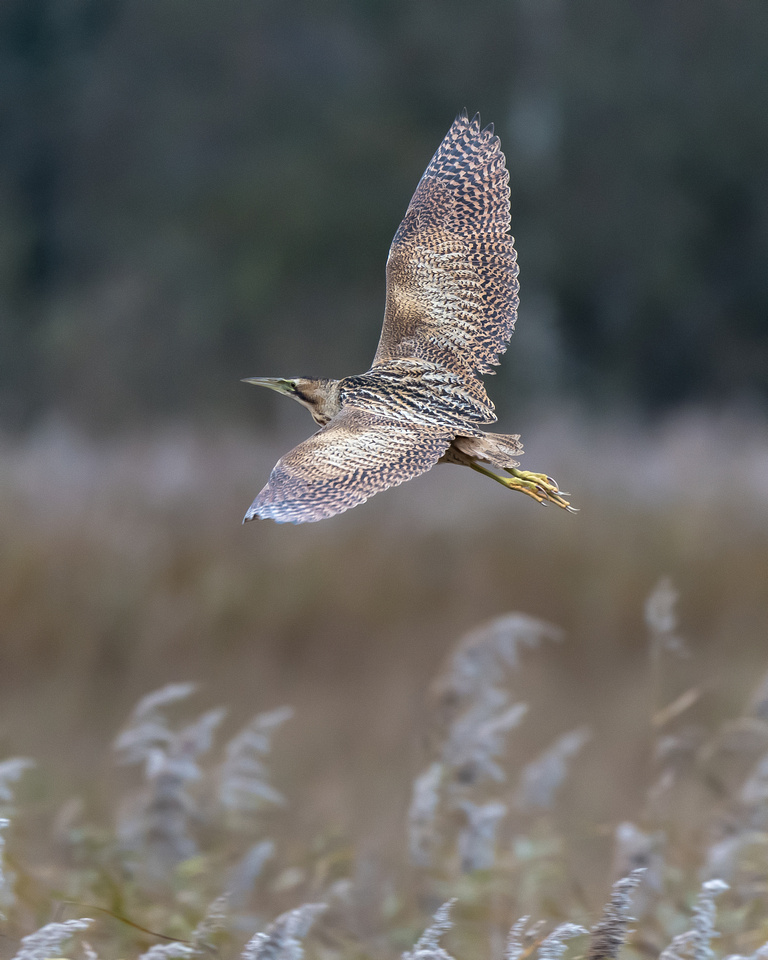
Great bittern 'spooked' from the reed beds.
Walking round the reserve the little birds such as the long-tailed tits, bearded reedlings, reed buntings, cetti’s warblers and goldcrests were busy calling and feeding up for winter. Just stop for 5 minutes and they will soon appear. While I was walking around Loxton’s marsh, I heard a thrashing in the reeds and a roe deer appeared, she jumped in the water and swam to the next island. I watched this activity for around 10 minutes and she never spotted me. It’s amazing what you can see at this place.
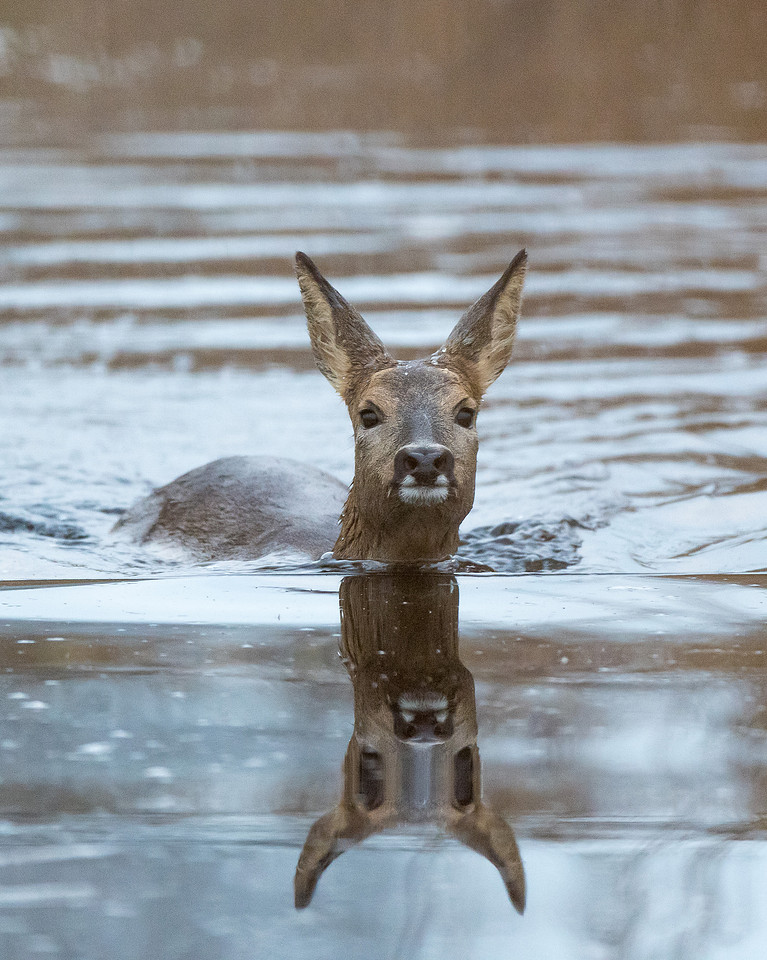
Roe deer hind swimming between the islands on Loxton's marsh.
On one of my first visits a regular visitor advised me to sit at one of the screens dotted around the reserve for a couple of hours because you never know what is going to fly in or out of the reeds. So with a full flask of coffee and a bite to eat I found a screen and waited and waited! The little birds were everywhere and the ‘Blue Lightning’ kingfishers were darting about ‘pipping’ as they zip past. I also heard the distinctive ‘ping ping’ of the bearded reedlings but they were not coming out today. I did manage to catch up with them on my fourth visit.

Common goldcrest. The UK's smallest bird.
The marsh harriers were out in force hunting for small birds usually teal (small ducks). After a couple of hours I went for a walk to the Avalon hide which is quite a walk. I’ve never had much luck with this hide, maybe things will be better this time. There were plenty of ducks such as mallard, widgeon, gadwall and teal and a preening great egret. These birds remind me of a white pterodactyl when they are flying!
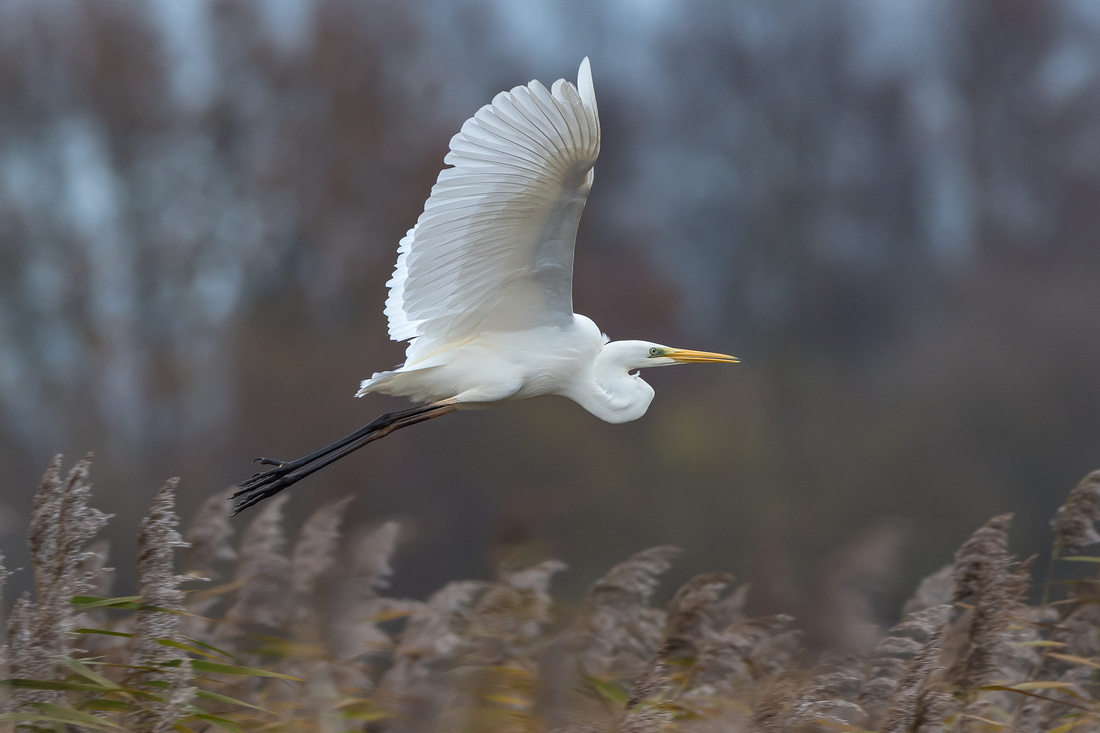
Great egret flying over Walton's marsh.
On my 2nd & 3rd visits the weed cutters were still doing their job so I spent quite some time in the Tor view hide (great views of Glastonbury Tor). I got some good shots of the stonechats (male and female), Cetti’s warbler, little egrets, marsh harriers and reed buntings. I could still hear the ‘ping ping’ from the bearded reedlings but they were deep in the reeds. I managed get another shot of the great bittern and a couple of great egrets chasing each other around the lake. The day was coming to an end so I watched the starling murmeration. Well worth visiting Ham wall for this alone. An amazing spectacle.
Grey heron
My final visit was 5 days later and it was bitterly cold (-3C!) and everything was frozen. The start of the day was very quiet but as the sun rose things started to wake up. The great egrets were still chasing each other and the kingfisher was looking for unfrozen areas on the pools. A walk over to the Avalon hide and I hear the distinctive sound of a ‘squealing pig!), a water rail. A shy bird but when things are frozen they will appear on the hunt for food. Managed to get a couple of shots but it was too close for the 500mm lens I could only photograph its head! Nice shot though.
Water rail close-up on Avalon marsh.
Whist walking back to the main reserve I heard that ‘ping pinging’ again. I thought that’s it, I’m not going until I at least see a bearded reedling. After only a couple of minutes they appeared. Six of them (3 pairs). That was the ‘icing on the cake’. My visits all within a week or so had paid dividends and more. The bittern was my main aim, but with the egrets, goldcrests and the reedlings I was made up. I would have liked to have seen the Glossy ibis and the reported sightings of a rare Firecrest but there is always another day.
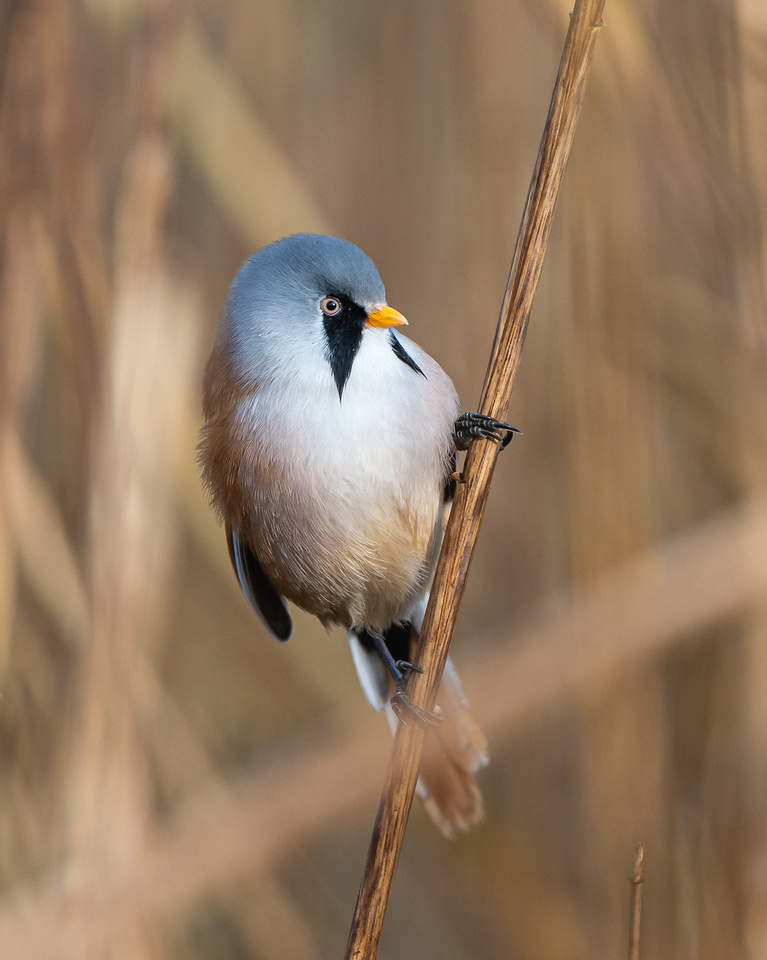
Male bearded reedling on Avalon marsh.
I hope you enjoyed my first written account of what I get up to when I’m not maintaining aircraft. Please feel free to leave any comments or ask questions regarding any aspect of my photography.
More of my images can be viewed on my flickr page.
I hope you all have a Merry Christmas and all the best for 2018.
Steve